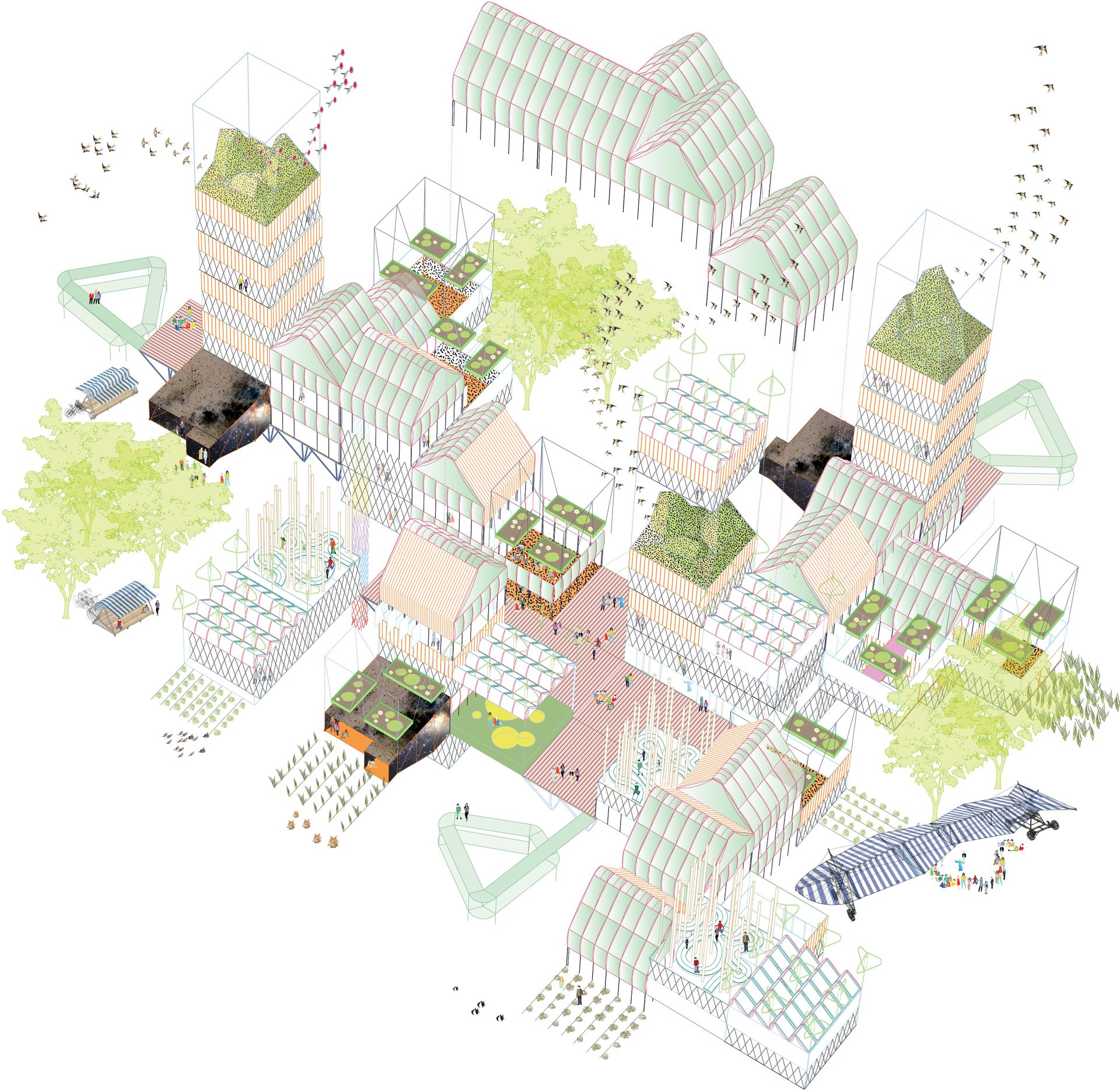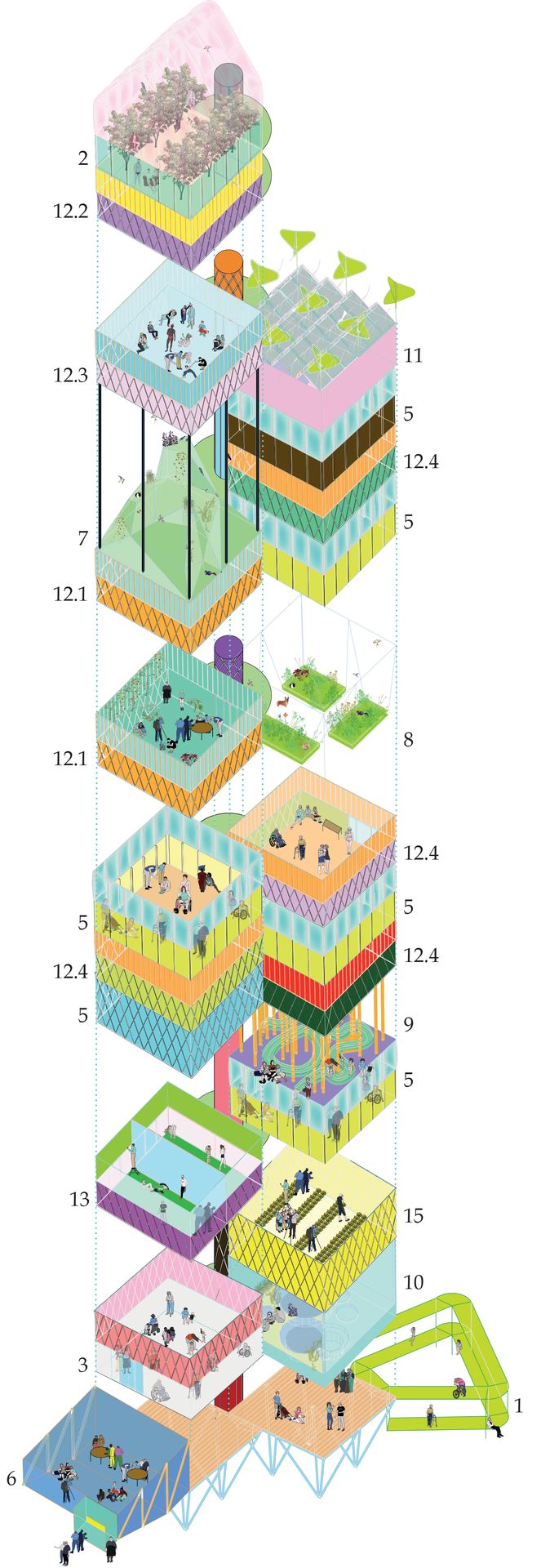About the project
Project of The Year Award 2022, Architects Newspaper
Best Façade Award 2022, Architects Newspaper
Bienal de Española de Arquitectura y Urbanismo XVI BEAU Award
FAD Architecture Award 2023
IV Premio Mini de Diseño 2024
VI Premios Ciudad OPEN HOUSE 2024
Included in the list of the most impressive buildings to be finished in 2022 by El País ICON Design.
The design of Reggio School is based on the idea that architectural environments can arouse in children a desire for exploration and inquiry. In this way the building is thought of as a complex ecosystem that makes it possible for students to direct their own education through a process of self-driven collective experimentation—following pedagogical ideas that Loris Malaguzzi and parents in the Italian city of Reggio nell’Emilia developed to empower children’s capacity to deal with unpredictable challenges and potentials.
The design, construction and use of this building is intended to exceed the paradigm of sustainability to engage with ecology as an approach where environmental impact, more-than-human alliances, material mobilization, collective governance and pedagogies intersect through architecture.
The stacking of diversity as an environment for self-education
Avoiding homogenization and unified standards, the architecture of the school aims to become a multiverse where the layered complexity of the environment becomes readable and experiential. It operates as an assemblage of different climates, ecosystems, architectural traditions, and regulations. Its vertical progression begins with a ground floor engaged with the terrain, where classrooms for younger students are placed. Stacked on top of this, the higher levels are where students in intermediate classes coexist with reclaimed water and soil tanks that nourish an indoor garden reaching the uppermost levels under a greenhouse structure. Classrooms for older students are organized around this inner garden, as in a small village. This distribution of uses implies an ongoing maturity process that is translated into the growing capacity of students to explore the school ecosystem on their own and with their peers.
A more-than-human assembly as the school’s heart
The second floor, formalized as a large void opened through landscape-scale arches to the surrounding ecosystems, is conceived as the school’s main social plaza. Here the architecture encourages teachers and students to participate in school government and to interact with the surrounding landscapes and territories. This 5,000 square-feet central area is over 26-feet high and conceived of as a cosmopolitical agora; a semi-enclosed space crisscrossed by the air tempered by the holm oak trees from the neighboring countryside. A network of ecologists and edaphologists designed small gardens specifically made to host and nurture communities of insects, butterflies, birds and bats. Here, mundane activities like exercising coexist with discussions about how the school is run as a community and what is the way to relate to the neighboring streams and fields. Ultimately, this floor operates as a more-than-human summiting chamber where students and teachers can sense and attune to the ecosystems they are part of.
Visibility of mechanical systems as a pedagogical opportunity
As an alternative to architecture’s common efforts to hide mechanical systems, here all services are kept visible, so that the flows that keep the building active become an opportunity for students to interrogate how their bodies and social interactions depend on water, energy, and air exchanges and circulations. The building unapologetically allows pipes, conduits, wires and grilles to become part of its visual and material ecosystem.
Thinning, skinning and make fluffy as an affordable environmental strategy
In the context of Southern Europe, where high-tech sustainable solutions are only available to high-budgeted, corporate or state-promoted buildings, this building develops a low budget strategy to reduce its environmental footprint based on the following design principles:
- Verticality to reduce land occupation. Instead of opting for a horizontally-expanding land-occupation – as is the case for 90% of school designs – Reggio School is a compact vertical building. This design decision minimizes the building’s footprint, optimizes the overall need for foundations, and radically reduces its façade rate.
- Radical reduction of the construction. No claddings, no drop ceilings, no raised technical floors, no wall lining, no ventilated façades are used in this building. The overall amount of material used in the facades, roofs and interior partitions of the building has been reduced by 48% just by replacing a big part of the construction by simple strategies or thermal insulation and mechanical systems distribution. The result presents a naked building where the non-edited visibility of its operating components defines its aesthetics.
- A thick wrapping of living isolation. Cork wrapping as both thermal isolation and support to more-than-human life. 80% of the envelope of the building is externally covered by a 14.2 cm of projected 9,700 Kg/m3 dense cork. This natural solution, specifically developed by the Office for Political Innovation for this project, is used both in vertical and pitch parts of the building’s external volume to provide a thermal isolation of R-23.52, double that what Madrid’s regulations require. This adds to the passive 50% reduction of consumed energy when heating of the school’s interiors. Beyond this, the irregular surface of the cork projection is designed to allow organic material to accumulate, so that the envelope of the building will eventually become the habitat of numerous forms of microbiological fungi, vegetal and animal life.
- More thinking, less material. Led by researcher and structural engineer Iago González Quelle, the team has shaped, analyzed and dimensioned the building’s structure so that the thickness of loading walls can be reduced an average of more than 150 mm compared to conventional reinforced concrete structures. Overall, this implied a 33% reduction in the embedded energy of the building’s structure.
Credits
Andrés Jaque / Office for Political Innovation
Team
Roberto González García, Luis González Cabrera, Alberto Heras, Ismael Medina Manzano, Jesús Meseguer Cortés, Paola Pardo-Castillo, Rajvi Anandpara, Juan David Barreto, Inês Barros, Ludovica Battista, Shubhankar Bhajekar, Elise Durand, Drishti Gandhi, Maria Karagianni, Bansi Mehta, Alessandro Peja, Meeerati Rana, Mishti Shah, Saumil Shanghavi
Structural Engineering
Iago González Quelle, Víctor García Rabadán (Qube Ingeniería de Estructuras)
Services Engineering
Juan Antonio Posadas (JG Ingenieros)
Quantity Surveyor (Project)
Javier González Nieto, Javier Mach Cestero (Dirtec Arquitectos Técnicos)
Construction Management
Ángel David Moreno Casero, Carlos Peñalver Álvarez, Almudena Antón Vélez
Ecology and Edaphology
Jorge Basarrate, Álvaro Mingo (Mingobasarrate)
Photo
José Hevia
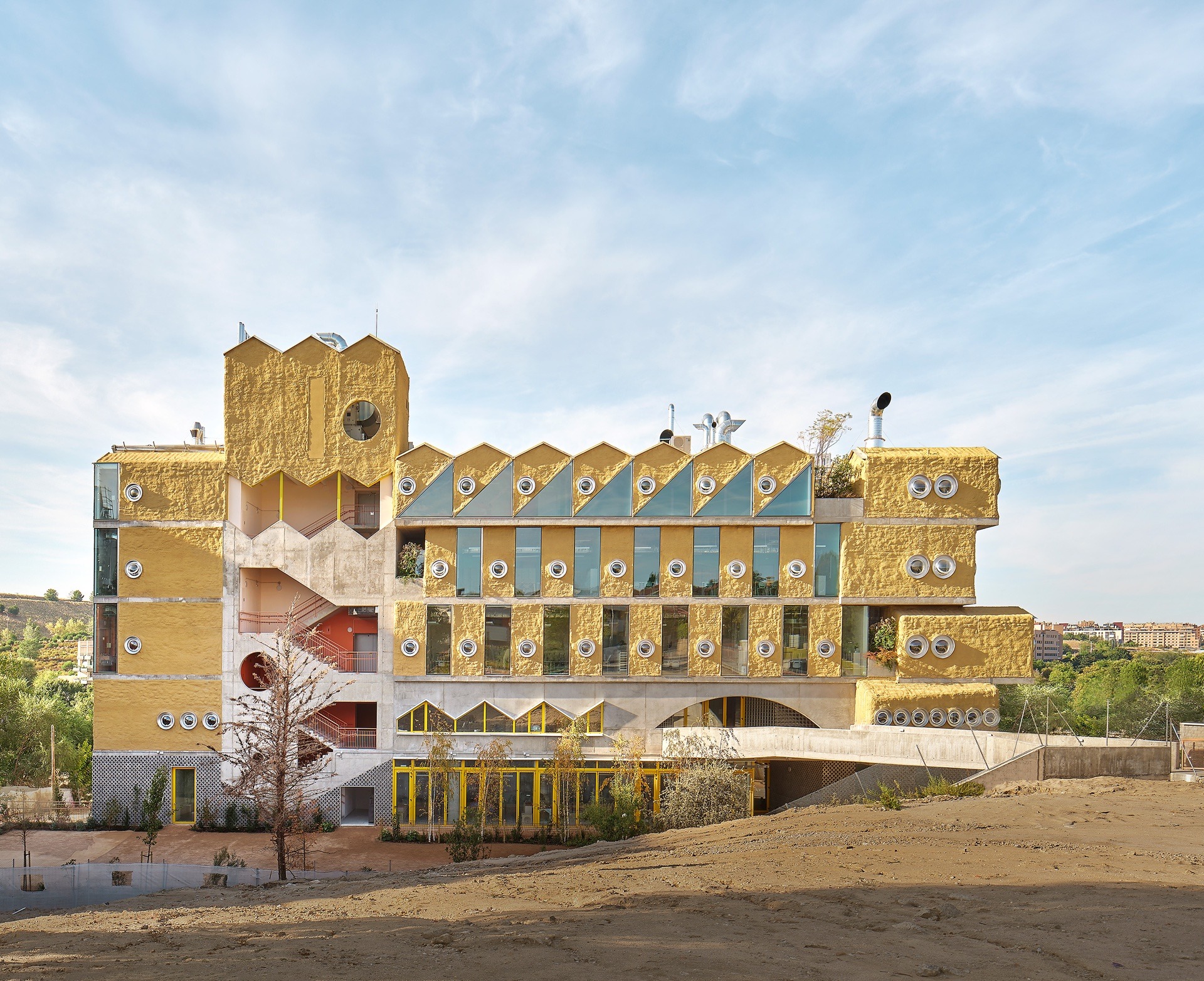







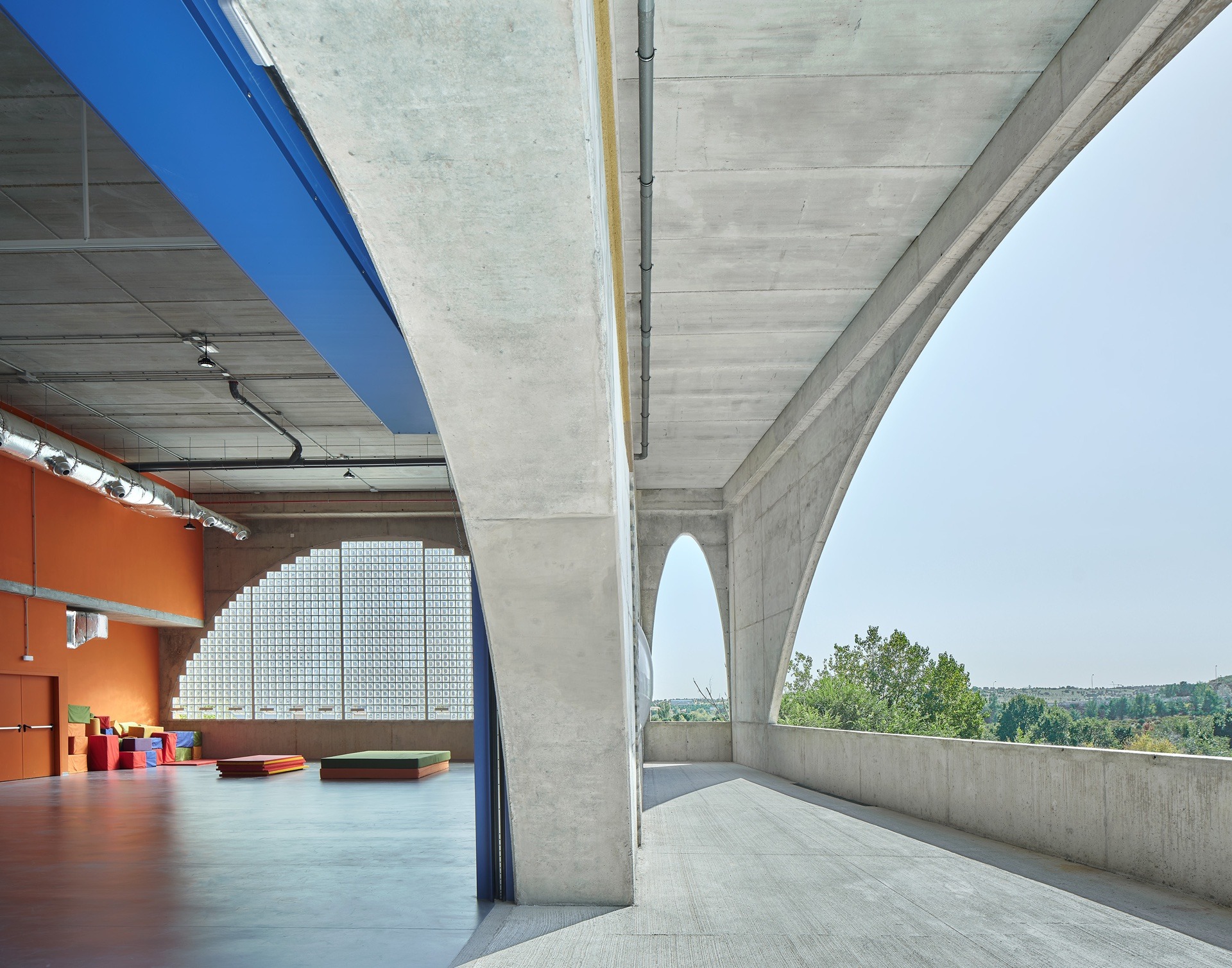













About the project
MATCOAM Sustainability Award 2022
Living Places – Simon Architecture Price 2022
Since the 1980s, vast stretches of land in the formerly-rural county of Molina de Segura (Murcia) have been exploited to create suburbs. The result of this exploitation is a flattening of the land’s topographies and the destruction of its territorial system of ravines (ramblas). Ramblas constitute a fabric of veins carved by seasonal rainfall in the dry steppe landscape. In them, humidity accumulates and biodiversity flourishes. They constitute corridors of freshness, carbon fixation, and ecological entanglement that play a crucial role in the climatic and earthy stability of Molina de Segura’s ecosystems.
The Rambla Climate-House works as a climatic and ecological device. It is part of a series of associative initiatives, developed at the scale of independent citizens, to contribute to reparations for the environmental and climate damage caused by over-urbanization in Molina de Segura. The Rambla Climate-House collects pooled rainfall from its roofs and grey water from its showers and sinks to spray onto the rambla’s remains and regenerate their former ecologic and climatic constitution. Humidity and conductivity Netro-sensors activate an automatized meteorology that escapes the control of humans to reach the requirements of the reparation process. The house is organized around this elliptical section of rambla, as an observatory in alliance to this reconstructed landscape and as a sequence of interconnected spaces of different widths.
Following the reparation of the hydro-thermal conditions of the rambla, glimpses of its former more-than-human life have rapidly re-emerged after a one year period. Now, brachypodiums, myrtles, mastic trees, fan palms, oleanders, and fire trees grow in the elliptical section. Insects, birds, and lagomorphs find shelter in it.
Thermally, the construction of the house tests unorthodox ways to maximize energy efficiency. A marble bench around the elliptical section allows residents to cool off by allowing direct contact to the house’s thermal inertia. A coil exposed to the sun, crowning the elliptic section, provides passive hot water during the entire year.
The Rambla Climate-House is the result of a collaboration between architects Andrés Jaque/Office for Political Innovation and Miguel Mesa del Castillo; the edaphologist María Martínez Mena; and the ecologists Paz Parrondo Celdrán and Rubén Vives. All are committed to contributing to the growing grassroots movement claiming climate reparation in Murcia. Since its completion, the house has became a demonstrative device. Gatherings with neighbors and members of the extended Molina de Segura community are organized to share insights and experiences on a collective effort to reground Molina de Segura’s urbanisms.
Credits
Andrés Jaque / Office for Political Innovation + Miguel Mesa del Castillo
Team
Roberto González García, Nieves Calvo López, Joan Fernández Linares, Ana Fernández Martínez, Marina Fernández Ramos, David Gil Delgado, Marta Jarabo Devesa, Jesús Meseguer Cortés, Laura Mora Vitoria, Paola Pabón, Belverence Tameau
Quantity Survey: Francisco de Asís Pérez Martínez
Estructural Engineering: Qube Ingeniería (Iago González Quelle)
Edaphology Consultant: María Martínez Mena
Ecology Consultant: Paz Parrondo Celdrán
Planting Consultancy: Viveros Muzalé (Rubén Vives)
Topographical Survey: Fulgencio Mª Coll Coll
Geotechnical Report: Forte Ingeniería
Quality Survey: Ingeolab
Photography: José Hevia
Drones Operator: Juan José Rojo Albadalejo



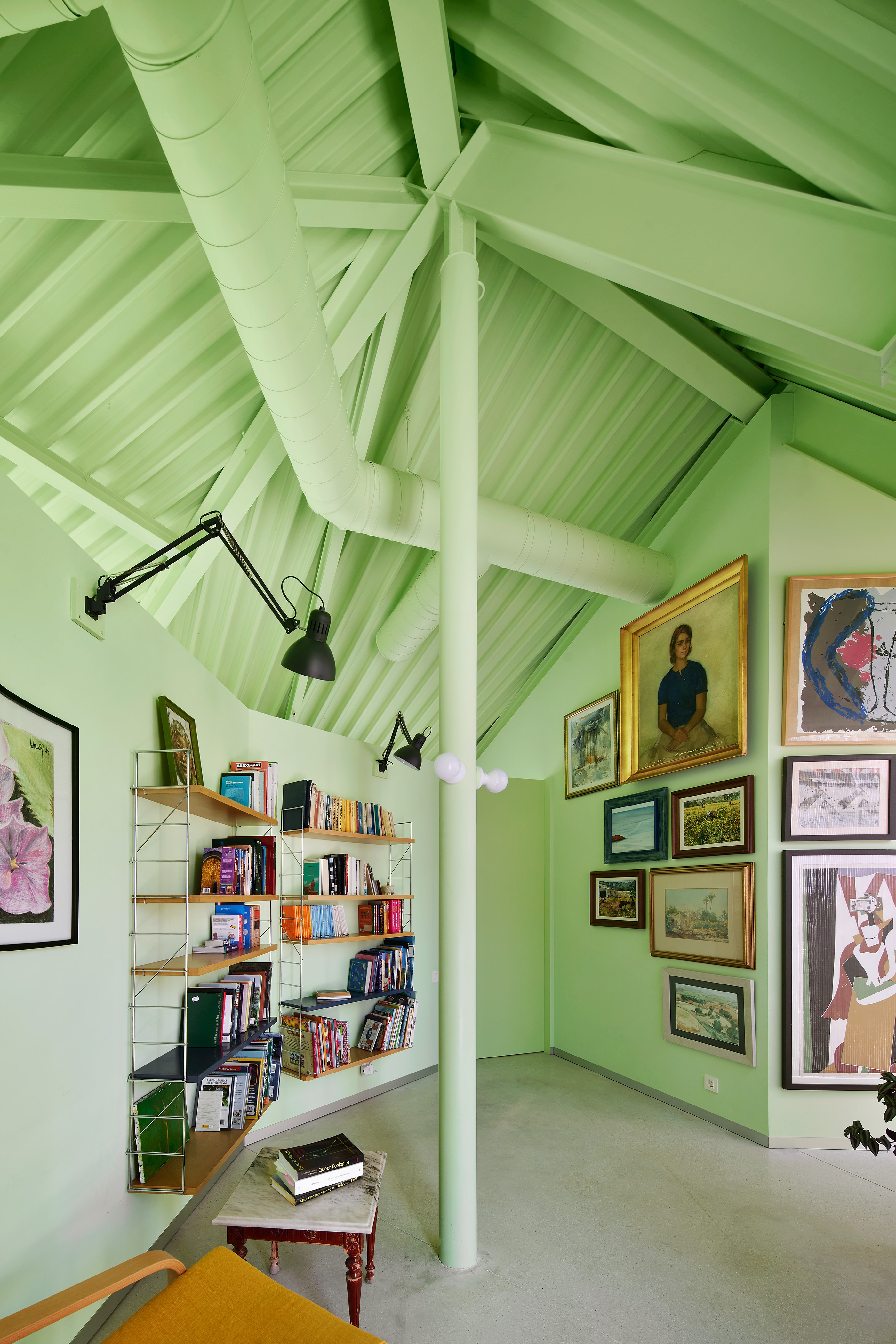
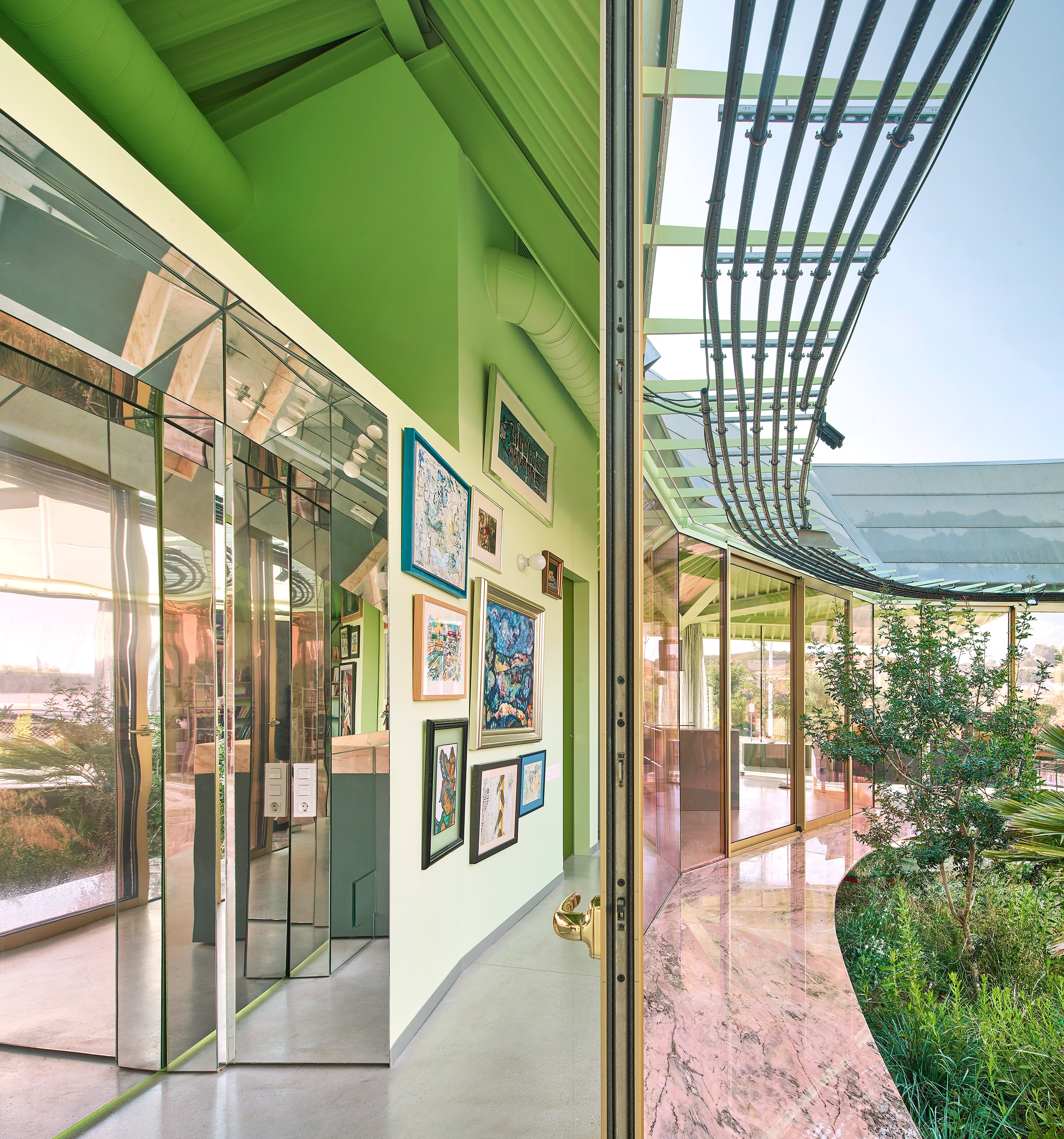
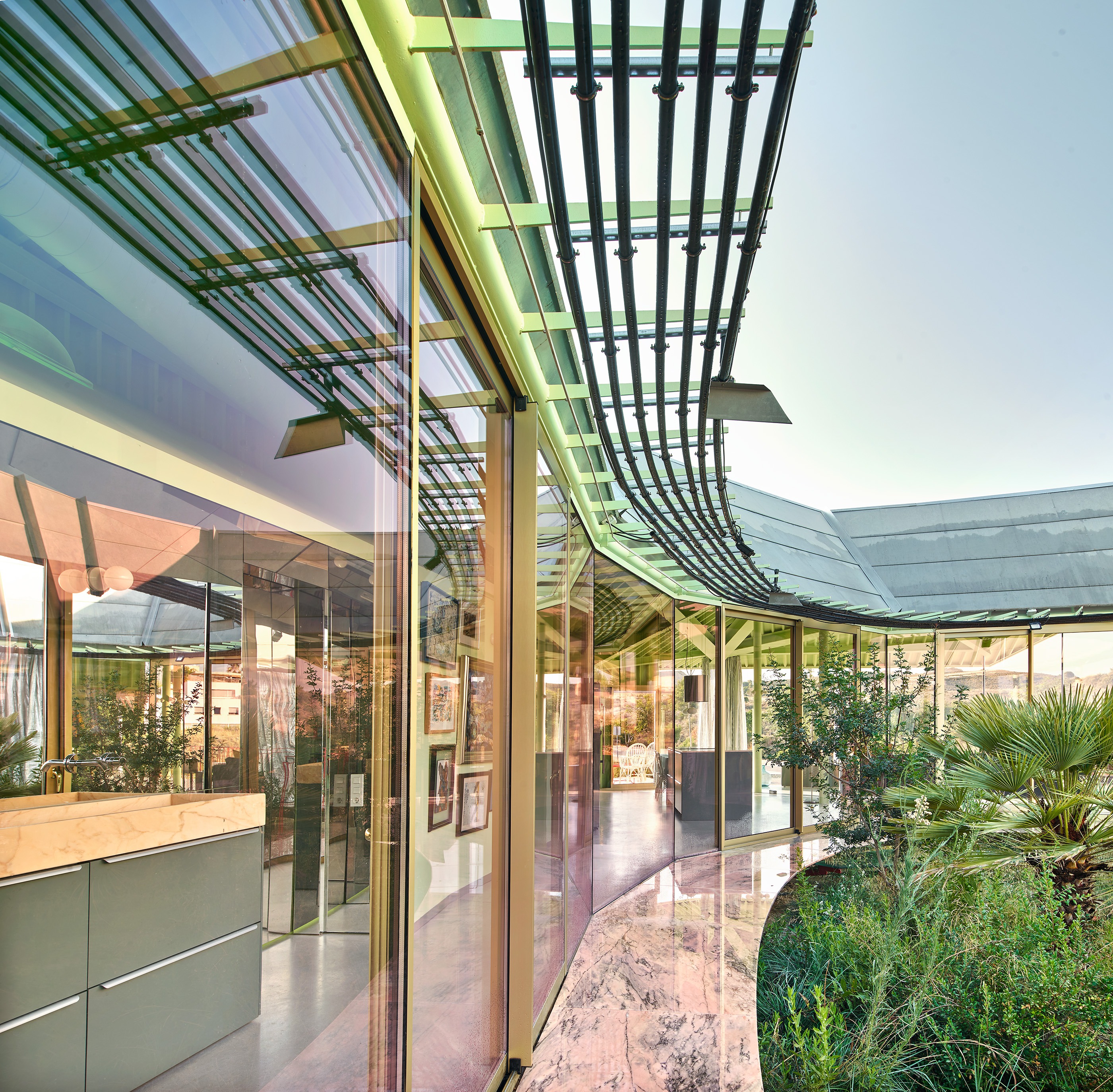

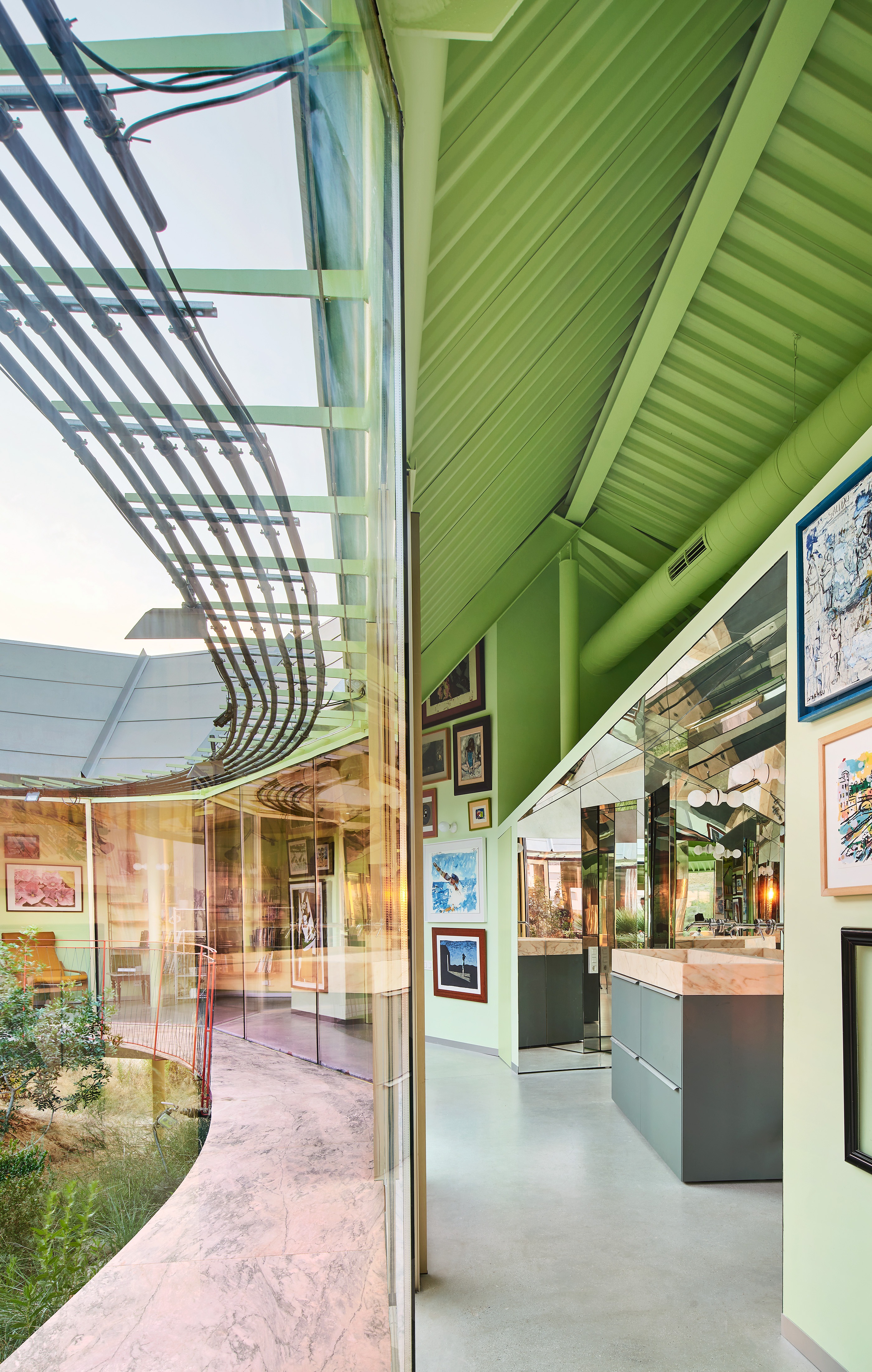





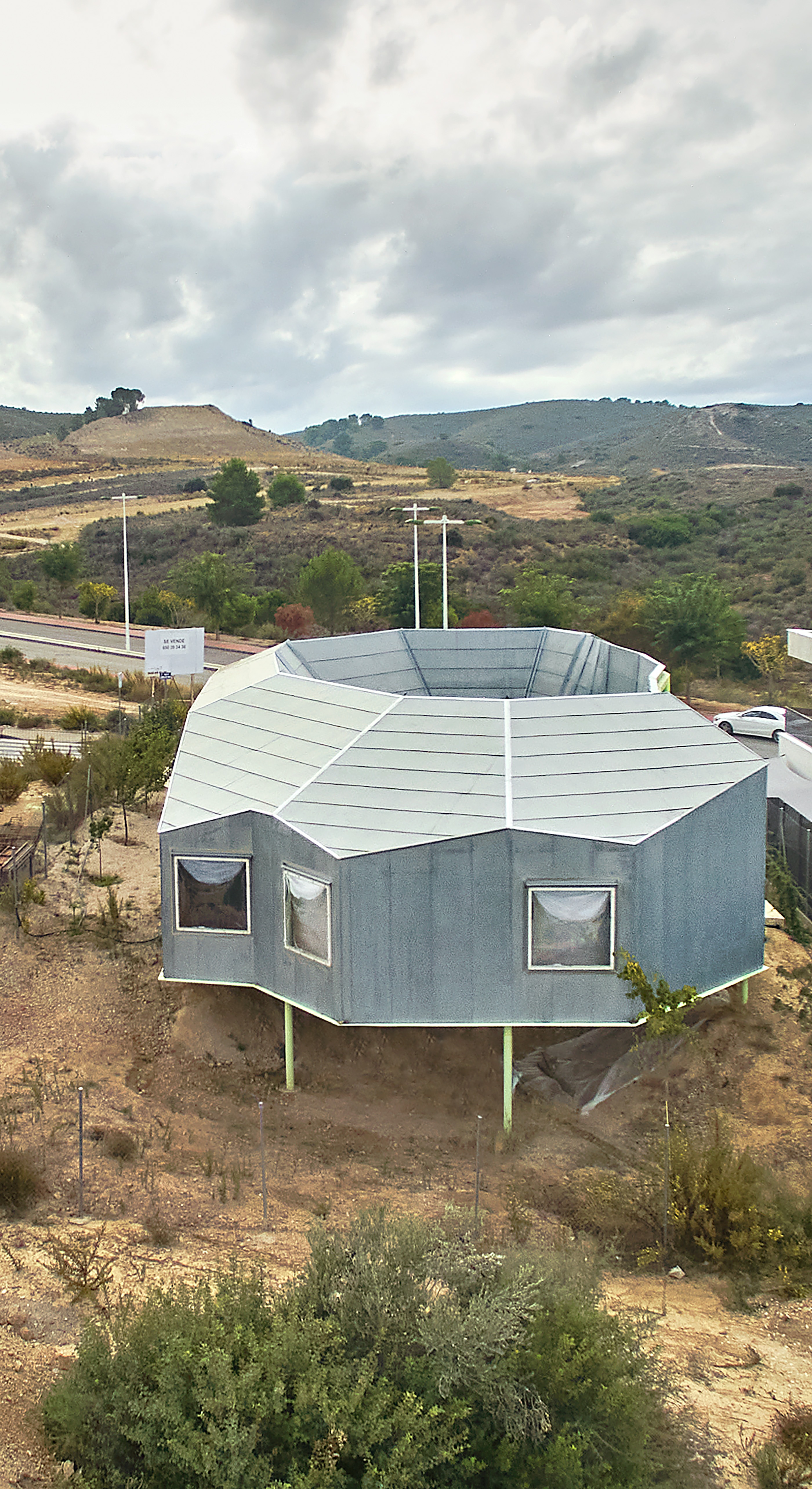


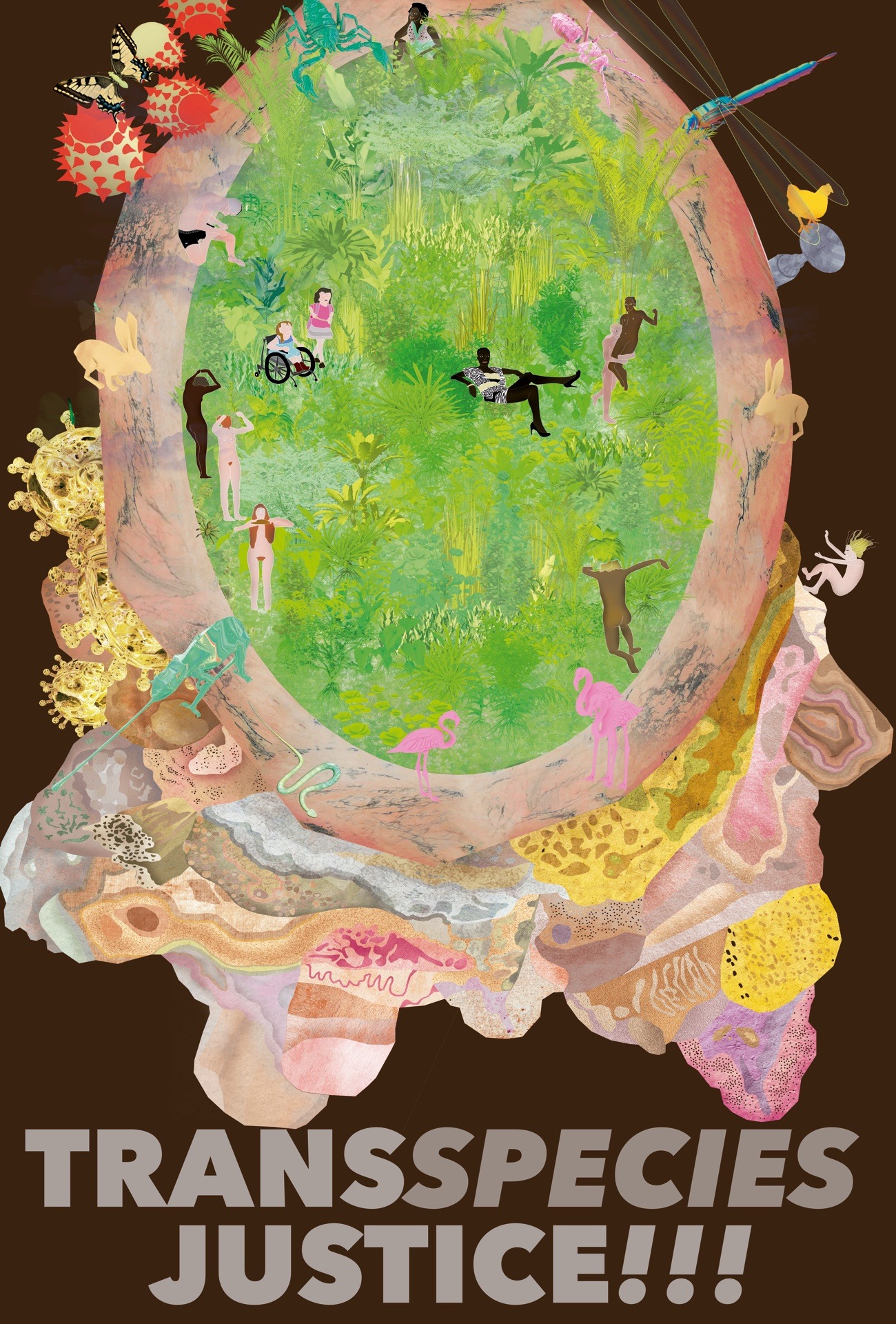
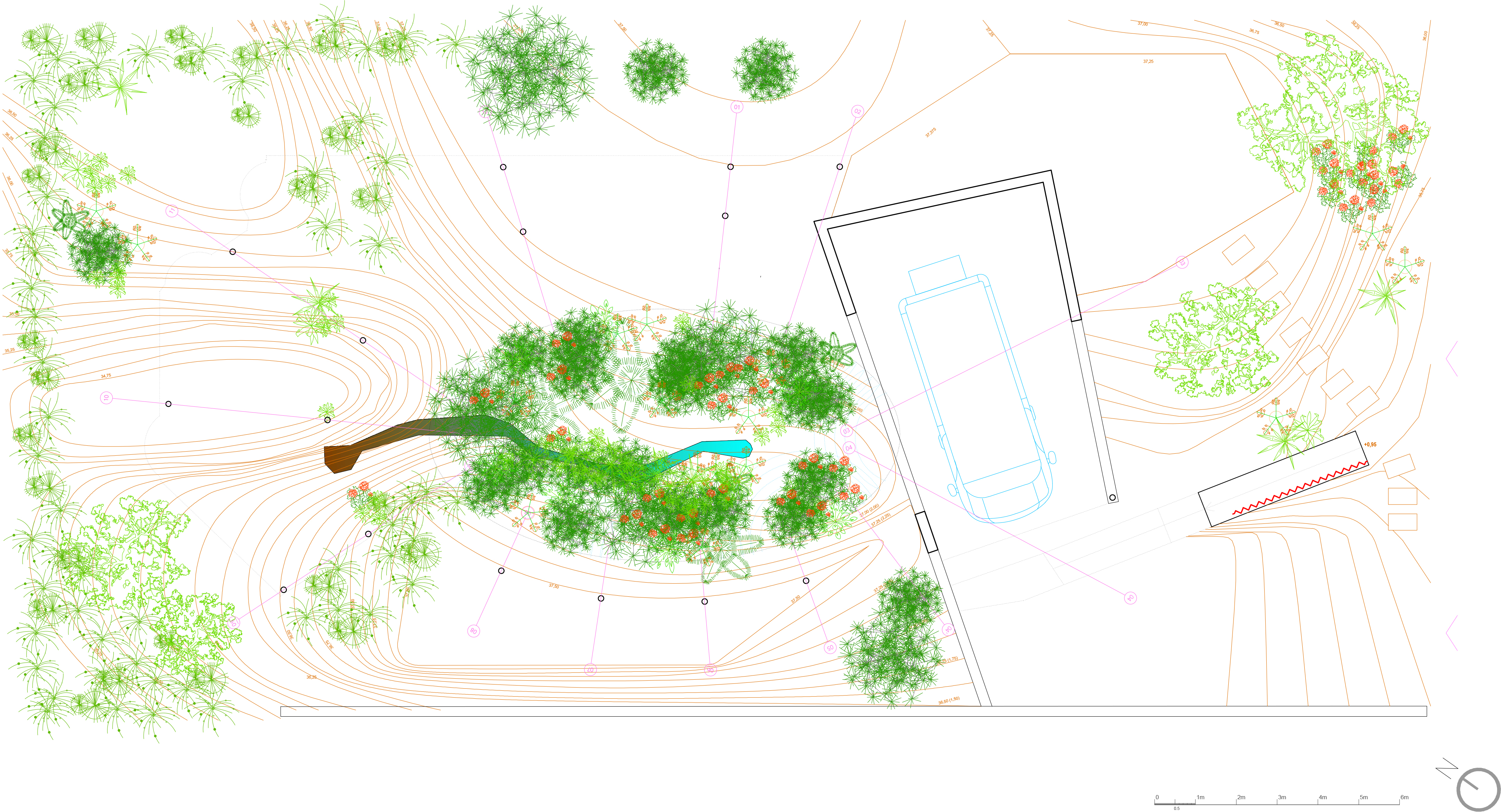
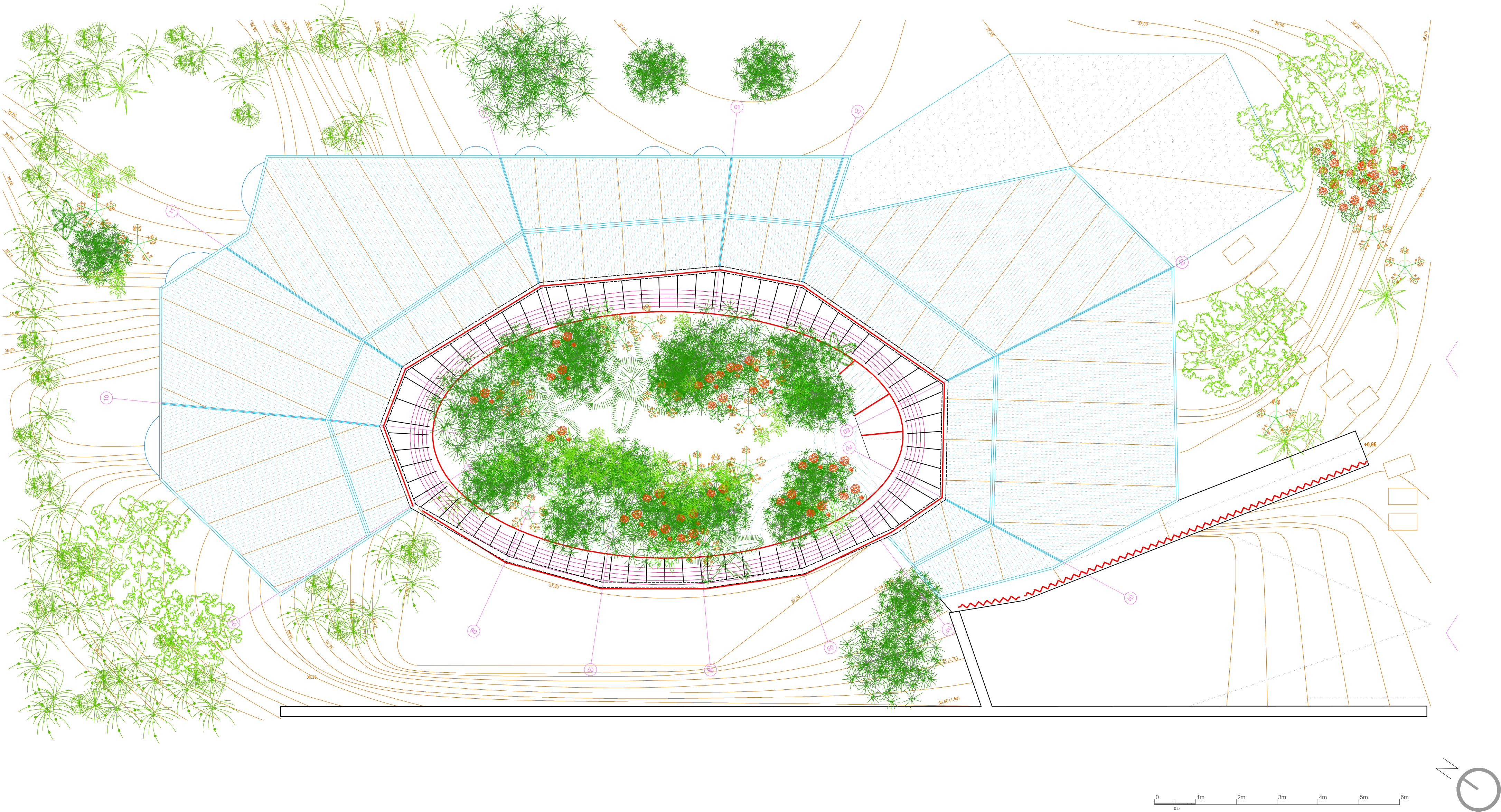
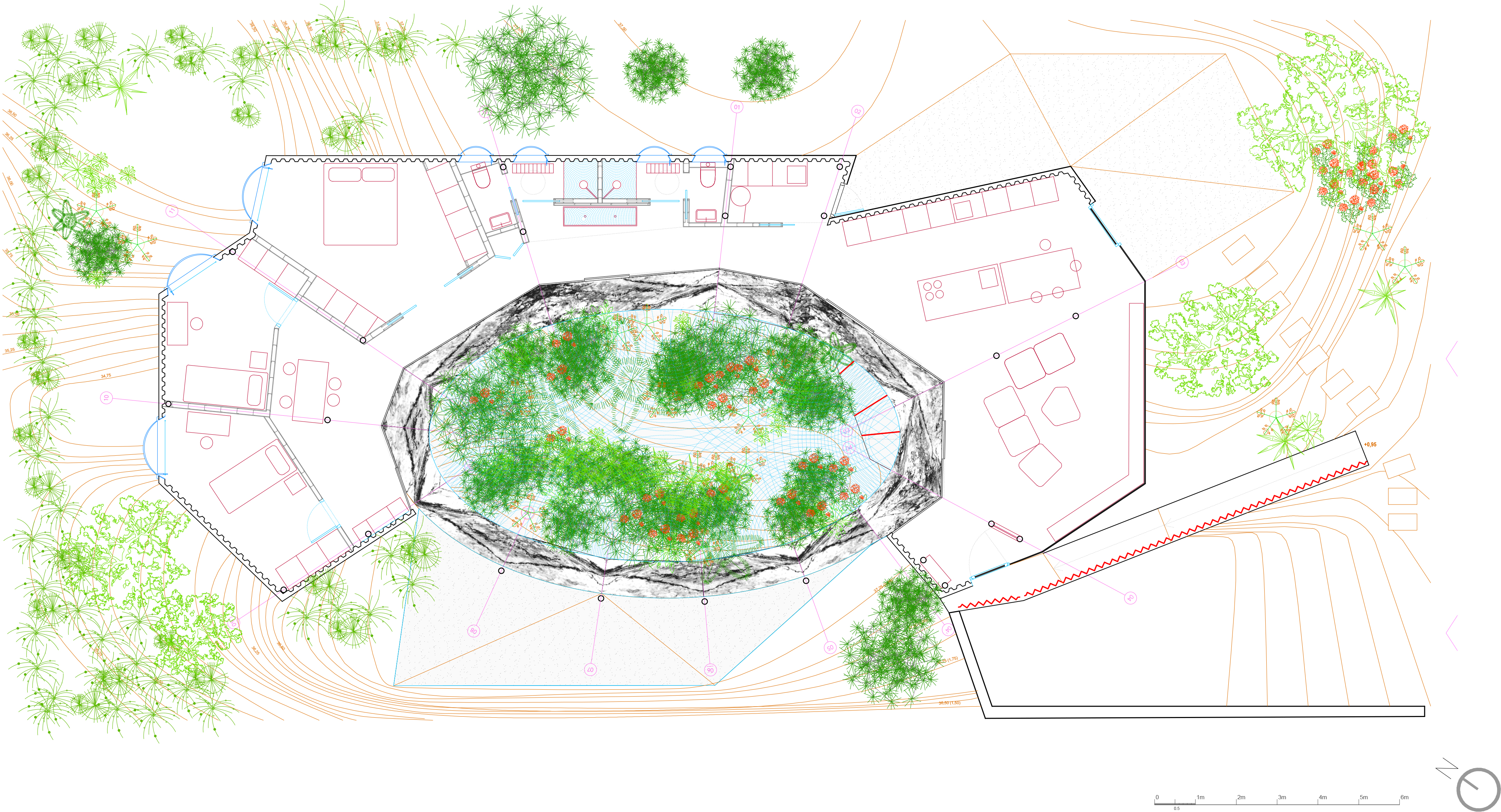
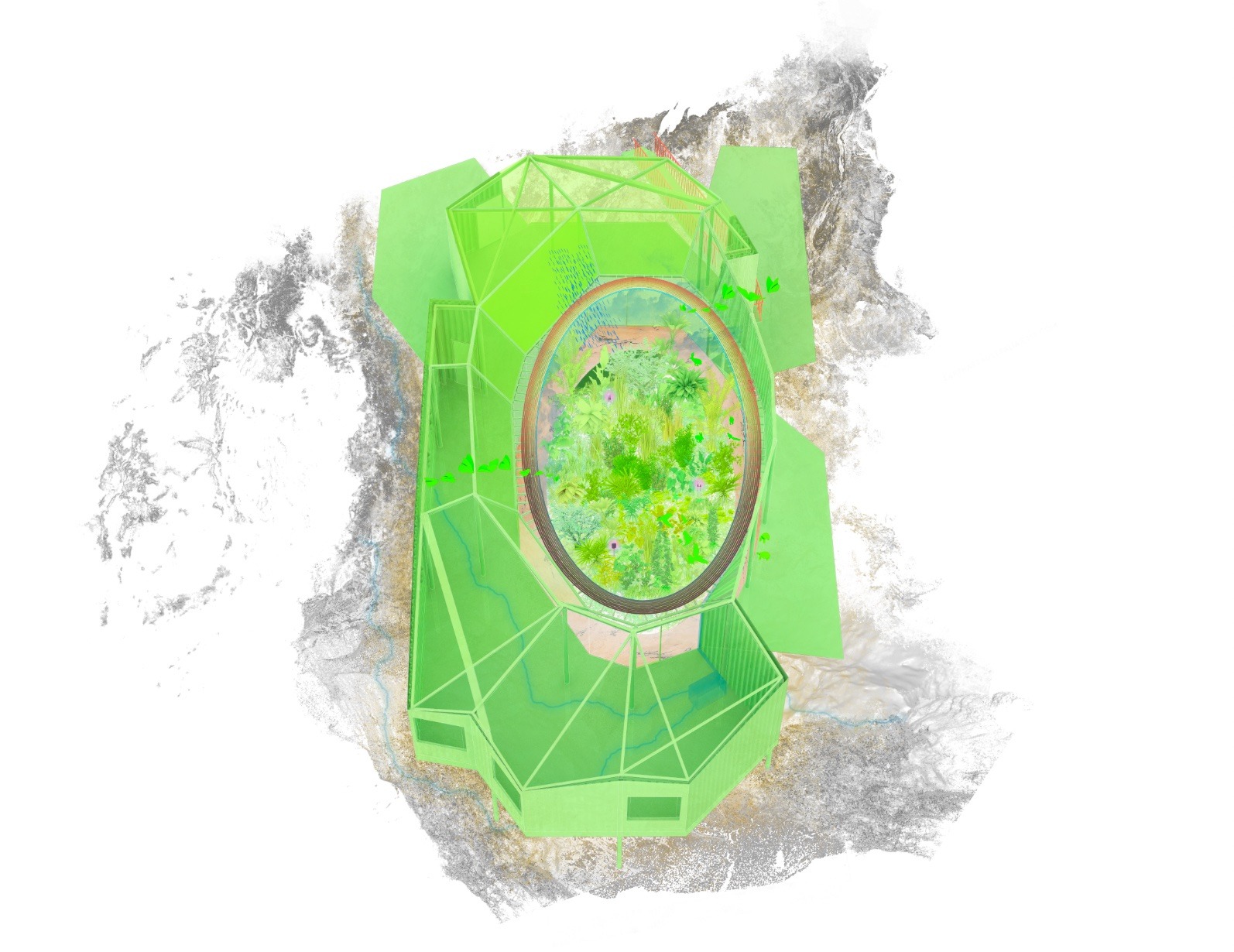

About the project
Winner of Architectural Competition in Restricted Contest
Babyn Yar is a living tragedy that is not sensed. It is not an episode of the past, but a pulsing presence that shapes current existence, and yet remains silenced. At Babyn Yar, since 1941, a part of humanity has been intentionally concealed by being territorialized in a 149 Ha. terrain.This is not a metaphor, but a material presence. The different layers of Babyn Yar’s grounds, its topographies, aquifers, specific species of trees, paths, infrastructural remains, they are all constituted as the living presence of more than 100,000 bodies that are still segregated, silenced and victimised, and that are still a living testimony of dissidence to totalitarianism, violence and exploitation.
The question is how can humans, institutions and practices feel, acknowledge, and account for a territorialized crucial part of our existence? A crucial part of our existence that is hidden in the form of a seemingly ordinary territory that persists in time as unscrutinized. The architecture needs to reveal the momentous relevance of the ordinary. The architecture needs to simultaneously laboratize, ritualize and claim. This is what we propose to mobilize architecture as a force that contributes to produce and disseminate knowledge; to instigate feelings, believes and engagement; to provide evidence and claims for memory reparation and vigilance for justice.
We propose two simple but radical strategies:
1. To territorialize the building of the Former Office of the Jewish Cemetery, in order to allow it to operate as a node and a section of Babyn Yar.
We propose to raise 20 m. its roof; creating a space of observation, ritualization and collective inquire in between the roof and the building. Allowing to gain the capacity to perceive the entire extension of Babyn Yar. We propose as well to make its basement descend 10 m. below the ground; to reach the point of non-anthropized ground; making visible and accounting for the layers of earth that comprise a big part of the presences Babyn Yar’s testimonies are enacted by. This underground chamber would be made out of rammed walls fabricated with earth from the site.
2. To connect the building with a serious of light elements distributed in the territorial extension of Babyn Yar that would allow to read from the building the time and space scales in which the memory and presences of Babyn Yar unfold.
Credits
Andrés Jaque / Office for Political Innovation
Team
Roberto González García, Paula Vilaplana de Miguel, Ismael Medina Manzano.
Engineers
BAC Engineering Consultancy Group. Xavier Aguiló
Project Manager
Oleksiy Makukhin
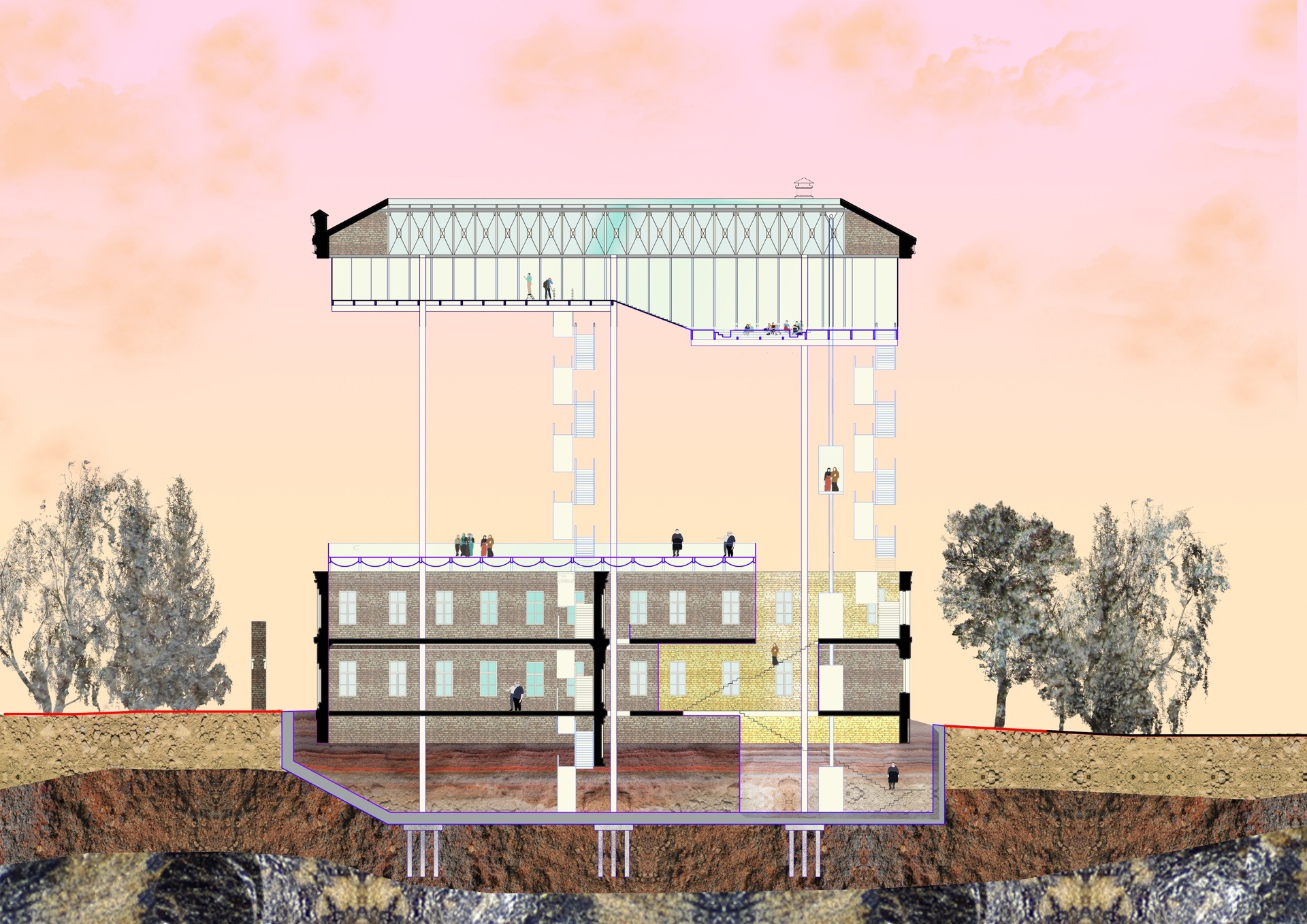
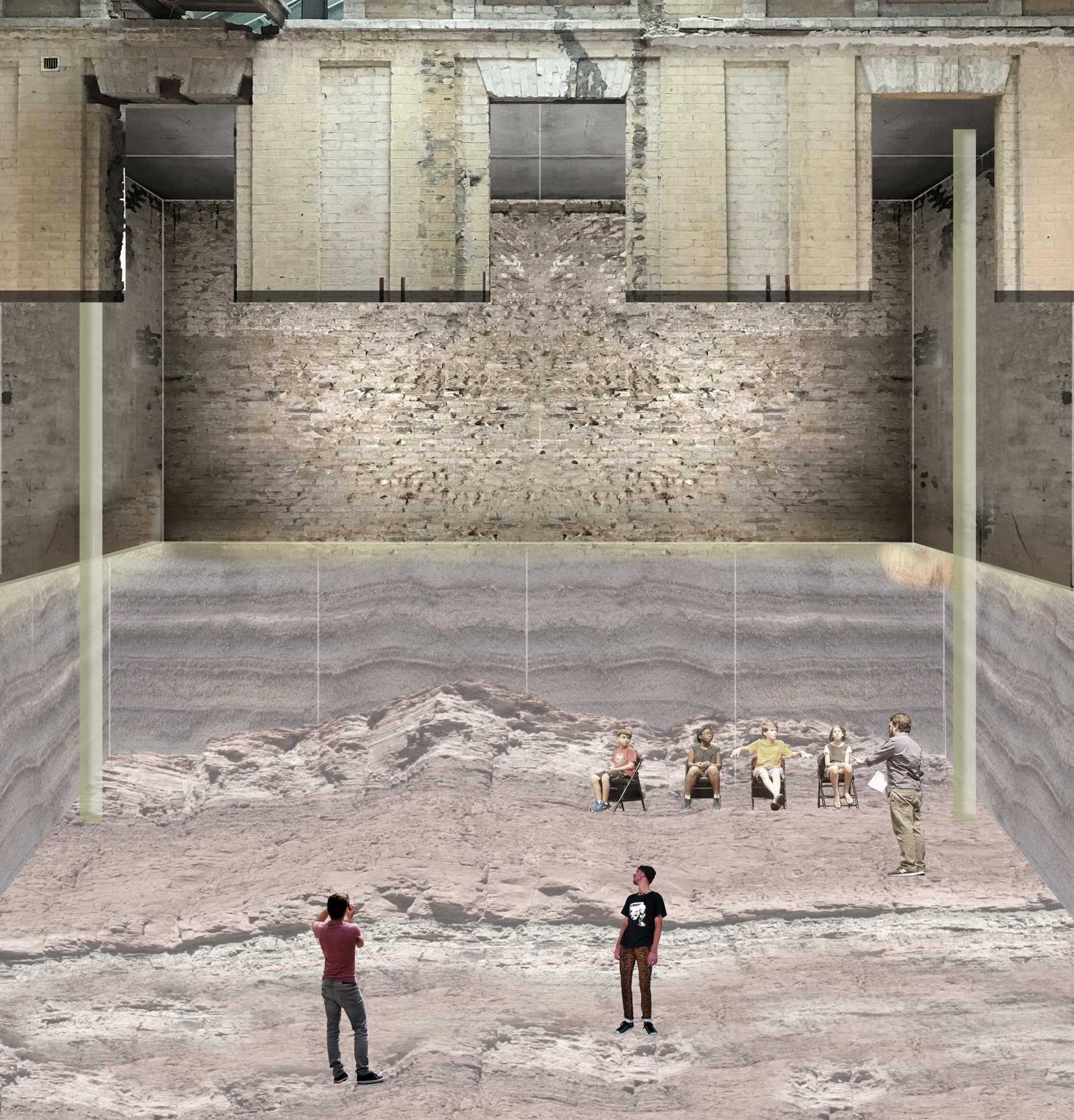
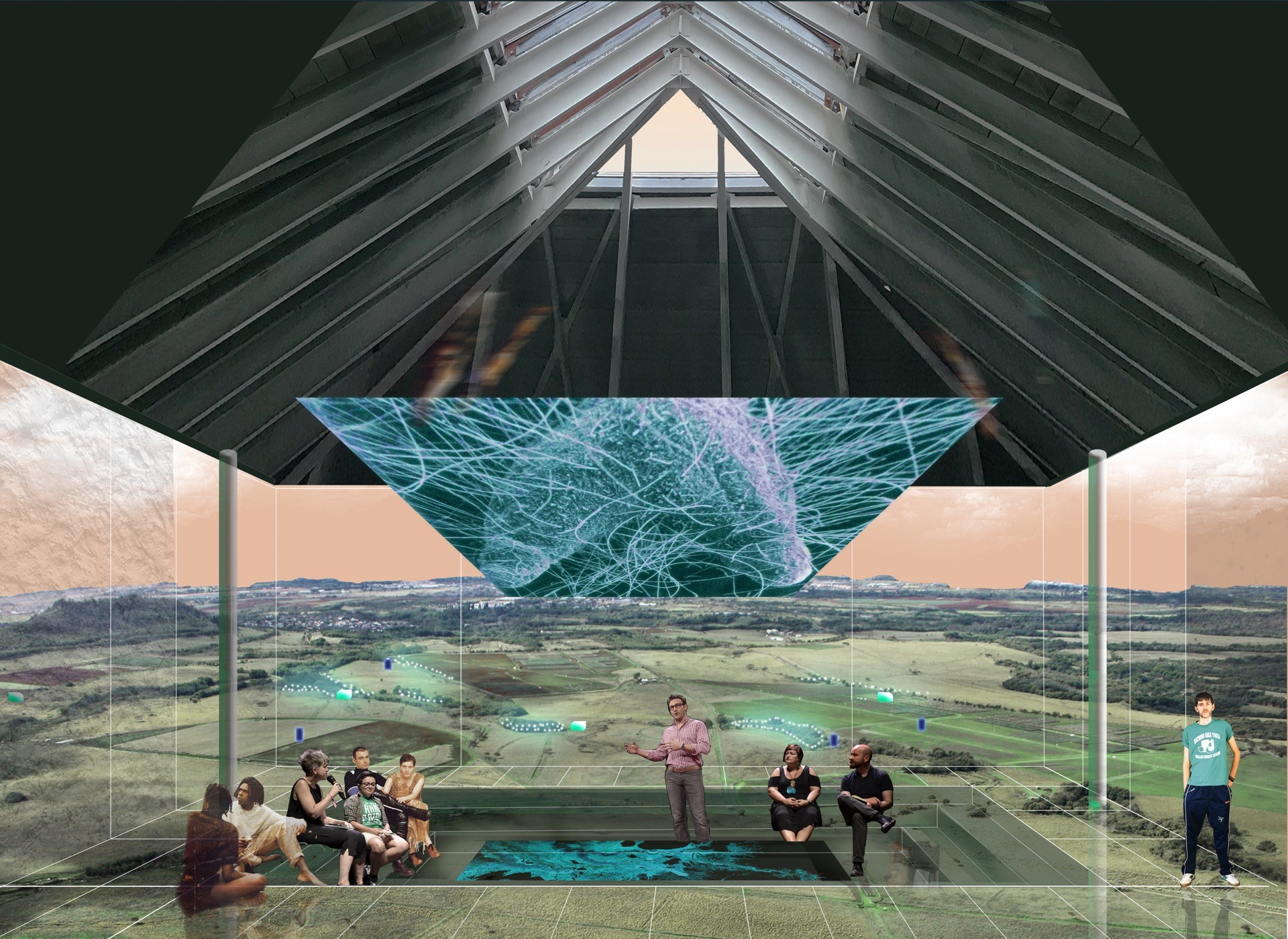
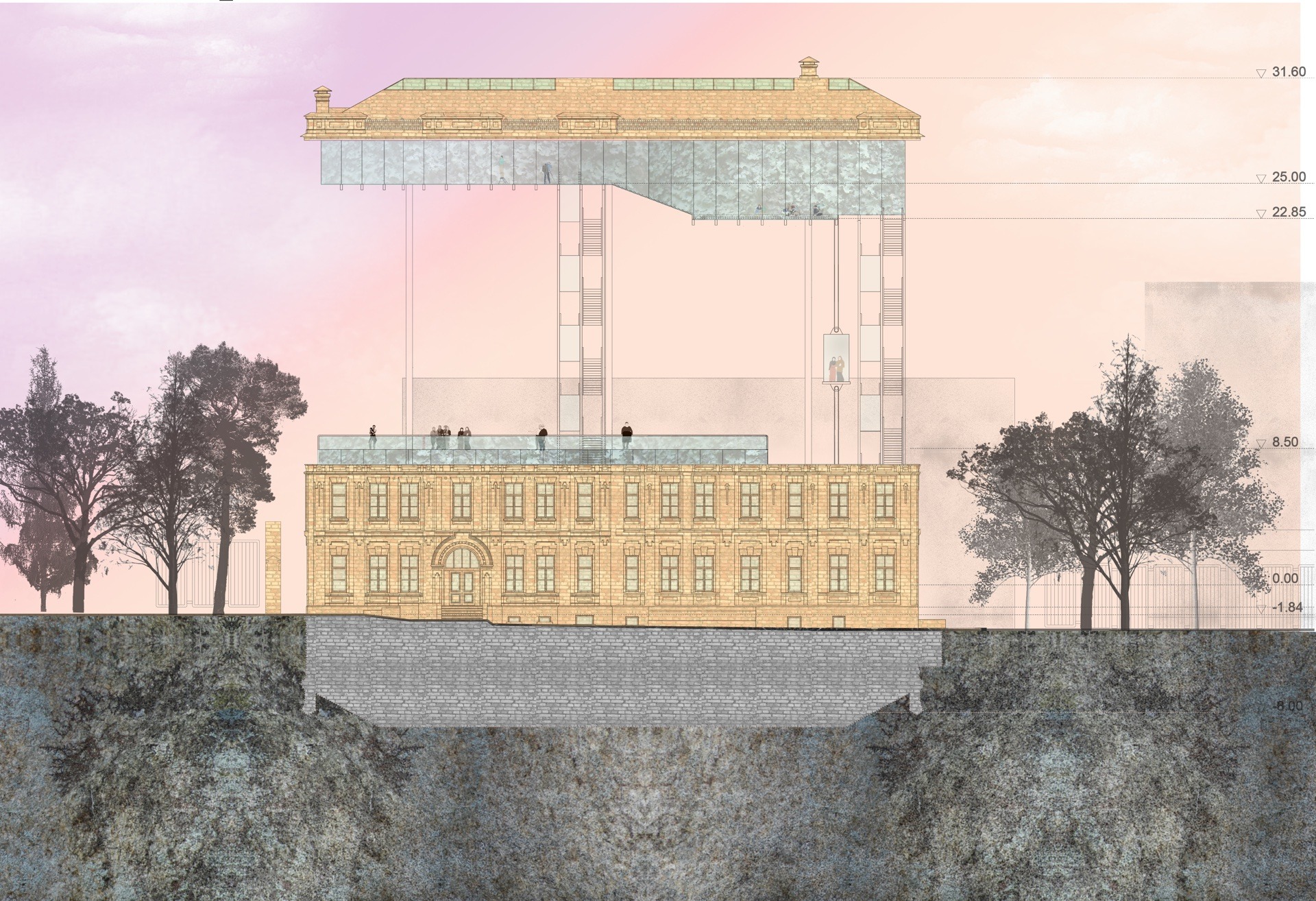
About the project
Premio FAD Interiorismo 2020
EU Mies Award 2022 Nominee
Run Run Run is an ally in encouraging humans to use the city differently, an infrastructure that turns the city into a playground and a place for people to transform their bodies. It supports emancipation from domestic spaces and provides opportunities for interhuman gathering through activities that usually promote individuality.
Its architecture is an urban techno-farm: a big house stuck inside a modern building; an assemblage of greenhouse and grotto, both protecting a hanging vegetable garden. A large portion of the ingredients cooked in Run Run Run’s kitchen come from this garden.
Organized around an open kitchen, the design intends to offer an alternative to the modern separation between zones to work and zones to eat. The project takes to its limits the possibility of overlapping activities. It hybridizes showers with lockers, the kitchen, the vegetable garden, and the dining room in a ecosystem-like interior.
Credits
Andrés Jaque / Office for Political Innovation
Team
Roberto González García, Laura Mora, Luis González, Alberto Heras,
Ludovica Battista, Nieves Calvo, Marina Fernández, Marta Jarabo, Danay Kamdar, Maria Karagianni, Pablo Maldonado, Solé Mallol, Valentina Marín, Flavio Martella, Bansi Mehta, Jesús Meseguer Cortés, Martín Noguerol, Víctor Nouman García, Tamar Ofer, Alessandro Peja, Larissa Reis, David Rodrigo, Isabel Sánchez, Belverence Tameau, Silvia Valero
Structure Engineering
Mecanismo. Ingeniería de Estructuras (Juan Rey, Jacinto Ruiz)
Construction Company
Alonso y Blanco
Quantity Surveyor
Dirtec. Arquitectos Técnicos
Health and Safety Coordination
Dirtec. Arquitectos Técnicos
Photographs
Miguel de Guzmán, José Hevia, Asier Rúa
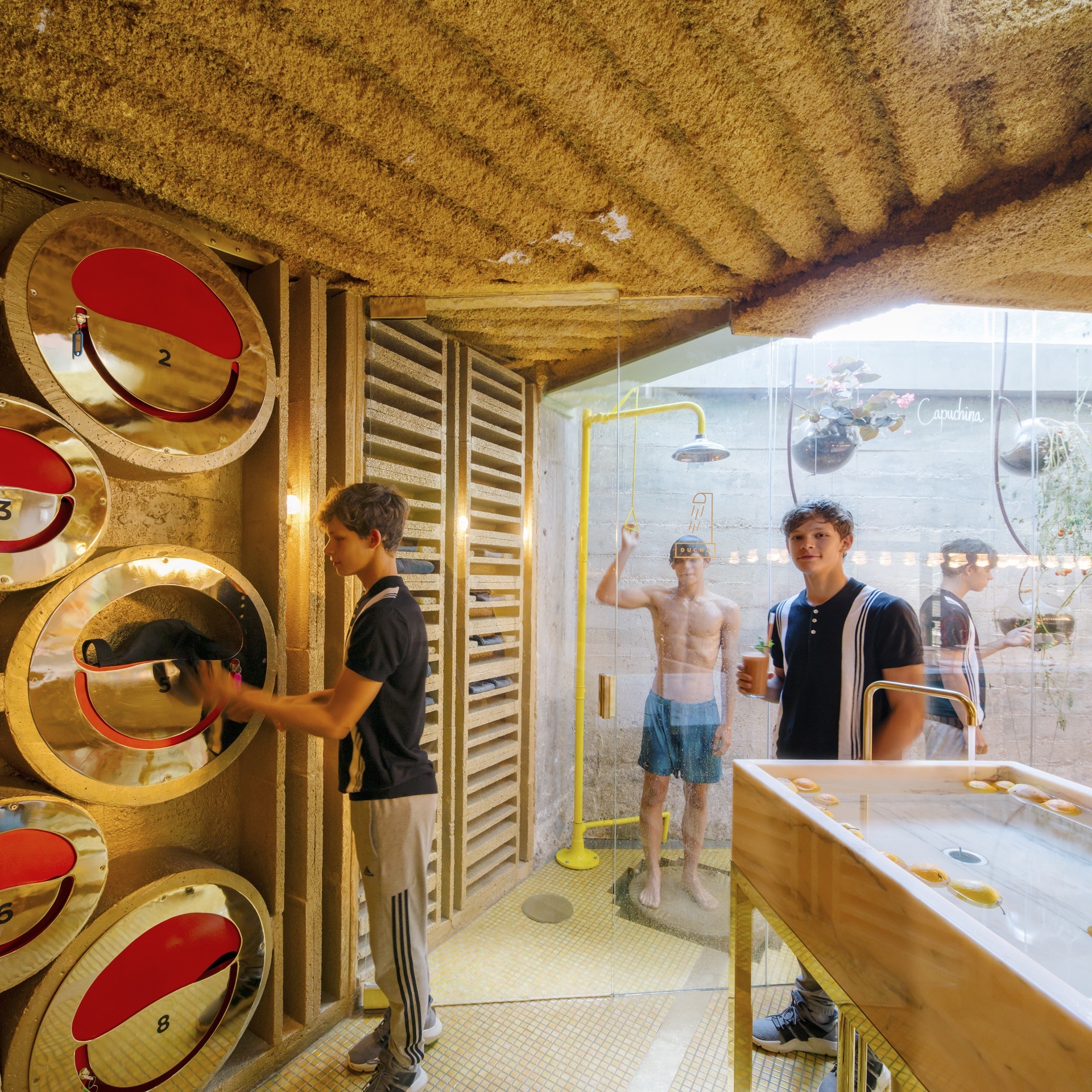
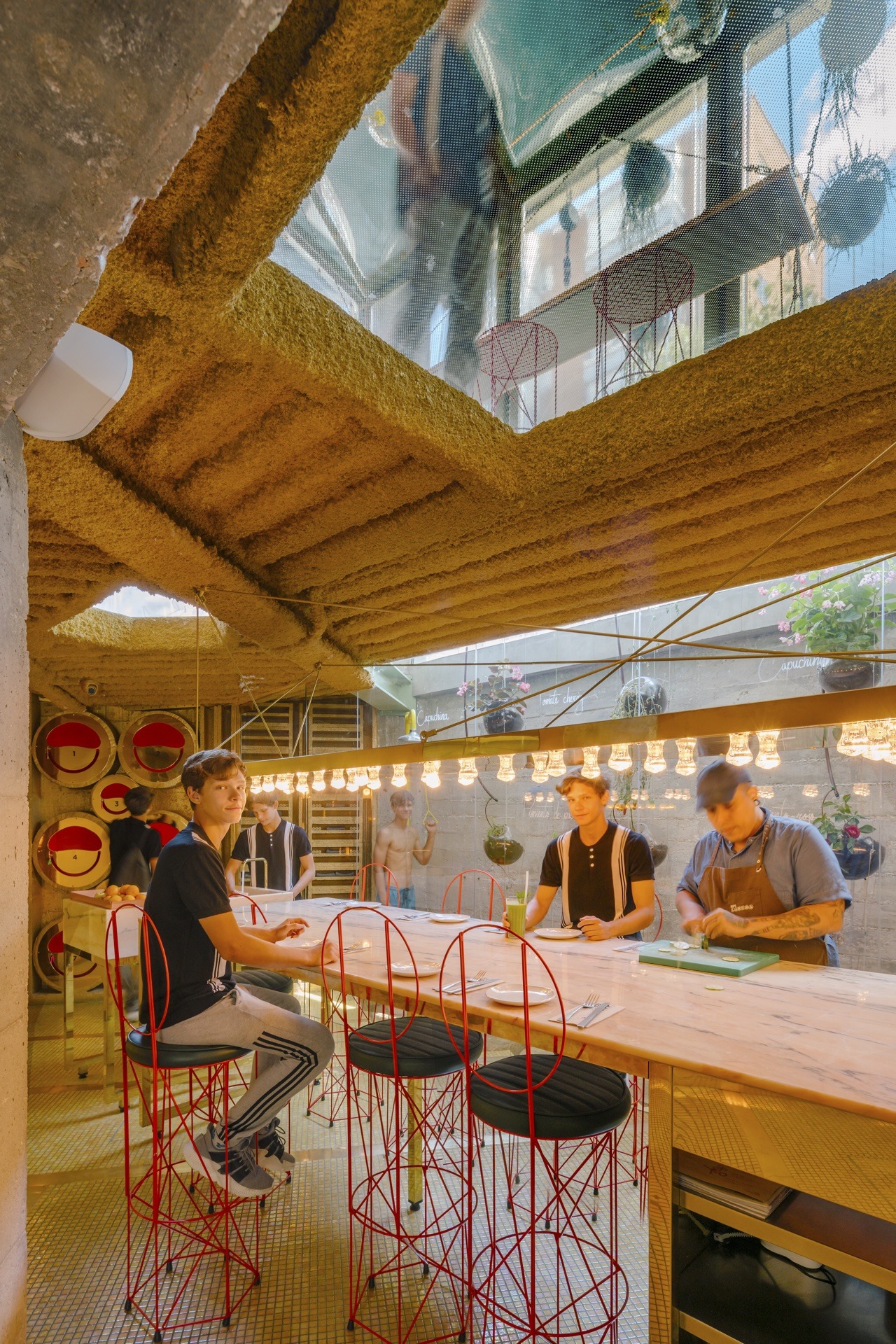
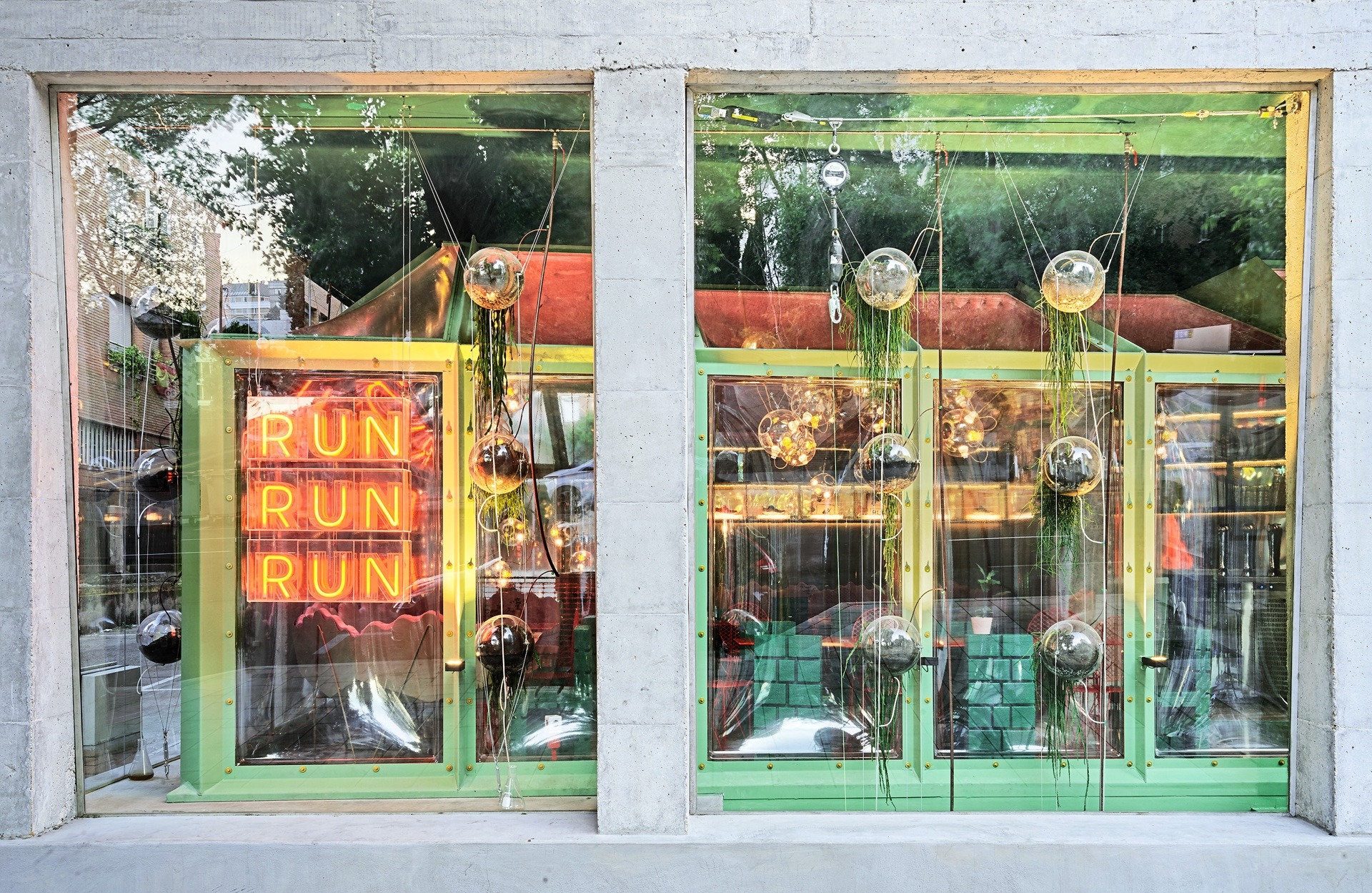
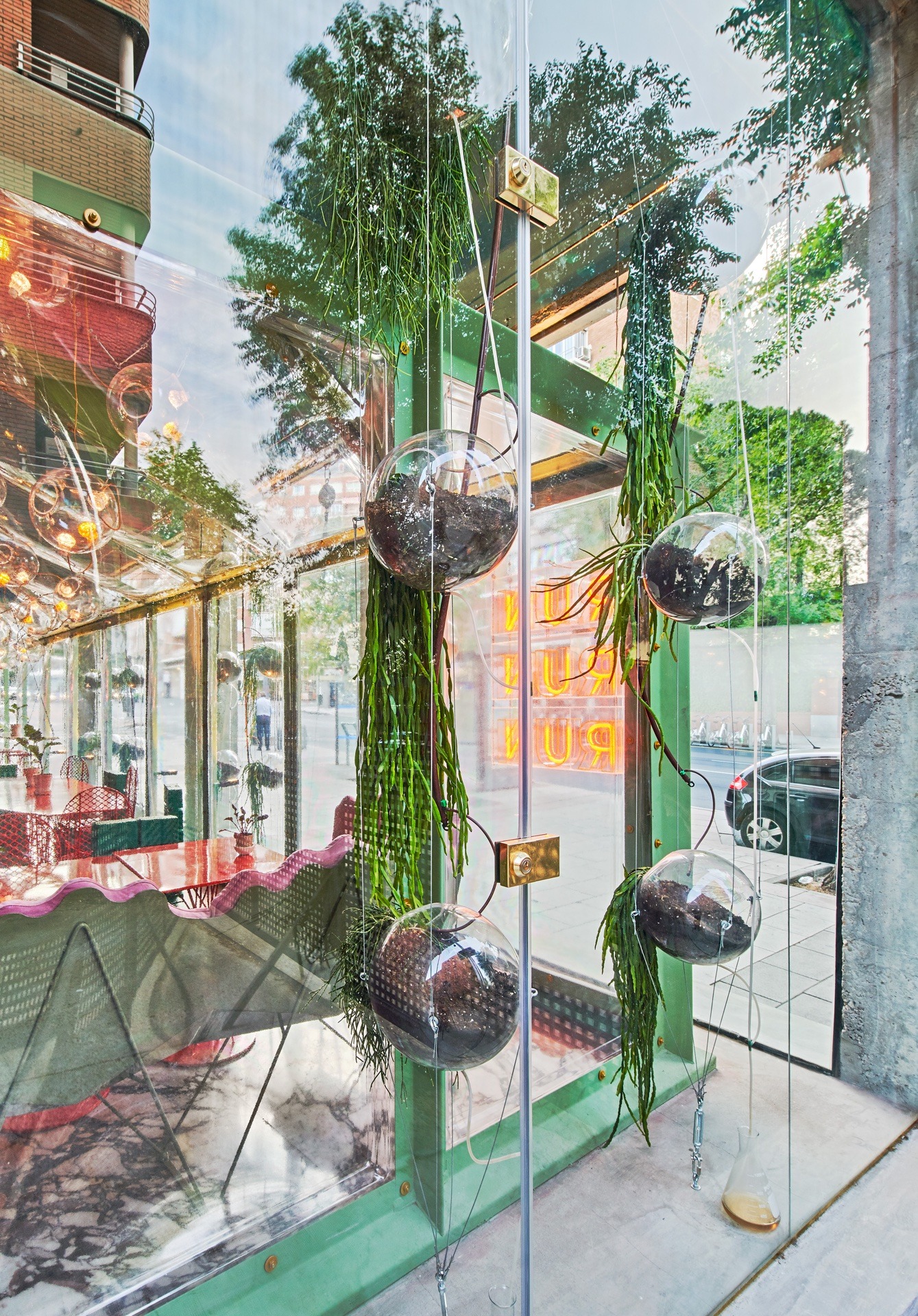
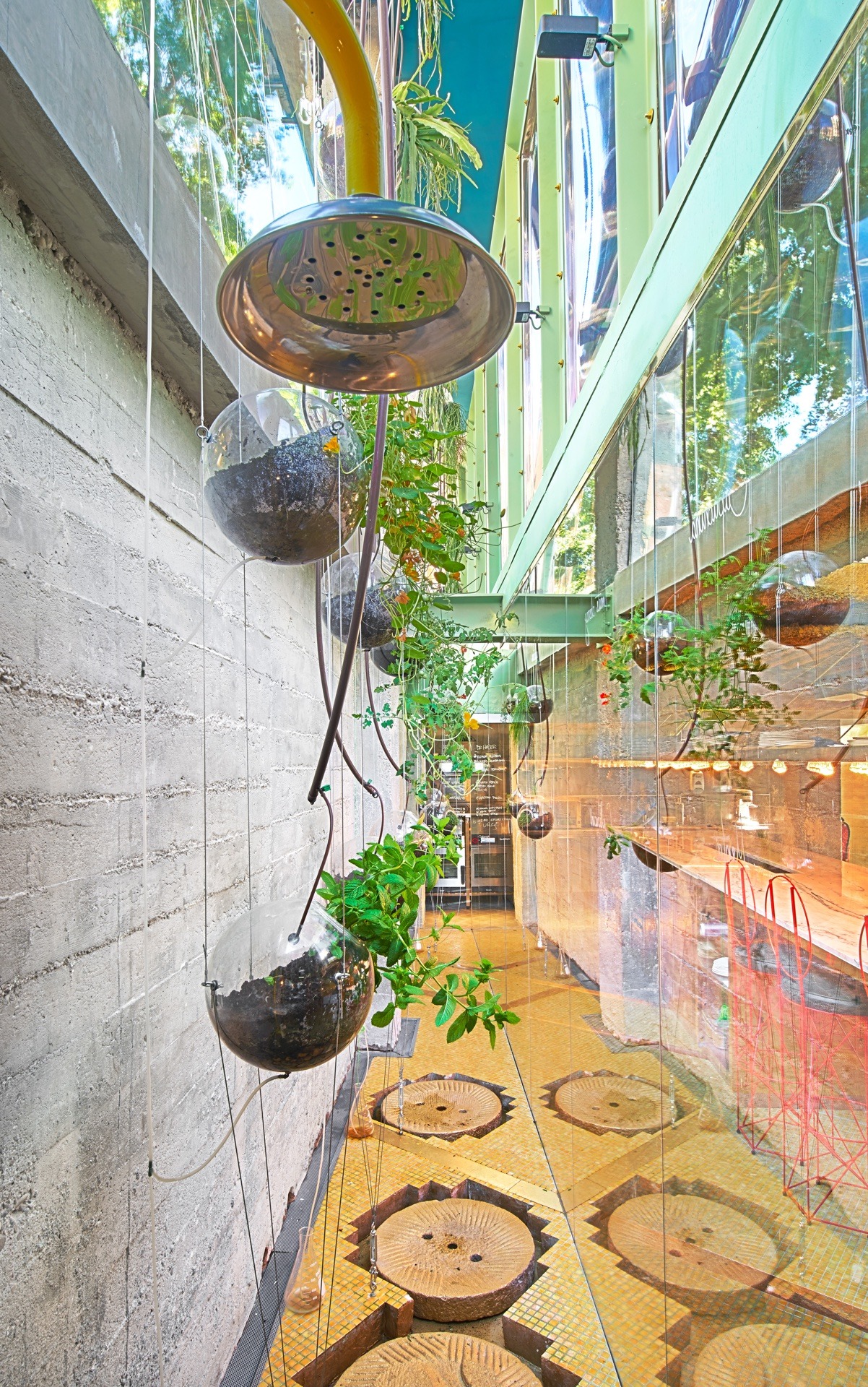
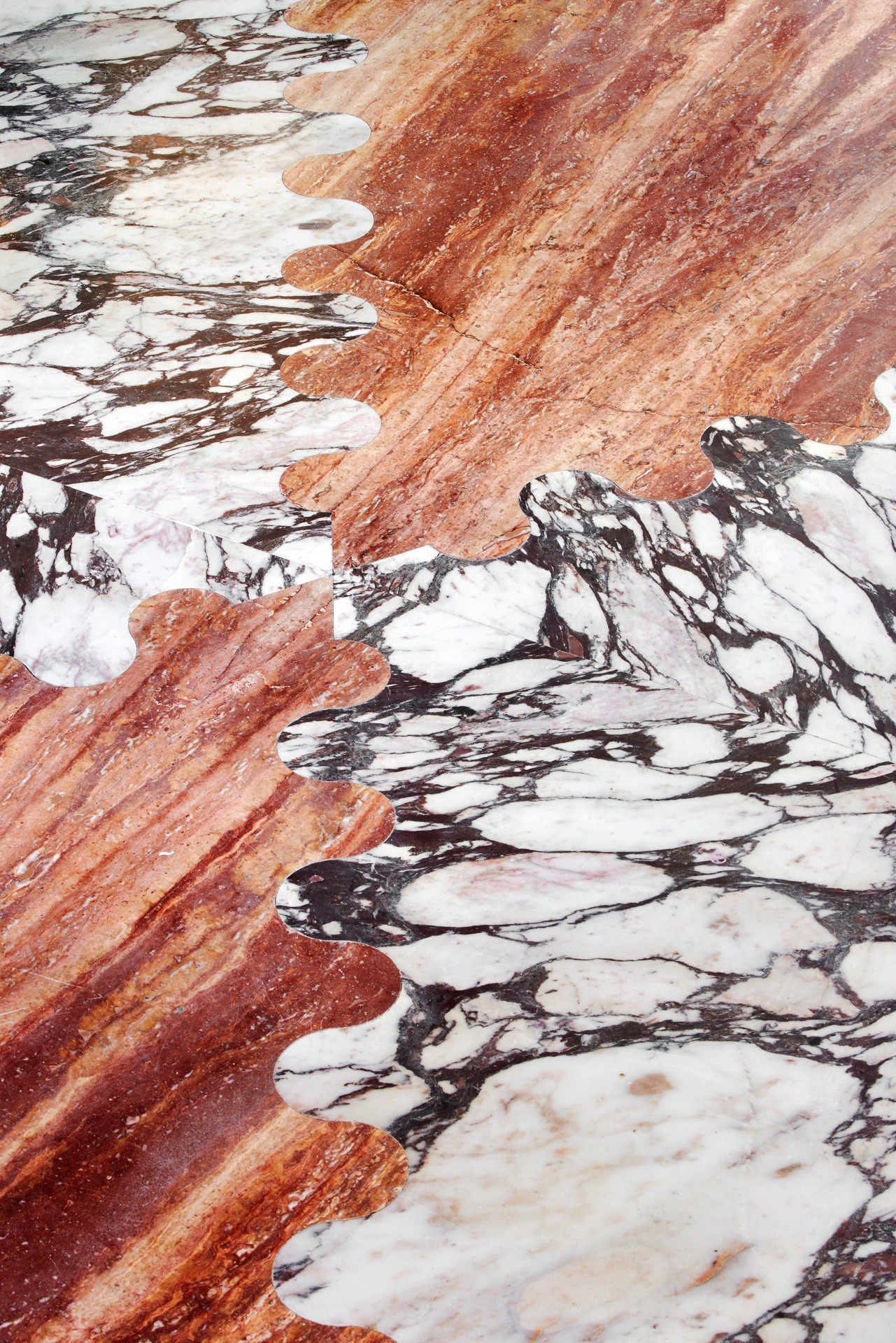
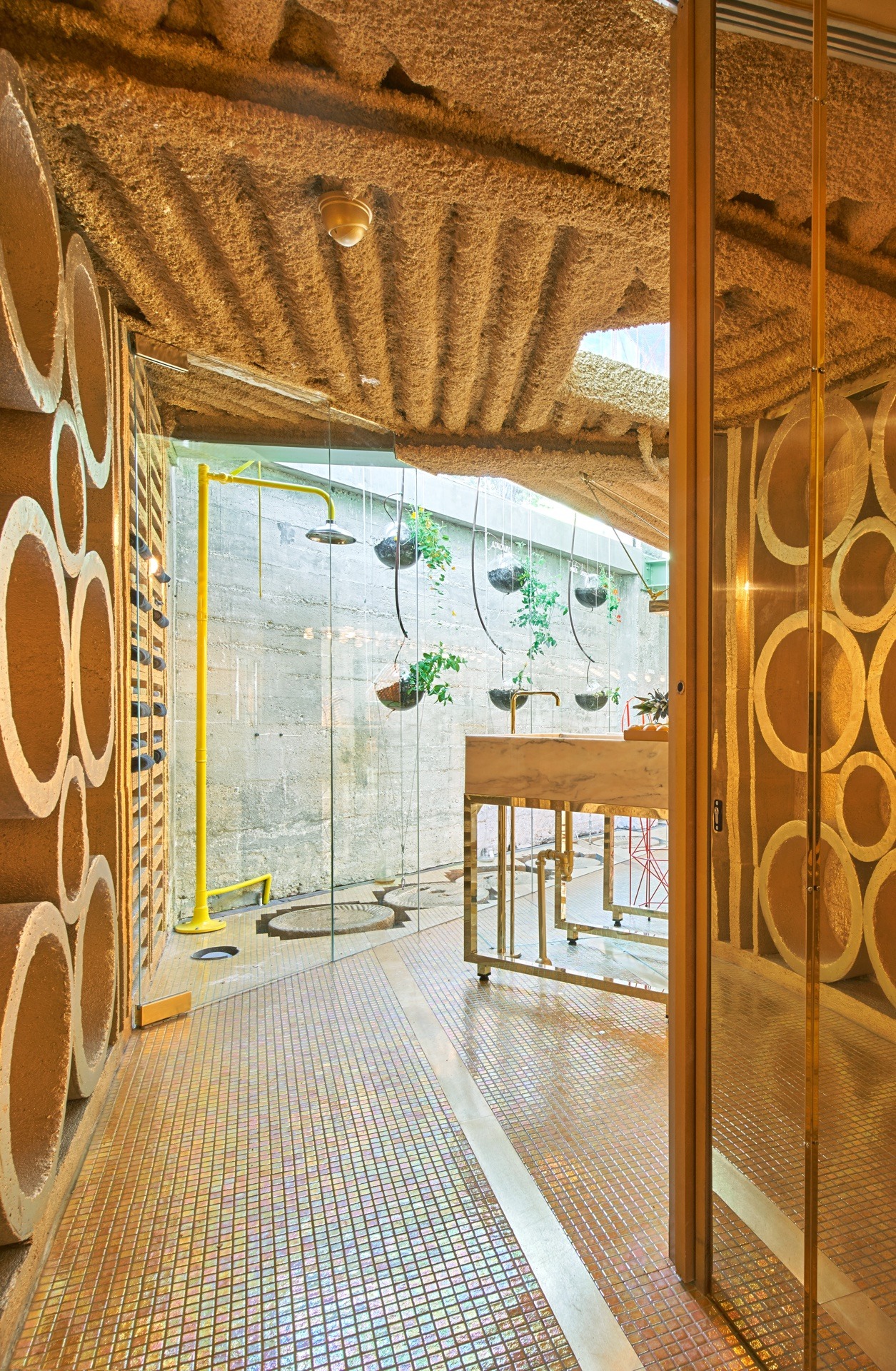
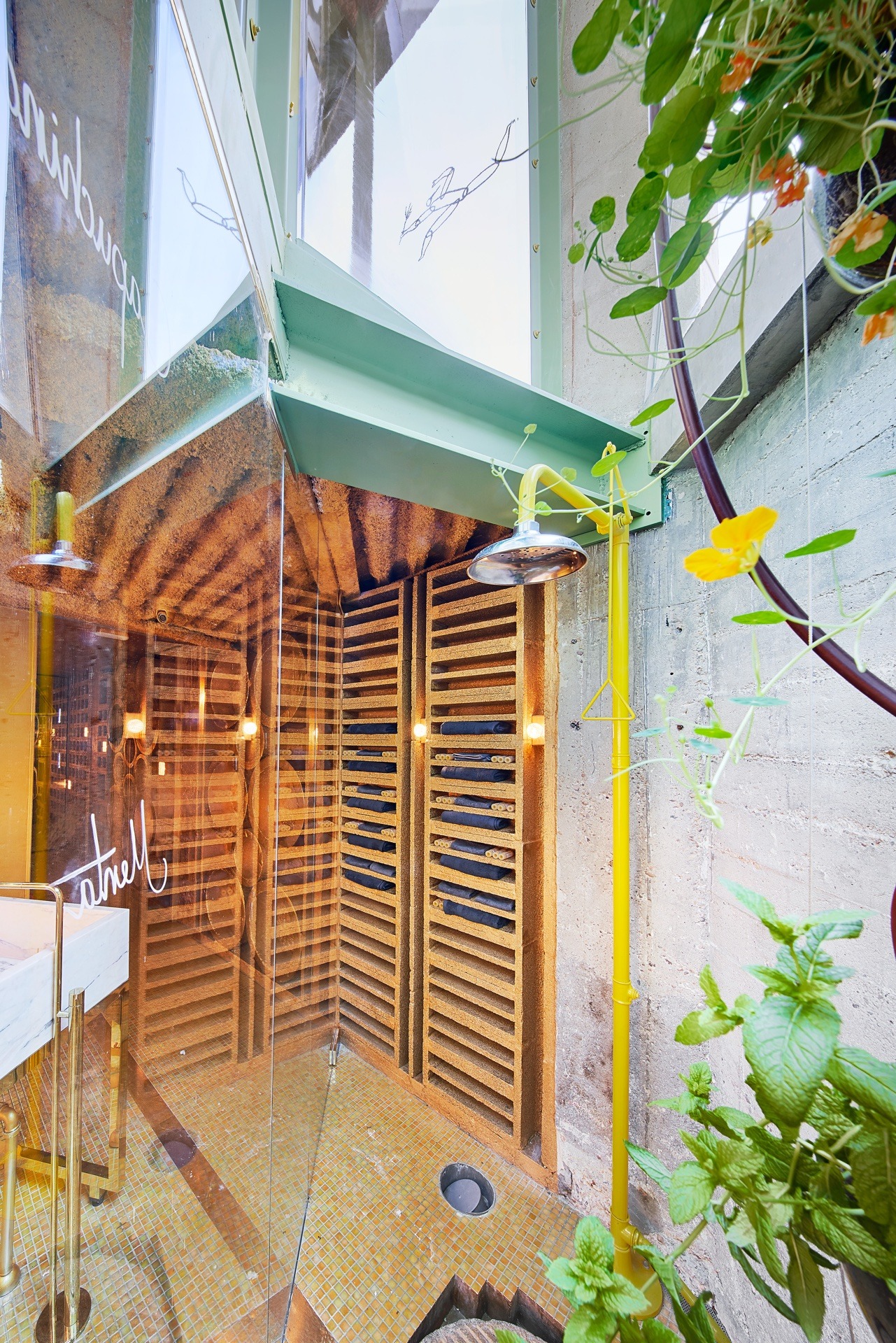
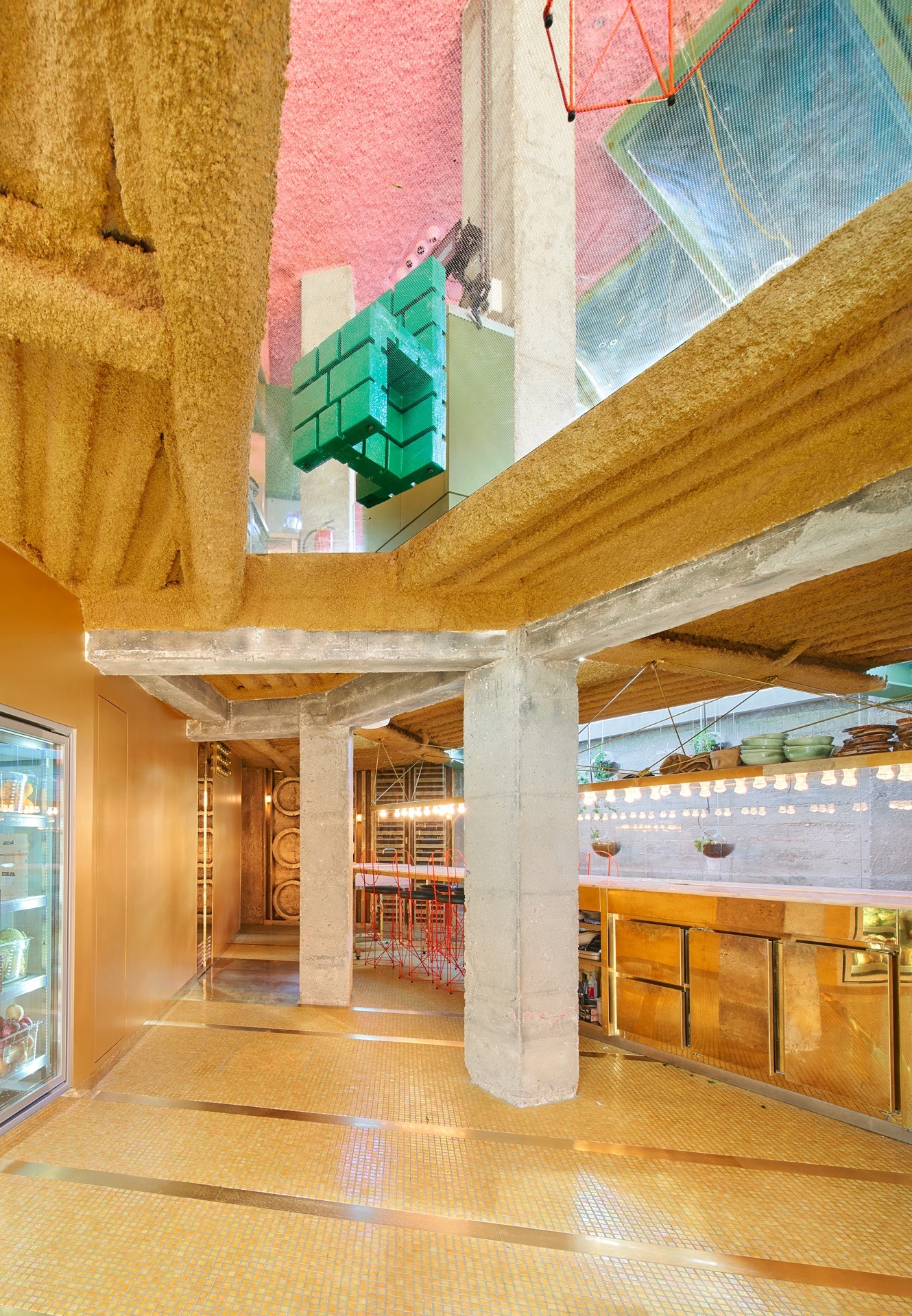
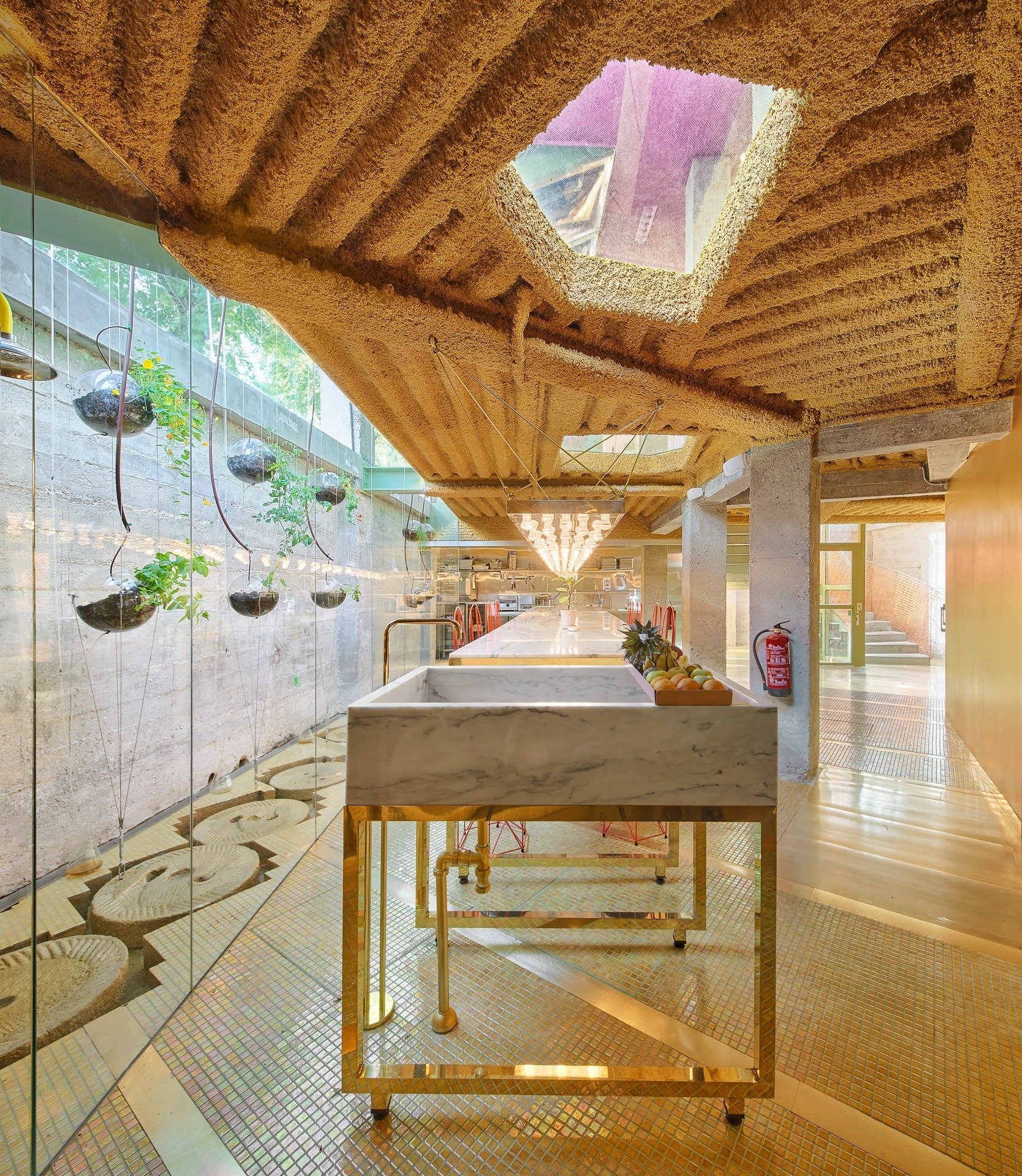
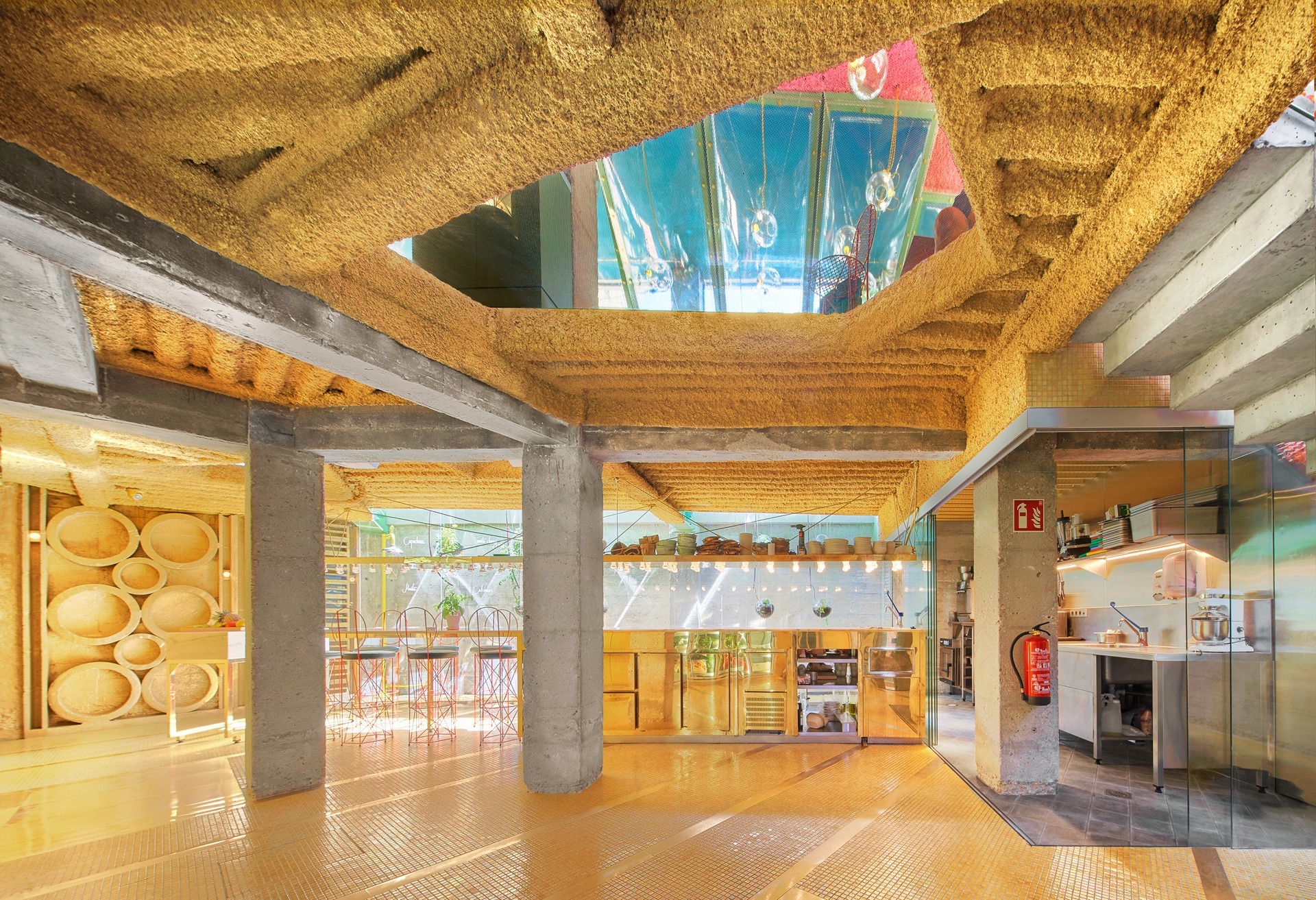
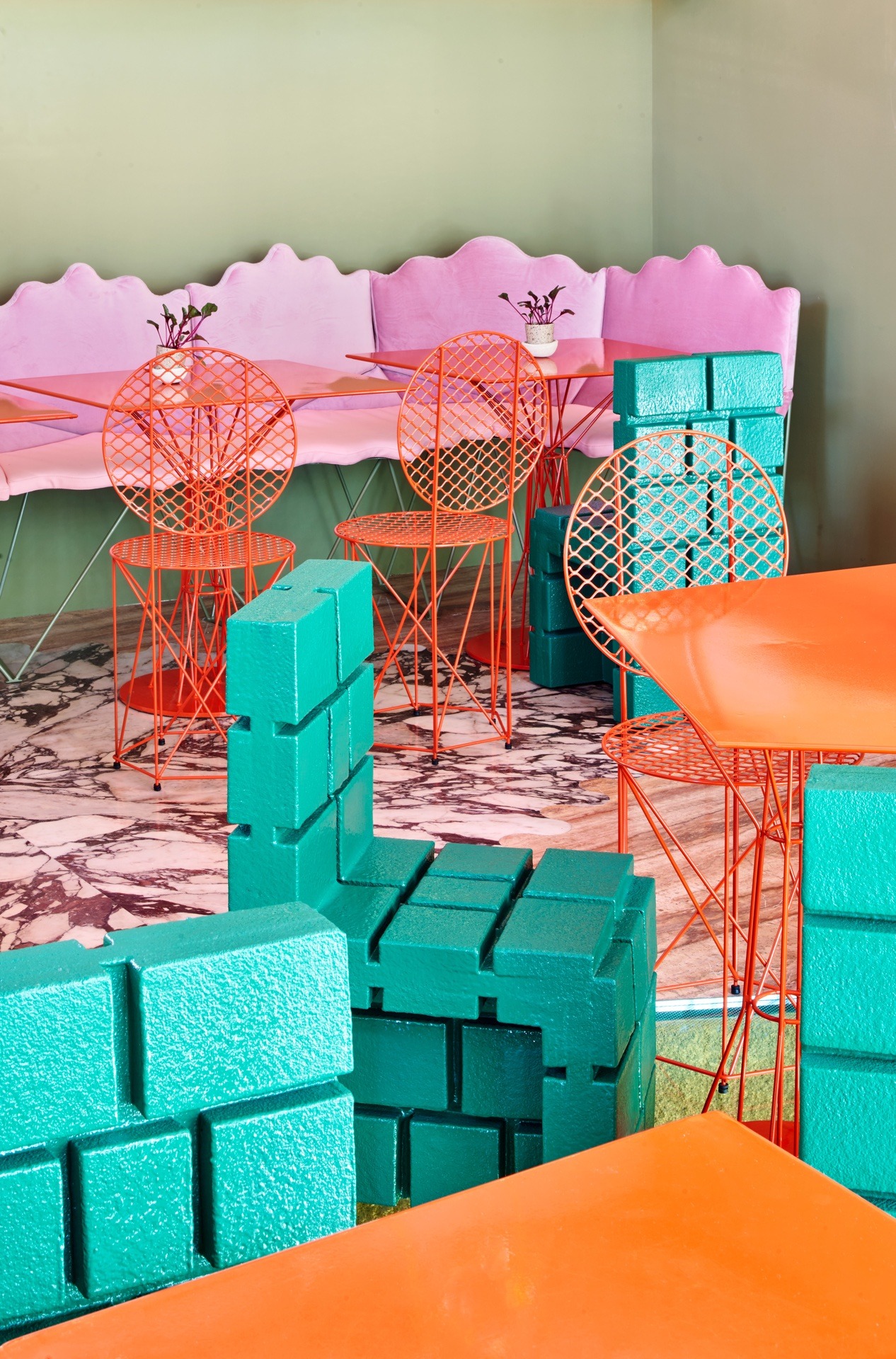
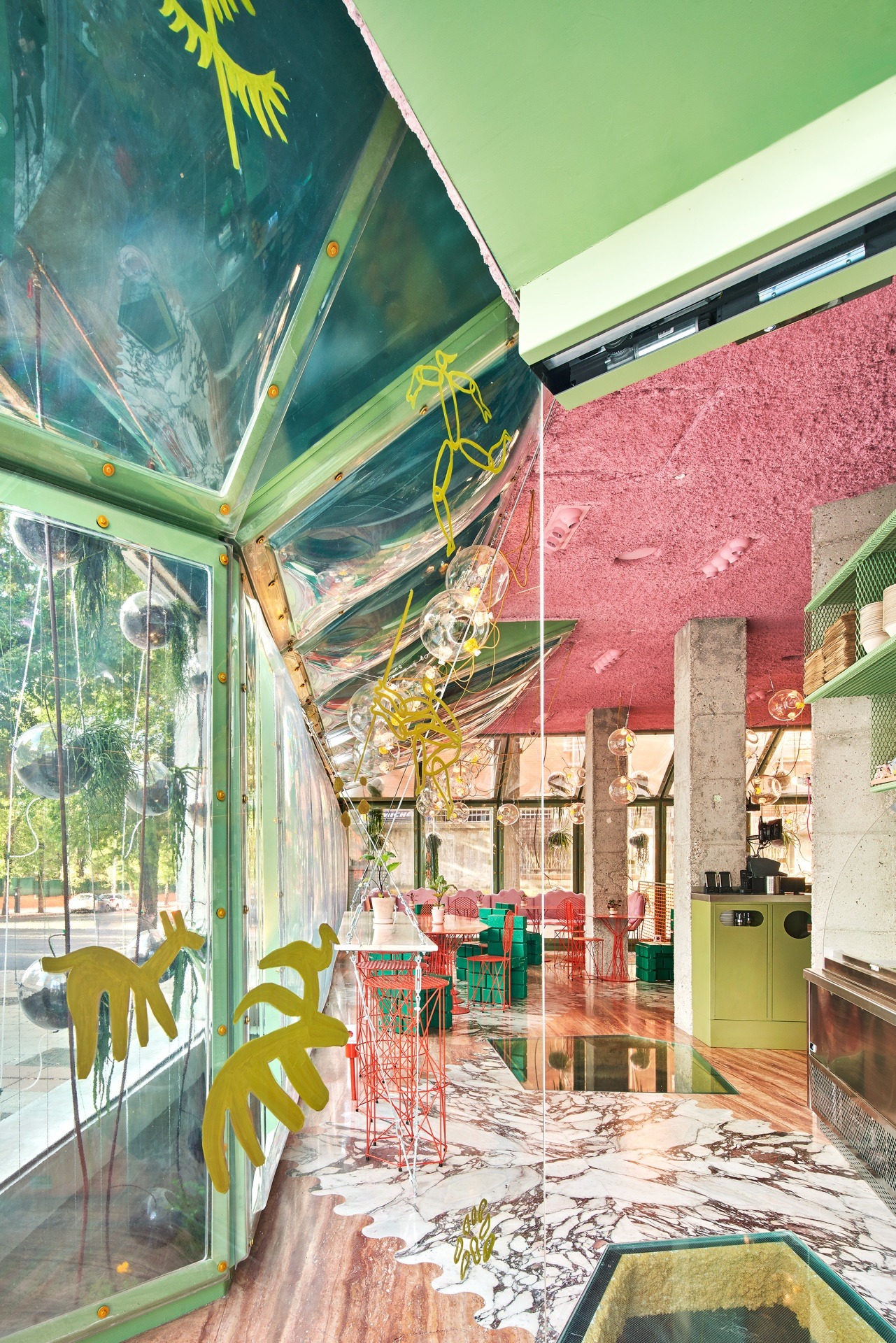
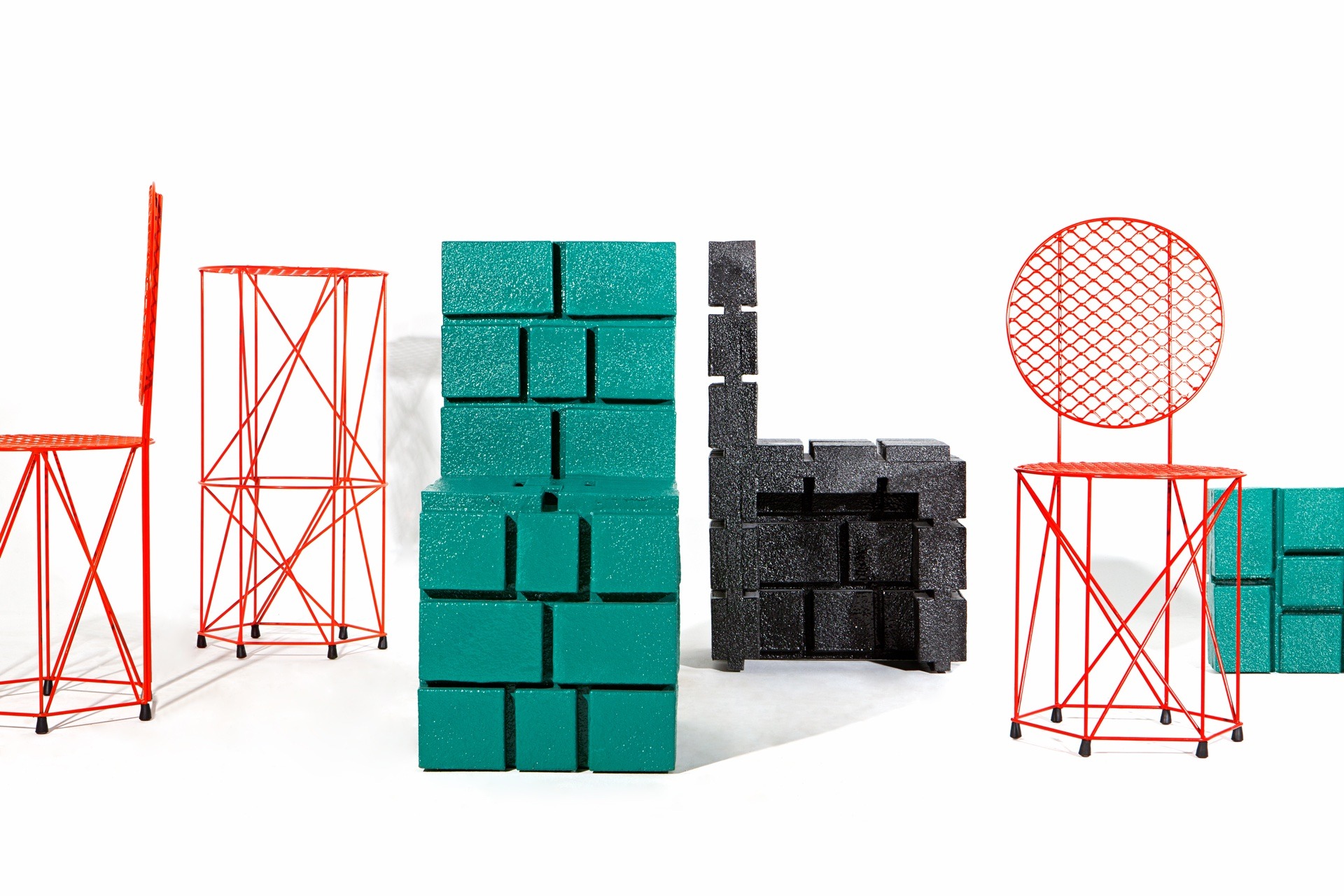
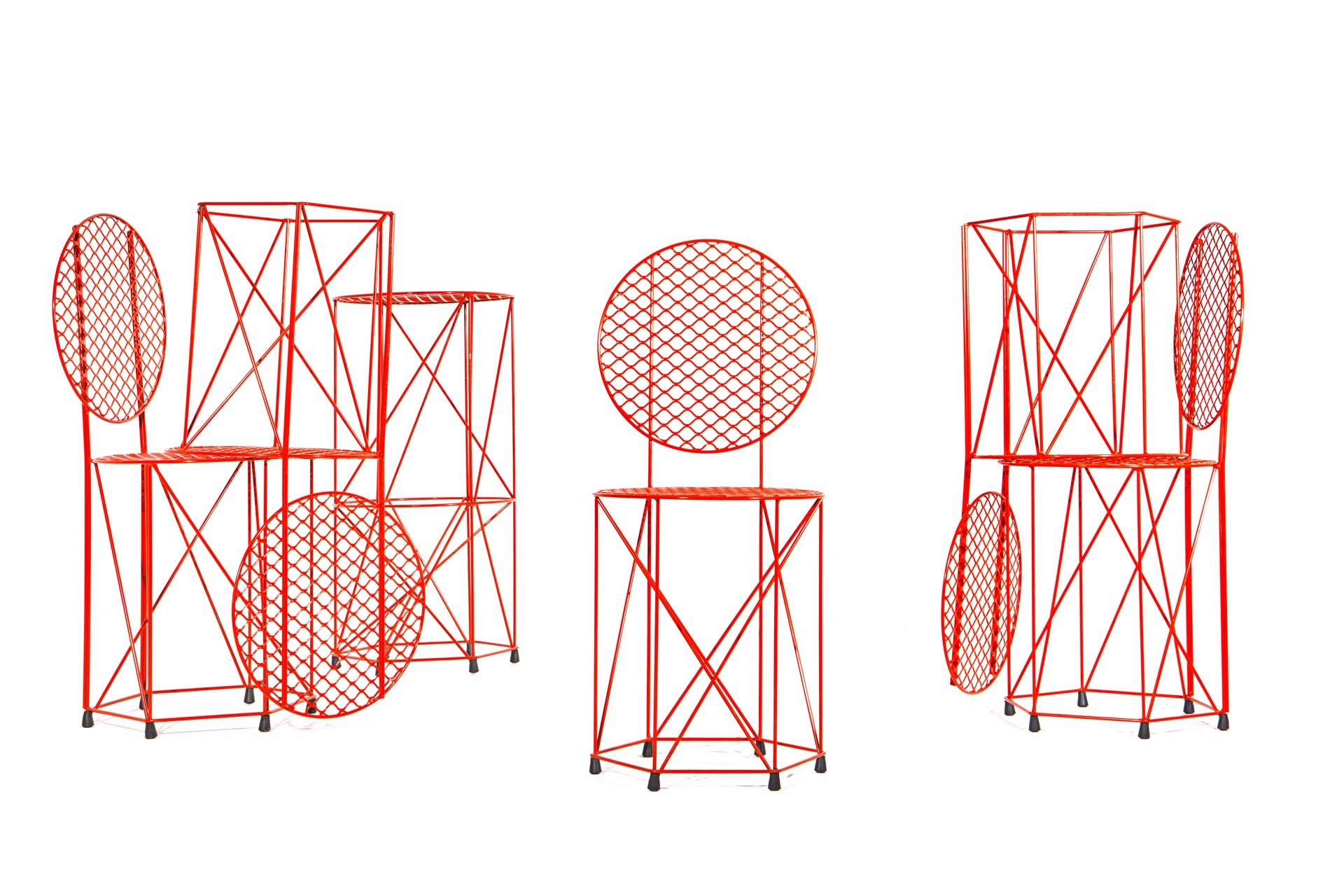
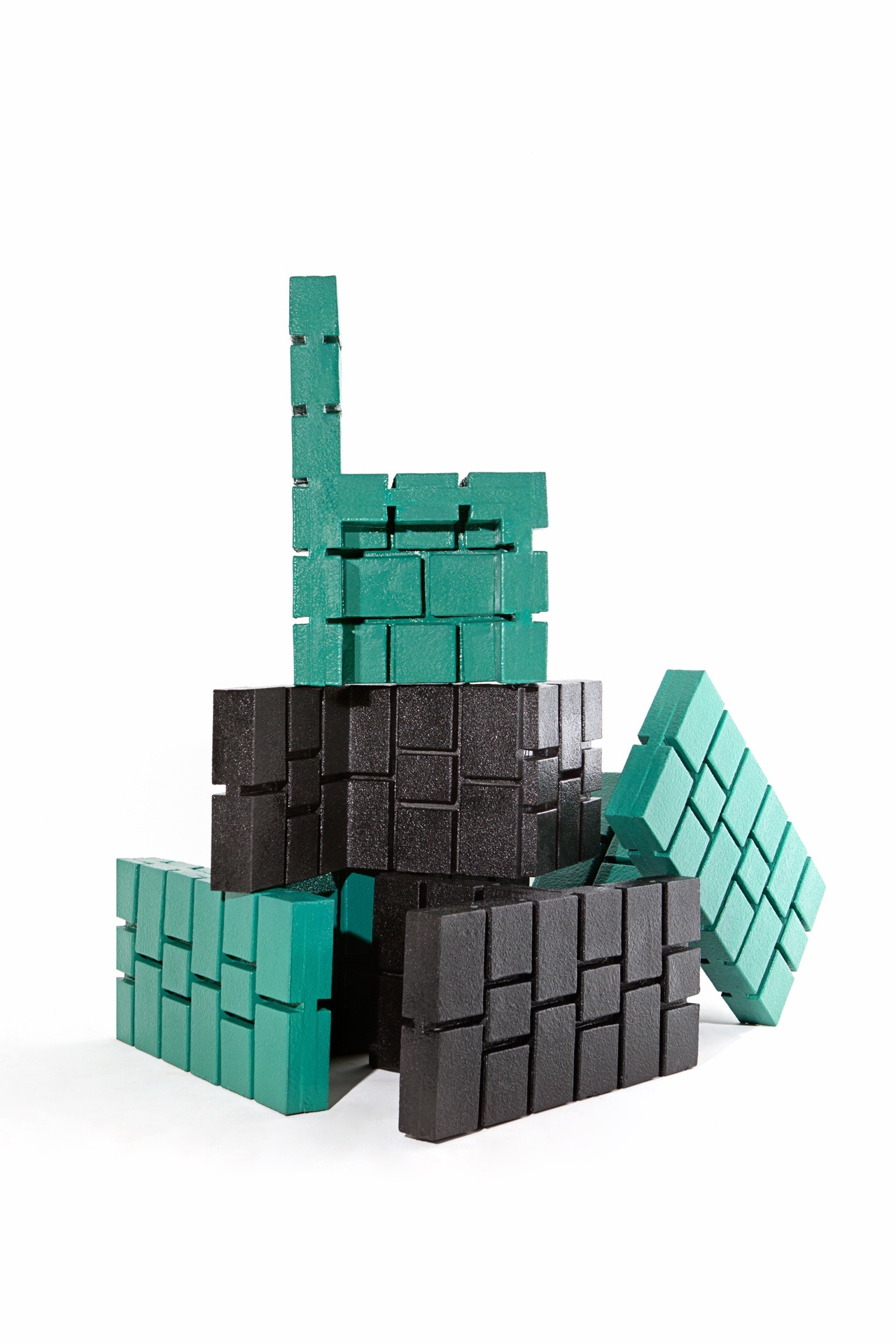

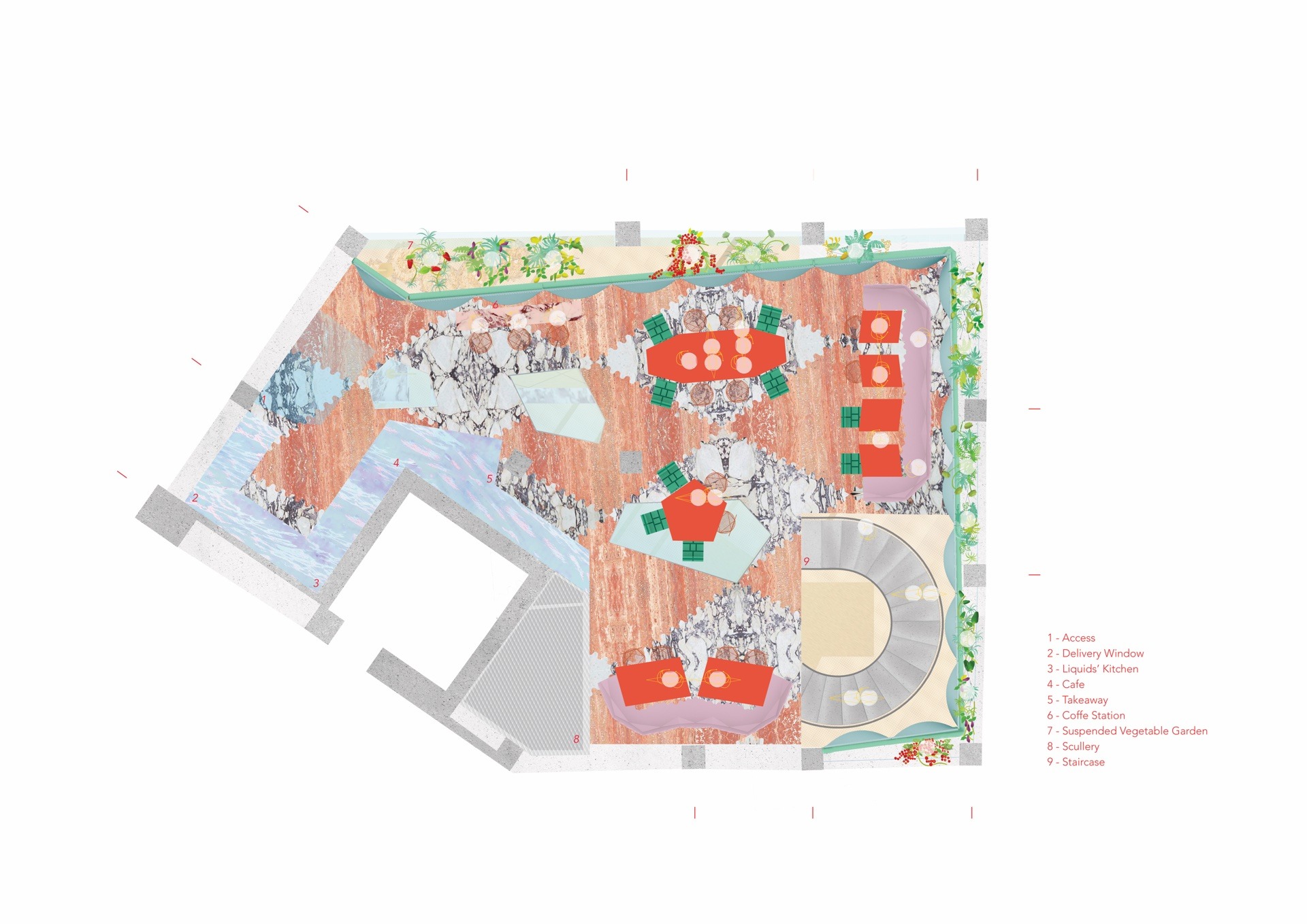
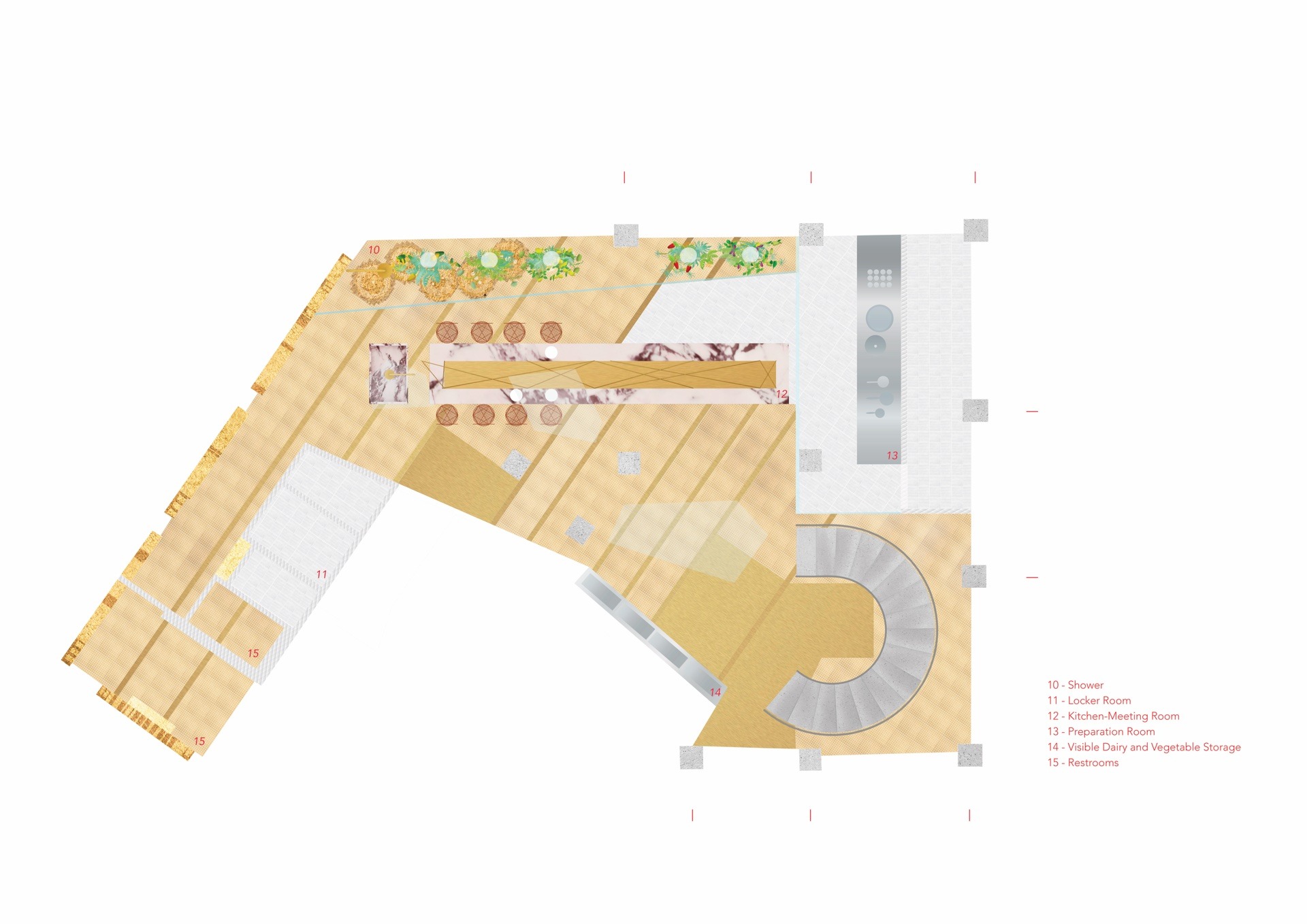
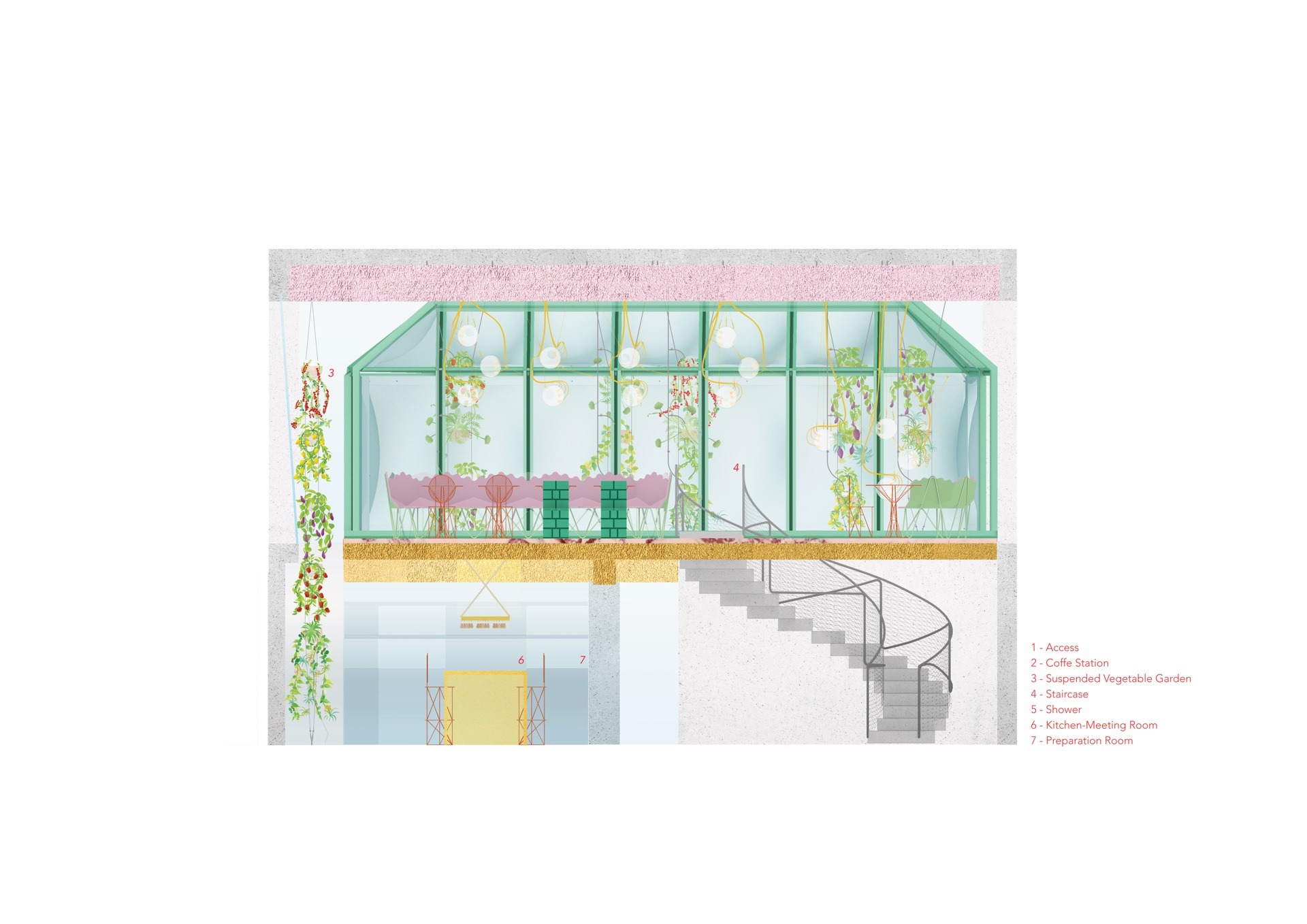
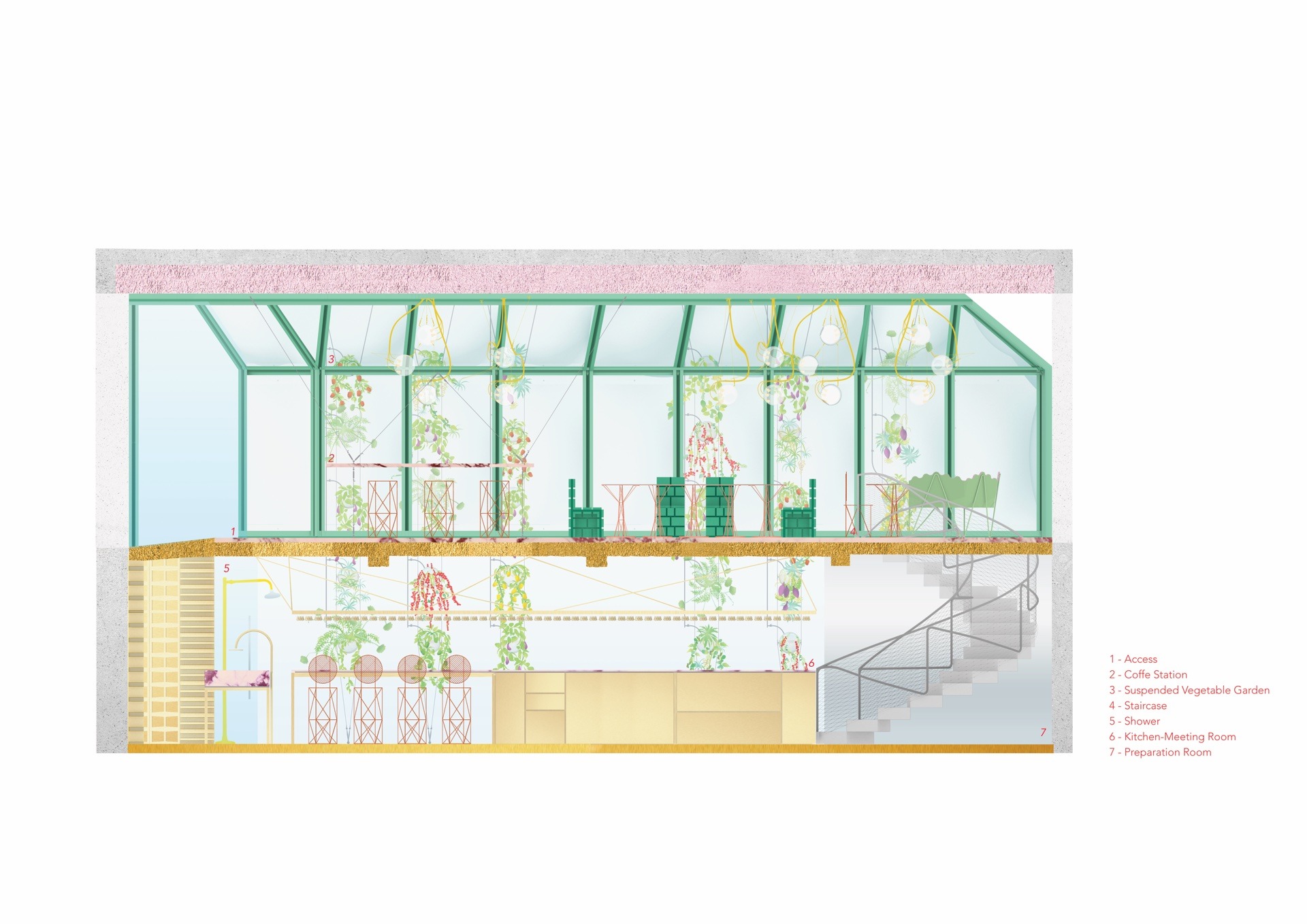
About the project
First Phase completed in 2019
OBSERVATORY
The Ocean Space installs itself right where the ocean develops; where it becomes critical; where it shows its richness; and where it is disputed, challenged, and jeopardized. Its architecture is not a closed wunderkammer, but an open observatory in live connection with the ocean, a hub where the diversity that composes the ocean can be reached and explored. Nor is it a container; instead it is an access point where one can sense, present, quantify, discuss, and support the ocean.
IMMERSION
The architectural design of the Ocean Space takes advantage of San Lorenzo’s generous vertical void, its diagonal light coming from upper thermal windows, and its immediate vicinity to maritime waters in order to create a bodily experience of immersion. The space is conceived as empty but dense, crossed by beams of sunlight, like diving into an ocean. The dense watery void is loosely occupied by translucent, blue-ish, floating platforms made of glass. To move inside the space, one must go vertically from platform to platform thought the dense void, as a diver would do.
INTERSECTION
The architecture of the Ocean Space promotes the intersection of art, science, politics, story telling, and activism. The space’s large size allows different activities to happen simultaneously and without division. Contributing to this varied-use space are the furniture, lights, curtains, and the physical dimensions of the space itself. All of this allows the public to mix with itself. It is an infrastructure that promote diverse MODES OF ENGAGEMENT.
Ocean Space’s adjacent areas become a resource for its neighbors. These spaces are conceived as an infrastructure to promote a daily life of environmental engagement. They are equipped as a shared domestic infrastructure with kitchen, coffee makers, rooms for residents, working spaces, access to the Ocean’s Archive, and available rooms for formal or informal events and gatherings. This works as a shared domesticity promoting the encounter of people sharing an interest in engaging environmentally.
The architecture of the OCEAN SPACE is a SYSTEM IN PERMANENT EVOLUTION.
There is no fixed form. It is in a constant state of change. Its architecture is made of modular components. Its platforms can be reconfigured again and again. They can be dismounted and mounted in different compositions to respond to new situations, work, meetings, or formats of action. All these components can travel to the network of locations where TBA21 develops its action: to Jamaica, to London—anywhere the ocean is being discussed.
NODE OF MULTIPLIED CAPACITIES
The architecture of the Ocean Space works as a plug-in system, turning the old space of San Lorenzo into a NODE OF MULTIPLIED CAPACITIES allowing for data to be transferred at any point in space. This ecosystem is where action and reflection can benefit from finding the resources needed to expand and gain reach. This is achieved though the introduction of a network of services integrated in the floating platforms that work as a core to which terminals can be plugged into.
LEVELS OF URGENCY. RENDERING ENVIRONMENTAL URGENCY BODILY SENSIBLE
The different platforms of Ocean Space—in a direct but conceptually, bodily, and politically effective way—bring the urgency and the need to discuss the ocean into the space. This is the “WHY?”. It is a move to render abstract scientific information vivid. The first level, a wooden platform floating 40 cm above the level of San Lorenzo, indicates the estimated sea level rise by 2100 if current carbon emissions remain consistent (Source: Delta Commese). The next level of platforms, at 4.19 m., indicates the sea level height predicted by COP21 for 2215.
THE OCEANIC CHAMBER. A PARLIAMENT FOR THE OCEAN.
The Ocean Space presents a chamber for a heterogeneous constituency of humans and multiple other species to coexist in the ocean and grow a common understanding and cooperation. It is an elevated space from where the vision of the ocean at the horizon can be seen though the thermal windows. An immersive multimedia invasion of domes and the shared table, as a contemporary version of a planetary fresco, will make it possible to bring into the room the rich life in the South Pacific deep sea, the way sharks perceive the long distance they orientate in, the evolution of Raja Ampat coral reefs. With calibrated optical devices, this chamber will make it possible for humans to expand their sensing capacity to gain criticality and to recognize the agency of others. TBA21 will mediate an interspecies cooperation where the role of the ocean as a space of coexistence can be empowered.
Credits
Andrés Jaque / Office for Political Innovation
Team
Team: Roberto González García, Luis González Cabrera, Alberto Heras, Paola Pardo-Castillo, Sara Ayoub, Ayushi Drolia, Inês Barros, Elise Durand, Melodi Esgin, Bansi Mehta, Laura Mora, Nikhil Parkhiya, Clément Vergé.
Architect in Venice
Cataruzza Millosevich Architetti Associati, Fabrizio Cataruzza
Project Manager
David Hrankovic
General Contractor
M+B Studio, Troels Brunn, Luca Delise
Engineers
F&M Ingegneria, Federico Zaggia
General Procura
Marco Franco




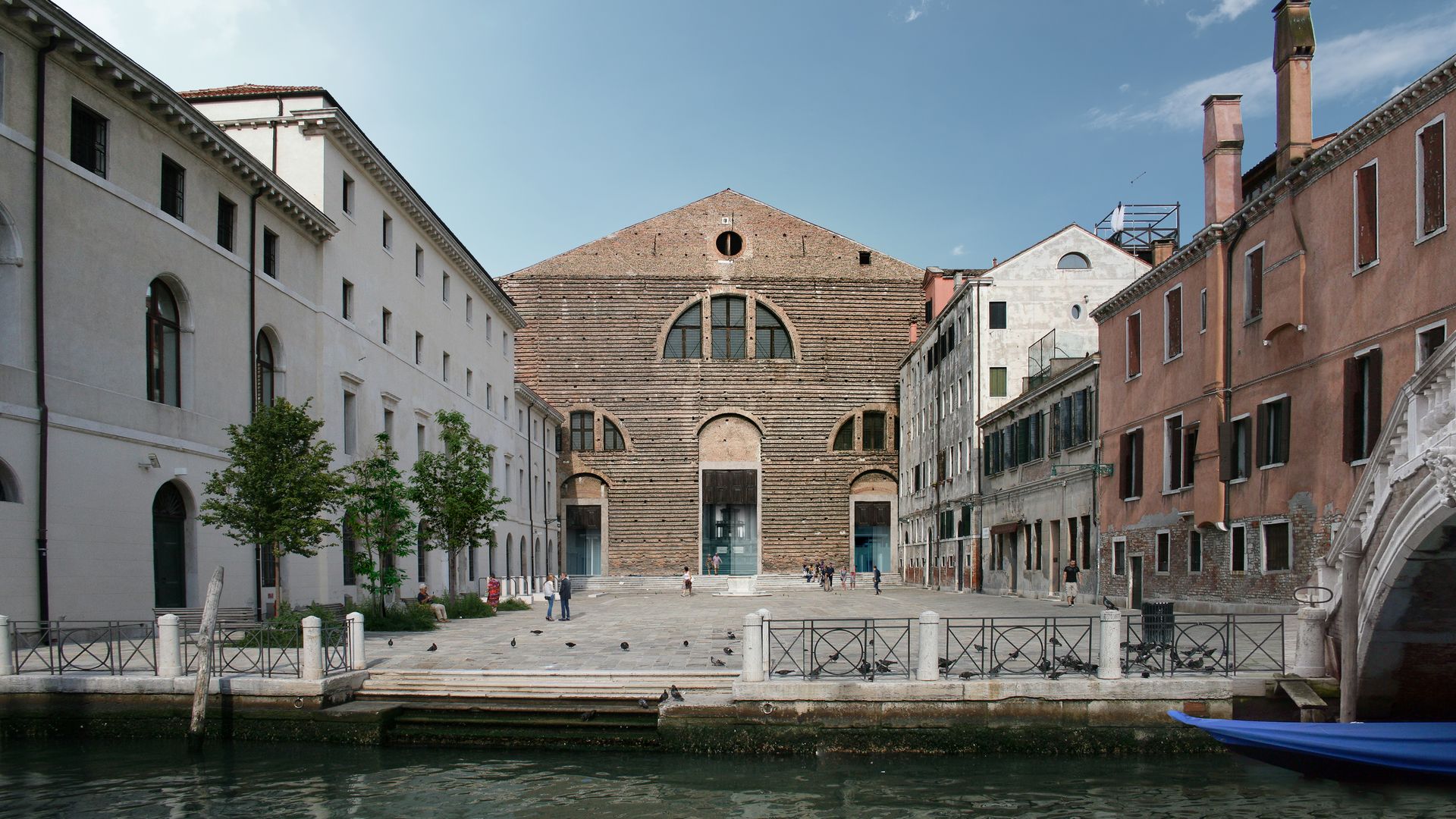



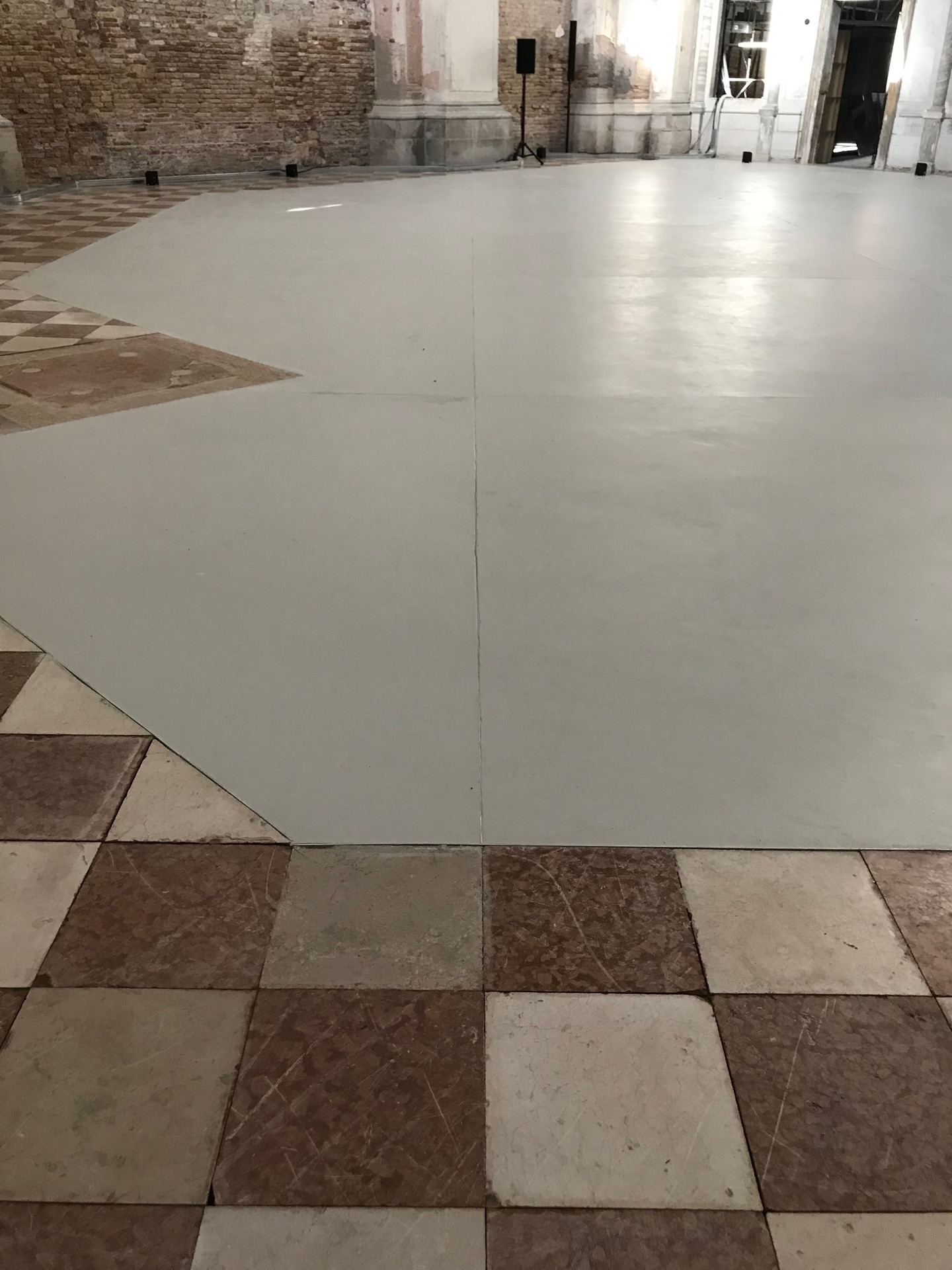
About the project
Stones are often seen as the opposite of life, but they are not.
The stones have been and are one of the most important subjects of colonization and extractivism. How rocks have been sliced, grinded, polished, and plasticized shows the violence inflicted on ecosystems and human communities that depend on them.
Andrés Jaque / Office for Political Innovation collaborate with mineralist Gokce Ustunisik to mobilize the ecosystems that rocks are as the transscalar relationships between the microbial, disfranchised communities around the world, and the planetary can be rearticulated, confronting the material foundations of the world’s colonial carbonization. Blinded by modern positivism, building preservation practices often consist on the destruction of the litho-ecosystems of the stones’ ecology. Minerals, bacteria, fungi, algae, lichens are intrinsically inseparable and coproduce each other, through minero-microbial sociability. This contains a response to planetary challenges, since the biology of stones exceeds forests and oceans in their capacity to permanently sequestrate atmospheric carbon through biomineralization. The litho-ecosystems of the stones are nurtured and worshipped by cultures around the world. It is now known that far from destroying buildings, these litho-ecosystems are crucial contributors to the structural performance of ceramic and stone infrastructures.
The STONELIFE Project affirms stones as a planetary extensive site for transspecies mutual care. Digitally-controlled jet nozzles spray a solution containing microbe DNA, and creates the conditions to multiply carbon-mineralizing ecologies on the external crust of the stones. It affirms the naïveté of modern positivism in comparison with practices and cosmologies from Aboriginal, Quechua, Aymara and Lakota peoples.
Stone grows becoming a warehouse for crystalized carbon. Applied on the world’s massive presence of stone façades, turning a big part of the built environment into a planet-scale climate reparation infrastructure.
Credits
STONELIFE. THE MICROBEPLANETARY ARCHITECTURE OF LITHOECOSYSTEMS
By Andrés Jaque / Office for Political Innovation
In partnership with Gokce Ustunisik (Department of Geology & amp; Geological Engineering and Curator of Minerals at Museum of Geology, South Dakota Mines University)
Technical Collaborators
Tanvi Govil, South Dakota School of Mines and Technology, United States; José María Miñarro, M-Marble / 18 Pies de Altura; Antonio Alfonso, Toni Postius
Team Members
Office for Political Innovation: Roberto González, Gema Marín
Photographs
José Hevia
Video Edition
Alicia Buades
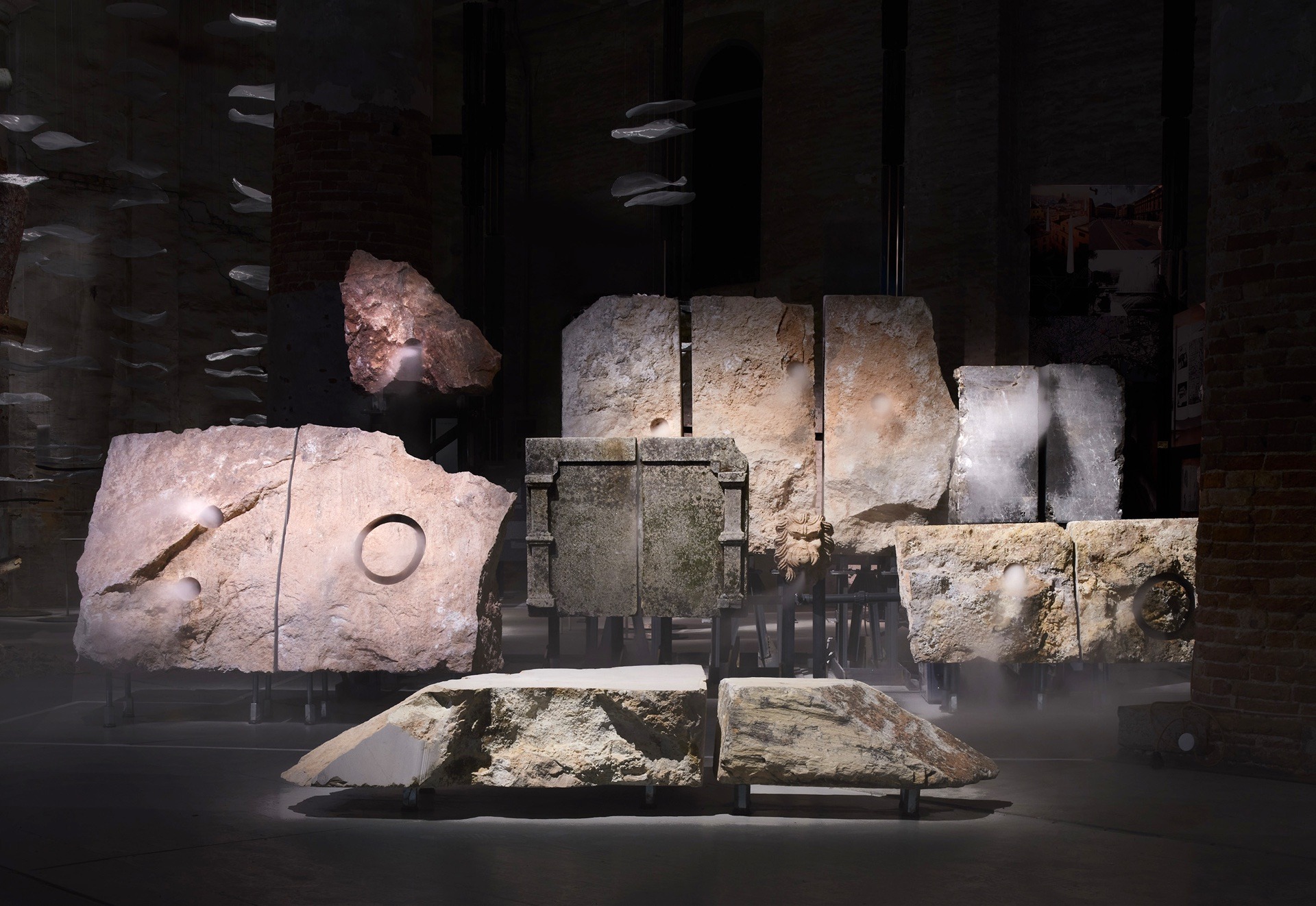
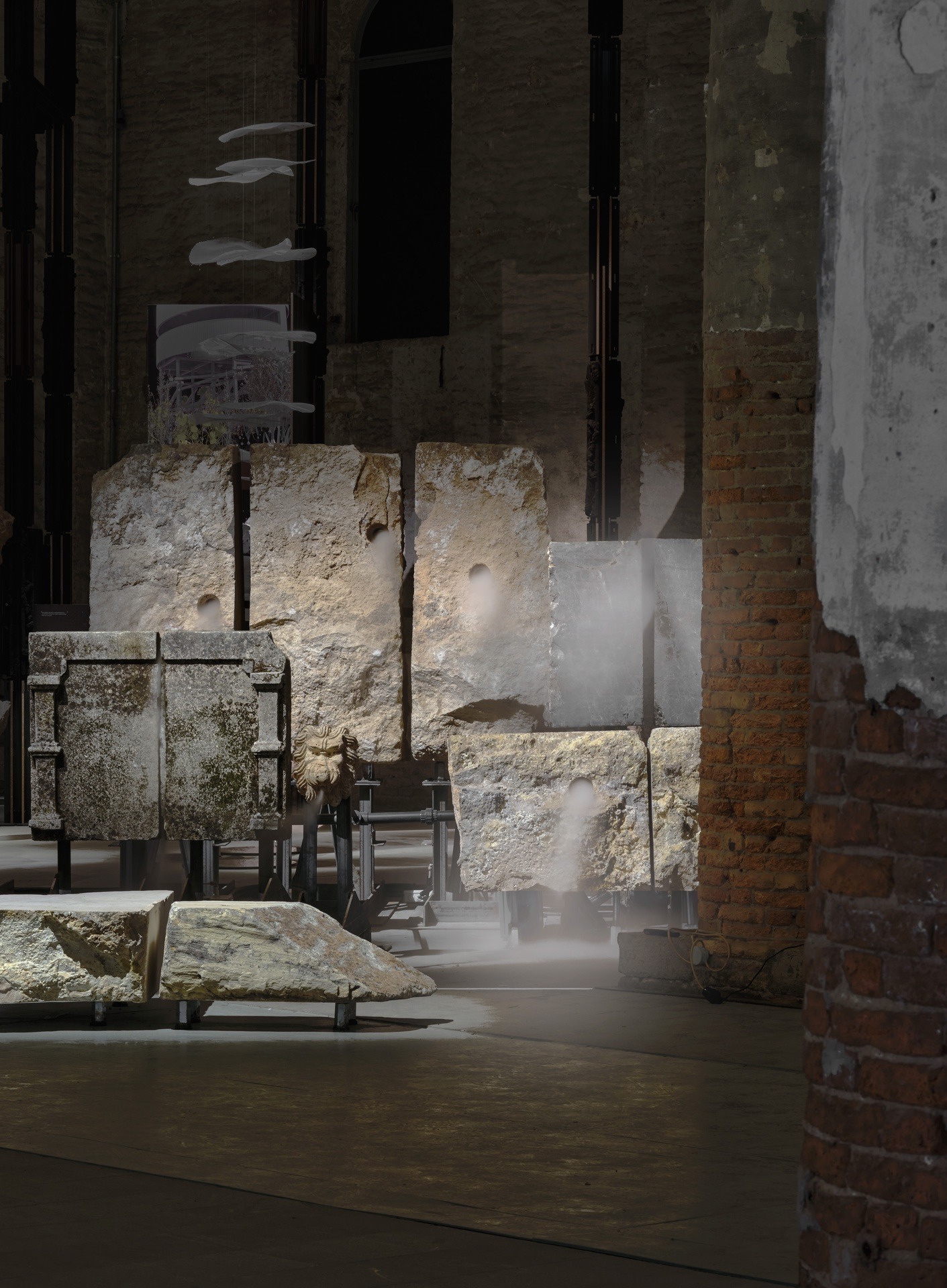
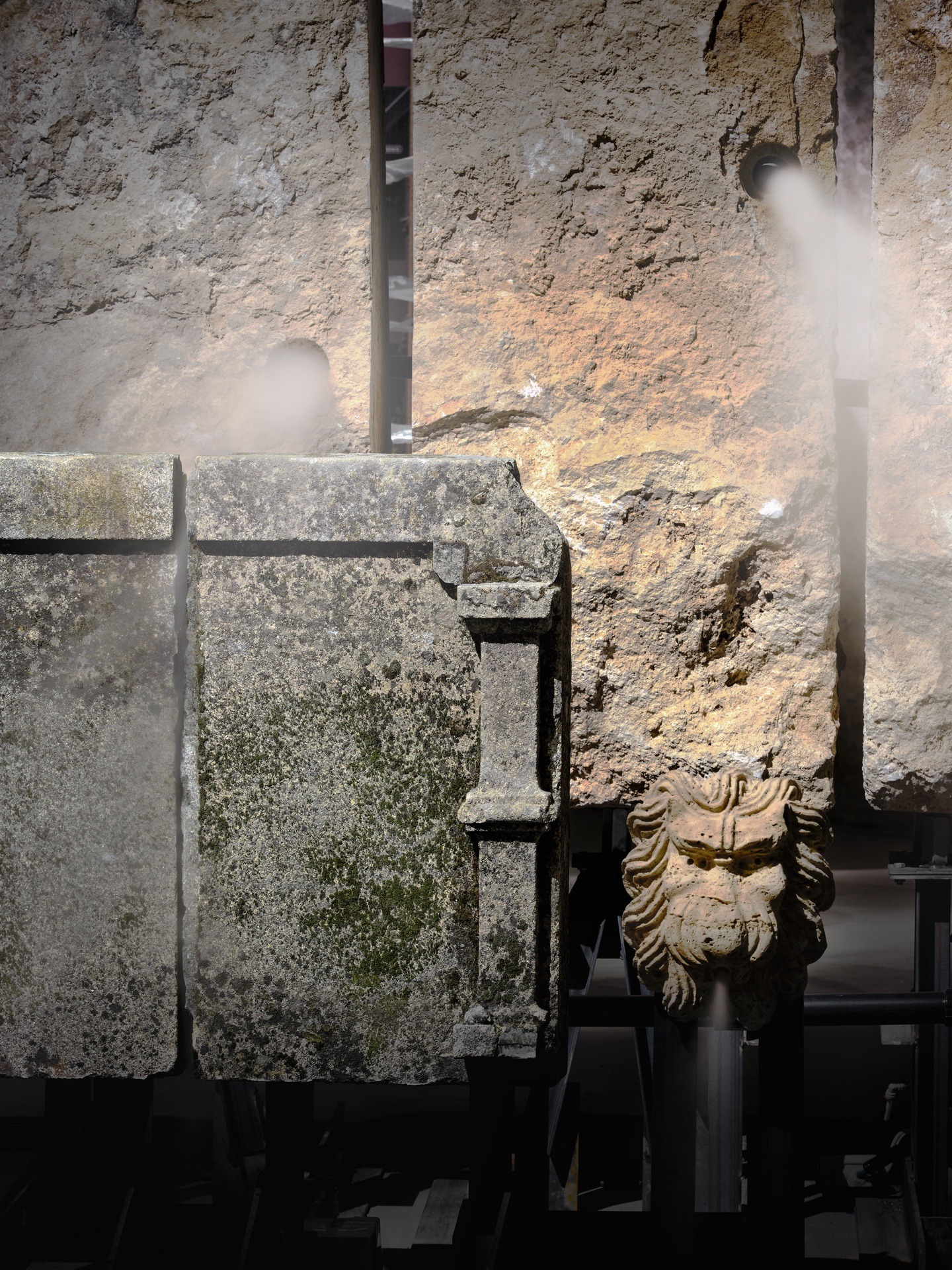
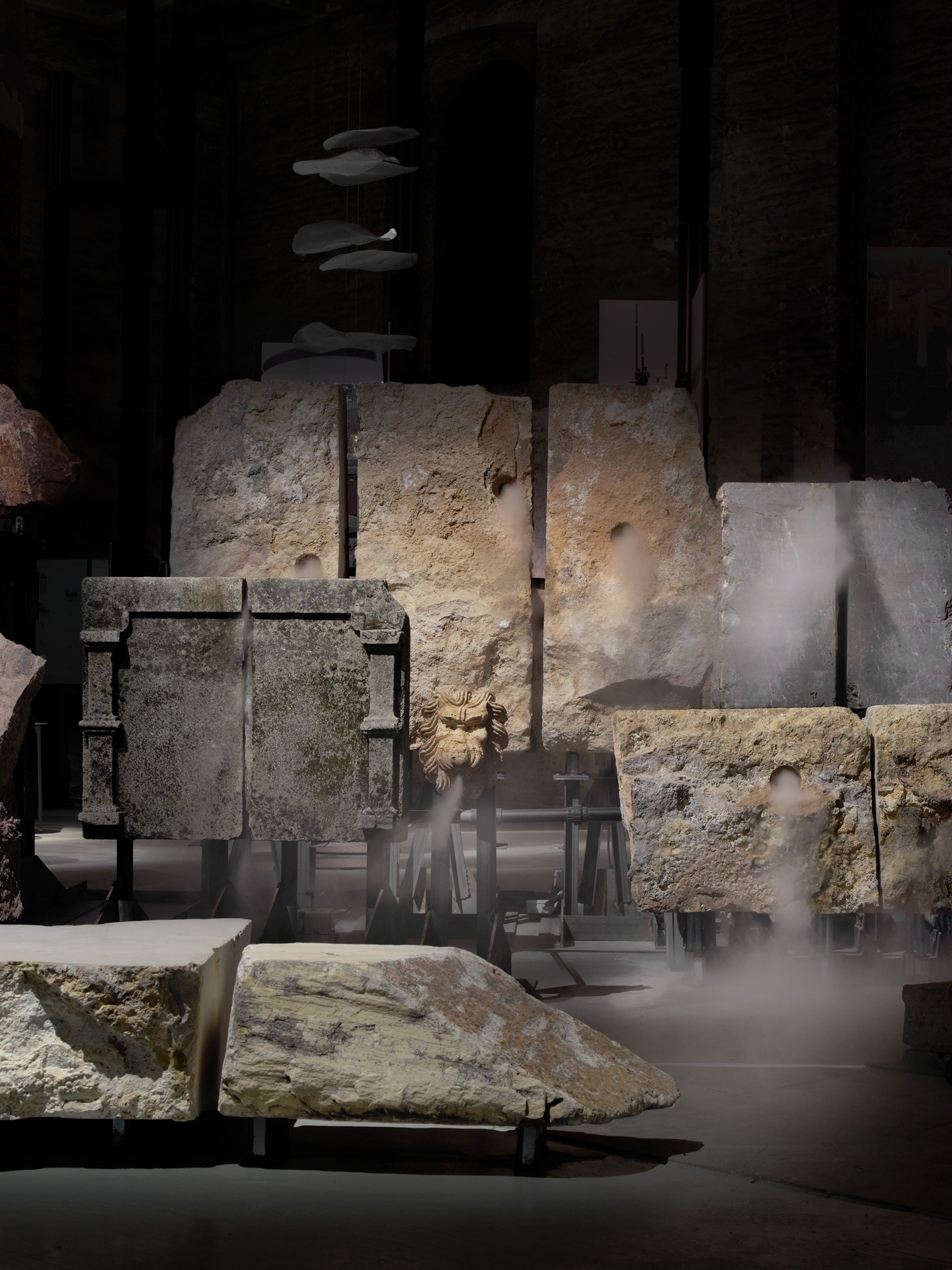
About the project
The Transspecies Palace provides the mechanical and hydrothermal conditions to multiply the diversity and density of a microbial community of aerobic and anaerobic live, including cyanobacteria, phyla proteobacteria, firmicutes, photoautotrophic bacteria, chemoautotrophic bacteria, azotobacter, beijerinckia, clostridium and rhizobium. Together this microbial community has the capacity to metabolize the toxicity of damaged environments and contribute to their ecological reparation. Its thick cork crust, developed by a multidisciplinary team led by OFFPOLINN and first tested in the facade of Reggio School in Madrid. It captures and retains mineral, sucrase and lipid particles in the irregularity of the cork mass. The types of cork selected provide a spectrum of cavities within the porous cork structure that facilitates and accelerates the growth of fungi hyphae, that are later used as a system of fungi highways, that allows bacteria to settle inside the cork. In conditions of sustained humidity, and anchored to the interior of hypha walls a diversity of bacteria collaborate to build an exopolysaccharide matrix. These are sophisticated informational and material systems that provide the genetic and physical armature where processes of carbon sequestration and oxygen production can be intensified by the
planting of DNA fragments of selected microbes. For OFFPOLINN, the Transspecies Palace affirms how human life and social relationships expand beyond bodies, in an alliance with morethan-human life. Life and societal interaction are distributed and transscalar enactments, where the microbial, the bodily and the planetary coproduce each other. It also marks a transition from an architecture of carbonization, non-human sacrificability and extractivism; to one of mutual care.
The Transspecies Palace is a new commission developed for the exhibition ‘We The Bacteria. Notes Toward Biotic Architecture’, curated by Beatriz Colomina and Mark Wigley for the 24a Esposizione Internazionale della Triennale di Milano.
Credits
The Transspecies Palace
Andrés Jaque / Office for Political Innovation (OFFPOLINN)
In association with VIPEQ
Design and Coordination Team
Roberto González García, Gema Marín,
Scientific Research:
Asunción de los Ríos (Museo Nacional de Ciencias Naturales of Madrid, Centro Superior de
Investigaciones Científicas CSIC)
Production:
Vipeq (Mouad Kheffache, Adrián del Río), 18 piés de altura (José María Miñarro), Elena Águila
García
Photographs:
José Hevia
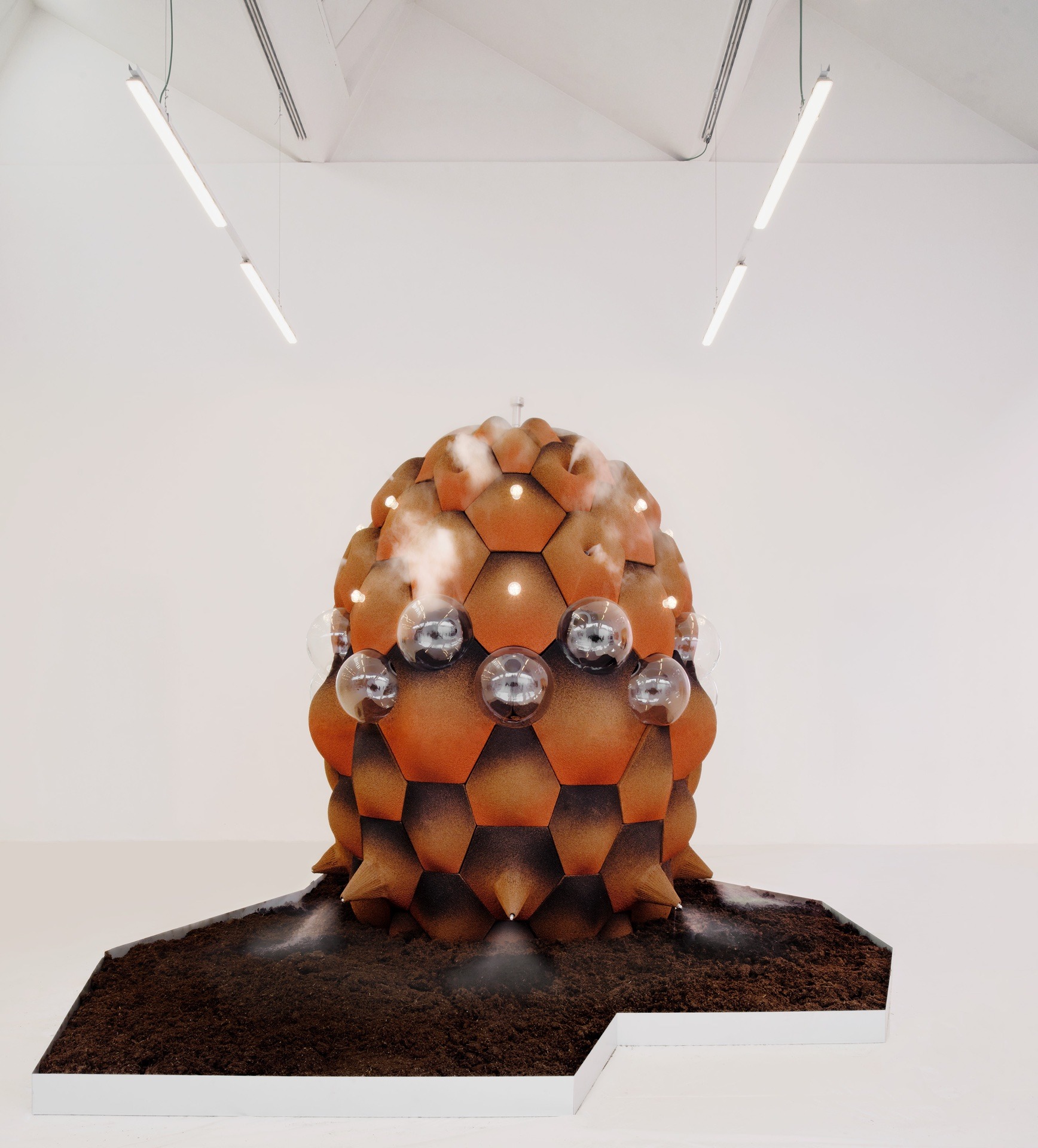
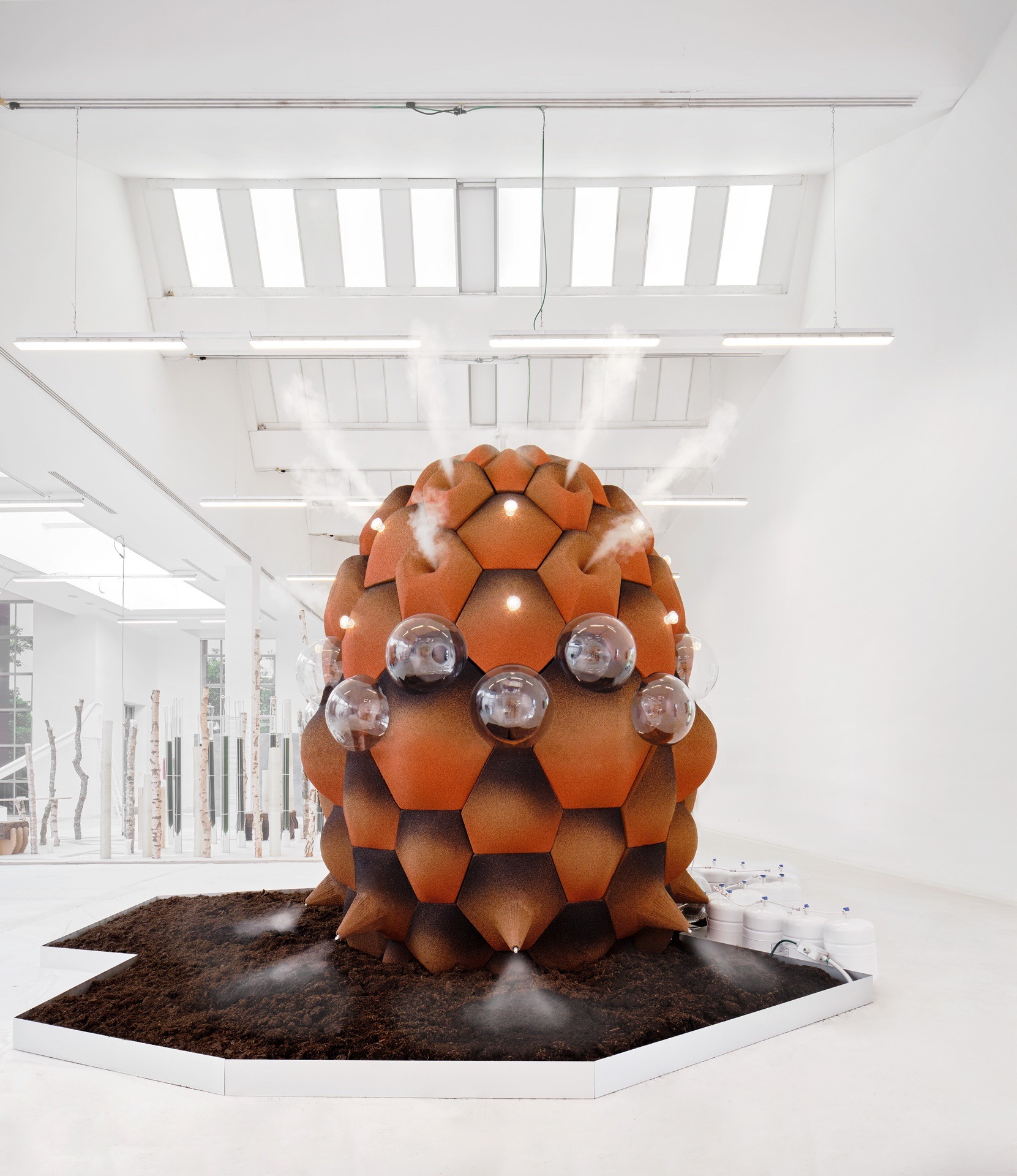
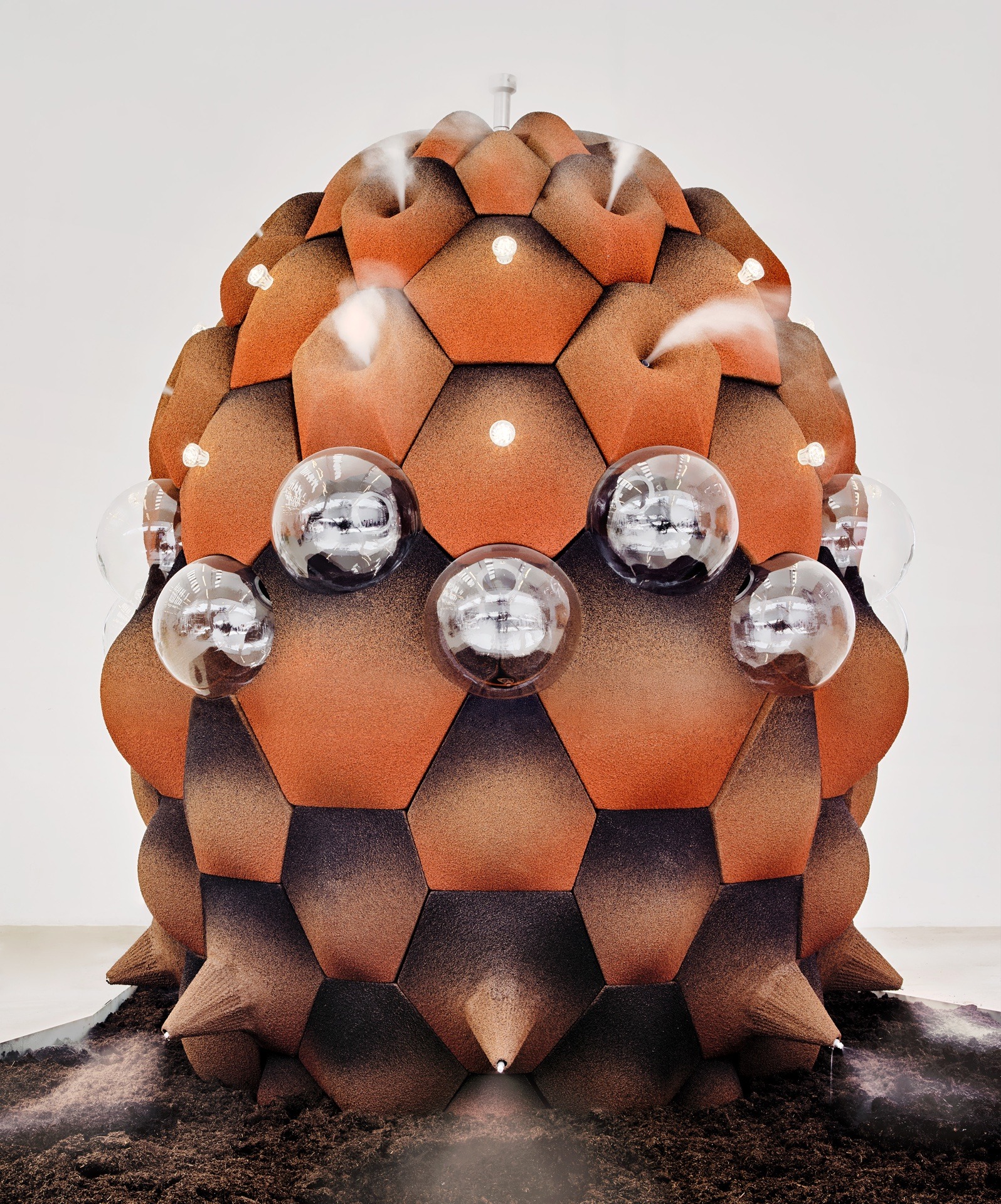
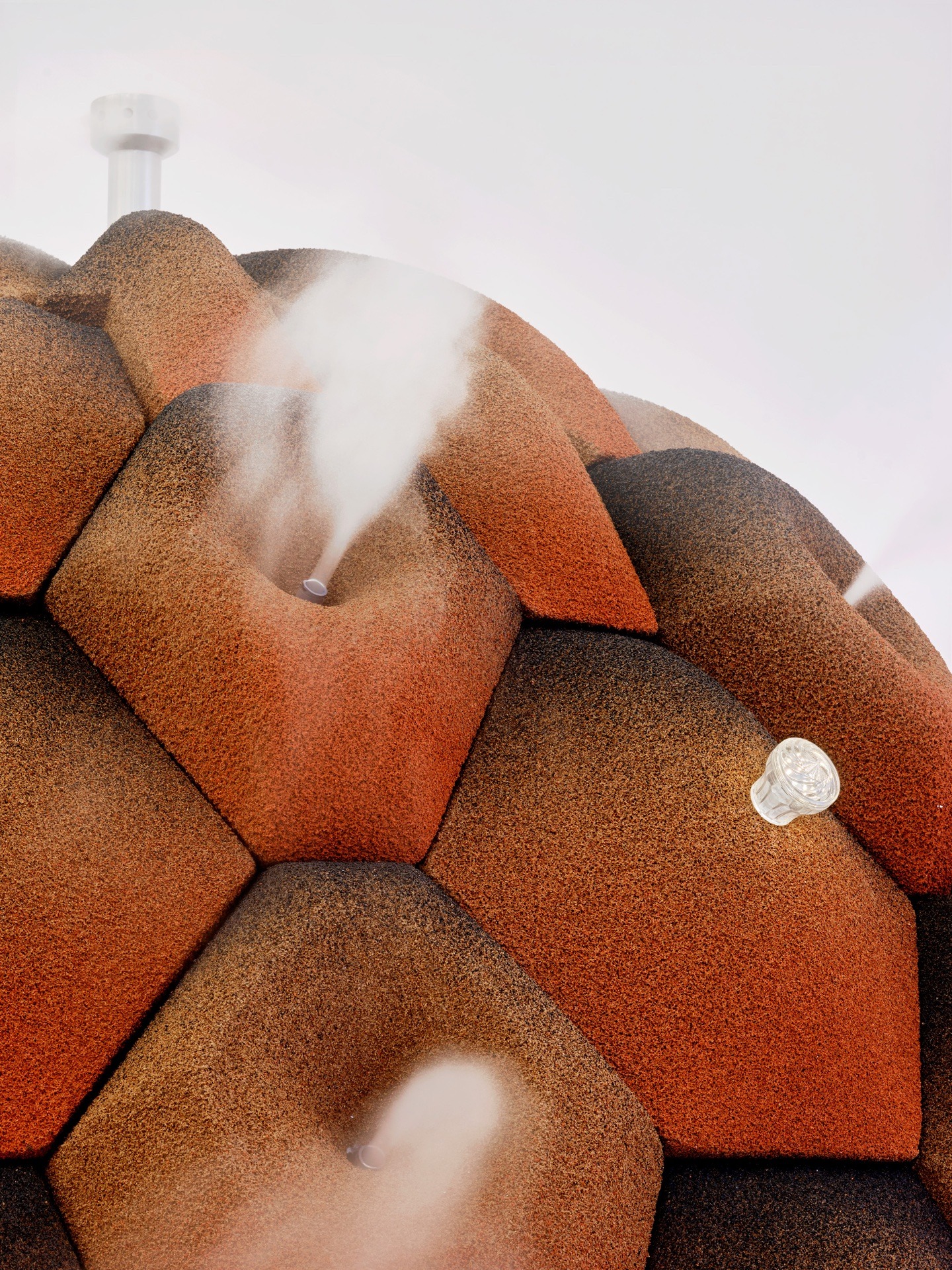

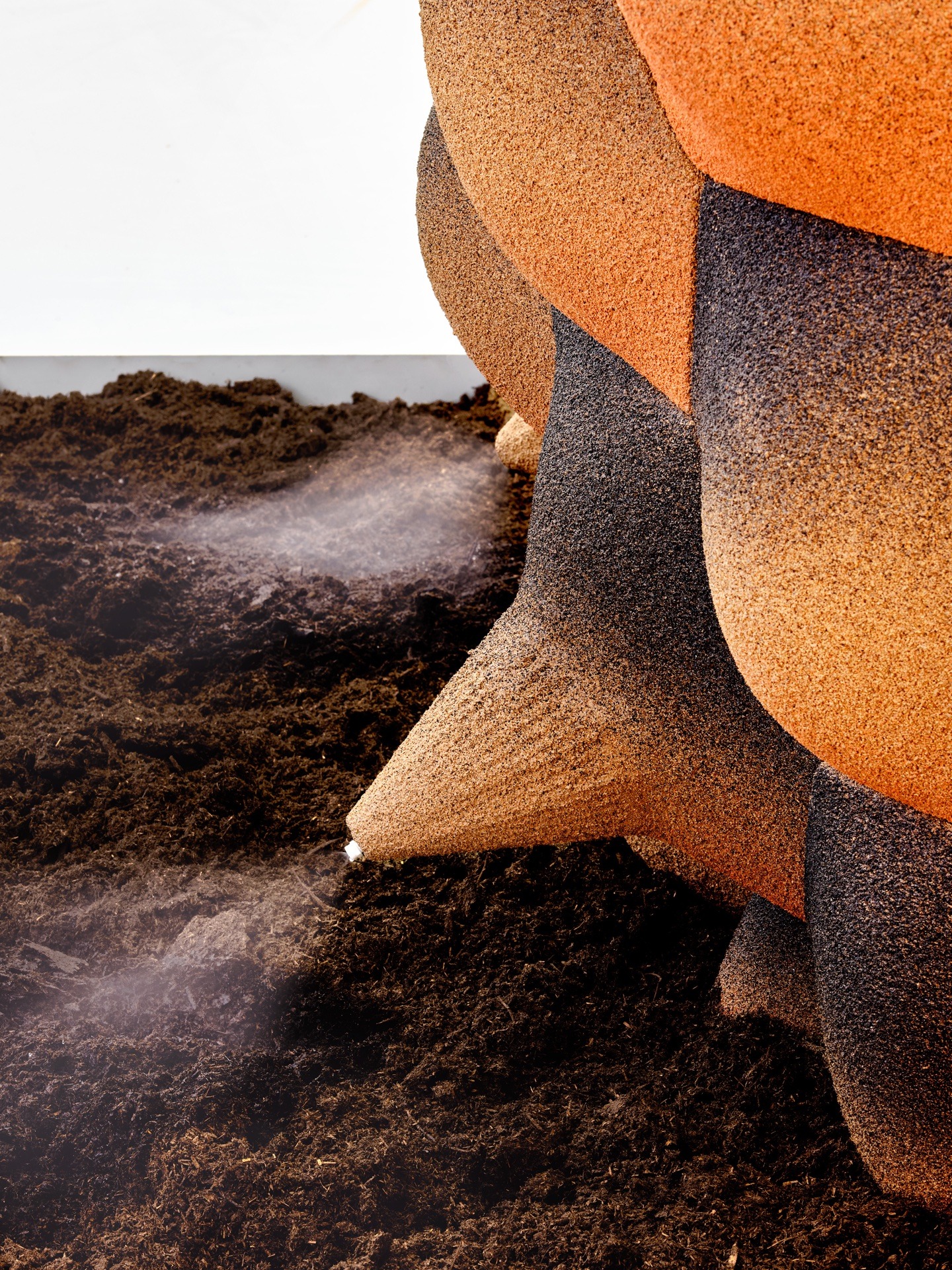
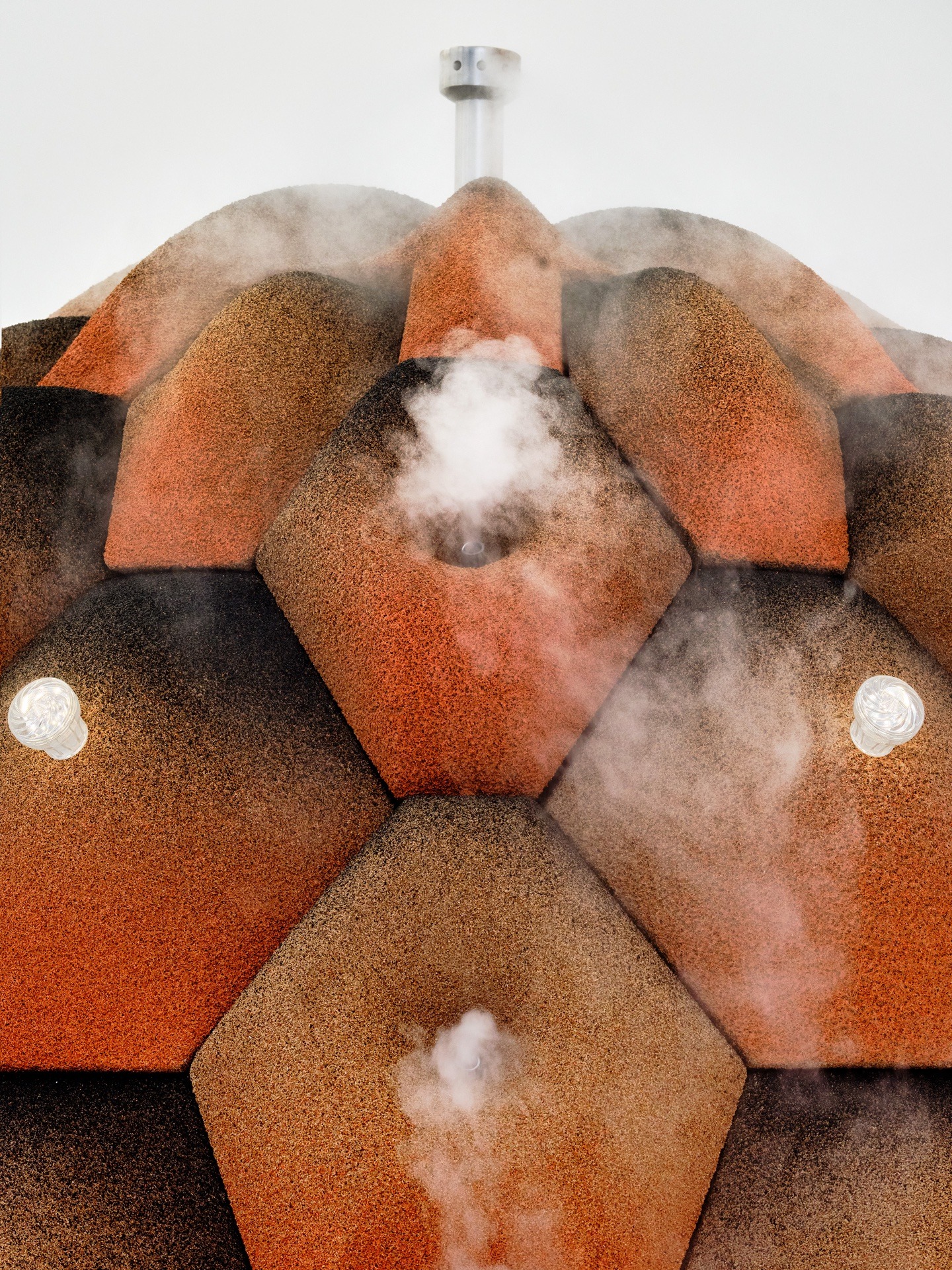
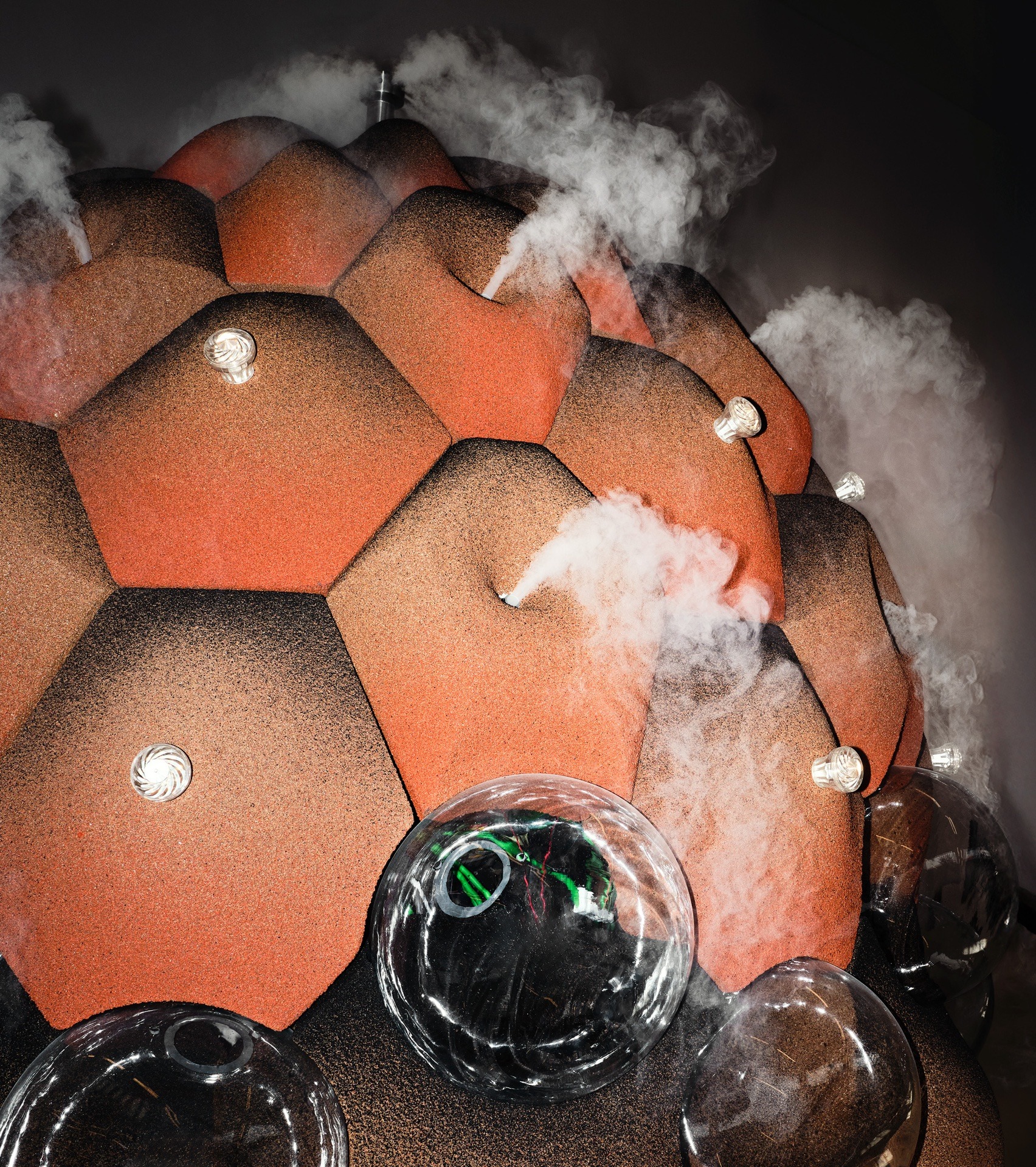
About the project
‘XHOLOBENI YARDS. Titanium and the Planetary Making of SHININESS / DUSTINESS’ is a research-based installation presented at the Arsenale of the 18th Venice Architecture Biennale curated by Lesley Lokko. It is a collective effort by a network of activist and community representatives from Xholobeni (South Africa), experts in seismographs and transduction from Poland, researchers, sound editors, prop makers and the New York and Madrid teams of the Office for Political Innovation led by Andrés Jaque; to intervene the very problematic addiction to SHININESS in architecture now. This transnational distributed alliance has been needed to respond to a reality that gains its extractive capacity from its geographical and scalar distribution.
The SHININESS of the Hudson Yards in Manhattan is the result of TITANIUM-made coatings, being applied on self-cleaning glass and facades to enact the immutability of corporate global hegemonies, both aesthetically and through societal, material and ecological extractivism. The SHININESS of the global north is at the expense of Xholobeni, a small area on the East Coast of South Africa, where titanium can be found. By removing the titanium from the sand in locations like Xholobeni, the sand becomes light and volatile, making dusty the sites of extraction. DUSTINESS affects humans’ and more-than-humans’ health, makes farming impossible and, ultimately, forces communities and ecosystems to migrate and die. But the Xholobeni people resist extraction by singing together songs where they celebrate their entanglement with lands and ecosystems. This installation mobilizes architecture’s capacity to allow human bodies to feel the violence other bodies sense through human extractivism and to provide material and societal settings for mutual care and resistance to extractivism. The dissident temporary, ecological and spatial constructs these songs are part of, are the architectures where the future, a desirable future, resides.
Credits
XHOLOBENI YARDS. Titanium and the Planetary Making of SHININESS / DUSTINESS
A work by:
Andrés Jaque / Office for Political Innovation
With Nohnle Mbthuma Forslund, Siyabonga Ndovela, Margie Pretorius, Sinegugu Zukulu, ACC (Amadiba Crisis Comittee) and SWC (Sustaining the Wild Coast), Steve Hoffe
José Luis Espejo, sound research and direction
Farah Alkhoury, research and field recordings
Roberto González, coordination and design
Vivian Rotie y Pablo Sáiz del Río, fabrication
Jorge Cañón, AV consultant
Ignacio Farpón, lighting consultant
Wojciech Gajek and Michal Malinowsky, seismic recordings
Walter Ancarrow, text editing
Joseph Hazan, studio recordings
Imagen Subliminal (Miguel de Guzmán + Rocío Romero), photographs in Venice
Farah Alkhoury, photographs in Xholobeni
With the support of:
Columbia University Graduate School of Architecture, Planning and Preservation
TBA21–Academy
Acción Cultural Española (AC/E)



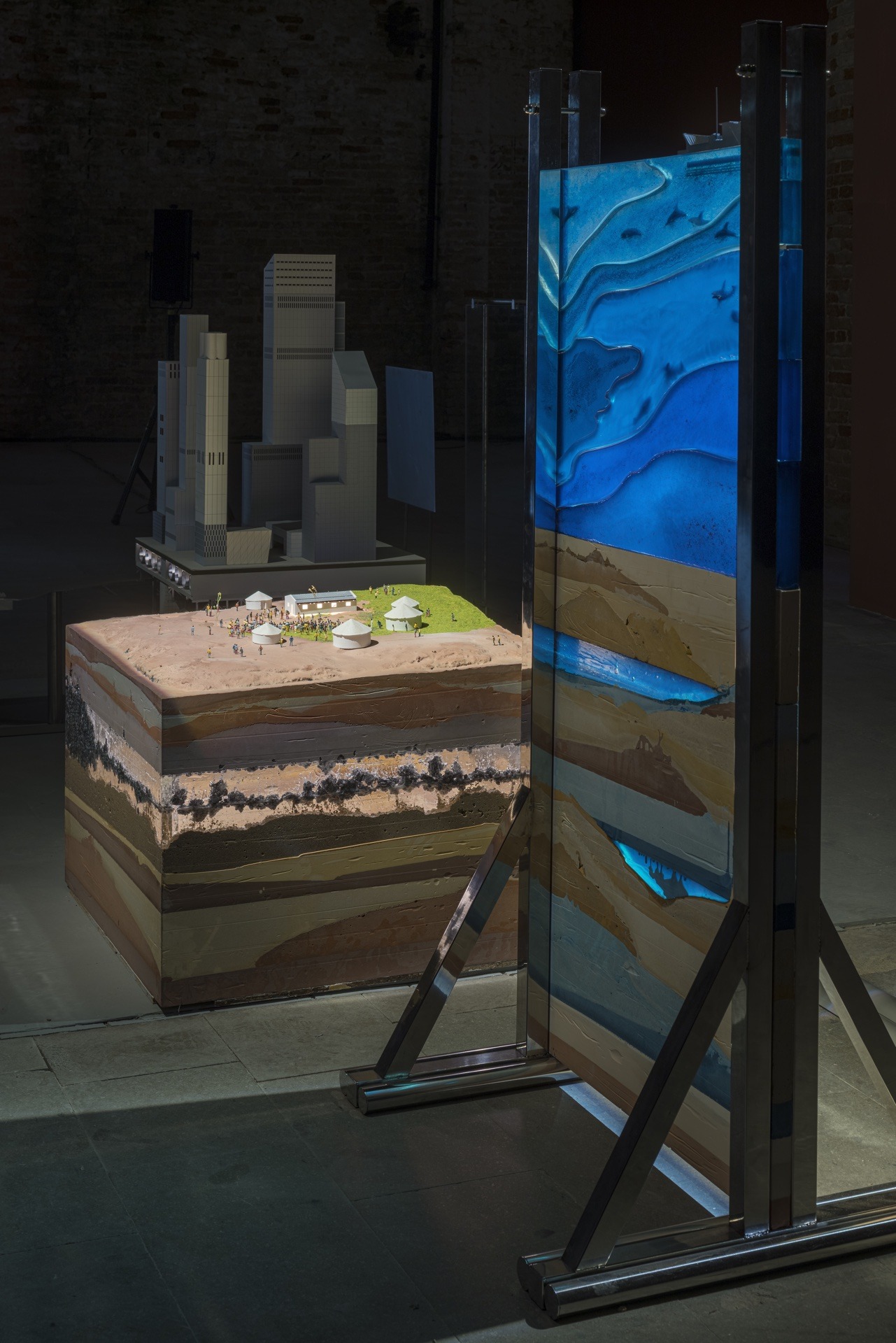

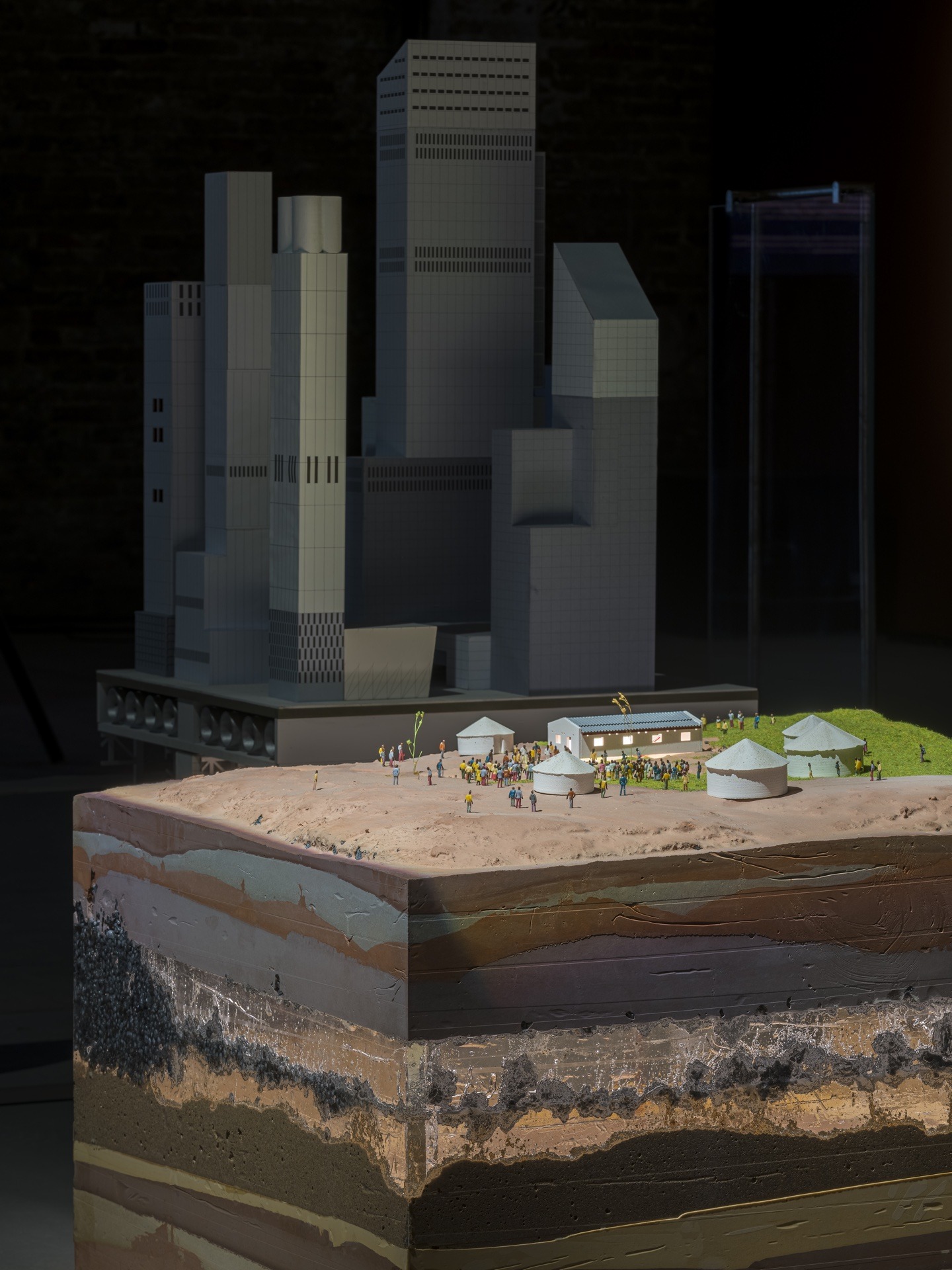

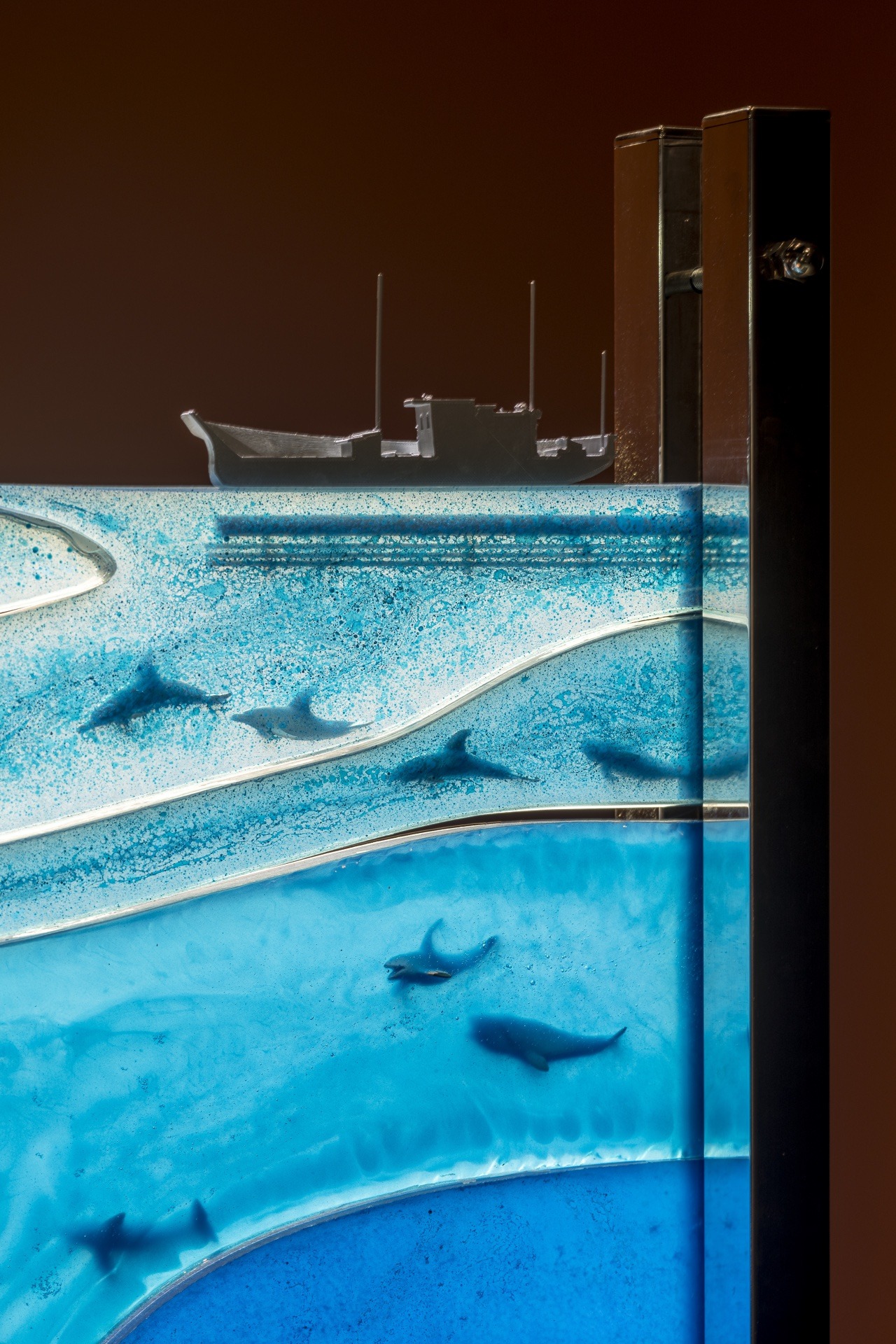

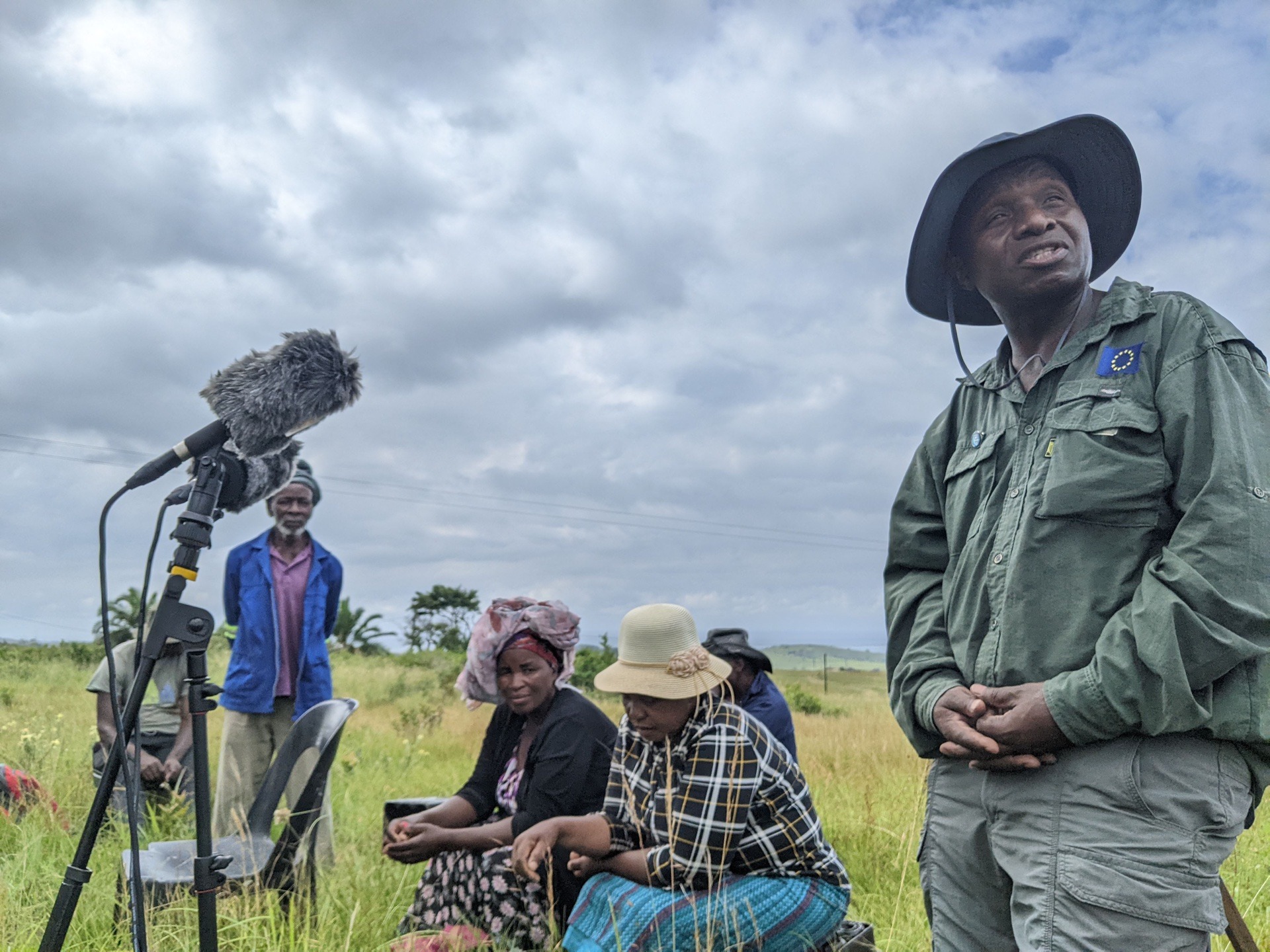

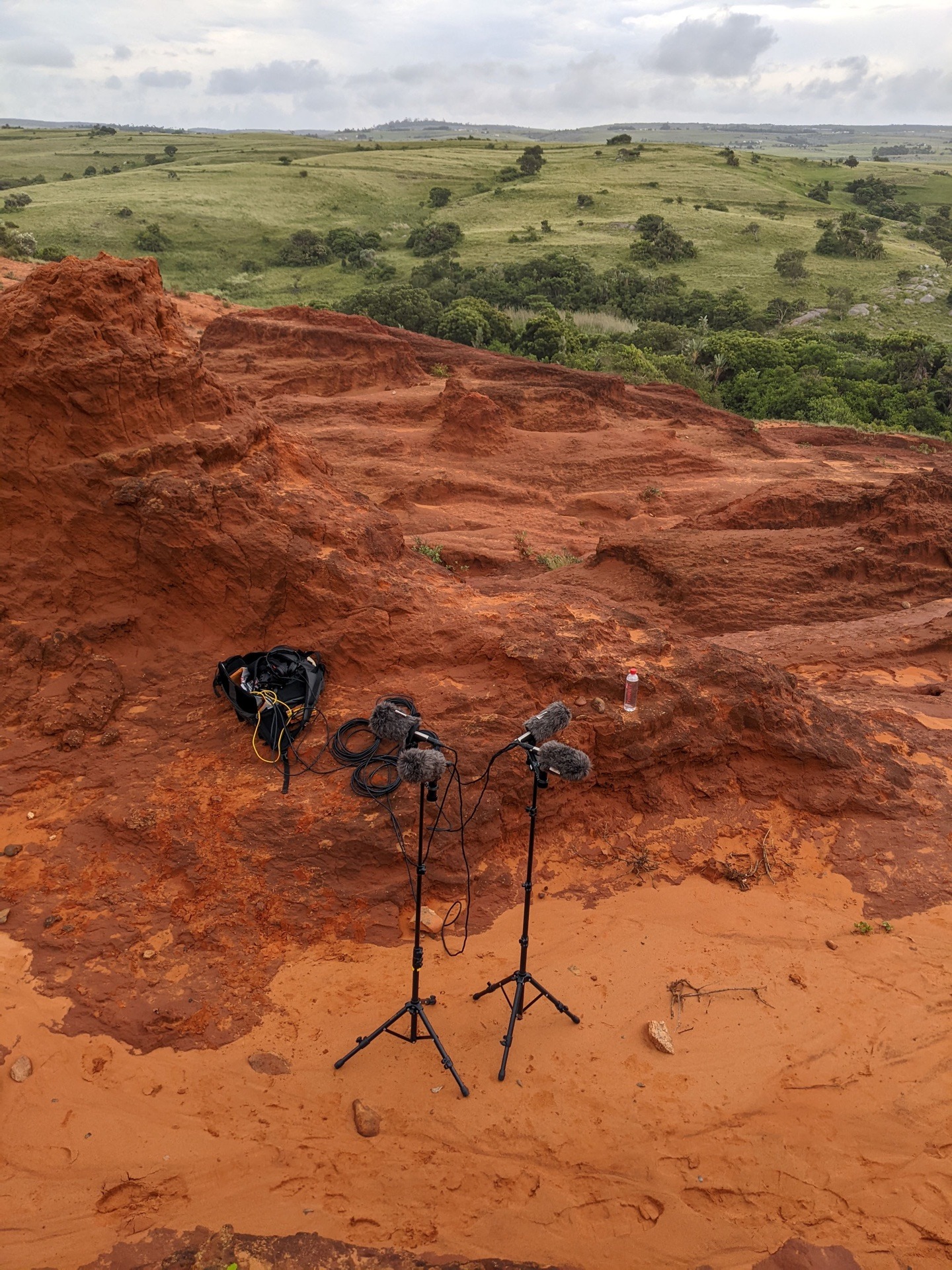
About the project
Awarded 2018 Europe Best Restaurant Design
RÒMOLA. A Marble-Made Tent in the Galaxy
This project transforms the former 1946 garage of Gutierrez Soto’s most significant building, located in the geographical center of Madrid, into an assembly of bakery, café and experimental restaurant. The original volume and structure of the building is recovered, leaving a 5-meter-high space with massive openings onto the streets.
“Zahara is a mix of desert, coincidence and cafetería”
Pedro Almodóvar, La mala educación.
Since 2008, architecture in Madrid has suffered the hegemony of low-wage-based corporative franchises that have concluded a slow invasion of the city. Within nine years, this process has marginalized and set close to extinction the whole material and human context of marble, leather, gold-chrome-plated metal, and rare woods paneling craftwork that has, since the 1960s, been the social base in the development of the network of Madrid’s cafeterías: shining, comfortable places where anonymous service is provided and where this service, delivered with equal and standardized courtesy to everyone, has quickly turned them into spaces where women and LGBTQ communities. This project is the result of a strategy to work with a small number of super-qualified marble manufacturers, leather upholsterers, metal benders and chrome-platers, rare-wood panelers and artisan varnishers behind the material production of Madrid’s cafeterias by taking their capacities a step further: to reintroduce into the city’s ecosystem the counter-austerity dissident space of the independent cafetería as a resistance to corporative hegemony.
A marble-made tent in the galaxy. Taking advantage of supermarble’s capacities to resist traction.
In the 1990s and 2000s the tiny town of Novelda (Valencia) became the hub for a transnational flow of rare marbles. Now inactive, the town’s extensive pools of accumulated dusty marbles, onyx, and granites from around the world can be seen as an archeology of pre-austerity times. Whereas brick and hydraulic tiles are stock in a discourse of false authenticity, groundness and faked localism; Novelda marbles now embody a refreshingly contingent value. This ungroundness condition of the marbles is registered by a number of technologies attached to it, such as the glass fiver and resin reinforcements, articulated anchoring systems, intended to render marble as a sort of supermarble, capable not only of resisting compression but also traction. In what has been a unique engineering challenge, the project takes this capacity to its limits, by creating a supermarble-made self-standing tent. The tent accommodates the customers’ tables and allows other uses (including cooking) to being organized in a C-shaped periphery around it
Credits
Andrés Jaque / Office for Political Innovation
Team
Laura Mora Vitoria, Roberto González García, Paola Pardo, Víctor Cano Ciborro, Nieves Calvo López, Marina Fernández Ramos, Marta Jarabo Devesa, Danay Kamdar, Pablo Maldonado, Solé Mallol, Valentina Marín, Flavio Martella, Víctor Nouman García, Danae Papaevangelou, Larissa Reis, Isabel Sánchez del Campo, Belverence Tameau, Borja García Lázaro.
Structural Consultancy:
Mecanismo. Ingeniería de Estructuras (Juan Rey, Jacinto Ruiz)
Service Design Consultancy:
DITEC. Diseño y Tecnología Ingenieros Consultores
Quatity Surveyor:
Alfonso Sáenz
Safe & Security Coordinator:
José María Gutiérrez
Photography:
Miguel de Guzmán y Rocío Romero. Imagen Subliminal
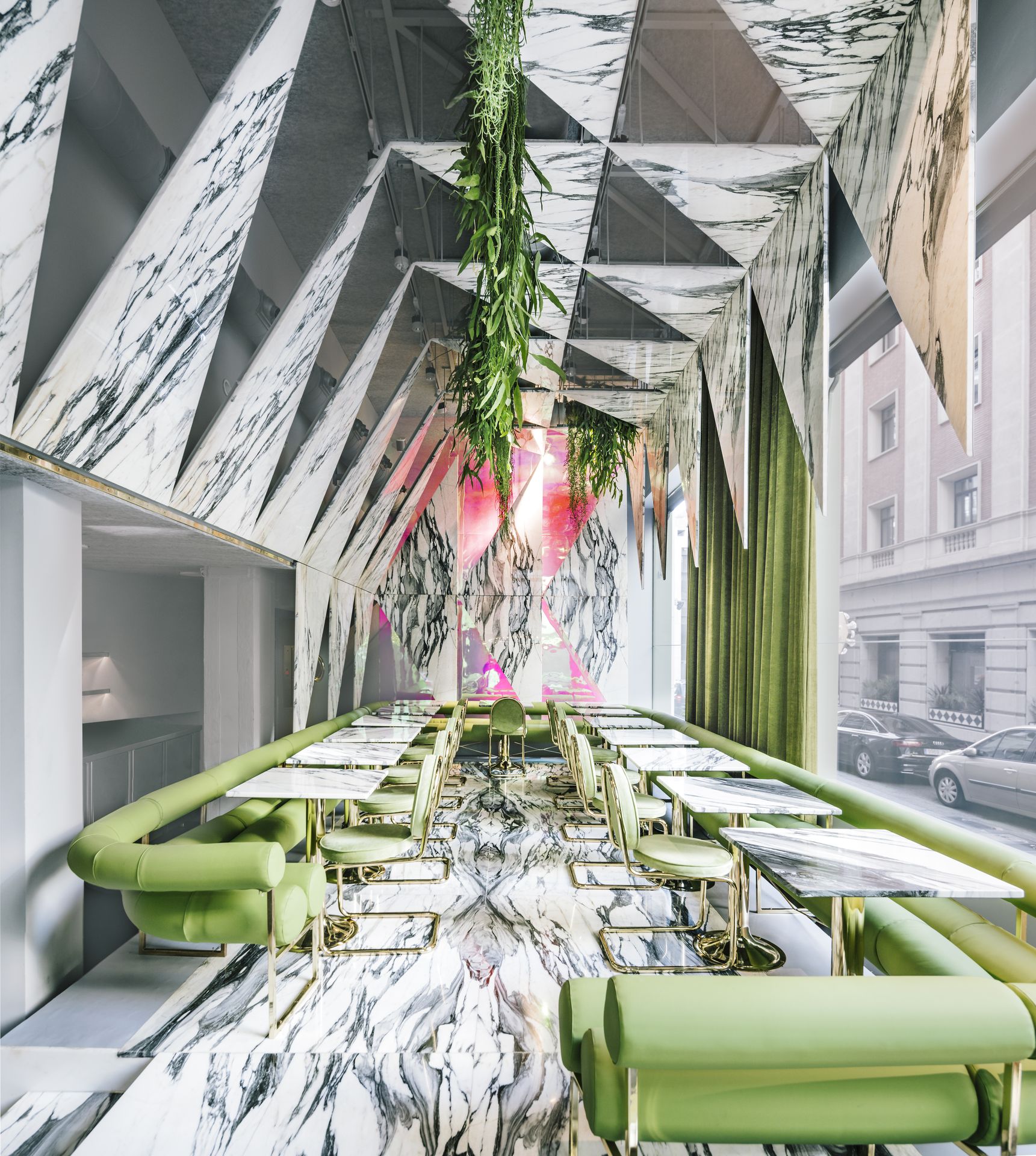
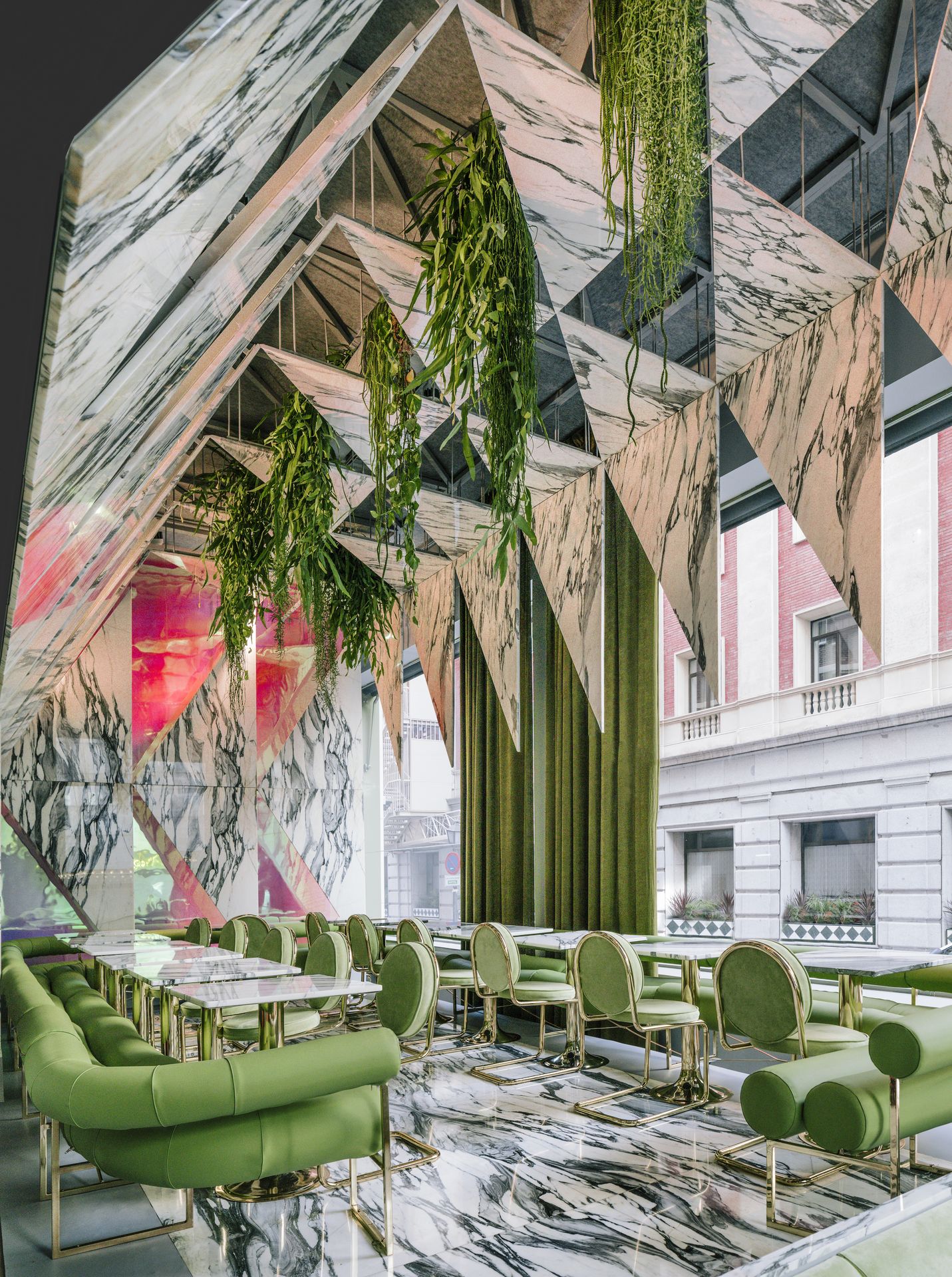
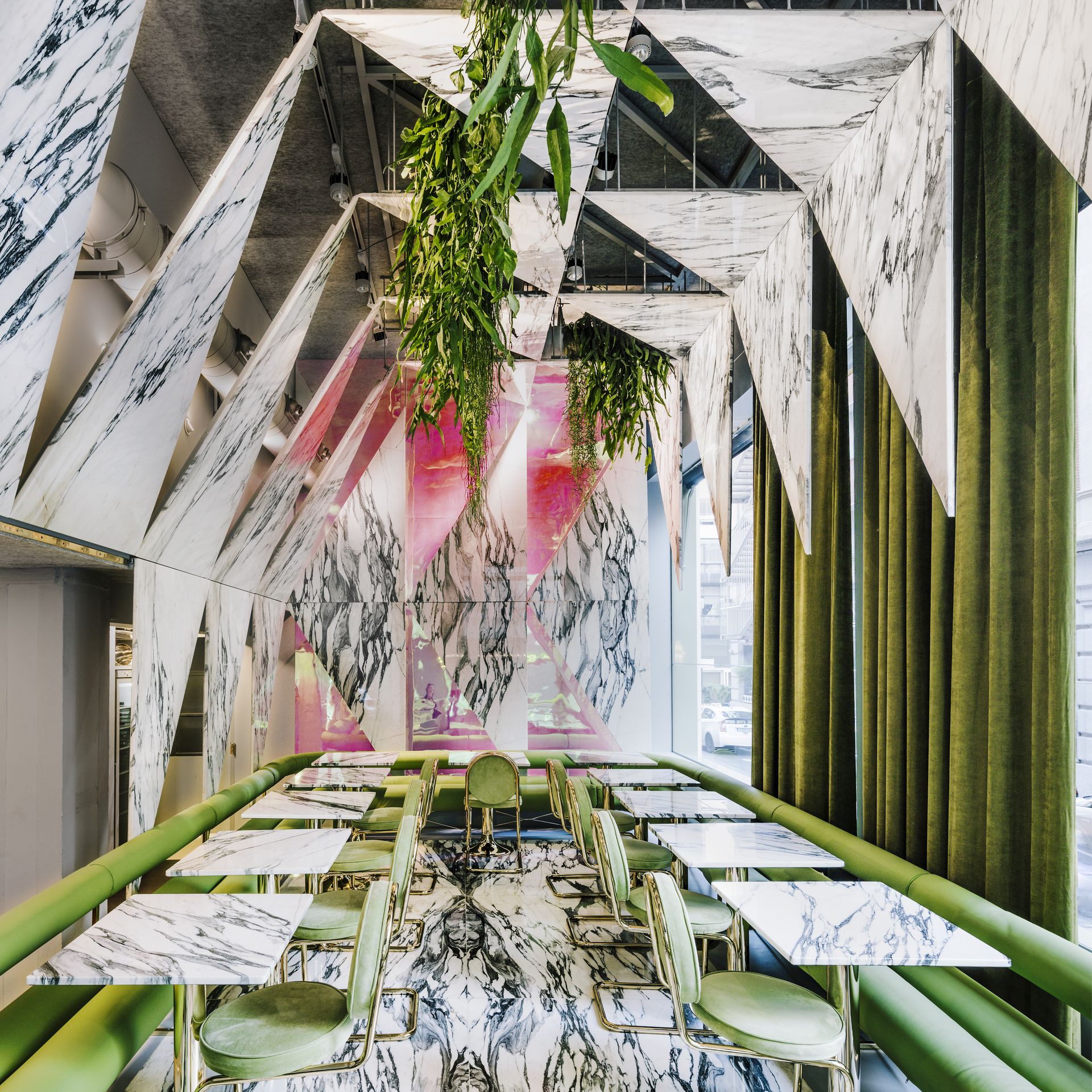
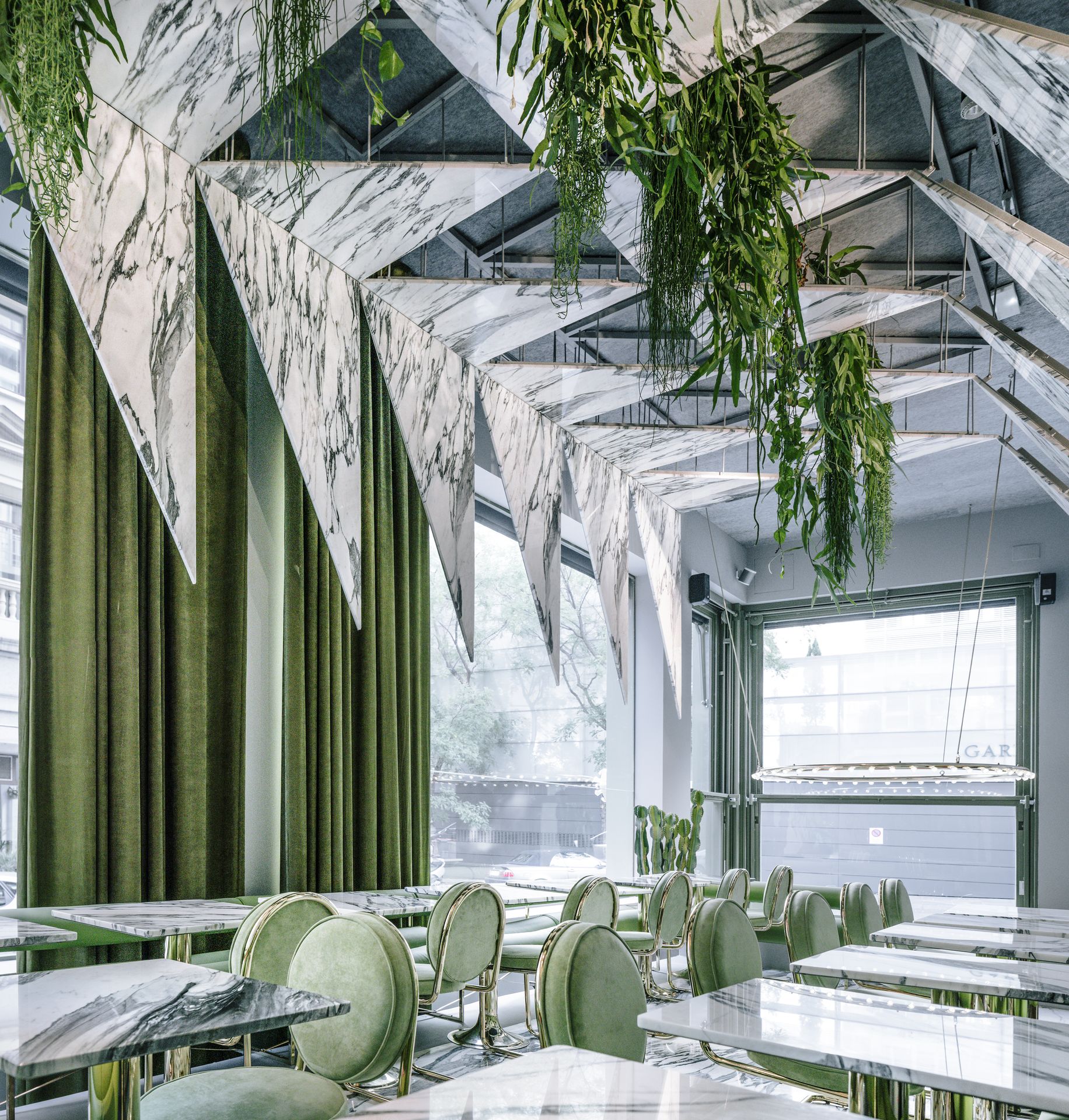
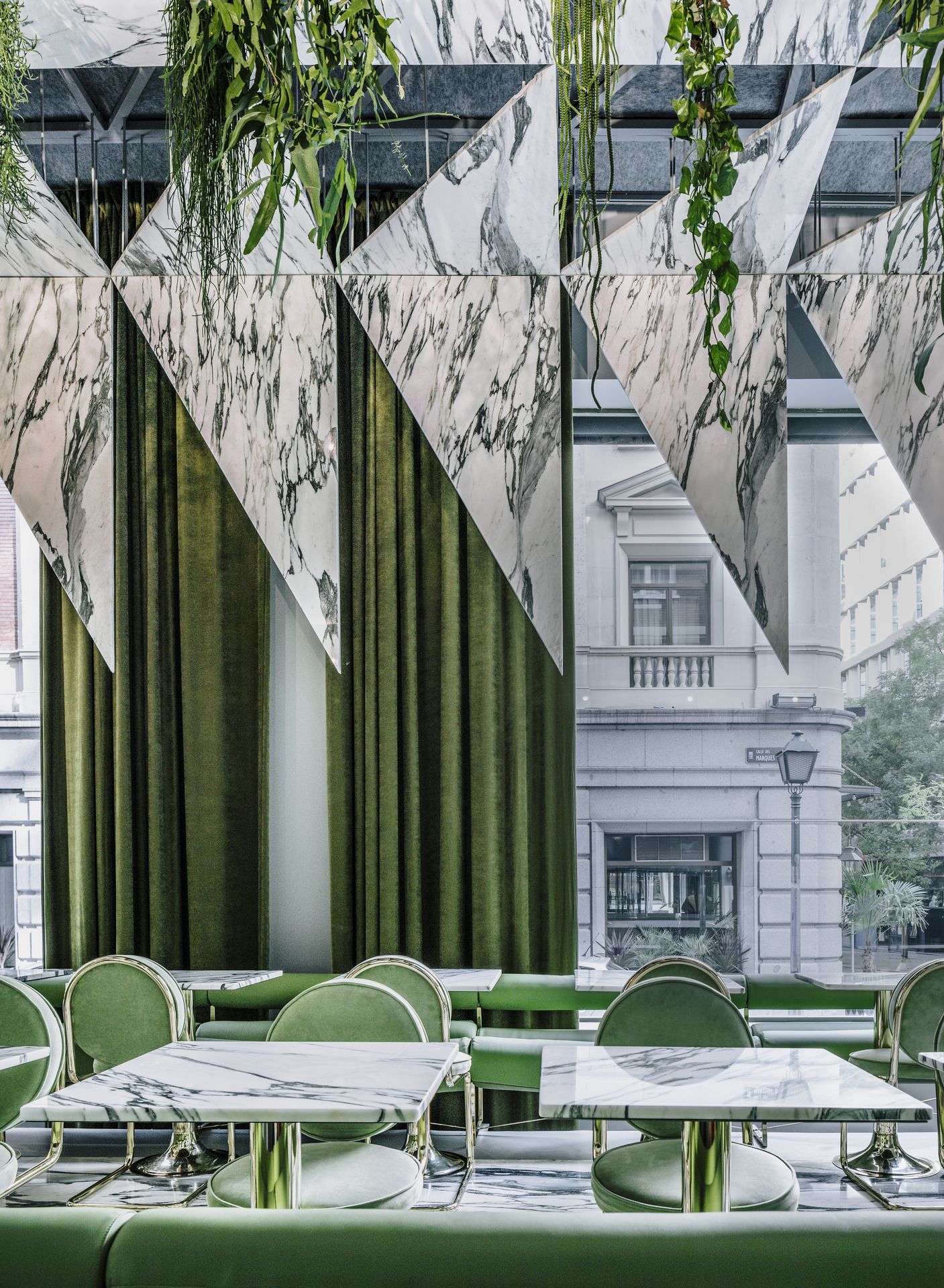
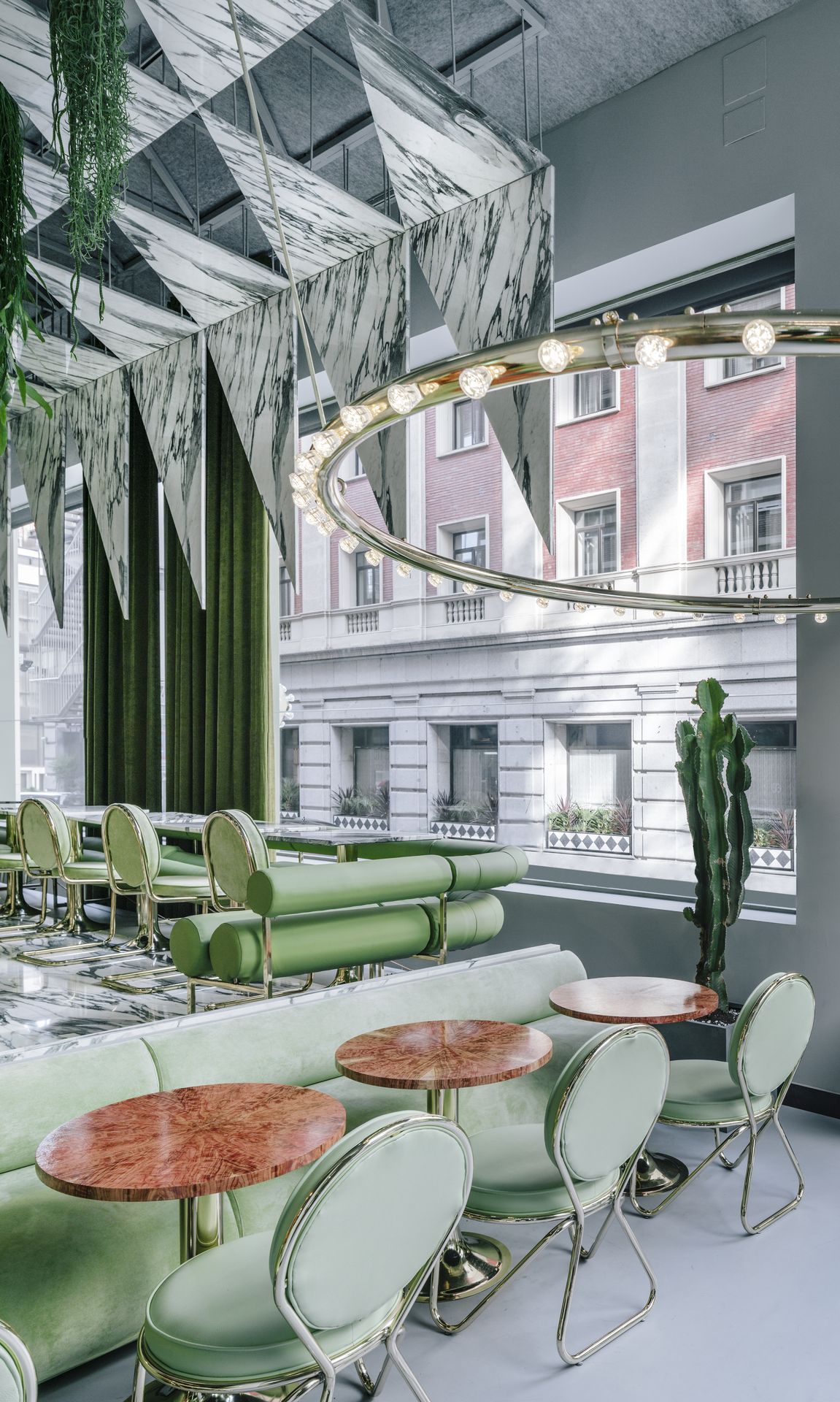
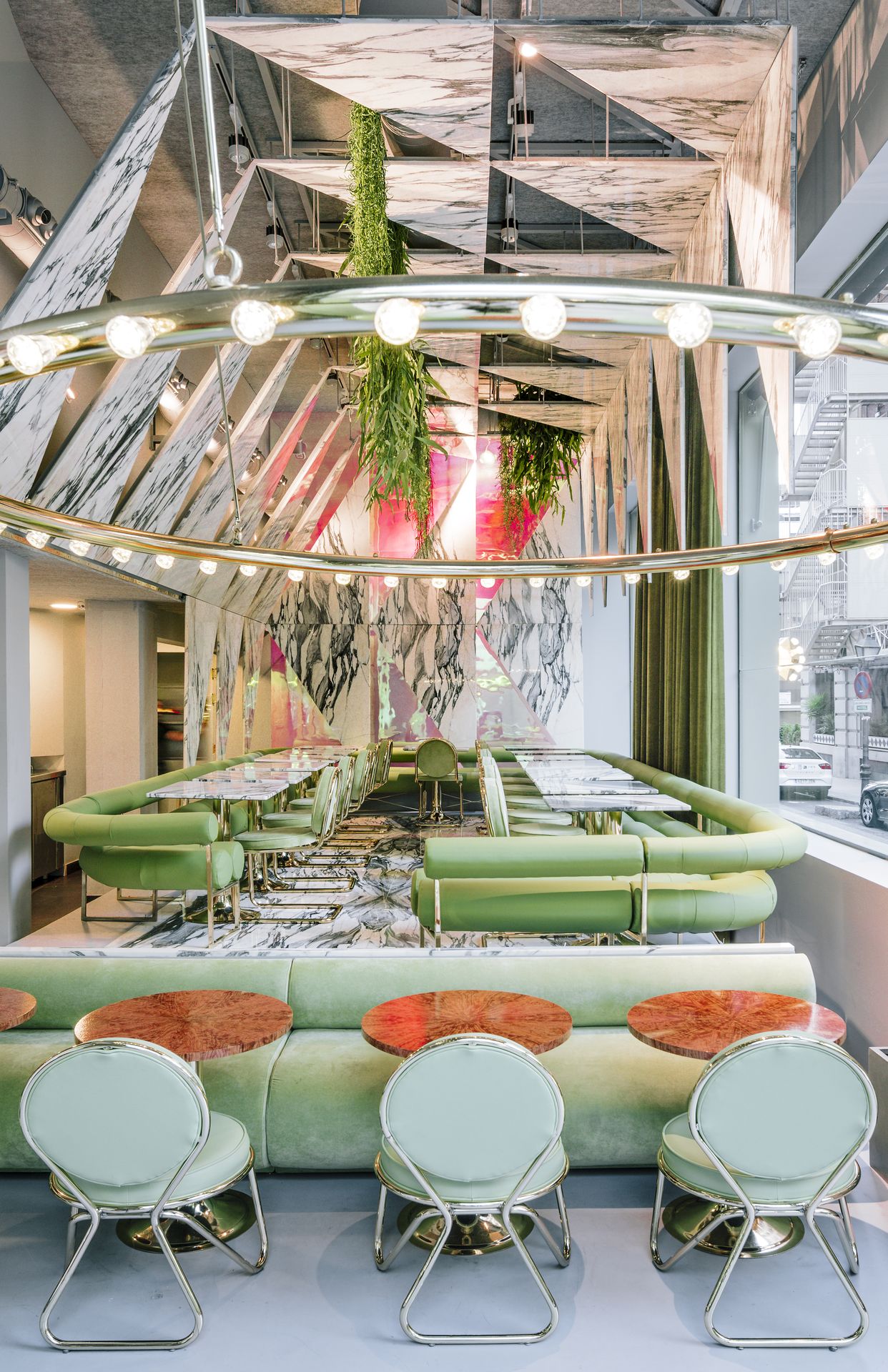
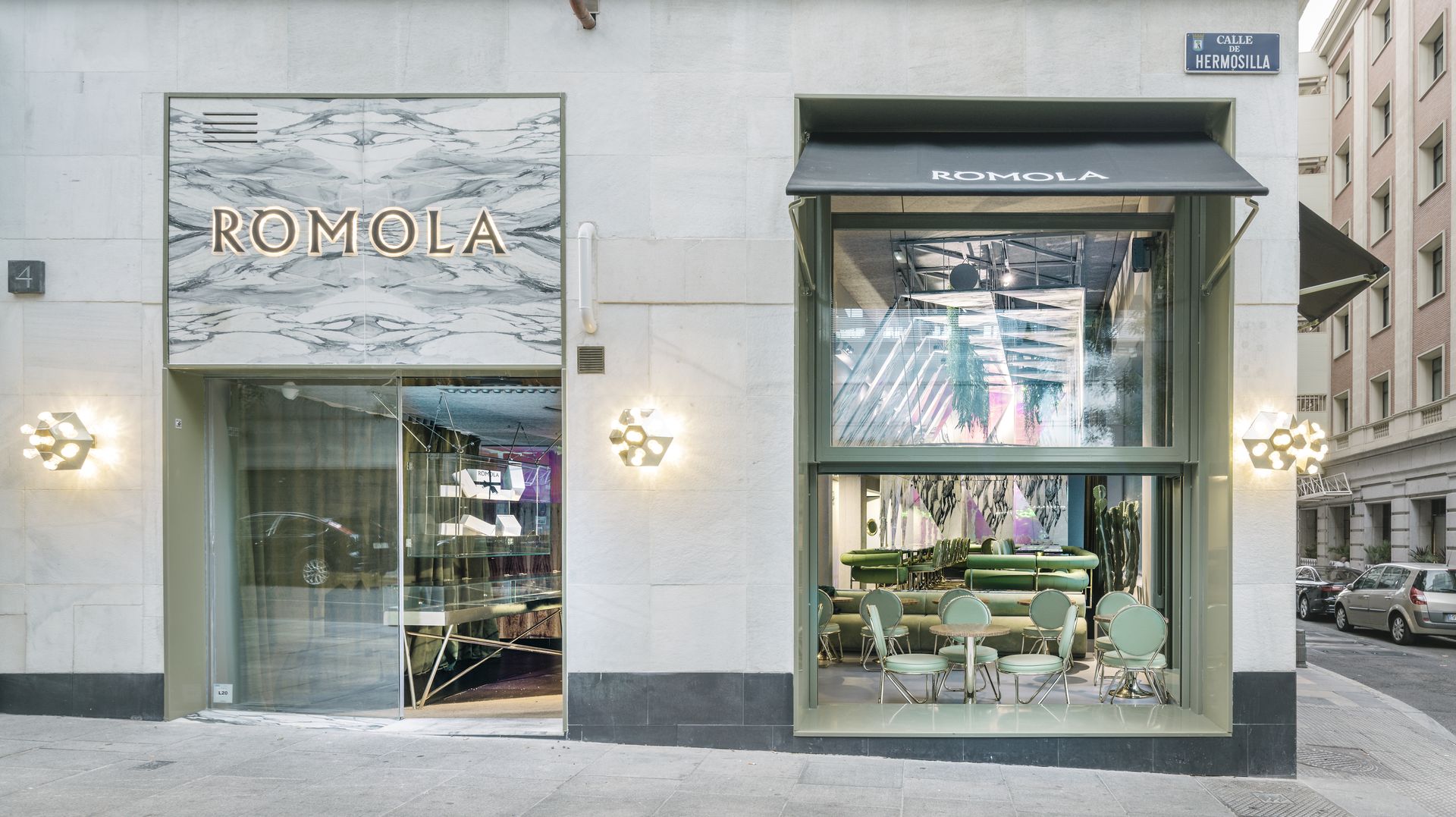
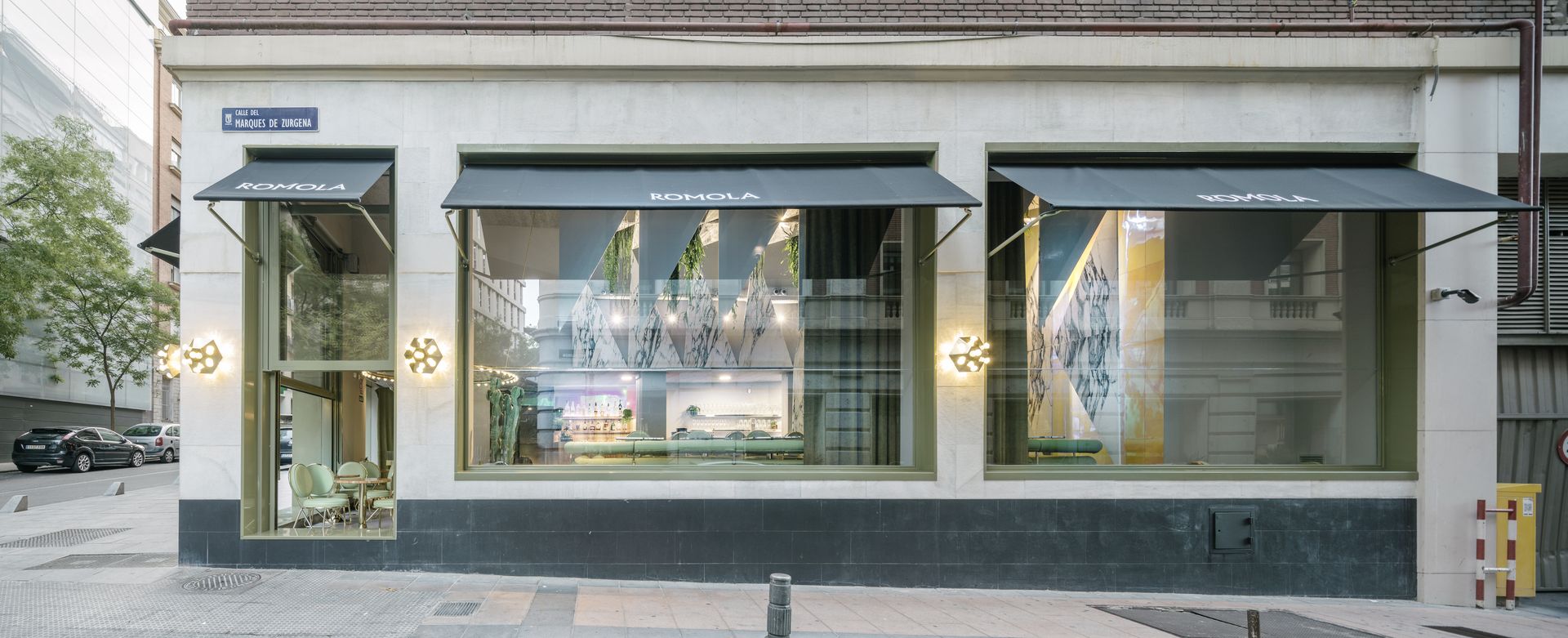
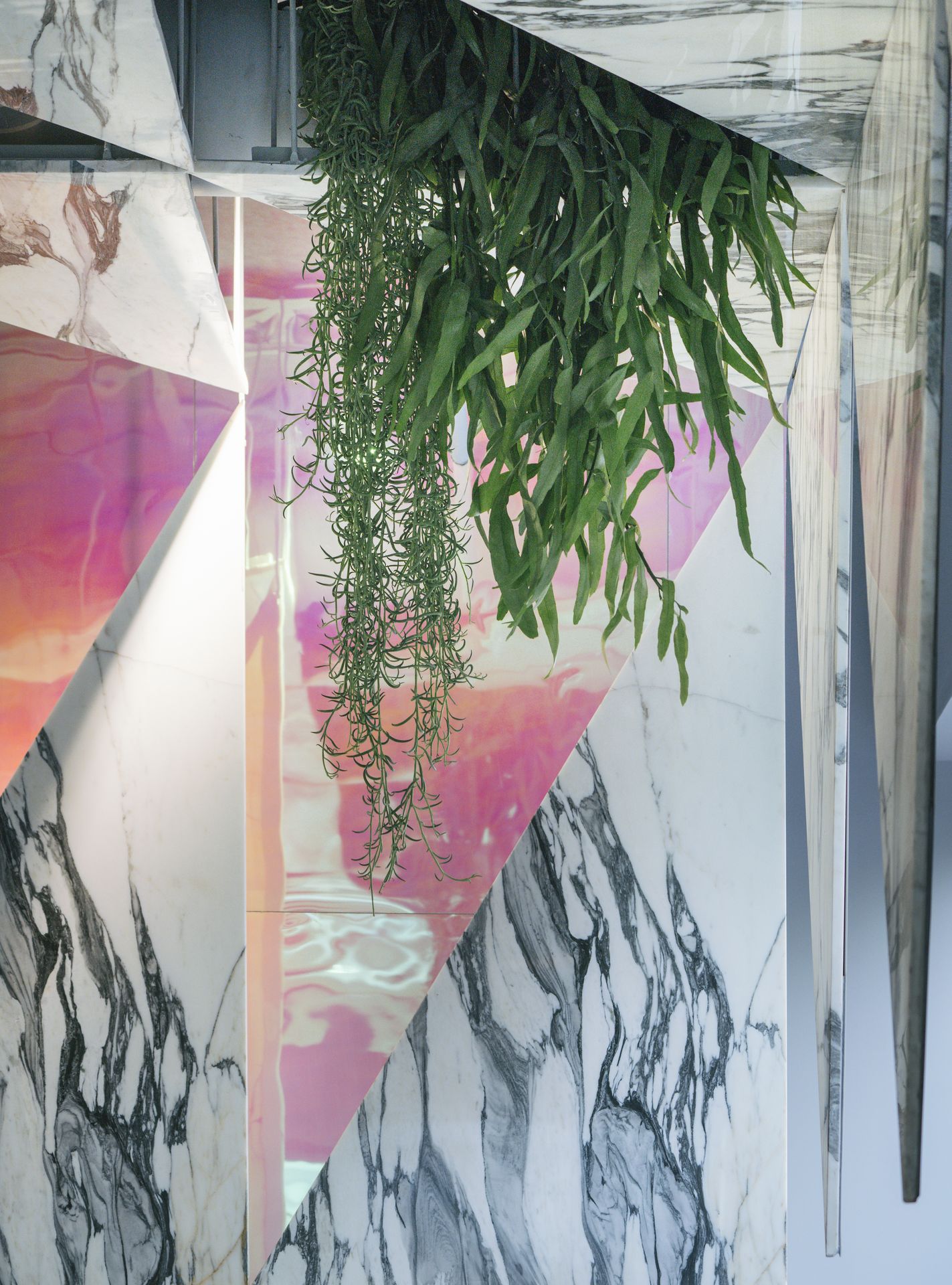
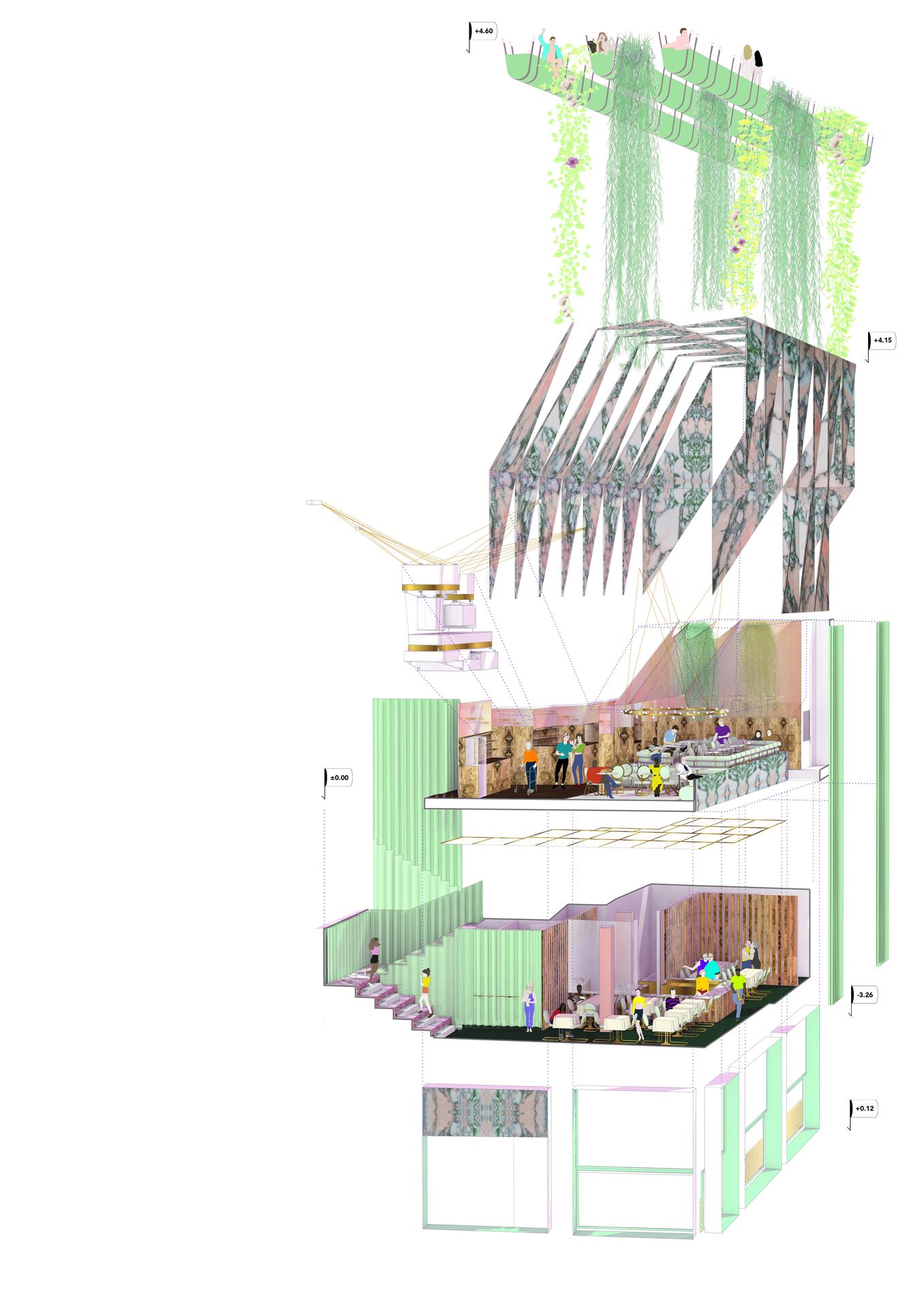
About the project
Located on sloping land leading to the quaint natural port of Cala Vadella in Ibiza, the House in Never Never Land is designed to make compatible the preservation of the environmental richness of the valley it stands in (including a unique presence of migratory birds and small mammals) with the hedonistic life the clients aim to develop in the building and with the long term maintenance of the construction’s financial exploitability. The design of the house is driven by a cosmopolitical ambition of interspecies mediation, as much as by the will to facilitate the building’s long term feasibility.
The configuration of the main building makes possible the expansion of the large living room into a ramped multifunctional outdoor space ending in the first in a series of connected swimming pools. Avoiding any hierarchy, one bedroom is placed on either side of the living room. Bedrooms are separated from the living room with foldable walls. When desired, the party activity in the living room can expand into the bedrooms by simply collapsing the walls that separate them.
To preserve the environmental richness of the valley, the design of the house incorporates a series of calibrations. The three buildings comprising the compound are elevated from the ground for at least 80% of their footprint. The permeability of the terrain, the animal routes it contains, and its vegetal covering are therefore largely preserved. The geometry of the buildings was shaped to avoid the removal of trees. All services at risk of producing accidental leaks or spills are contained within a concrete vessel, to lower the risk of the house polluting the valley in the long run.
The compound is divided into three buildings to make it possible for parts of the house to be leased separately, increasing the prospects for the house to be temporarily rented out to make its maintenance financially feasible.
Credits
Andrés Jaque / Office for Political Innovation
Construction Management
Andrés Jaque, Jorge Ruano, Juan Boo
Design, coordination and edition
Alessandro Armelini, Guido Brandi, Teresa del Pino, Borja Gómez, Alejandro Martín Maté, Leandro Morillas, Pedro Pinto-Correia, Karin Rangel, Alberto Rey, Jorge Ruano, Adeline Ruiz, David Segura, Natalia Solano
Consultants
Structures: I07
Mechanical Engineering: Nieves Plaza
Quantity Surveyor: Calle 51
Real State Product: Christina van Ederen
Sociological research: Pablo Hurlé
Photography: Miguel de Guzmán
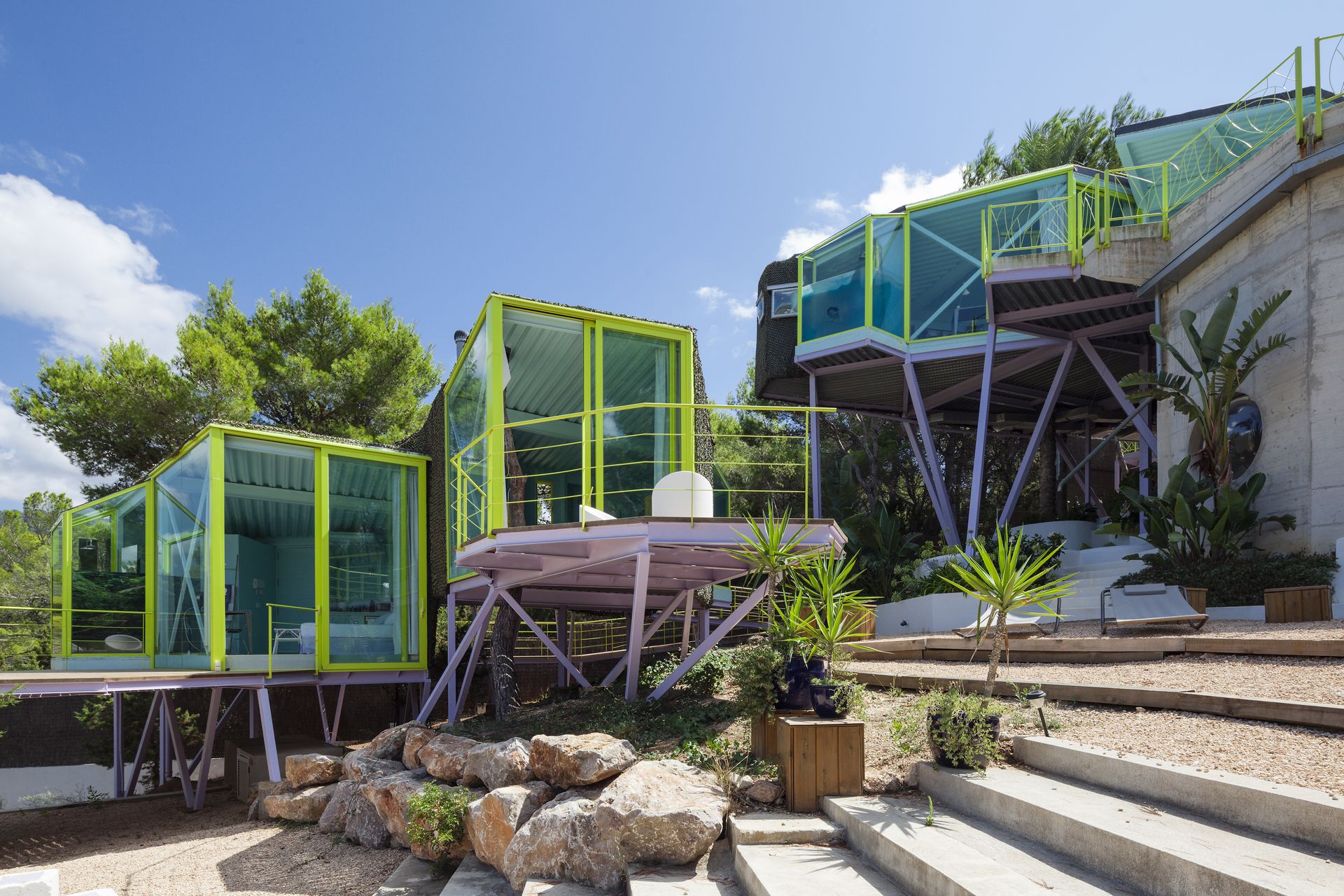
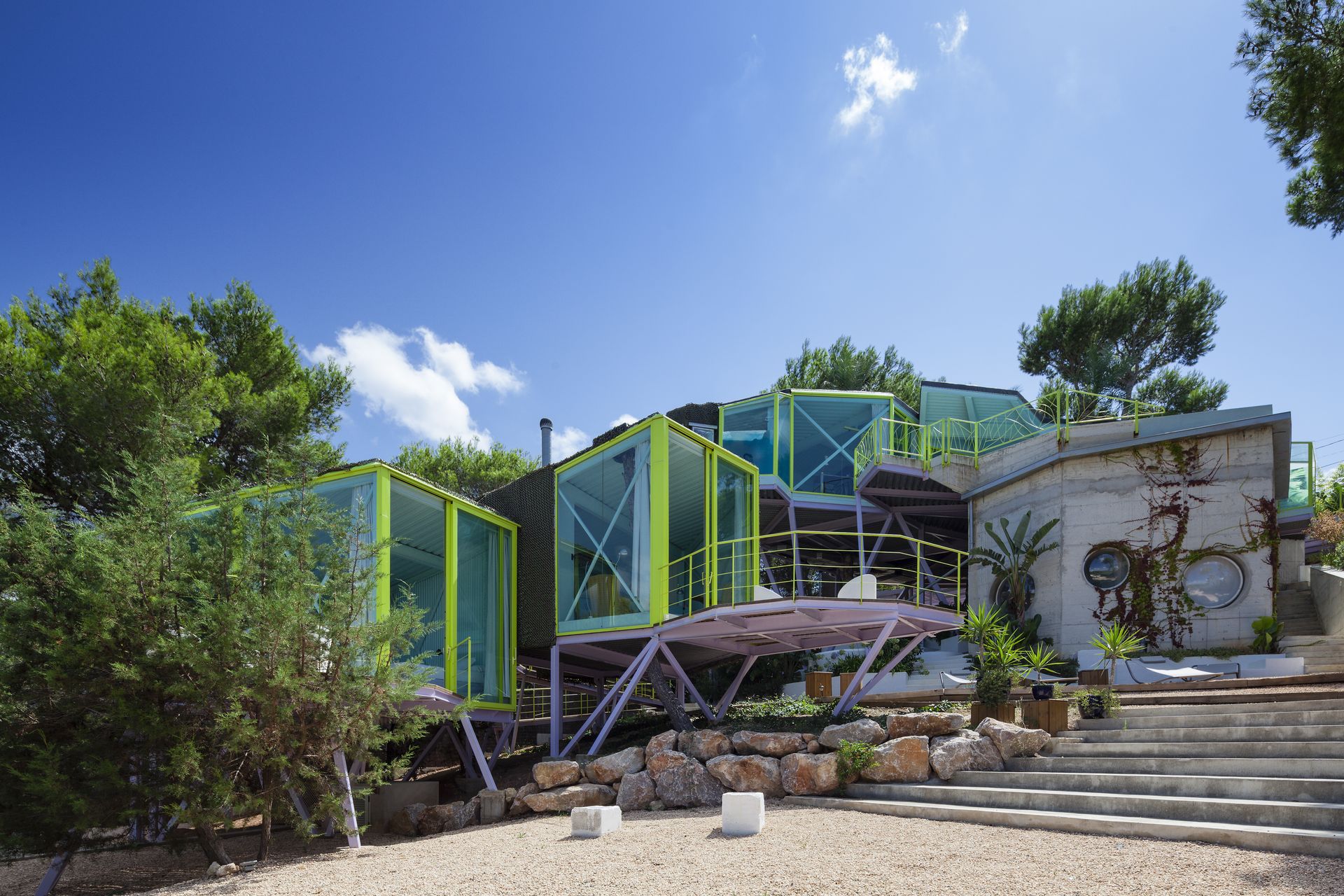
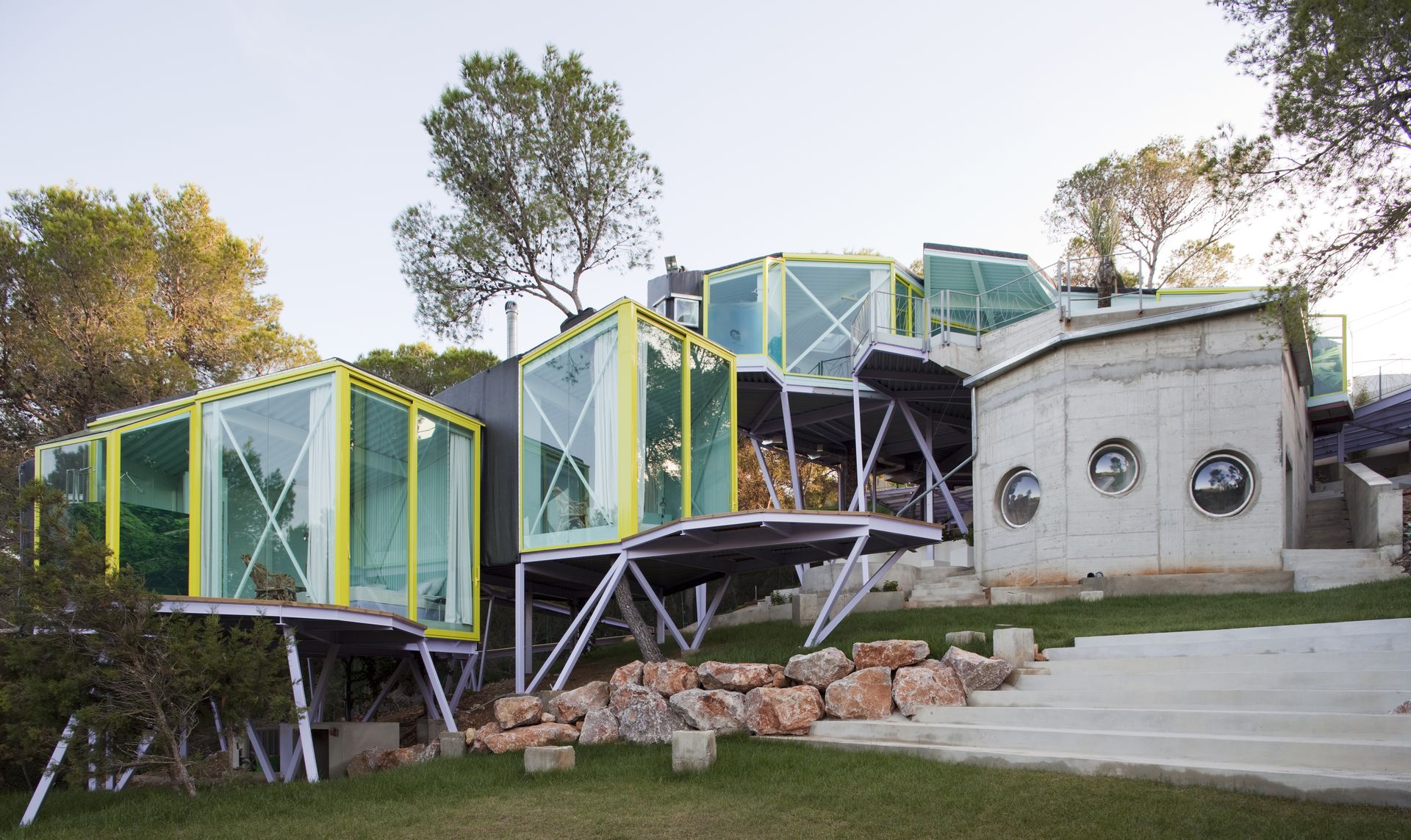
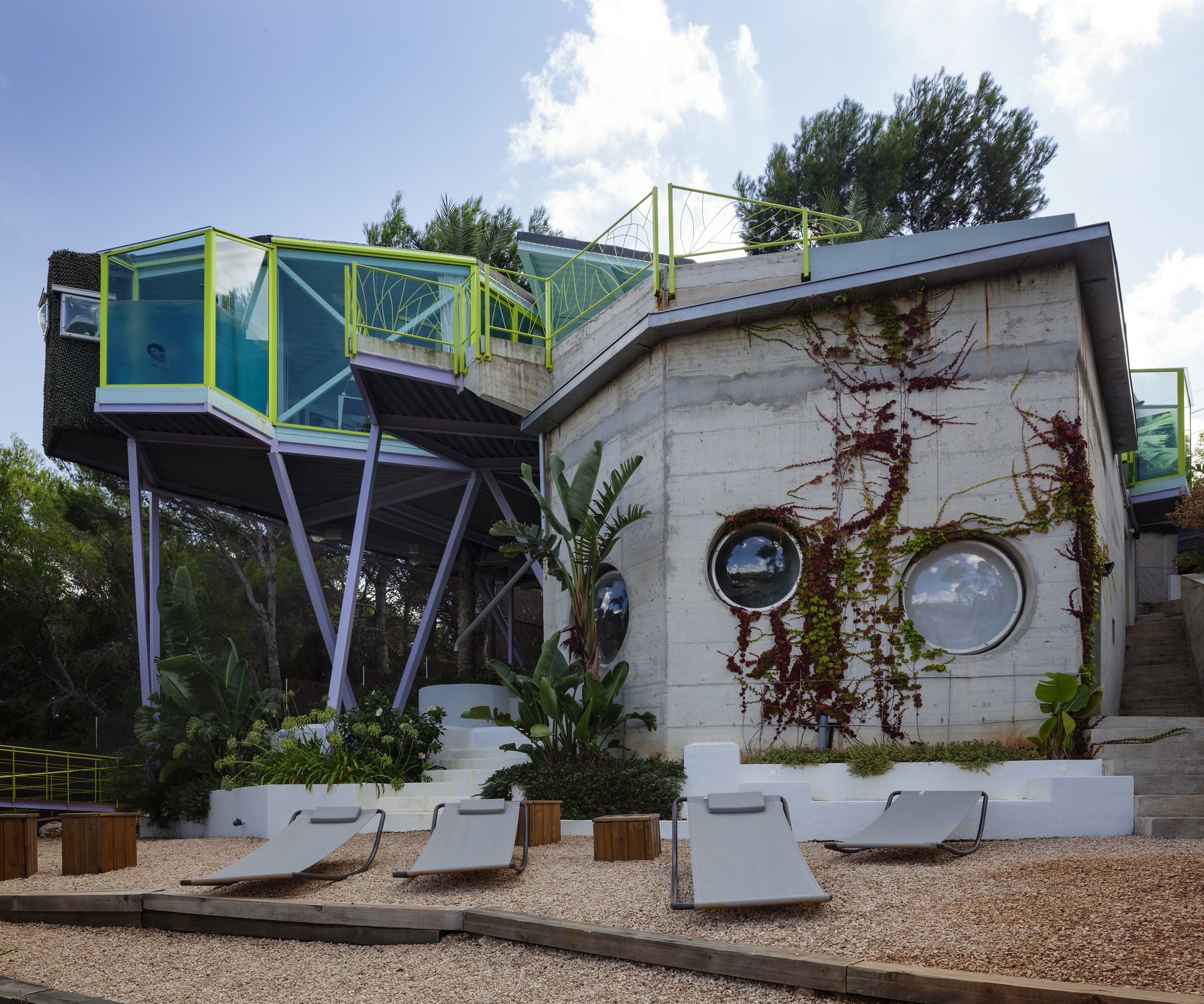
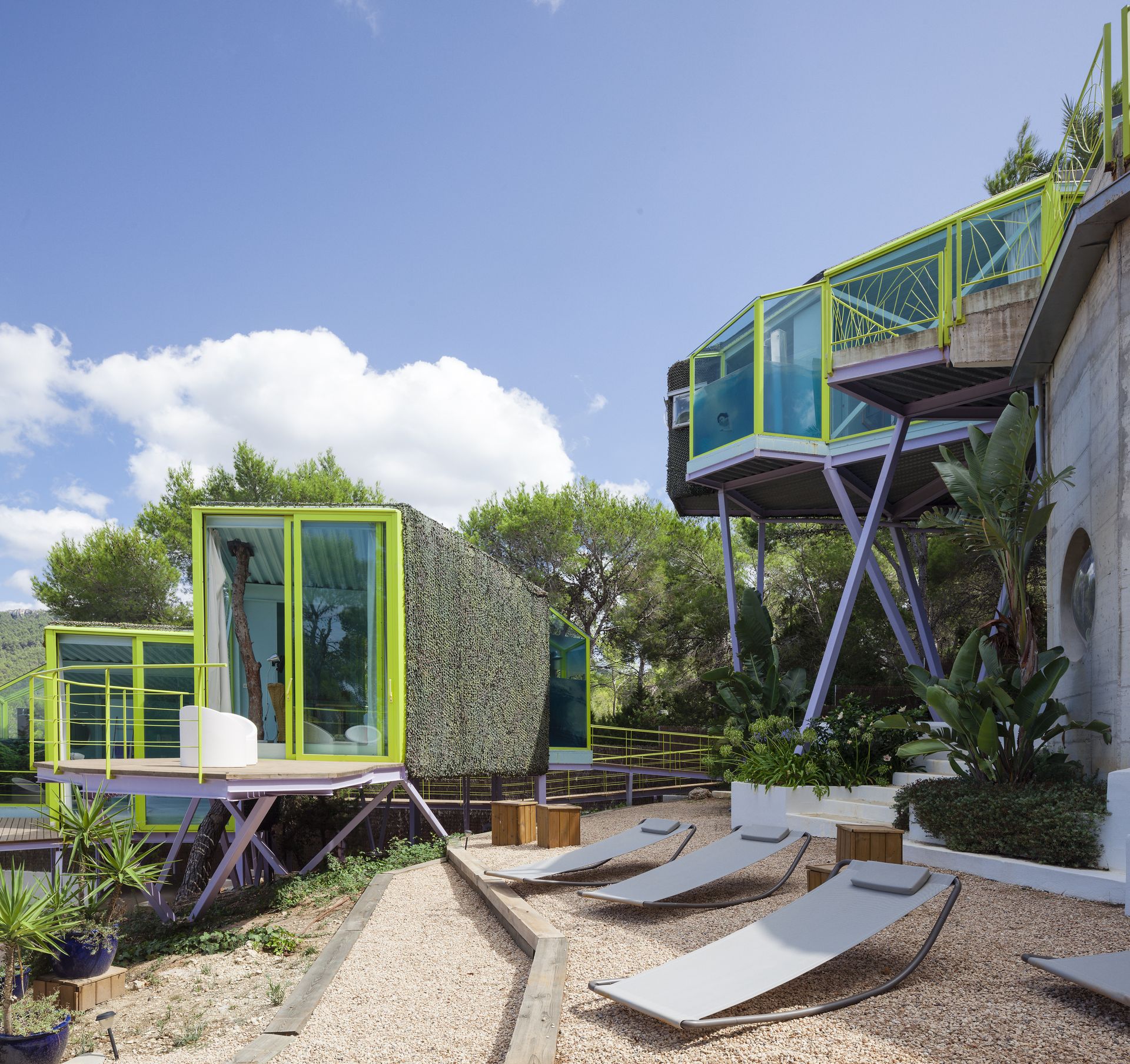


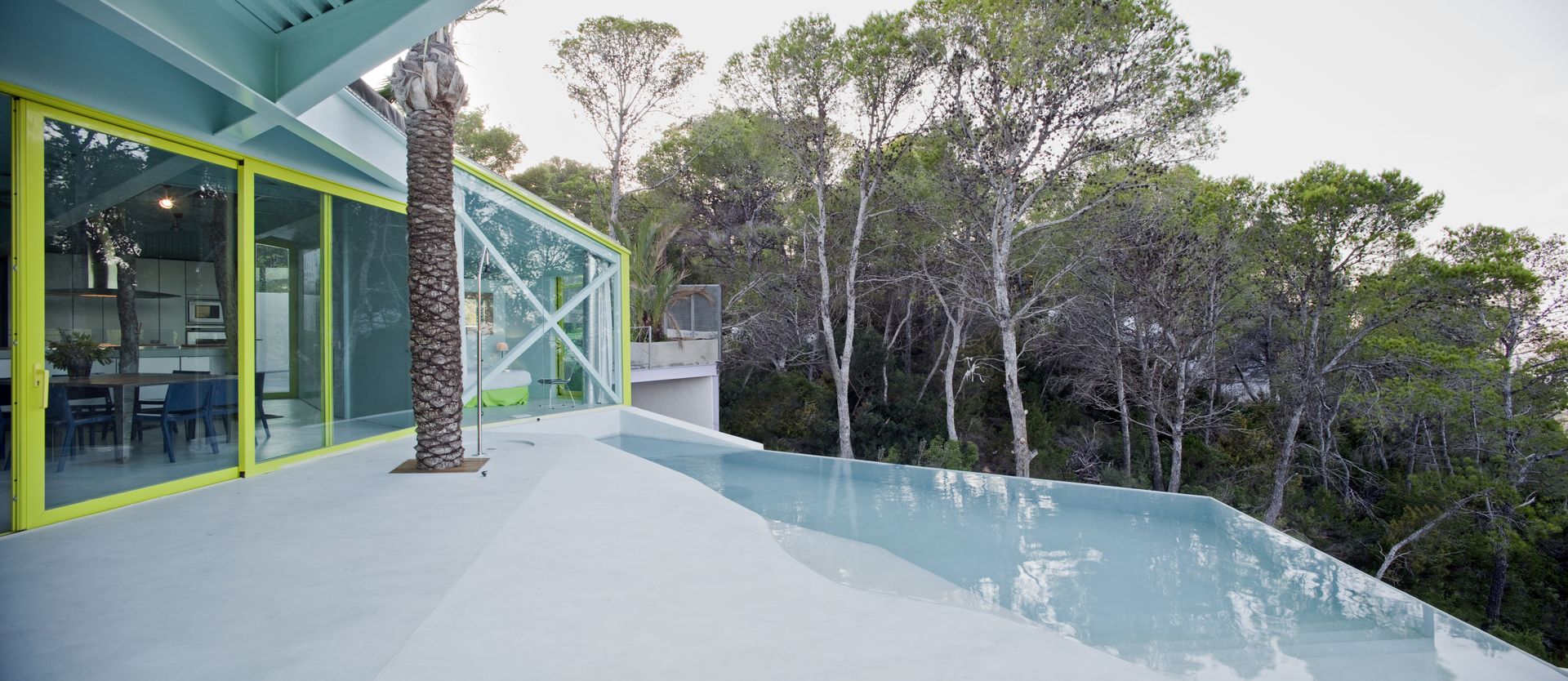




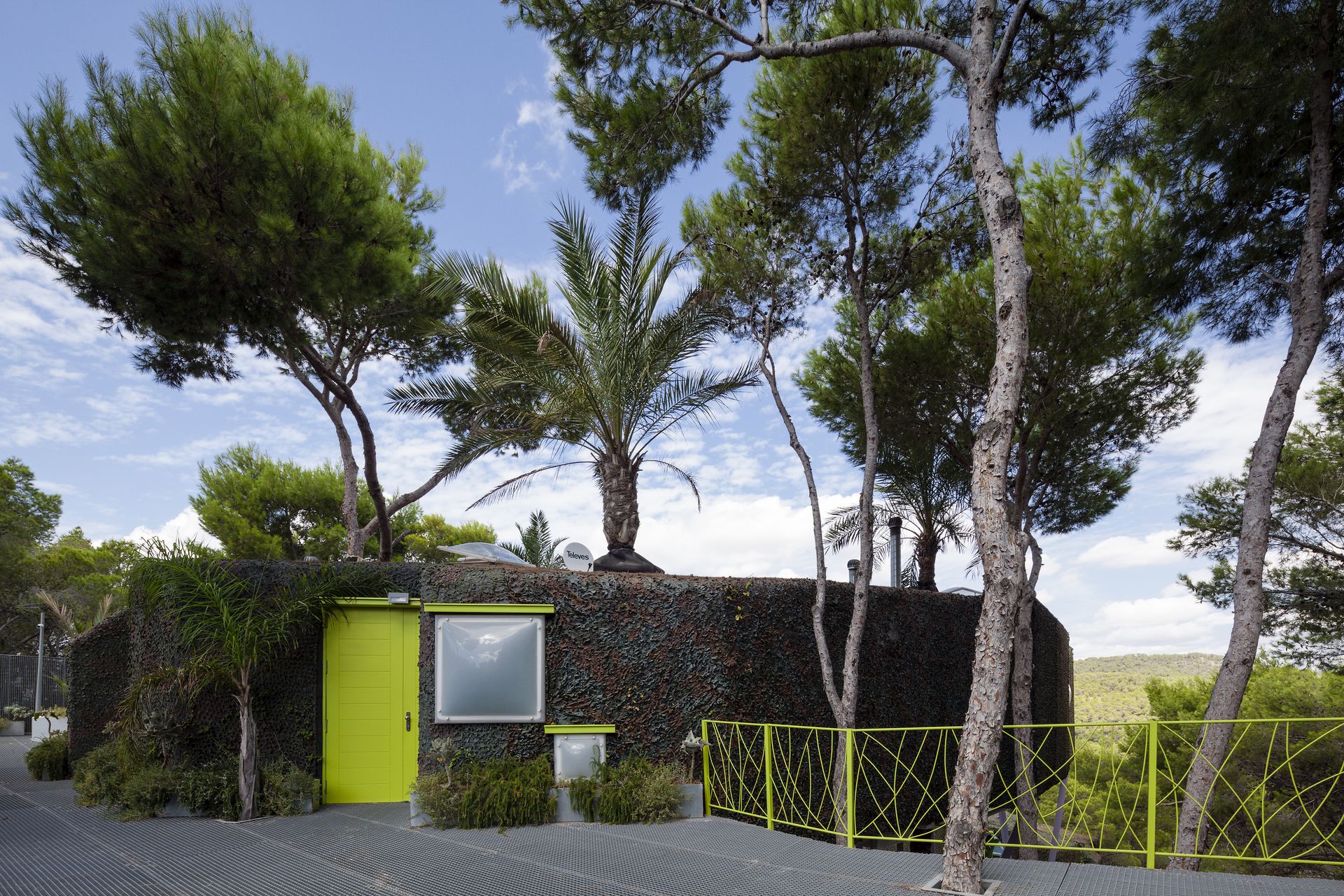
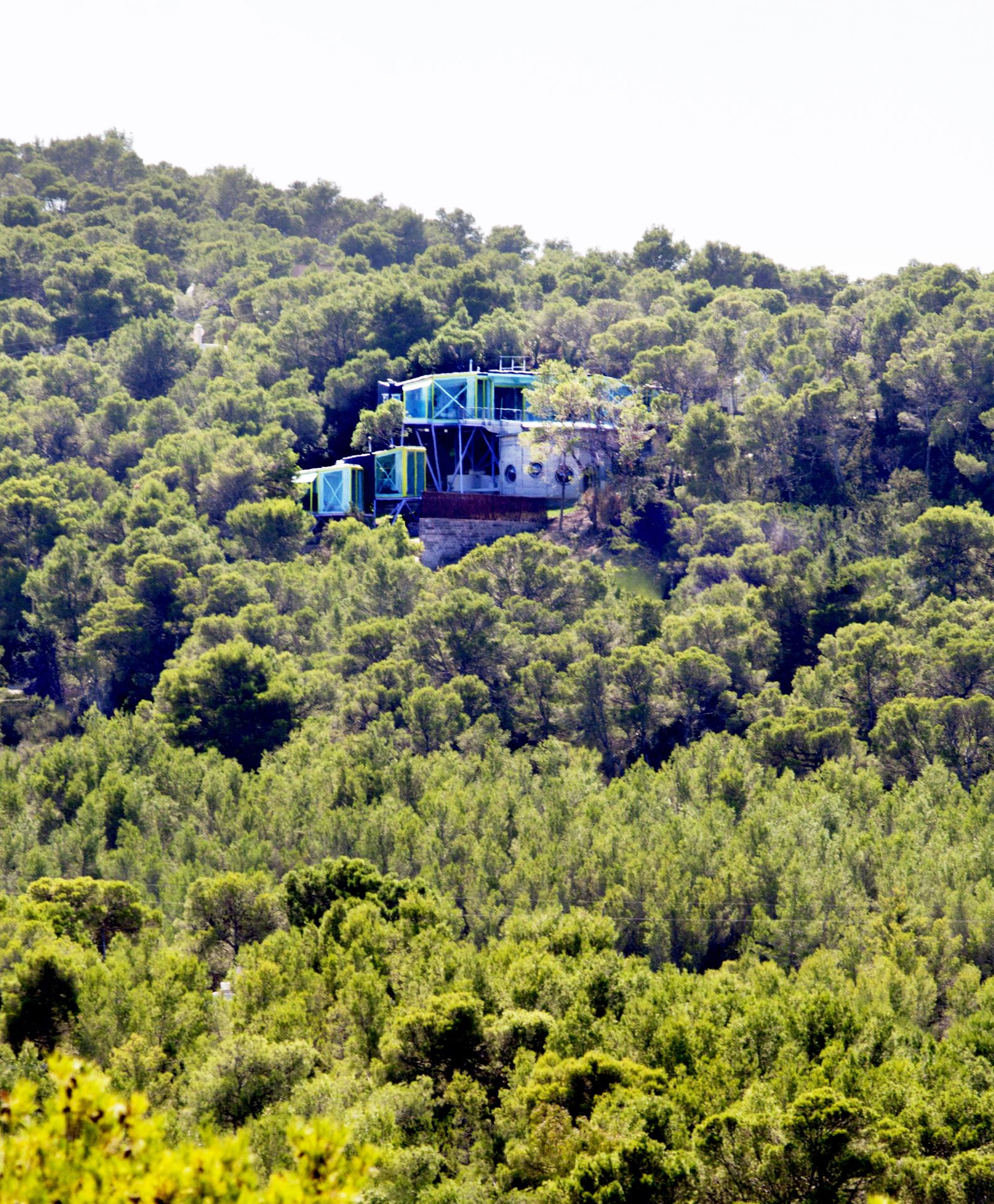



About the project
The Escaravox are two 40-meter-span mobile shading devices. They are equipped with sound amplifying systems, stage lighting, and audiovisual projection equipment, so that together with sliding stands, they can accommodate spontaneous public gatherings. They are constructed by assembling inexpensive mass-produced elements, such as irrigation systems, greenhouse fabrics, and plastic chairs.
Located in the public square of Madrid’s former central abattoir—part of the contemporary culture compound Matadero-Madrid—the infrastructures are designed to be available for people to use them, without being invited or curated, through a simple booking process. Different protocols to make them accessible have been experimented with since their opening, gathering an average public of 600 people when active.
Credits
Andrés Jaque / Office for Political Innovation
COAM Award 2013
Design, coordination and edition
Ruggero Agnolutto (Project leader). Fernando Arocha, Ángela Bailén, Almudena Basabe, Elisa Bua, Álvaro Carrillo, Catalina Corredor, Roberto González García, Michal Just, Jorge López Conde, Marco Marcelletti, Paola Pardo-Castillo, Khristian Serena, Patrycja Stal, Dagmar Stéeova, Silvie Talackova.
Consultants
Structures: BomaImpasa
Equipment: Juan Carlos Lafuente, Álvaro Zamora
Sociological research: Silvia Rodríguez
Photography
Miguel de Guzmán
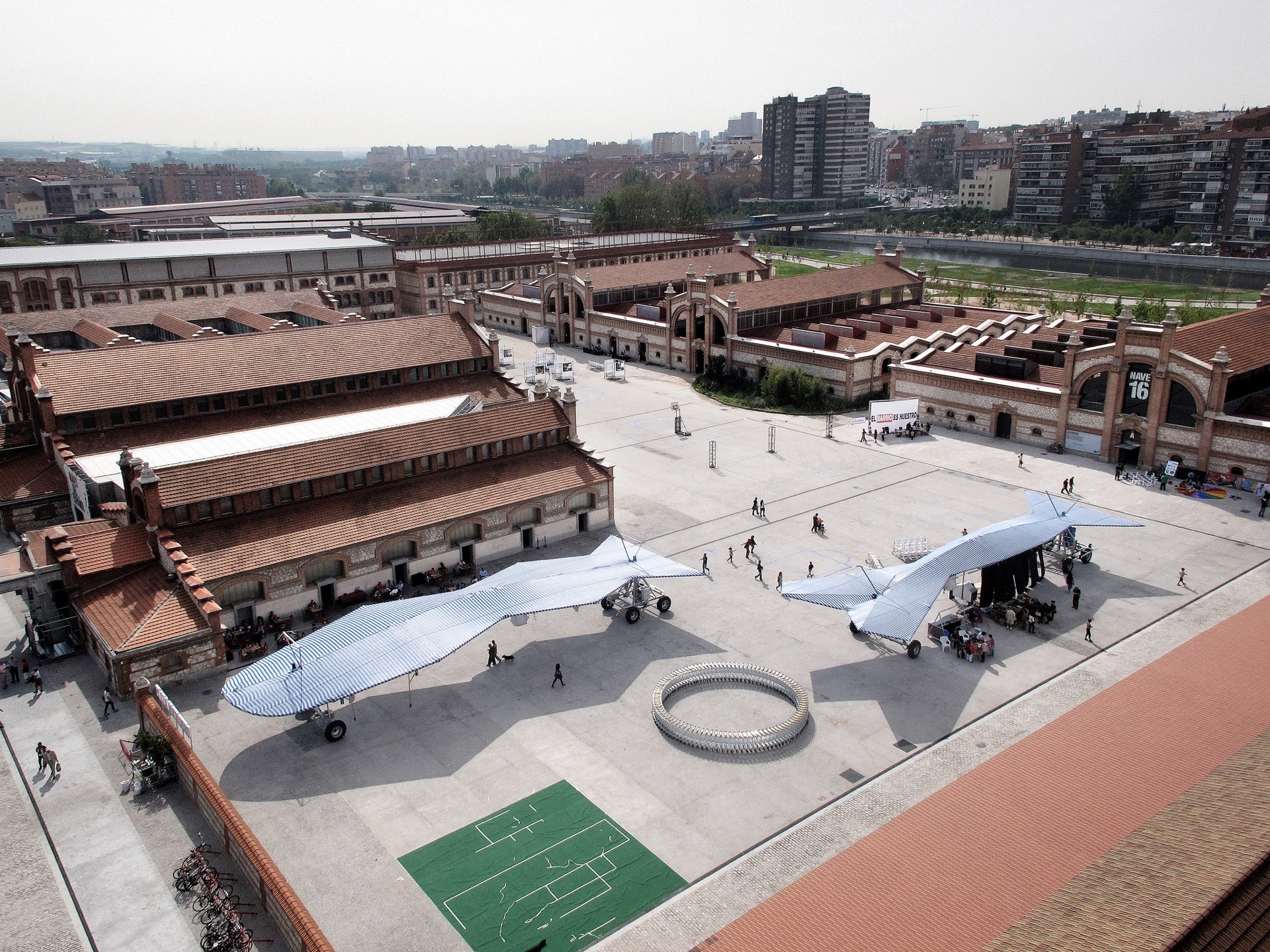
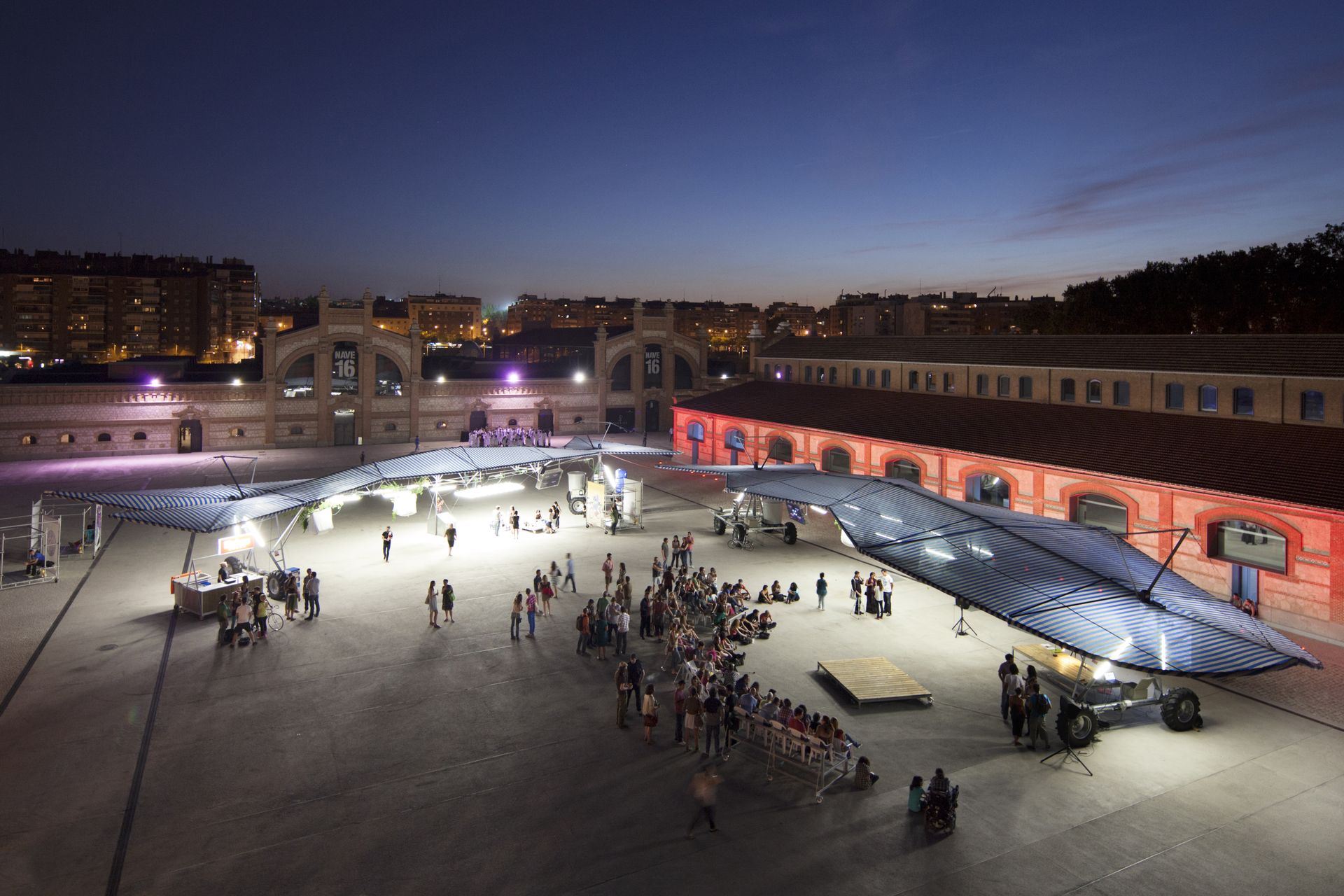
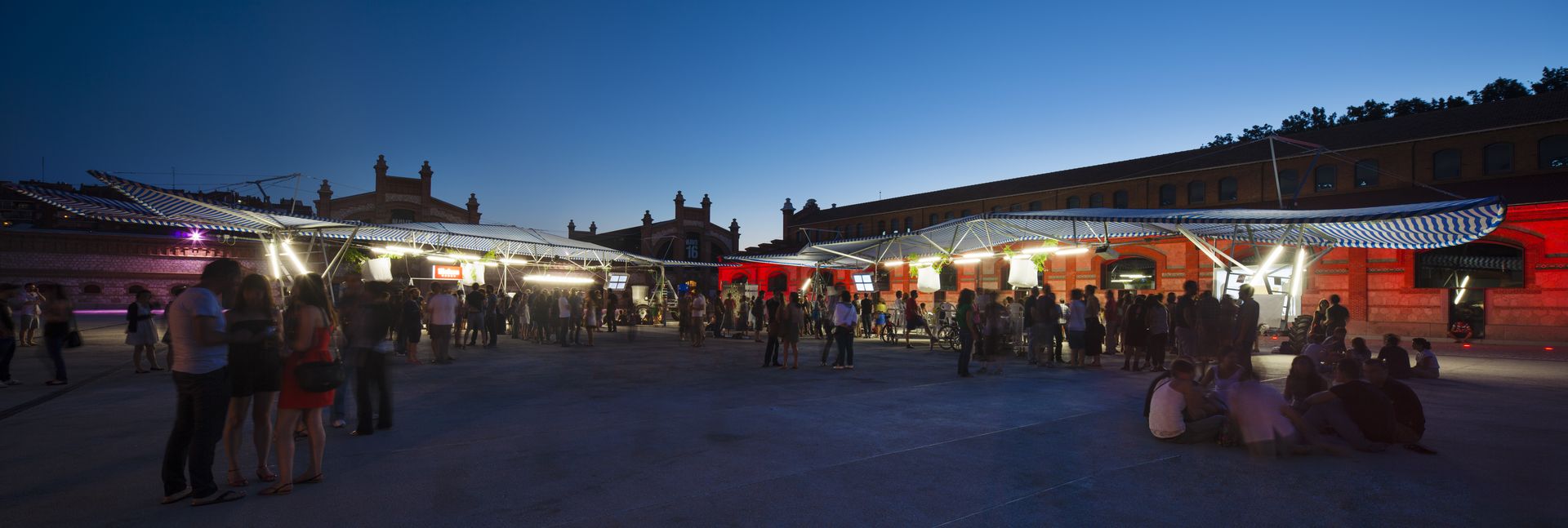
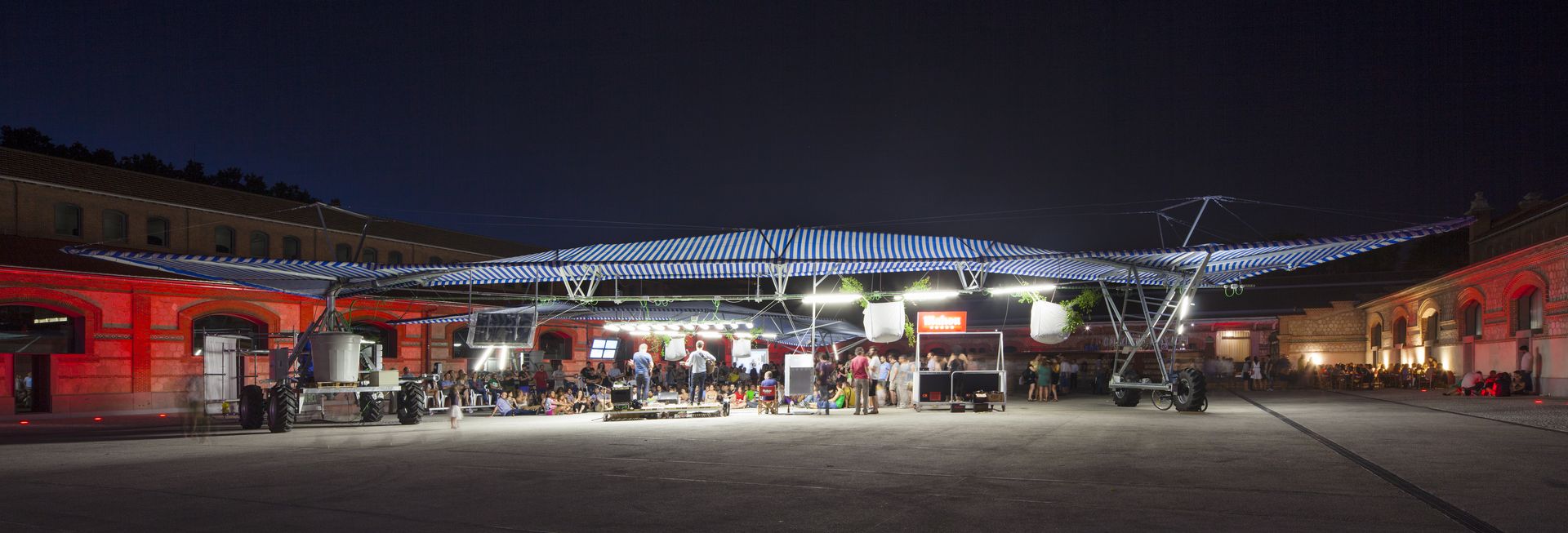
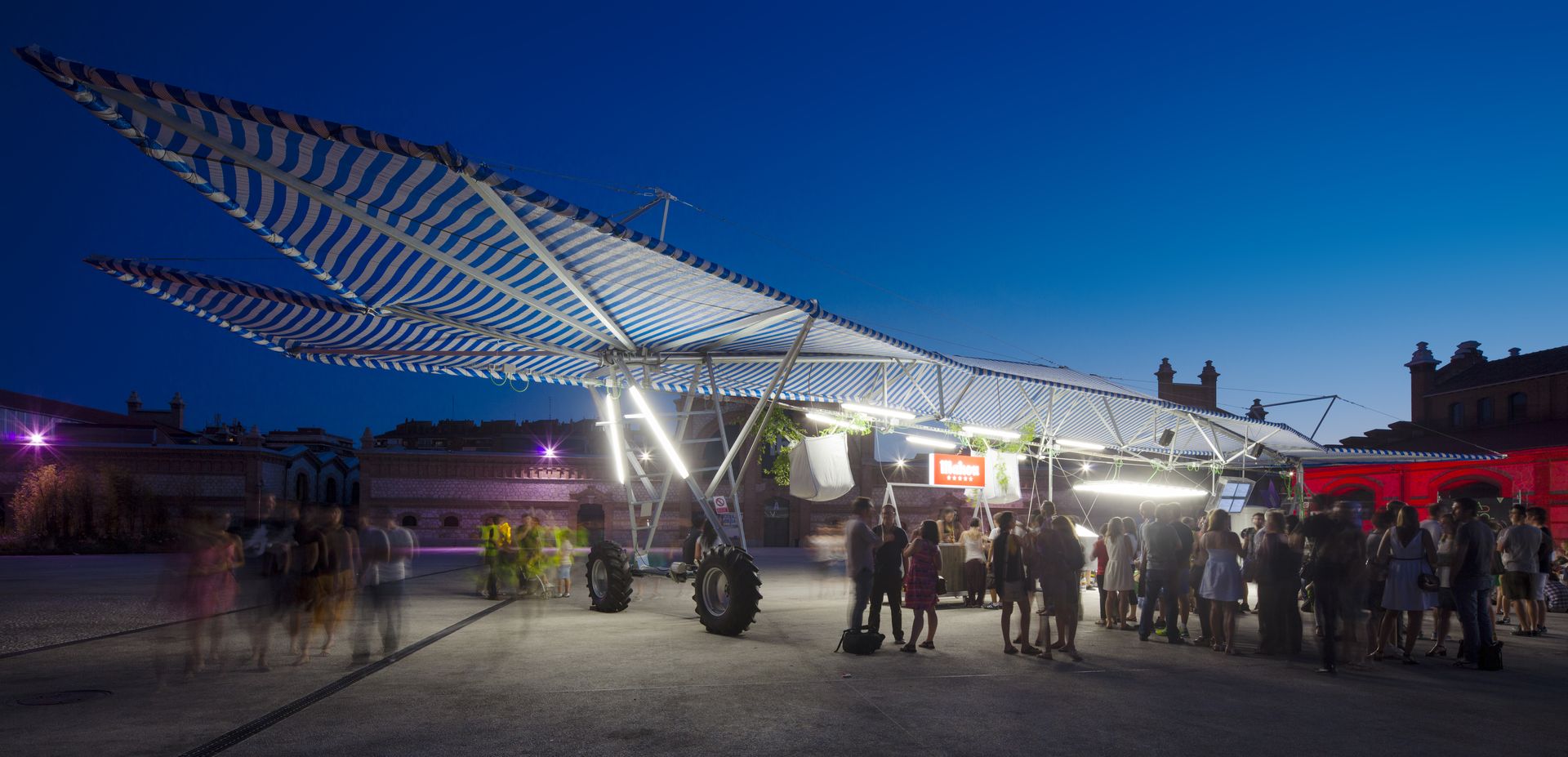
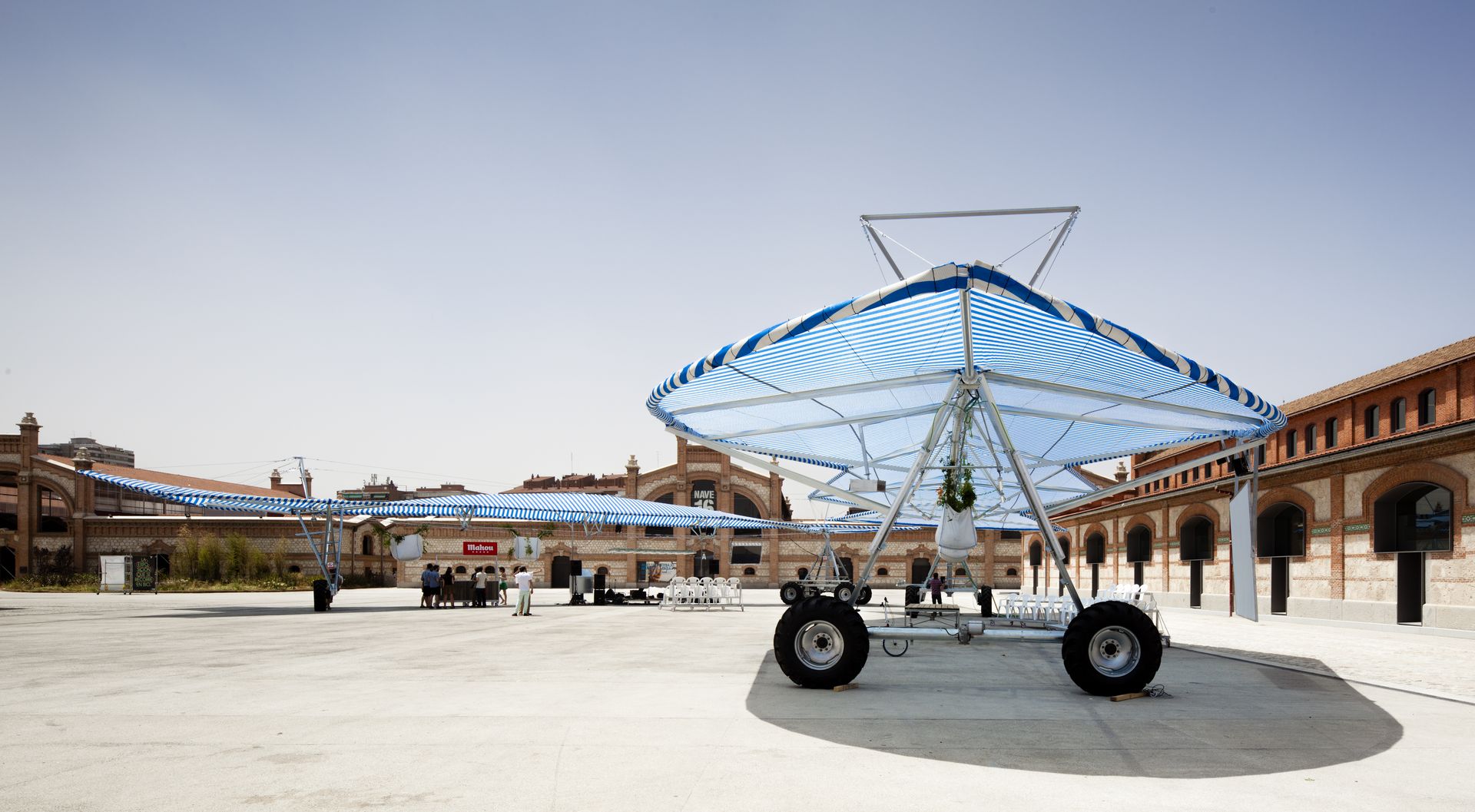

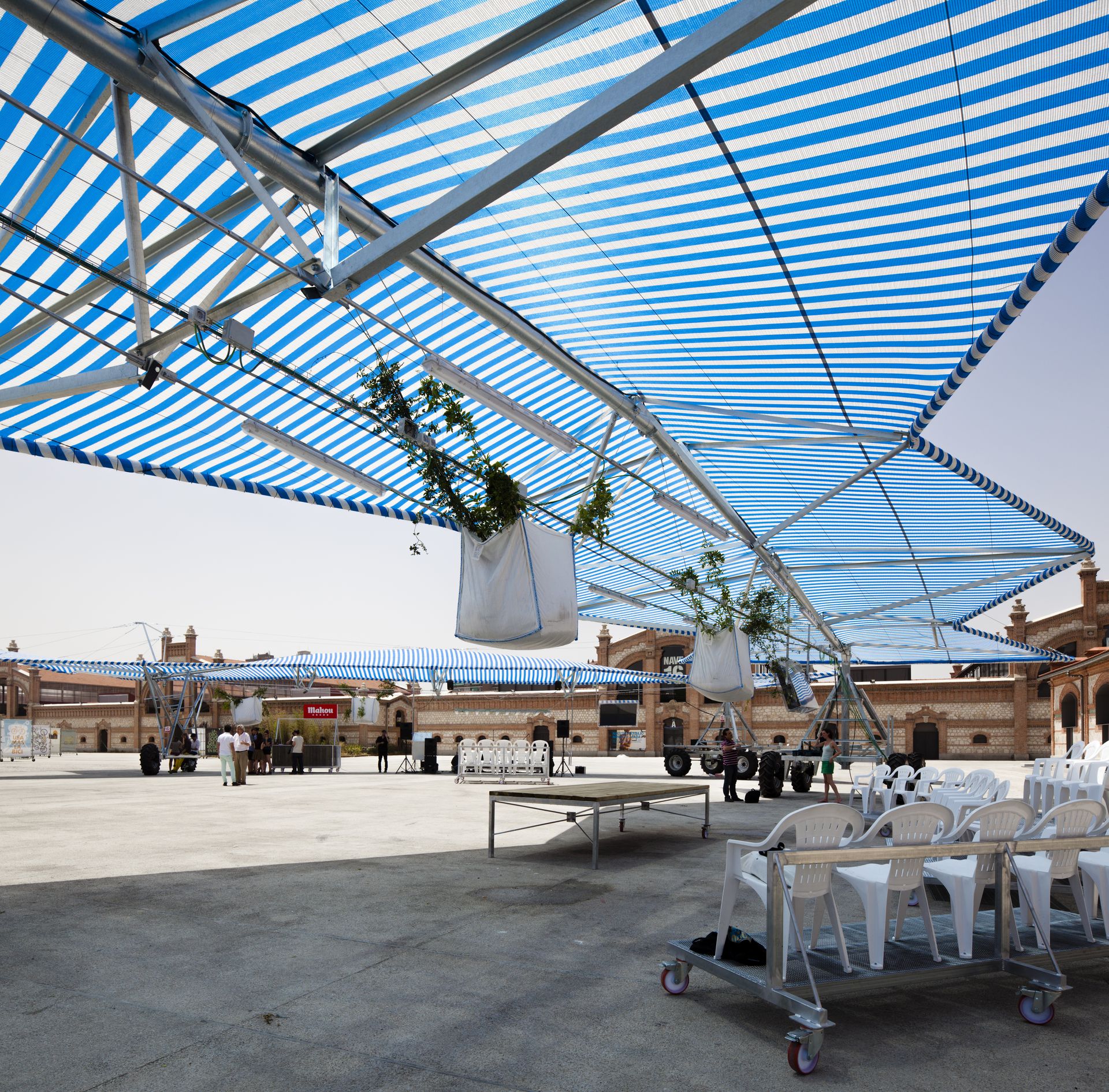
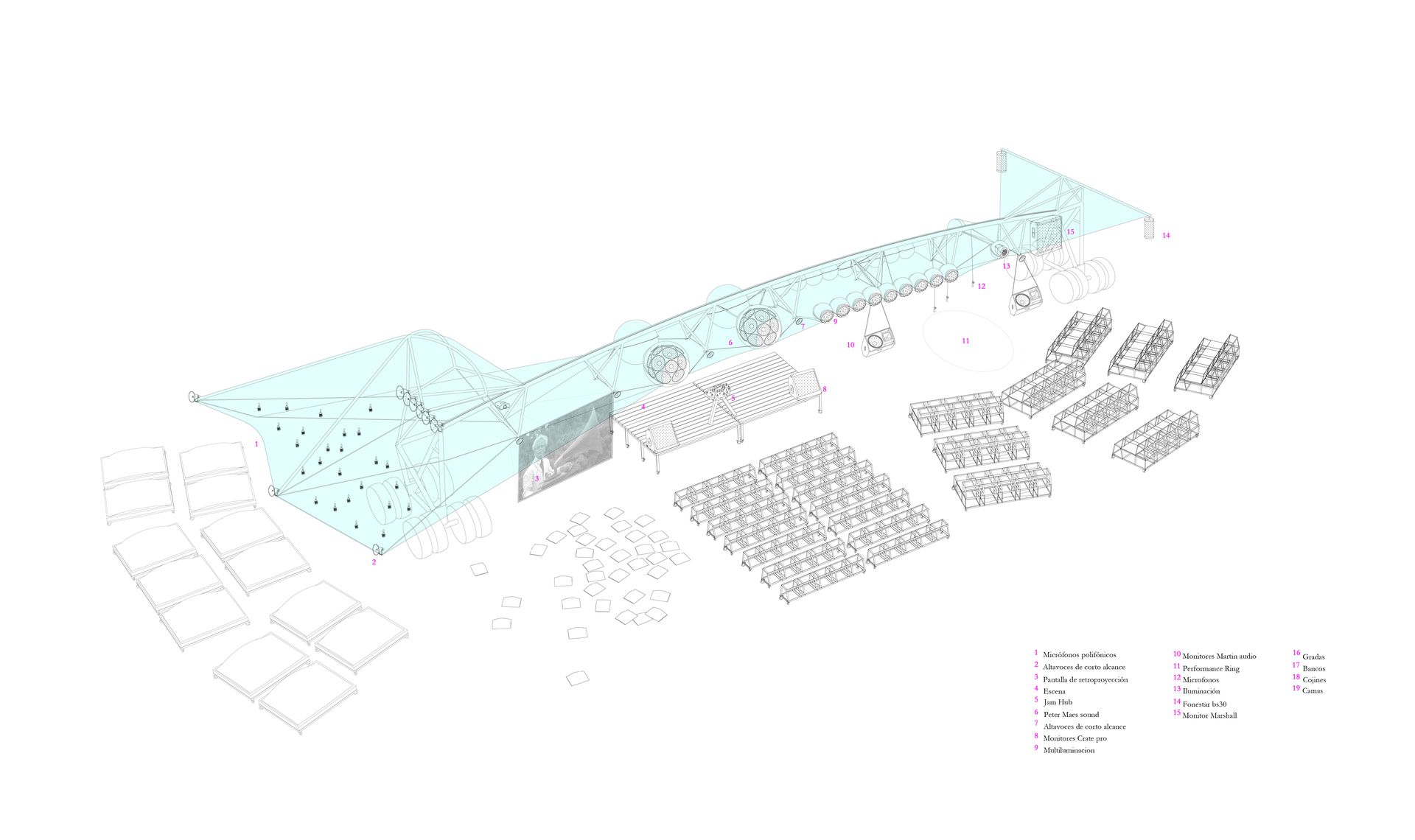
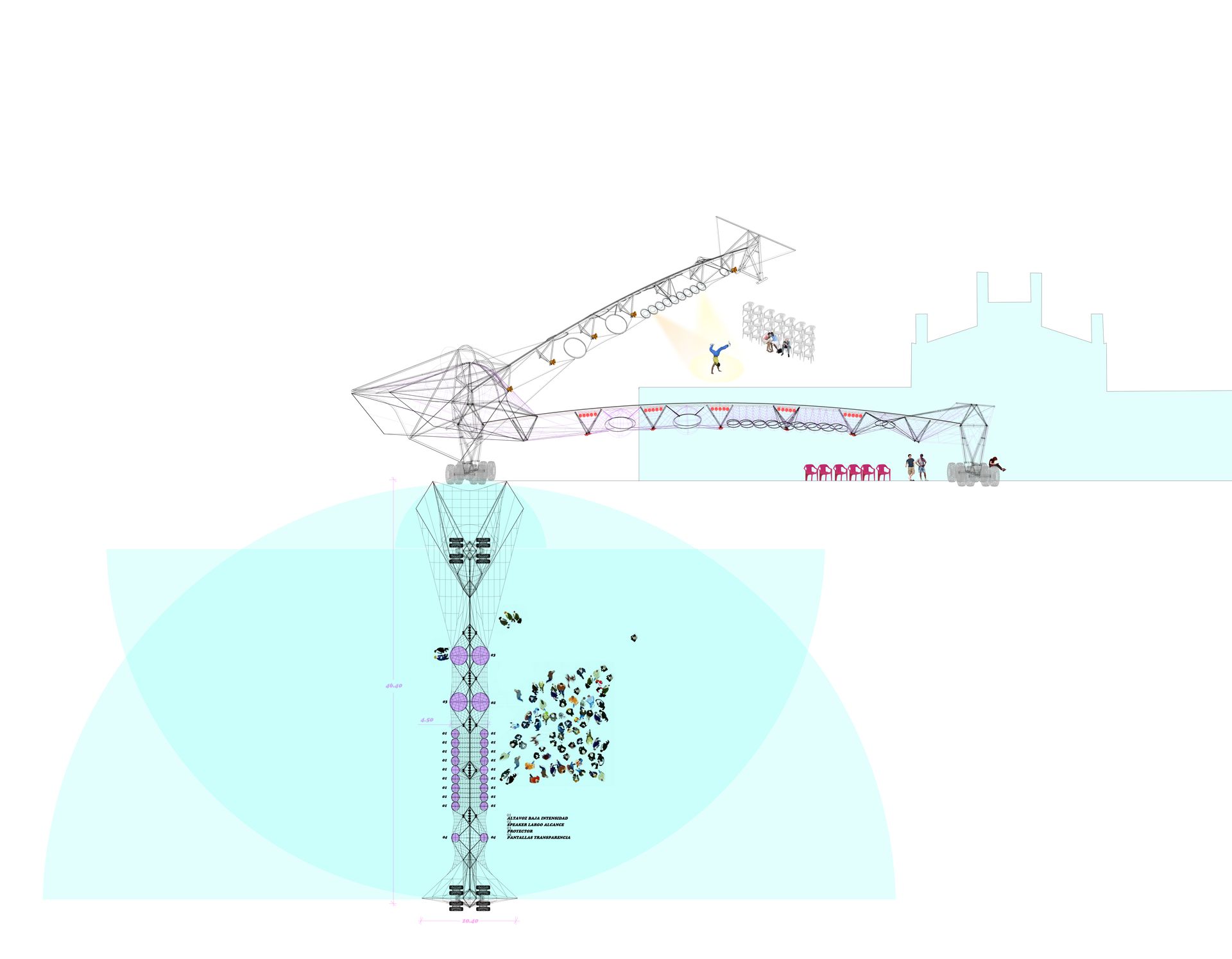
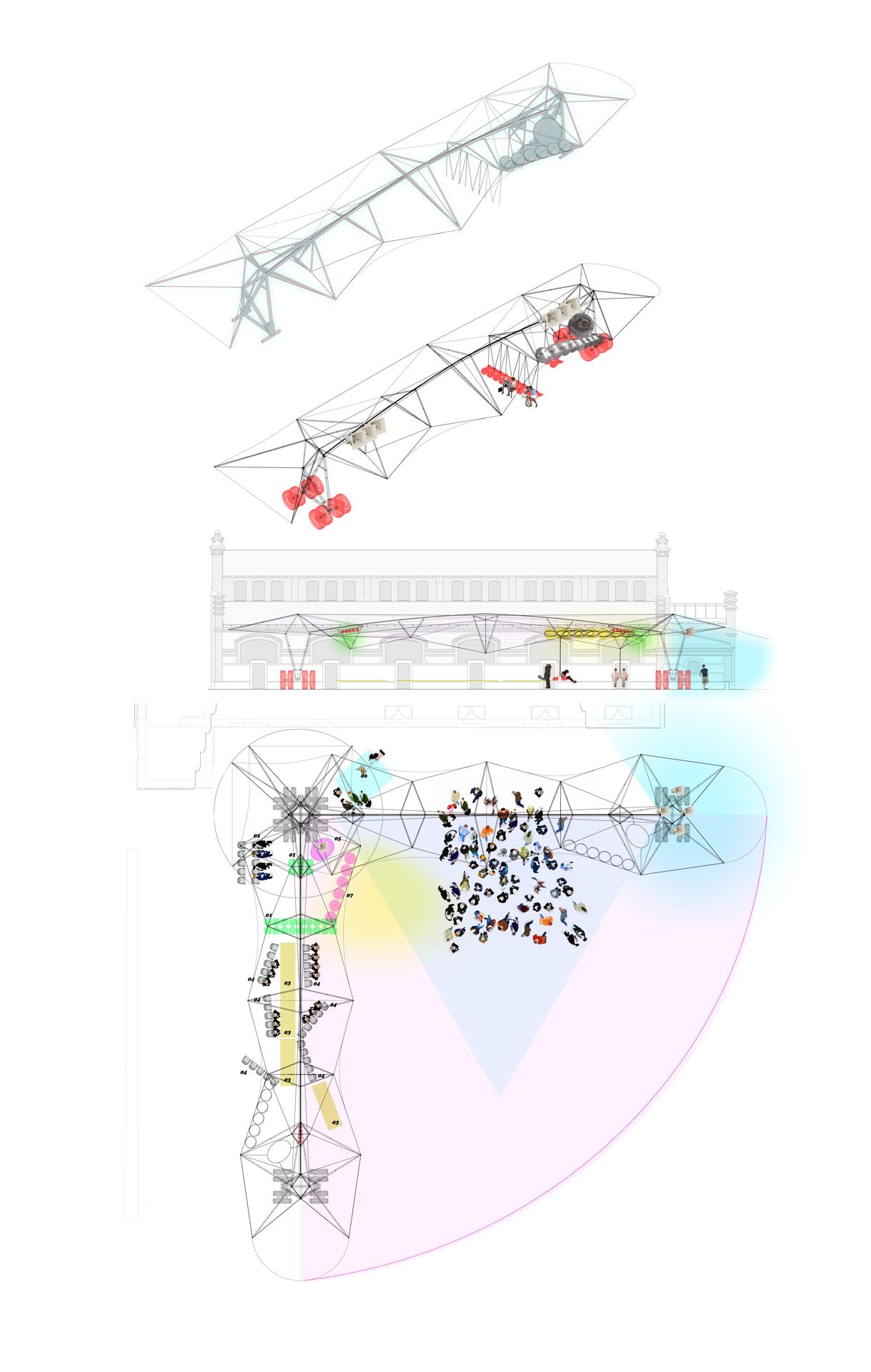
About the project
Whereas the Catholic Church has officially claimed to construct its social and ideological expansion through a centralized model controlled from the Vatican; in practice, when seen from its periphery, the Catholic Church operates on a daily basis as an ecosystem of alternative, subversion, misunderstanding, and invention. This co-inhabitance of two diverging orders within the same institution was the origin of this project. The former seminary for minors of the historical city of Plasencia, built in the fifteenth century in the domain of the city’s cathedral and expanded in the nineteenth century, became redundant due to the reduction in candidates willing to initiate their training to become priests at the early age of 12. Geriatric residences were needed to provide accommodation for the aging population of dispersed countryside parish priests. The project consisted in transforming the former seminary for minors into a clergy house for retired priests.
In terms of design, the main challenge was to transform a building designed to instruct and unify children’s bodies and behaviors, into an architecture that instigates alternatives and pluralism in daily life practices. A number of devices and strategies were introduced to mediate in this evolution: from devices that instigate broader participation in decision making, to protocols allowing residents to participate in the formulation of the house’s daily life, to a self service chapel (designed to allow each priest to make decisions about its temporary configuration).
Credits
Andrés Jaque / Office for Political Innovation with Miguel de Guzmán and Enrique Krahe
Dionisio Hernández Gil Prize
Construction management:
Architects: Miguel de Guzmán, Andrés Jaque, Enrique Krahe
Quantity Surveryor: Marco Antonio Durán
Design, coordination and edition:
María-Solange Faría, Raquel Limeres, Henar Molinero, Ana de Miguel
Consultants:
Structures: Alfonso Pérez-Gaite, Belén Orta
Mechanical Engineering: Vectoria Consulting
Quantity Survey: José Ramón Pérez-Arroyo
Photography:
Miguel de Guzmán
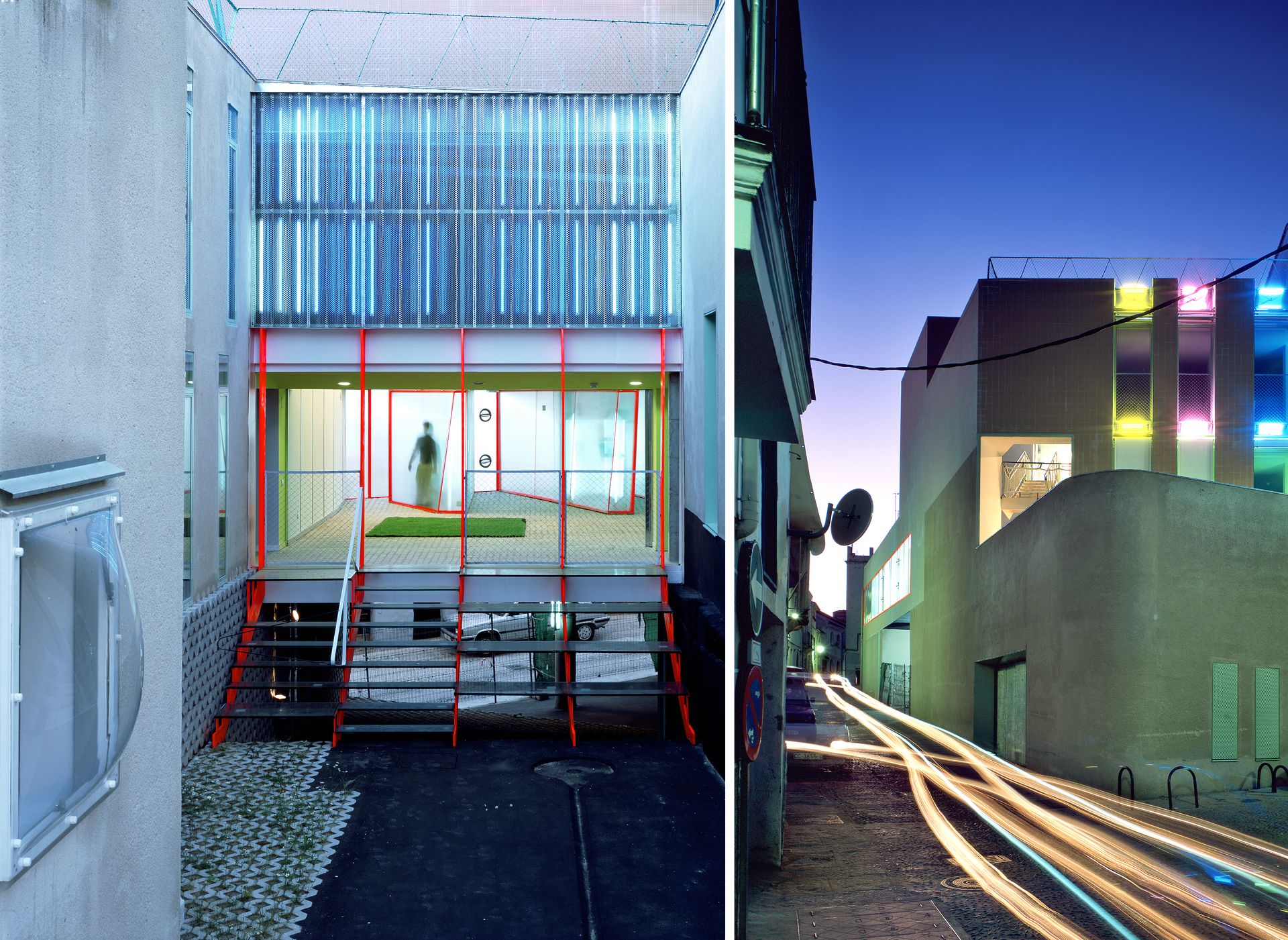




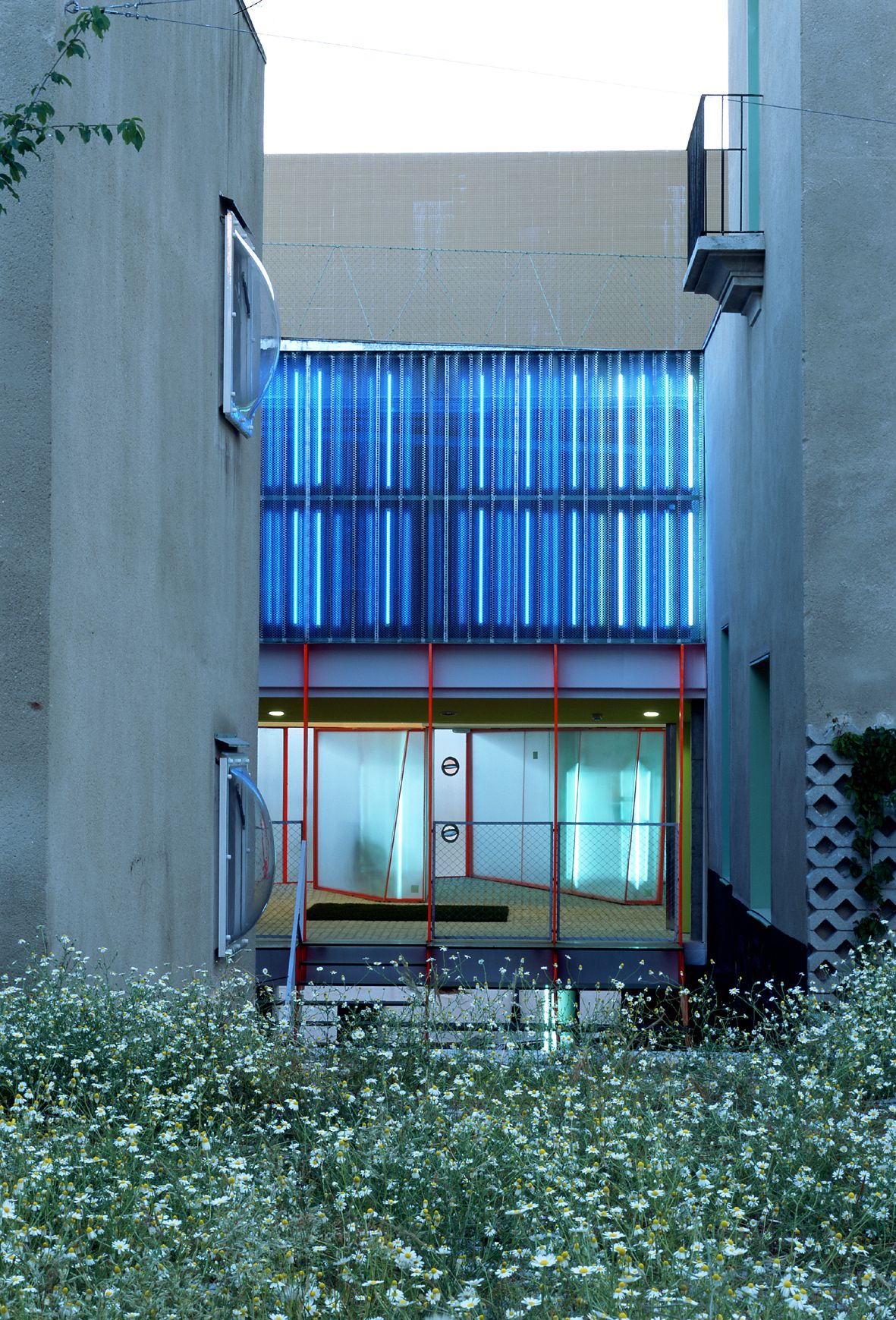
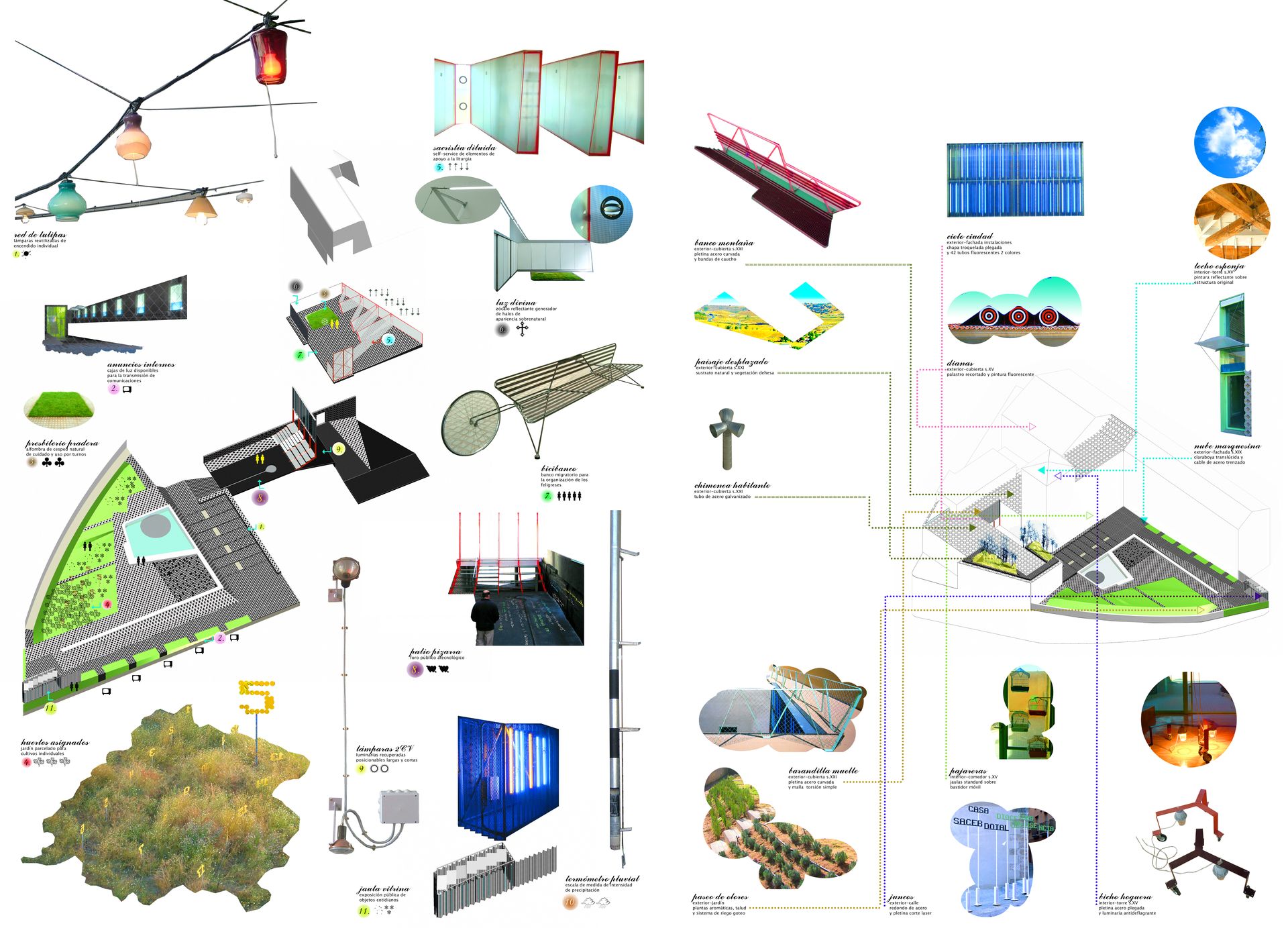
About the project
PHANTOM. Mies as Rendered Society
Arts Institute of Chicago Permantent Collection
Fundació Mies van der Rohe
Iberdrola Collection
Grupo Konecta Collection
ACS Collection
PHANTOM: Mies as Rendered Society is an intervention at the Barcelona Pavilion based on a two-year ethnography carried out by the Office for Political Innovation. The project drew from an account of the role played by the so-far-unnoticed basement included in the 1986 reconstruction.
In the 1980s, the team responsible for reconstructing the 1929 German National Pavilion in Barcelona included a 1,050 square meter basement with a height of 2.4 meters to facilitate the control and maintenance of the Pavilion’s services and installations. The team also decided that access to the basement should be made difficult so as to avoid its future use as an exhibition space in which Mies and the Pavilion could be explained. Since the 1980s, the basement has hidden all the things that subvert the illusion that the building is not frozen in the same state as the 1929 spring morning when the Pavilion first opened. The basement is the Pavilion’s portrait of Dorian Grey, containing broken travertine slabs, faded velvet curtains, and broken sheets of glass. The space also hides everything needed to inscribe the Pavilion in a larger geo-social context: the flags that allow the pavilion to mediate politically, the remains of the commercial activities that the Pavilion hosts, and the kitchen where the Pavilion’s staff has lunch. For the upper floor to seem metaphysical, the basement needs to accommodate the Pavilion’s “phantom public,” the well-known notion about politics developed by Walter Lippmann [The Phantom Public (New York: Harcourt, Brace, 1925)] that Mies, in 1955, declared to have been the origin of his architectural insight.
PHANTOM: Mies as Rendered Society was presented in 2012. A significant portion of the items safeguarded in the basement upon which the Pavilion was built were distributed to different locations throughout the Pavilion’s upper floor. It is on view in the Permanent Collection Galleries of the Art Institute of Chicago.
Credits
Andrés Jaque / Office for Political Innovation
Design, coordination and edition
Paola Pardo, Ana Olmedo, Ruggero Agnolutto, Roberto González, Jorge López Conde, William Mondejar, Silvia Rodríguez, Dagmar Stéeova, Paloma Villarmea
Graphic Design
spread.eu.com
With the collaboration of
Fundació Mies van der Rohe


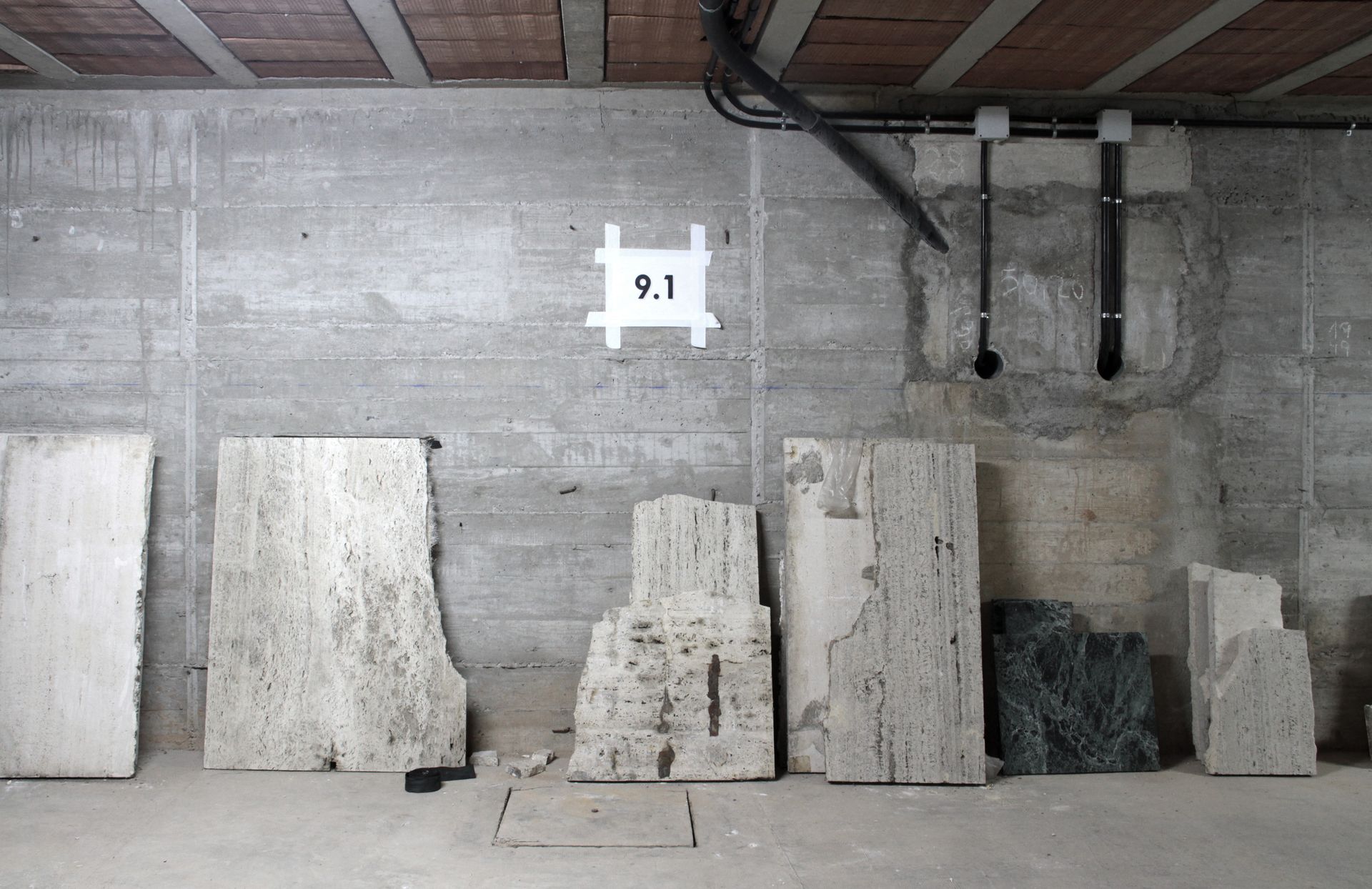


About the project
THE TRANSSPECIES KITCHEN, 2022-Present.
by Andrés Jaque / Office for Political Innovation in association with M-Marble Project
Cooking, digesting, growing, and decomposing are all the same: an alliance between different forms of life. The Transspecies Kitchen is a project by Andrés Jaque / Office for Political Innovation, now installed an active at the Middleheim Museum in Antwerp (Belgium). It is the result of a long process that started in 2021, as an association between the NY and Madrid based office OFFPOLINN and the stone fabrication company M-Marble Project. It is a kitchen that decarbonizes cooking, and relies on fermentation as the primary form of food preparation.
This kitchen is part of a long running dedication of the Office for Political Innovation to interrogate the architecture of eating processes from an ecopolitical perspective (including the 2003 ‘Techno-Human’ project, the 2007 ‘1 Liter Oil Banquet’, and the 2019 hybrid space ‘RunRunRun’ in Madrid).
The Transspecies Kitchen
Kitchening is less physical than ecological and political. Kitchening is the realm of collective living. It is evidence for the impossibility of individual life. As such, the ultimate form of kitchening is zymology (bacteria and fungi-based fermentation). The Transspecies Kitchen is an outing of digestion, as an infrastructure where the politics of life-making are intervened by post-carbon cooking.
The Transspecies Kitchen is produced out of pieces of marble thrown off as waste by the stone extraction industry. Only 30% of stones extracted in quarries is industrially used; the rest is immediately converted to waste. The Transspecies Kitchen challenges industry’s waste making, by recirculating and activating the material value to what was previously disposed of. Stones are barely transformed to become part of the Transspecies Kitchen. No other materials that the stone itself is added. An architectural strategy founded on rawness, that alignes with the kitchening strategy, and invites bodies, communities, and territories alike to step back from industrialization and waste-making.
This post-carbon kitchen operates as a collective intestine that shows that metabolism is not an
independent process. Instead, metabolism is a collectively constituted process dependent on more-thanhuman alliances. The Transspecies Kitchen dilutes the boundaries between kitchening, eating, and decomposing, which comprise a continuum of molecular progression.
Starting in July 2024, and during the entire Summer, the Transspecies Kitchen is installed and active in the forest of the Middelheim Museum in Antwerp. The kitchen is used as the site for Antwerphagia, the act of eating and being eaten by/as Antwerp’s ecosystems. At the moment when toxicity in the soil, and climate crisis shape Flanders’ politics, the Antwerphagia is intended to provide alternative transspecies alliances based on mutual care. These alliances are humanly sensed as taste, smell, intoxication, euphoria, sleepiness, drowsiness, dyspepsia, being high, flatulence, diarrhea, heartburn, acidity, intolerance. Our kitchen is not fuelled by gas, nor by electricity. Transspecies kitchening is the art of counting energy out of molecular sociability.
Credits
THE TRANSSPECIES KITCHEN, 2022-Present.
by Andrés Jaque / Office for Political Innovation in association with M-Marble Project
Developed with the support of the Tallin Architecture Biennale 2022 ‘Edible; Or, The Architecture of Metabolism’, curated by Lydia Kallipoliti and Areti Markopoulou.
Team
Andrés Jaque, Roberto González García, José María Miñarro, José Víctor Boluda, Gema Marín, Ismael Medina, Jesús Meseguer.
The Transspecies Kitchen, an Antwerphagia.
In collaboration with Natalie Schrauwen (Elder-Lab), as part of COME CLOSER program (Summer 2024), Middelheim Museum and DE SINGEL, Antwerp (Belgium)
Team
Pieter Boons (curator), Anna Stoppa (assistant curator), Eve van Goey (exhibition assistant), Christian Huyghe (production coordinator).
Photographs
José Hevia
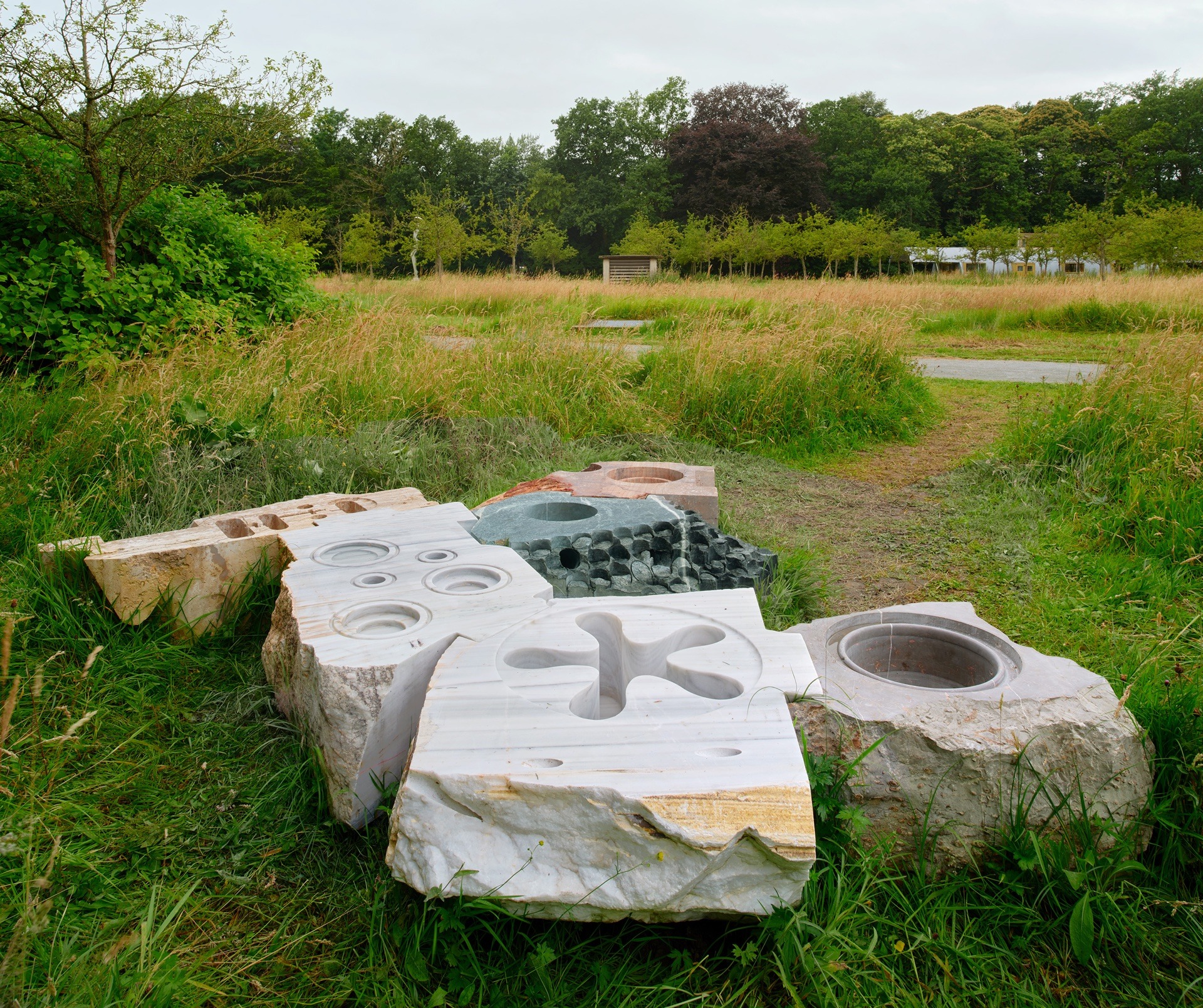
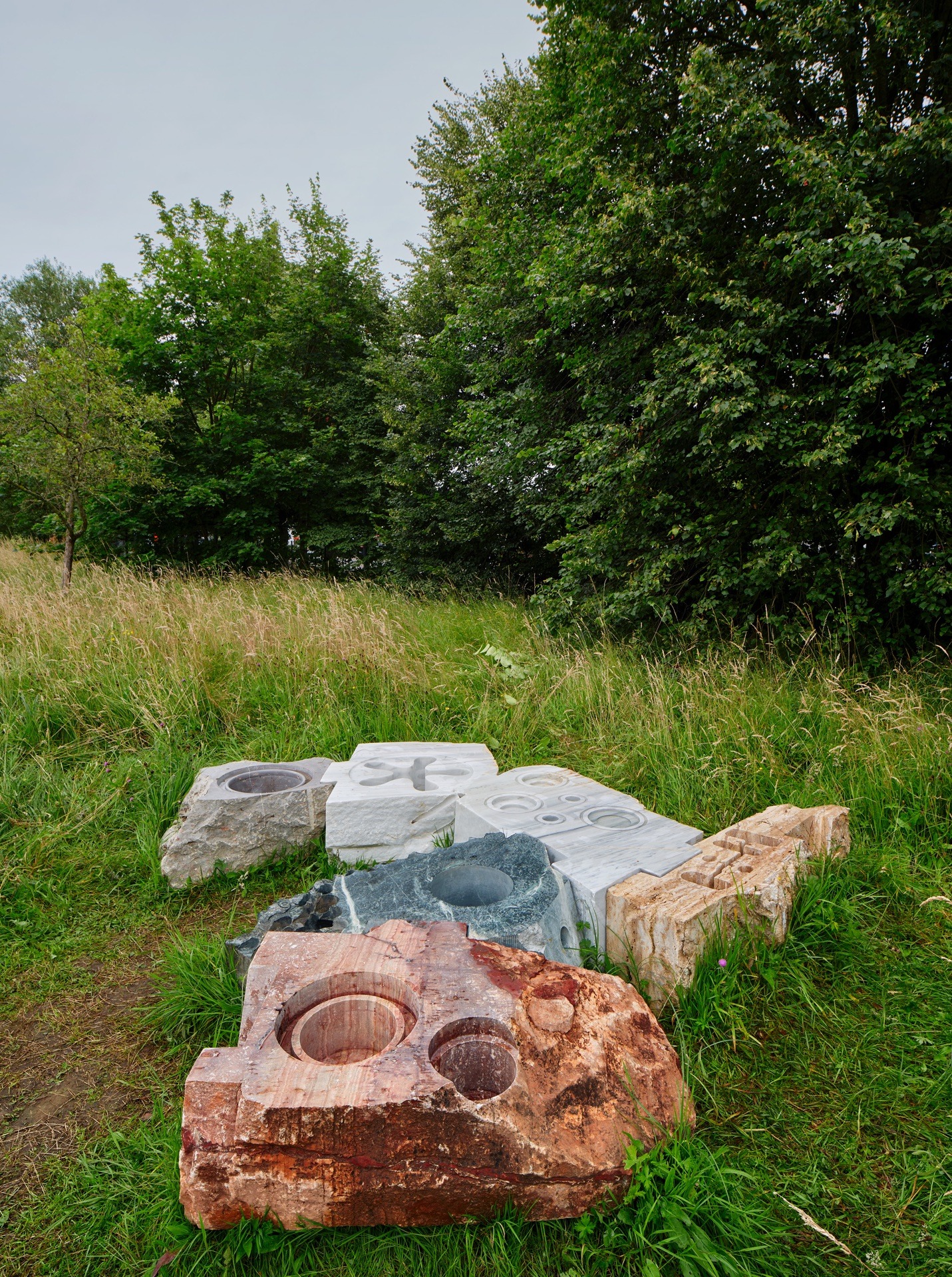
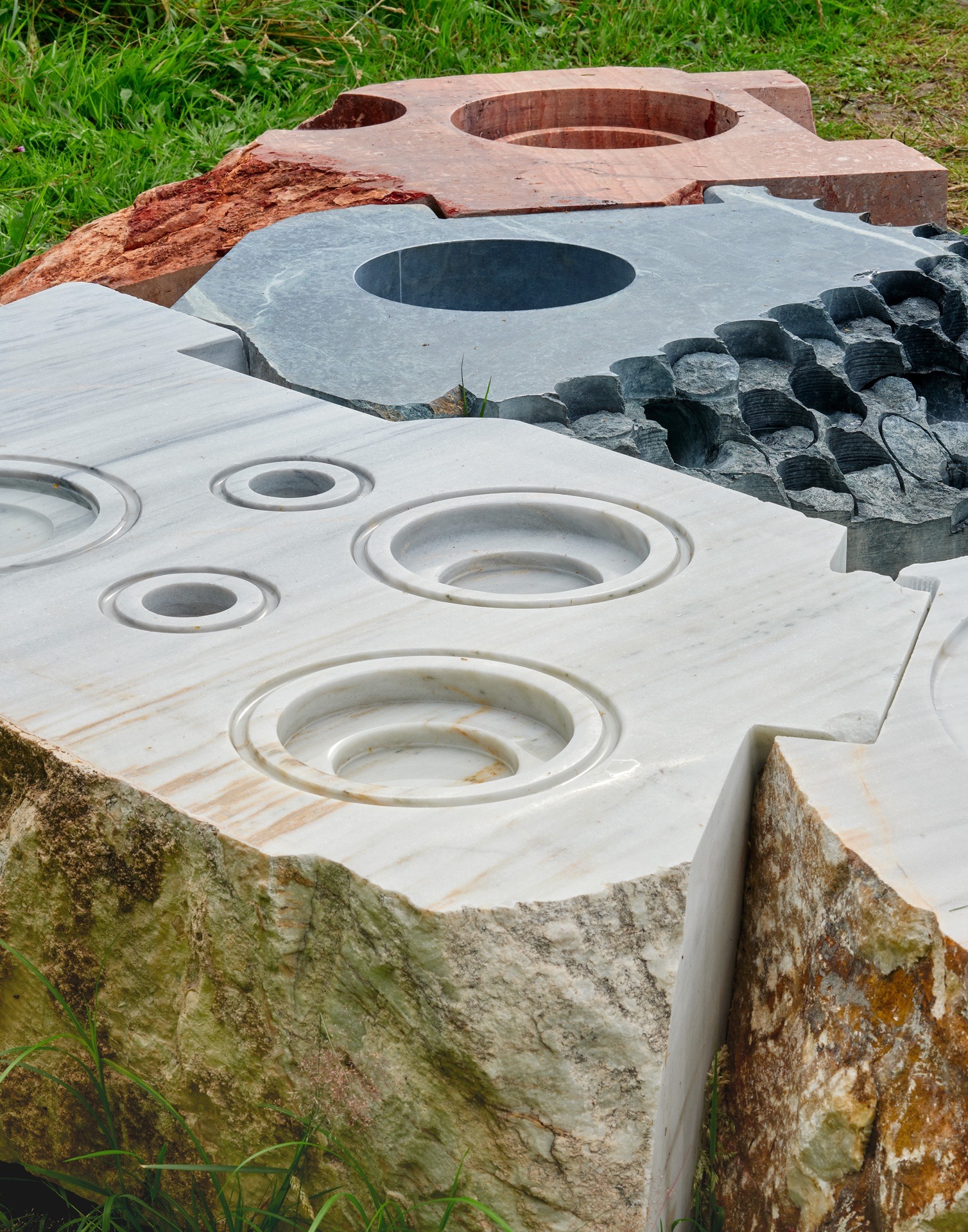
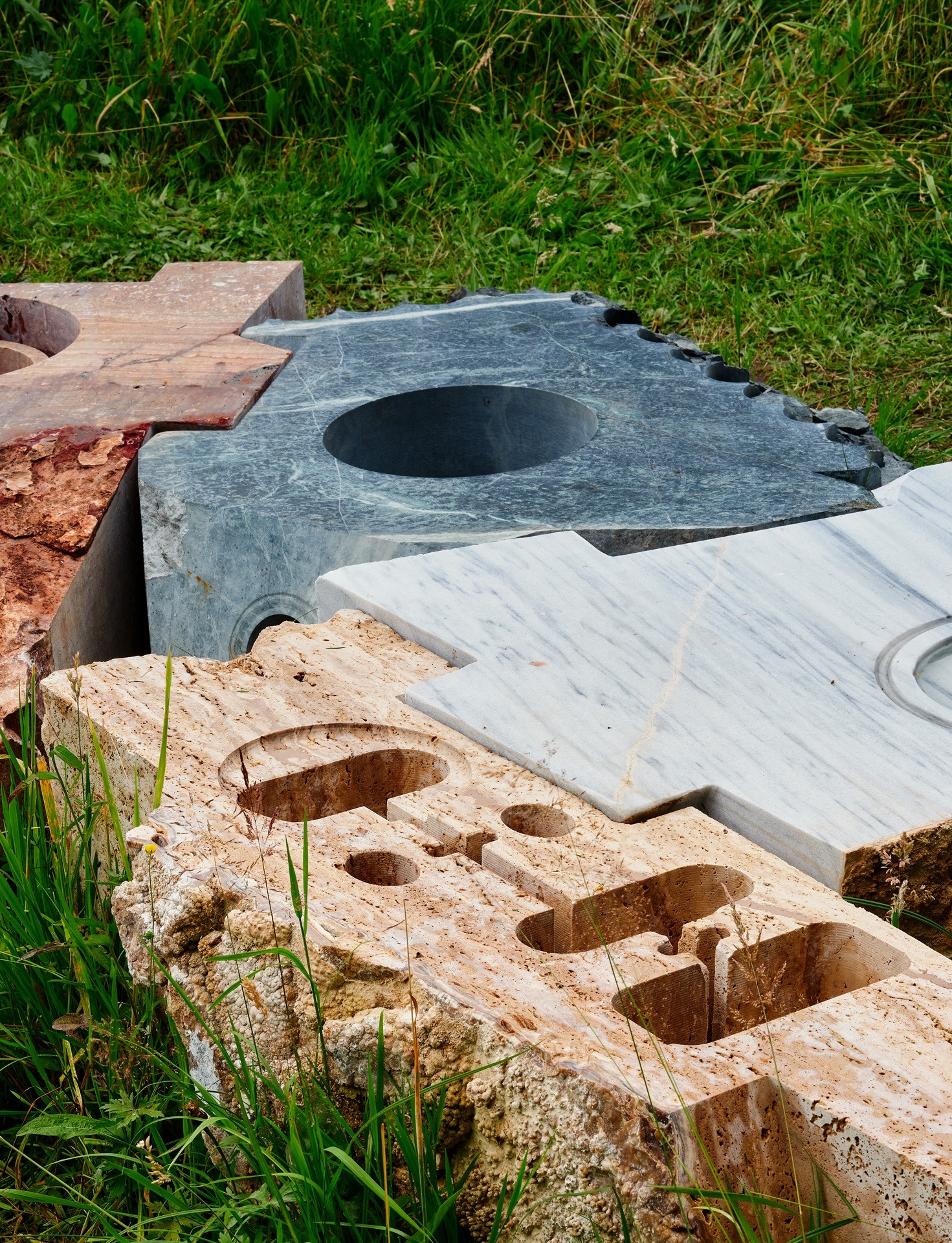
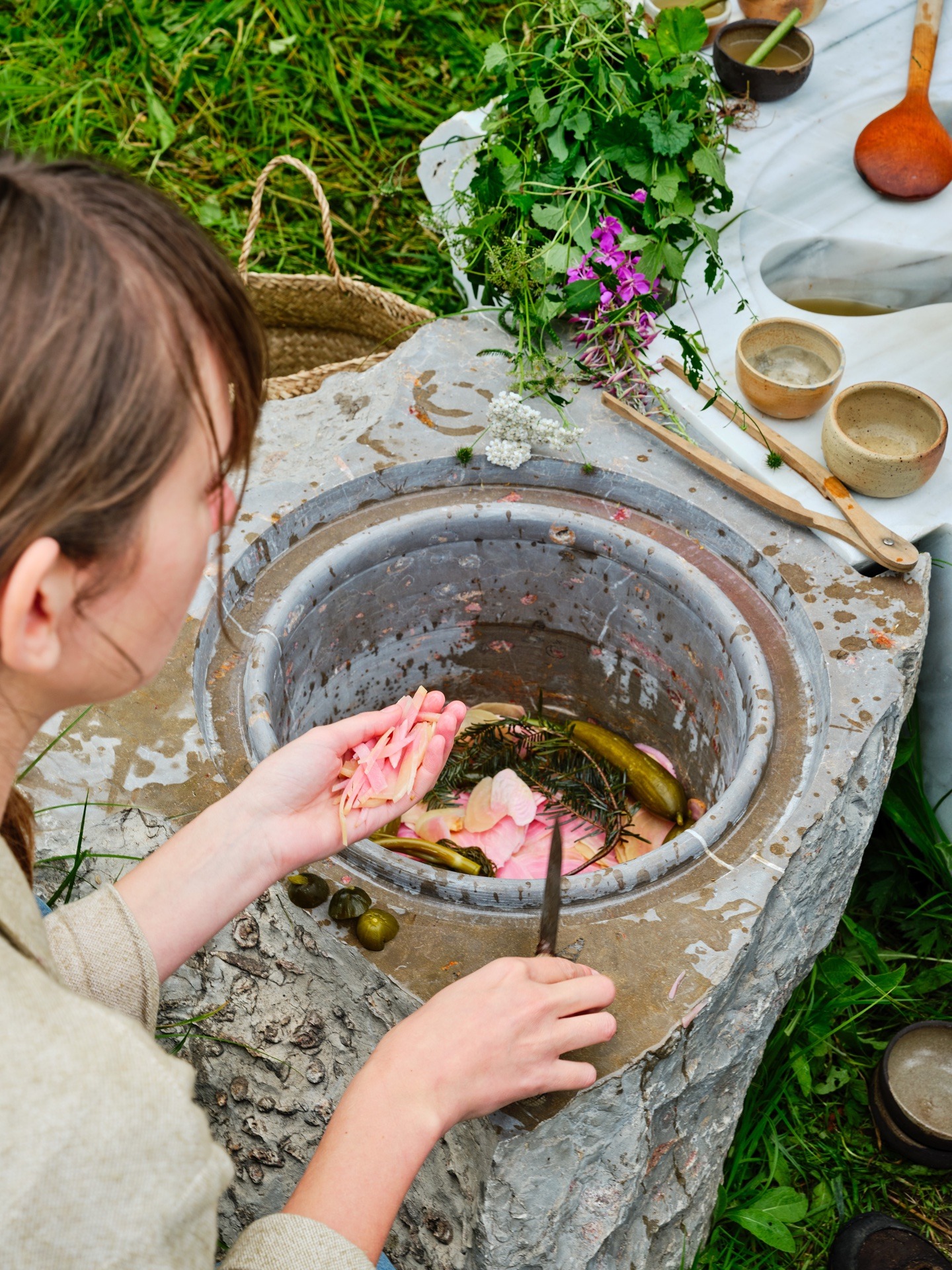
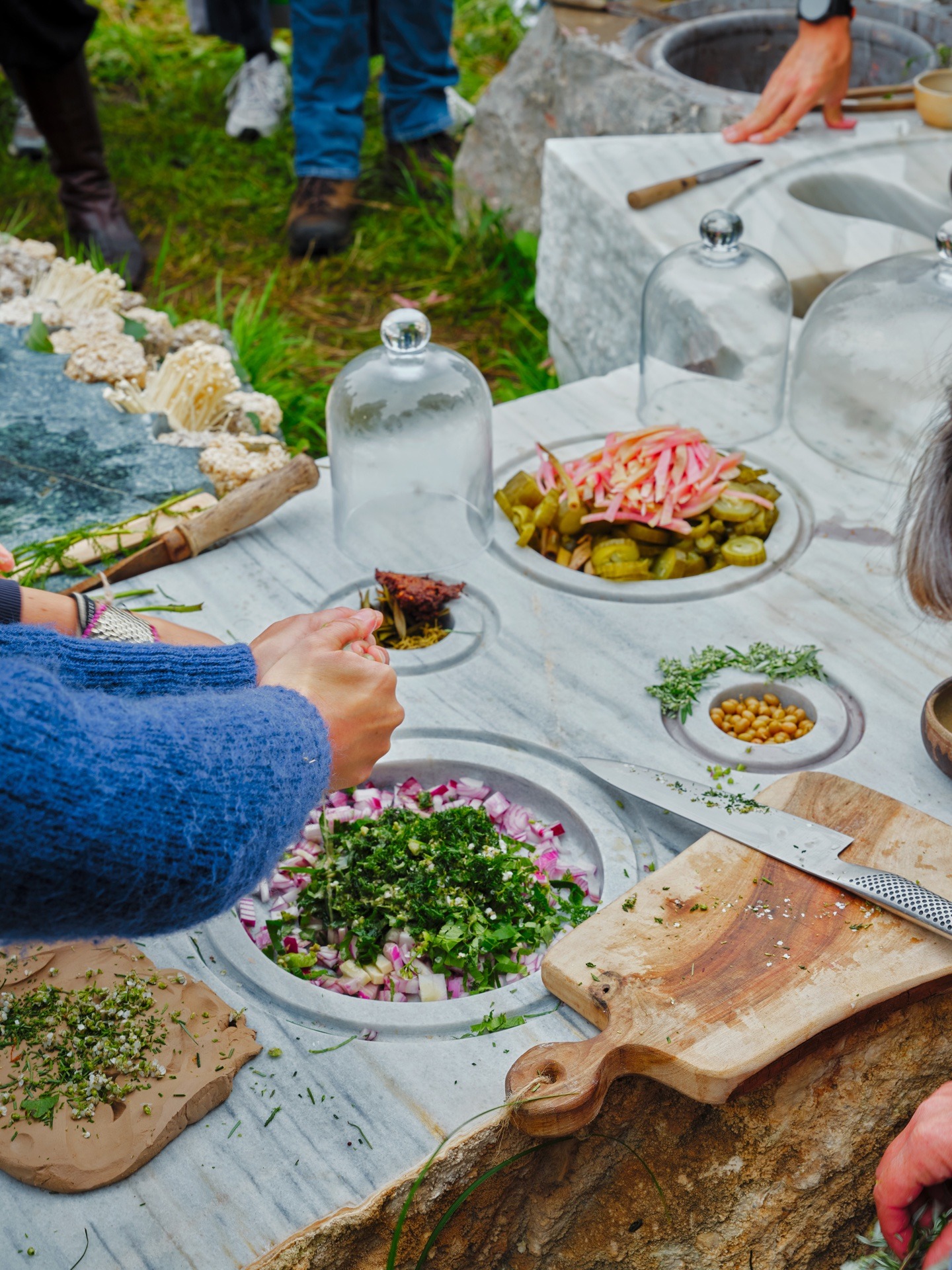
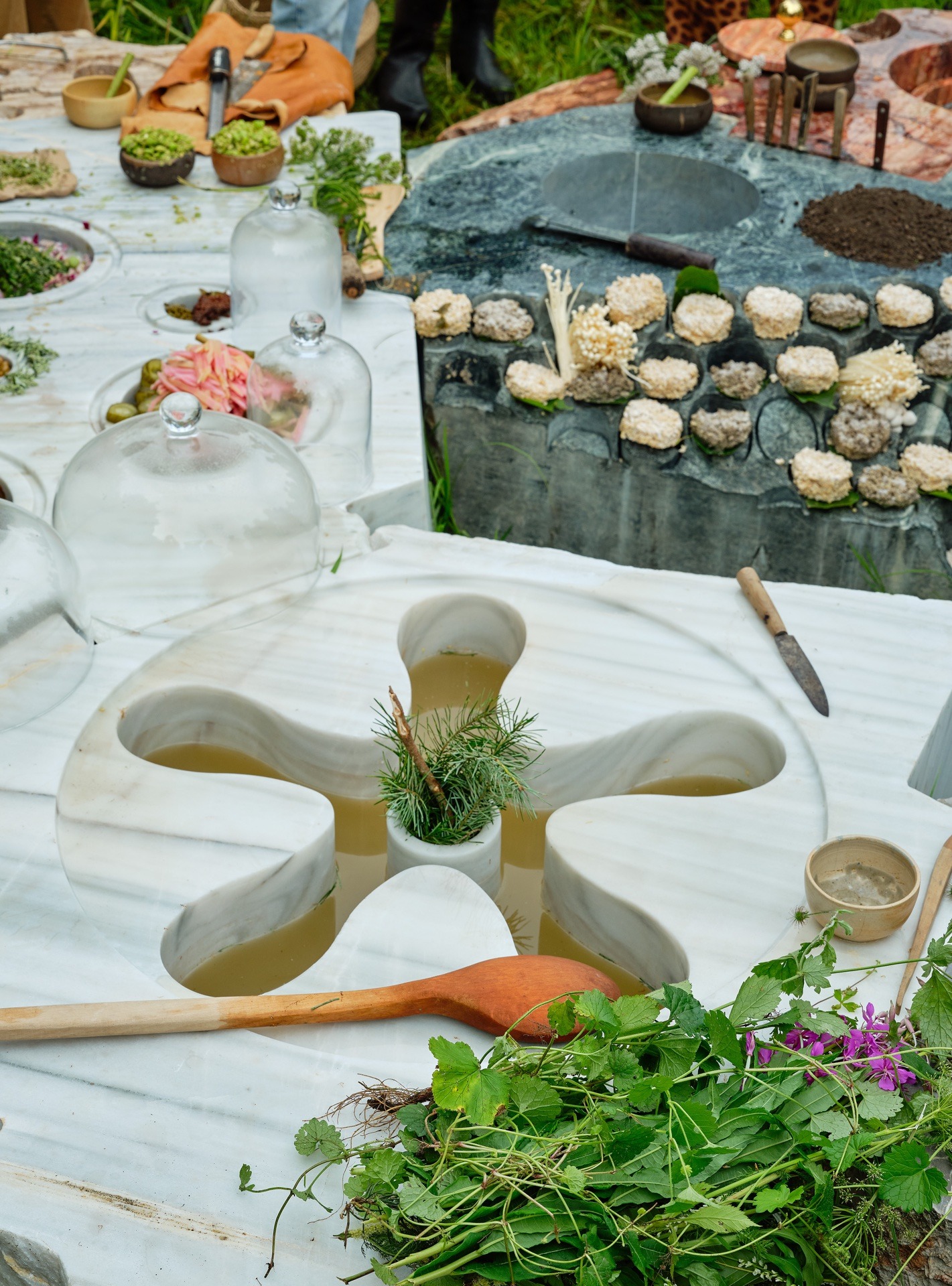

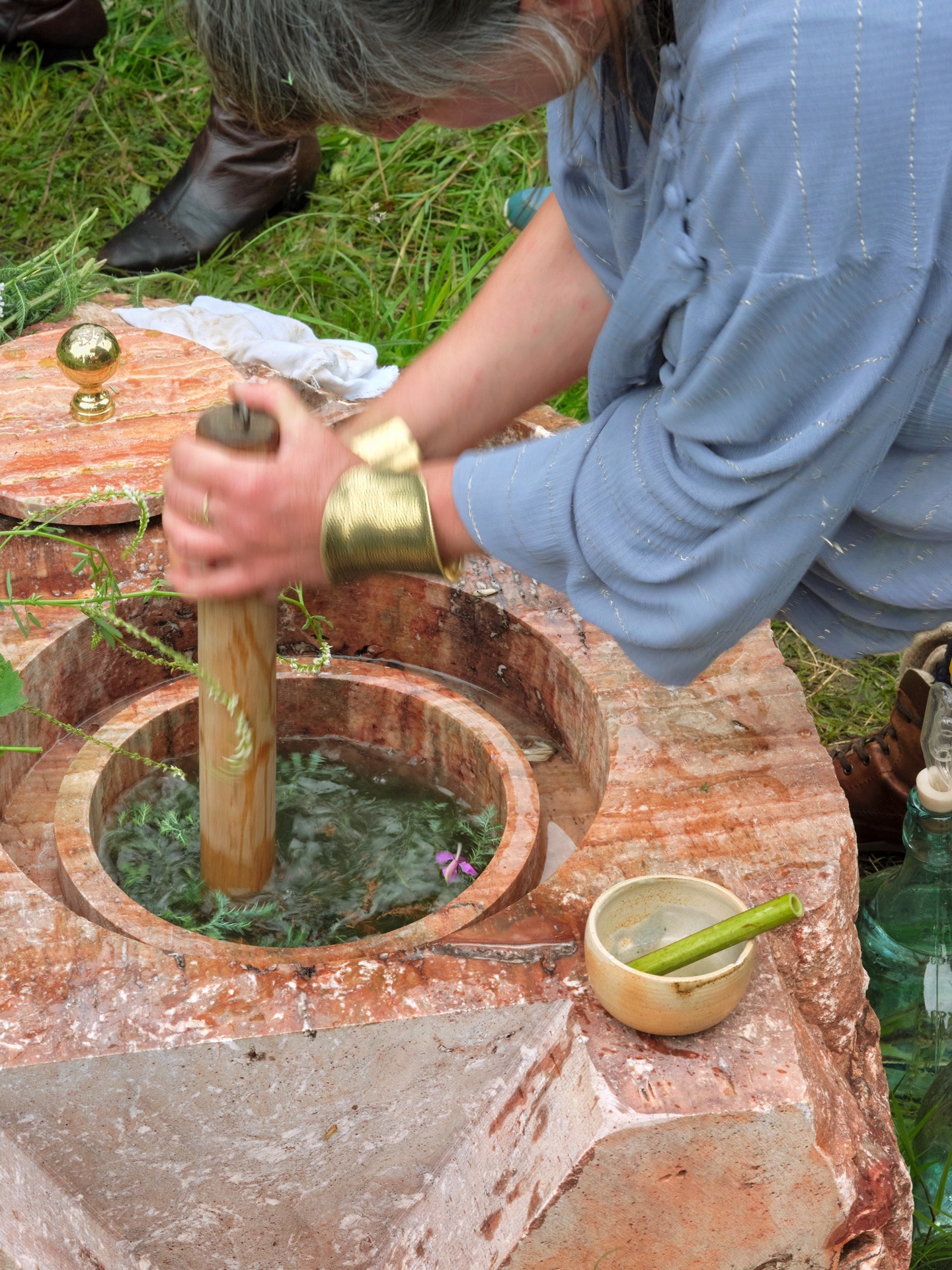
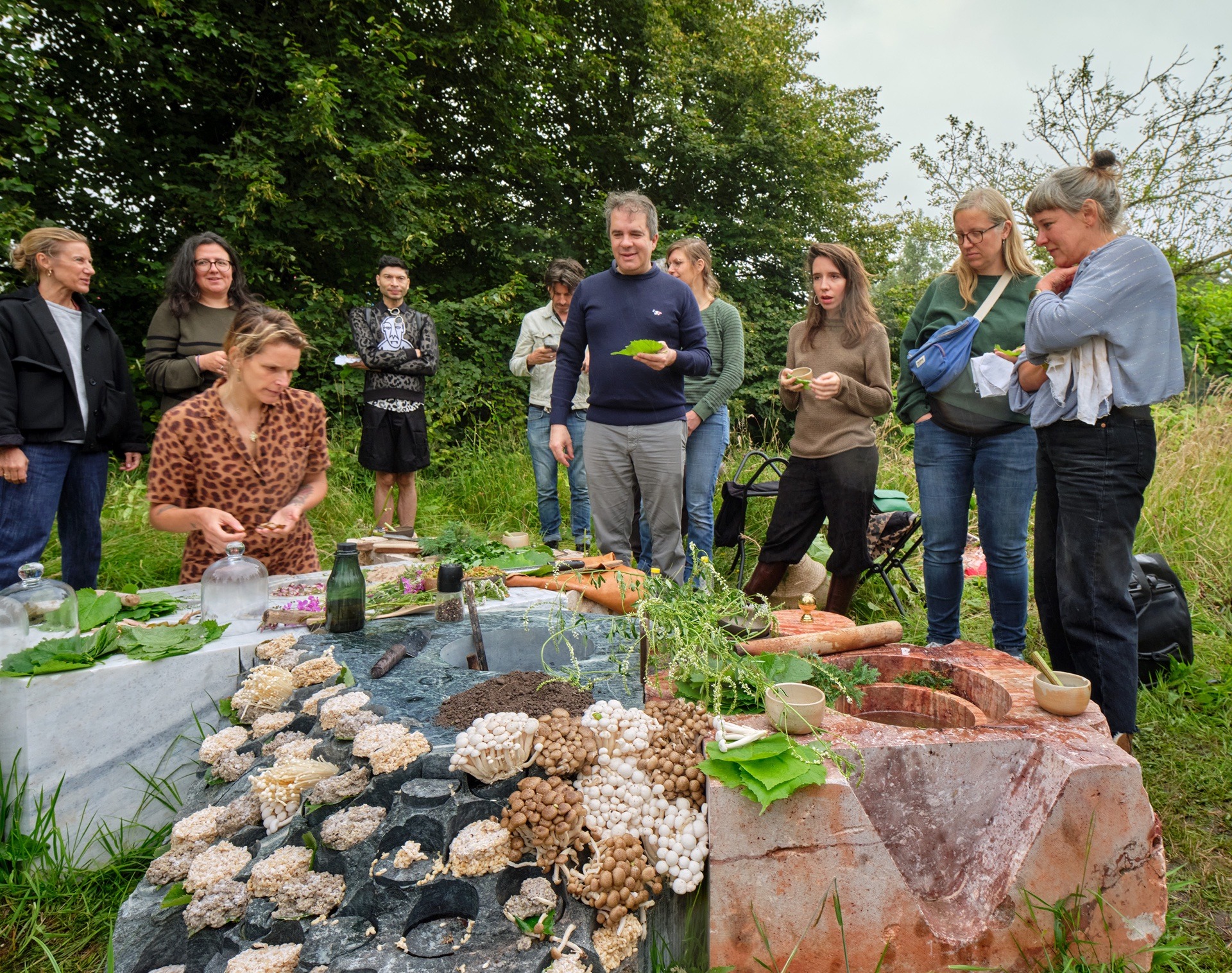
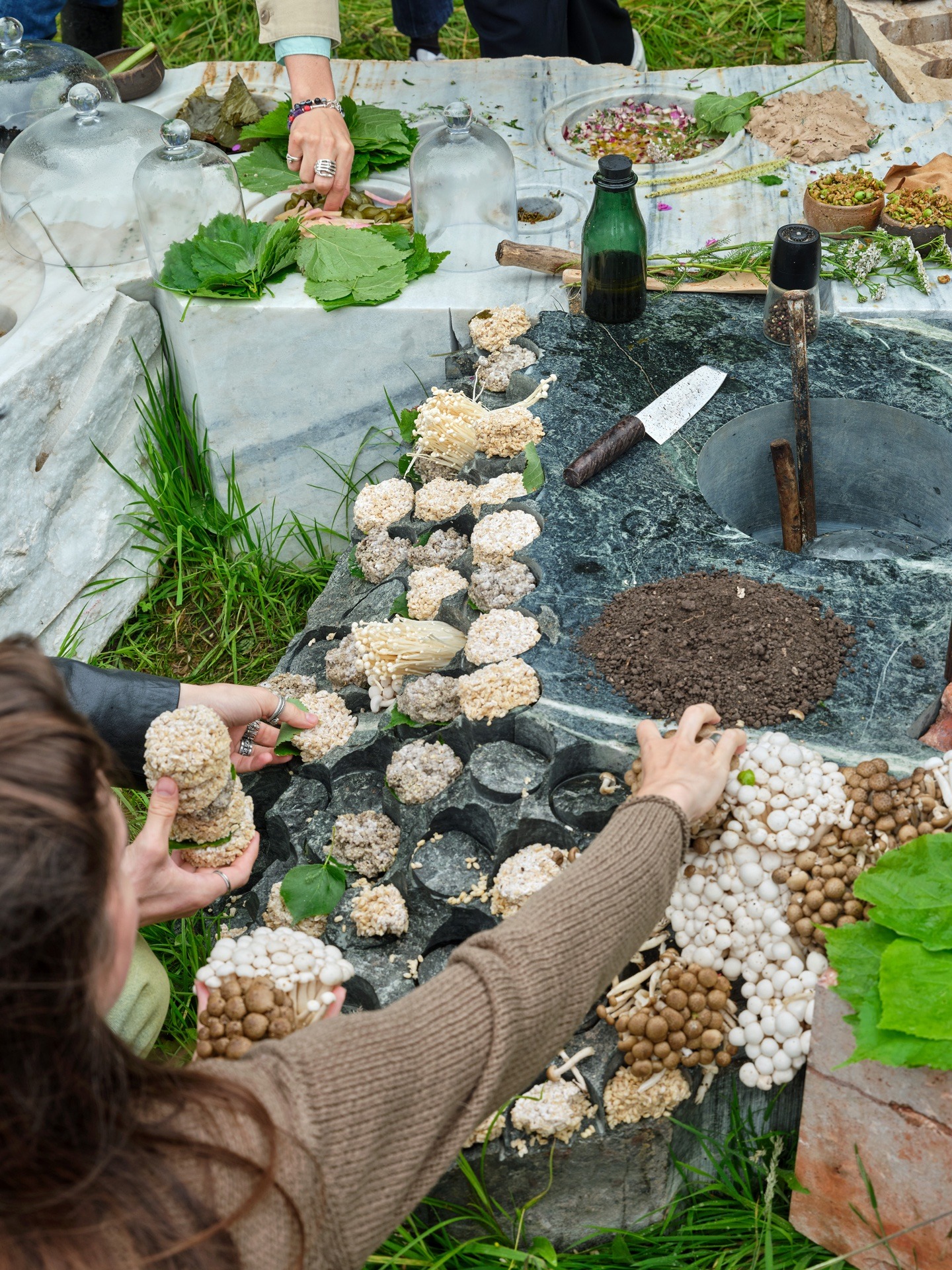
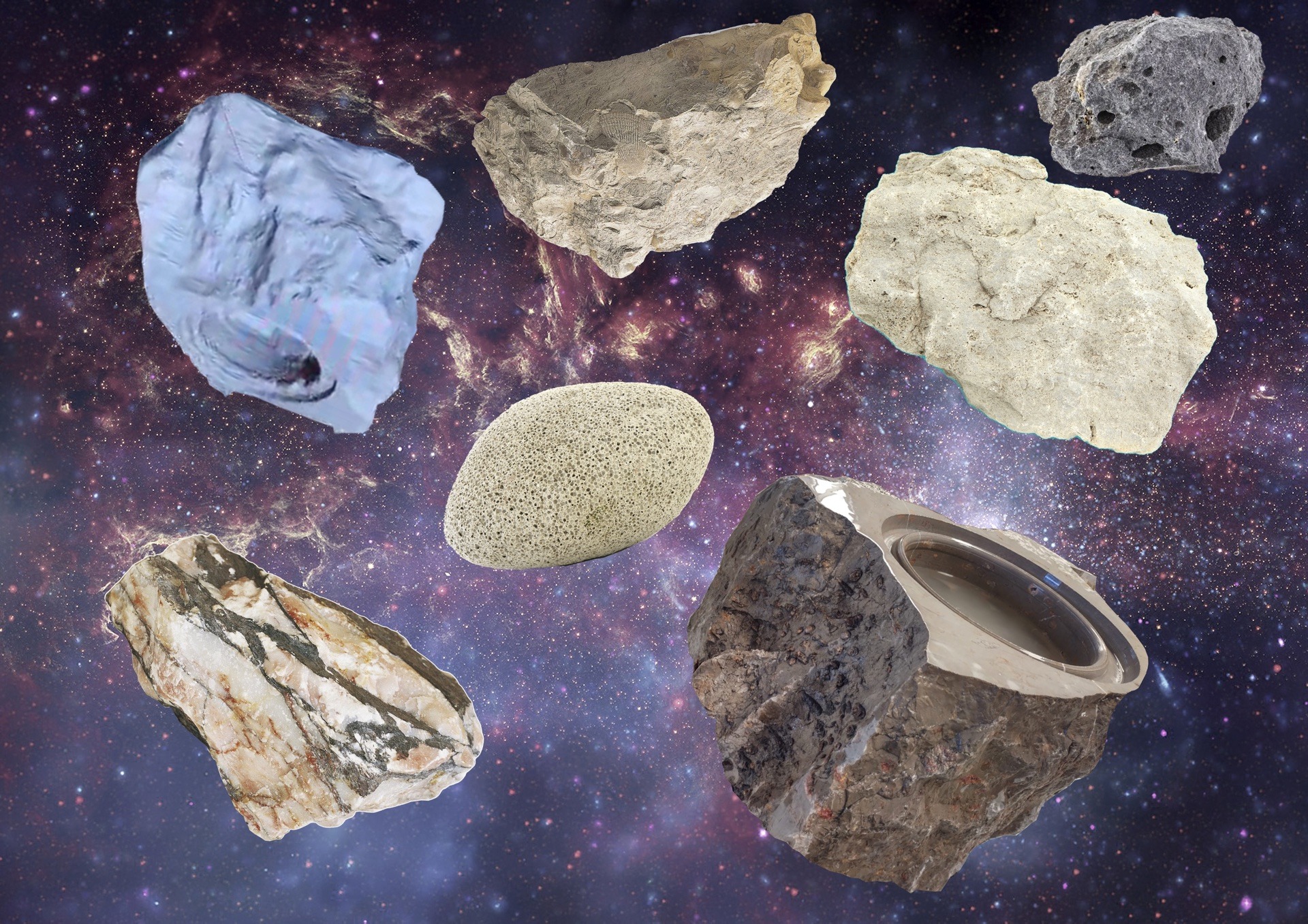
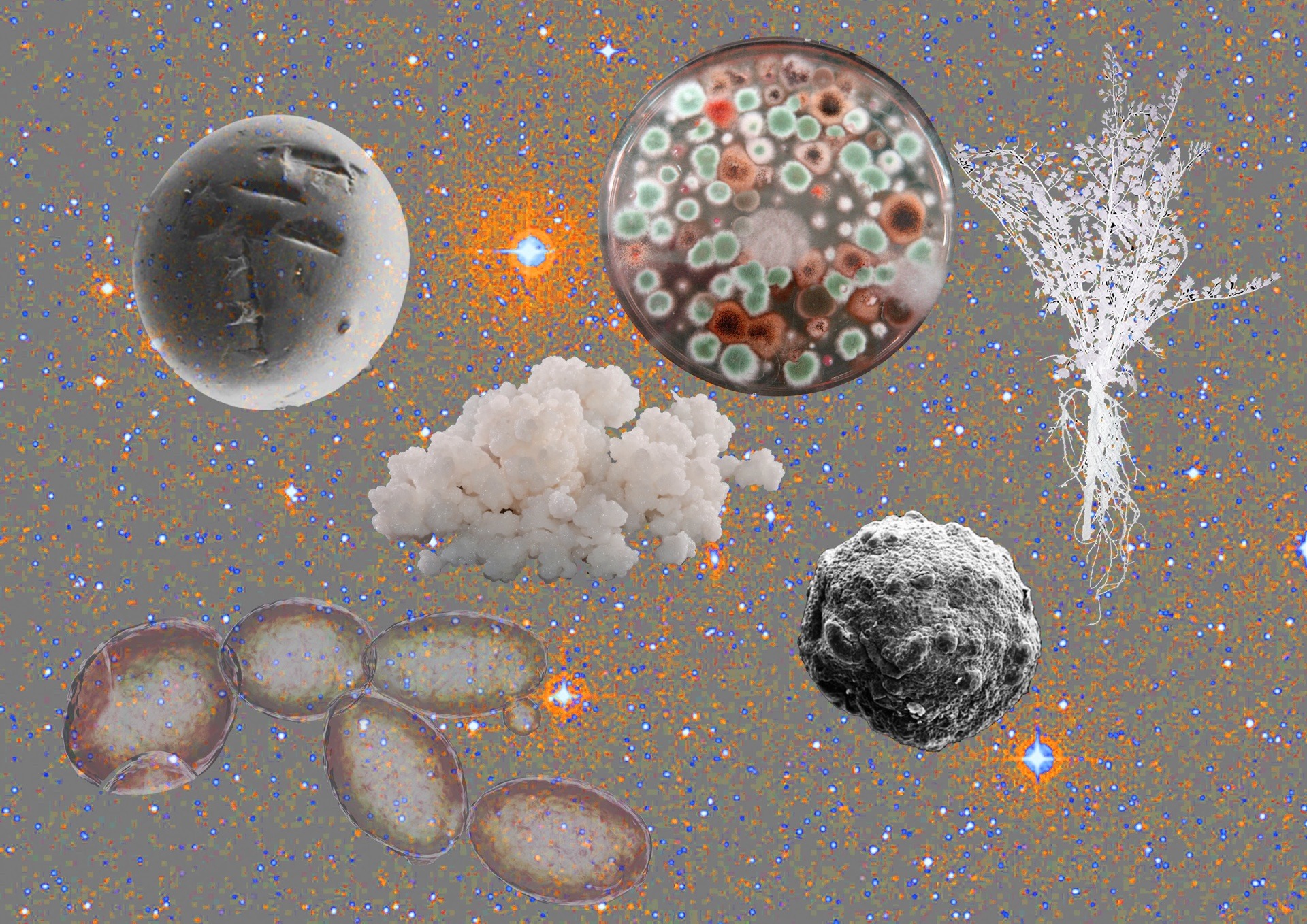
About the project
COSMO MoMA PS1 was the winner of the 2015 Young Architects Program. It was constructed as a probationary device to experience the cultural and political value of replacing the pursuit of purity, by designed co-inhabitance with toxicity.
COSMO is a movable artifact, made out of customized irrigation components, to make visible and enjoyable the so-far hidden urbanism of pipes by which New York City exists. COSMO is an assemblage of ecosystems based on advanced environmental design, engineered to treat 3,000 gallons of water by metabolizing suspended particles and nitrates, balancing PH, and increasing the level of dissolved oxygen. COSMO operates as both an offline and an online prototype. Though the COSMO app, it is possible to follow the evolution of the water in the device, to learn the insight needed to construct similar devices, and to connect with the community of experts that participated in its design.
COSMO is a party-artifact designed as a pleasant and climatically comfortable garden. As the result of a complex biochemical design, its stretched-out plastic mesh glows automatically whenever its water becomes drinkable.
Credits
Andrés Jaque / Office for Political Innovation
Winner of YAP MoMA PS1 2015
Team:
Andrés Jaque, Patrick Craine, Jocelyn Froimovich, Roberto González García
Laura Mora, Sebastian Bech-Ravn, Yannan Chen, Ilgaz Kayaalp, Nicolò Lewanski, Jorge López Conde, Senne Meesters, Laura Mora, Jorge Noguera Facuseh, James Quick, Jarča Slamova.
Research on the politics of water:
Iván López Munuera
Research on urban infrastructures and water in New York:
Esteban de Guido de Backer
Structure Engineering:
BAC Engeneering and Consultancy Group (Xavier Aguiló i Aran, Rodrigo Martín, Jaume Vallès, Hugo Díez)
Ecosystem Design:
Asepma (Jochen Scheerer)
Hydraulic Engineering:
ARUP (Sebastian Lopez, David Dubrow)
Electrical Engineering:
ARUP (Michael Incontrera)
Lighting Engineering:
Antonia Peón-Veiga
NYU Department of Interaction Science:
Arlen Bitsky,Ernie Gerardo, Hovsep Agop, Oskar Noam, Anneka Goss, Charles Deluga, Omayeli Arenyeka, Leslie Martinez, Sriya Sarkar, Nadia Palachkina, Dana Karwas
Models, web platform and app:
Joaquín García Vincente, Anna Melgarejo, Miguel Mesa del Castillo, Tatiana Poggi, FABLAB Proyectos Arquitectónicos de la Universidad de Alicante, Ad Hoc
Photography Director:
Imagen Subliminal (Miguel de Guzmán)
Audiovisual production:
Bollería Industrial (Paula Currás, Ana Olmedo, Eugenio Fernández Sánchez, Enrique Ventosa)
Video voice-over:
Lee Buckley
NYC Department of Environmetal Protection:
Corinne Martin, Kim Estes-Fradis
Ecosystemic Production:
Michelles Hofet, Valerie Lechene, Abreu Lucas, Rennie Lauren Jones, J. P. Buonocore, Yoonseok Lee, Michelle Ida Kleinman, Yannan Chen, Jiaying Fan, Dihua Yan
Botanical Advise:
Queens Botanical Garden (Rebecca Wolf)
Gardens and Ecosystems:
Balmori Associates, Camilla Hammer, GRNASFCK, Julia Frederick, Patio Interior and Marc Pascal, Regina Galvanduque and Andrés Mier y Terán, wHY , Paula Livingstone, Sofia Armanet, Verdant Gardens
Advise:
Storefront for Art and Architecture, Pepe Cobo Gallery, Queens Botanical Garden
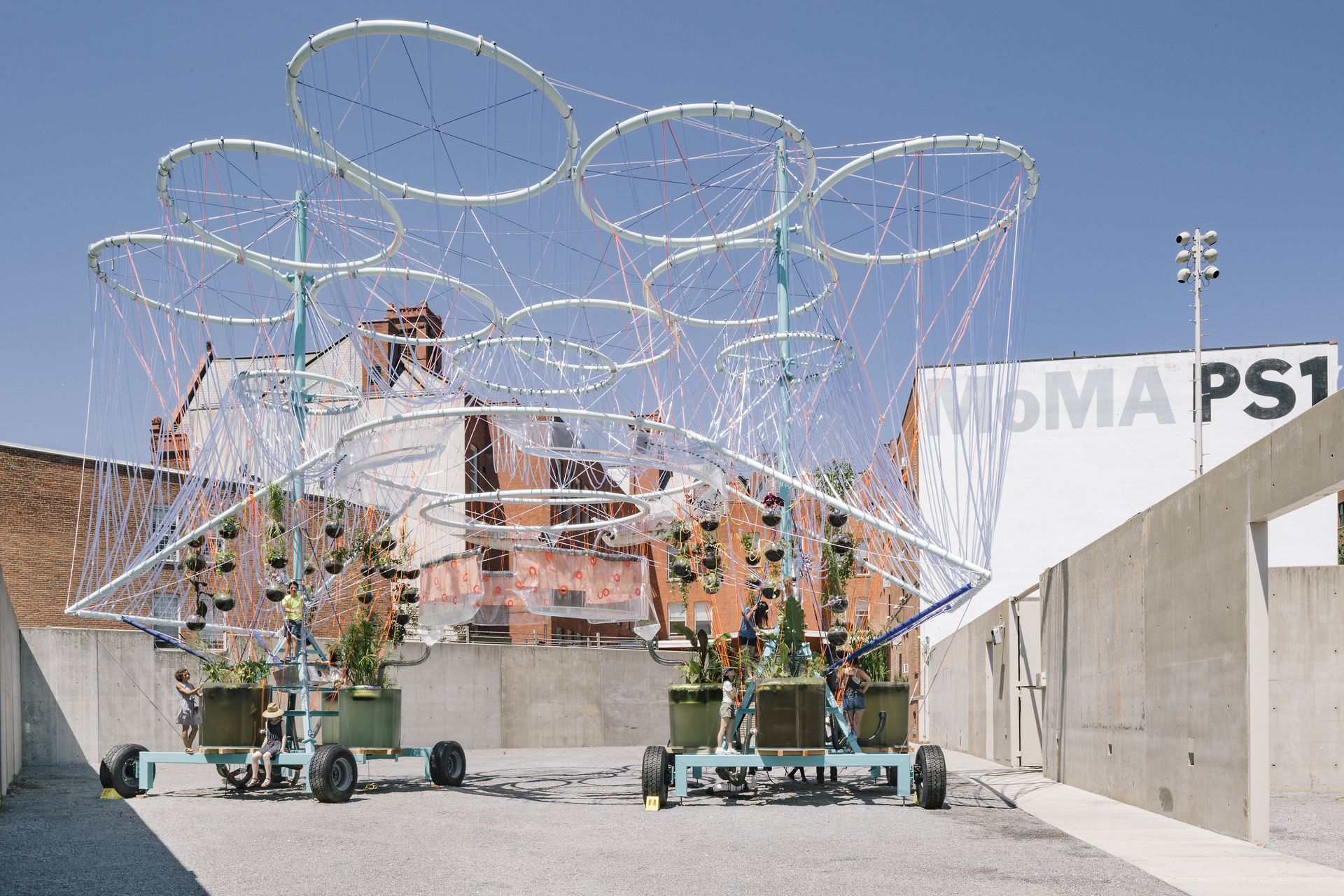
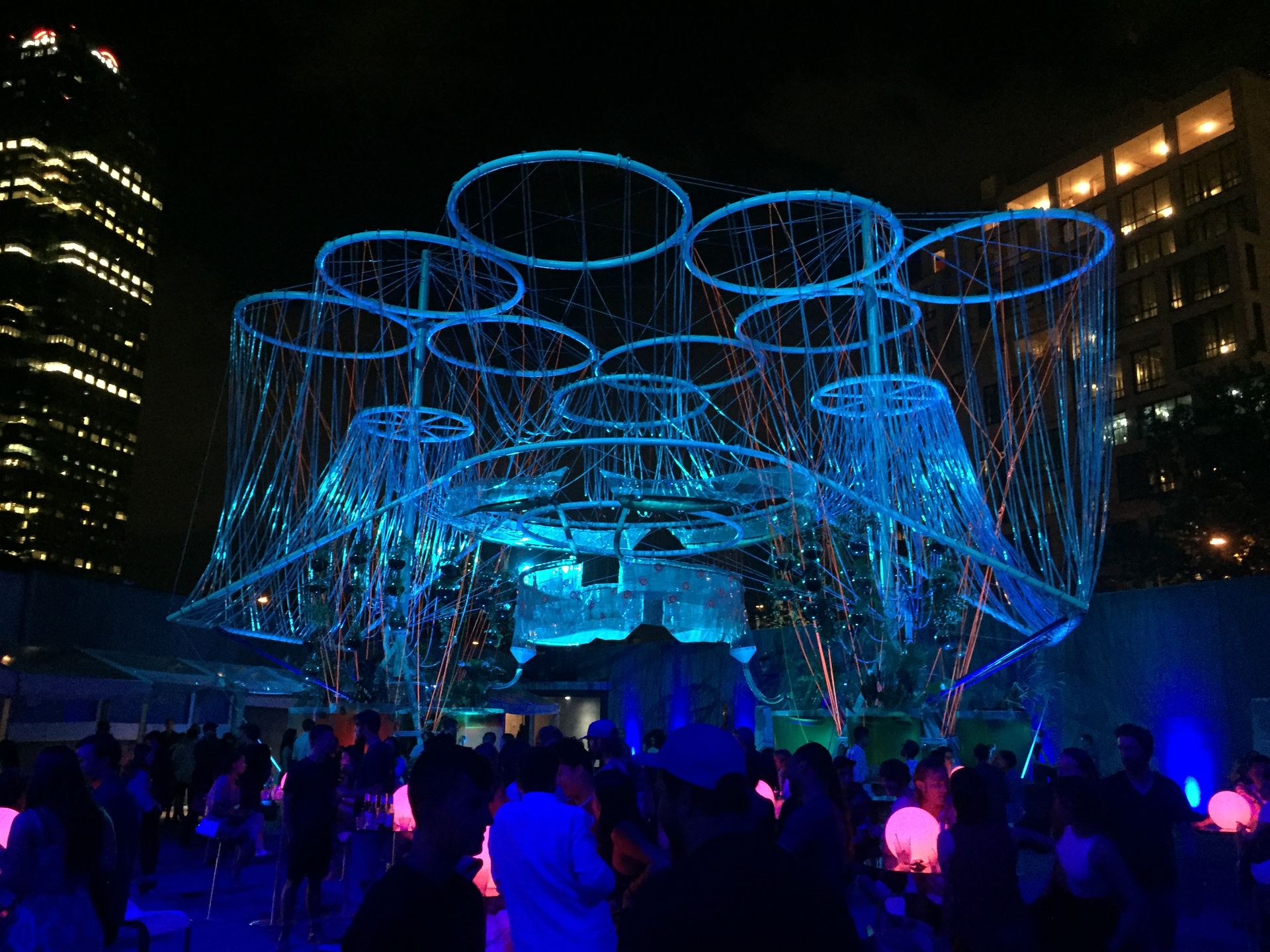
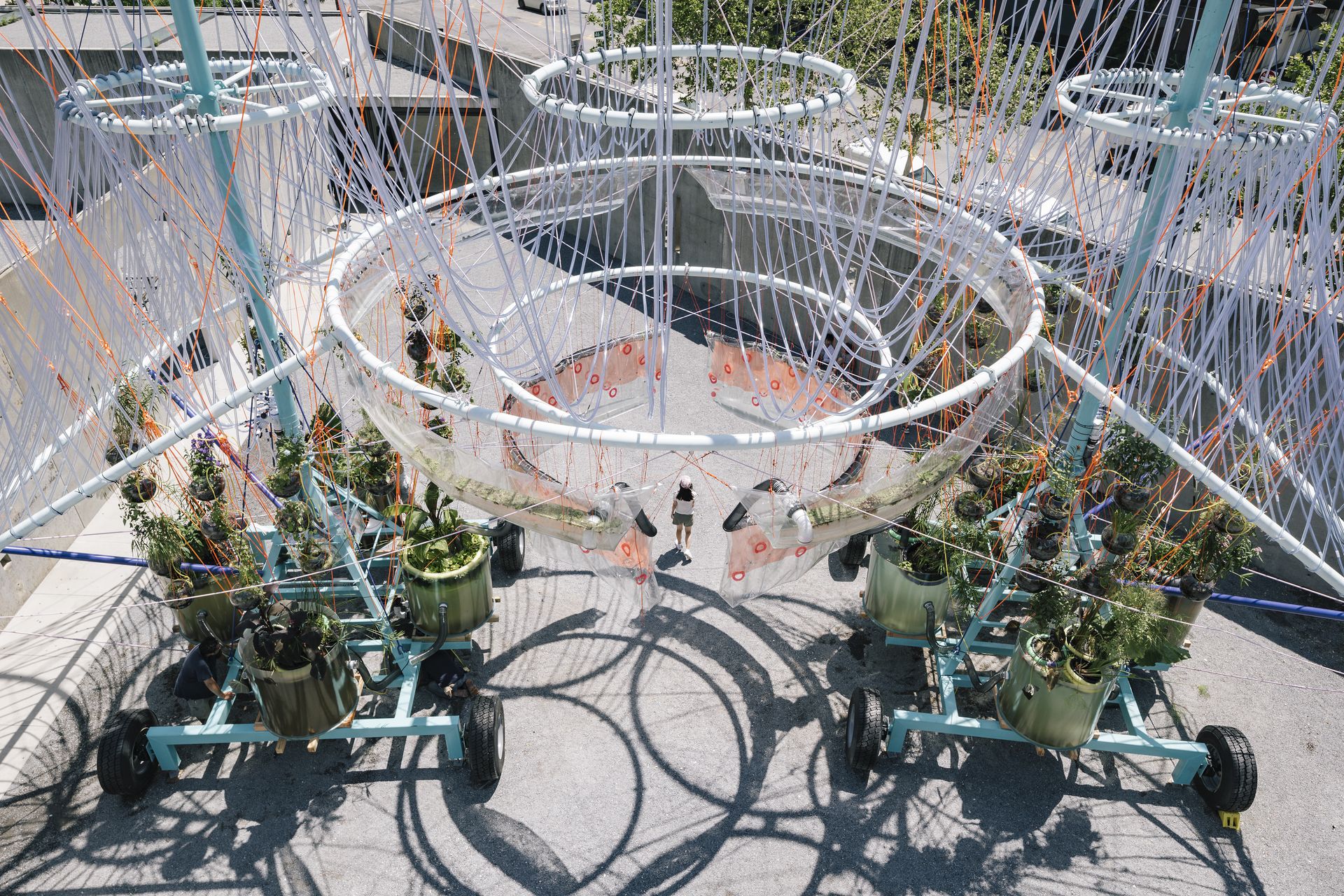
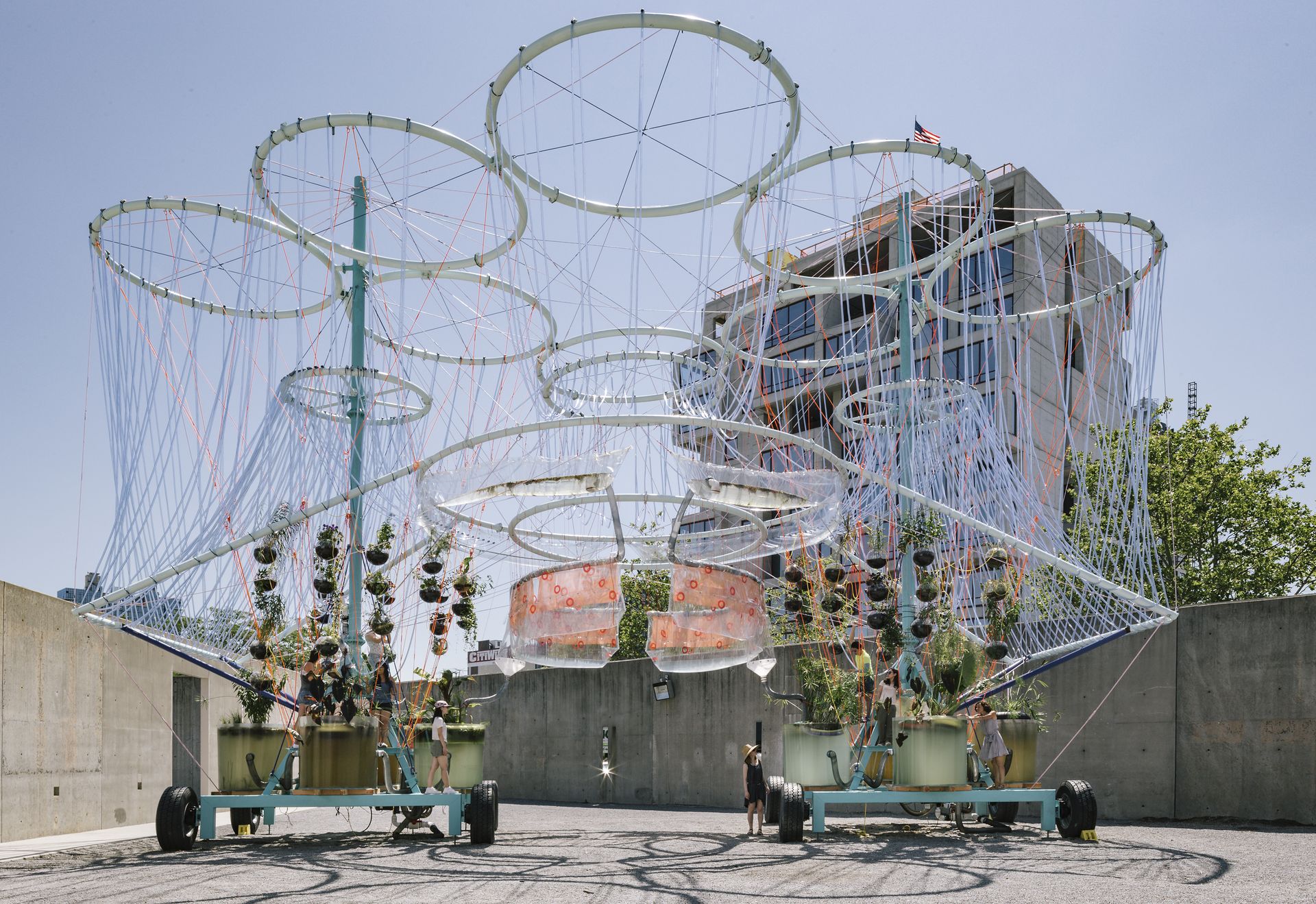
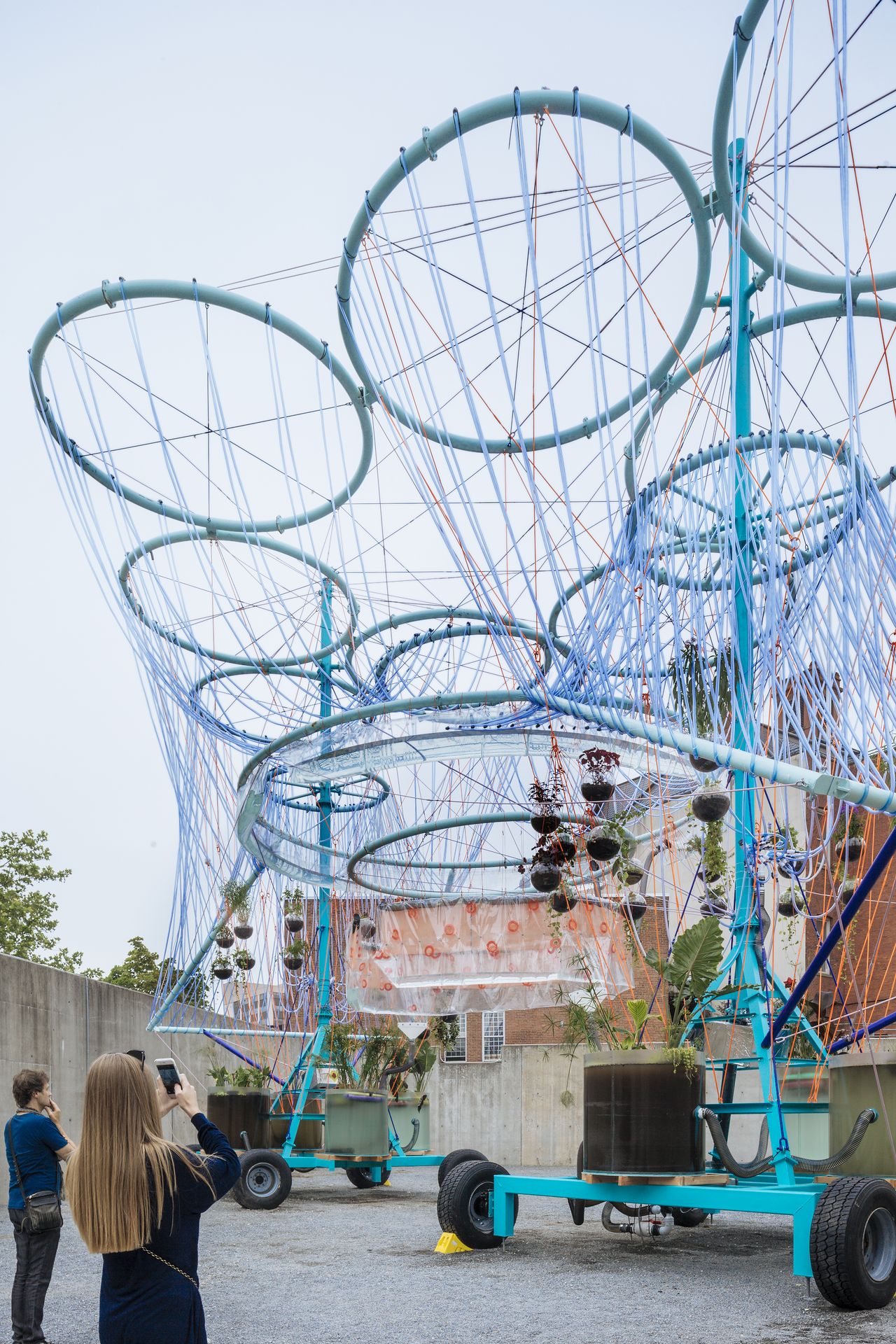
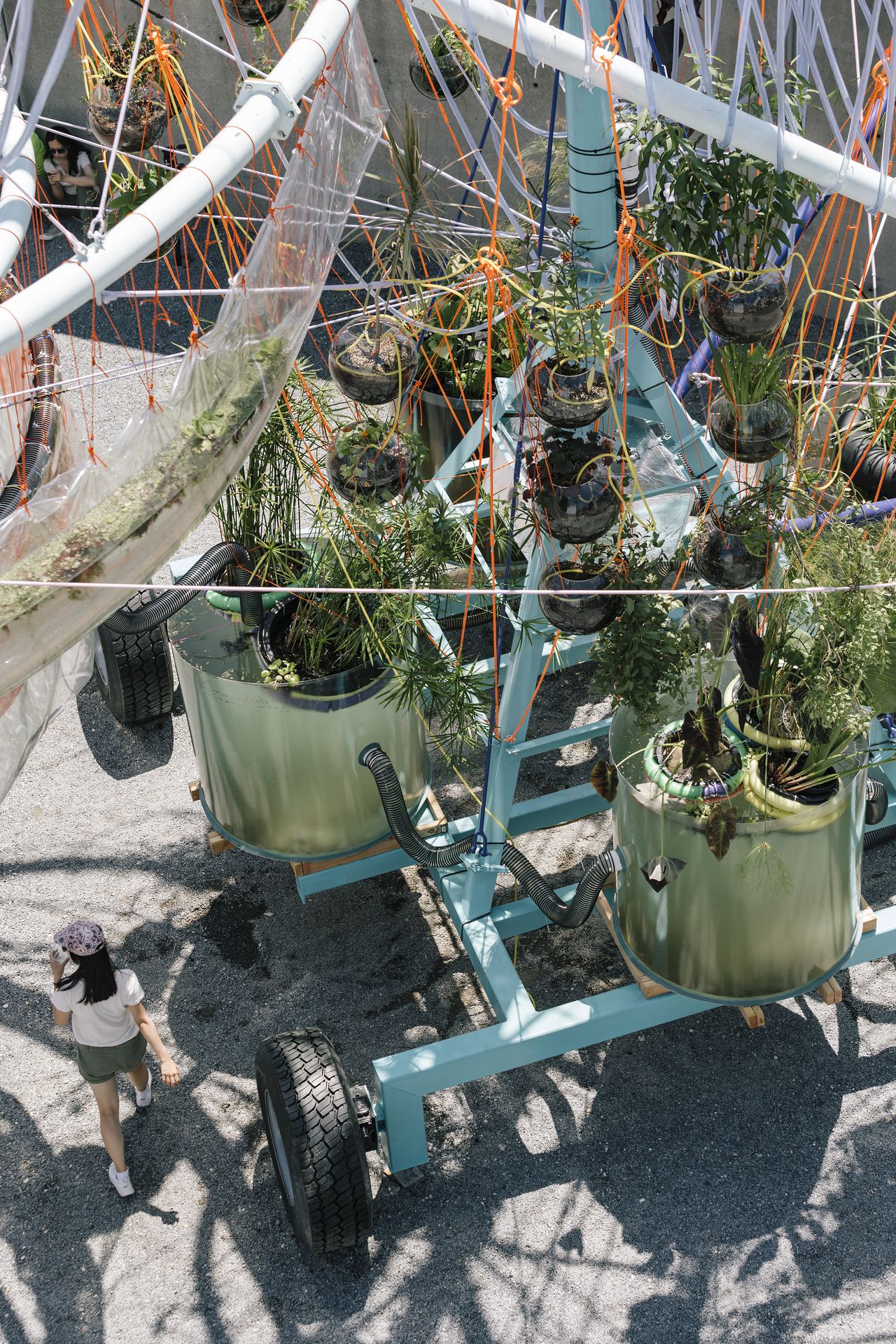
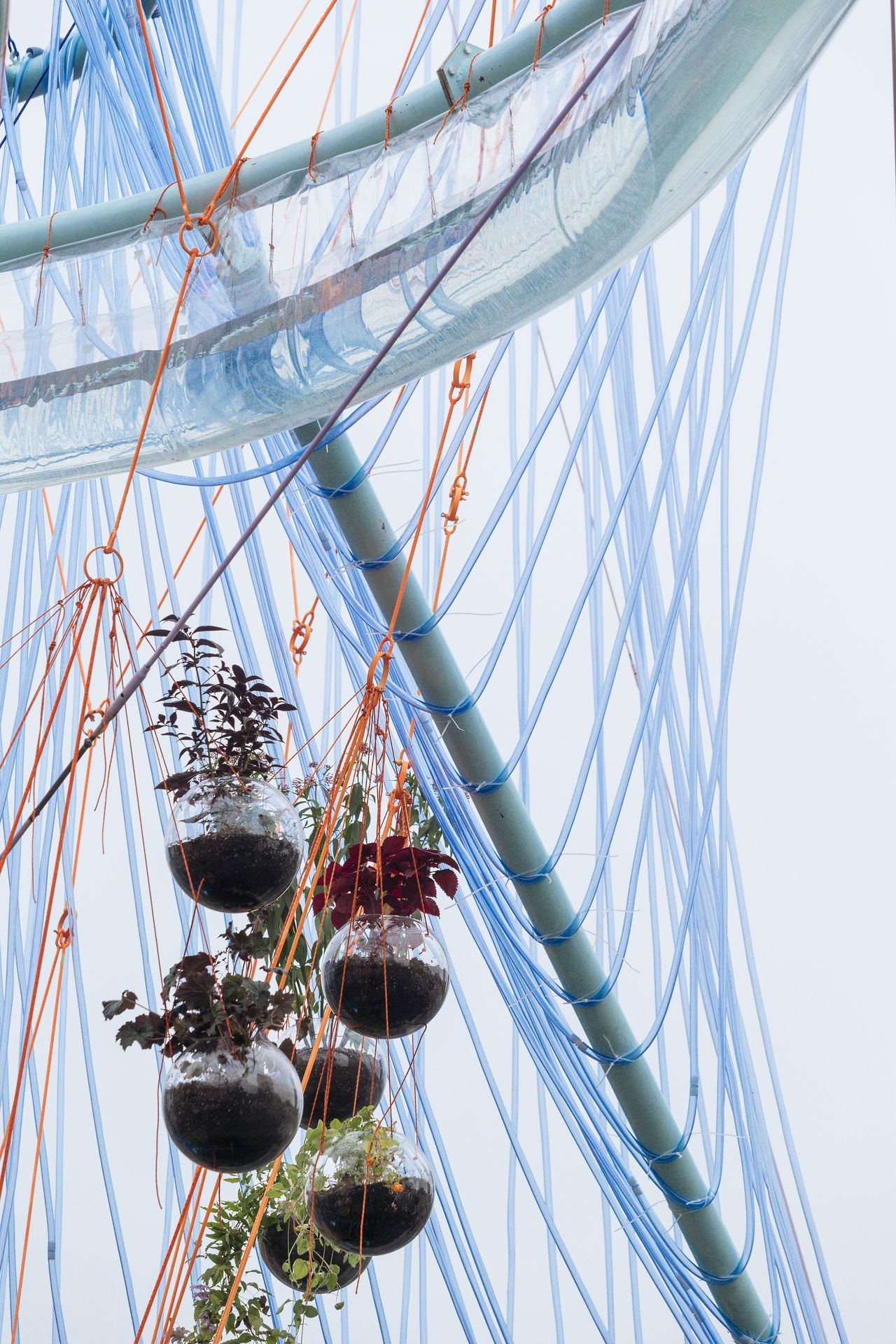
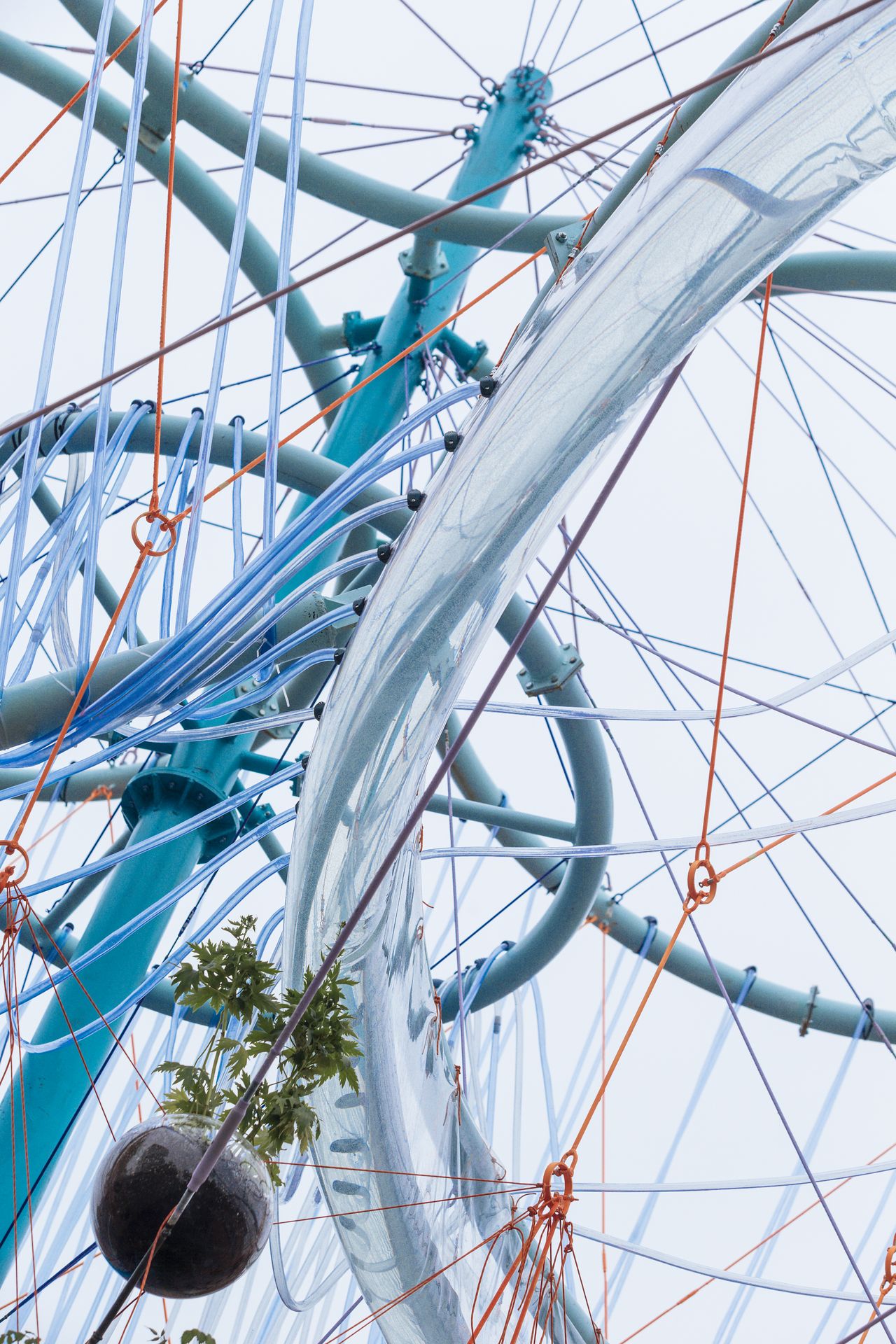
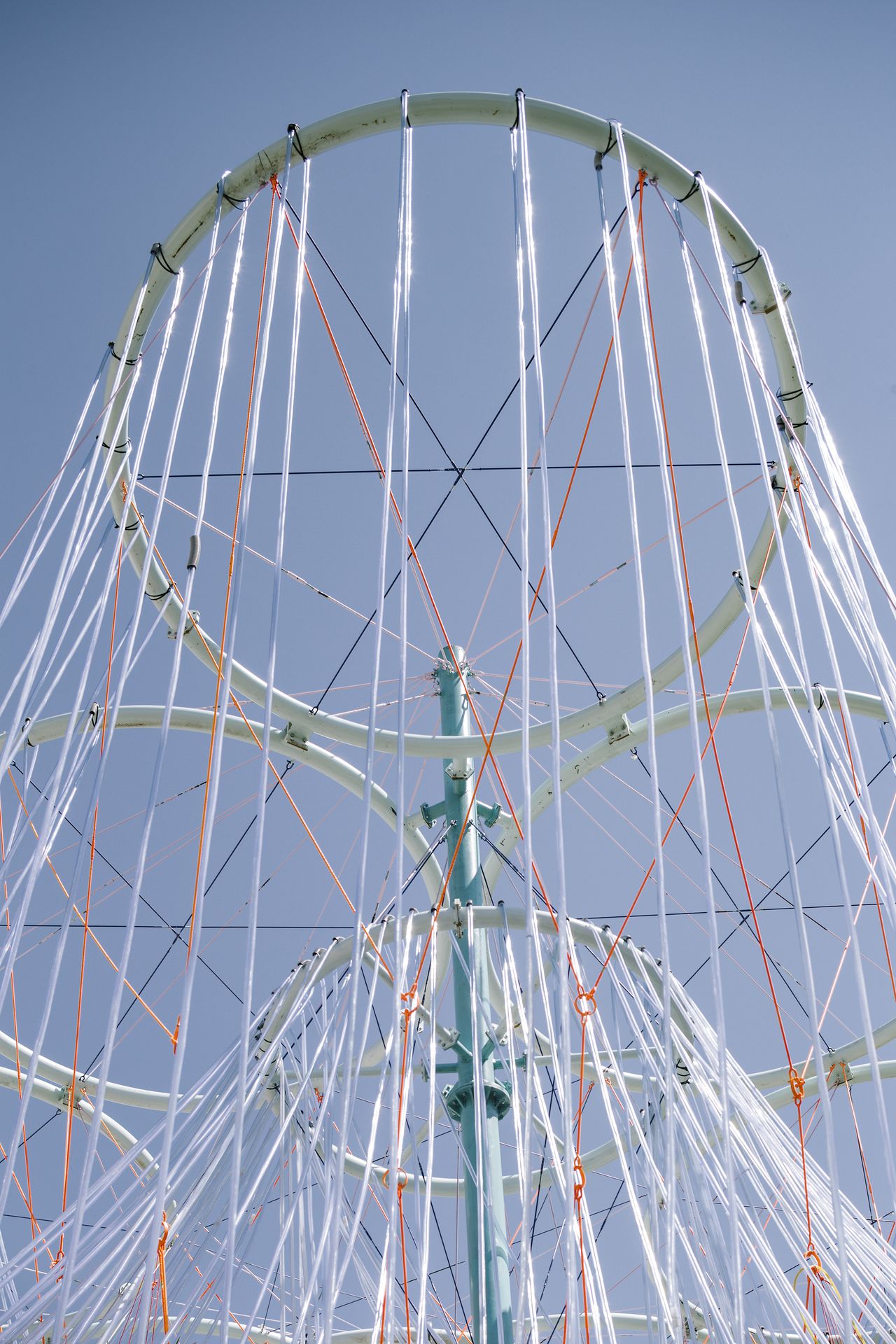
About the project
For the first time, the Shanghai Biennale will operate as an eight-month, evolving, “in crescendo” project conceived as a collective undertaking by artists, activists, and institutions, and unfolding in three phases between November 2020 and June 2021, challenging the usual art biennale format.
Titled 水体 Bodies of Water, the 13th Shanghai Biennale will advocate for processes of planetary re-alliance relying on transspecies collectivity. Exploring forms of fluid solidarity, the Biennale will convene artists to think beyond human-centered and nation-based narratives, connecting the discussions of bodies with those of the environment.
Chief Curator Andrés Jaque says: “From the depth and tempo of a breath to the evolution of an ecosystem, the Biennale will reflect on how collectivities are made tangible and bodied in wet-togetherness, exploring diverting forms of aqueousness. Beyond the confines of flesh and land, the curatorial proposal considers how discharging, breathing, transfusing, flushing, and decomposing are ways in which bodies exist together.”
The president of the PSA Academic Committee, Fei Dawei states: “The preparation of the 13th Shanghai Biennale took place during the uncertain times of a health crisis. “Bodies of Water” presents itself in fluid forms to accommodate the ever-changing reality, while finding ways to confront conventional exhibition-making methods. The Biennale strives to reach a place previous exhibition forms could not access. More importantly, this exhibition is utterly experimental: in the face of the changing global conditions, curatorial practices will continue to explore the possibilities of self-renewal.”
The Biennale is engaging with the history and geography of Shanghai, a long-standing arena for liquid territorial bodies, and the site for this Biennale. The city is intimately connected to the 5,000-meter descent to the East China Sea of Qinghai-Tibet Plateau’s meltwaters located at the intersection of the Huangpu and the Yangtze Rivers, and in the vicinity of the human-made Jing-Hang Grand Canal. Particles dragged from up to 6,300 kilometers of sediment are metabolized by edible plants at the Yangtze Delta, China’s most fertile agricultural site. Mineral and organic matter, travelling suspended as part of bodies of water, is then rebodied. Water flowing reconstructs geographies and vitalizes organisms. Not without struggle.
The Shanghai Biennale, the oldest art biennale in China, will ultimately interrogate its own situation at PSA, a former coal-electric plant that fueled the industrialization of the Huangpu River, a cauldron of accelerated production and bodily mobilization.
This edition will nurture art as an ecosystem of practices closely connected to different forms of human and non-human knowledge, sense, and intelligence. In close collaboration with Shanghai’s universities and networks of independent art spaces and activism, the Biennale will build on art’s interdependency with science, social constructs, technology, and modes of spirituality. Rather than presenting art as autonomous, it will provide a platform to acknowledge the diversity in which research and knowledge-making happens and is disseminated.
THE PHASES: IN CRESCENDO BIENNALE
For the first time, the Shanghai Biennale will operate as an eight-month “in crescendo” project, unfolding in three phases:
PHASE 01: A WET-RUN REHEARSAL. November 10–14, 2020. A summit bringing together contributors to present their work in the form of a performative assembly taking place in the PSA’s Grand Hall and spreading out to networks of art spaces along the Yangtze River, as well as online.
PHASE 02: AN ECOSYSTEM OF ALLIANCES. November 15, 2020 – April 9, 2021. Keeping a permanent post at the PSA, the “in crescendo” project associates itself with infrastructures where online/offline social and communal life are taking place. These include streaming TV channels, social media, university programs, and serial interventions on urban dynamics.
PHASE 03: AN EXHIBITION. April 10 – June 27, 2021. Opening with a festival, the Biennale will unfold into an exhibition that will run through PSA and expand into a series of locations along the Huangpu River and across the city of Shanghai.
Credits
Shanghai Biennale 水体 Bodies of Water: The 13th Shanghai Biennale
Tuesday, November 10, 2020 – Sunday, June 27, 2021
Chief Curator: Andrés Jaque
Curators: YOU Mi, Marina Otero Verzier, Lucia Pietroiusti
Head of Research and Publications: Filipa Ramos
Power Station of Art
678 Miaojiang Road
Shanghai, China
200011


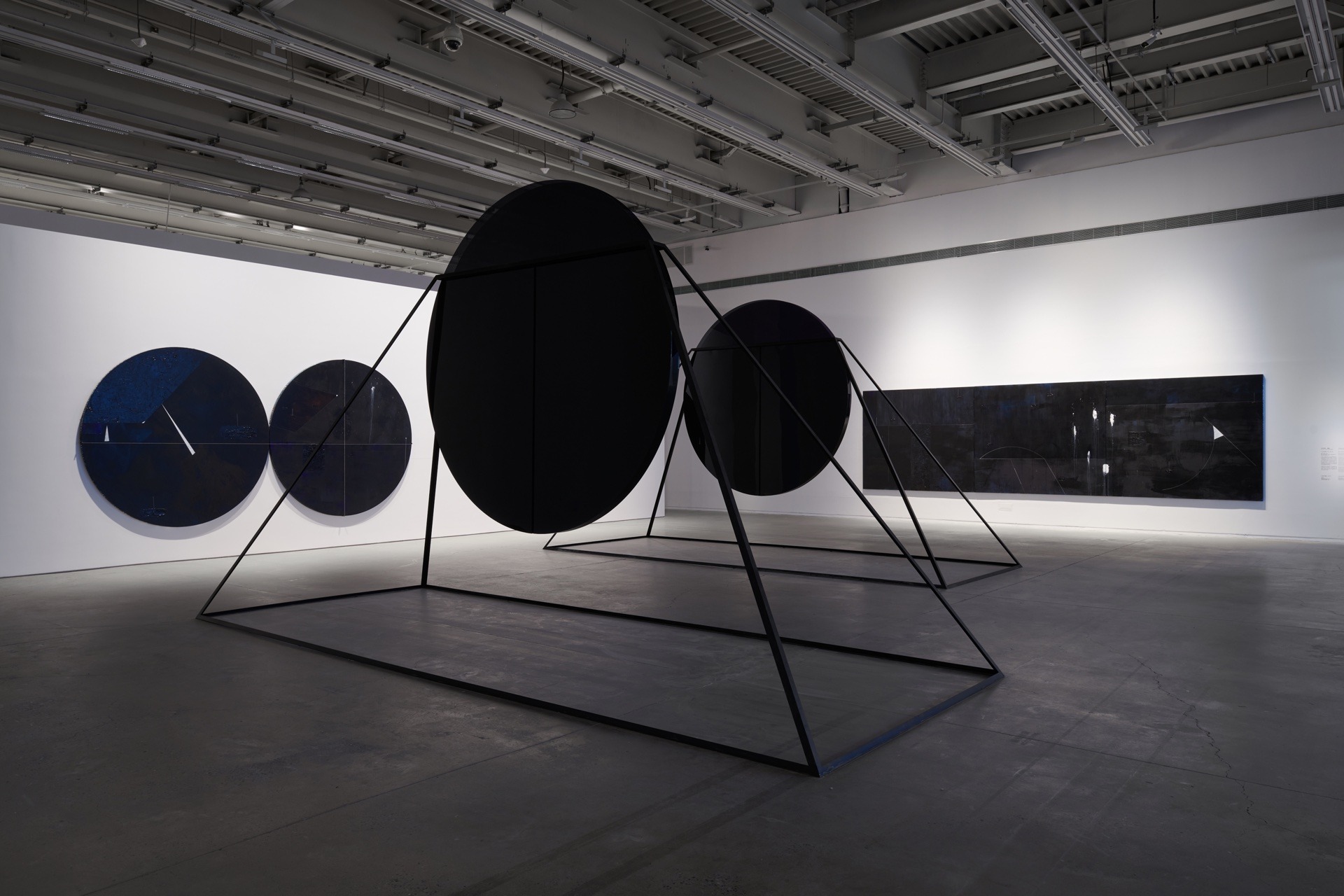









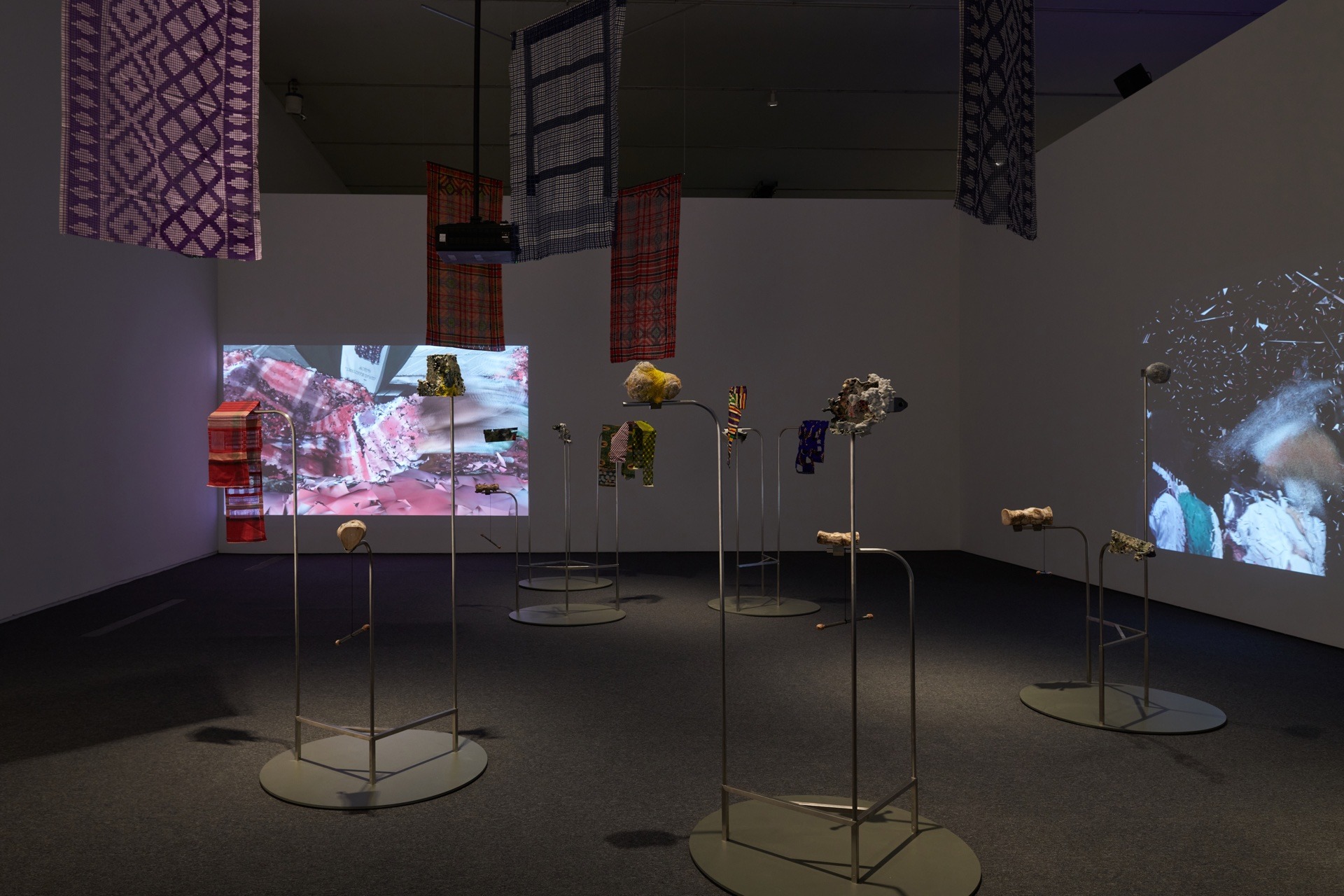
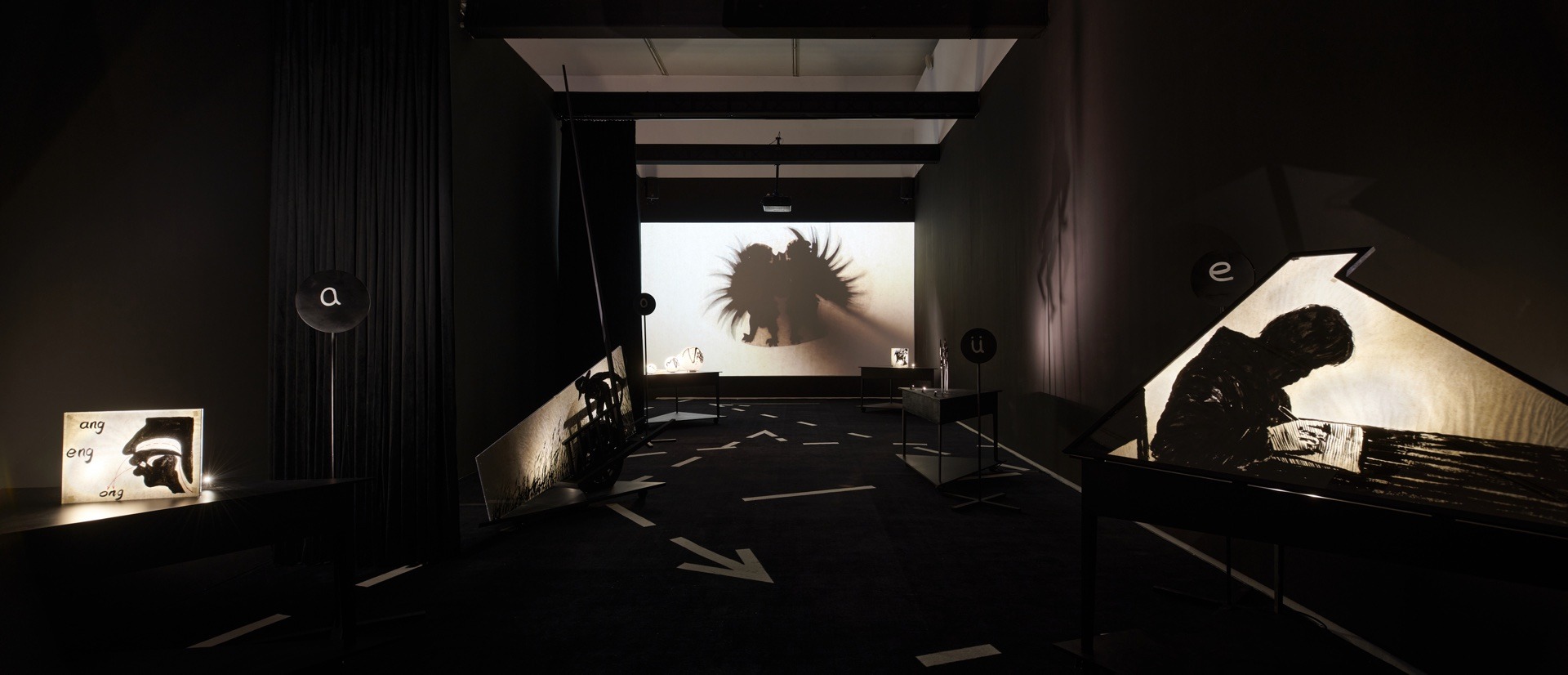


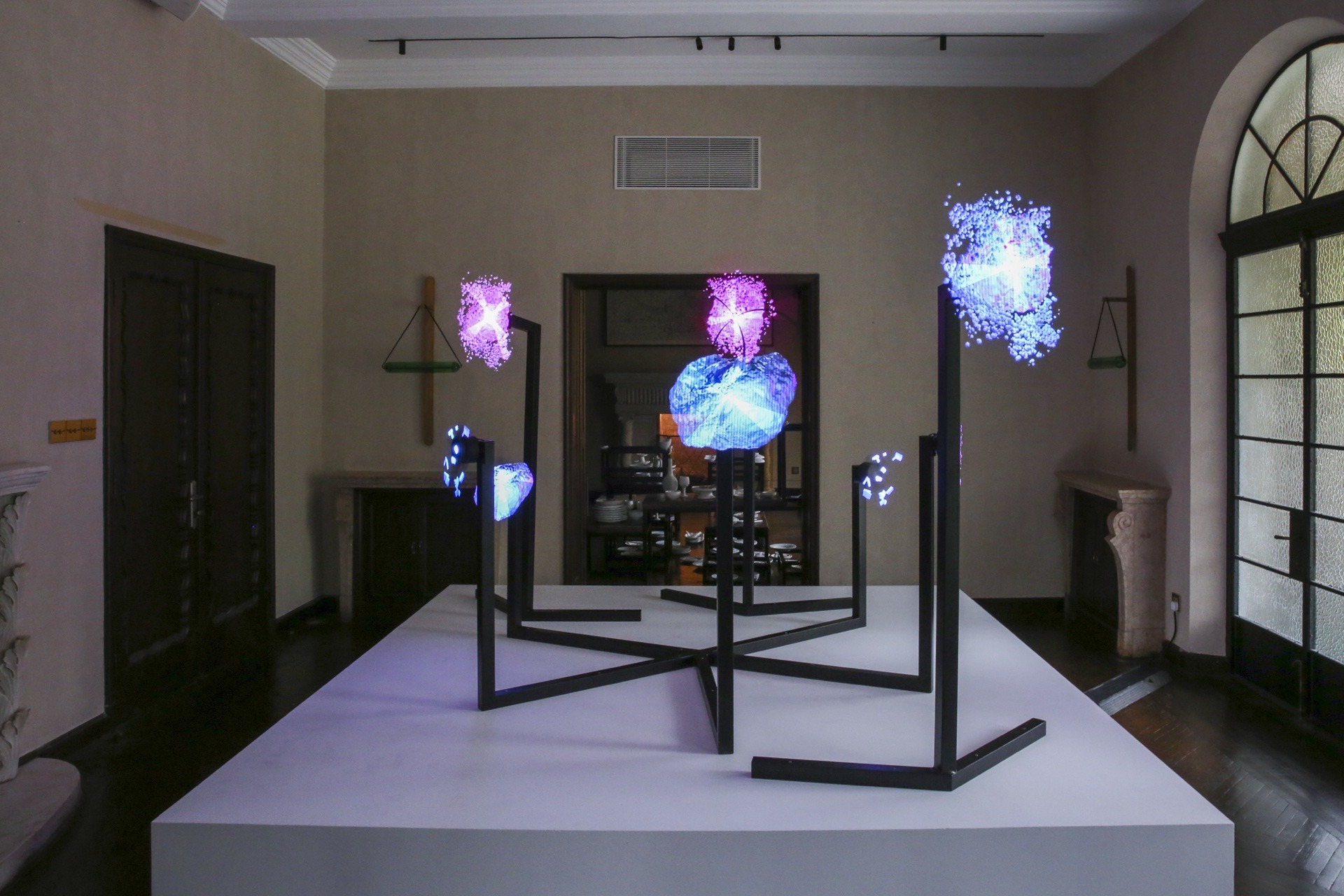

About the project
For architect, writer, and curator Andrés Jaque, architecture is first and foremost a political activity, with every aspect of the discipline shaped by conflicts, negotiations, and compromises between stakeholders—whether city council representatives, real estate developers, construction workers, actual or prospective residents, squatters and bystanders. Since he moved to New York in 2010 Jaque, with his Office for Political Innovation, has built a body of work that examines the invisible networks which structure the city: from nail salons administering the social lives of their often undocumented employees to neighborhood funeral parlors competing to create personal bonds with local families in order to keep business afloat. Jaque’s new performance for the Performa 2021 Biennial, Being Silica, addresses the codependent relationship between New York City and its neighboring territories encapsulated in UltraClear™ glass, a new building material that became a fixture of new towers across the city in the past two decades.
Unlike standard clear glass which, if viewed from an edge appears green in hue, the edges of UltraClear™ glass are seemingly transparent with a 91% light transmission rate. Made of silica, a low-iron mineral, this new type of glass aligns with Michael Bloomberg’s ideals of a pollution-free city, in which skyscrapers residents enjoy expanses of clear blue skies. The highly sought-after Silica, however, is produced through horizontal fracking––a highly toxic process that is banned in New York State.
Being Silica engages with how much the previous major’s clean air project for New York happened at the expense of peripheral areas such as Illinois, where silica is extracted, and Pennsylvania, where fracking takes place to produce the energy required to manufacture the new glass. In a 51-minute-long multimedia piece performed for a small group on three consecutive mornings, Andrés Jaque and his Office for Political Innovation invited spectators to physically experience the unsettling sound and vibrations emitted from deep within the earth during the process of fracking. Set in a Manhattan skyscraper, Being Silica invites the audience to draw their attention to what is usually transparent and unexamined: the glass that separates them from the exterior. The performance reveals the complex trail of damage behind technologies of civic beautification. Comprising a sound installation interspersed with conversations with anti-fracking activists, the performance unpacks the intertwinement of political, economic, and social questions in construction today.
‘Being Silica’ Looks Hard at the Environmental Cost of Supertall Views by Whitney Mallett (Curbed)
Andrés Jaque Discusses His Latest Performance, Being Silica (Metropolis)
Credits
BEING SILICA
51-minute multimedia performance on top of the Rockefeller Center, New York.
Commissioned by Performa Biennale 2021, performed on October 29th, 30th and 31st at 6 am EDT
A work by:
Andrés Jaque / Office for Political Innovation
In collaboration with Paula Vilaplana and José Luis Espejo
With the special participation of Doug CrowGhost, Ray Kemble, Vera Scroggins and Simone TwoShields
Curated by Charles Aubin
Research:
Andrés Jaque
Eno Chen
María Alejandra Linares
Jesse McCormick
Marcos Mouronte
Paula Vilaplana
Scientific Advisors:
Wojciech Gajek
Ryan Schultz
Sound:
José Luis Espejo
Music:
José Venditti
Field Recordings:
Guillaume Capsowl Voisin and José Luis Espejo
Seismic Records:
Wojciech Gajek
Models:
VILAKANG (Chije Kang and Paula Vilaplana)
Text Editing:
Walter Ancarrow
Mariana Fernández
Video Editing:
Romke Hoogwaerts
Studio Recordings:
John Bravebull
Joseph Hazan
Performance Assistants:
Mariana Fernández
Nia Nottage
Executive Producer:
Esa Nickle
Technical Direction:
André Ferrerira
Producer:
Joanna Cohen
Scenic Lead:
JD Fontanella
Audio Engineer:
Vincent Dee
Lighting Technician:
Edward Charrette
Assistant Audio Technicians:
Heidi Lorentz
Mike Nelson
Stage Hand:
Corey Hucks
Production Assistant:
Andres Barbosa
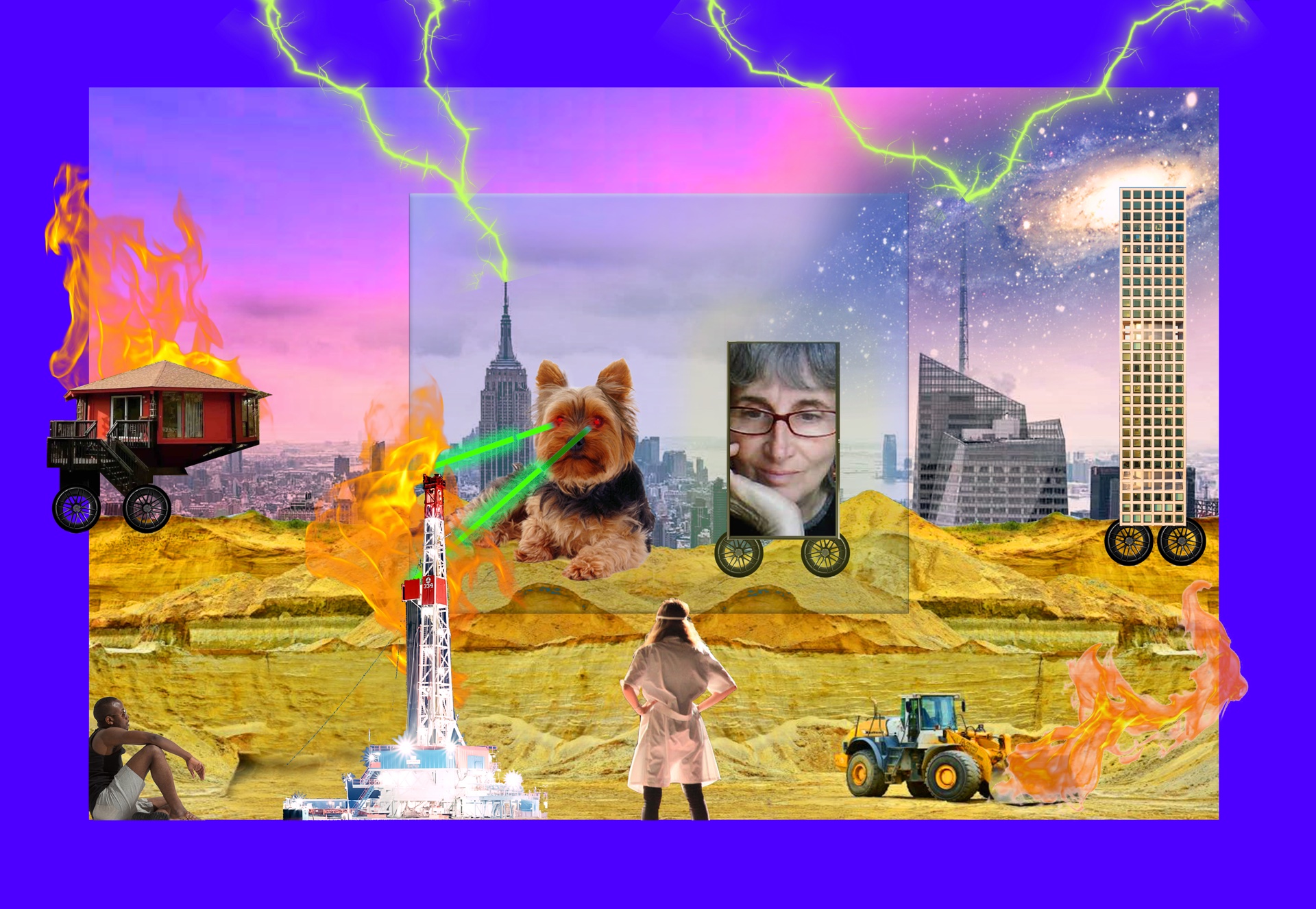
About the project
In 1977, Ray and Charles Eames produced Powers of Ten: A Film Dealing with the Relative Size of Things in the Universe and the Effects of Adding Another Zero; an exploration of the way daily life is produced in the collaboration of different scales—from the subatomic level or a human cell to the outer edges of the Milky Way. The selective framing and narrative of Powers of Ten, which centers on a heterosexual couple having a picnic on Chicago’s lakefront, presents a progression that zooms between framed scenes in which abrupt jumps in scale and the conflicted interaction between genes, bodies, societies, and technologies appear smooth, frictionless, and apolitical.
As a nomadic temporary architecture, SUPERPOWERS OF TEN is an operatic large-scale performance that offers a reinterpretation of the Eameses’ Powers of Ten. The performance re-enacts the film, revealing alternative narratives, political conflicts, and forgotten historical events. New characters such as Kodak’s “Shirley Card,” polio, and the transgender pioneer Flawless Sabrina are invited to star together with the picnickers, clusters of galaxies, and human DNA that are featured in the Eameses’ original film. SUPERPOWERS OF TEN critically denies the possibility of framing daily life as contained by a universe automatically accountable, and proclaims the potential for contemporary architectural practices to operate in those fields the movie left out of the frame.
Credits
Andrés Jaque / Office for Political Innovation
With the special participation of artists and architects
Paula Currás, Eugenio Fernández, Ana Olmedo, Enrique Ventosa,
Álvaro Carrillo, Rebeca Hourdaki, Víctor Nouman, Adrián Suárez
Research, discussion and production Office for Political Innovation
Paula Currás, Lubo Dragomirov, Roberto González García, Álvaro Guillén, Alberto Heras, Andrés Jaque, Irene Kargiou, William Mondéjar
Sound artists
Jorge López Conde
Set Direction
Roberto González García
Photography
Jorge López Conde, Miguel de Guzmán, Zuloark
Transgender actresses
Belle Dominique (Lisbon); Sherri Payne (Chicago); Roshell Terranova (Ciudad de México); Gloria Diamond (Karlsruhe)
Voice-Over
Susana Correia (Port.), Megan Murphy (Eng.), Paola Jasmer (Esp.), Kerstin Servus Holger (Eng.)
Superpowers of Ten was developed and presented for the first time as part of New Publics, curated by José Esparza Chong Cuy for the Lisbon Architecture Triennal Close Closer, directed by Beatrice Galilee.
In 2015 it was presented in the Chicago Architecture Biennial, The State of the Art of Architecture, curated by Joseph Grima and Sarah Herda.
In 2016 it was presented in the Jumex Museum, as part of the exhibition curated by Jose Esparza Chong Cuy with he curatorial assistance of Viridiana Zavala (Jumex Museum) and Alberto Heras Hernández (Office for Political Innovation)
In 2016 it was presented in the ZKM Karlsruhe, as part of the exhibition Reset Modernity, curated by Bruno Latour, Martin Guinard-Terrin, Donato Ricci and Christian Leclerq.


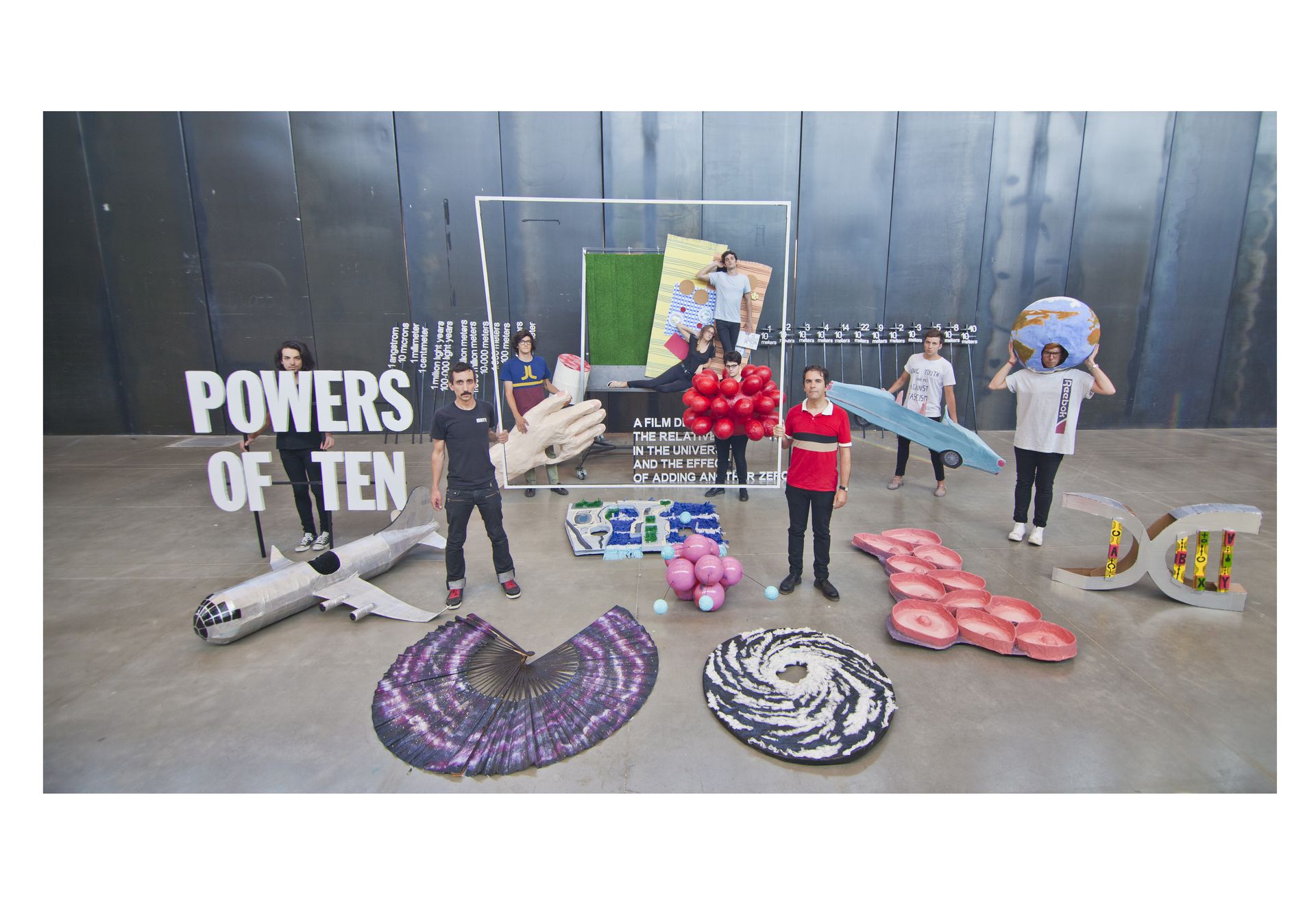



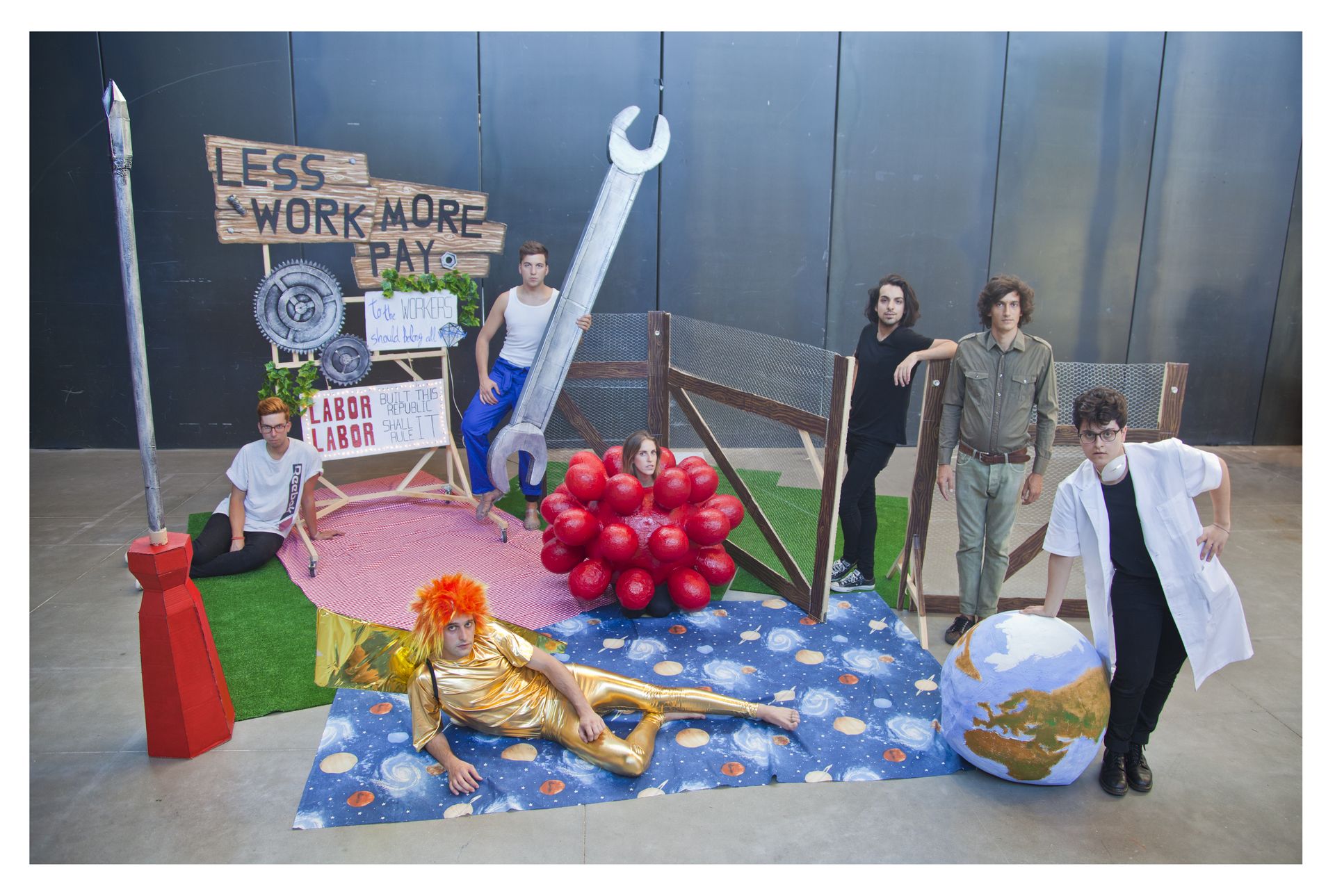


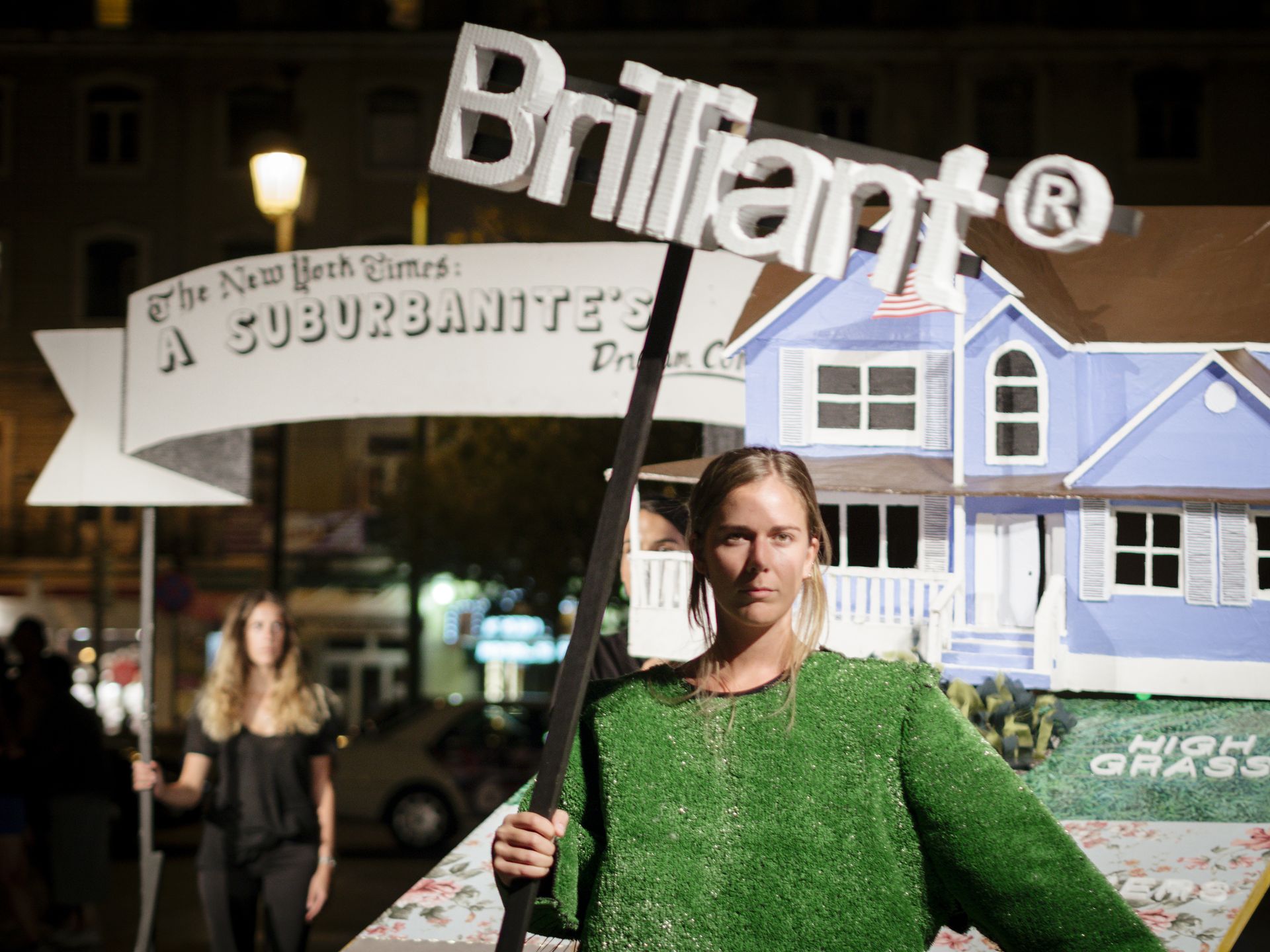

About the project
Learning from demonstrative marketing strategies (developed for Tupperware by Brownie Wise in the 1950s, and later applied by Herbalife, Avon, and Thermomix), TUPPER HOME—developed by the Office for Political Innovation and licensed by Tupper Ware—is a catalog of independent producers, offering a fixed price to manufacture and install a set of TUPPER HOME components. Homes become in this way the prototypes for future transformations, in a mouth-ear dynamic, within a network of people linked by their engagement in collective architectural experimentation. The process is designed to help in creating trust in independent domestic inventions, whose performance, as in the Tupperware parties, is experienced in a friendly environment. These inventions intensify the usability of smaller apartments, to avoid the necessity of moving into larger apartments and the subsequent impact of the increase in the cost of the mortgages of home-buyers.
Credits
Andrés Jaque / Office for Political Innovation
Finalist to the European Union Award Mies van der Rohe
Construction management:
Andrés Jaque, Pedro Pinto-Correia
Design:
Teresa del Pino, Helena Bartosova, Sarah Caperos, Rebecca Frisoli, Iris Hutinger, Pedro Pinto-Correia, Jorge Ruano
Photography:
Miguel de Guzmán
Consultants:
Structures: Belén Orta
Sociological research: Pablo Hurlé
Marketing: Laura Arenas






About the project
IKEA Disobedients
Museum of Modern Art, New York. Architecture & Design Purchase Fund (2012)
Centre d’Art la Panera, Lleida.
IKEA Disobedients is a response to the world’s most important architectural actor, IKEA, and its promotion of homes as “independent republics” made of comfort and familiarity. Comprising alternative pop-up showrooms around the world, online-distributed movies, and the hacking of IKEA products; IKEA Disobedients reappropriates IKEA’s transmedia strategy to empower alternative domesticities, where otherness and engagement are encountered.
Launched in 2011, the work helped stop cases of eviction in Madrid, during the post-2008 financial crisis.
IKEA delivers societies. IKEA is a purveyor of social structuration. 98% of the people depicted in the IKEA catalogue are young. 92% of them are blond. They are either children, or busy having children. Everything IKEA manufactures is aimed at turning the sphere of domesticity into a sunny, happy, apolitical space inhabited by contented, healthy, young people. The independent Republic of Our Home. The sense of a home or a household’s life, however, may also be constructed from day to day in quite different fashions. Not all of us are healthy. Not all of us are young. Not all of us are into having children.
A different way of constructing ordinary life may, however, be conceived. Disobeying IKEA’s injunction to contain social interactions within sunny apolitical home-enclaves is what we propose as an urban counter-notion of the domestic: not a neutral space, but one installing controversy and disagreement precisely at the site where affections may also emerge.
Credits
Andrés Jaque / Office for Political Innovation
Museum of Modern Art, New York. Architecture & Design Purchase Fund (2012)
Presented for the first time in video format as part of ‘9+1 Ways of Being Political: 50 Years of Political Stances in Architecture and Urban Design’, MoMA (12 Sep. 2012 – 25 Mar. 2013)
With the special collaboration of
Madrid: Alexis Alderius, Javier Fontés de León, Aurora Godard, Antonia González, Paco Lirola, Manuel Llusia, Candela Logrosán, Marina López, Juan Daniel Martín, Carlos Mora, Nayana Resende, Theo Vallas Vila.
New York: Corentine Bohl, Gianna Bone-Teola, Moddy Harding, Donnie Jochum, Denish Kinariwala, Maja Leonardsen Musum, Rael Michael Clark, Greg Newton, Frank Traynor.
Production
Ruggero Agnolutto, Roberto González García, Michal Just, Jorge López Conde, William Mondejar, Paola Pardo-Castillo, Daia Stéeová, Claudia Suárez,Silvie Talackova, Enrique Ventosa, Javier Vidal.
Sociological Research
Silvia Rodríguez
Director of Research New York
Ana Peñalba
Voice-over Video Madrid
Nicole Pearson
Voice-over Video New York
JM Pen
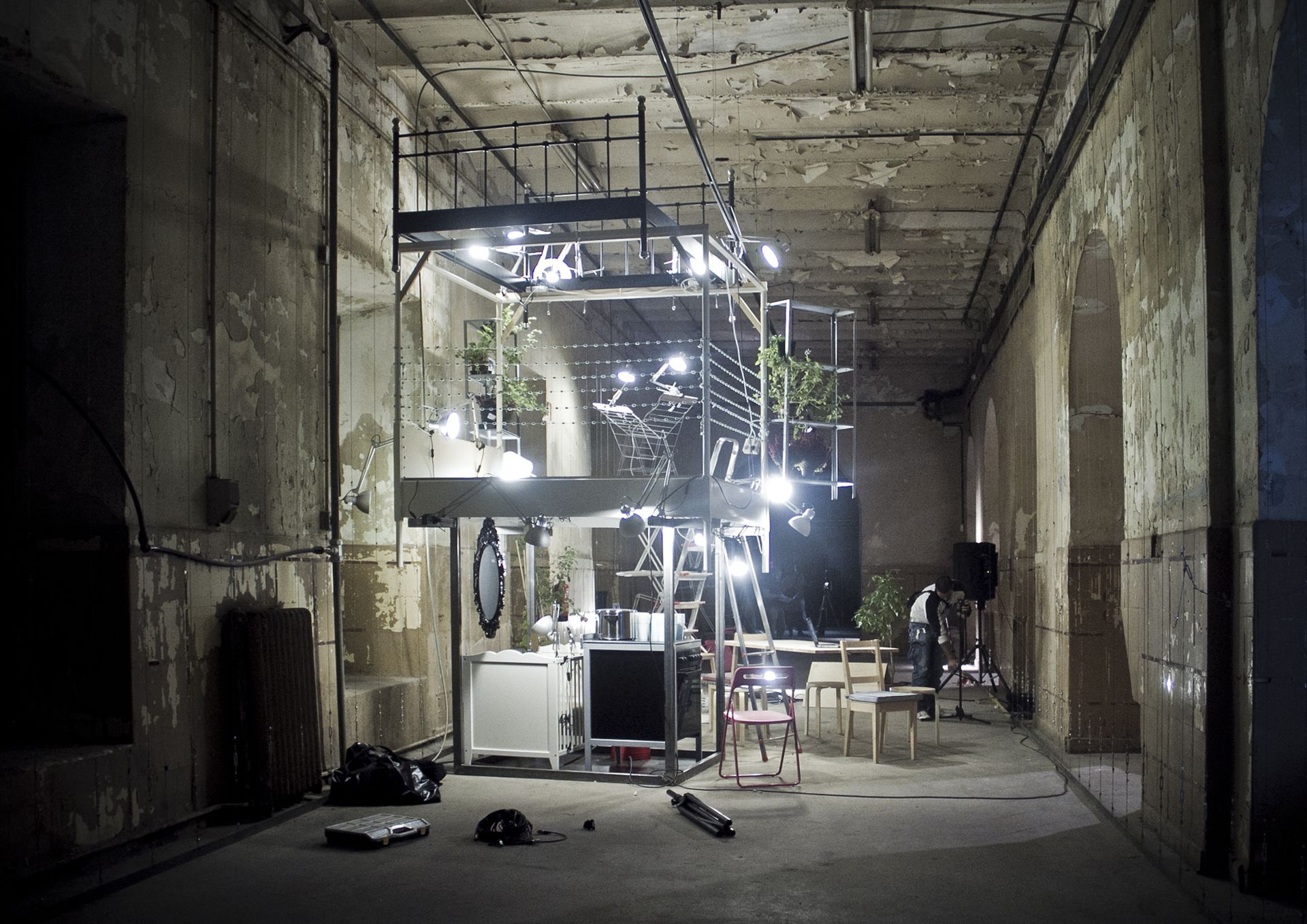
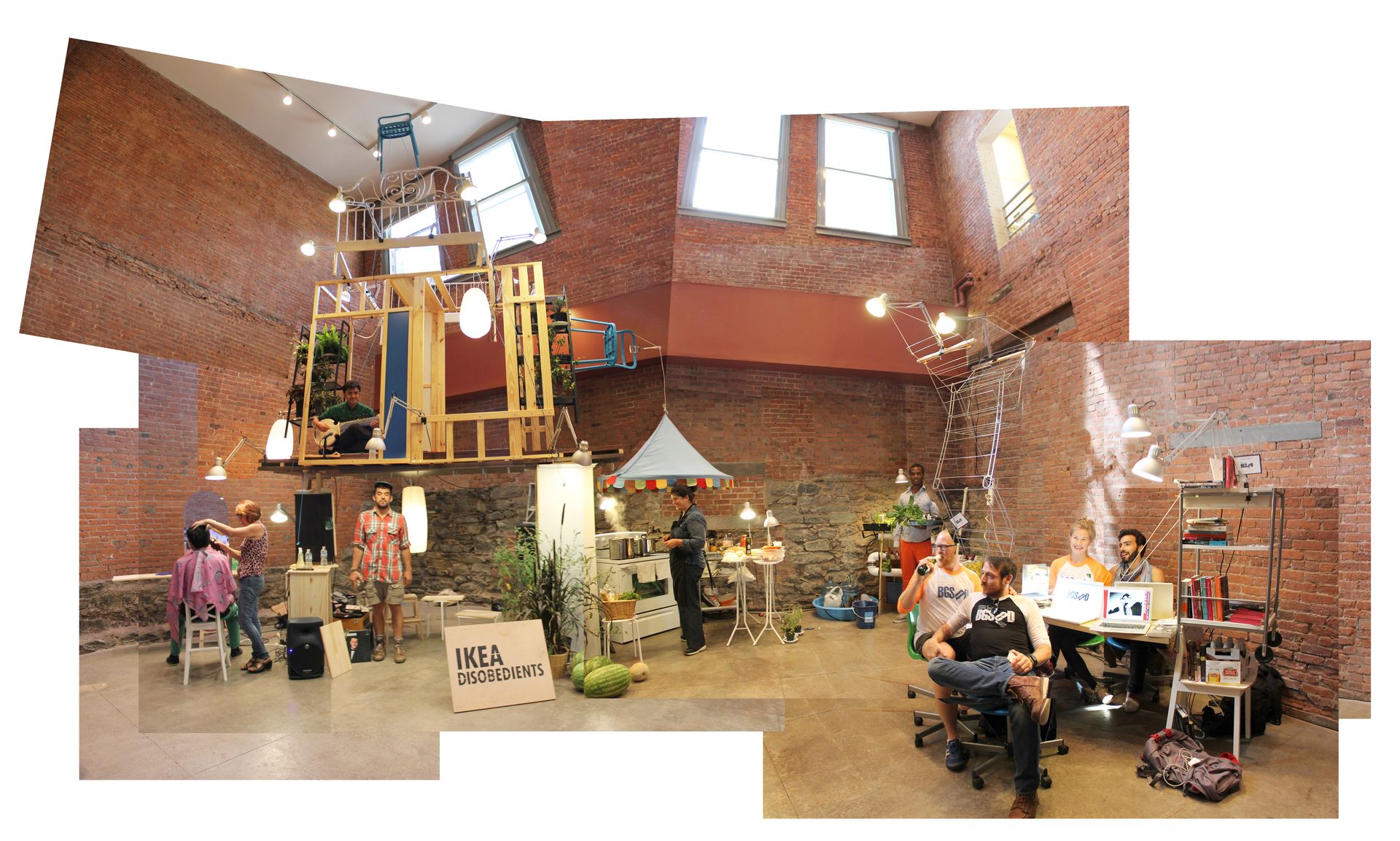
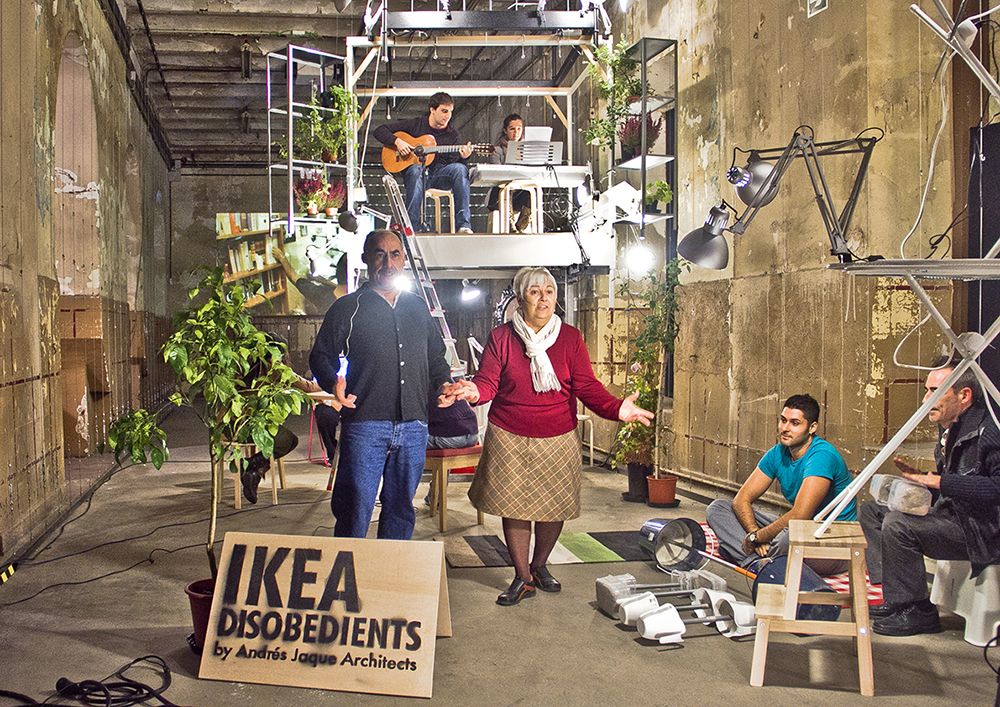
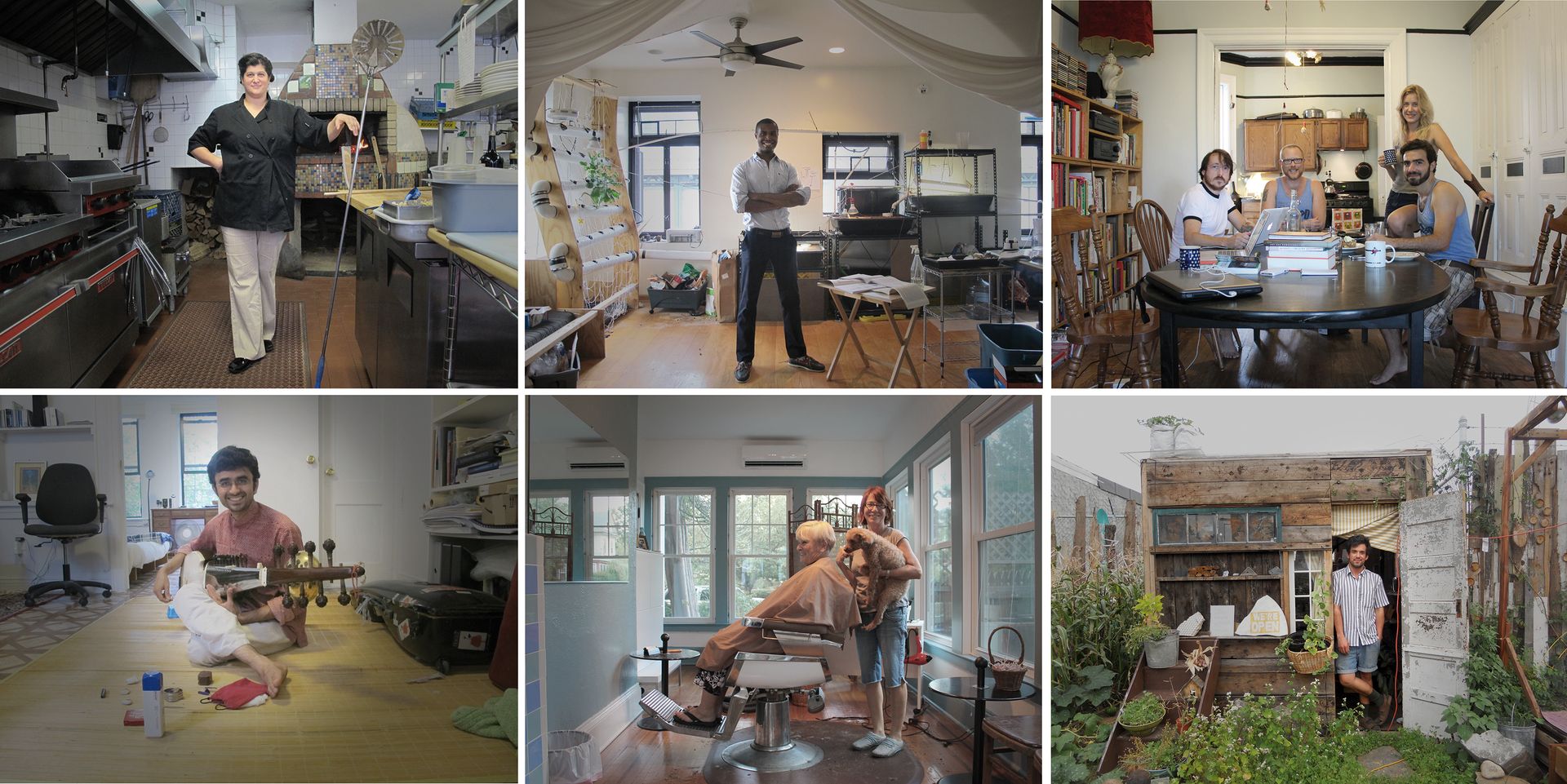

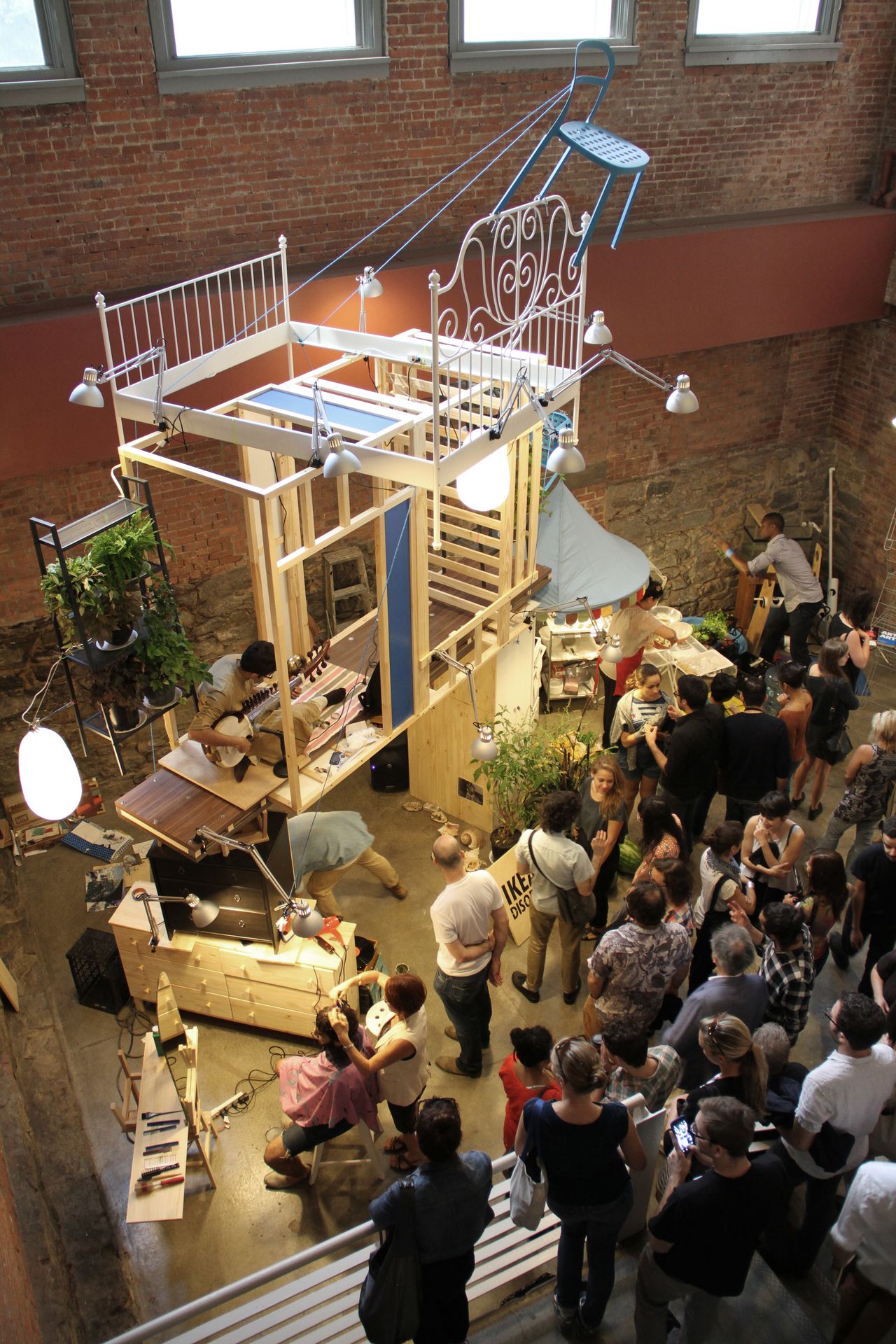
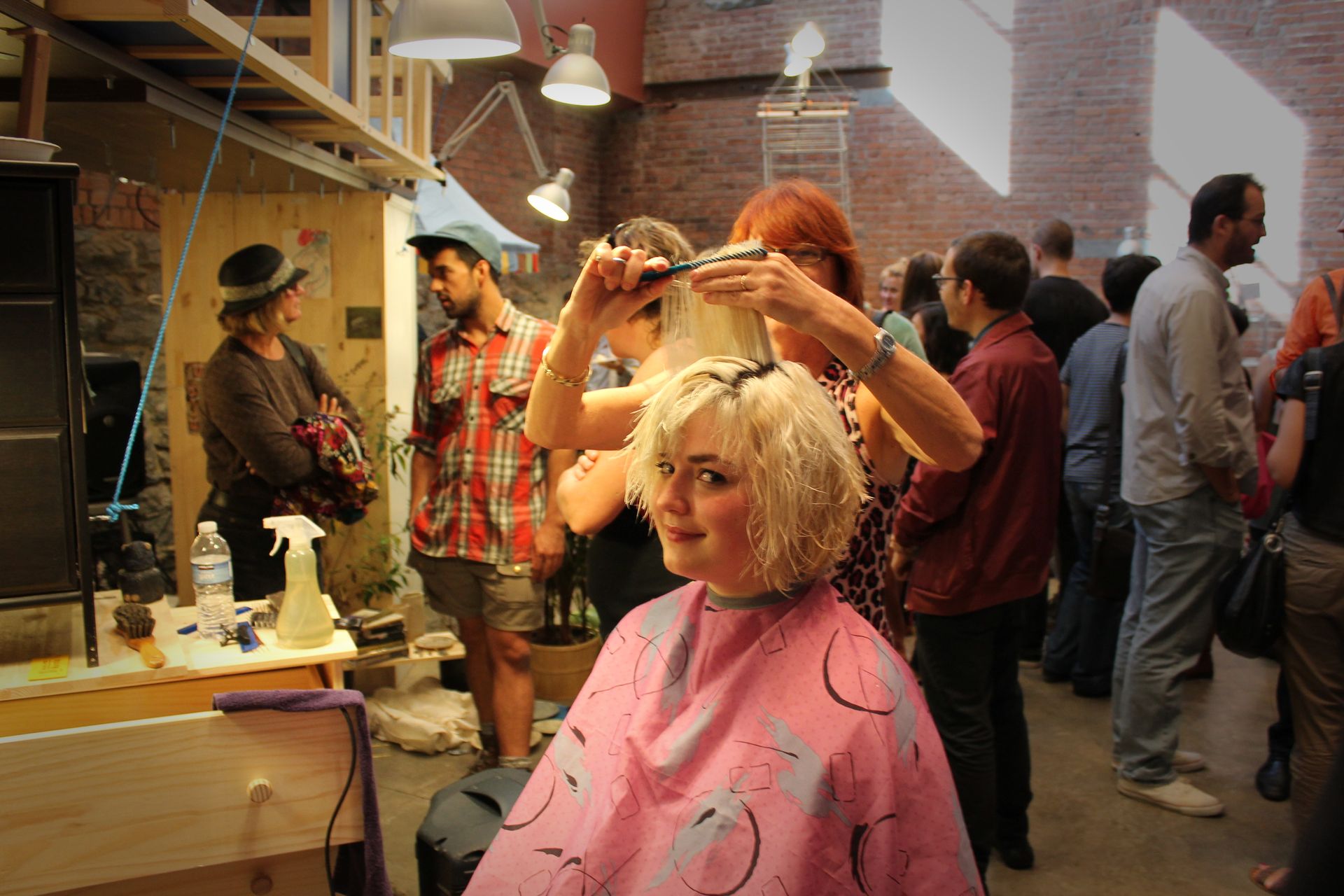
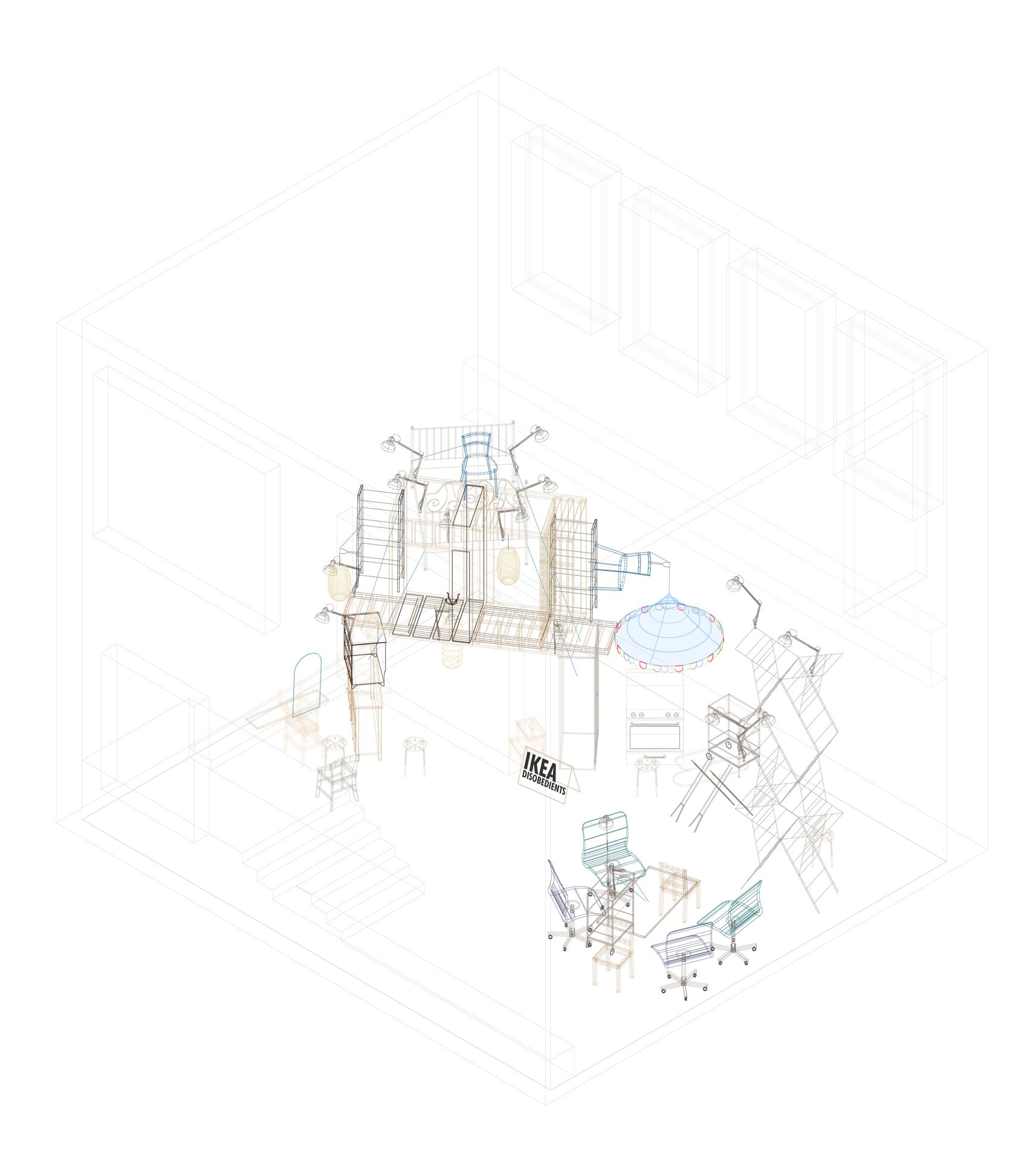
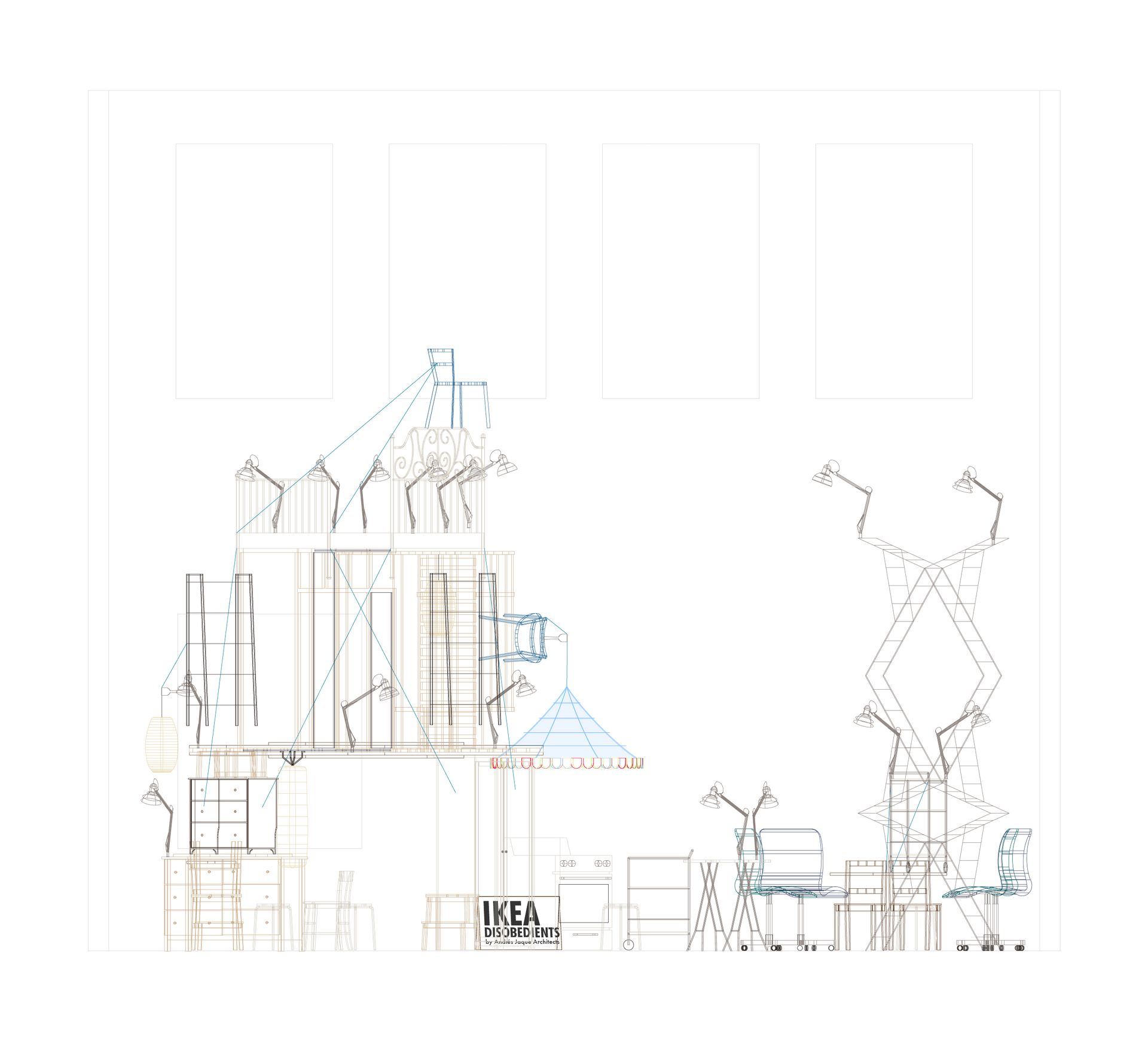
About the project
The Rolling House for the Rolling Society is a transnational urbanism of non-familial shared homes, happening through the melding of online and offline architectures. In the EU alone, more than 80 million people live in shared apartments: students, workers, migrants sharing apartments, young professionals accessing expensive penthouses though sharing, older people renting their empty rooms, etc. Sharing a home is a massive and diverse phenomenon, constructed by social media, money transfer platforms, and low cost airlines, in which architecture participates in the form of occupying practices, rather than through building.
The Rolling House for the Rolling Society is a project developed in three formats: research and archive of existing cases, design strategy to empower existing cases through design, the making of a prototype. The first prototype of the Rolling House was presented and experienced in Barcelona in 2009.
Credits
Andrés Jaque / Office for Political Innovation
Design
Alberto Rey, Alejandro Martín, Lina Vergara, Camila Carli, David Gómez
Construction management
Andrés Jaque, Aser Calderón, Estrella Benito
Associate companies
Escofet, Grandhermetic, Industrias Navarrete Pich y Aguilera (Aser Calderón)
Photography
Miguel de Guzmán
Prototype
Prototype presented at Construmat, Barcelona, in April, 2009.
Developer
Fundació Mies van der Rohe
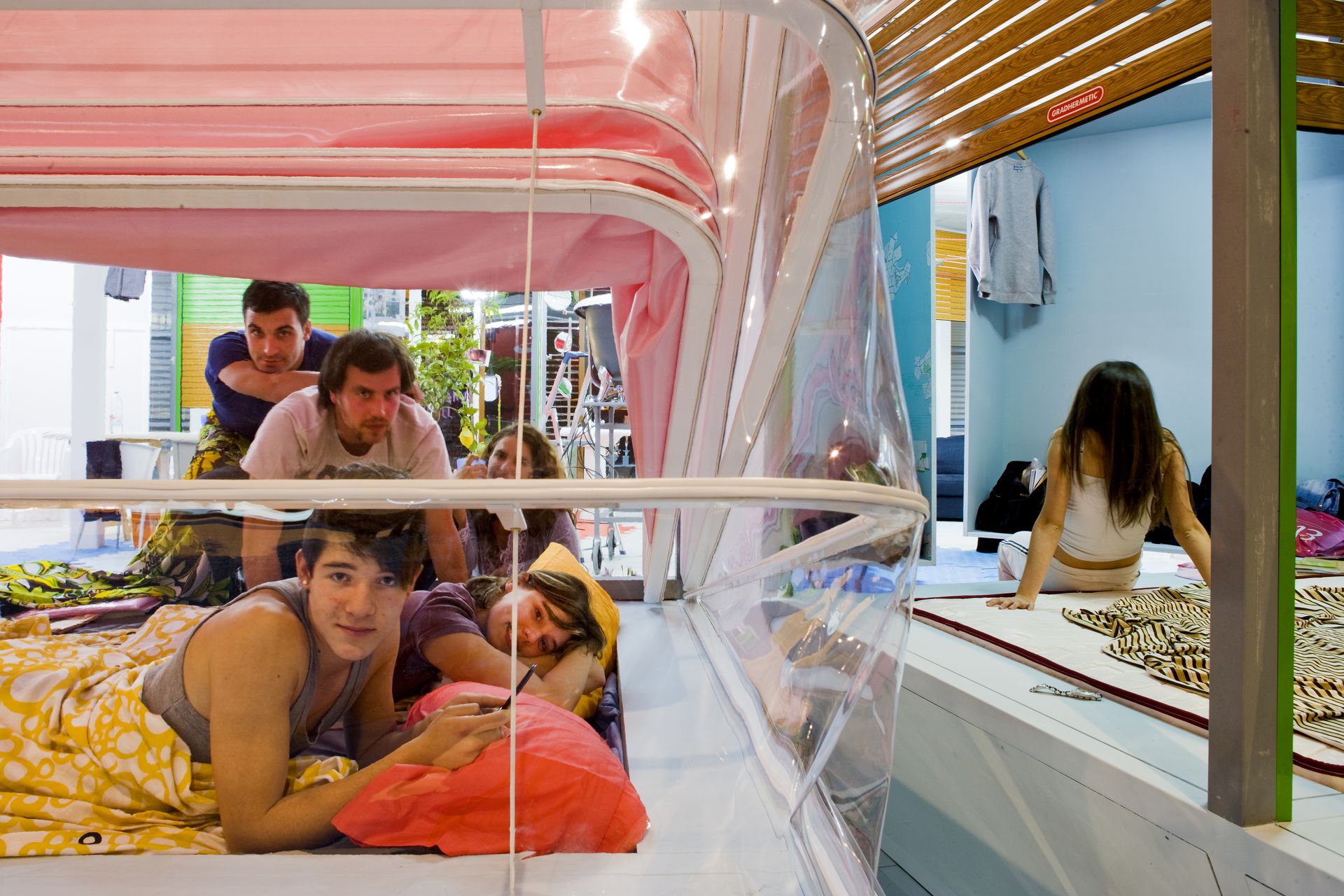
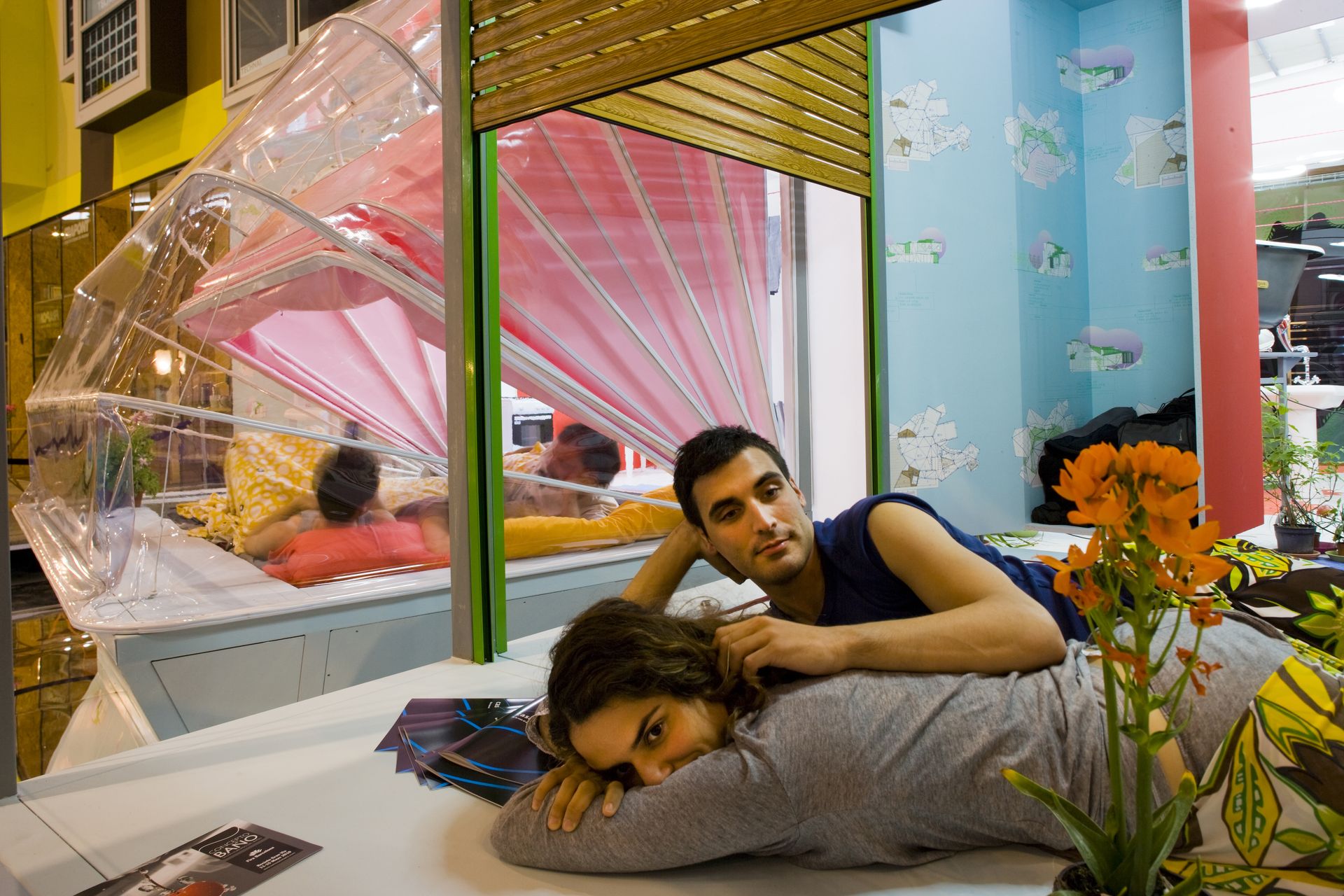
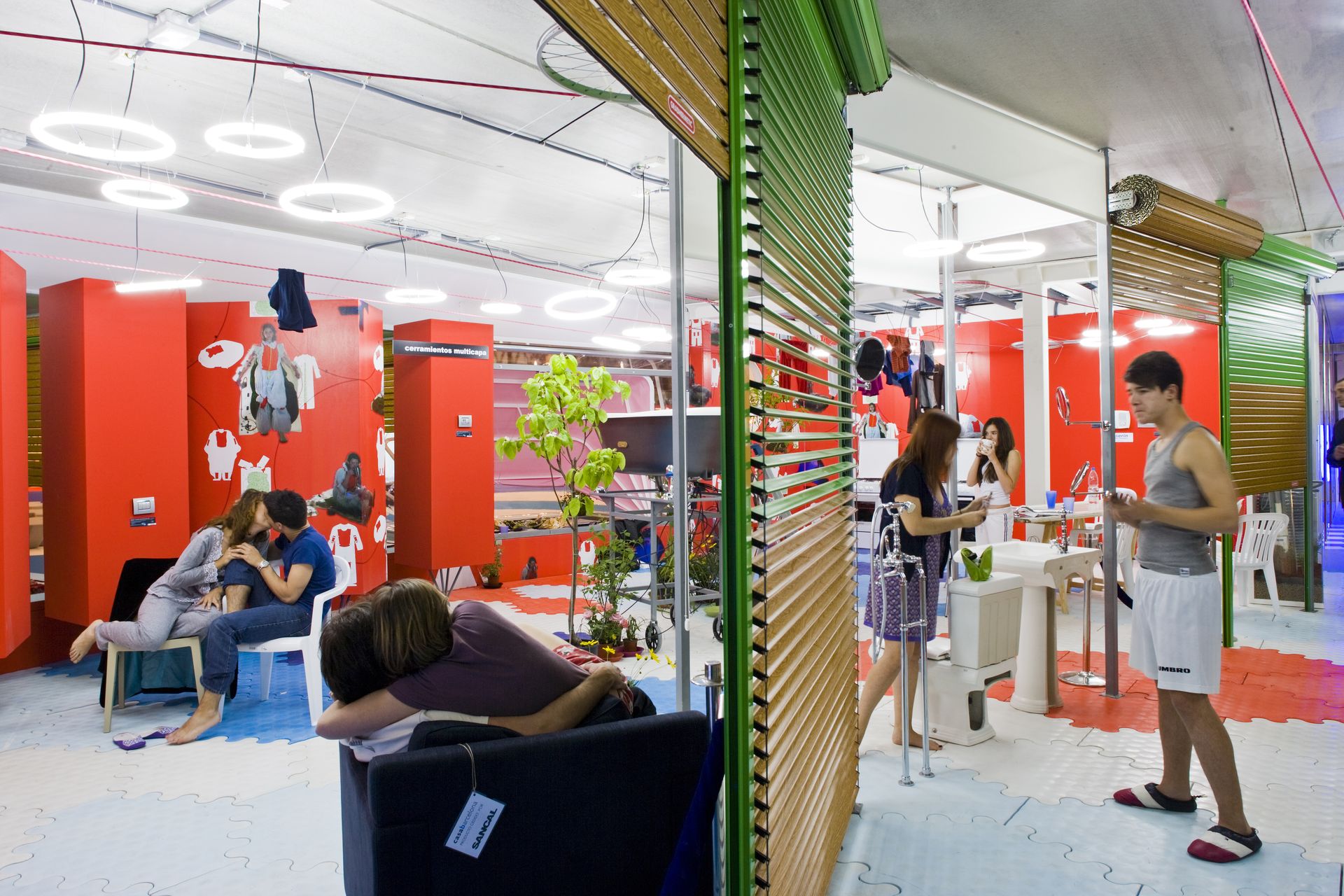
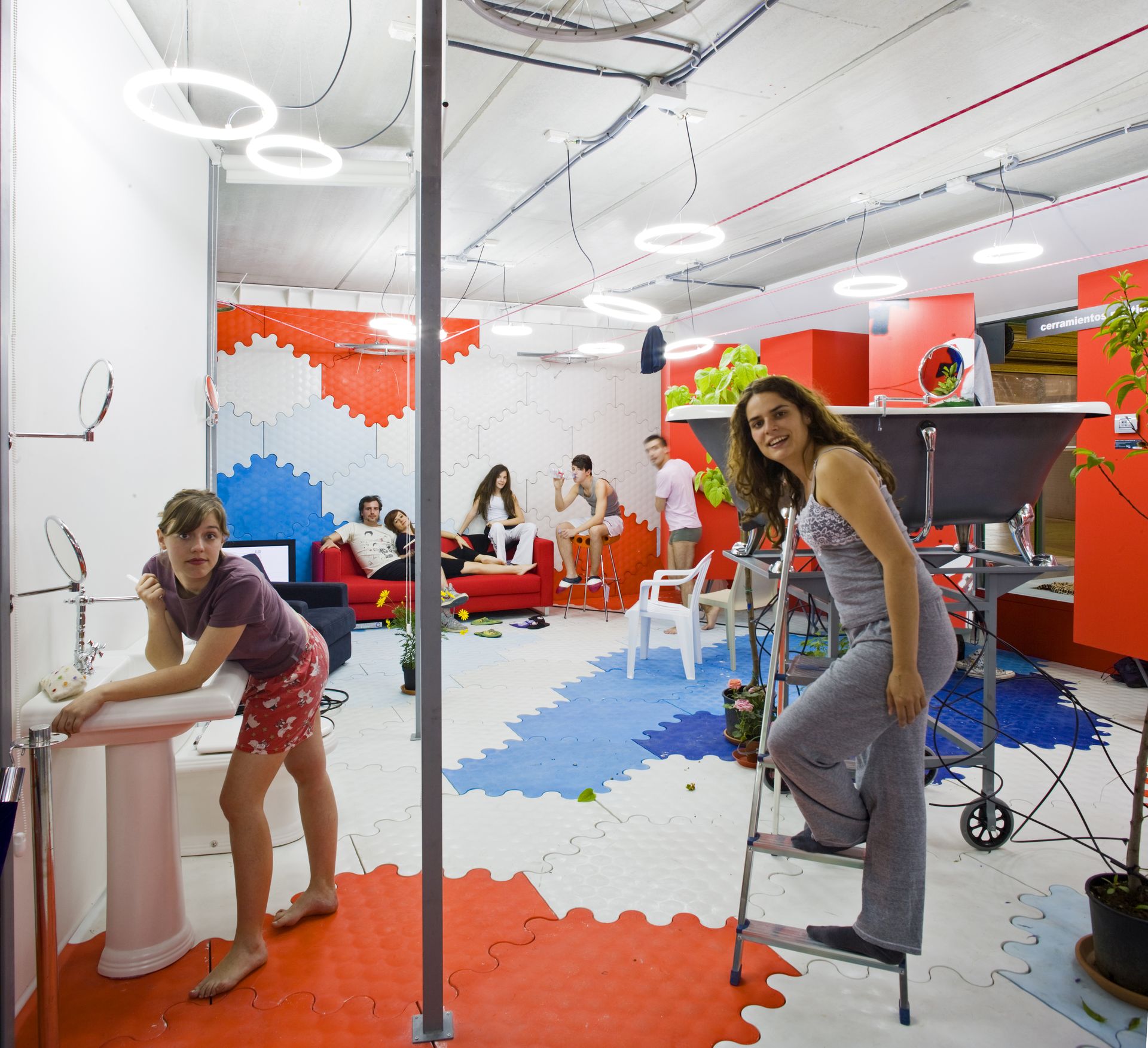
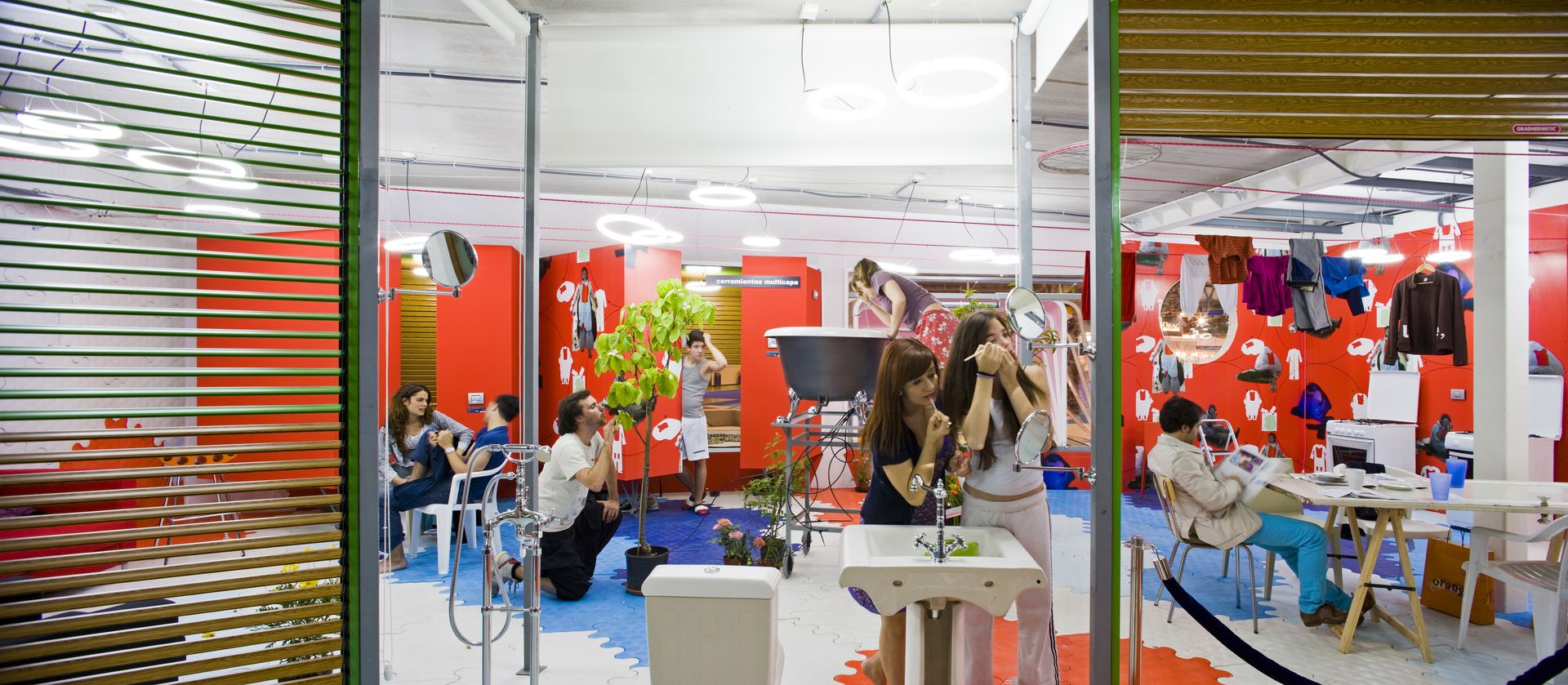
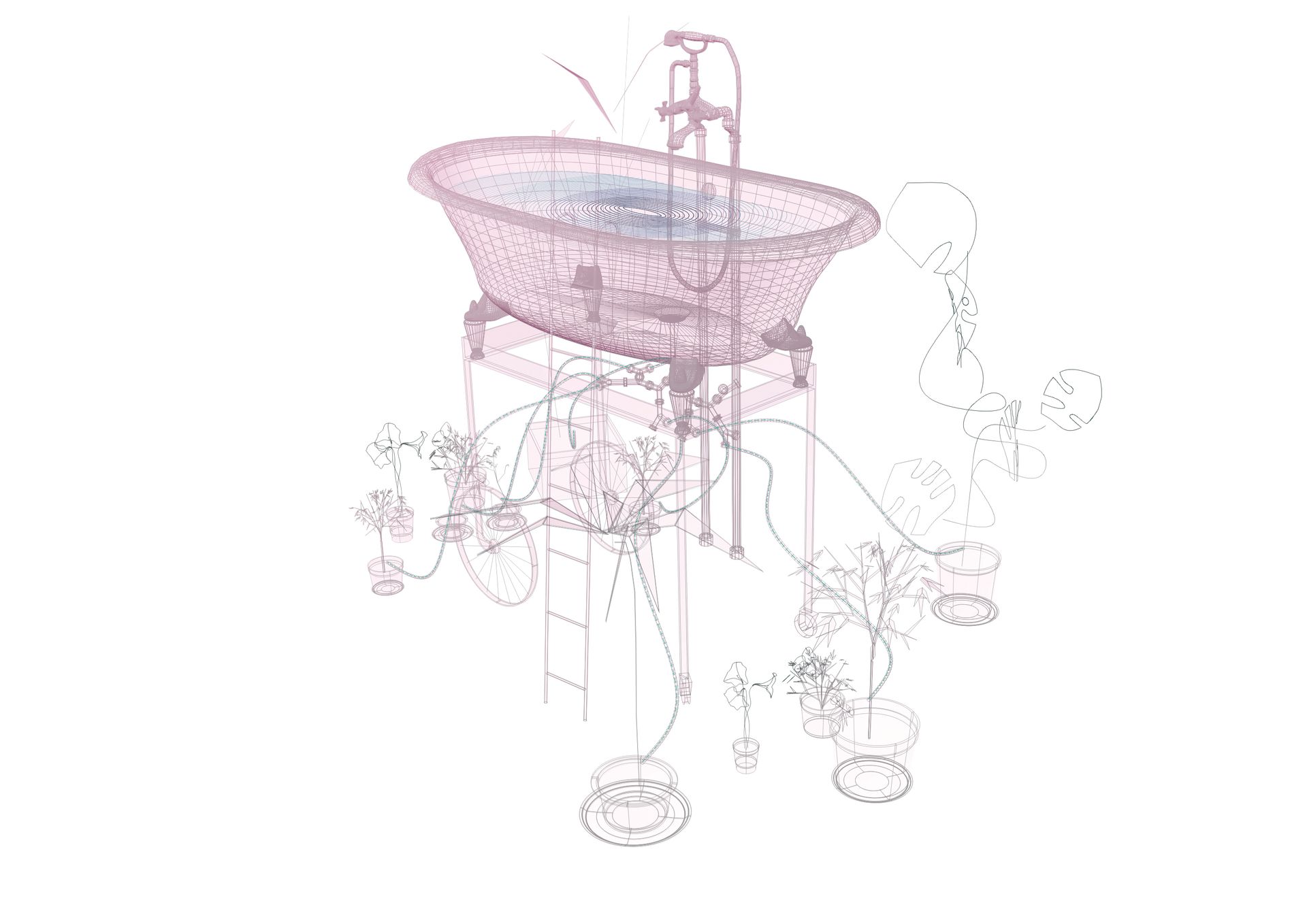
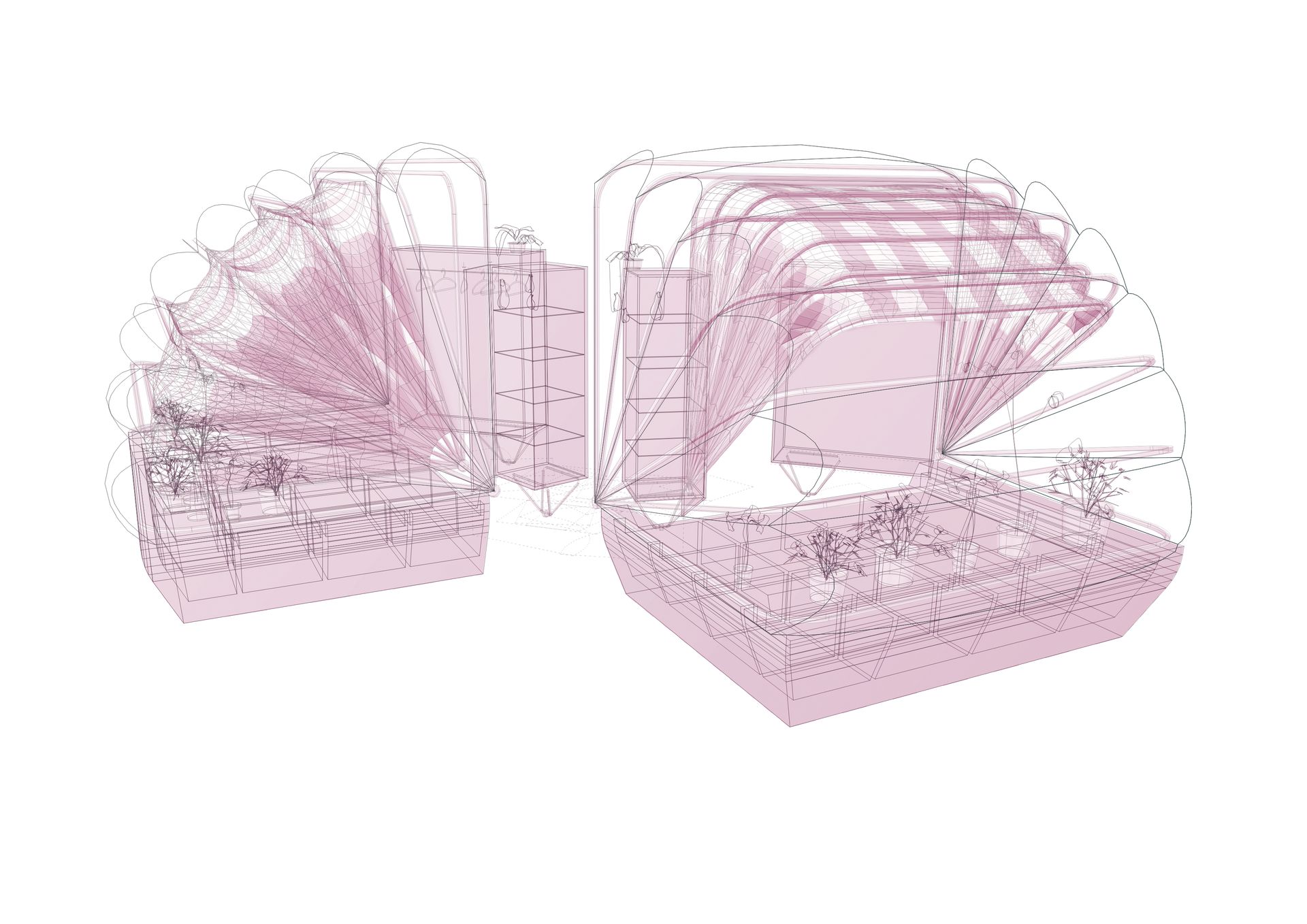
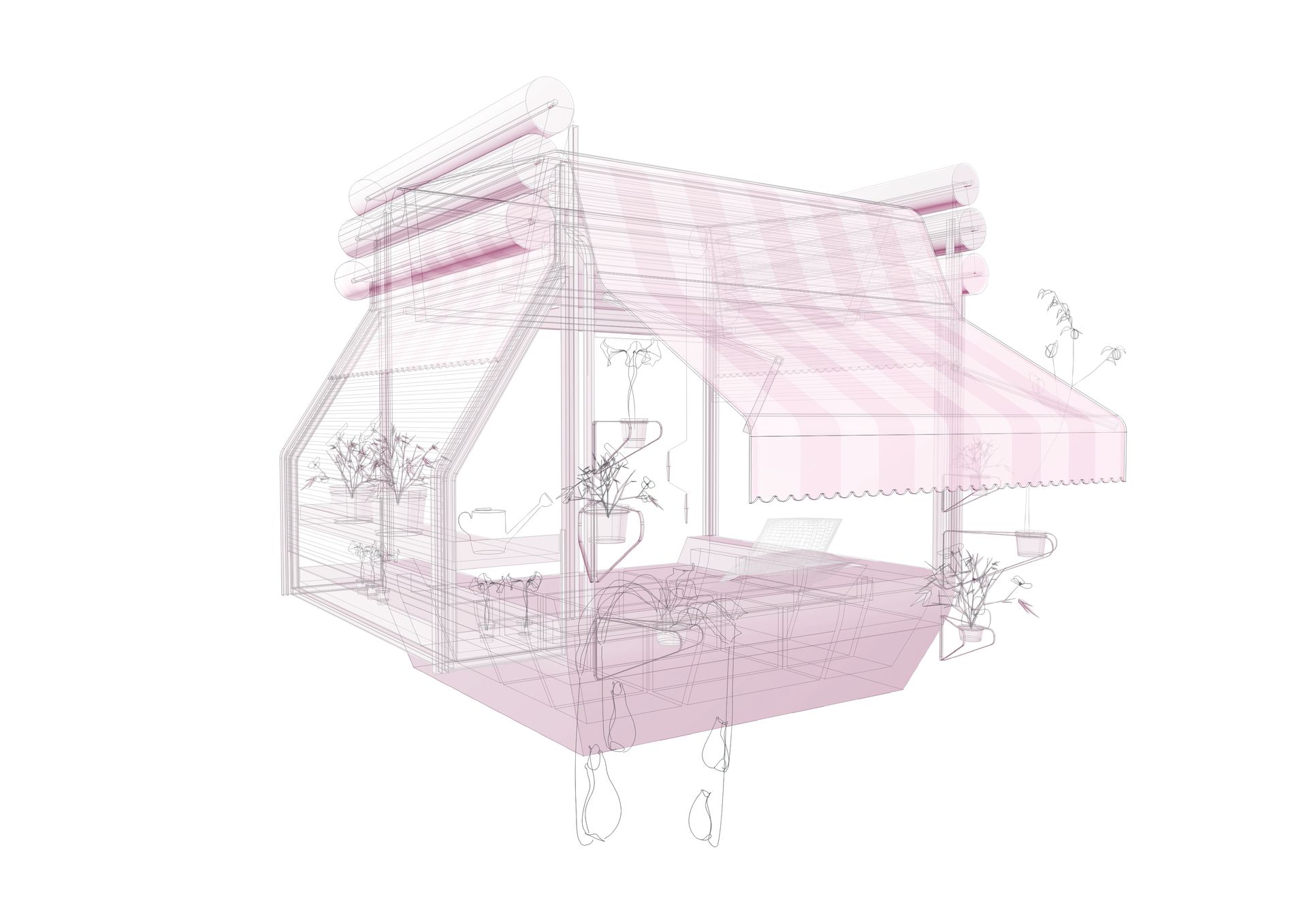
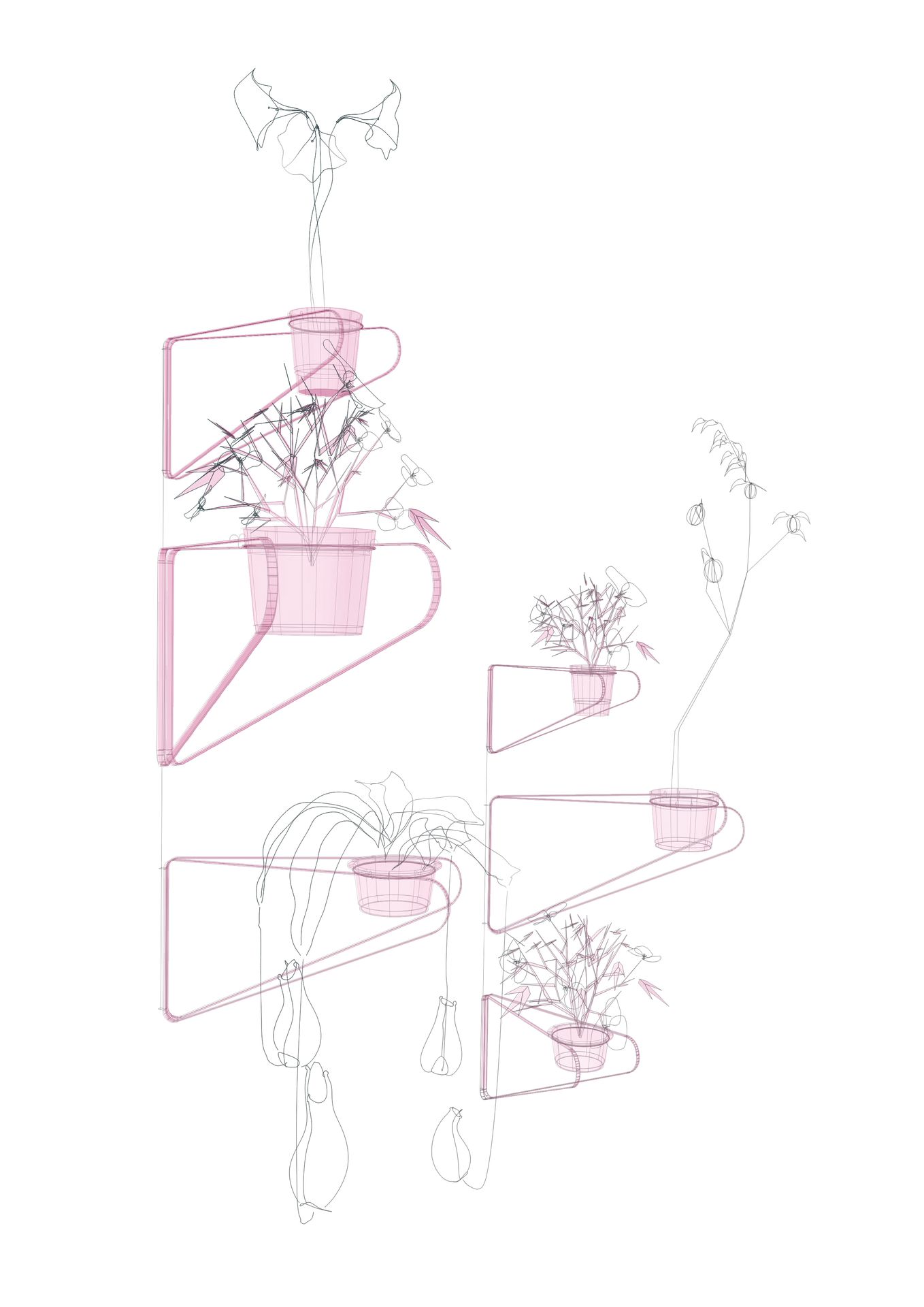
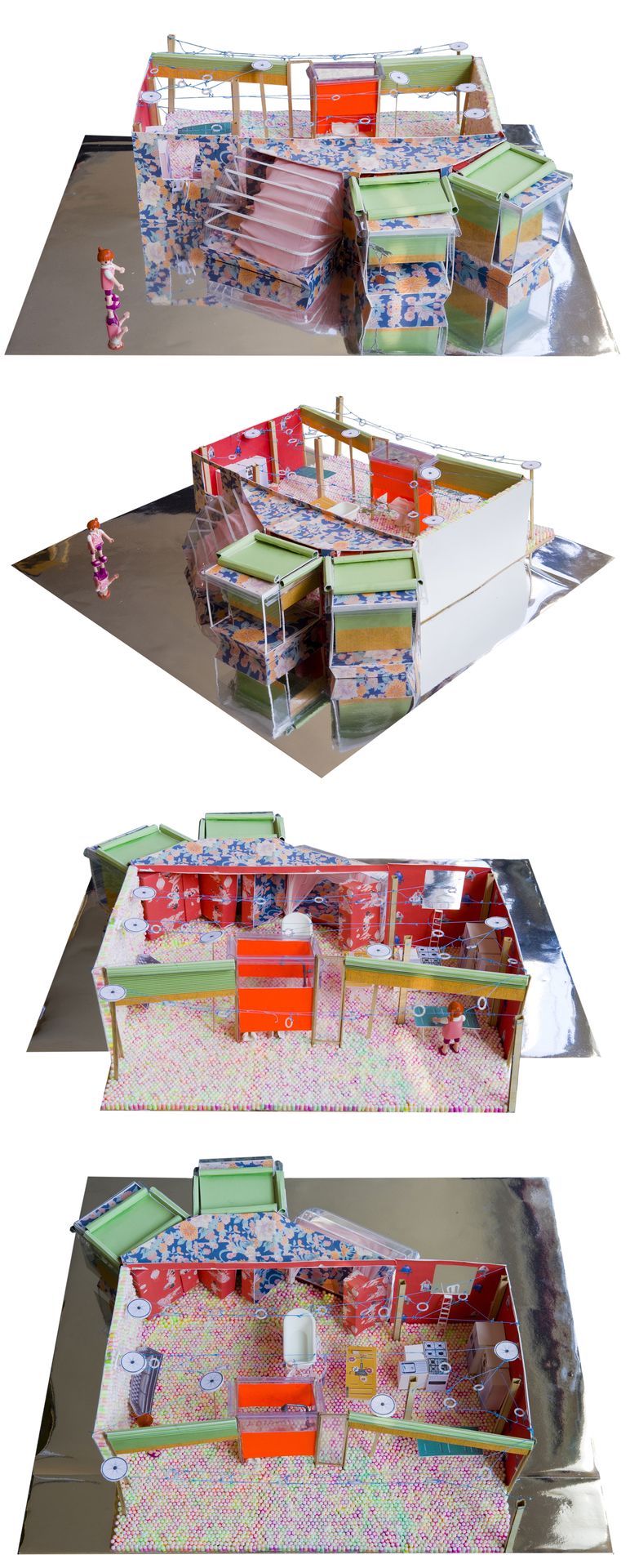
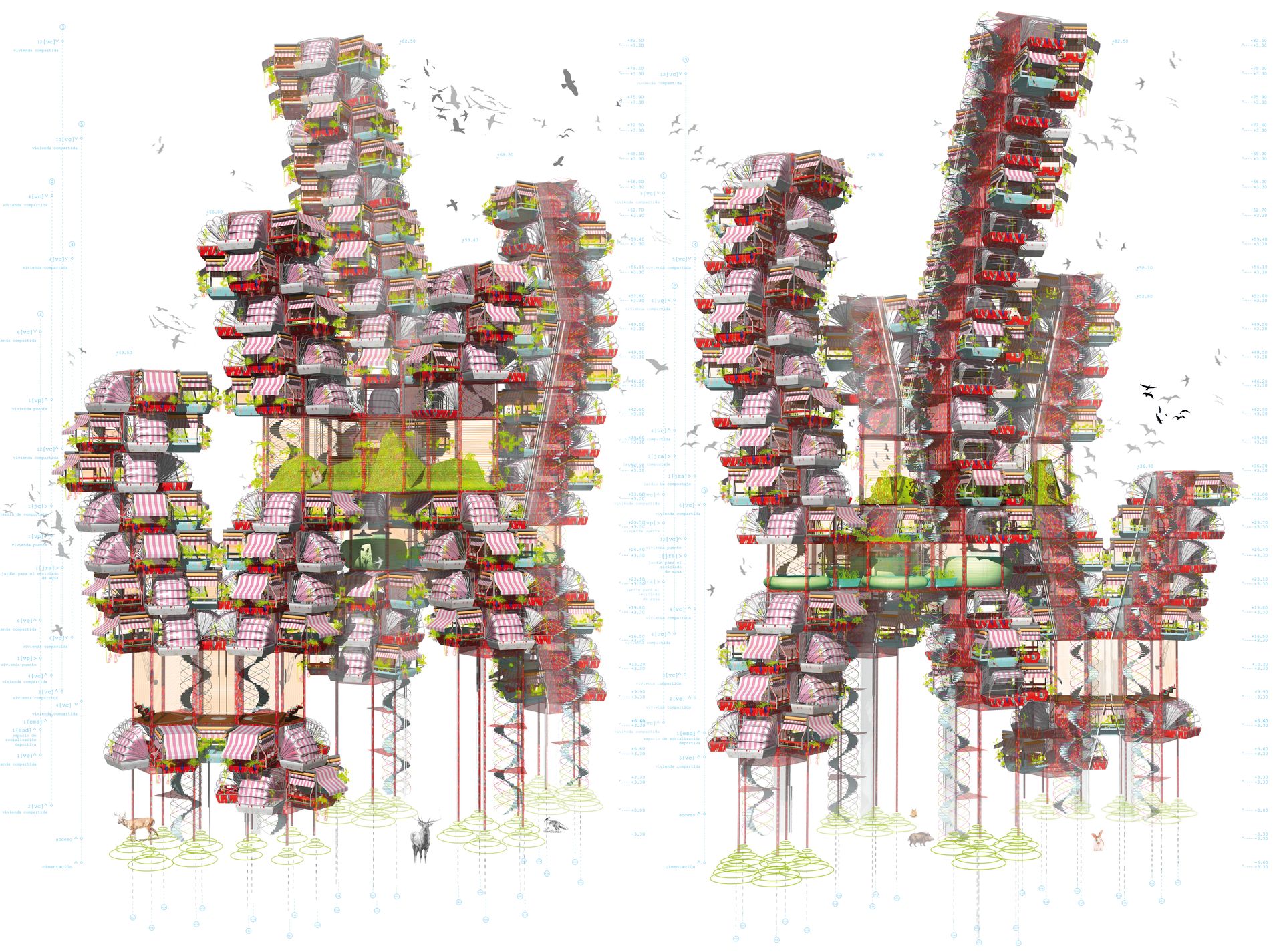
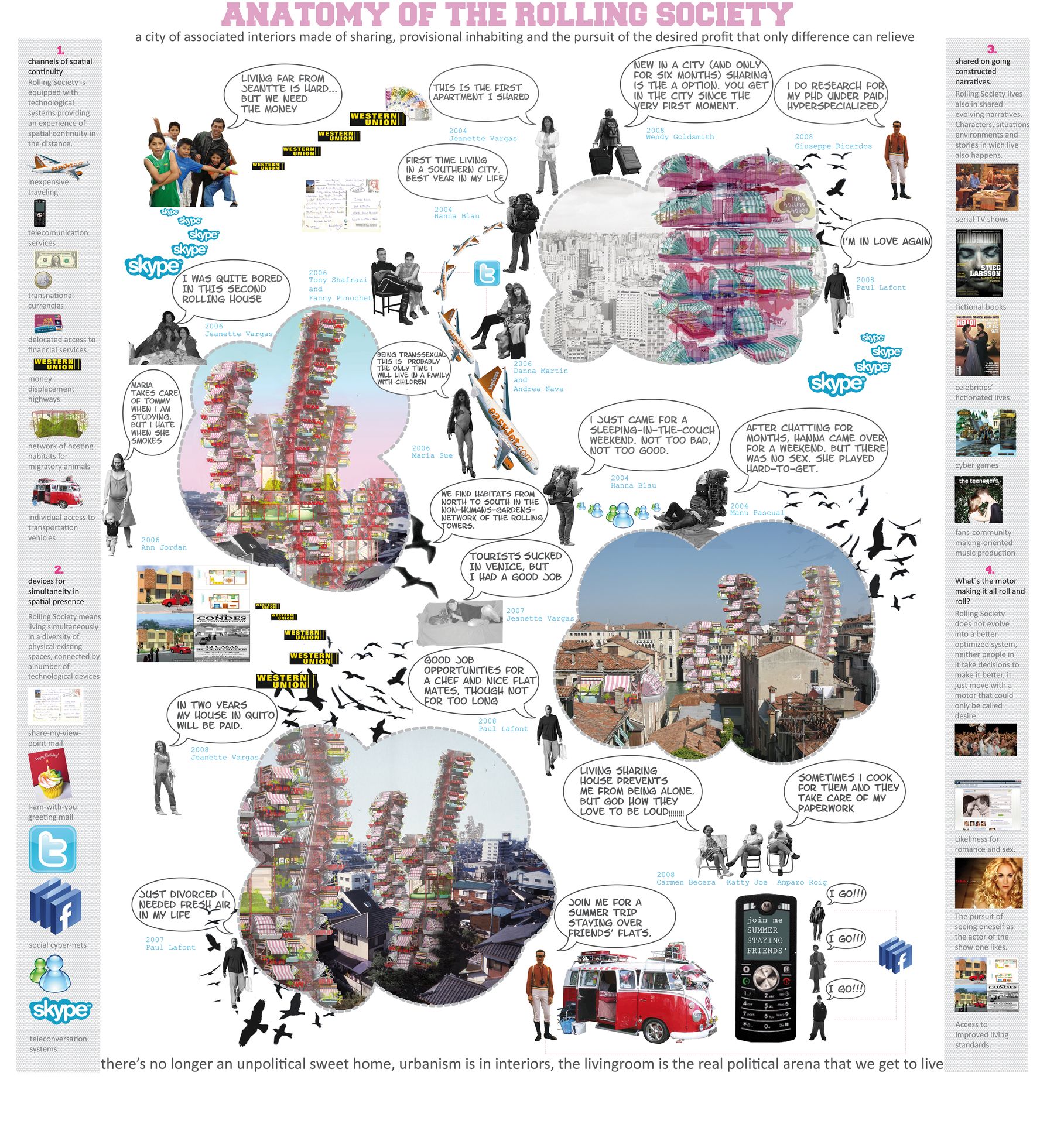
About the project
The fifty-island archipelago of Laguna Grande, on the south coast of Texas, is one of the biggest wild island-barriers of the world. This archipelago contains some of the most ancient animal and vegetal species adapted to saline aquatic ecosystems and protects the lagoon from the pollution resulting from the nearby presence of oil platforms. The islands are the habitats where mammals and other coastal species overnight, and they are endangered by the combined effects of climate change and the incremental increase in the acidity of the water.
Island House in Laguna Grande is not designed as an architecture for humans, but built instead to empower the environmental diversity of Laguna Grande. The structure collects and preserves rainwater and, through the mediation of sensors on the ground, sprays water to dilute toxicity and combat drought.
Credits
Andrés Jaque / Office for Political Innovation with Patrick Craine
Team
Roberto González García, Laura Mora, Fabio Andrés Morales, Sebastian Bech-Ravn, Danay Kamdar, Flavio Martella, Jorge Noguera Facuseh, Víctor Nouman, Gustavo Parra Rodríguez.
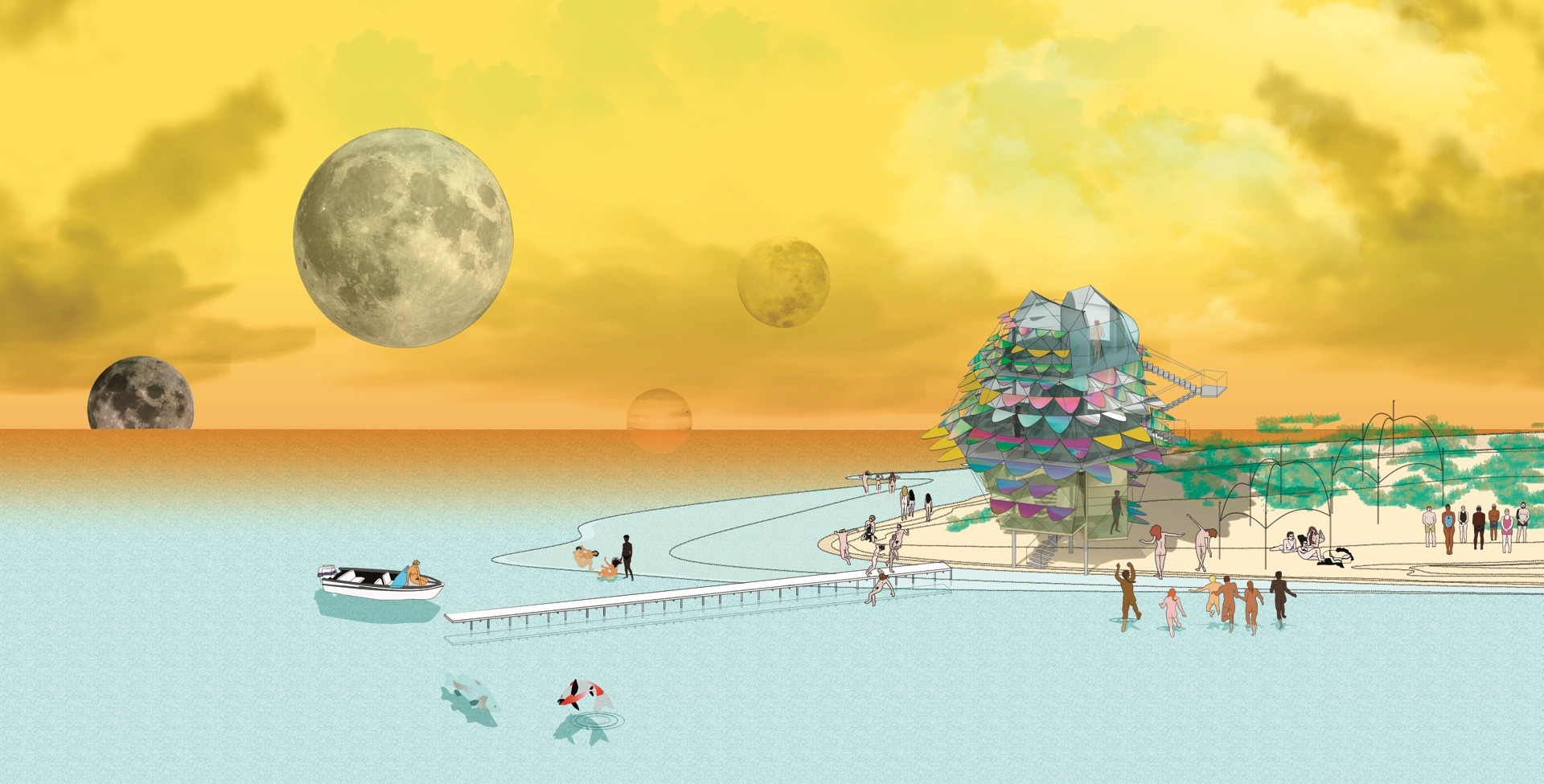
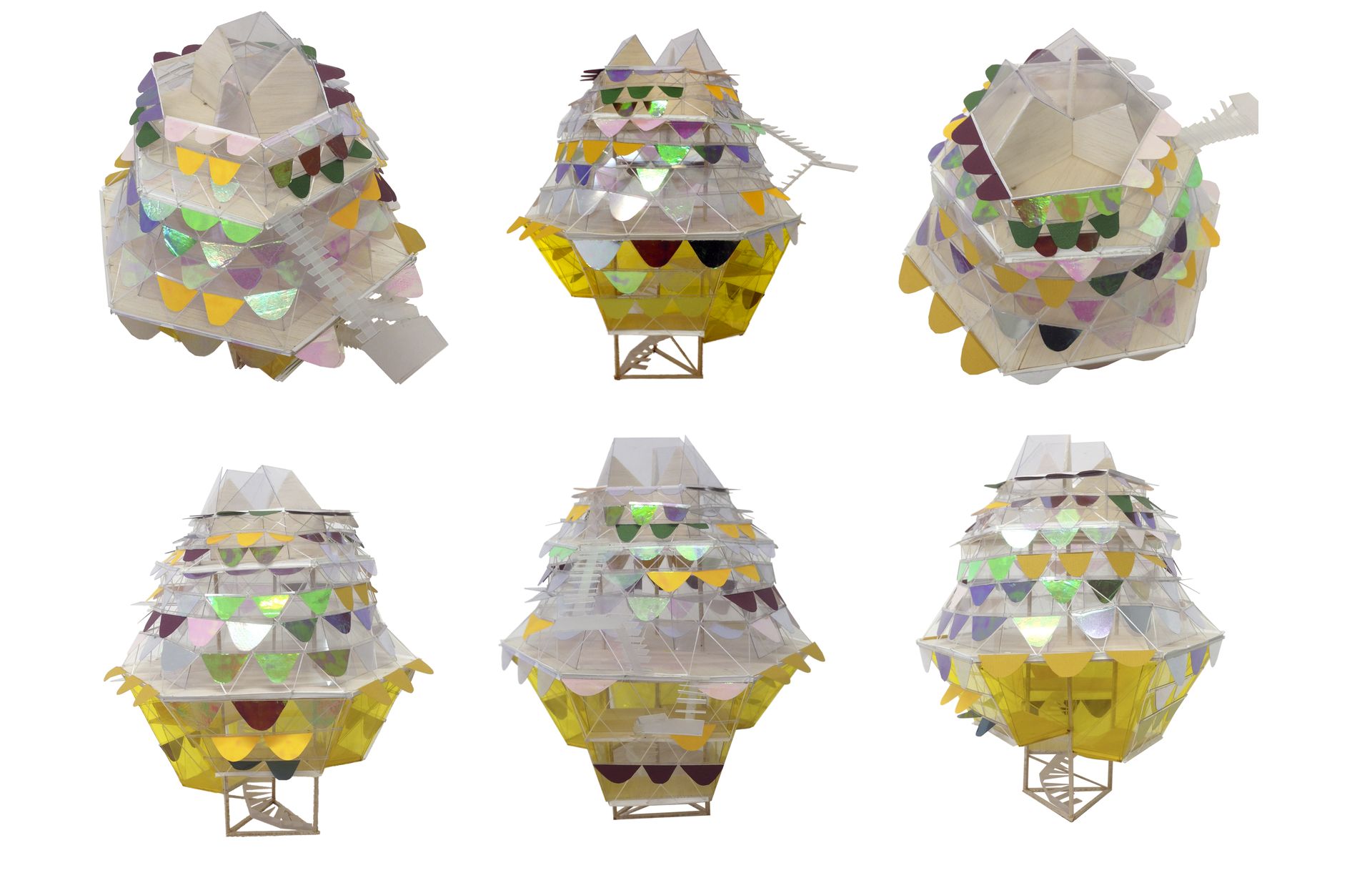
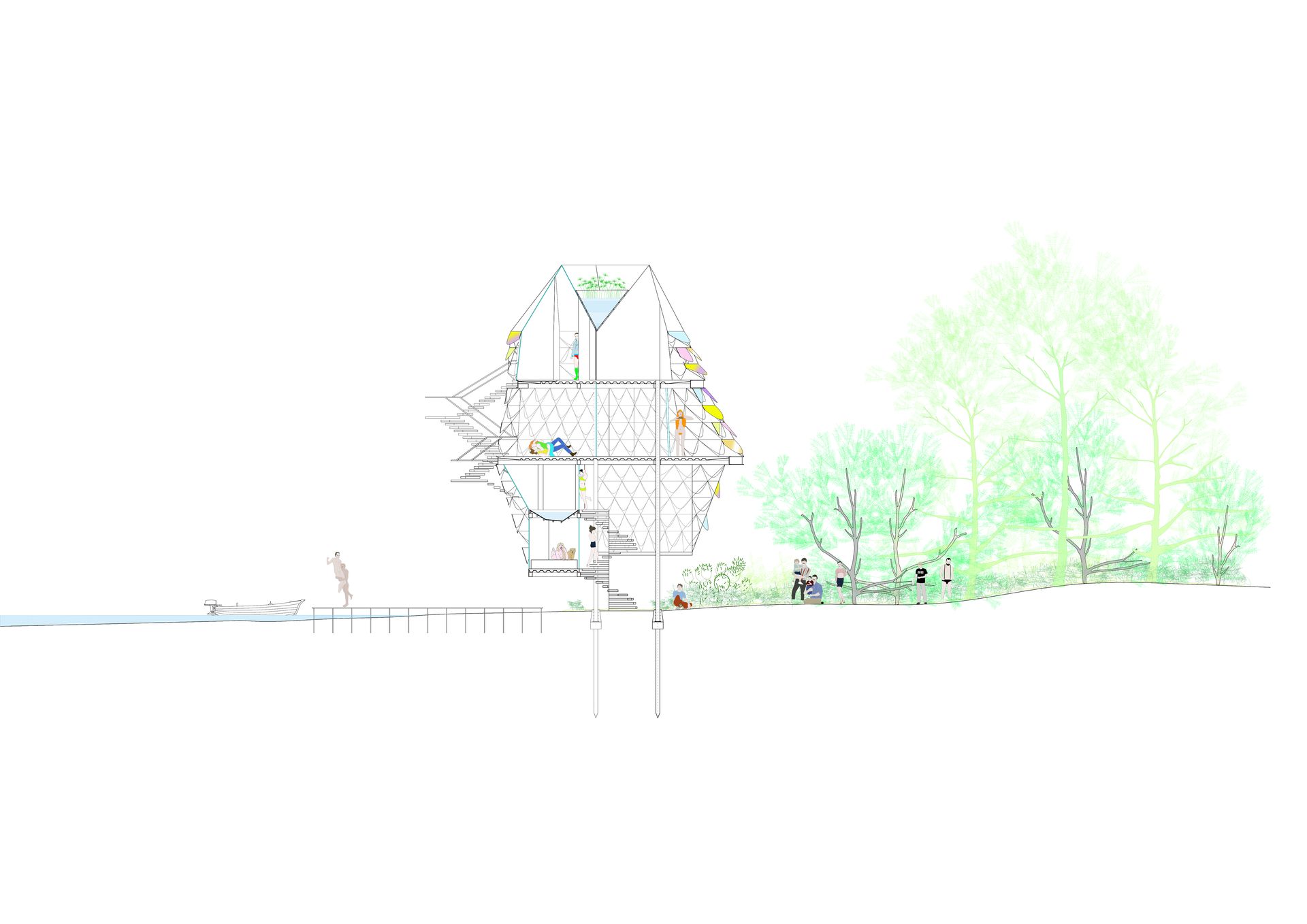
About the project
Intimate Strangers is a multimedia installation, resulting from two years of fieldwork at Grindr’s headquarters in West Hollywood. The project was produced and first presented at the Design Museum of London.
Launched in 2009 by Nearby Buddy Finder, Grindr was the first gay-men-oriented Locative Geosocial Media. There are over one million active Grindr users at any time, yet 20% of the company’s servers are located in countries where gay sex is banned. The app has been seen as a space for LGBT emancipation, providing access to sex for a global population of gay men, of which no less than 11% remain closeted. A limited number of single-men profiles are available for users to check by dragging their fingers across sexy photographs behind the potassium-coated ion-strengthened glass of their smart phones. Grindr has helped to normalize gayness. It has become a place for gay celebrities to be seen, a location for streaming media from JW Anderson’s 2016 Summer menswear show, and a place for Paper Magazine to recruit models. Grindr has also been seen as a counter-queer space in the age of same-sex marriage. The app has been criticized for its contribution to transforming gay societies from being spaces of rough collective gender activism into becoming networks of confortable lifestyle consumption based on contexts of healthy-looking individuality and one-to-one intercourse.
Grindr is urban but it is not a city. It is not fixed to a piece of land but distributed in unstable constellations. Bodies, mirrors, cellphones, servers, satellites, clothes, skins, backgrounds, software, interfaces, etc. all participate in the making of a collective neural system, unapologetically jumping from one city to another, and into the countryside. Not just accommodated by the urban, Grindr has become a kind of urbanism in its own right. It is both super-immaterial and super-material. It is a network of constantly moving parts, linked by desire. The setting is permanently active, constantly being produced: by updating profiles, by dragging one profile to the next one, by disappearing from one person’s screen to become available on another’s. If Buckminster Fuller dreamt of a world of omnidirectional connectivity in the air, Grindr is the fulfillment of his vision. It is an urban enactment in which LGBT realities are made in online and offline realms, where proximity, intimacy, profiling, and the mathematics of sex are experienced and disputed. Urban tribes are defined and empowered, and racial or bodily features—no blacks, no fems, no fat—become reasons for rejection. Isolated gay men, living in countries where homosexual practices are banned and punished, gain access to an alternative space for interaction. Intolerant governments can also use Grindr to track, harass, and arrest gay men. But at a time when many western cities are being sanitized through gentrification, locative sex has become an urbanism in which emancipation, empowerment, connection, rejection, crime—love and fear—are brought together.
Credits
Videoinstallation first presented in London Design Museum as part of the exhibition Fear and Love. Reactions to a Complex World, 24 Nov. 2016-23 Apr. 2017
Andrés Jaque / Office for Political Innovation
Project Leaders
Andrés Jaque, Roberto González
Research
Paola Pardo-Castillo, Julie Klovstad, Michael Nathan, Andrés Villar
Design team
Laura Mora, Sebastian Kurth, Martín Noguerol, David Rodrigo
Audiovisual production and edition
Jorge López Conde, Eduardo López Rodríguez
Sound artist
Jorge López Conde
Text edition
John Wriedt
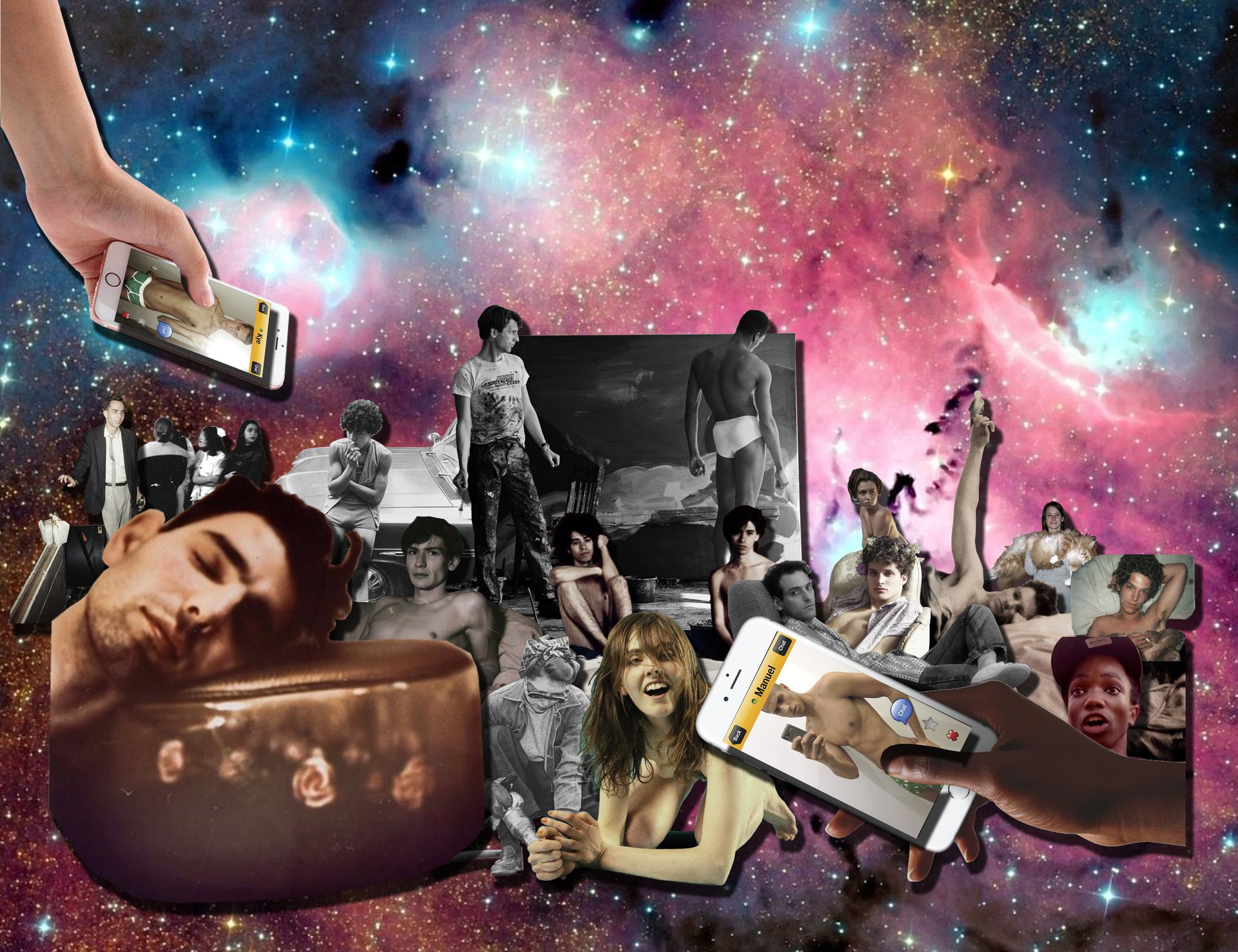
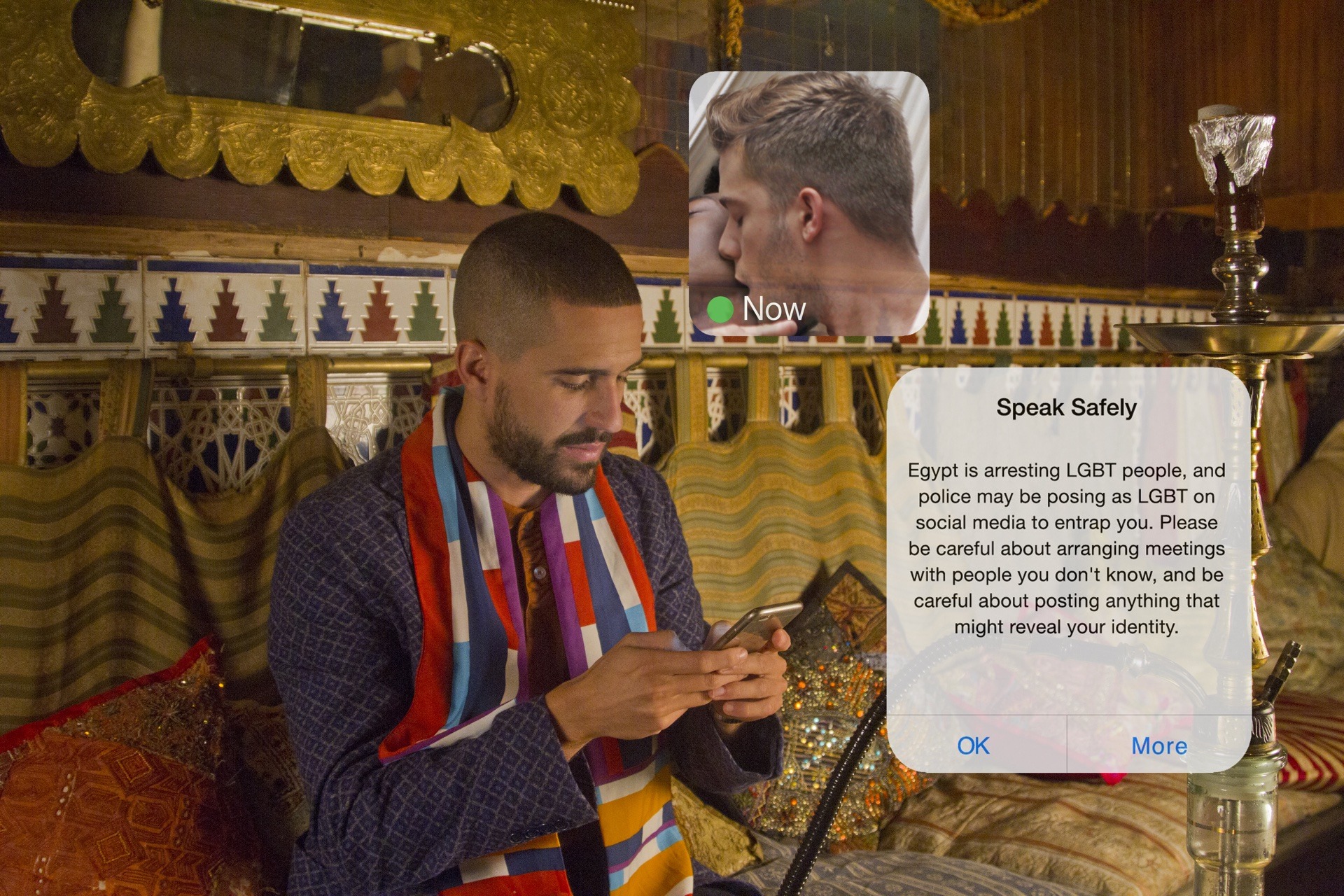






About the project
Fray Foam Home. When Decoration Comes Political
Victor Hwang Collection (London)
Domestic interiors are arenas with the necessary conditions to make the political realm possible. Fray Foam Home is the restoration of a network of spaces upon which a specific home –an apartment shared by four people, on Pez Street in Madrid– is truly built: the network of landscapes, resources and infrastructures that are necessary so that the forms of comfort, supplies and fictions that are activated in daily lives can be possible. The distribution of water, the exploitation of energy resources, the intellectual property rights or the ideology of audiovisual contents are compulsory transit points of the polemics which connect us as societies, and in which our collectivities take shape. And yet, are these political extensions of the domestic visible in the interior of houses? Is it possible to take the dispute to the point at which it originates?
Architecture often generates strategies to promote territorial distribution of uses, resources and consumptions that guarantee spheres of sweet peaceful localism. FRAY FOAM HOME stems from the acknowledgement of a discredited architectural periphery: the architecture of Christmas trees, of flower arrangements, of tablecloths, of birthday decorations and photographs taped to mirrors. An architecture of the expression, exposure and dissemination of the personal realm, of the invitation to collective events, of the projection of dreamt futures.
An architecture rendering politics that, far from creating new realities, could furnish the existing with parliamentary guarantees.
Credits
Andrés Jaque / Office for Political Innovation
Team
Coordination
Walter Cuccuru, Alejandro Sajgalik
Development
Patricia Acosta Morales, Ángela Bailén López, Diana Calvache Martínez, Mehrdad Nazemi, Carolina Silvana Vaca Manjarres, Sizhou Yang, Adeline Ruiz, Silvia Rodríguez,
Graphic Design
María Jaque
Photographs
Alejandro Sajgalik y Miguel de Guzmán
Video
Sizhou Yang
Partners
SEACEX, Sociedad Estatal Para la Acción Cultural Exterior
UEM, Universidad Europea de Madrid
MATADERO-Madrid
MUSAC, Museo de Arte Contemporáneo de Castilla León
Ministerio de Vivienda de España
Ayuntamiento de Madrid
Fundación Mies van der Rohe
Imagen Subliminal



About the project
Located in a beach town, this holiday home built in the early 1940s was transformed to become the permanent home of a retired couple who will occasionally welcome their children and grandchildren. Having for more than four decades spent their summers in the house, the owners asked for the transformed version of the house to be able to expand the social hierarchies and moods it promoted in the past only during the summer to the whole year. The design process started with a careful examination of the owners’ collection of summer photographs, to allocate architectural mediations that would make it possible for the house and its garden to permanently allow and instigate the unprejudiced and joyful daily life of summer.
In the Teddy House, different daily uses are meant to happen without spatial compartmentalization. The intervention is composed of a continuous ramp, of variable width to accommodate different spatial conditions. In the shower areas, for instance, it widens slightly to fit a bench that favors spontaneous encounters; over the void of the original house it bulges to create a multipurpose space (with folding bunk beds and sleeping cabins); and, finally, it forks to offer views of the garden and the sea.
All the design solutions are meant to turn the house into a pet for its users: something that needs care and with which one can establish emotional ties. This is why the project was called the Teddy House.
Credits
Andrés Jaque / Office for Political Innovation
Grande Área Prize. Colegio Oficial de Arquitectos de Galicia.
Design, coordination and edition
Teresa del Pino, Helena Bartosova, Tat Bonuhei, Sarah Caperos, Iris Hutinger, Luigi Ligotti, Pedro Pinto, Jorge Ruano, Herminia Vegas
Consultants
Structures: Belén Orta
Mechanical Engineering: Nieves Plaza
Economic Study and Quantity Survey: Ádega da Costa
Photography
Miguel de Guzmán
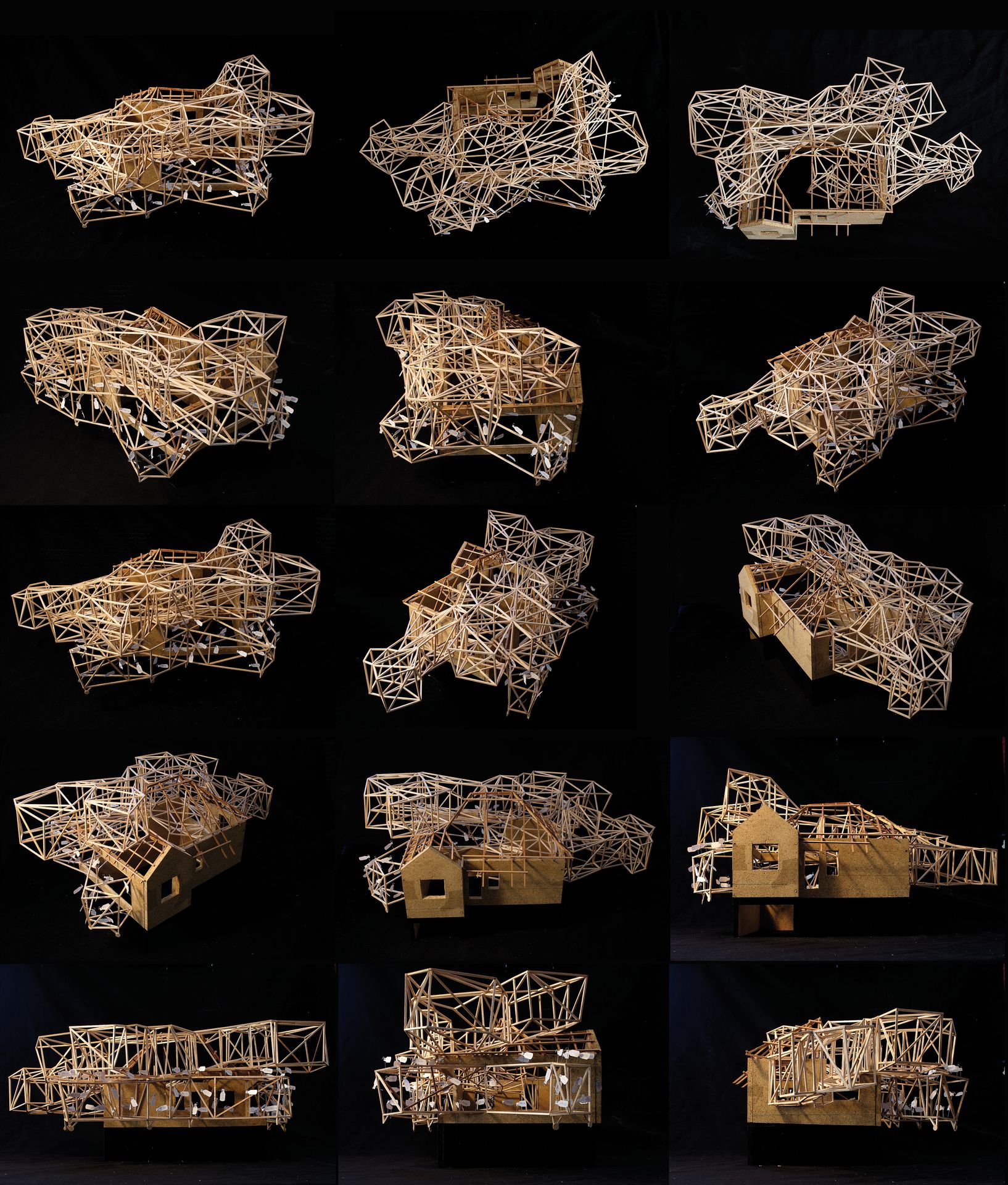
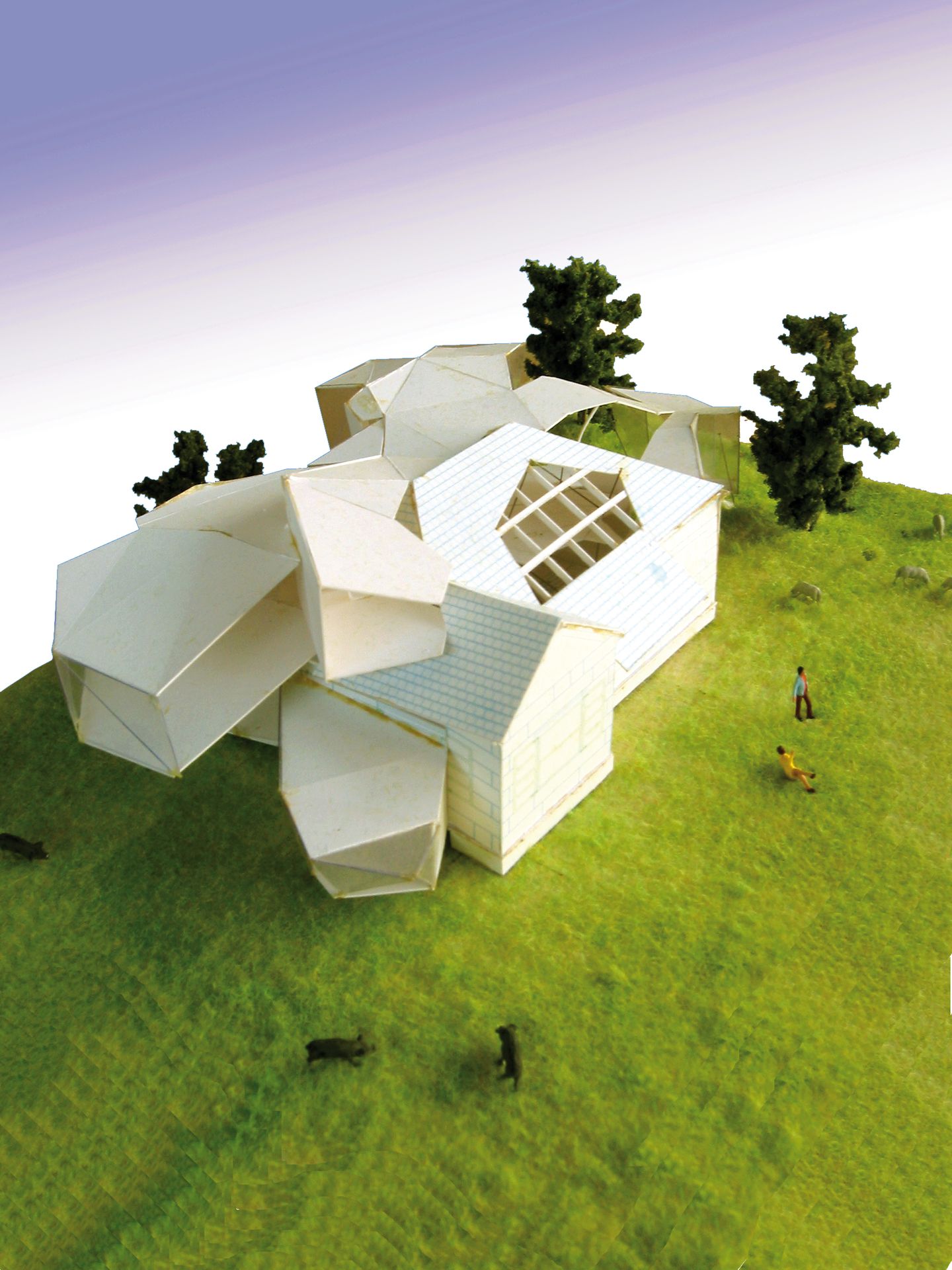
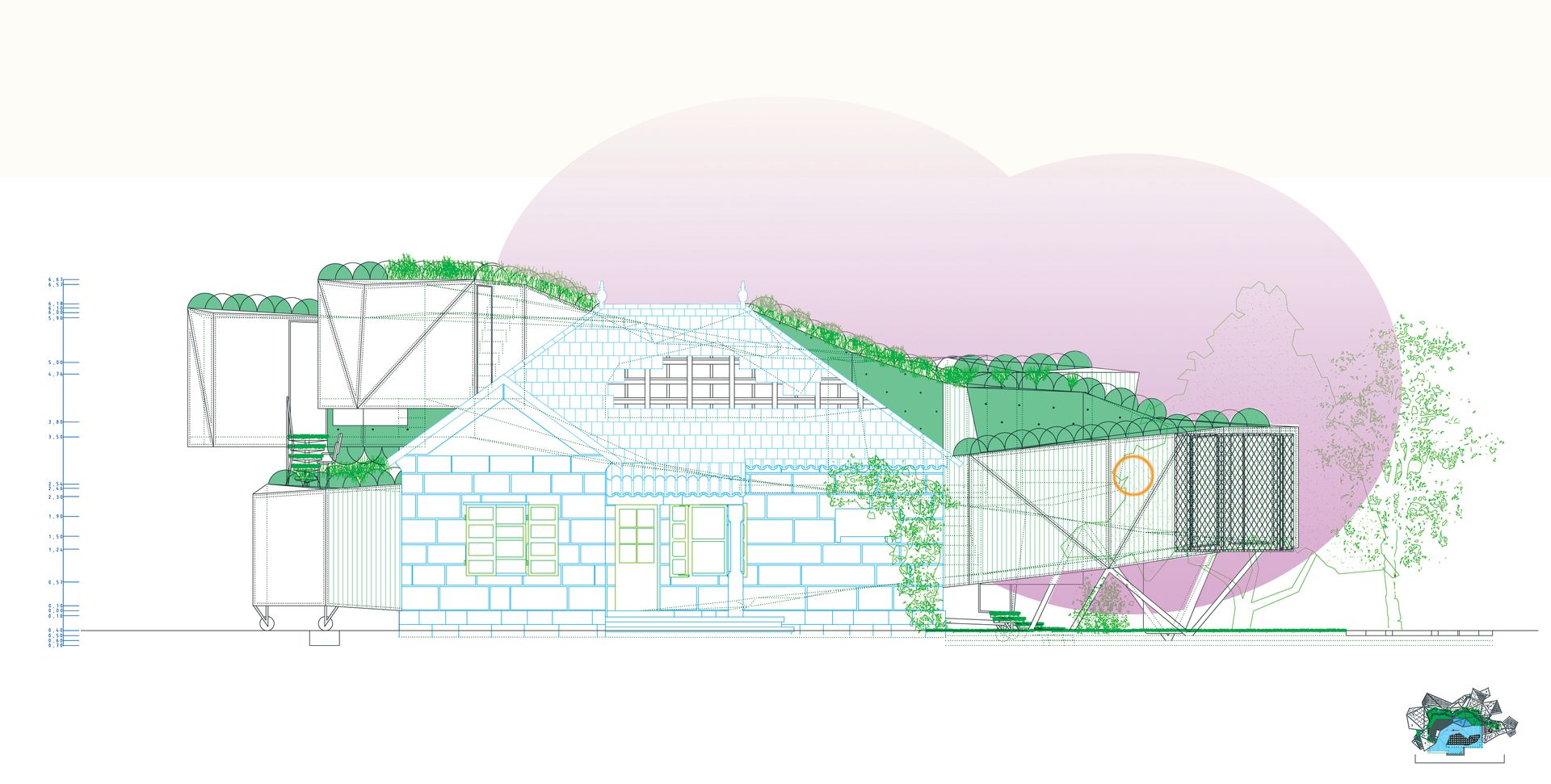
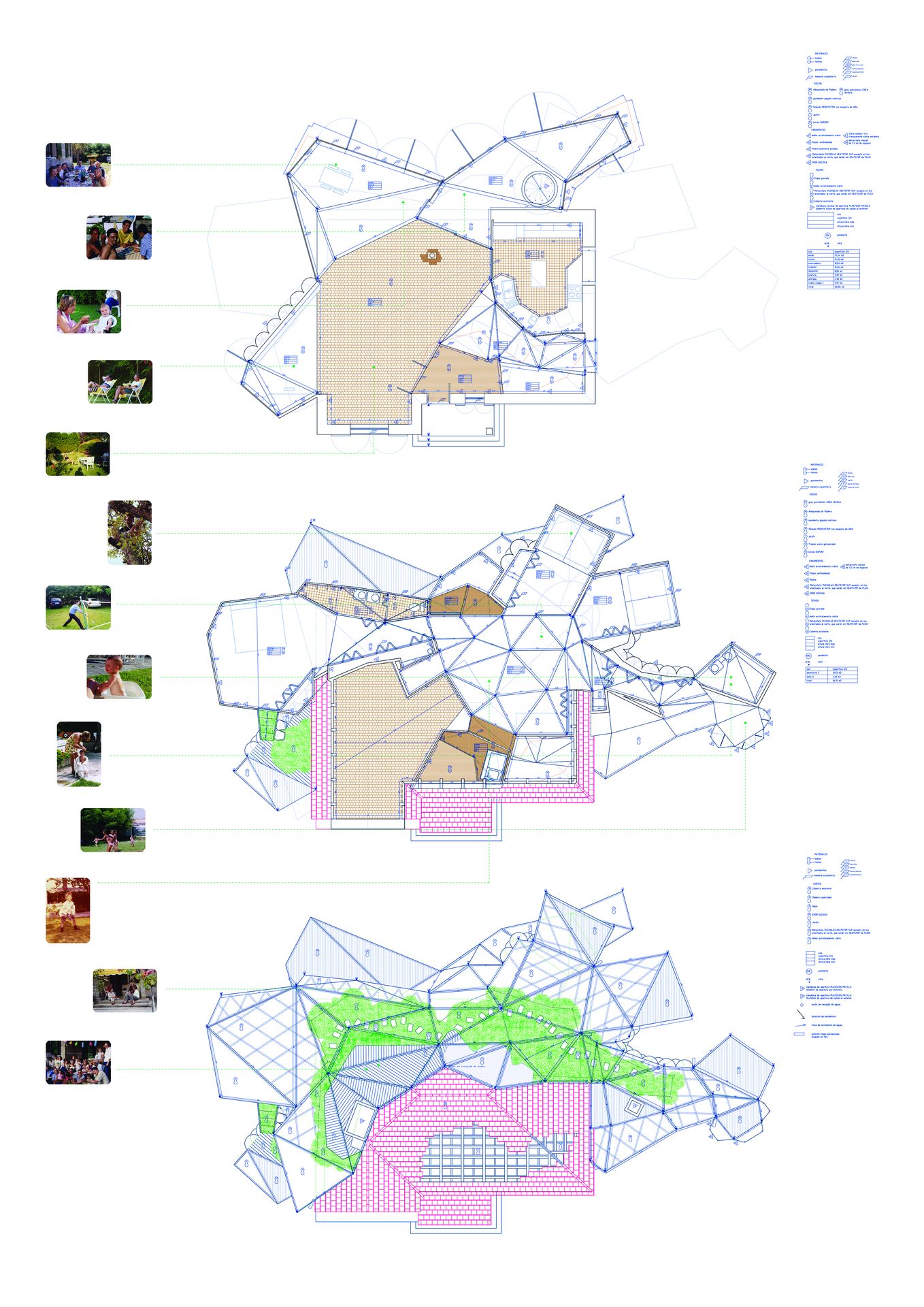
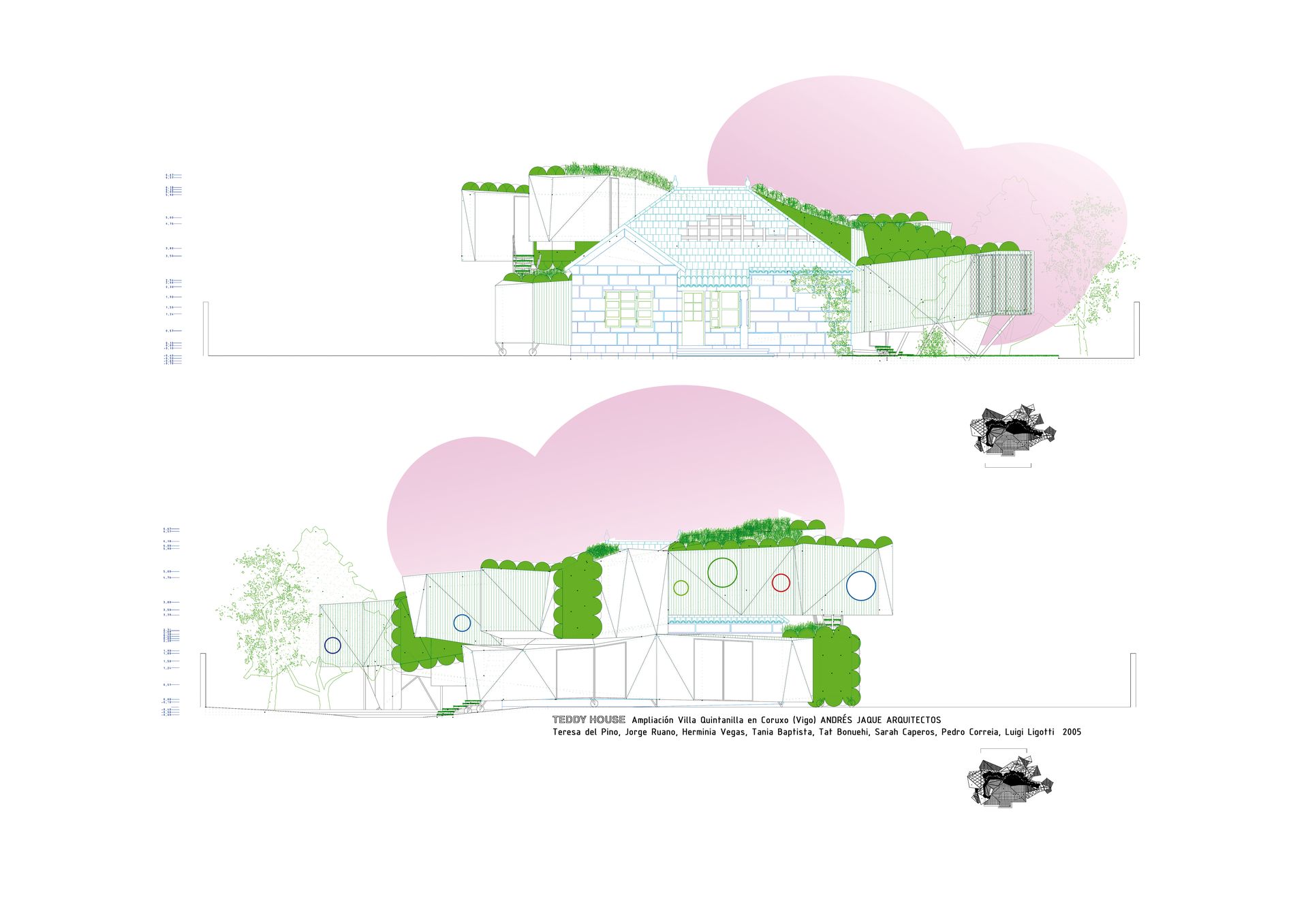
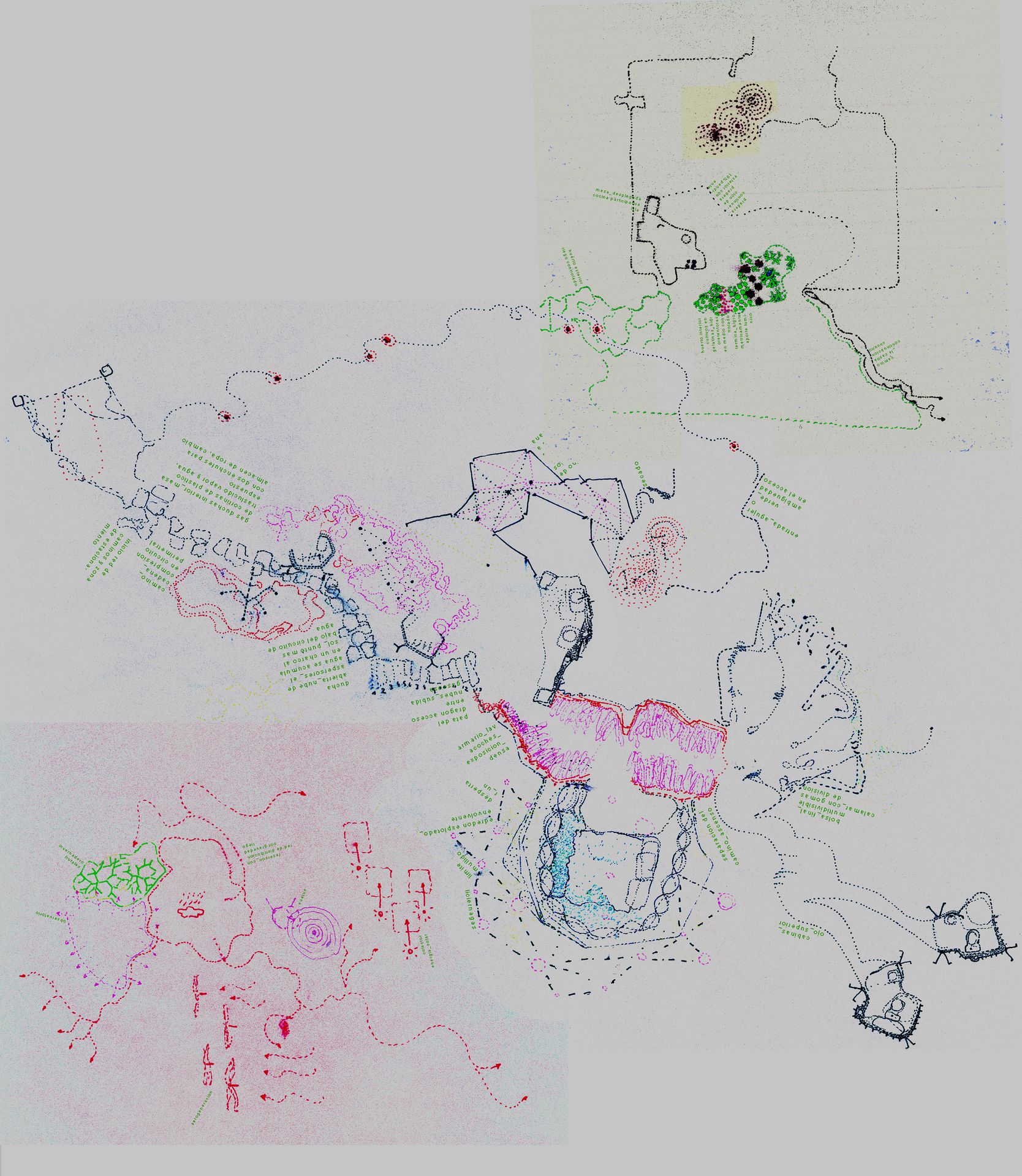
About the project
Sixty-three years after the iconic exhibition “This is Tomorrow” gave birth to British pop art, Whitechapel Gallery summons some of the most challenging architects and artists to anticipate the tensions that will define the future of the planet. For this occasion, Andrés Jaque and the Office for Political Innovation worked with video artist and icon of disco Jacolby Satterwhite to propose a trans-sectional architecture that connects the big-scale realms where contemporary societies are being defined: online porn, real estate, interior decoration, in-vitro fertilization, and the offsetting of daily environmental costs. This new regime of environmental, corporeal, aesthetic and financial exclusivity emerges as a substitute for what has historically been the city’s role in provided a setting for the social: HIGHENDCRACY
During the last 15 years, New York City evolved by evacuating its clumsiness, depurating its air and waters, and reclaiming its dumping fields. Post-2008, it became a sanitized, assets-oriented urbanism, a highendcracy of trading air-rights within blocks, LLC-shelled identities, and the reinforcement of the 421-A tax exception—all of which rendered the city an ecosystem to produce, reproduce, and accommodate value. Now Columbus Circle is the world center for the reinvention of human reproduction. Elective cytoplasm selection, spindle nuclear transfer, cell banks, and surrogacy have been combined in the last decades though archiurban calibrations to make New York the location for a new human type, the citizens of highendcracy.
Real estate rendered New York fully sexualized. Chelsea became the planet’s most wanted location to turn on Grindr. And as new San Fernando Valleys, rent-spiking Greenpoint and Chelsea are now home to two of the hottest adult studios, Burning Angel and Cocky Boys, where refined productions scape garage-like interiors to shoot their Pornhub scenes, which get millions of views, in sunny, lofty condominiums with views of purified blue skies. This kind of bluish sky was invented as a rendered reality for New York’s most successful architectural icon, 432 Park Avenue, and then taken as a detail of its architecture by using a fixed, Austrian Eckelt Lite-Wall glass for its windows, designed to intensify the blue part of daylight’s spectrum. This material adjustment synchronizes the architectural detail with the city’s territorial project of displacing the environmental cost of its consumptions to rural locations in neighboring states.
Credits
Andrés Jaque / Office for Political Innovation with Jacolby Satterwhite
Team:
Juan David Barreto, Roberto González García, Alberto Heras, Garazi Lara, Luis González Martínez-Cabrera, Bansi Mehta, Jesús Meseguer, Paola Pardo.
Installation supervision:
Jesús Meseguer
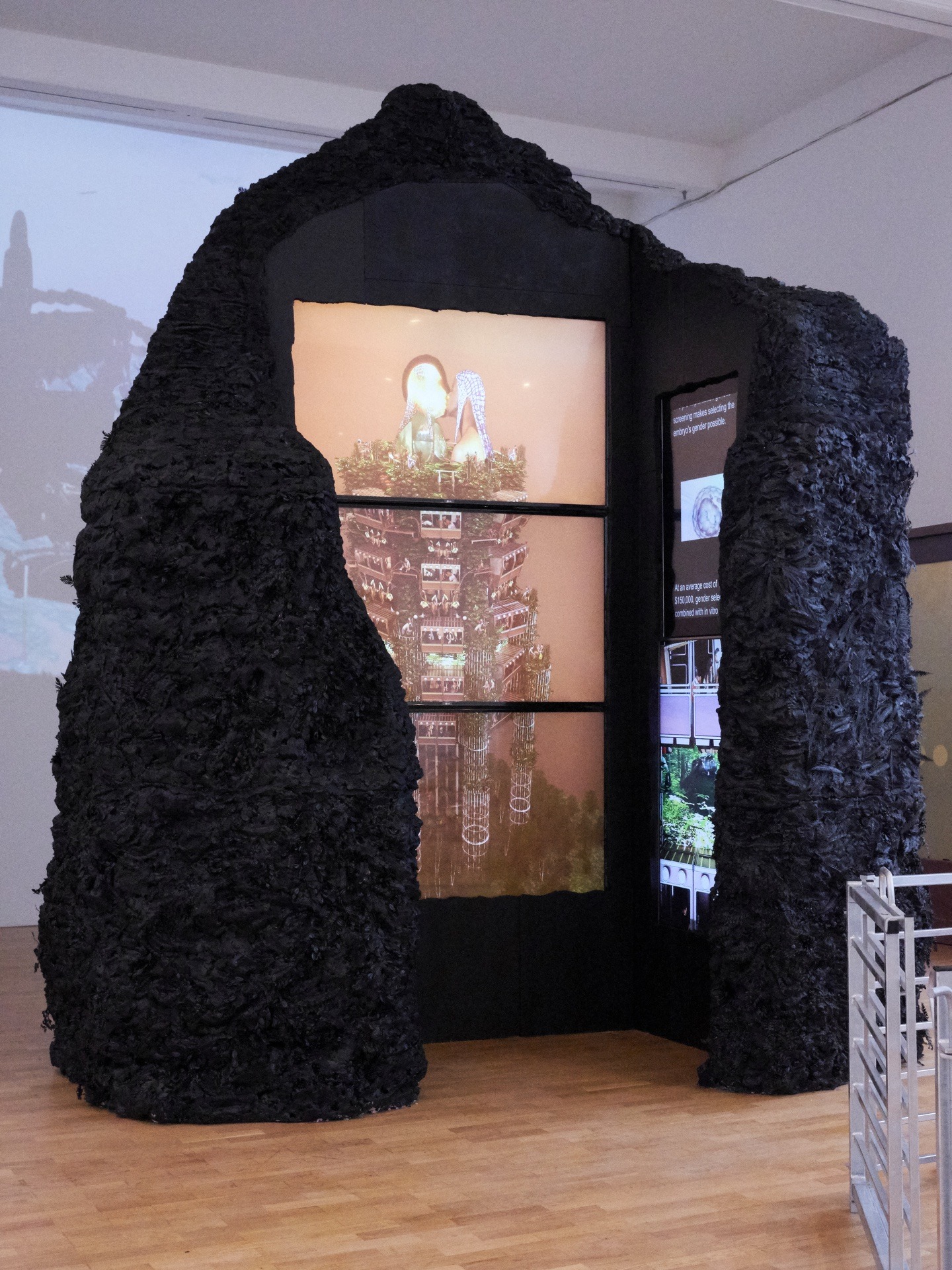
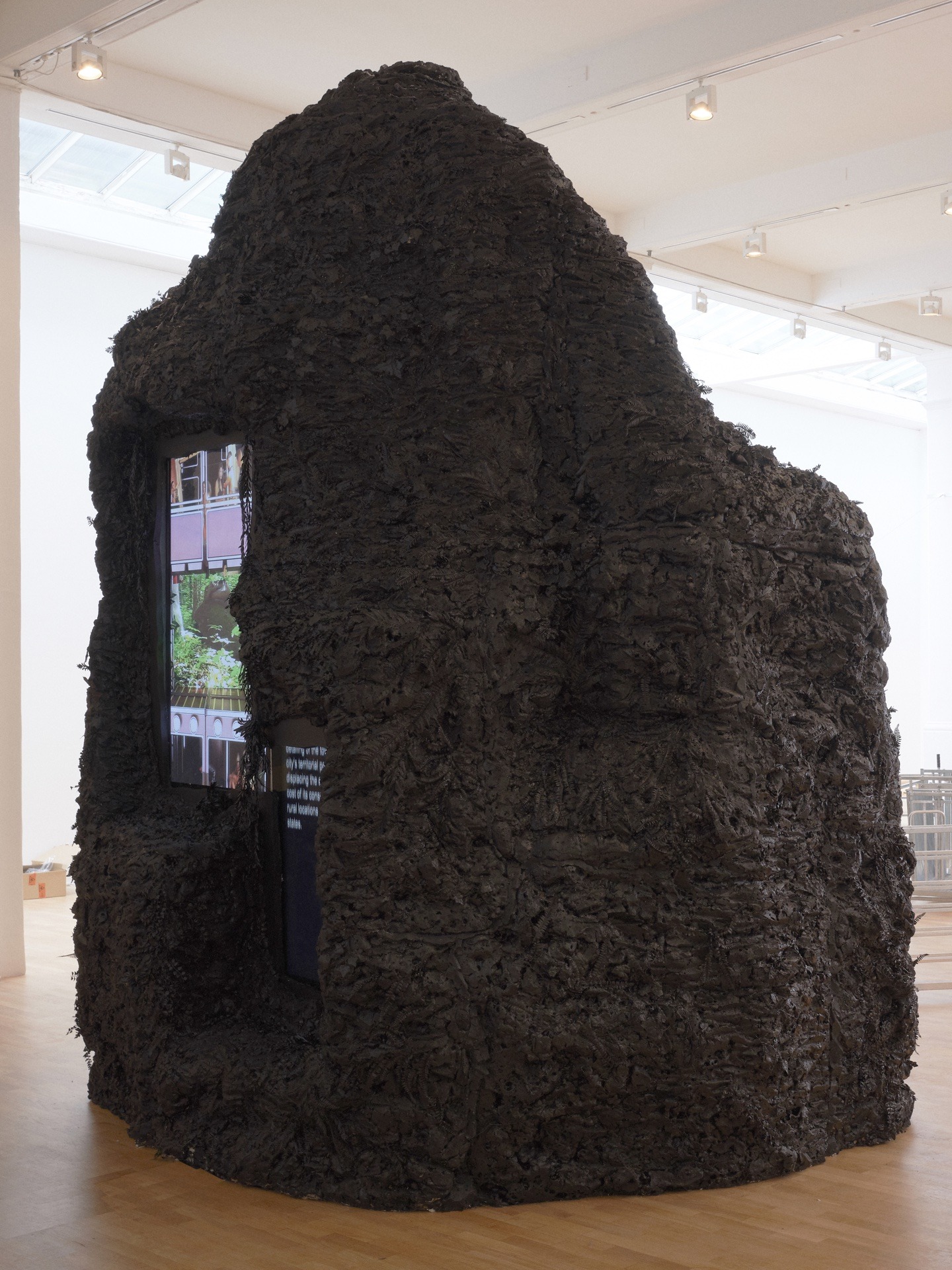
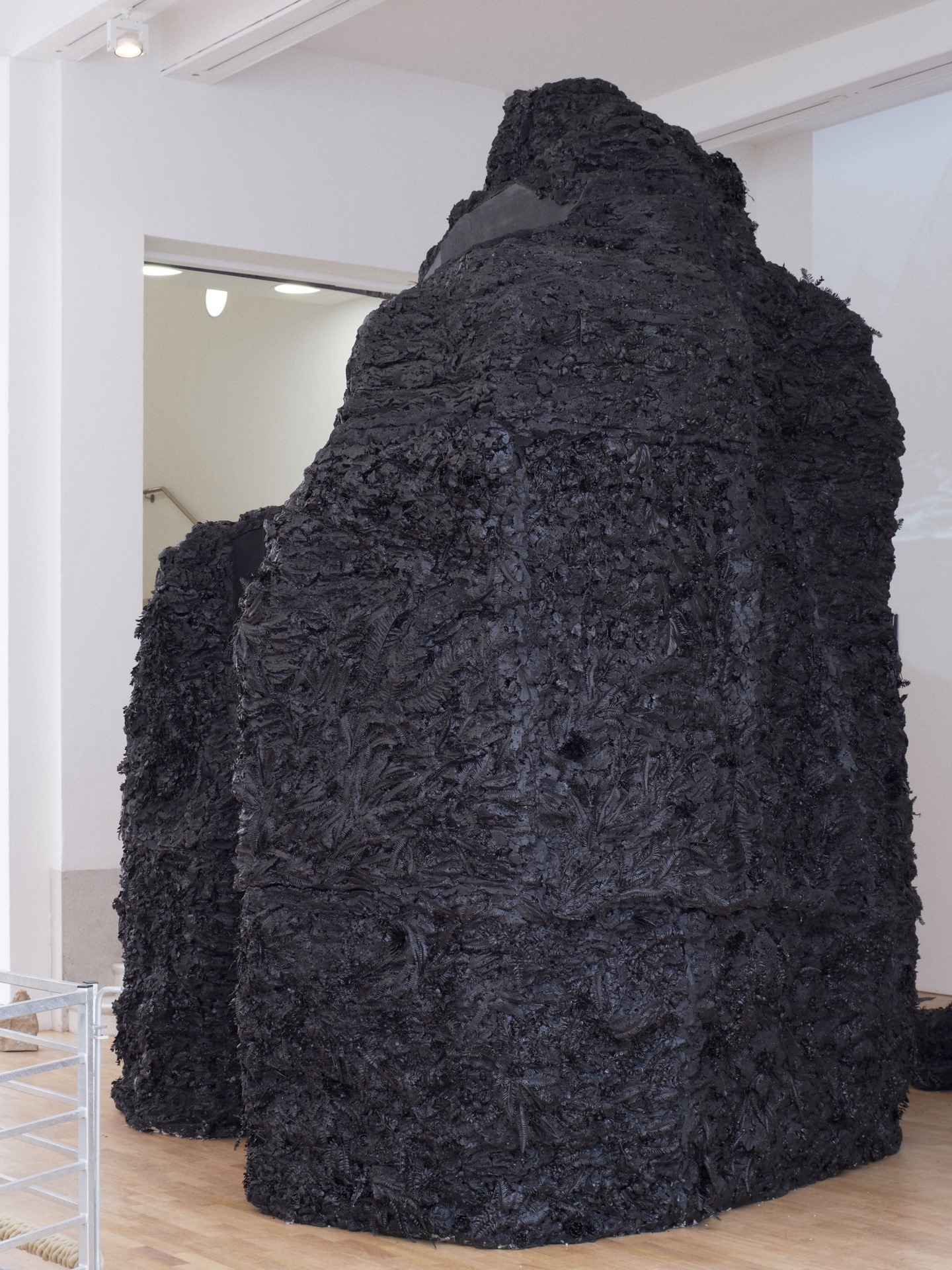
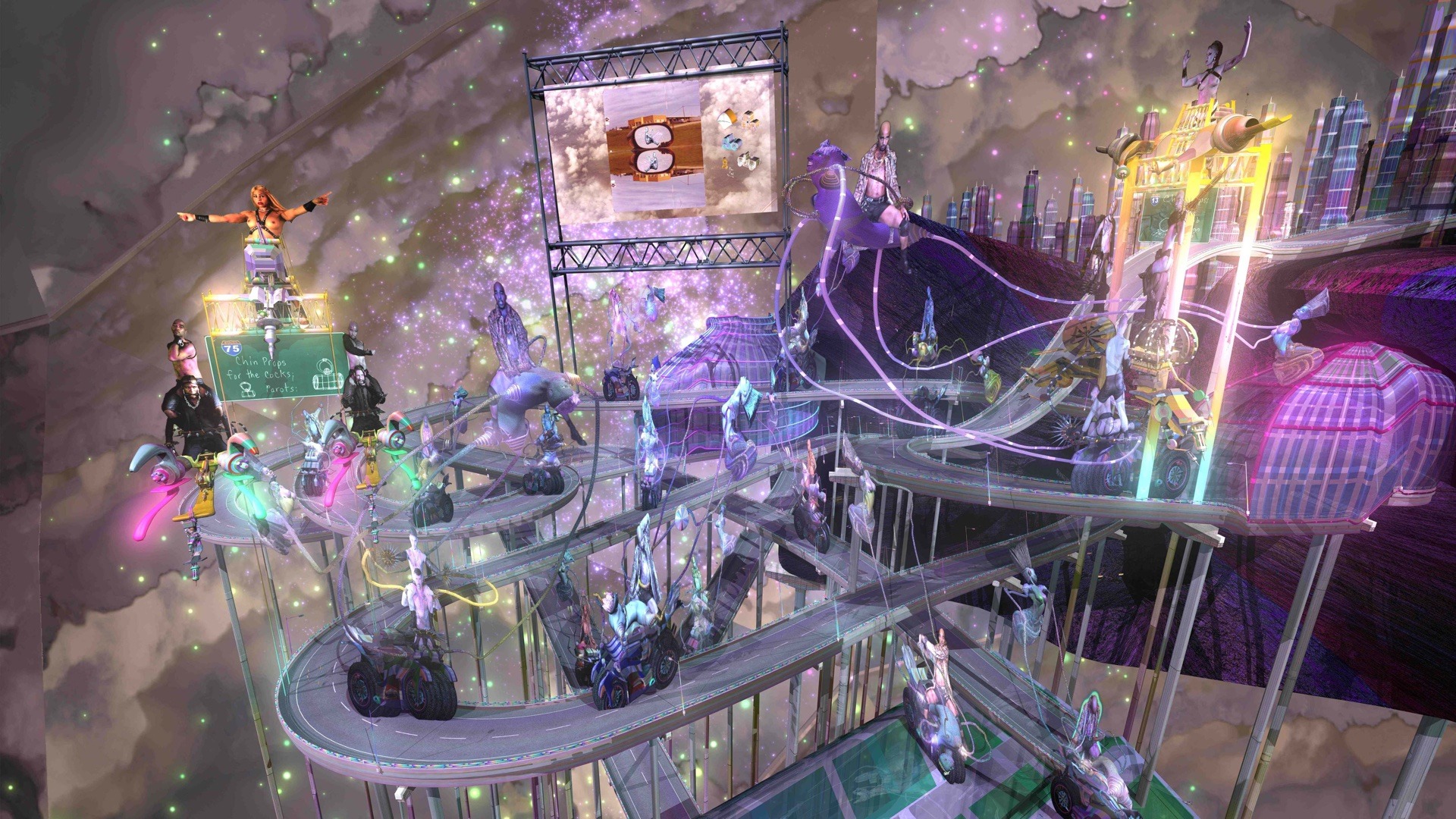
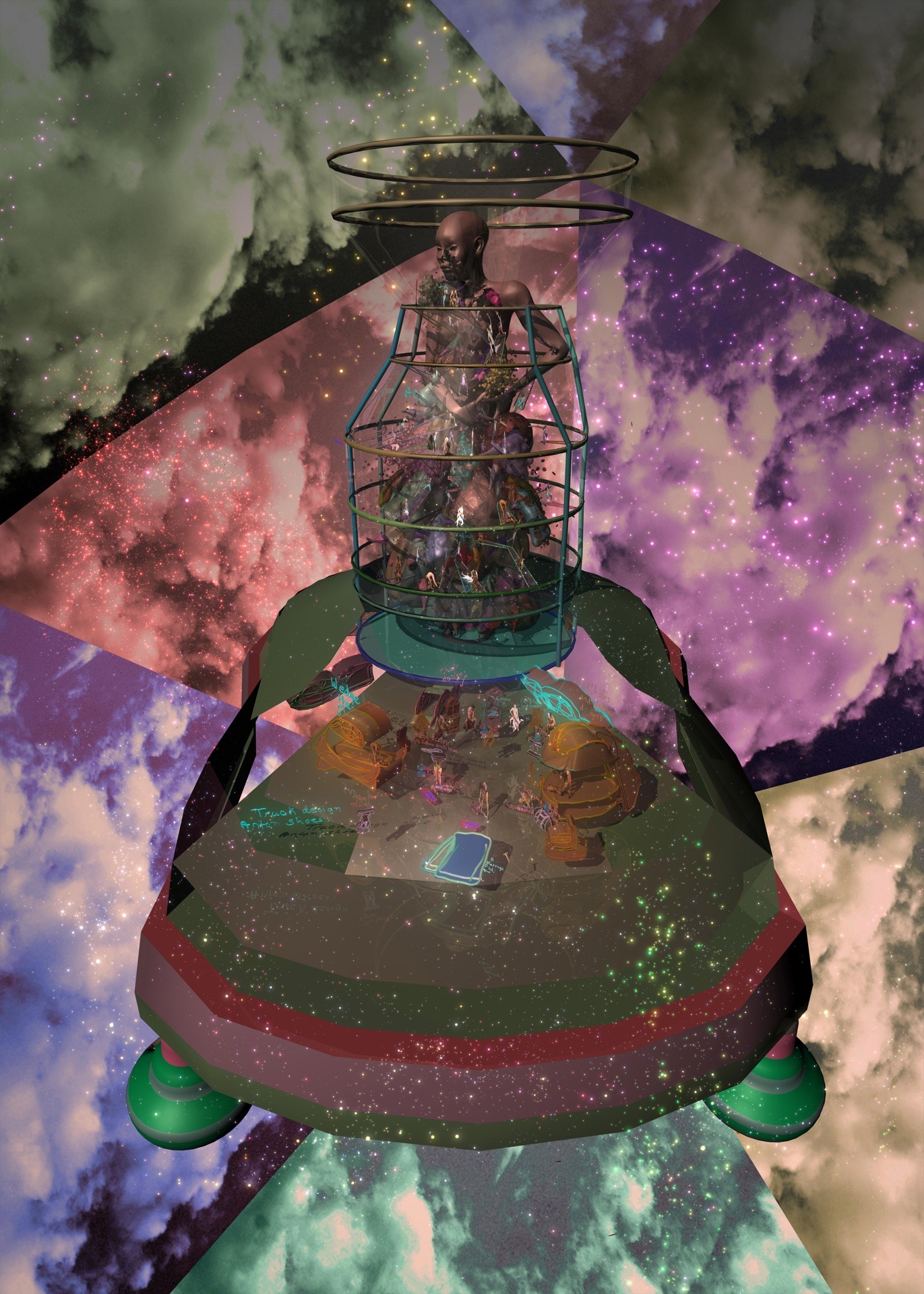
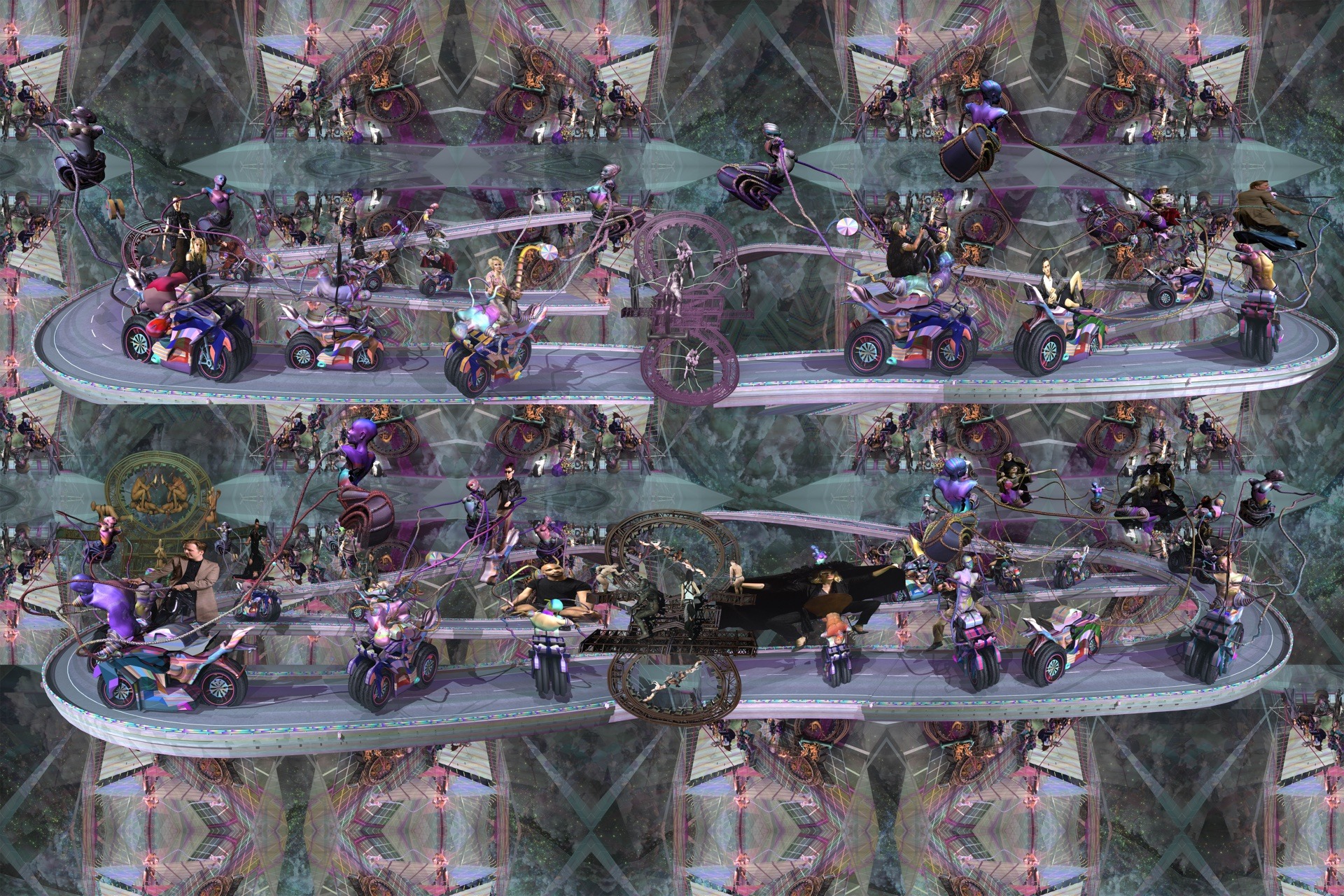
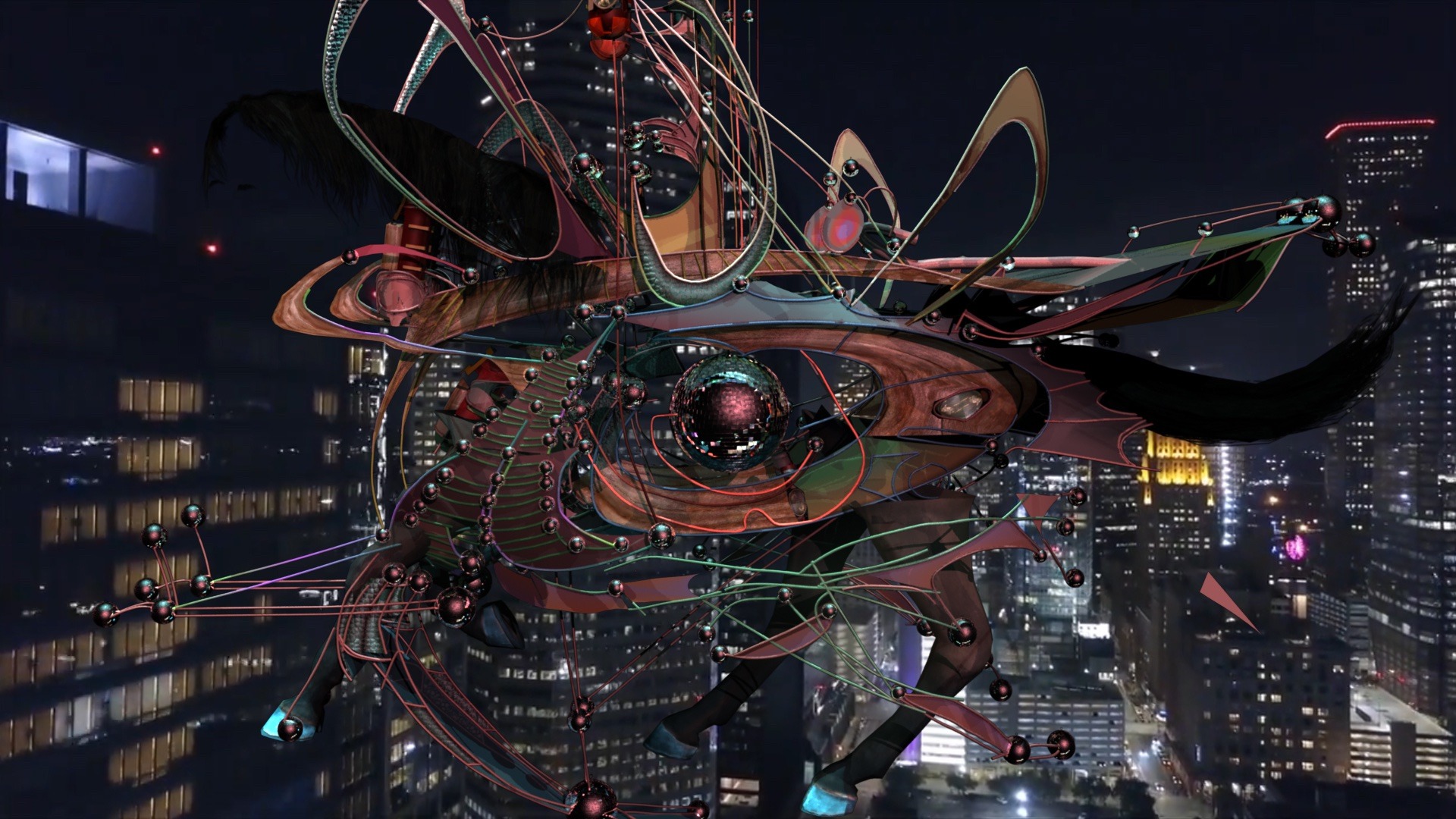

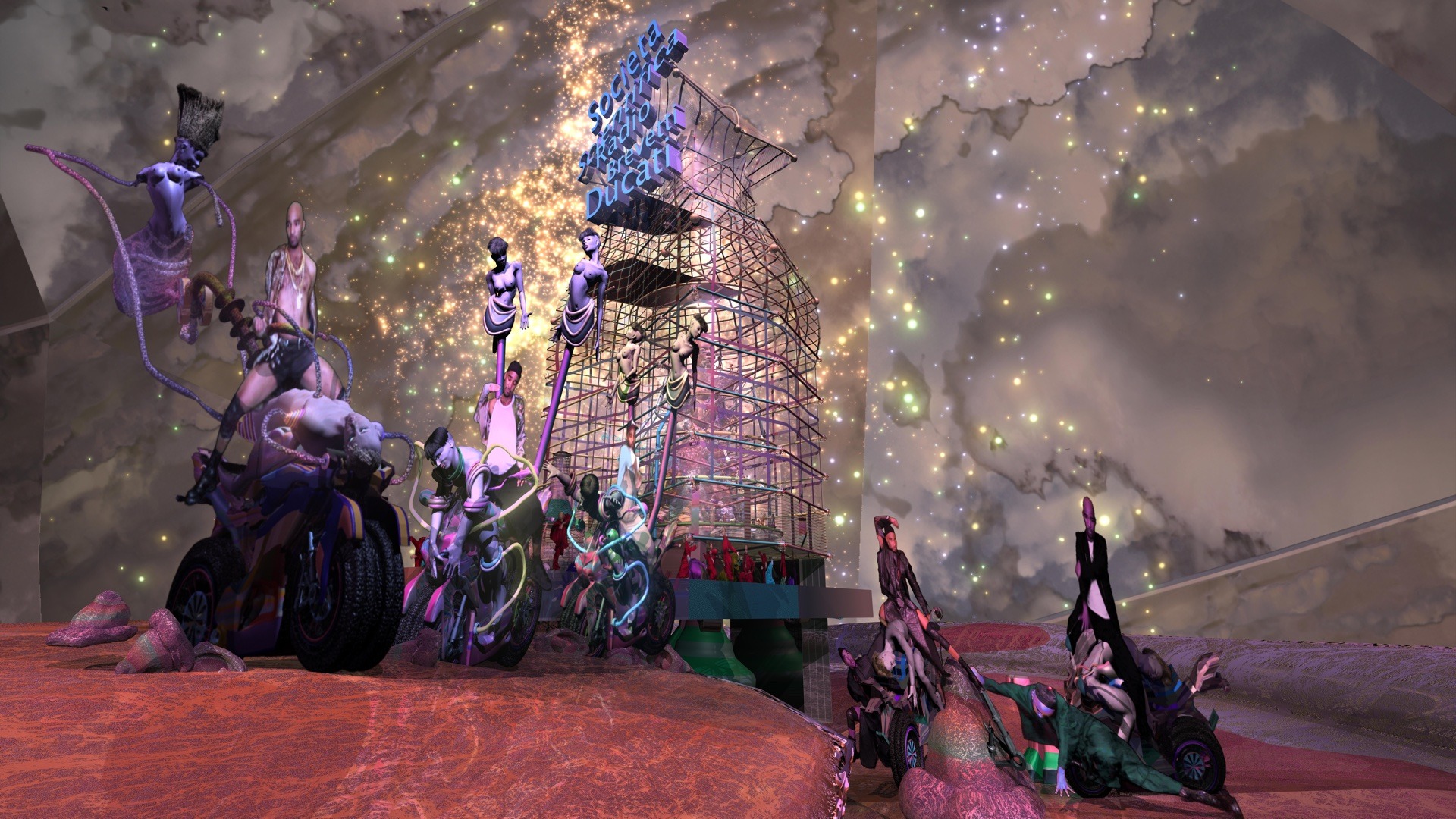
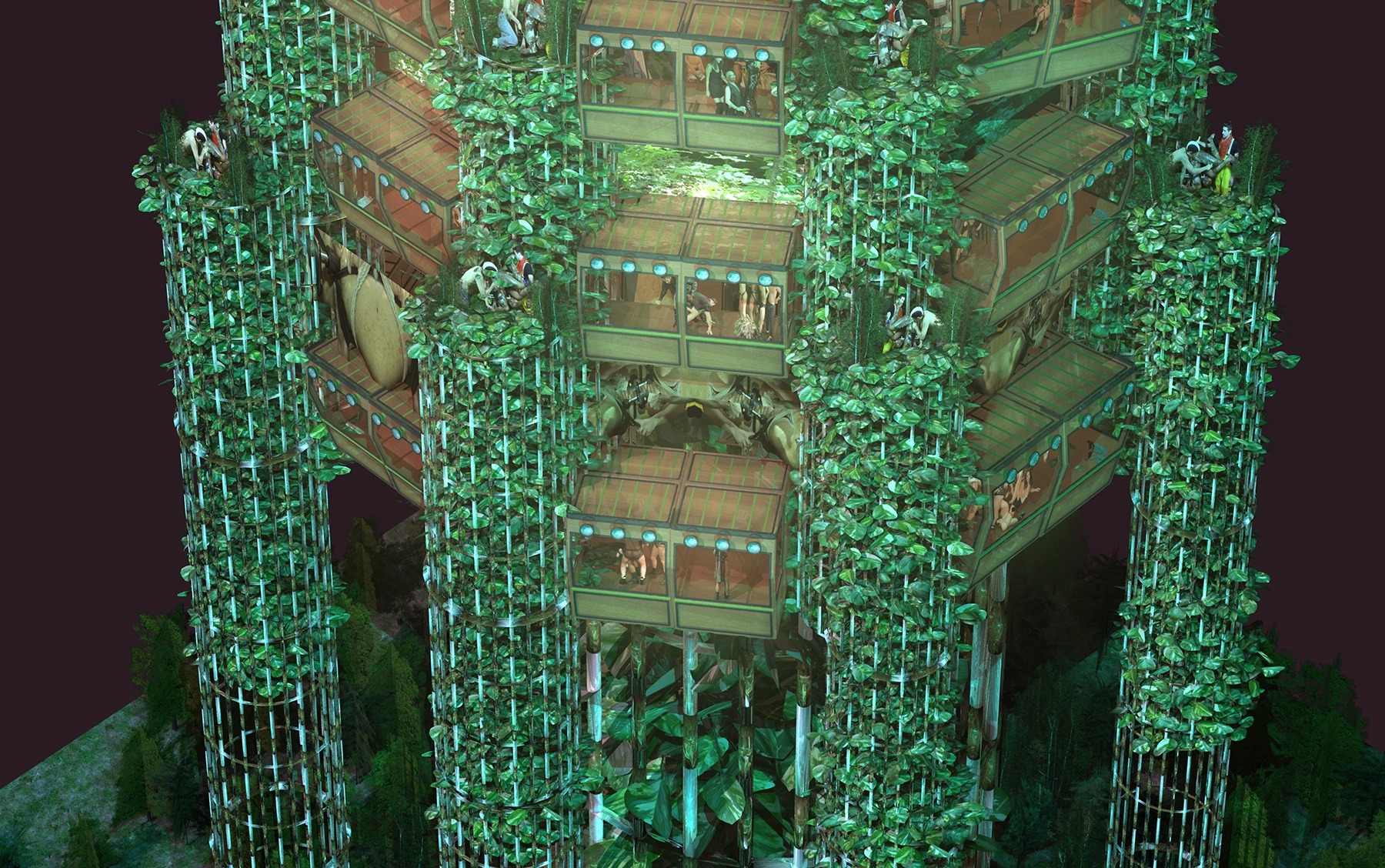
About the project
Based on seven study cases of the relationships between migration, domesticity, and water in contemporary Los Angeles; the project reveals Los Angeles as a city shaped by the encounters of individual life trajectories. The spatial and territorial designs behind each case were displayed at RedCat Gallery, in downtown Los Angeles, as prototypes of hidden contemporary urbanisms.
Credits
Andrés Jaque / Office for Political Innovation
Design, Coordination and Edition
Roberto González, Paula Currás, Ljubo Dragomirov, Irene Kargiou, William Mondejar, María Alejandra Sánchez Londoño
Curatorship and edition
Ruth Estévez









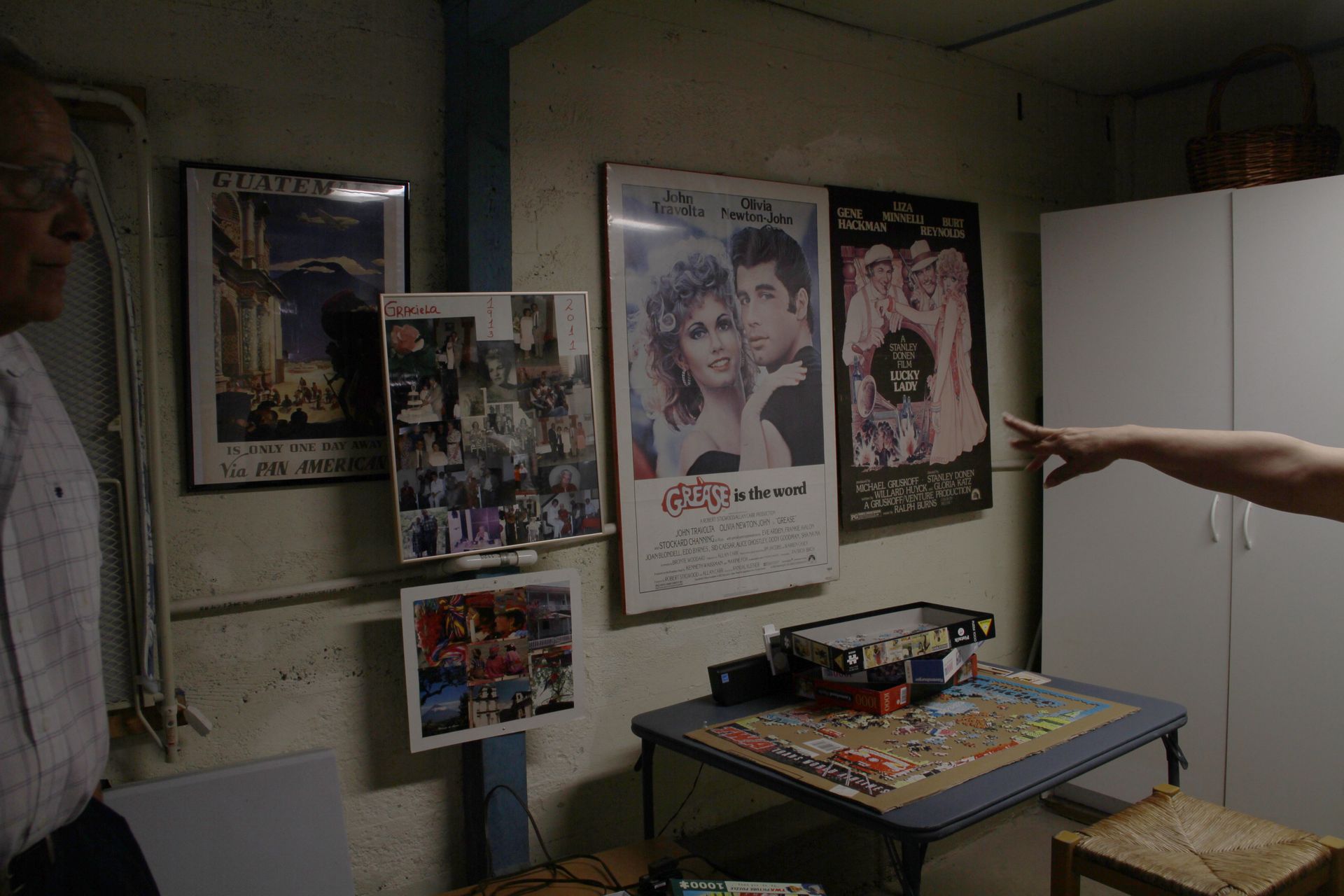
About the project
Techno-Human is a collection of wearable devices. The project was presented as a performance at the Domestico nomad gallery in Madrid in collaboration with conceptual artist Alicia Ríos.
Techno-Human is the design of a subject, though the design of clothing: a designed character super-equipped to maximize her/his/other capacity to be intimate with strangers, and to feel at home cruising the unknown. It is also an architectural proposition, for we believe that architecture is not the production of spaces where existing beings can be accommodated, but the way material devices produce possible subjectivities.
Credits
Andrés Jaque / Office for Political Innovation
In collaboration with conceptual artist Alicia Ríos
Design and production
Tania Álvarez, Carmen Ovejero
Coordination and edition
María-Solange Faría, Jorge Ruano, Herminia Vegas
Sociological research
Pablo Hurlé
Photography
Miguel de Guzmán
Model
Sybille Streck



About the project
The 12 Actions to Make Peter Eisenman Transparent consisted of a program of strategies intended to allow the population of the City of Santiago and its visitors to gain access to understanding and discussing the process of construction of the Cidade da Cultura.
A first set of actions was meant to allow the public to easily visit the building site and spend time in it as if it were a public park. These strategies included a bus line connecting the building site to the main public transport nodes, stations with restrooms and vending machines, the celebration of open houses, and tours.
The second group comprised actions intended to make transparent those facts that only experts would otherwise be able to read, including color codes to make visible the demarcations of different construction companies, LED screens to explain what tasks were being executed at each moment, balloons to indicate the amount of money already spent, and stickers on every truck arriving or leaving the building site to indicate the contents of the truck and its port of origin or its destination.
A third group of actions included a series of strategies to provide space to discuss those issues raised by members of the public not directly involved in the process, to allow them to become part of the project discussion.
Credits
Andrés Jaque / Office for Political Innovation
Design, coordination and edition:
Tat Bonuehi, María-Solange Faría, Agnes Flocault, Luigi Ligotty, Teresa del Pino, Jorge Ruano, Herminia Vegas
Graphic design:
Enrique Pujana
Consultants:
Structures: Belén Orta
Mechanical Engineering: Nieves Plaza
Photography:
Miguel de Guzmán
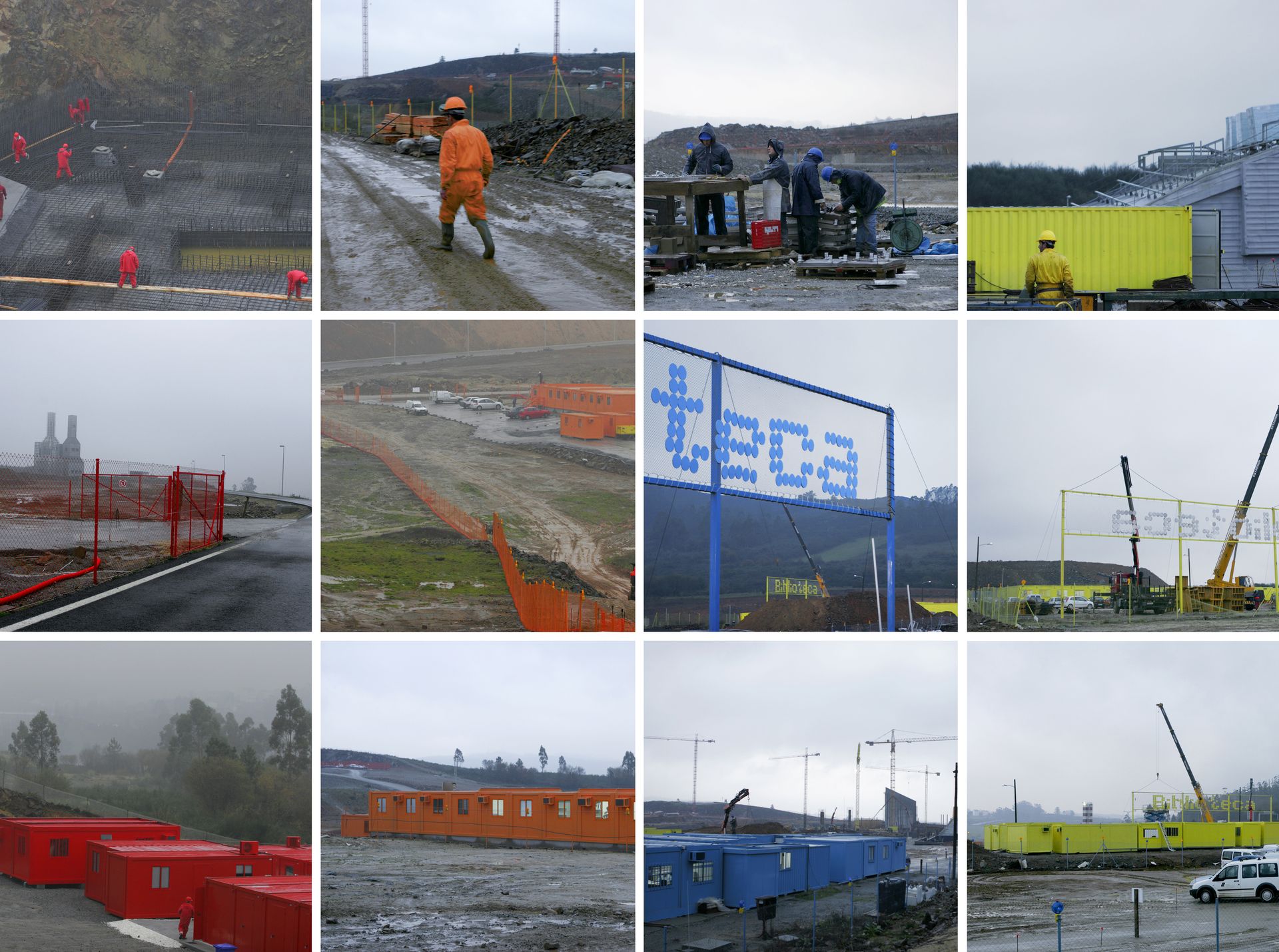
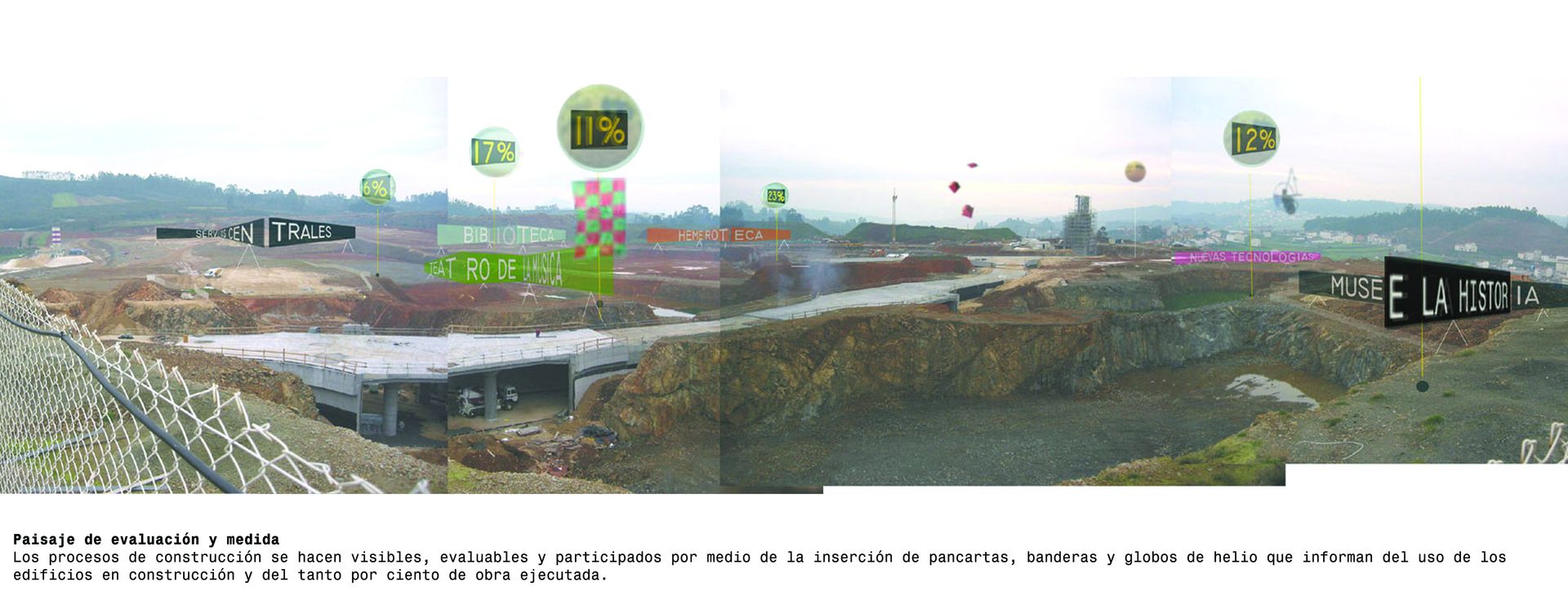
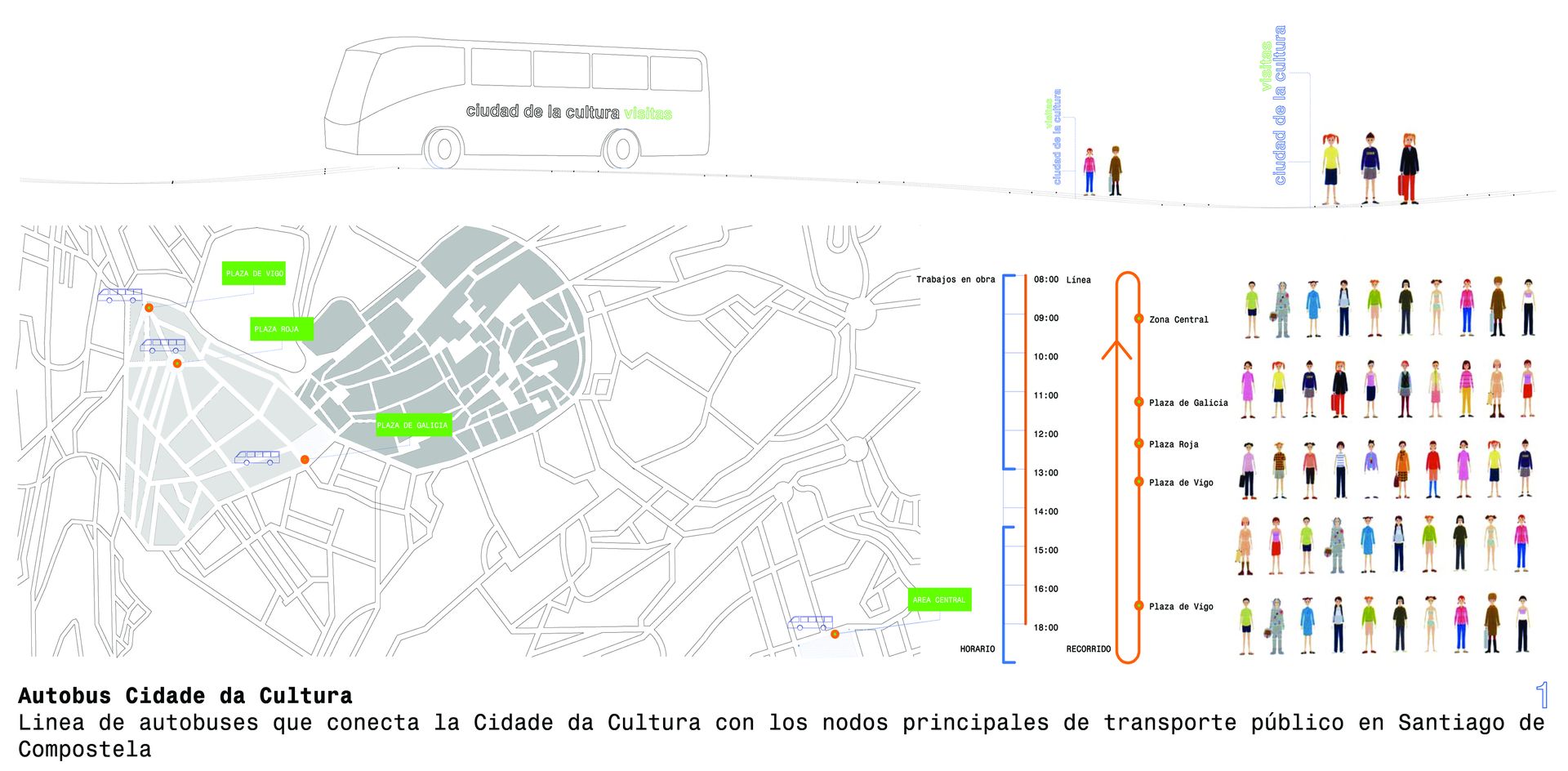
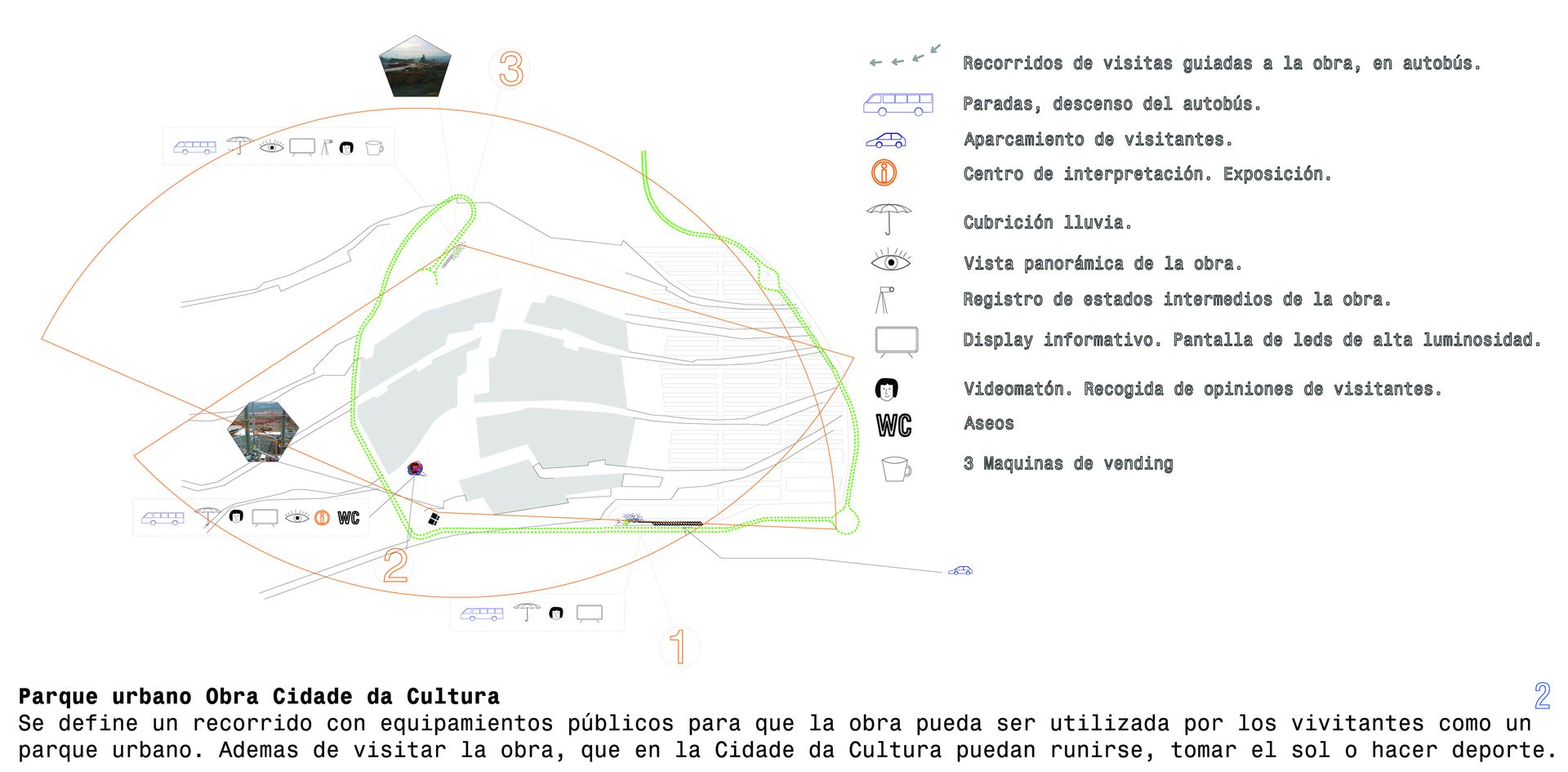
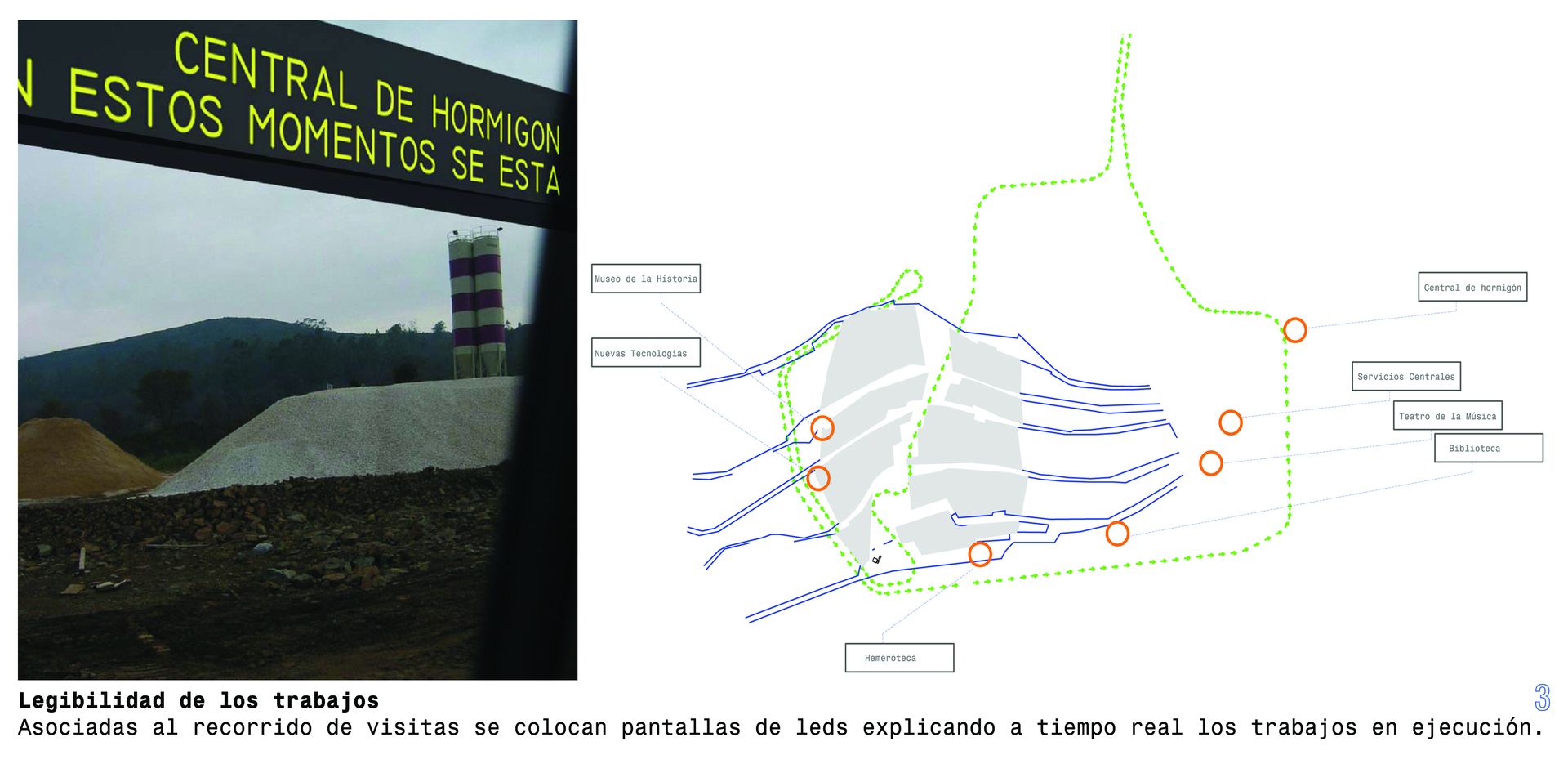
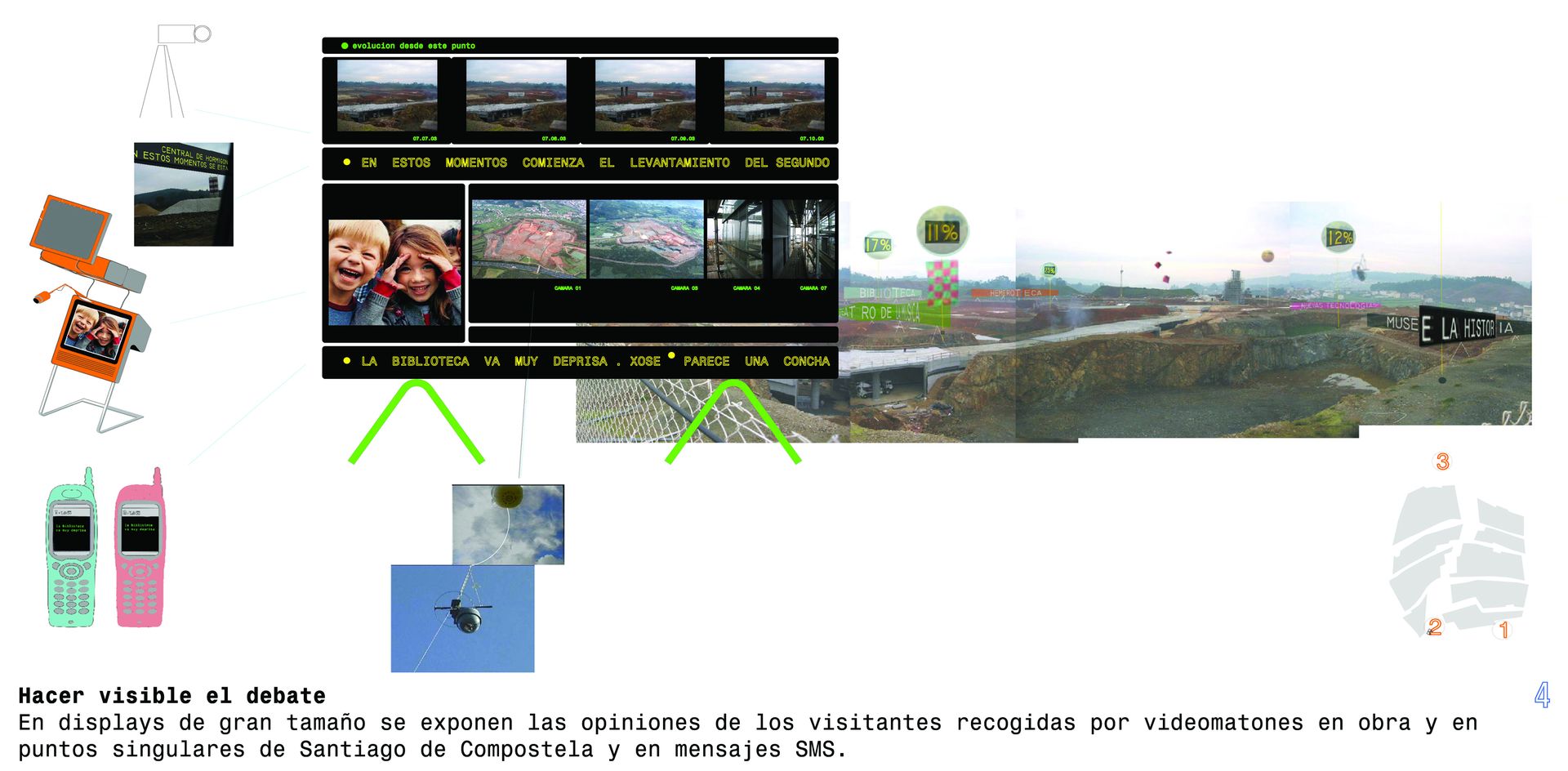
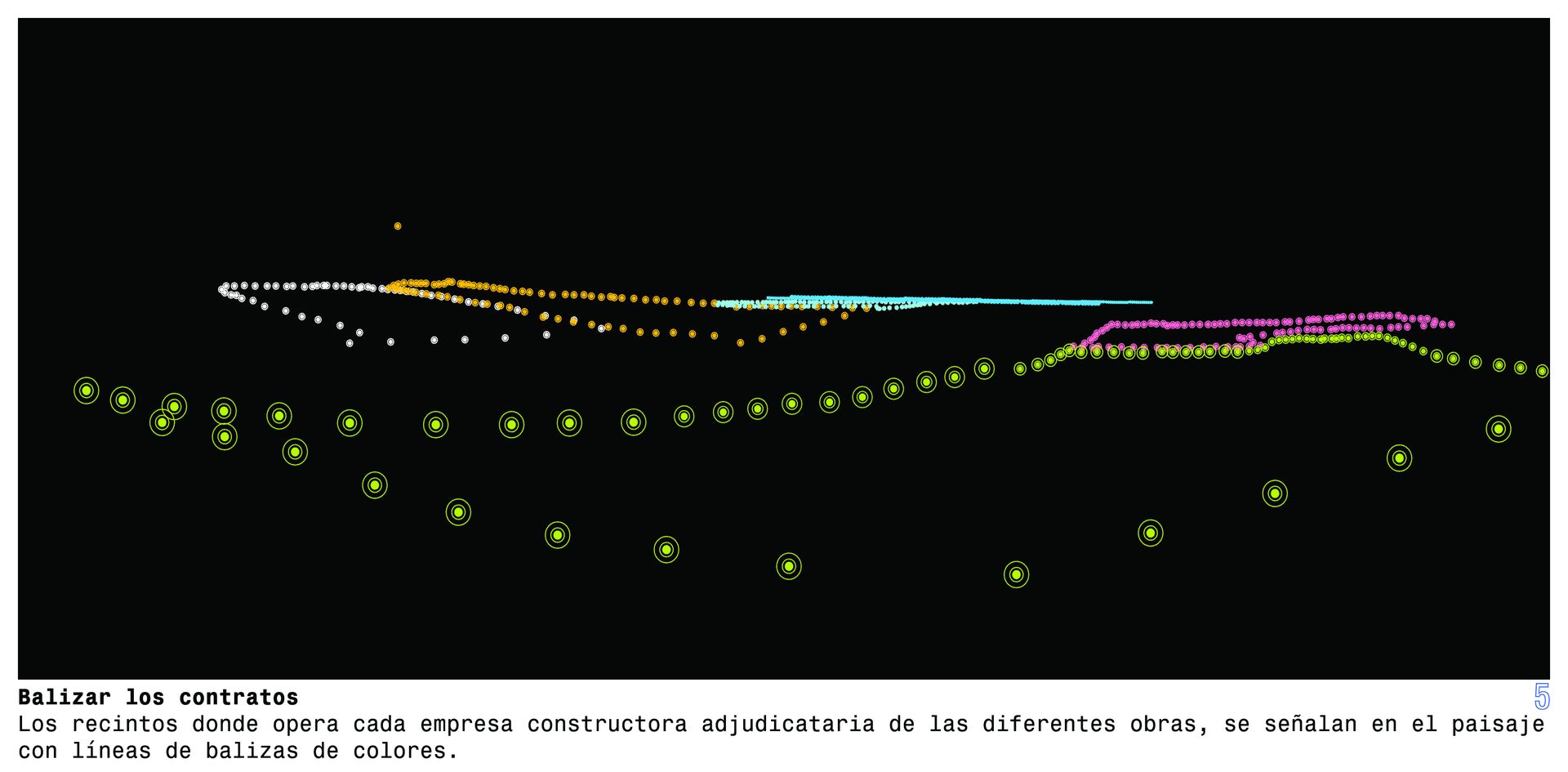
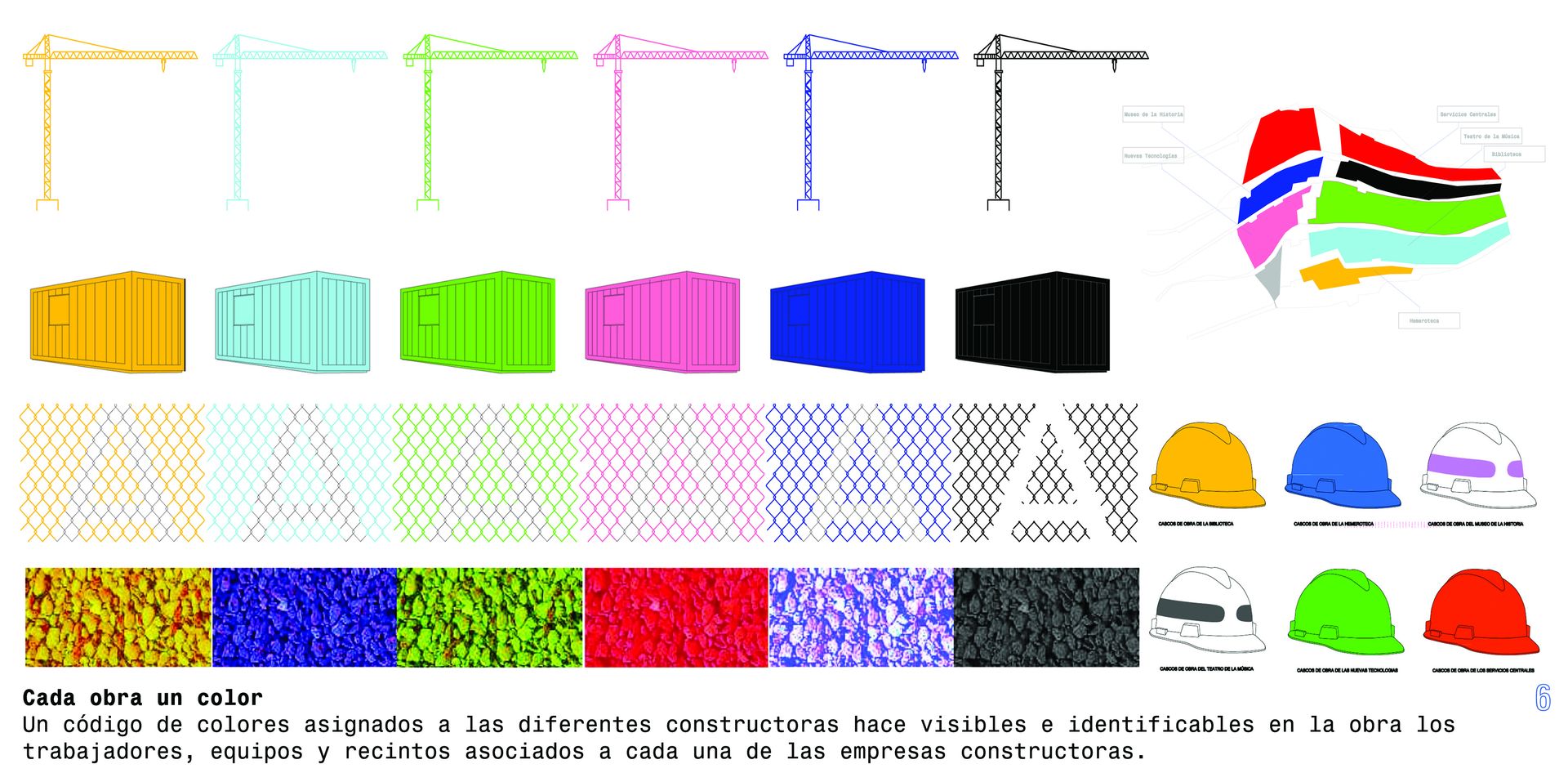

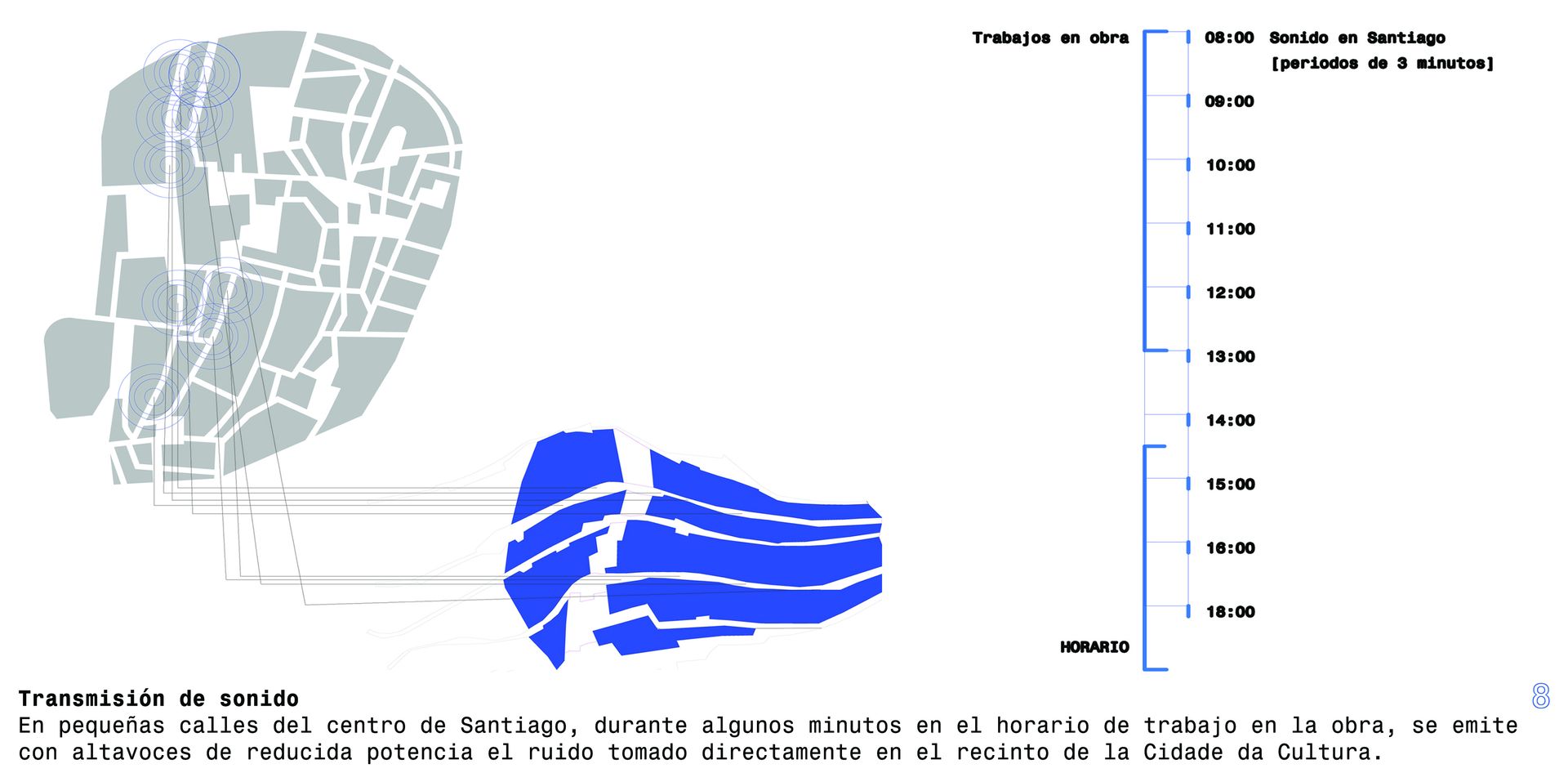
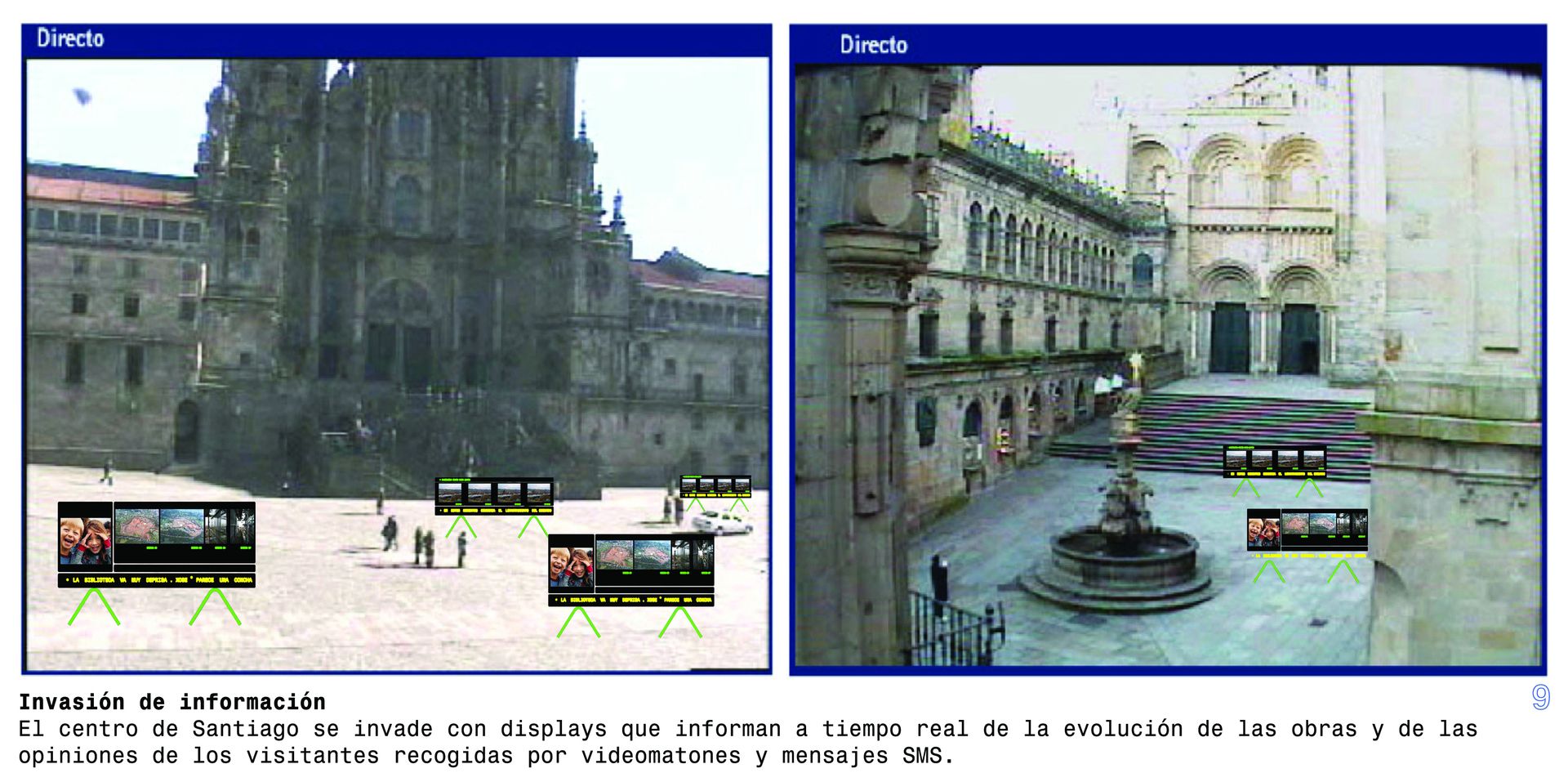
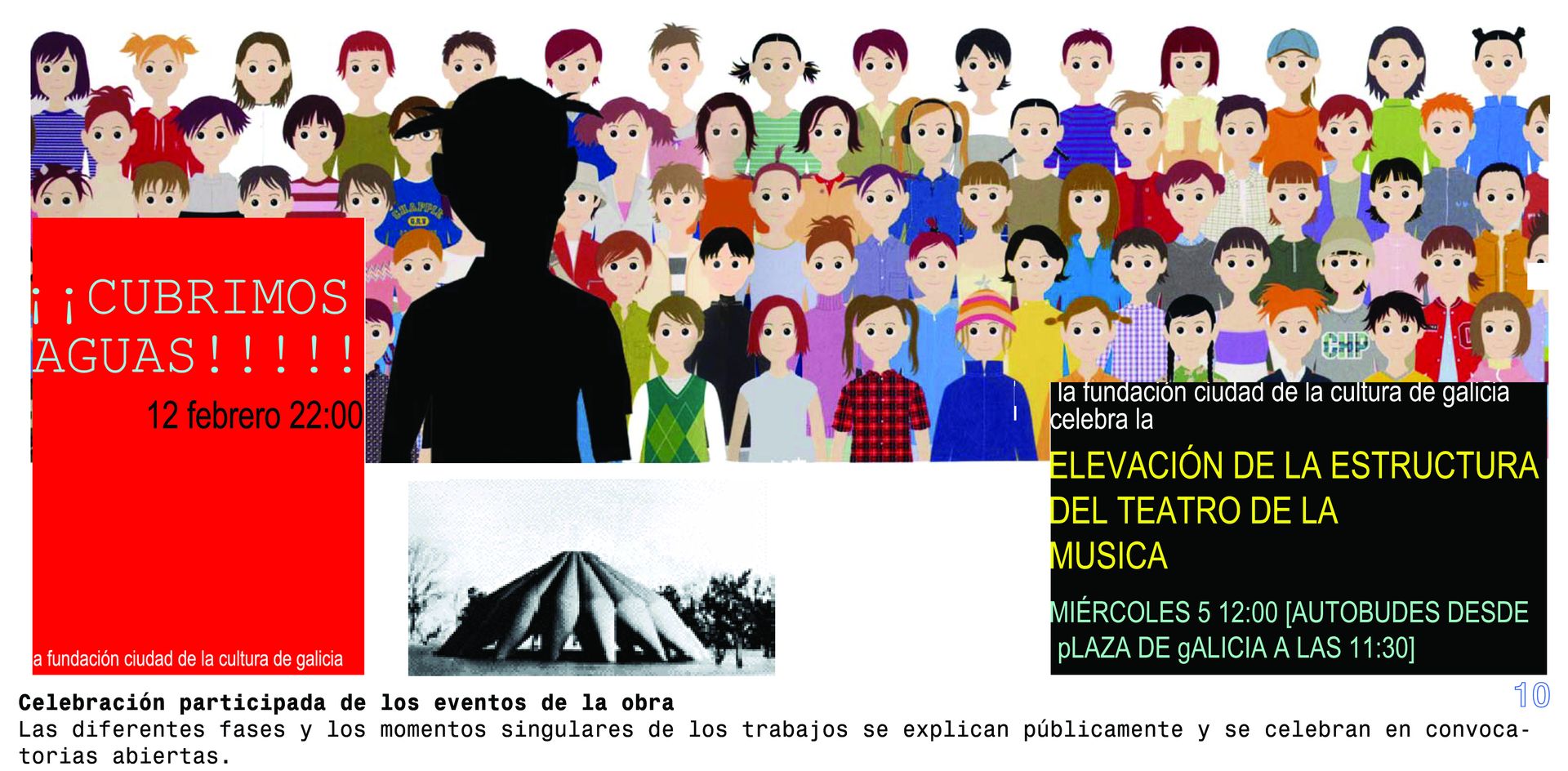
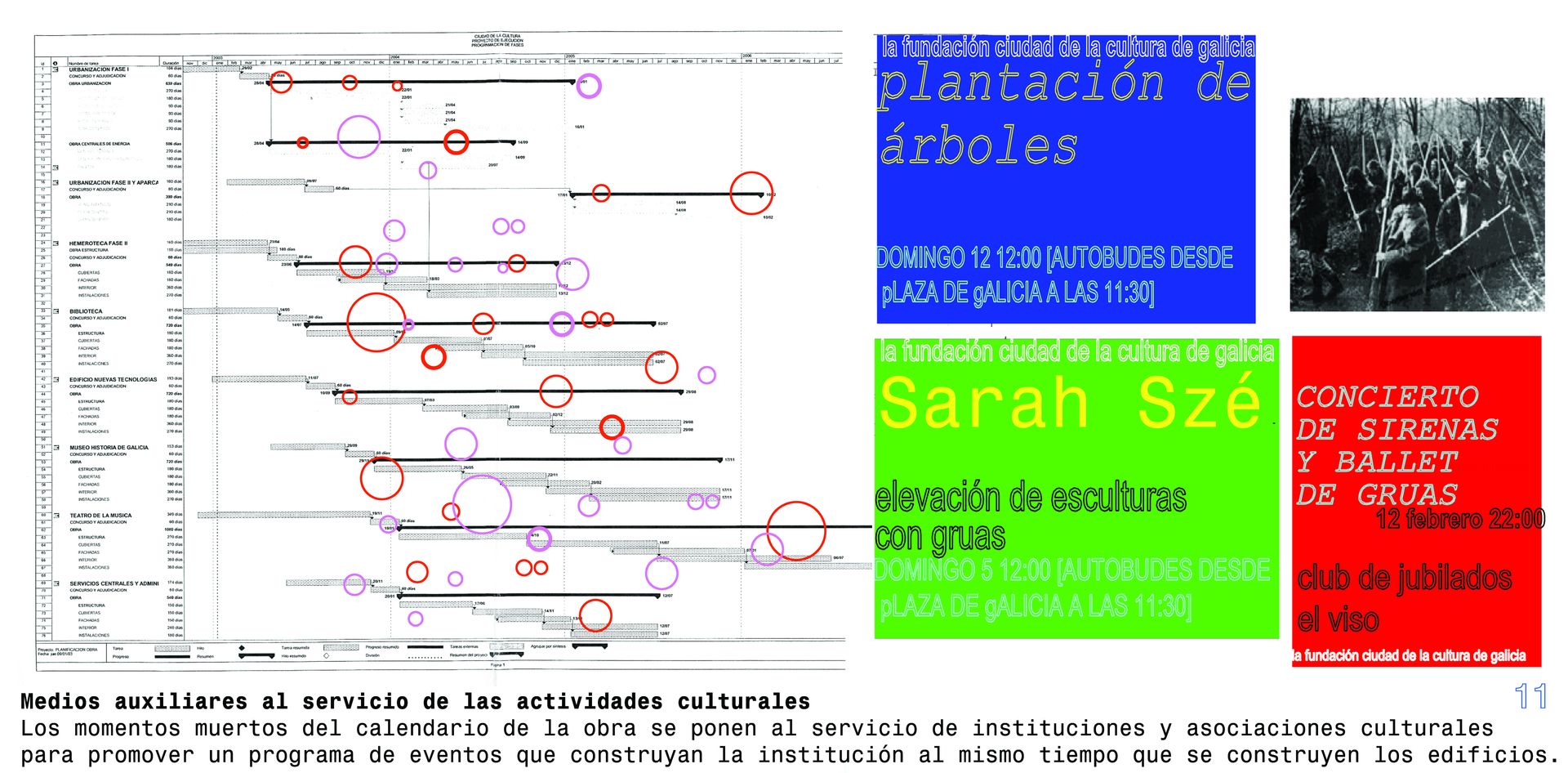
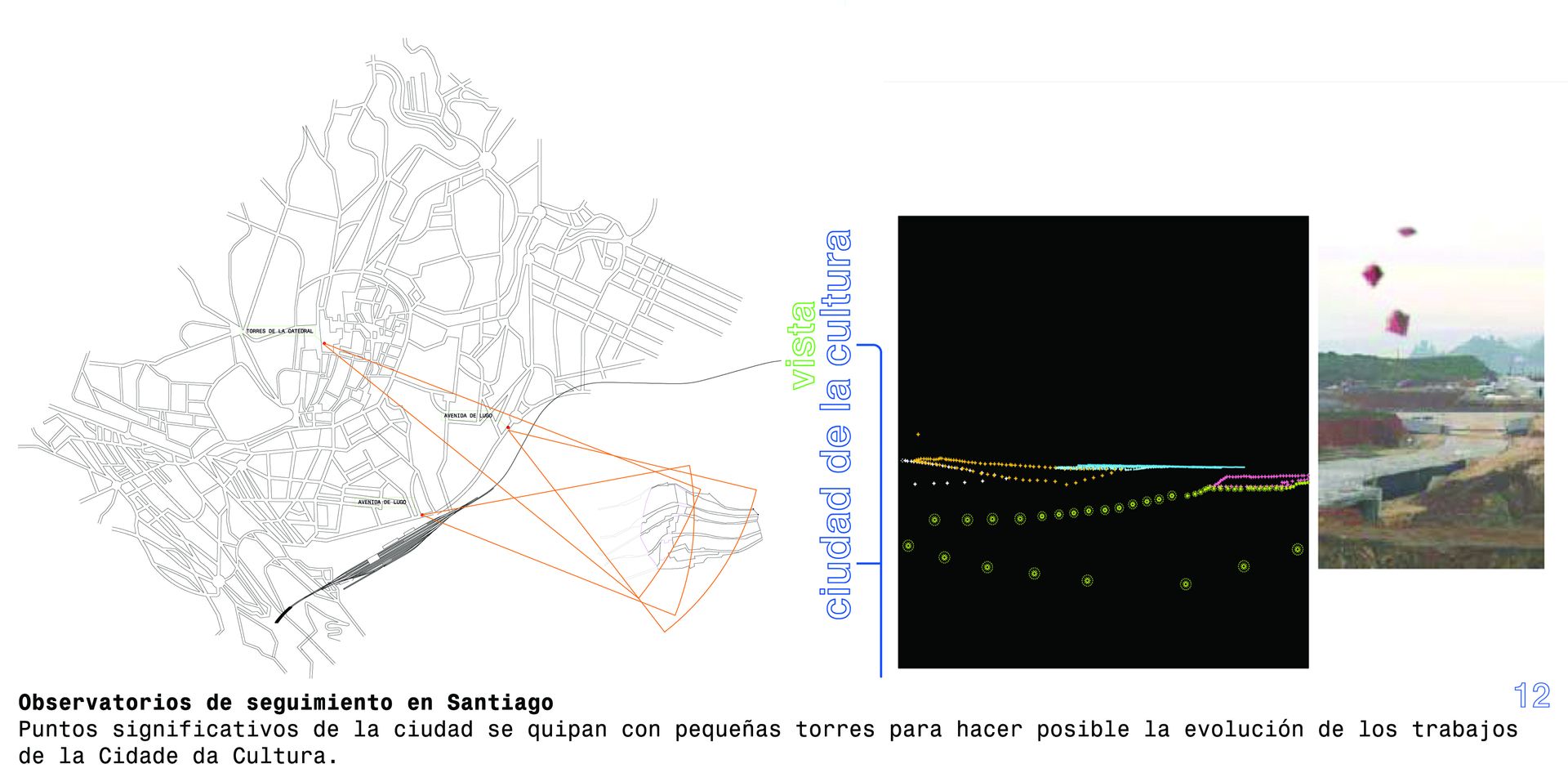
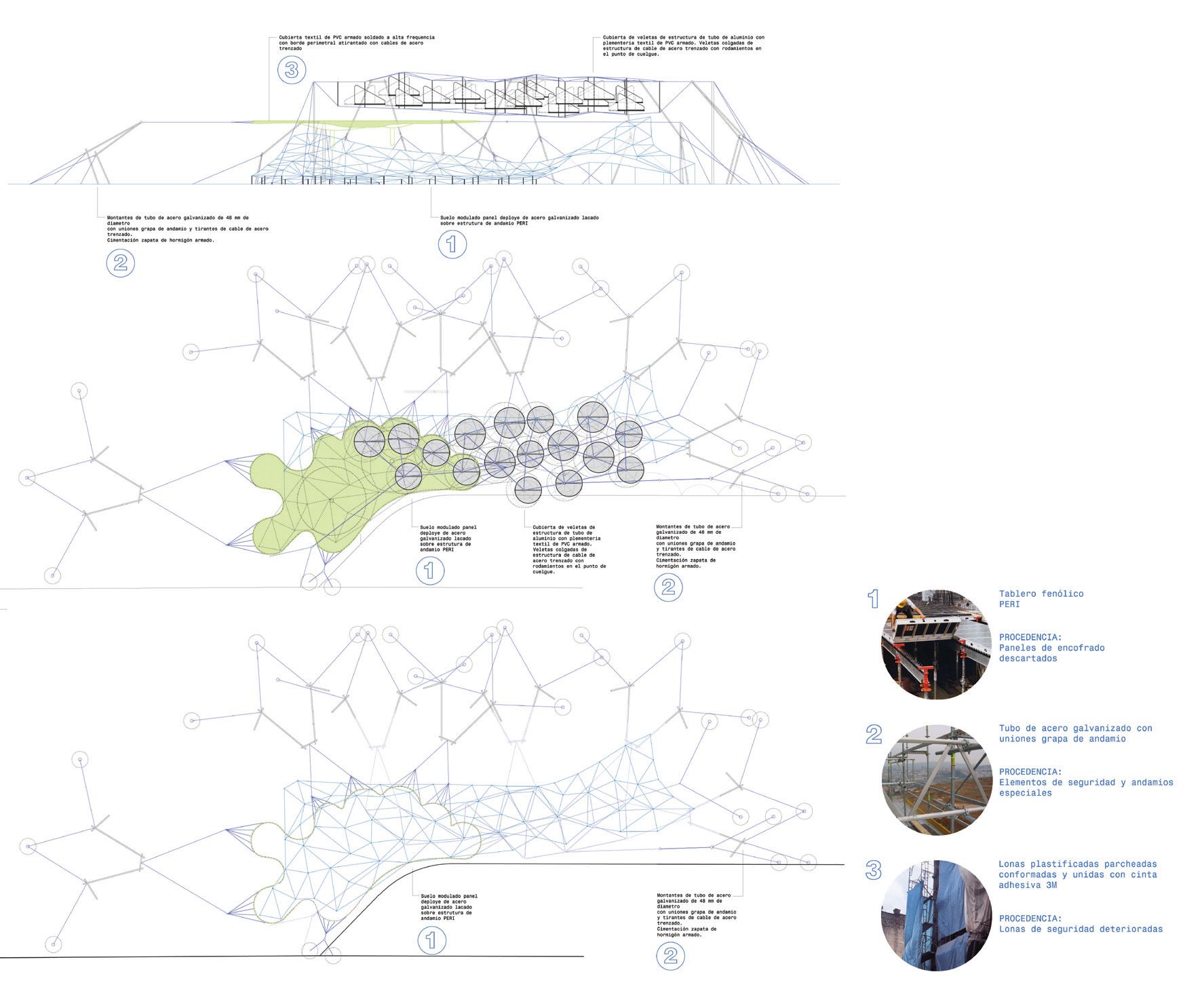
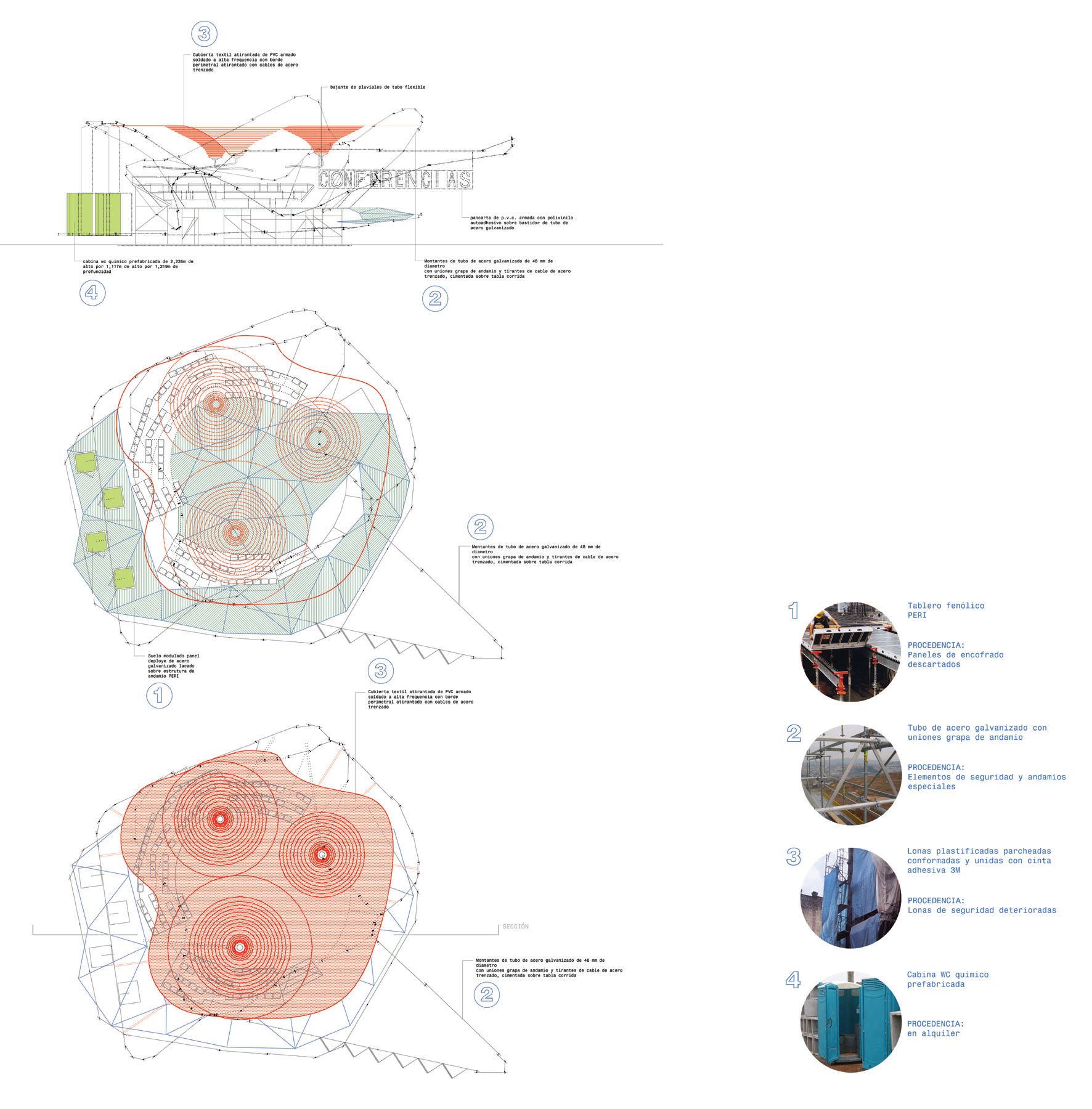
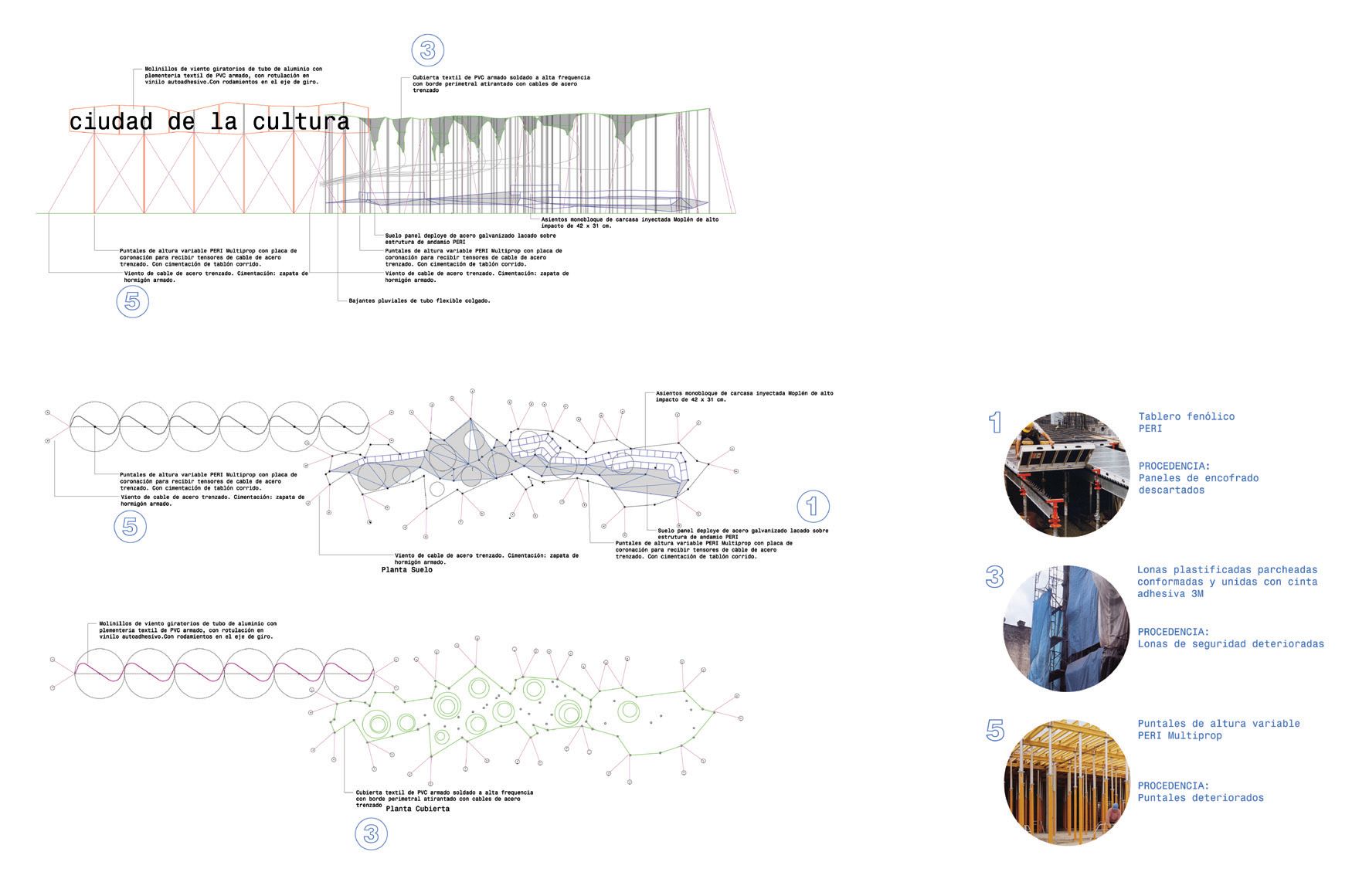
About the project
Neoliberal societies became addicted to BLUE. Since 2008, the consumption of ultra clear glass, UCG, in the world has doubled. UCG has become the material pervasively present in office, apartment and commercial buildings in wealthy global urban settings. UCG eliminates the use of iron in the composition of floated glass. The glass looses its green color to become clear, with a capacity to block the transmittance of the ultraviolet, infrared and orange spectrum of natural light, when combined with coatings. As a result, the outer sky looks bluer when seen from wealthy global interiors. The increase of the consumption of UCG changed in 2015 the long-sustained tendency, in the glass industry, to reduce its emissions. Though UCG can reduce the window-caused heat gainance in building interiors; in the sites of glass production it brought an unprecedented increase in CO2 and NOx in the air and promoted the practice of hydraulic fracturing gas extraction throughout the world. A realm of yellowish skies loaded with NOx segregated from a continuous urbanity networked by intercity initiatives –such as Bloomberg Philanthropic’s C40 Cities or Rockefeller Foundation’s 100 Resilient Cities– where BLUE hegemony is pursued and worshipped.
THE ULTRA CLEAR GLASS REBELLION promotes an intervention on the global urban addiction to clear BLUE; a combined action to envision techno-societies emancipated from segregation and from the offsetting the airy yellow.
Credits
Andrés Jaque / Office for Political Innovation
Research Team:
Andrés Jaque, Marcos García Mouronte, Jesse McCormick, Eno Chen
Design and Installation Team
Roberto González García, Marcos García Mouronte, Alberto Heras Hernández, Saem Hong, Eno Chen, Paola Pardo, Kim Won Jean
Animations
Marcos García Mouronte, Eno Chen
Video editing
Ludovica Battista
Voice over
Ludovica Battista


About the project
In an urban fabric lacking gathering spaces where a fragmented civic society can get together, the Coworking Center in Torrelavega is conceived as an indoors infrastructure for social encounter. Publicly run, and intended to reduce the unemployment rate among young people, the building works like a complex ecosystem capable of replacing the city itself for young people who find themselves excluded from the existing city’s scenarios of social interaction.
Credits
Andrés Jaque / Office for Political Innovation
Coordination, design and edition
Paloma Villarmea, Santiago Benenati, Roberto González, William Mondejar, Daia Stéeová



About the project
In response to being invited to renovate the CA2M, a museum in central Spain, the project proposes that rather than close the building during remodeling, the museum should remain open so that the architecture itself is an object on display.
RESET CA2M endeavors to show that architecture is much more than the realization of a finished object, but rather requires navigating a tangle of bureaucracies and regulations.
The original building, constructed in 2008 as a museum of contemporary art, has never worked well for its purposes. The museum recently received a donation of important and significant art—from contemporary giants like Damien Hirst to older artists like Dan Flavin and Donald Judd. This collection, added to the museum’s original collection, has expanded the institution beyond what the original museum building imagined and intended.
Instead of demolishing the building to construct a new one on the same site, the Office for Political Innovation designed a protocol and master plan to transform the museum without closing the institution, which would affect not only the building but the network of people responsible for running it.
The project is based on three principles. The first one is to distribute the transformation of the building over time. Rather than a final version of the building built at once, the project is a timeline of actions that accumulate, one on top of the other, to produce a totally different material setting and infrastructure for the museum.
The second principle is that the process of architectural transformation can be coupled with the contents of the museum. So the actual building of the museum becomes an exhibition. It allows architecture to be discussed, scrutinized, and analyzed by the public, and it becomes an action of enrollment.
The third one has been conceived as a precautionary principle: by doing things sequentially there is an opportunity for each change to be experienced and discussed—not only by the architect or museum staff, but by a broader network of affected actors who then have the opportunity to inform the next steps with their opinions of what has already happened.
Credits
Andrés Jaque / Office for Political Innovation
With the special collaboration of artists: Dora García, Cabello-Carceller y Sergio Prego
Design and Porduction Team
Roberto González García, Luis González Martínez-Cabrera, Laura Mora Vitoria, Sebastian Bech-Ravn, Víctor Cano Ciborro, Ana Fernández Martínez, Marina Fernández Ramos, Marta Jarabo Devesa, Federico Landi, Jorge Noguera Facuseh, Víctor Nouman García, David Rodrigo Silgado.
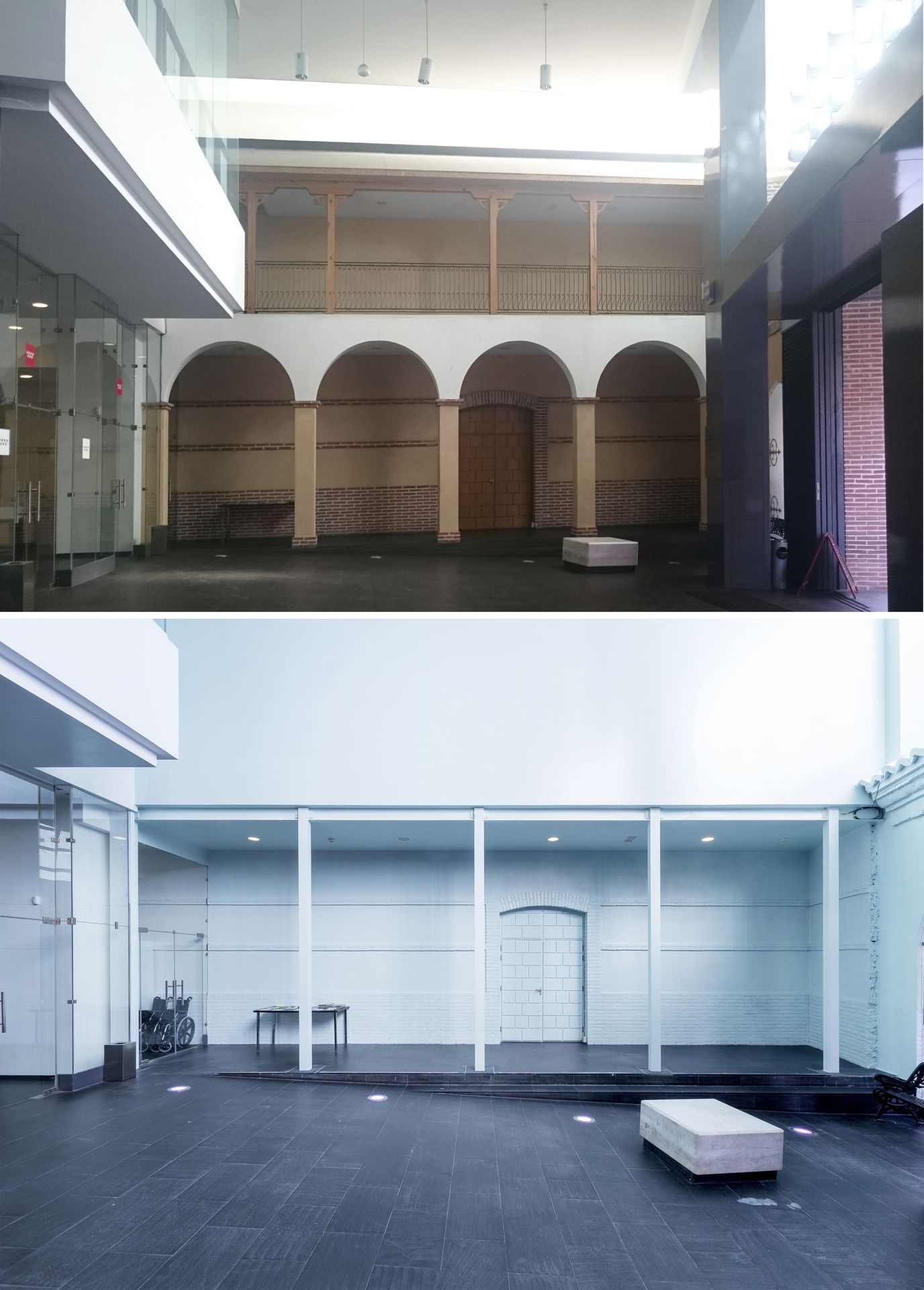
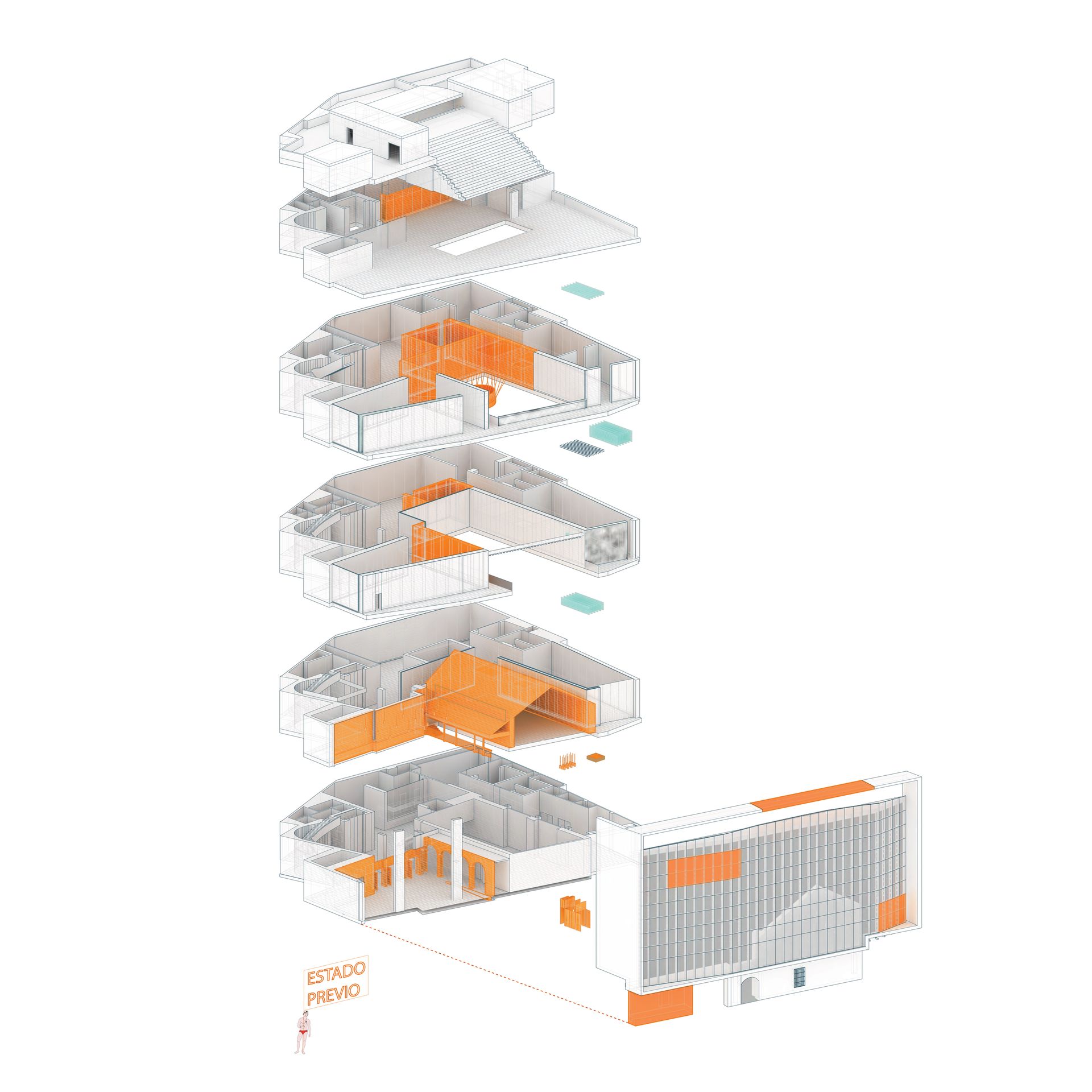

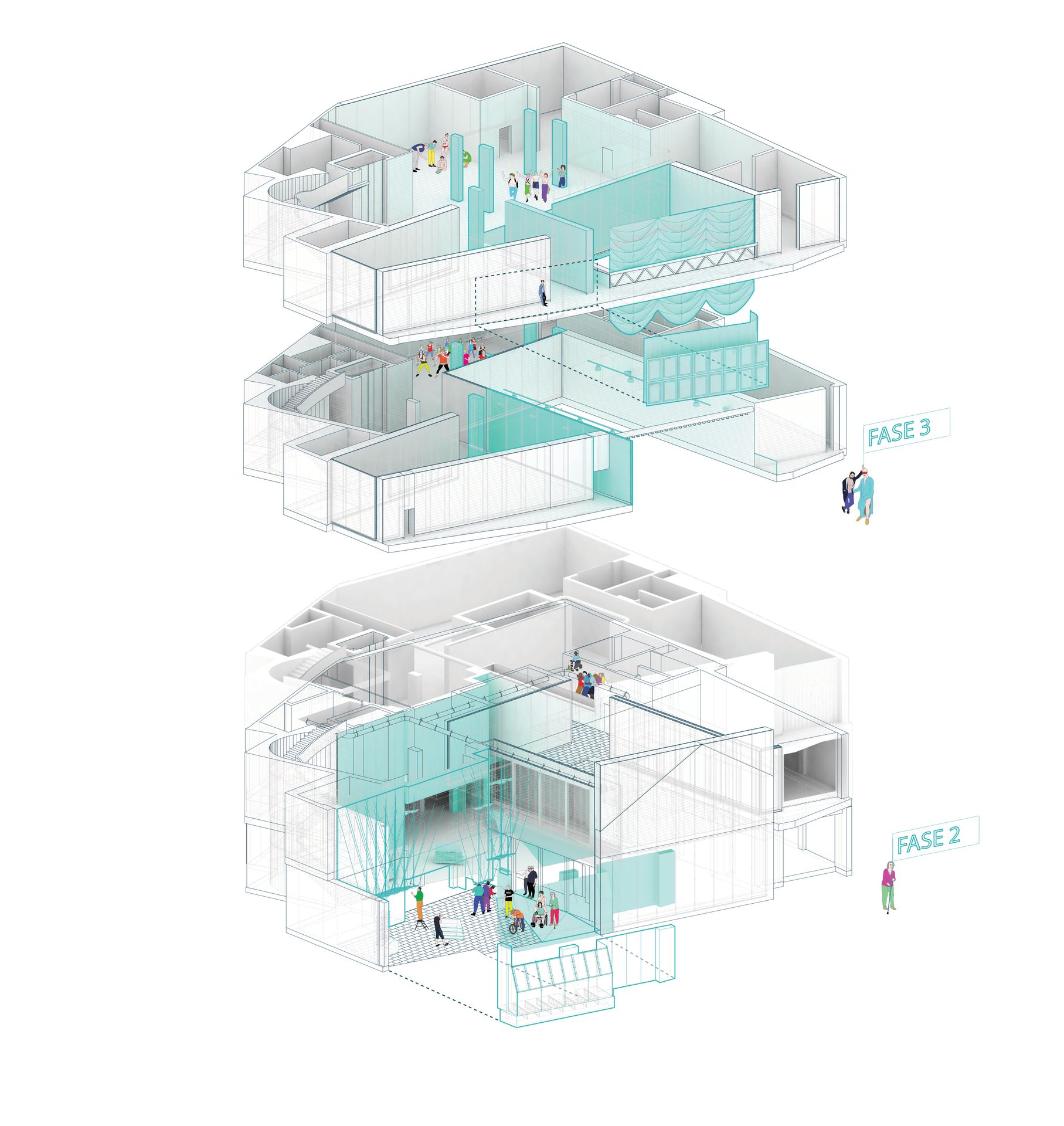
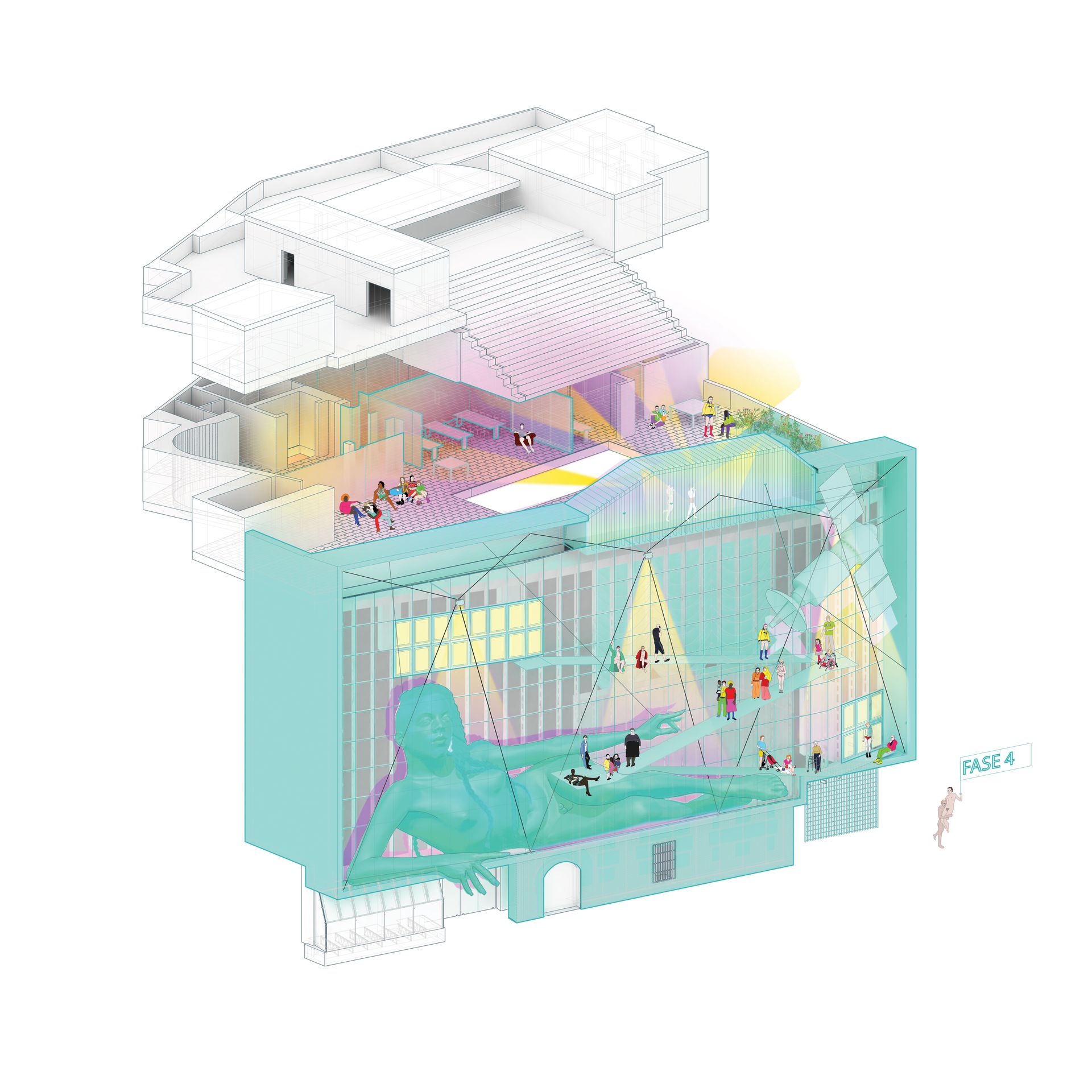
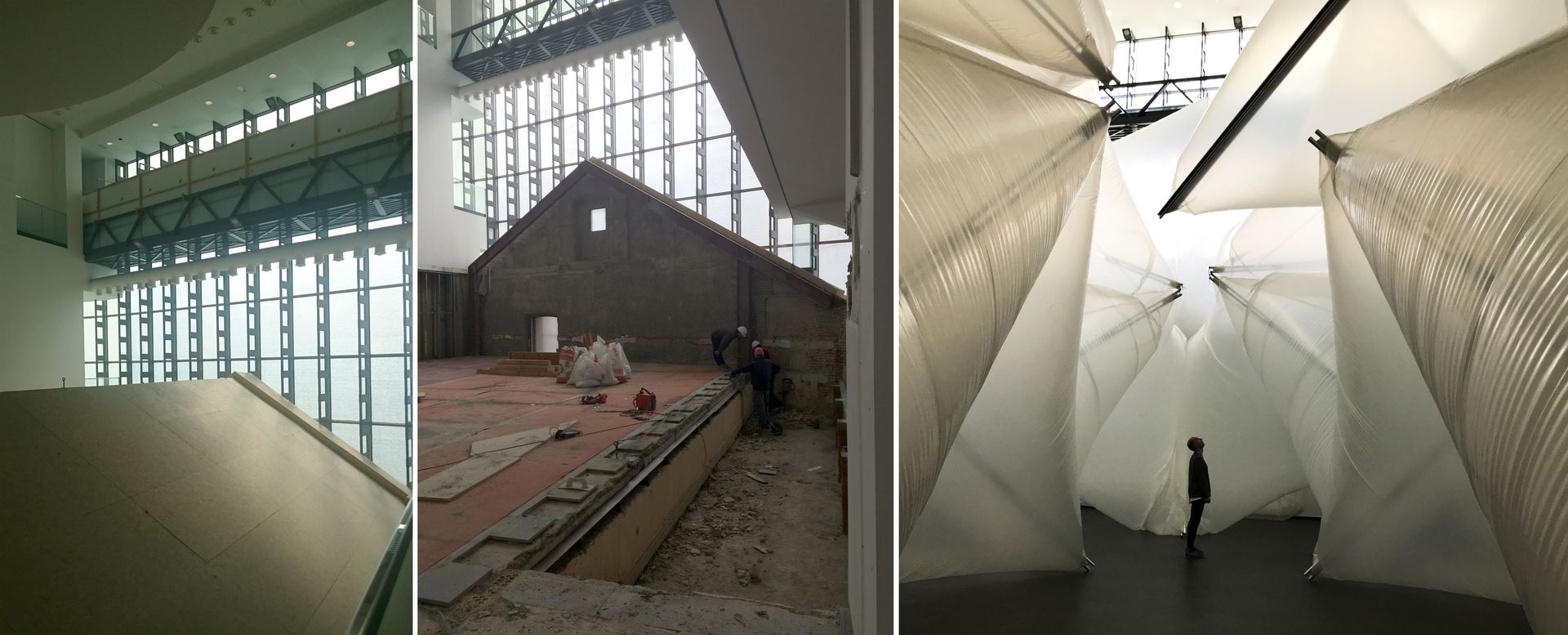
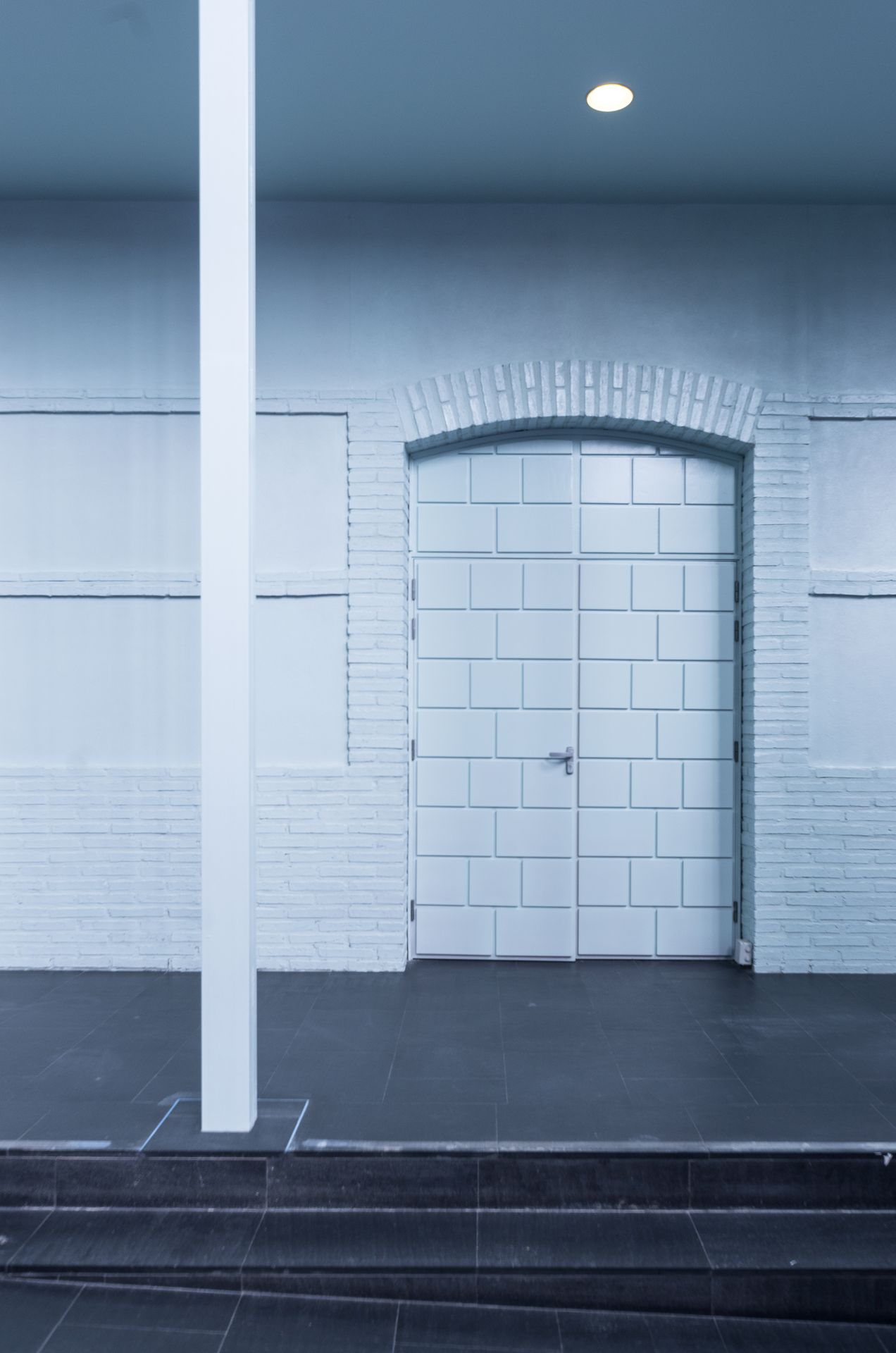
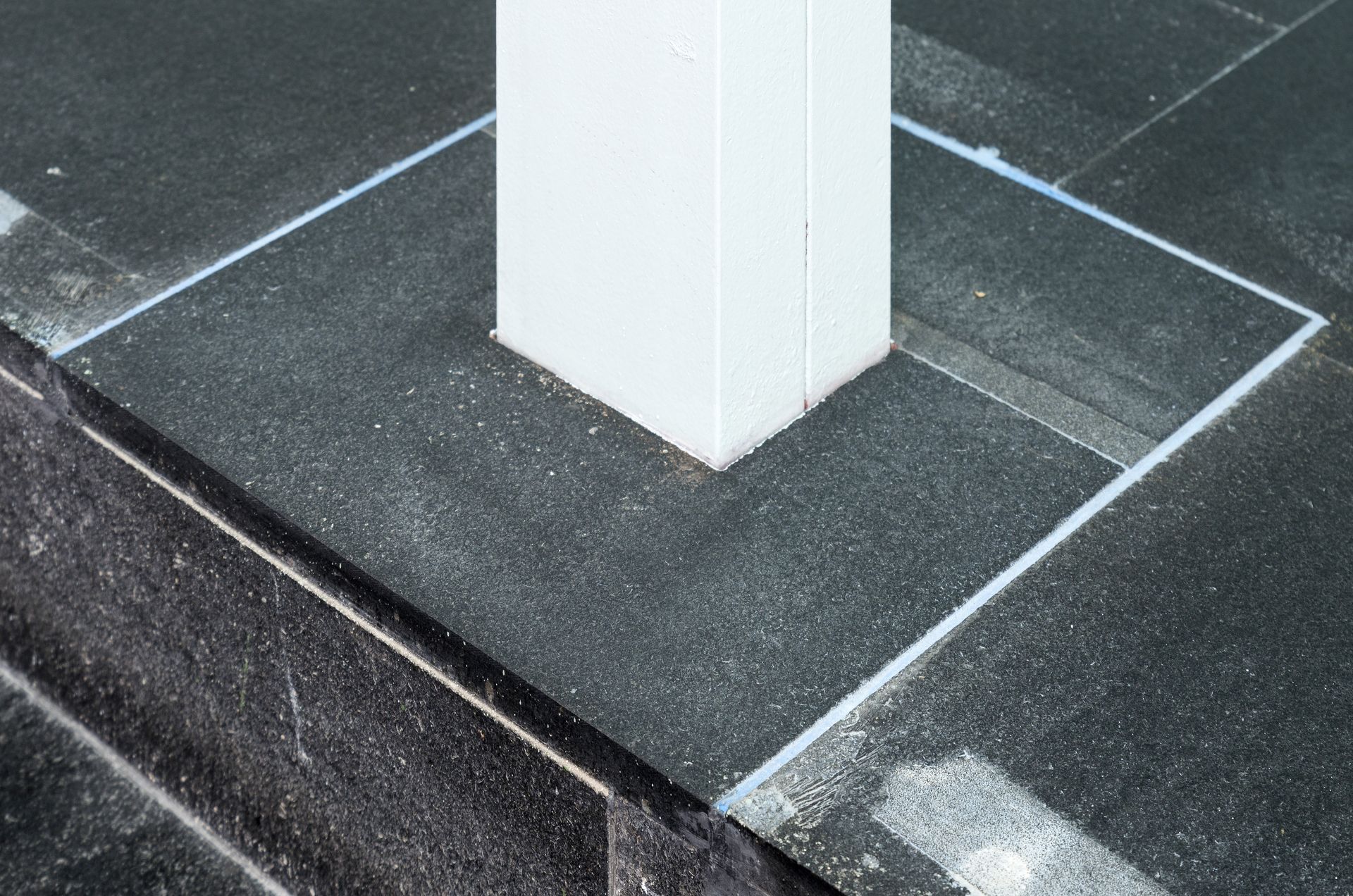
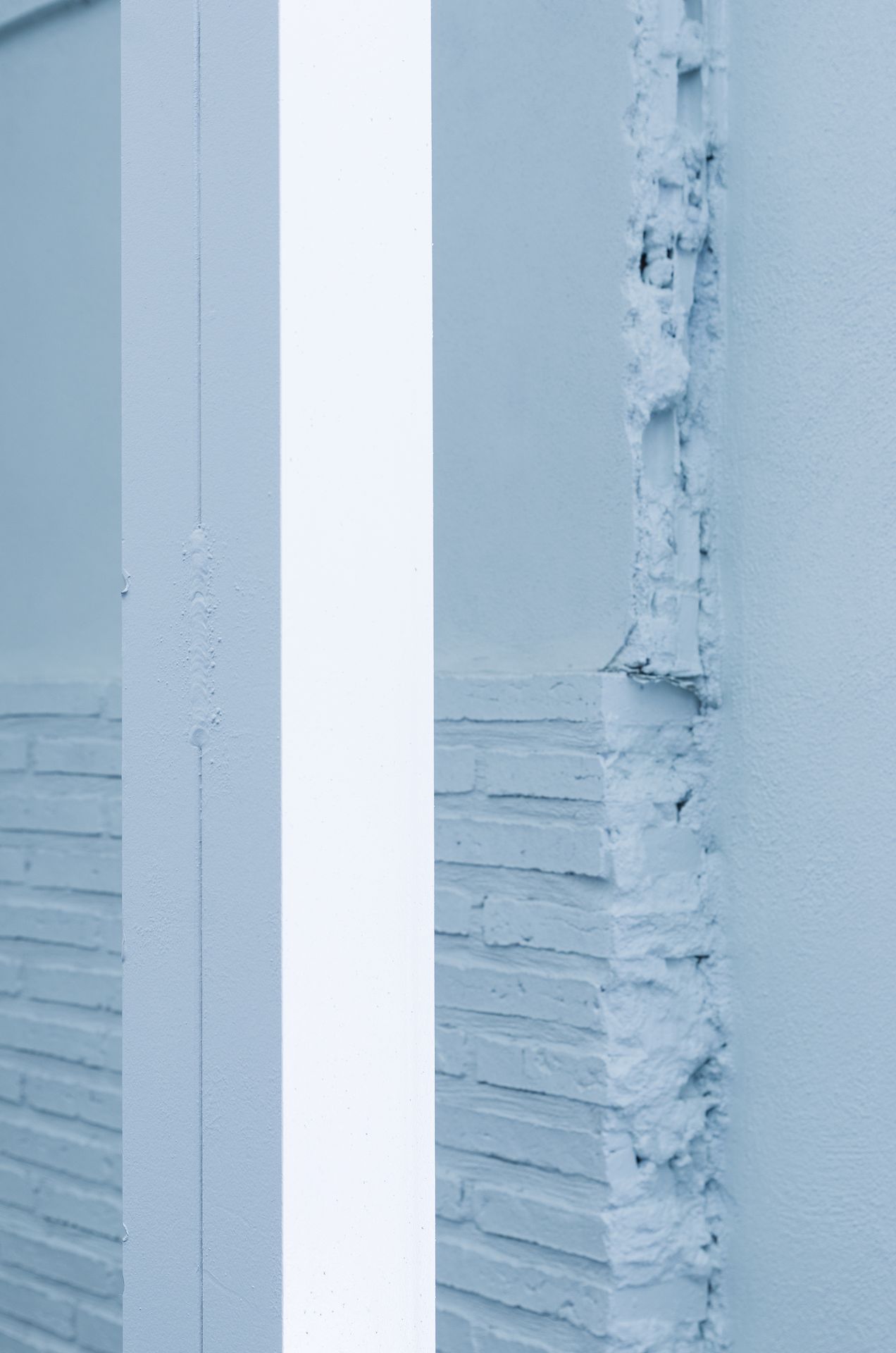
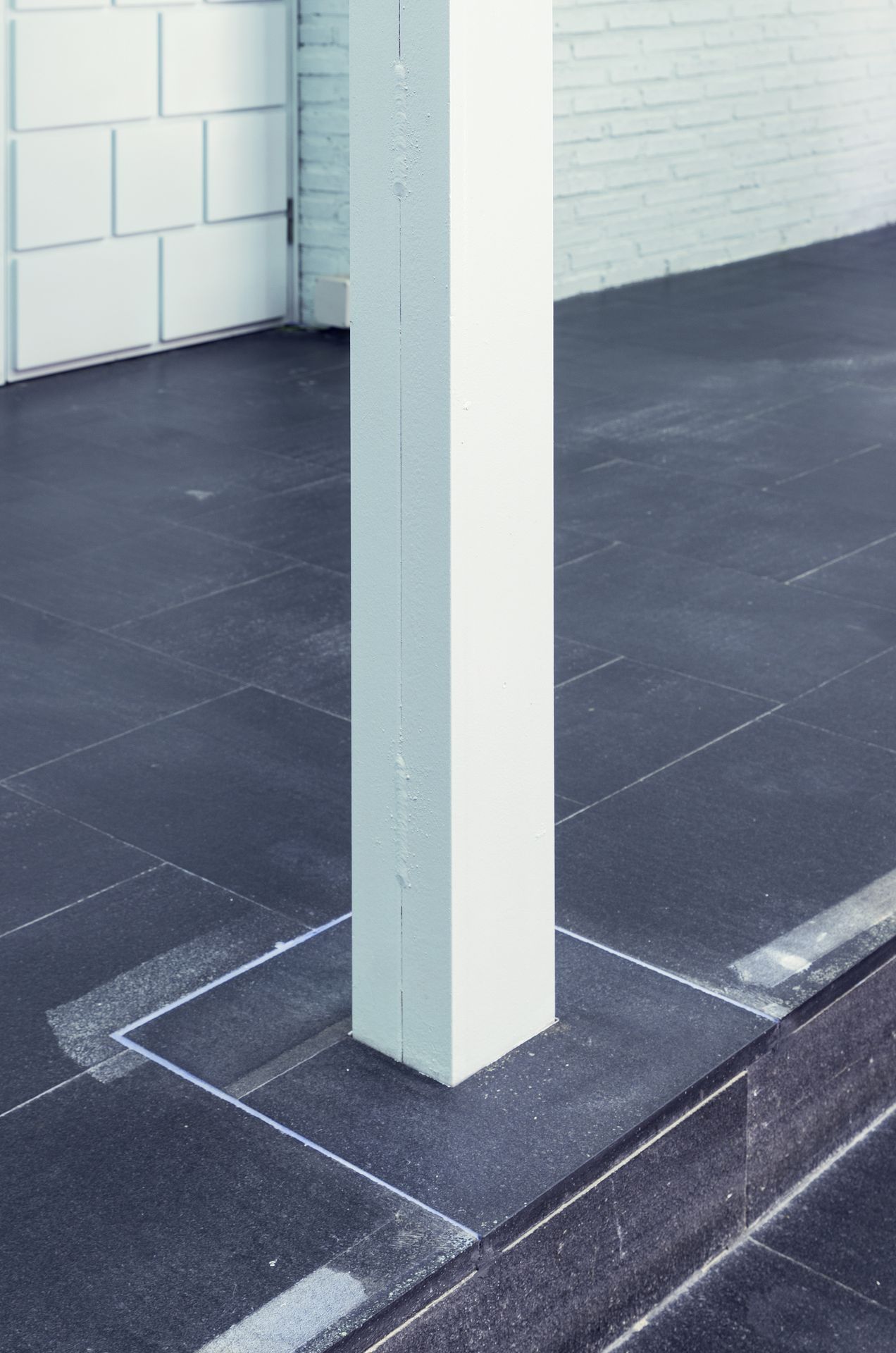
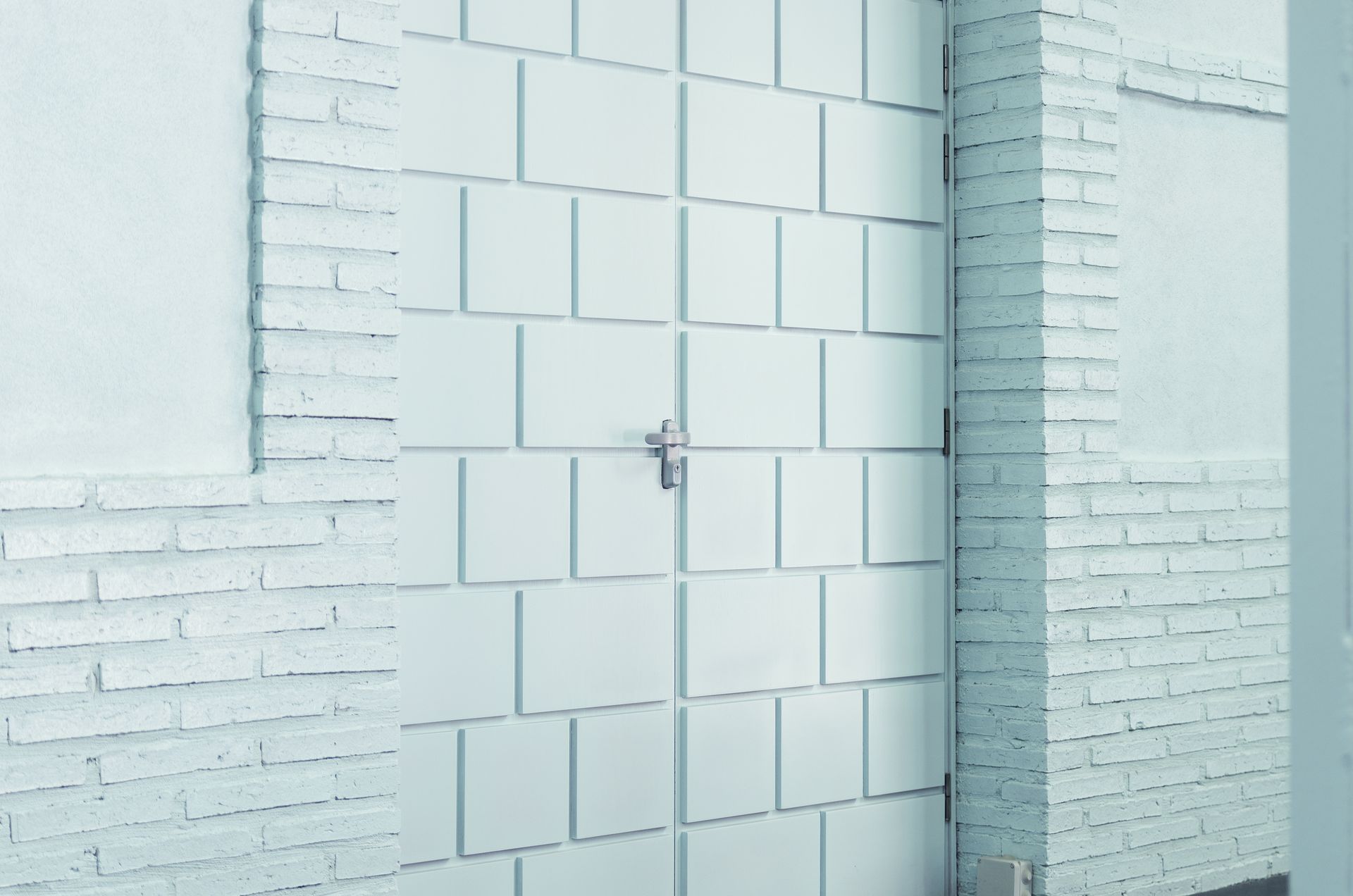
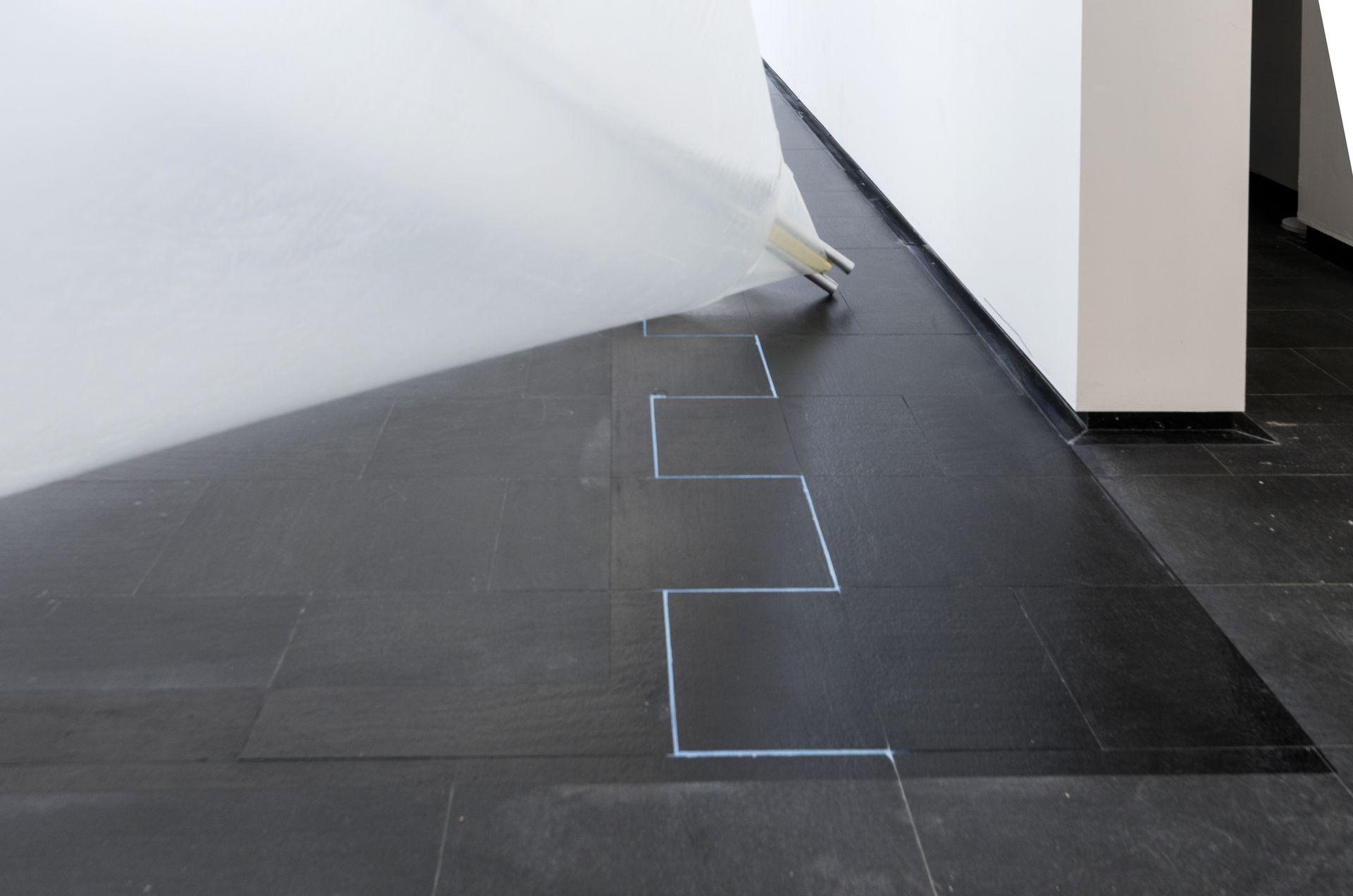
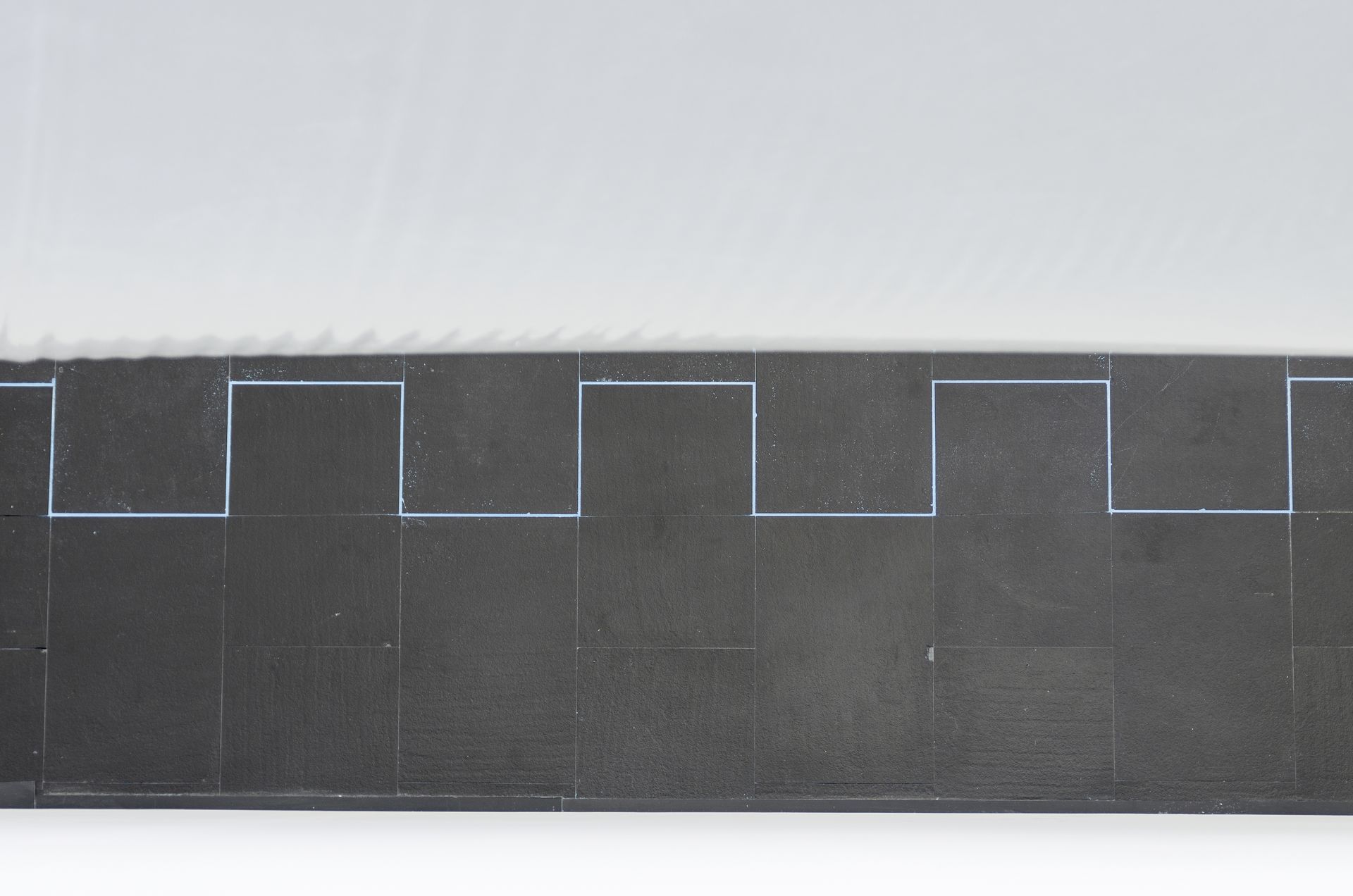
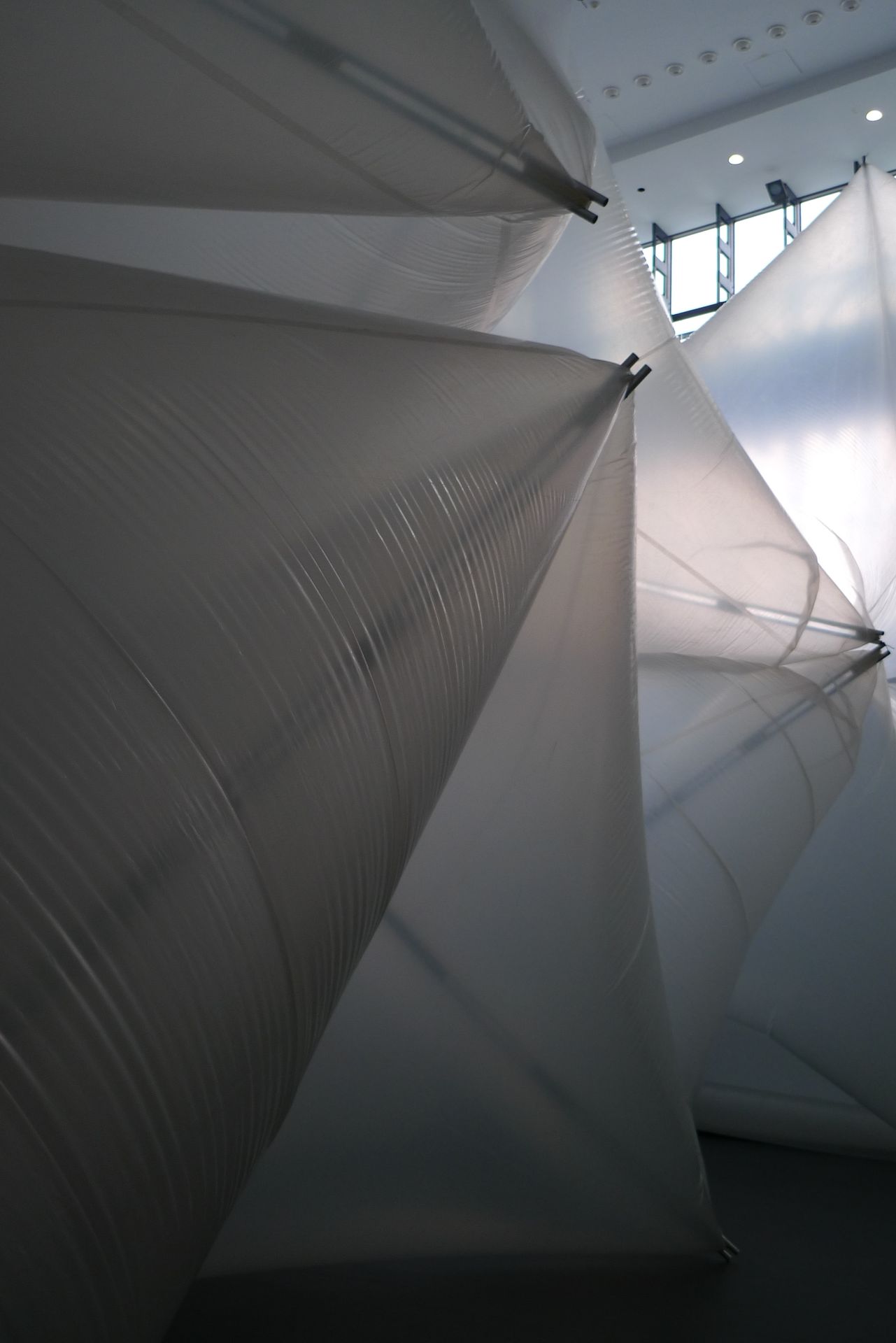
About the project
International competition, 2nd Prize.
Dwelling + Collective Kitchens + Intergenerational Care = Le Bateau Cuisinier
The project is part of a plan promoted by the municipality of Paris to respond to structural changes in daily urban life, testing twenty-three innovative projects located in former industrial locations of the city.
Le Bateau-Cuisinier replaces centrality—as unique urban-life quality marker—with sociability by considering how social and relational capital is created and how it can be used as a quality measurement.
Le Bateau-Cuisinier takes advantage of its proximity to Rosa Park high-speed railway station in order to promote a new model of domesticity wherein residential uses coexist with communal and infrastructural spaces, intergenerational centers, and productive services of low environmental impact in the same building.
The compound accumulates design choices focused in allowing and promoting the coexistence of heterogeneous users and their future development. The transformable façade and the structure (6 m spans, more than 3.10 m stories clear height, and calculated overloads of more than 9 KN/m2) is made out of laminated timber and allows for changing and diverse uses.
Credits
Andrés Jaque / Office for Political Innovation
Master Plan
Christian Biecher (Biecher Architects)
Design and Production Team
Roberto González García, Laura Mora Vitoria, Fabio Andrés Morales, Sebastian Bech-Ravn, Danay Kamdar, Flavio Martella, Jorge Noguera Facuseh, Gustavo Parra Rodríguez, Andrés Villar Calle.
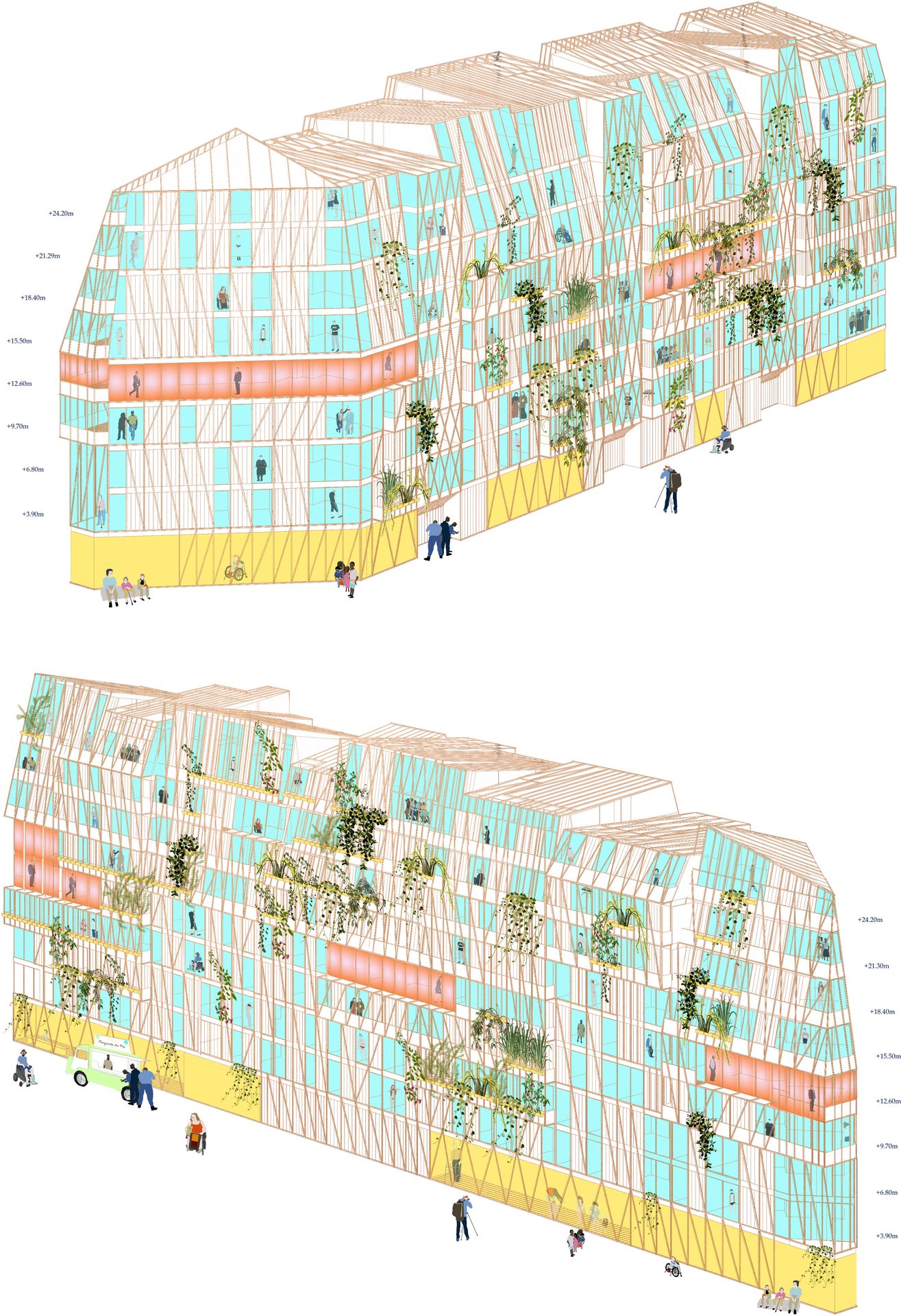
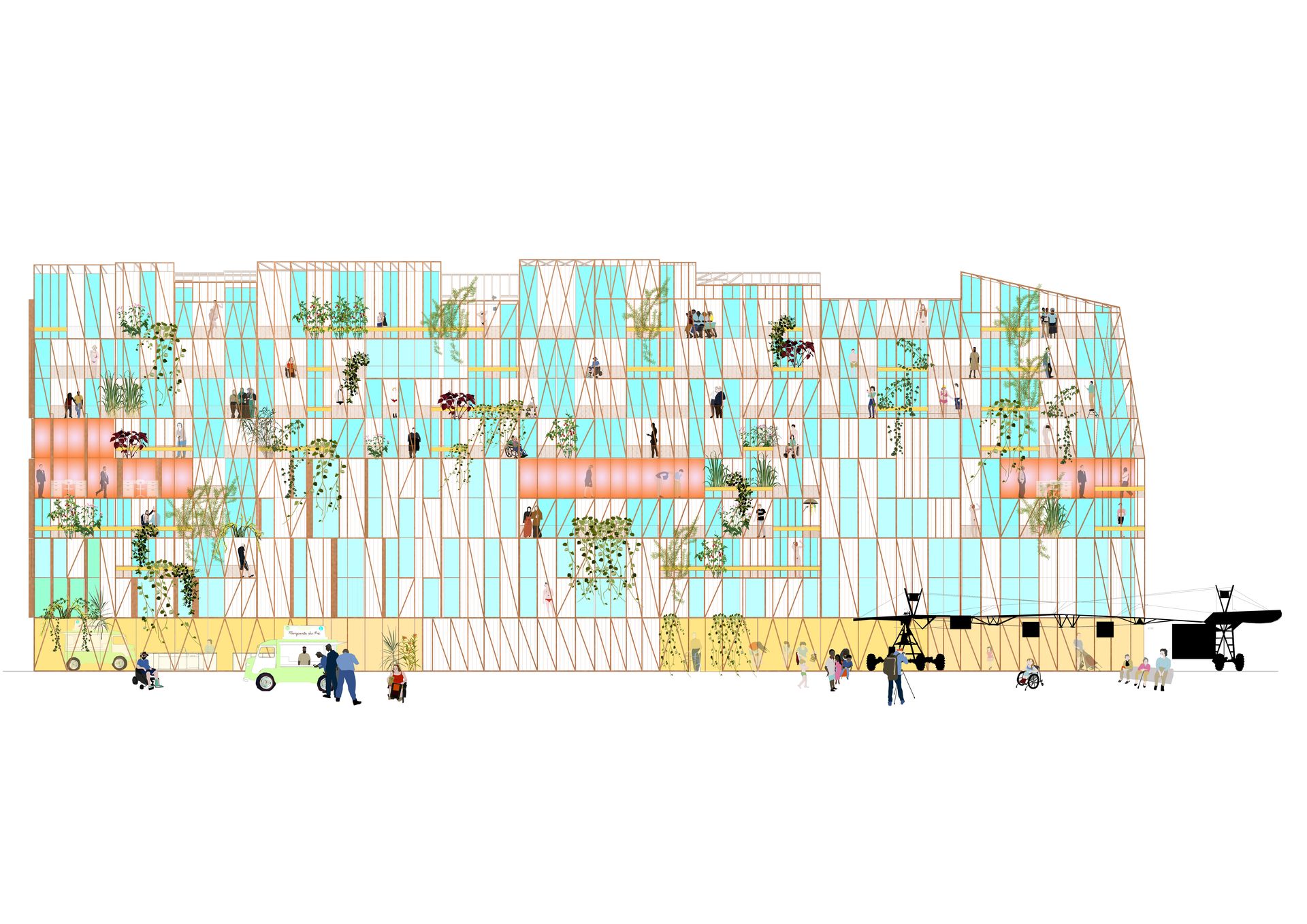
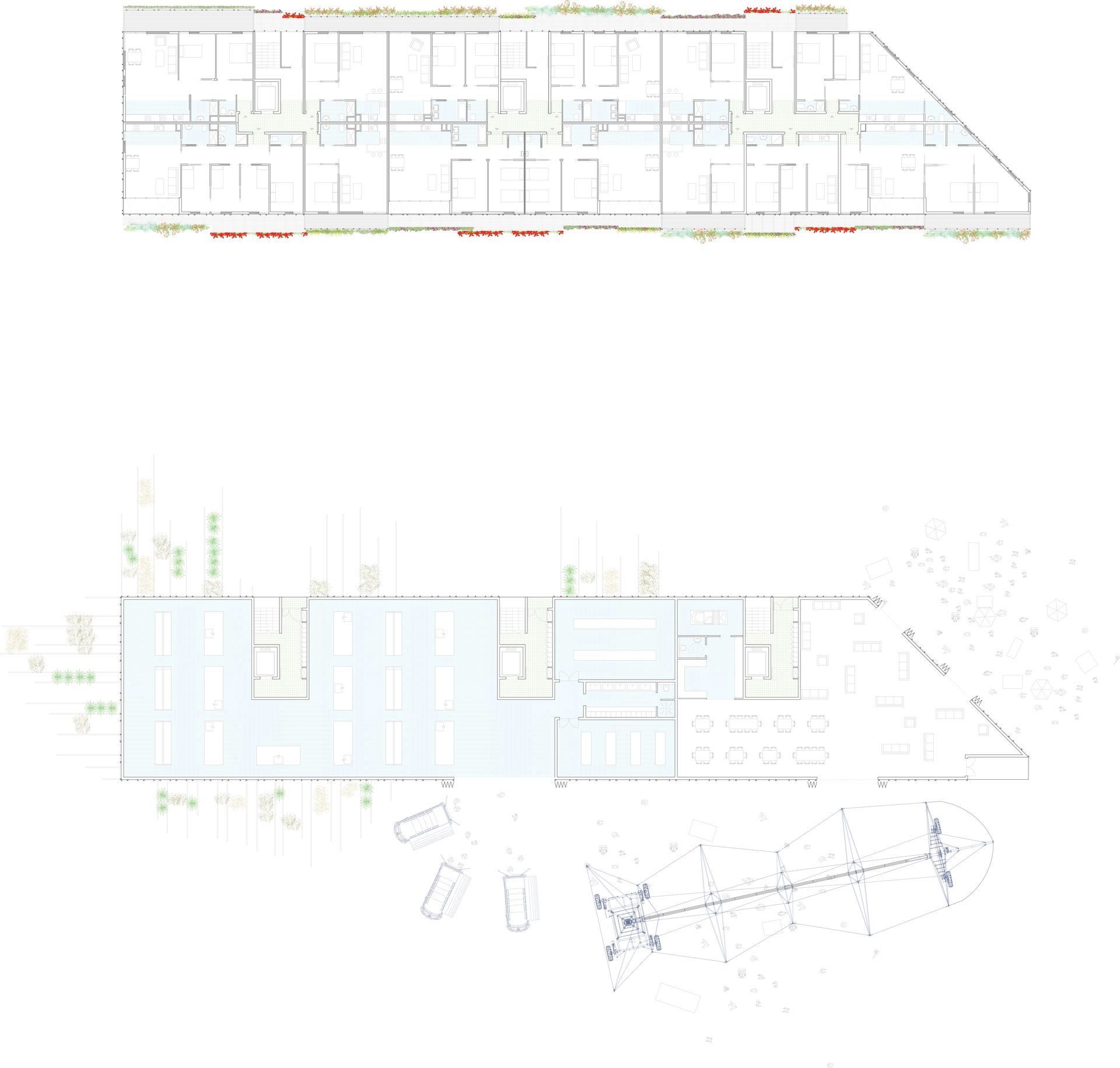
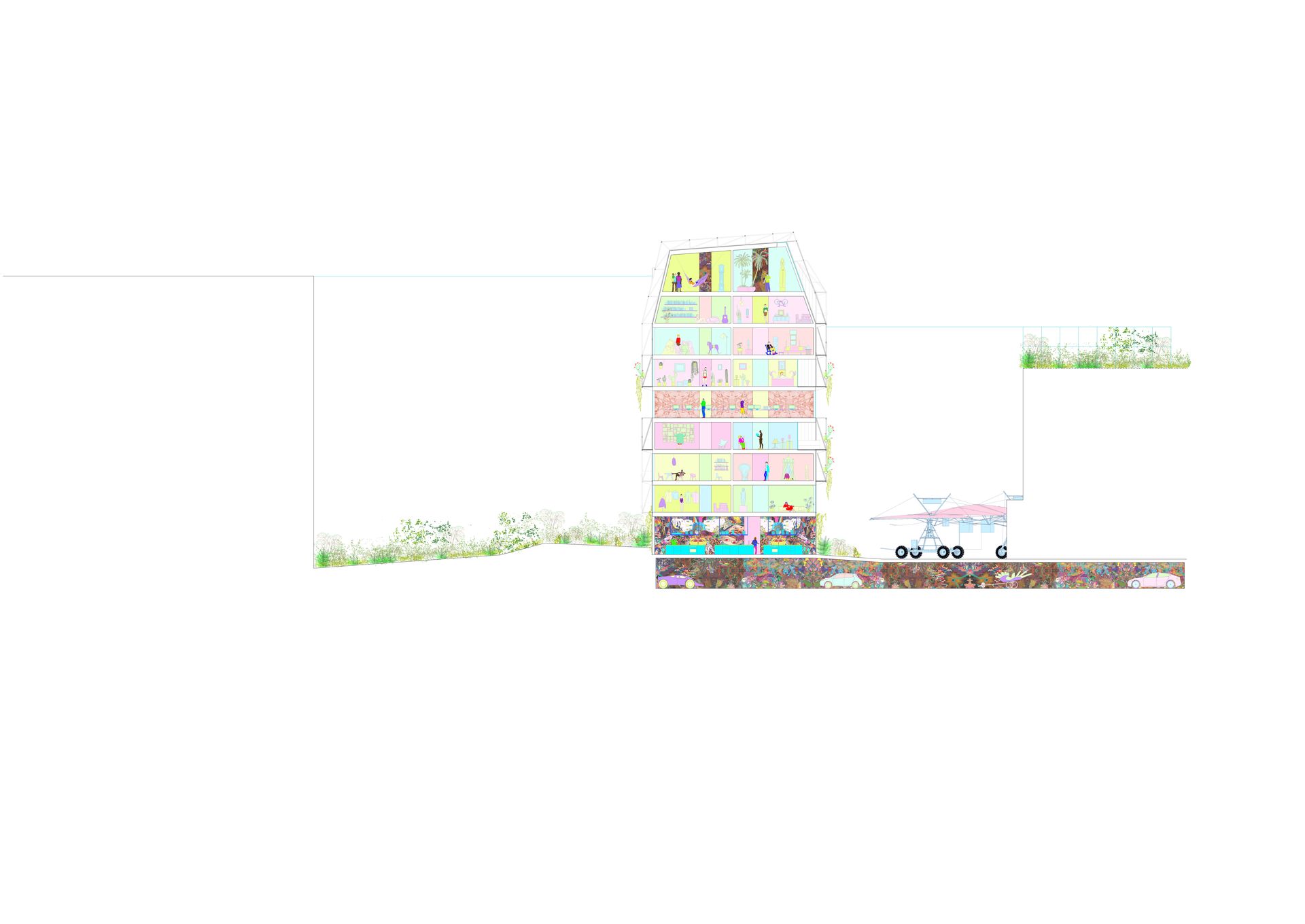
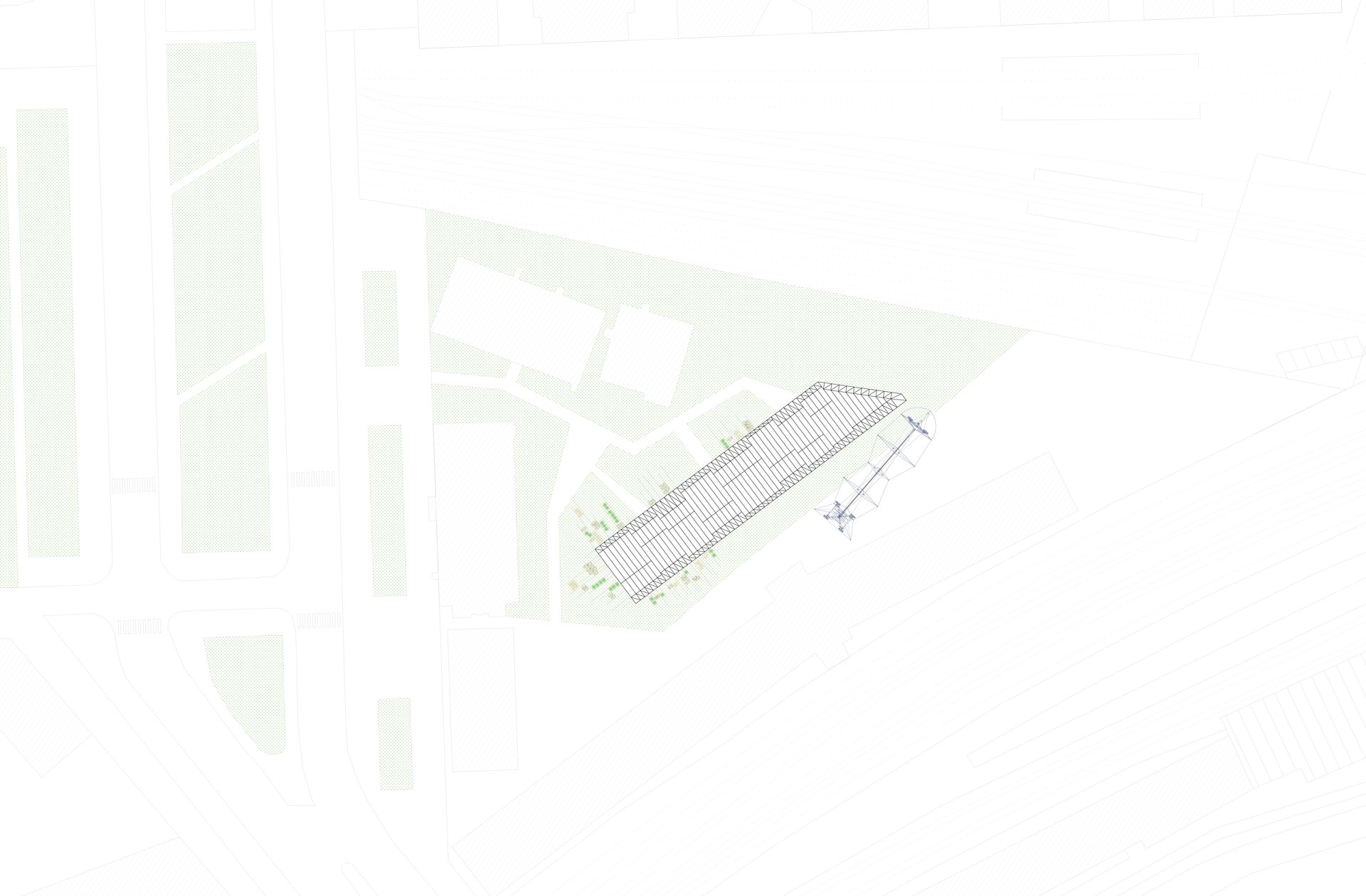
About the project
The Transvector. The Center Cannot Hold
The Transvector: a space for discussion and exchange.
For “Le centre ne peut tenir,” Andrés Jaque / Office for Political Innovation turned the foundation’s ground floor into an active site for the exhibition’s public program. In line with the building’s ethos of modularity, the project designs a flexible structure that will morph throughout the exhibition’s three months to accommodate talks, panel discussions, lectures, performances, book launches, and symposia. Conceived as a lively meeting point, it will also feature the foundation’s Risograph printer that will publish throughout the summer the exhibition’s ever-evolving catalogue.
The intervention is conceived both as a probing device and as an artefact to prompt discussions where different scales and territories are simultaneously mobilized. It is probing in the way it clearly shows how the act of including diverse forms of human mobility and perception, different assemble formats, diverse ways to mediate communication (through audio-visual material, through scripting, through publishing) results in a decentered form, complex in its limits and topographies. This empirical evidence probes the impossibility for circularity and centrality within human and non-human parliaments, and is a device that works as an arena of inter-scalarity that brings to the room the micro-scales of molecules, genes, and cells; as much as the greater scales of trans-territorial realities.
Credits
Andrés Jaque / Office for Political Innovation
Design and Production Team
Roberto González García, Laura Mora, Paola Pardo-Castillo, Alberto Heras, Felipe Arango, Sara Ayoub, Inês Barros, Elise Durand, Melodie Esgin, Nikhil Parkhiya, Magdalena Sapunar, Clément Vergé.
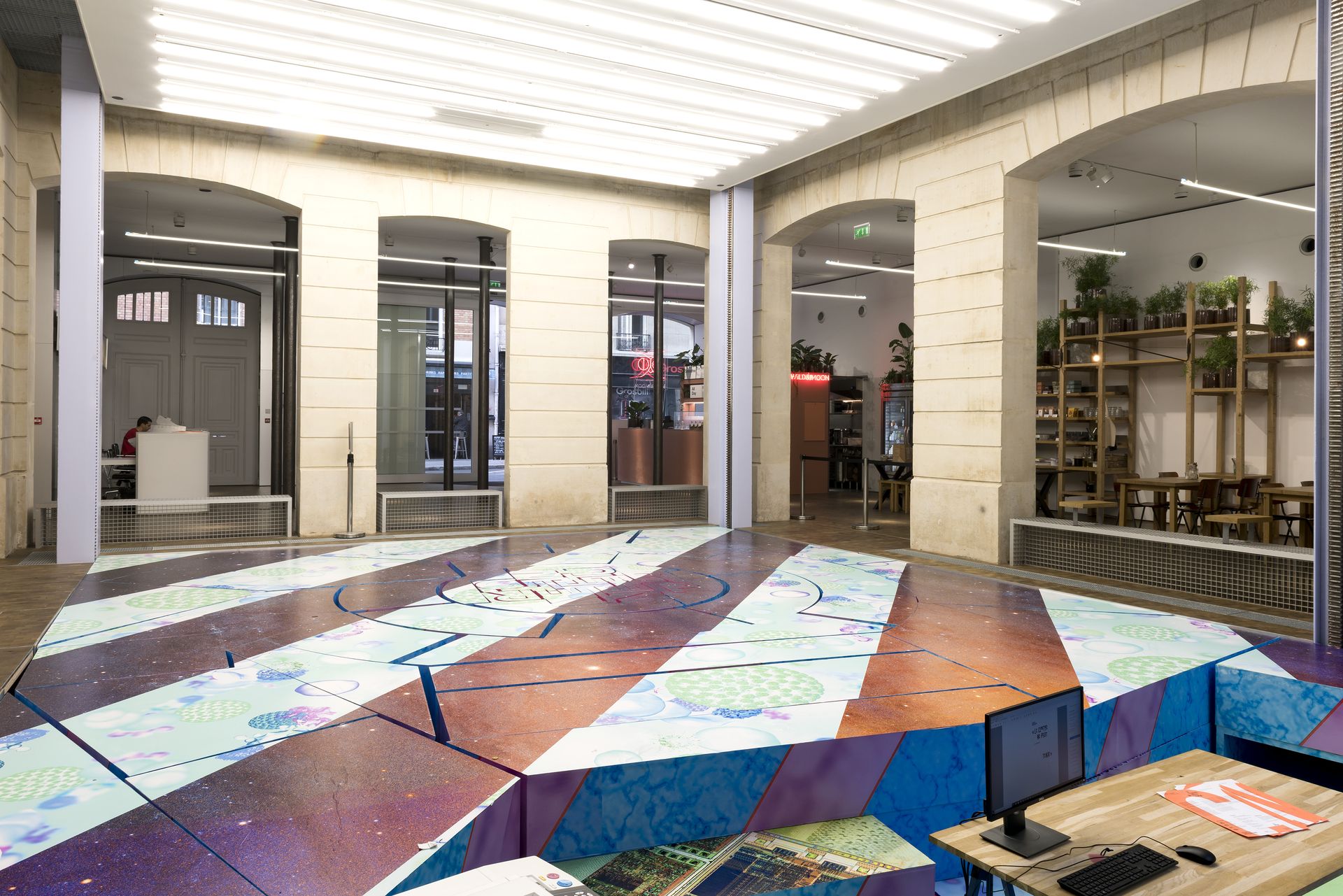
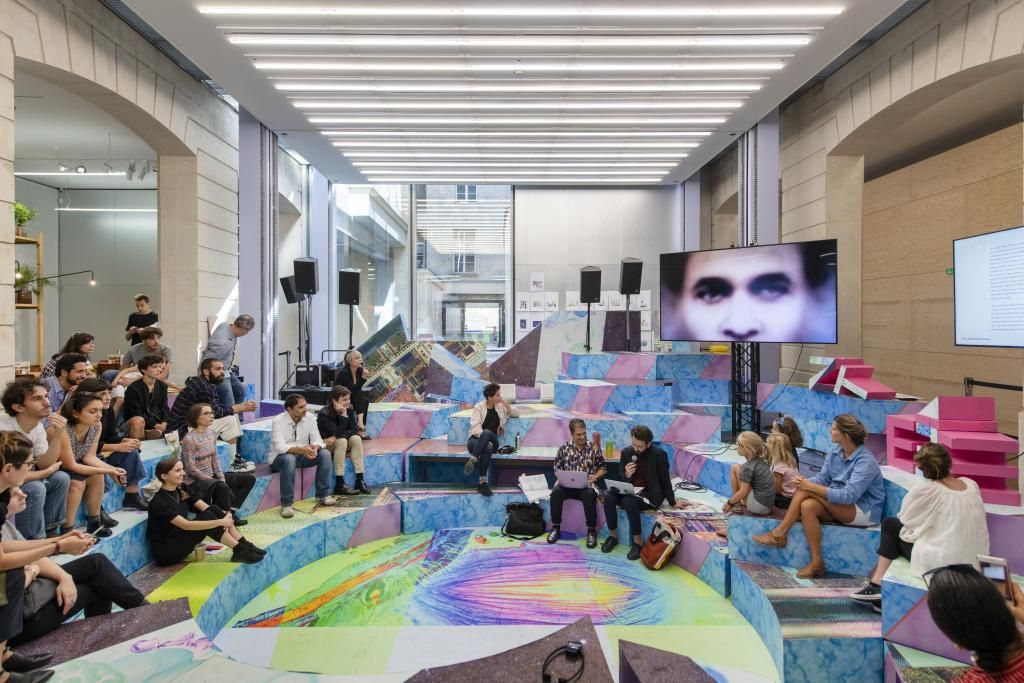
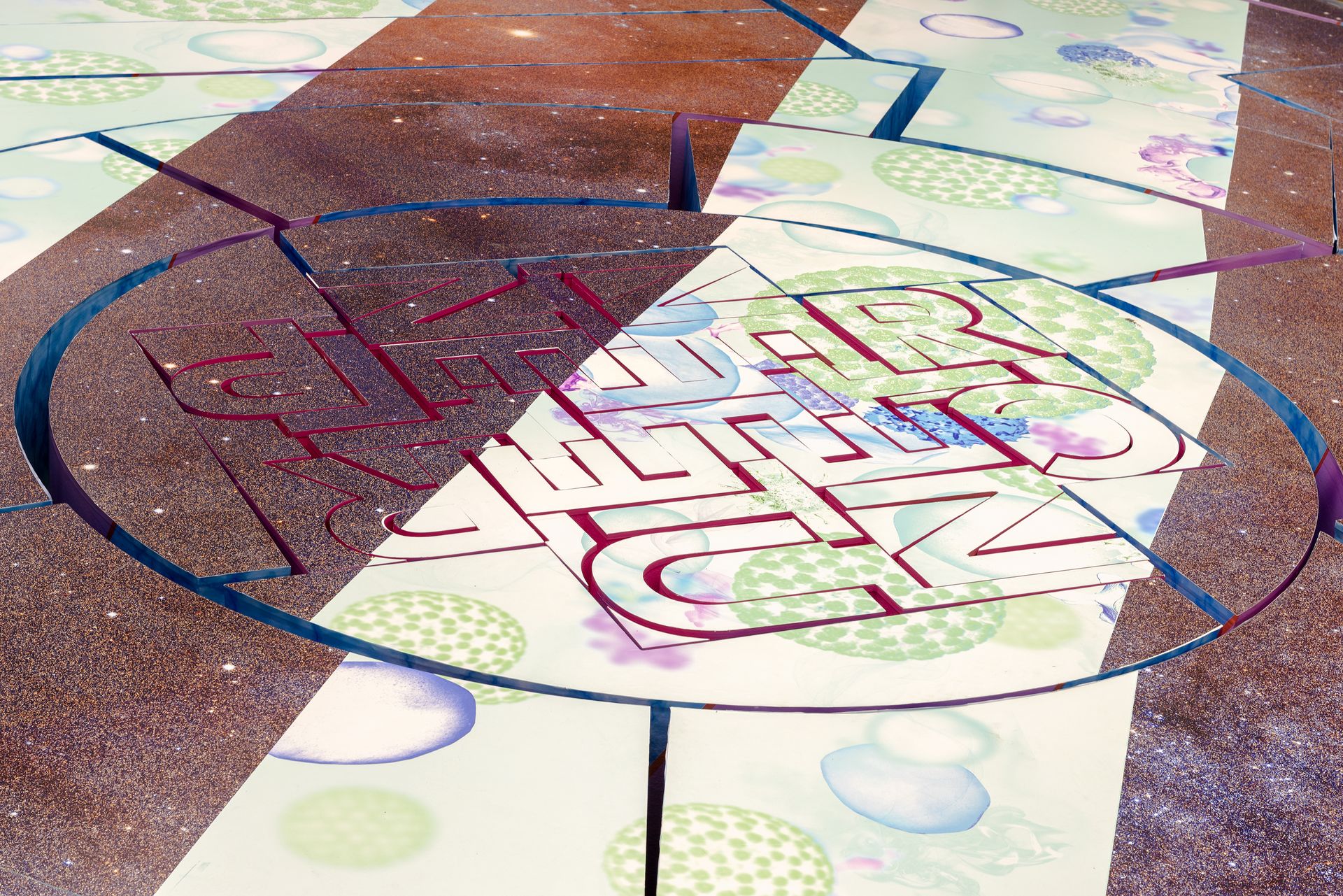
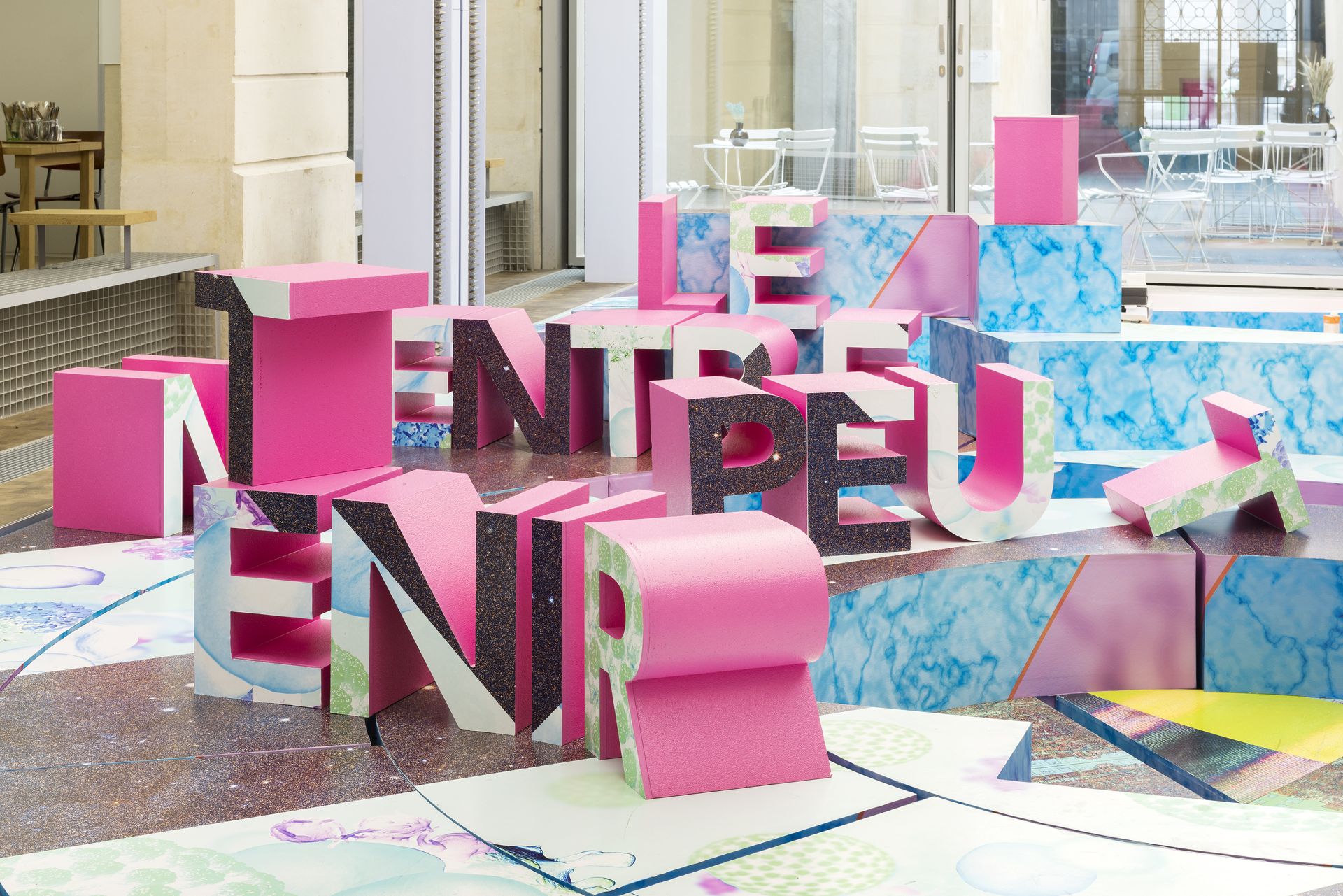
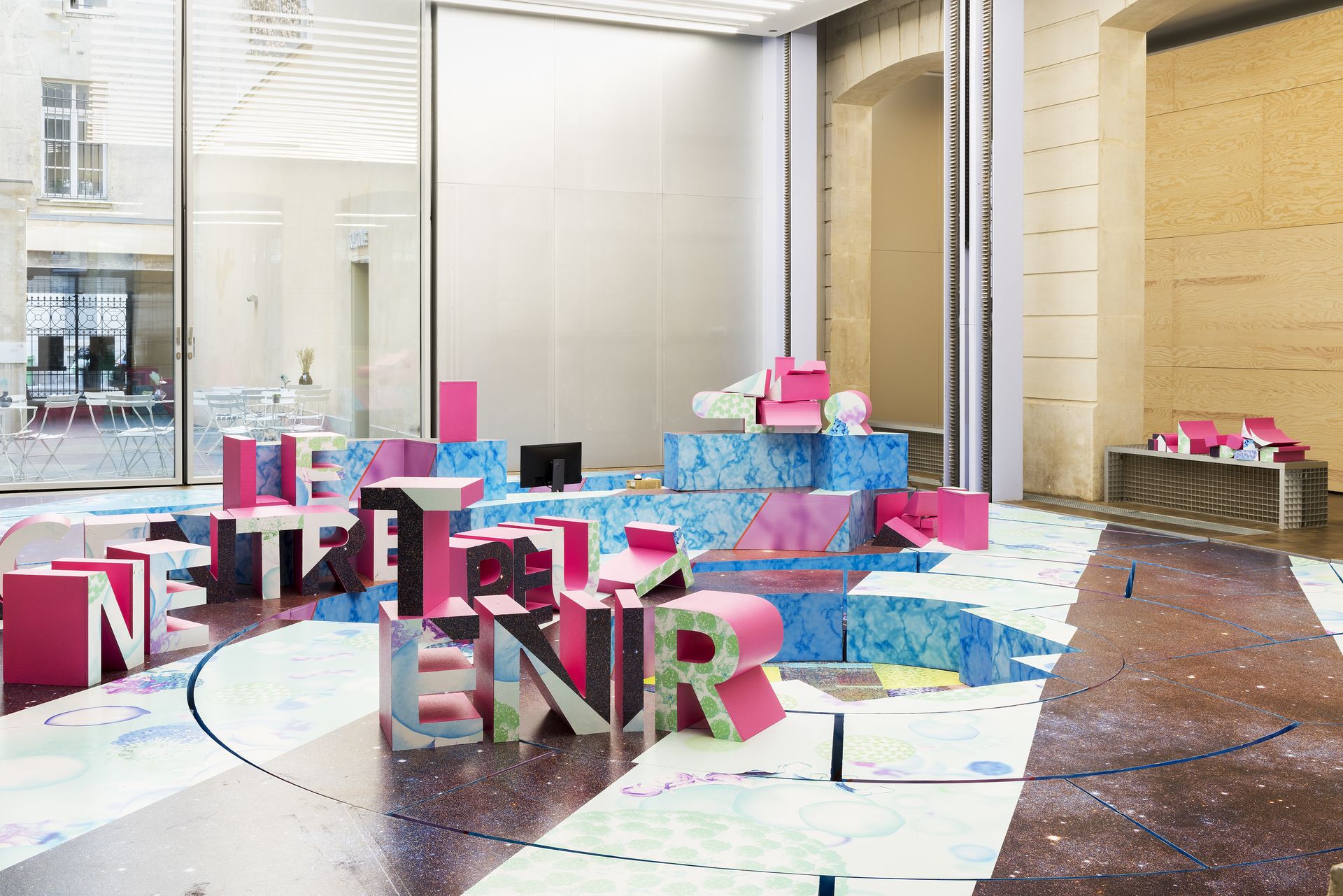
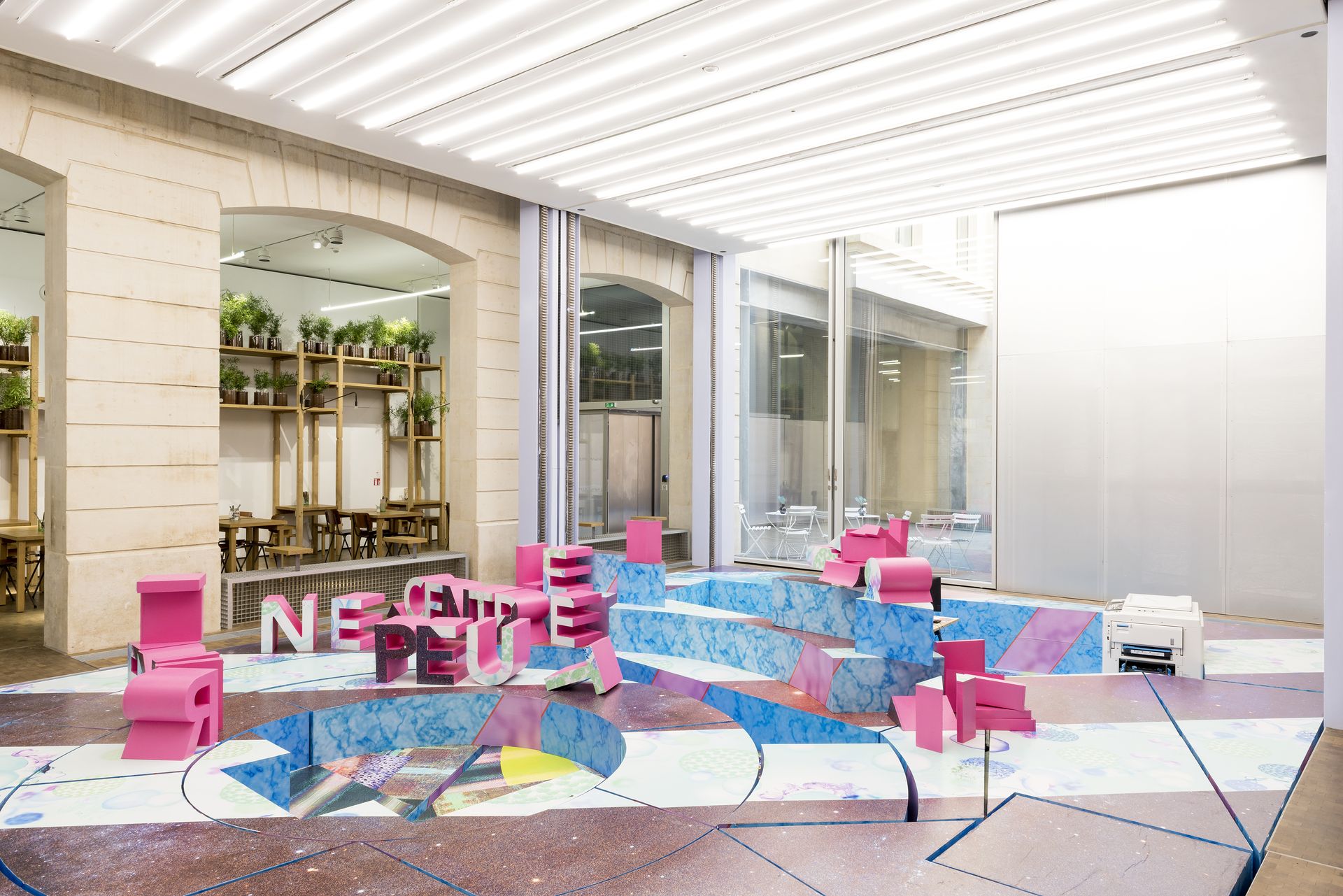
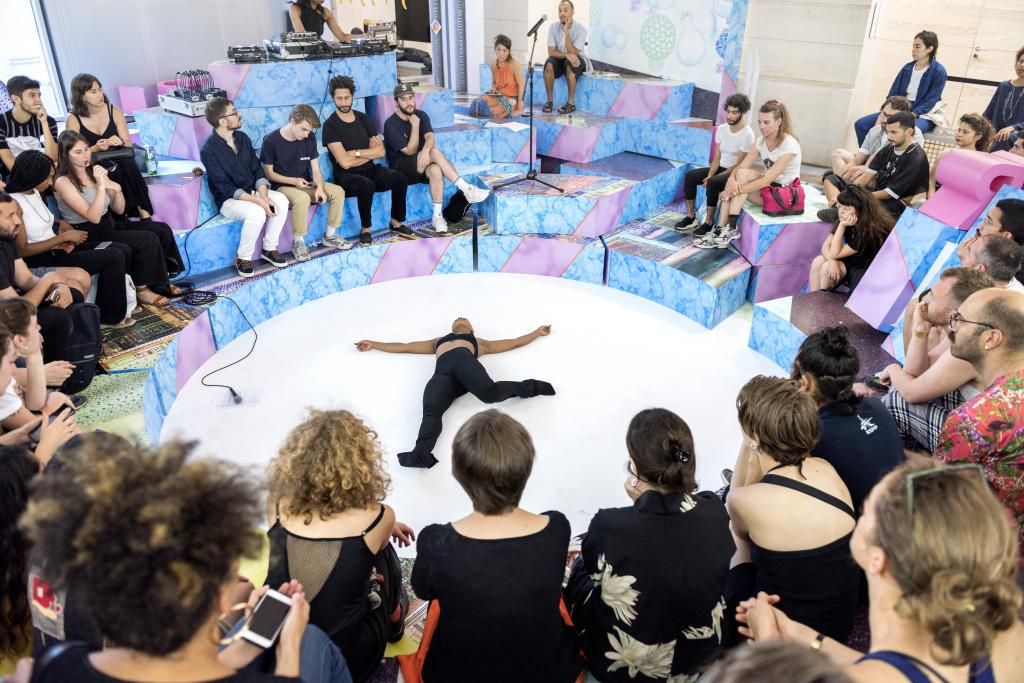
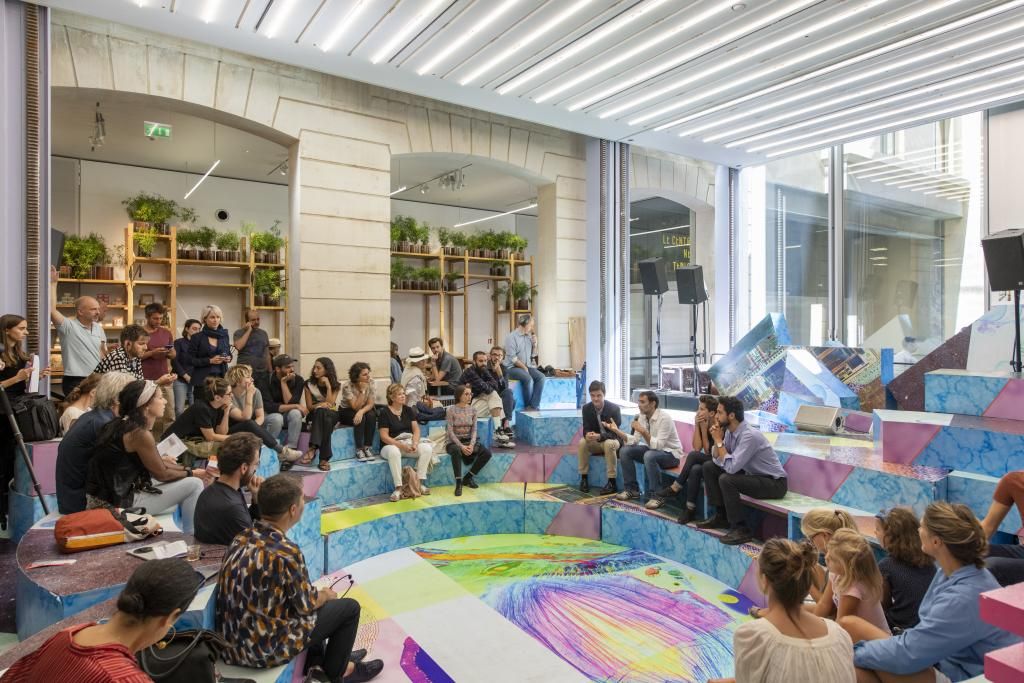
About the project
Manifesto for a Sweet Domestic Seoul
Domesticity in Seoul is no longer something that happens in a single place, the house, but rather something that is constructed by connecting different spaces spread throughout the city. Home is not spatially fixed, unitary, and consistent; it is discontinuous, fragmented, and constantly changing.
Seoul is the strategy to segregate social realities to make daily life un-political. But every depoliticizing strategy gets its response. A number of urban home fragments act as parliamentary spaces where diversity is confronted. These are the fragments the project takes into account and prototypes. Discussion can happen in a warm space based on affection. This is our proposal: To bring politics and conflict into ordinary life.
Homes tend to be thought of as places where conflict, diversity, and the public are left behind to find familiarity and a non-political calm. But a number of daily evidences could be seen as an opportunity to think of domestic interiors as places where we get to meet social networks (both online and offline) to manage our associations and to take part in discussion arenas. Shared homes are parliaments in which we get to share our living, get connected, and encounter otherness. Homes are material and non-material conglomerates of problematic limits.
Sweet Parliament Home is the making of a politically-activated home. It is a result of five years of research by Andrés Jaque Architects on domestic interiors as being political. This idea of home is one in which domesticity lives with the unfamiliar and in which home is made for activism, controversies, and institutional discussion. It is the making of public homey space. Four rooms, available to be used by specialized groups, converge into a common area. The common area works as a calculation device in which differences between groups are made explicit through confrontation; but this confrontation happens around a tended garden, providing the disputes with an affective constitution.
Urbanism has been formally a practice that divides its development into a big hierarchy of scales. It is only when opportunities to both describe and project it as a “foam” of engaged domesticities arise that notions of collectiveness are incorporated and promoted.
Credits
Andrés Jaque / Office for Political Innovation
Prototype Desing
Developed by Andrés Jaque Architects in its Madrid office.
DagmarStéeova (architect, Project responsable)
Álvaro Carrillo (architect)
Roberto González (editor)
Jorge López Conde (architect and photographer)
Kristian Ly Serena (architect)
Silvia Rodríguez (sociologist)
Prototype Construction
Álvaro Carrillo (architect)
Andrés Jaque (architect)
DagmarStéeova (architect)
Eugenio Fernández Sánchez
ChoiHun-In 최훈인
Jung Ji-Eun 정지은
Landscape
Iván López Munuera
Research
Directed by Andrés Jaque [Universidad Europea de Madrid] and Marc Brossa [konkuk University, Seul] Álvaro Carrillo Eguilaz, ChoiHun-In 최훈인, Paula Currás García, Kim Da-Hyun 김다현, LimGoh-Woon 임고운, Gu Min Ju 구민주, Jung Ji-Eun 정지은, Kim Doo-Ee김두이, Eugenio Fernández Sánchez, Déborah López Lobalo, Montserrat Montoro Pastor, Ana Olmedo Alguacil, Eduardo Tazón Maigre, Enrique Ventosa Pedrosa
Video Manifesto
Paula Currás García, Ana Olmedo Alguacil, Enrique Ventosa Pedrosa
Directing Team
Paula Currás García, Ana Olmedo Alguacil, Enrique Ventosa Pedrosa
Actors
Kim Da-Hyun 김다현, LimGoh-Woon 임고운, Eduardo Tazón Maigre, Jung Ji-Eun 정지은, Gu Min Ju 구민주
Publication
Gu Min Ju 구민주, Kim Doo-Ee김두이, Déborah López Lobalo, Montserrat Montoro Pastor, Eduardo Tazón Maigre
Discussion Curator
Enrique Ventosa Pedrosa






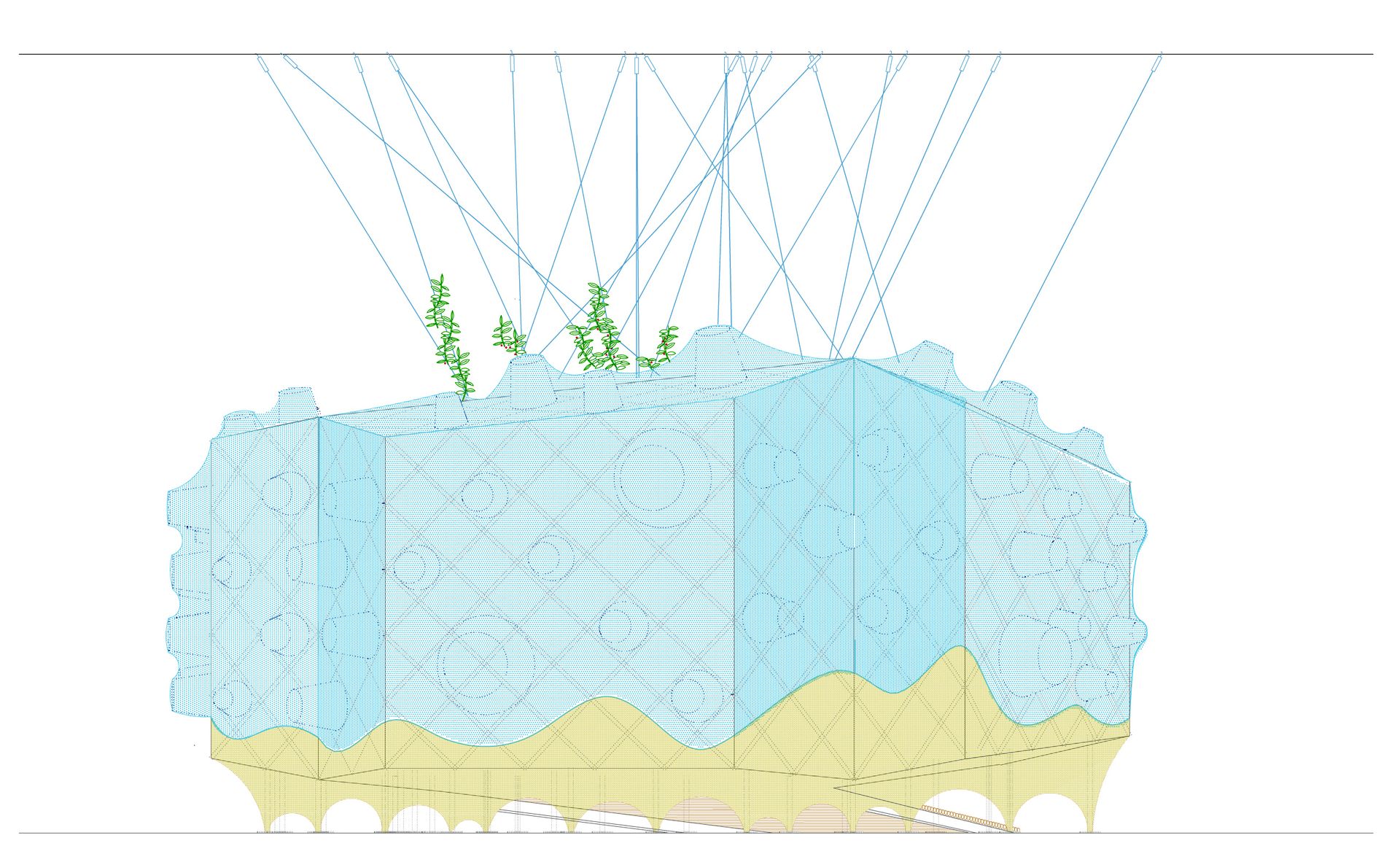
About the project
Credits
Andrés Jaque / Office for Political Innovation





About the project
The Gran Vía in Madrid holds the promise of encountering the whole universe on one street: there one can find names like Piccadilly, Nebraska, Hostal Buenos Aires, and Frutería Andina on its hotels and restaurants. It is an urbanism in conflict, where various ways of living are confronted: the corporate (FNAC, McDonalds, HUSA) and the colonial (i.e. India in El Corte Inglés’ advertising) is the visible foreground―the official Gran Vía―but the backside, around Leganitos, Reyes, Mostenses, and Soledad Torres Acosta streets, with their arepas, Korean hairdressers, and Bierzo butchers, is where diversity dwells. This backdrop of fragmented economies and cosmopolitanism (without simulations of exoticism) is difficult to see because it is mostly developed in interconnected domestic interiors.
The first one is expansive; the second is in danger of extinction and depends on public interest to keep it alive. SWEET HOME GRAN VÍA is a chain of architectural interventions (three skyscrapers of public concerns) that empowers the underside of Gran Vía and gives durability to the fragile urbanism of controversy.
Credits
Andrés Jaque / Office for Political Innovation
Design, coordination and edition
Alejandro Sajgalik, Sizhou Yang, Carmen Ovejero, Camila Carli, Walter Cuccuru, Ondrej Laciga, Lina Vergara.
Sociological research
Silvia Rodríguez
Graphic design
María Jaque



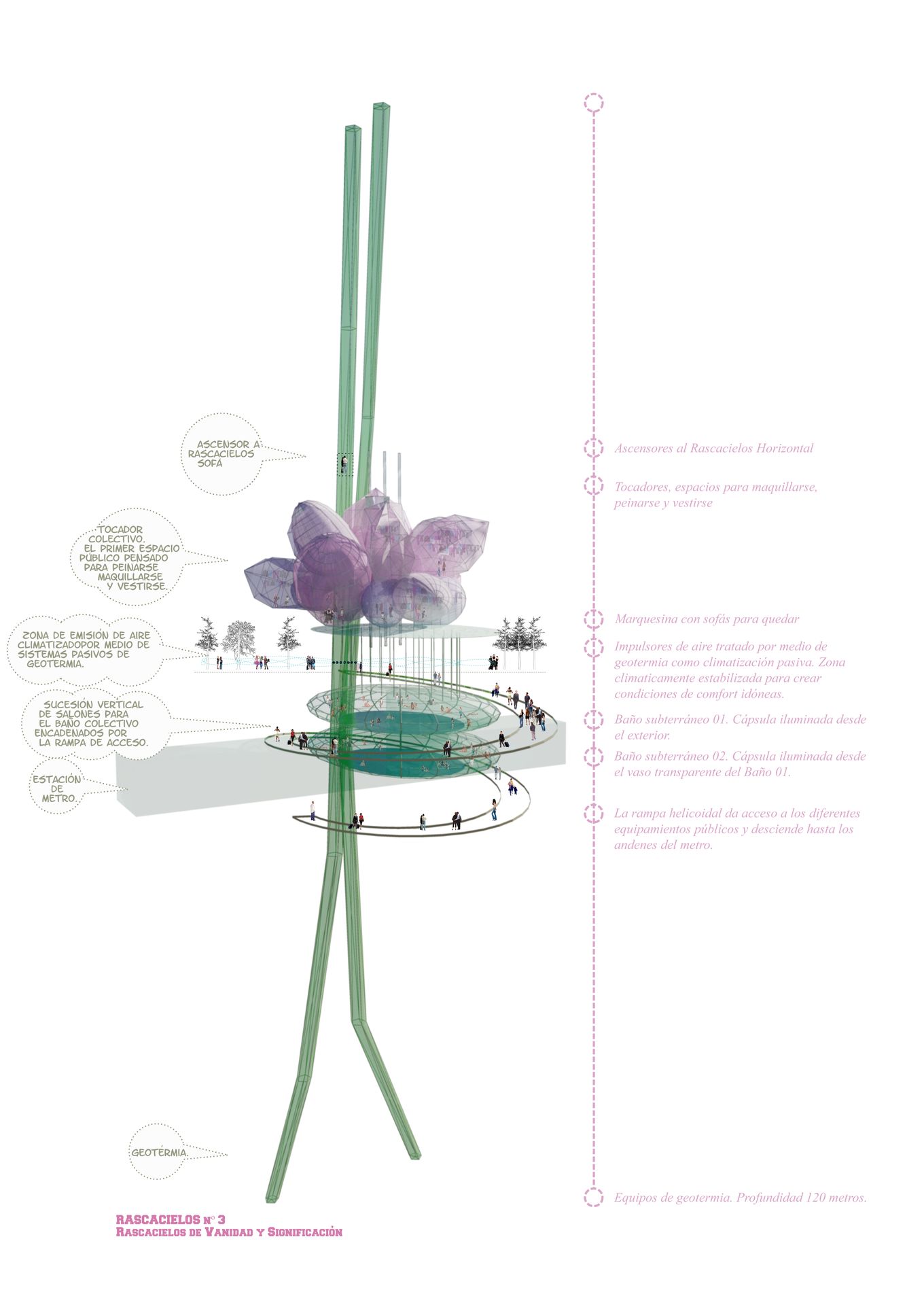

About the project
OJALÁ is the architectural response to the diversity of the Malasaña neighborhood, a diversity that is expressed throughout daily life as an accumulation of different ways of chatting, meeting, eating, and drinking.
The place manifests diversity through design strategy as an assemblage of spaces where architecture promotes different relationships and engagements: whether through ambience, furniture, one’s relative position to other people, access to food and drinks, a greenhouse open to the street, a big table shared by clients and staff, stands that encourage informal conversations with strangers, or an artificial beach for the re-enactment of a hedonistic day-to-day existence.
The gender neutral bathroom is conceived as a TransGender Parlour. It claims transitioning as the specificity of existence. A transmedia setting makes legendary people, who have significantly contributed to the construction of a shared trans agenda, emerge from the walls.
Credits
Andrés Jaque / Office for Political Innovation
Design, Coordination and Edition
Sebastian Bech-Ravn, Ljubo Dragomirov, Roberto González García, Senne Meesters, William Mondejar, Jorge Noguera Facuseh, Silvia Rueda Cuellar, Jarča Slamova
Quantity Survey
Juan Pablo Prieto
Graphic Design
Jorge López Conde
Artistic Intervention Program
Curator
Roberto González García
Artists
Dourone, José Ja Ja Ja, Eva Solano
Photographs
Miguel de Guzmán, Rocío Romero
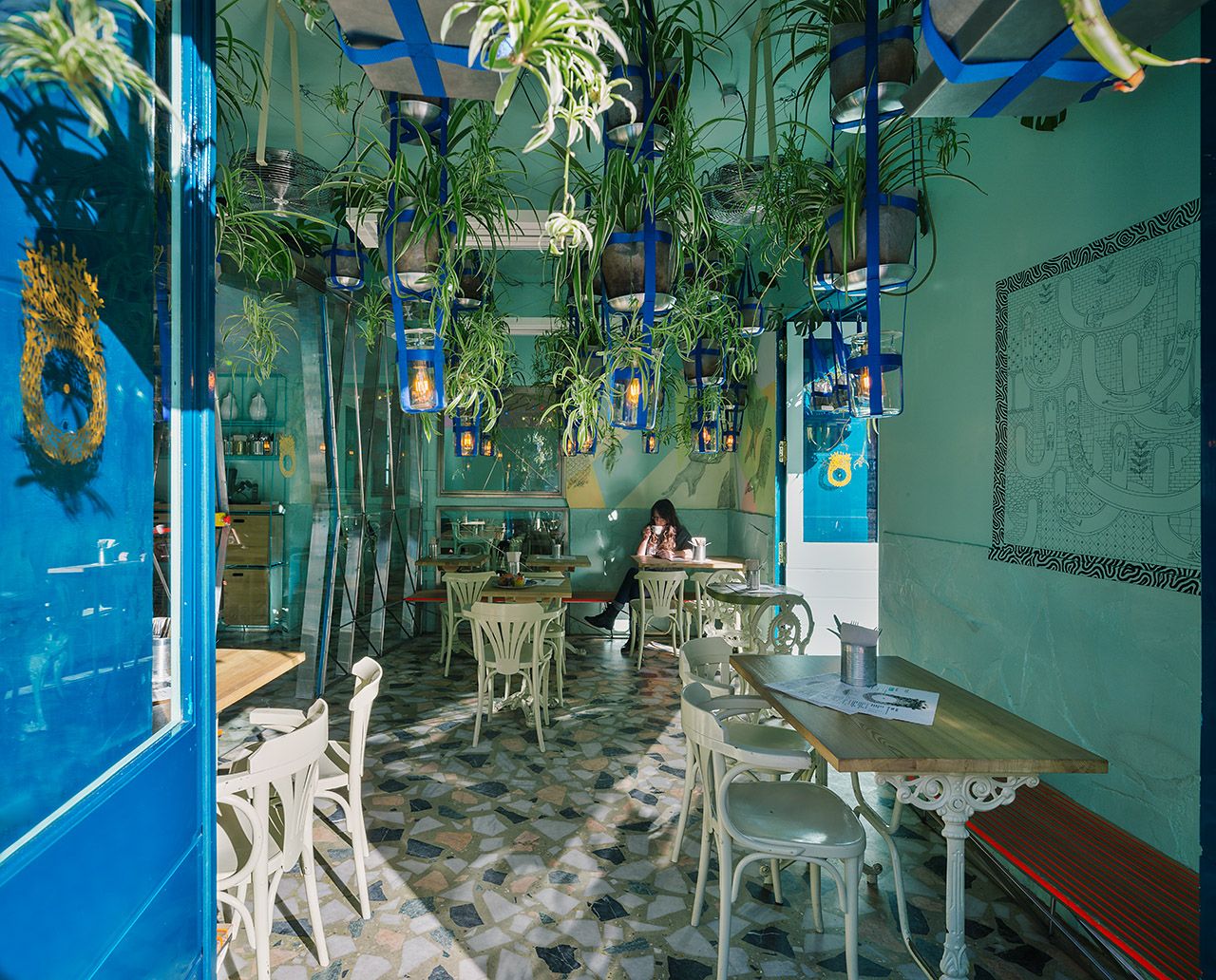
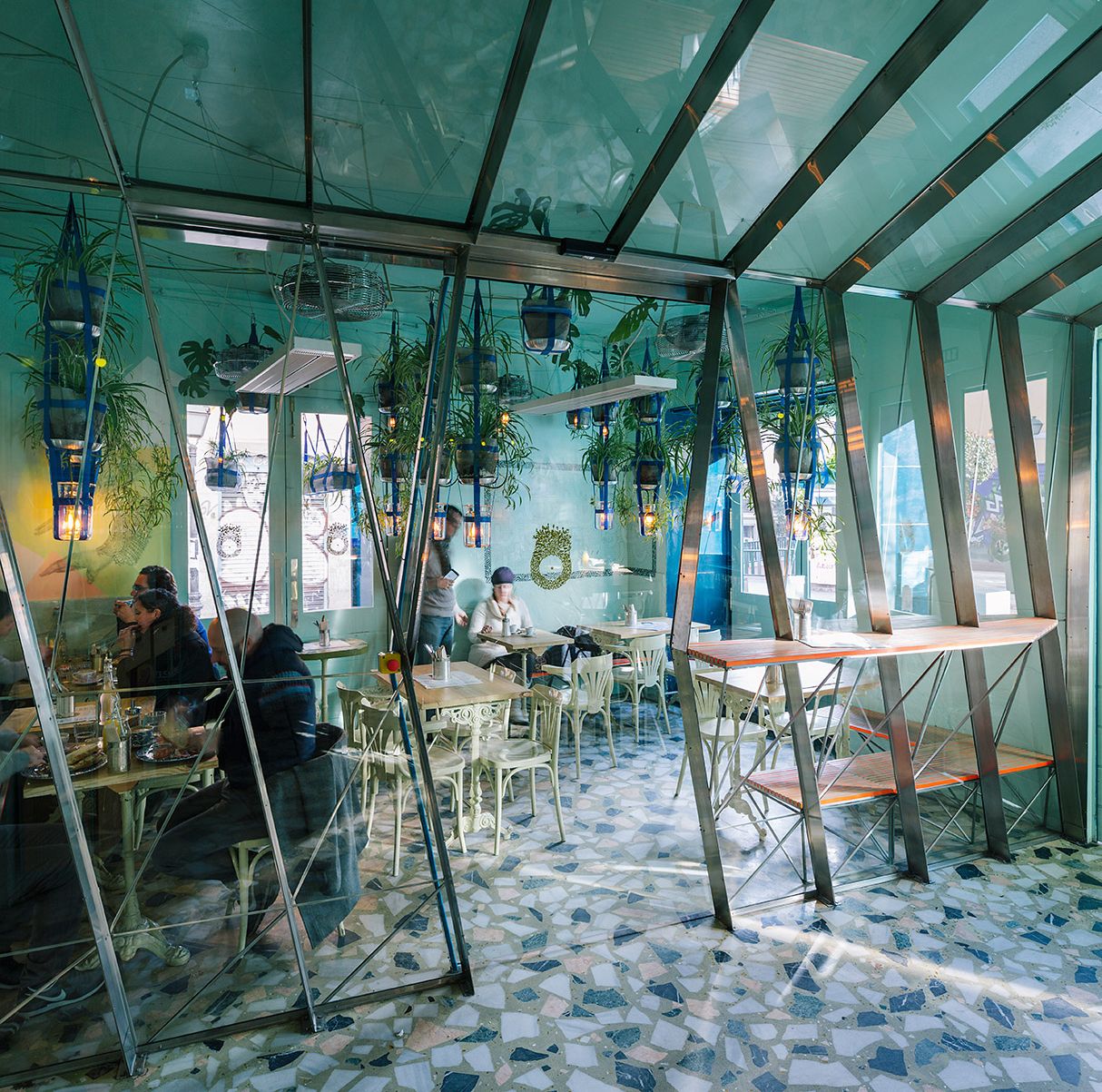
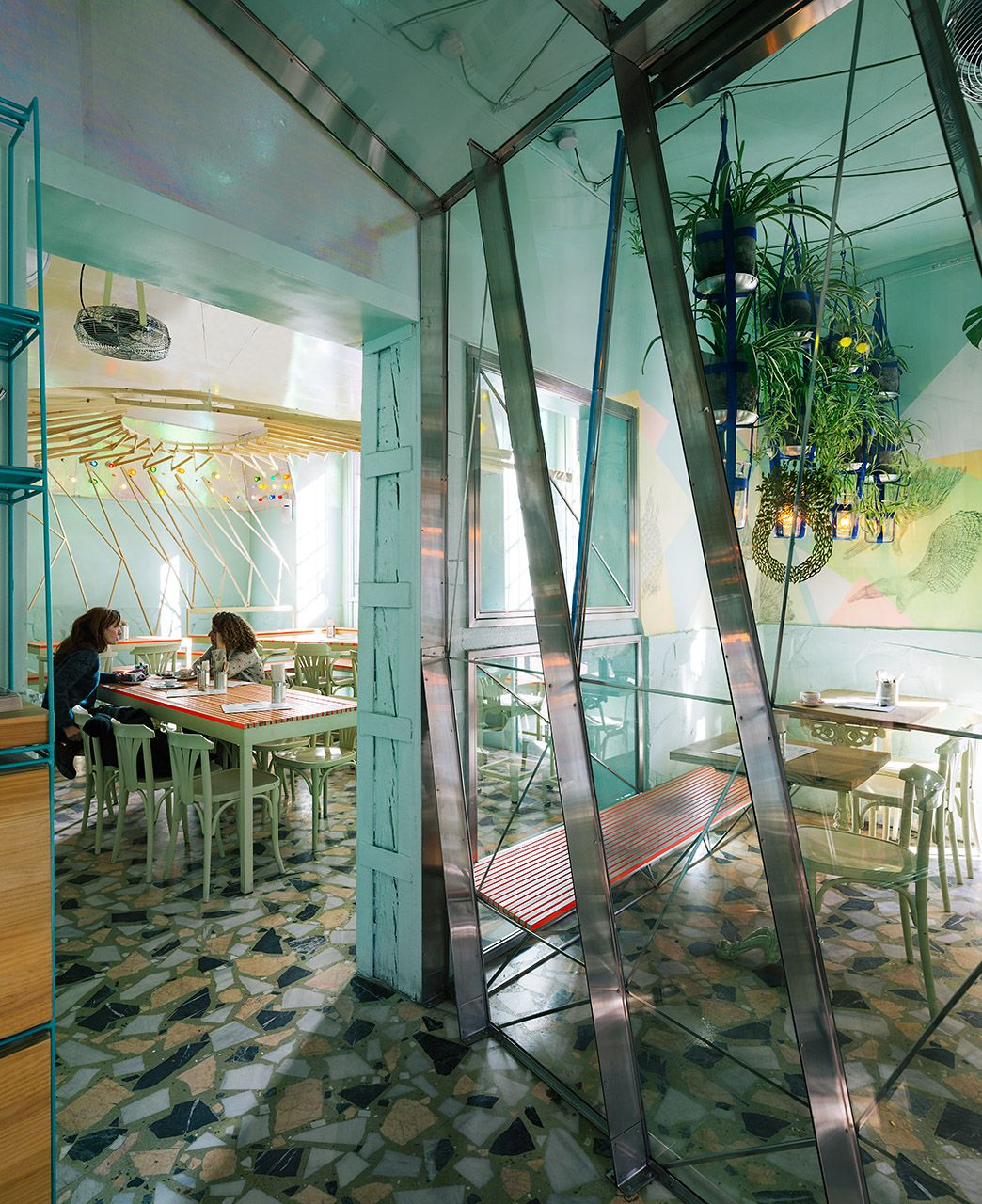
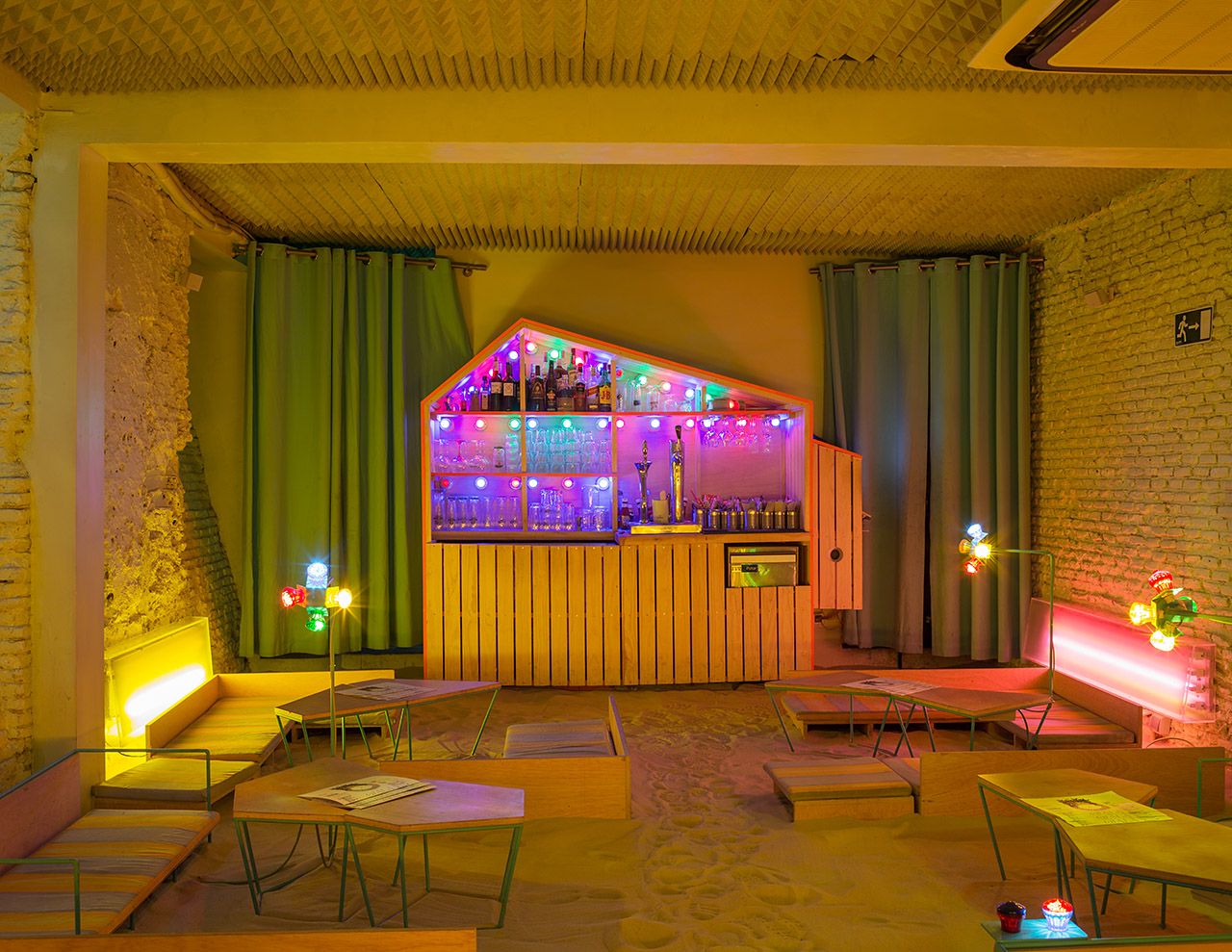
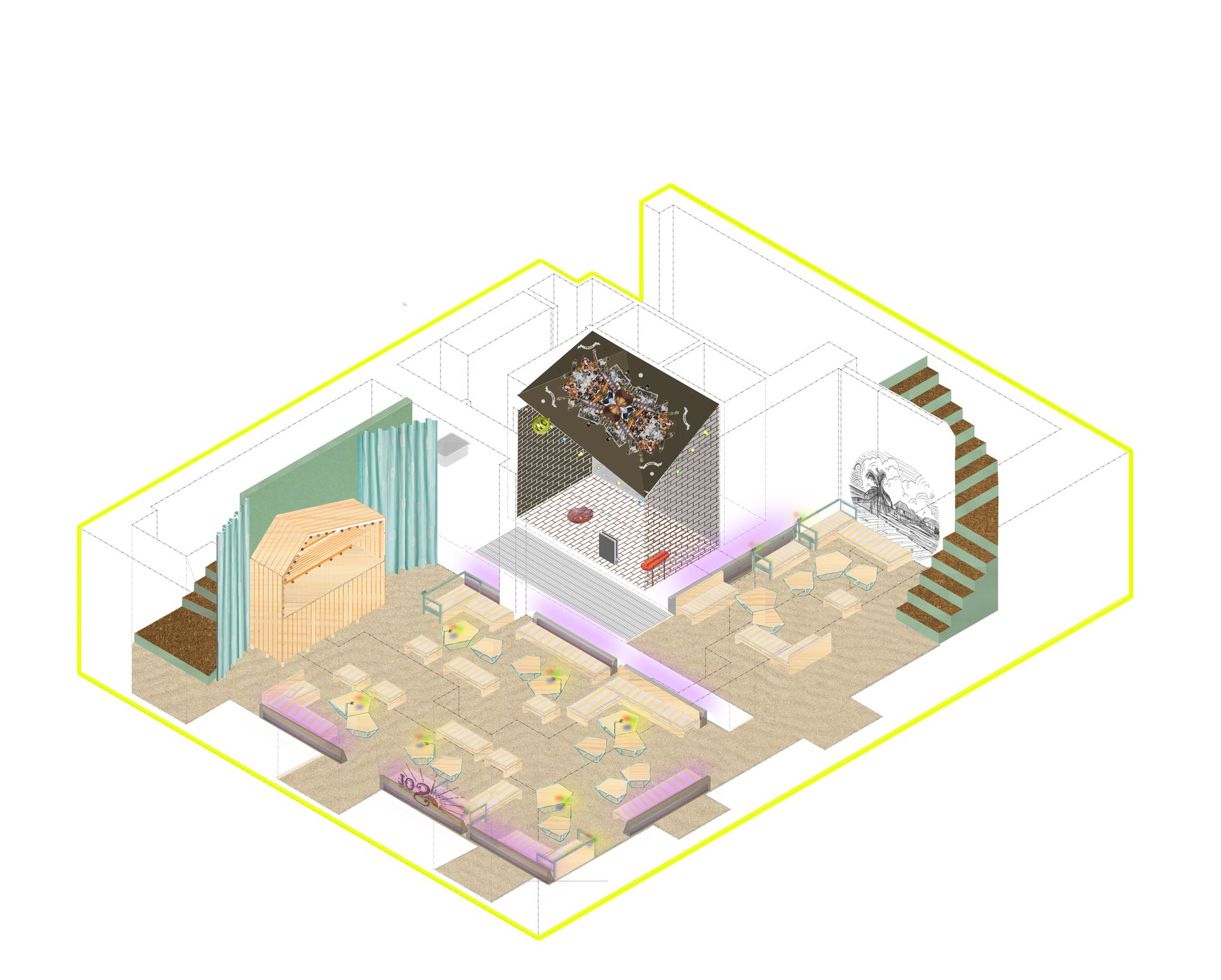
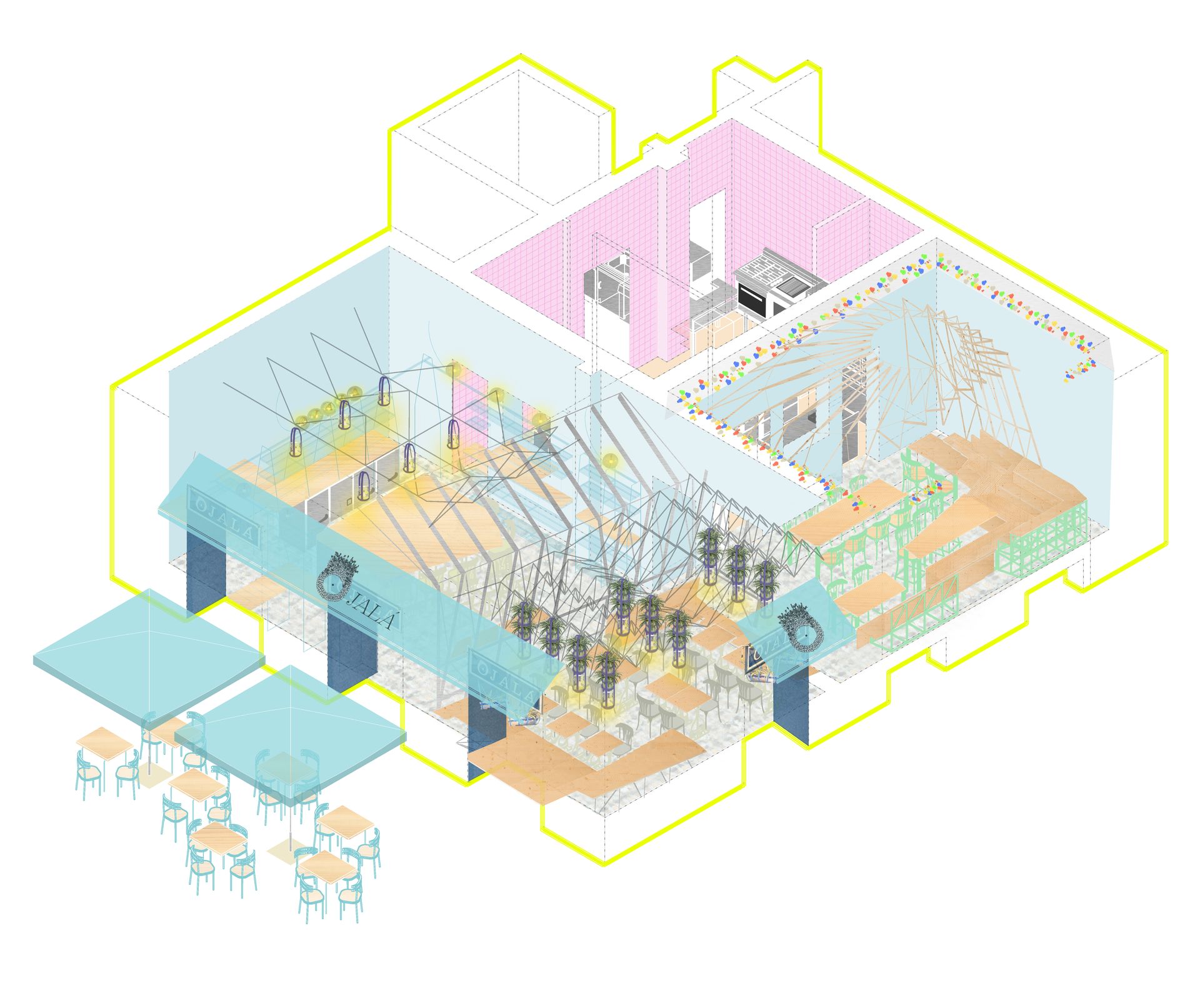
About the project
The design of the first exhibition of the recently created Design, Architecture and Digital Department at the Victoria and Albert Museum, “The Future Starts Here,” is the result of a long selection process that resulted in the appointment of the New York/Madrid-based office Andrés Jaque / Office for Political Innovation. Curated by Rory Hide and Mariana Pestana, the show examines the way 100 objects and technologies are currently tendering for disputed and diverging options for the future.
In the show, design moves away from 1950-60s persisting notions of space-age futures to create a series of contexts in which future scenarios, announced by already existing technologies, can be seen integrated into ordinary, recognizable settings, which results in the accumulation of existing architectures: Victorian gingerbread architectures mixed with brutalist architectural components and plastic-made, free topographies—a colorful, lighted vision of the future where the exhibited objects and technologies, instead of being presented in surprising fantastic realms, can be found as contributors in the making of common situations, inserted in familiar settings (a kitchen, a bathroom, a cafe, a street, a public parlor, a landscape, a corporate office).
Structured as a scalar progression in five acts, the show starts with an immersion into domestic life and the way it is currently being disputed by different notions of desirable evolution of domesticity. The narrative is introduced by a robot designed to do laundry. Following this is an arena where politics, corporations, and civil society confront and interact with each other. A back-lighted section of the planet, organized as a display in vertical levels from the deepest reachable strata of the earth to outer space, contains the way our environments are now being challenged at a planetary scale. This dichroic bubble collects technologies providing space for alternative modes of extending human afterlife. The exhibition concludes with the testimony of Cindy, a woman who uses low-tech prosthetics to deal with the toll severe diabetes has taken on her body, and by providing information and ways for the audience to take action in the making of possible futures. Together, all five acts are intended to reconstruct a sequentially scaling-up approach to a world both divided and convened by the discussions of alternative ways to construct possible futures. The exhibition works as an urbanism of five colorful techno-parliaments, where the use of large signs poses questions that help translate to the V&A audience a discussion in which objects and technology take part.
As an information platform, the exhibition overlaps five channels of information. The first one is composed of the actual presence in the gallery of the objects and technologies that are being experienced and discussed. Aligned with V&A’s focus on object-based exhibitions, this show includes an exceptional collection of objects, some quotidian, that gain a new criticality when placed within the context of the exhibition’s broader discussion. Other objects are totally unknown by the public or are seldom seen. The second channel is formed by the description and referential labeling of all objects, and the uses and contexts in which they take part. The third is the immersion of all objects in architectural and audiovisual atmospheres that provide the opportunity for these technologies to be seen as active and for the museumgoers to experience them as part of daily life. The fourth is constituted by a series of questions that reconstruct each act as an arena in which public collaboration is required to account for the criticality at stake in the various notions of what “future” means among the different technologies in the show. The final layer provides opportunities for museumgoers to take action, to express and made public their takes and to contribute them to the discourses the show preserves and communicates.
Credits
“The Future Starts Here”
Victoria and Albert Museum, London
12 May 2018 to 4 November 2018
Designed by Andrés Jaque / Office for Political Innovation
Team: Roberto González, Laura Mora, Paola Pardo, Inés Barros, Álvaro Carrillo, Ayushi Drolia, Marta Jarabo, Pablo Maldonado, Bansi Mehta, Sole Mallol, Martín Noguerol, David Rodrigo, Isabel Sánchez, Belverance Tameau, Silvia Valero, Clément Vergé
Structural Engineering
Mecanismo
AV Engineering
Telesonic
Lighting engineering
DHA
Graphics
2×4
Films
Superflux
Photography
© Victoria and Albert Museum, London

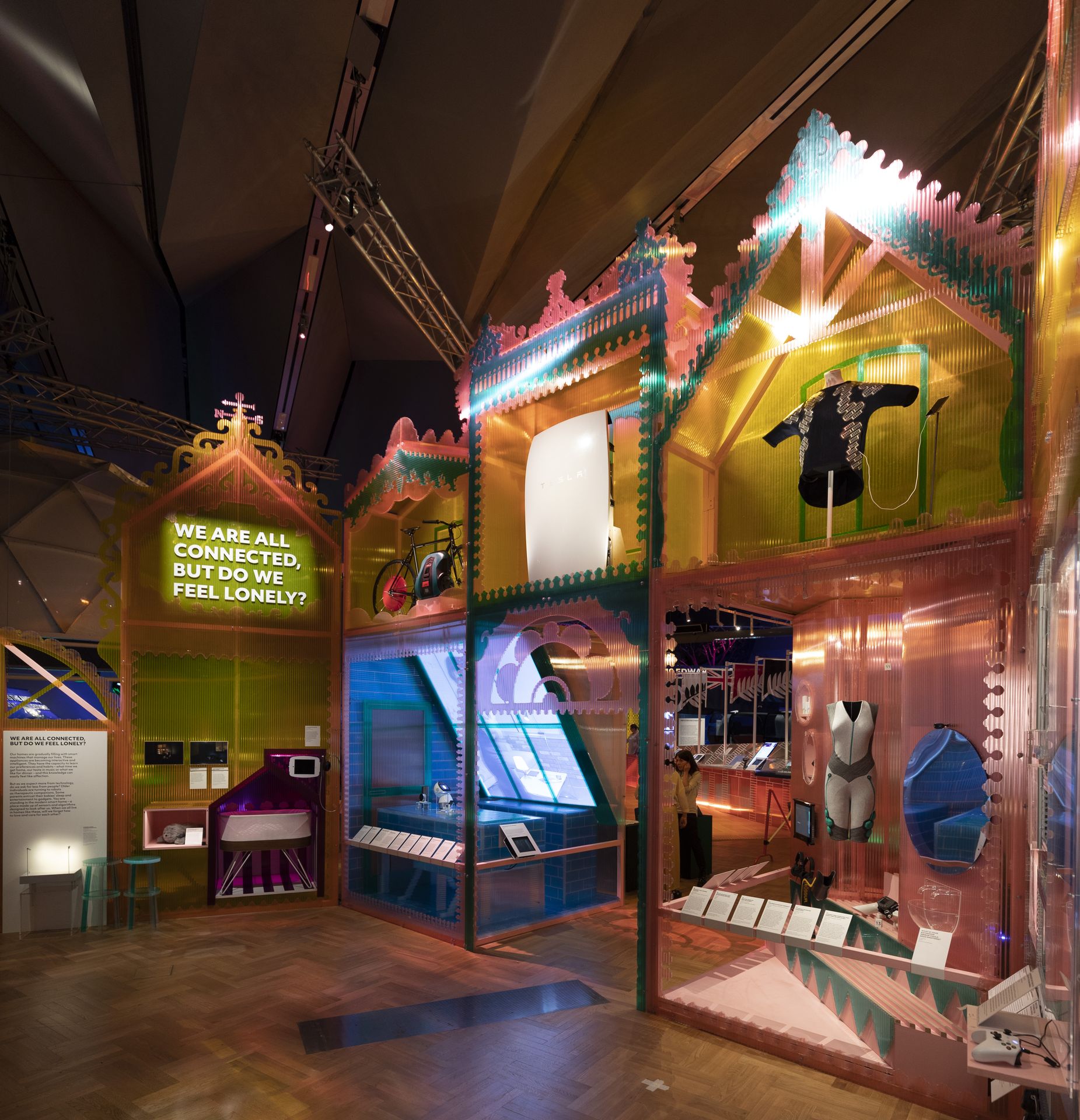
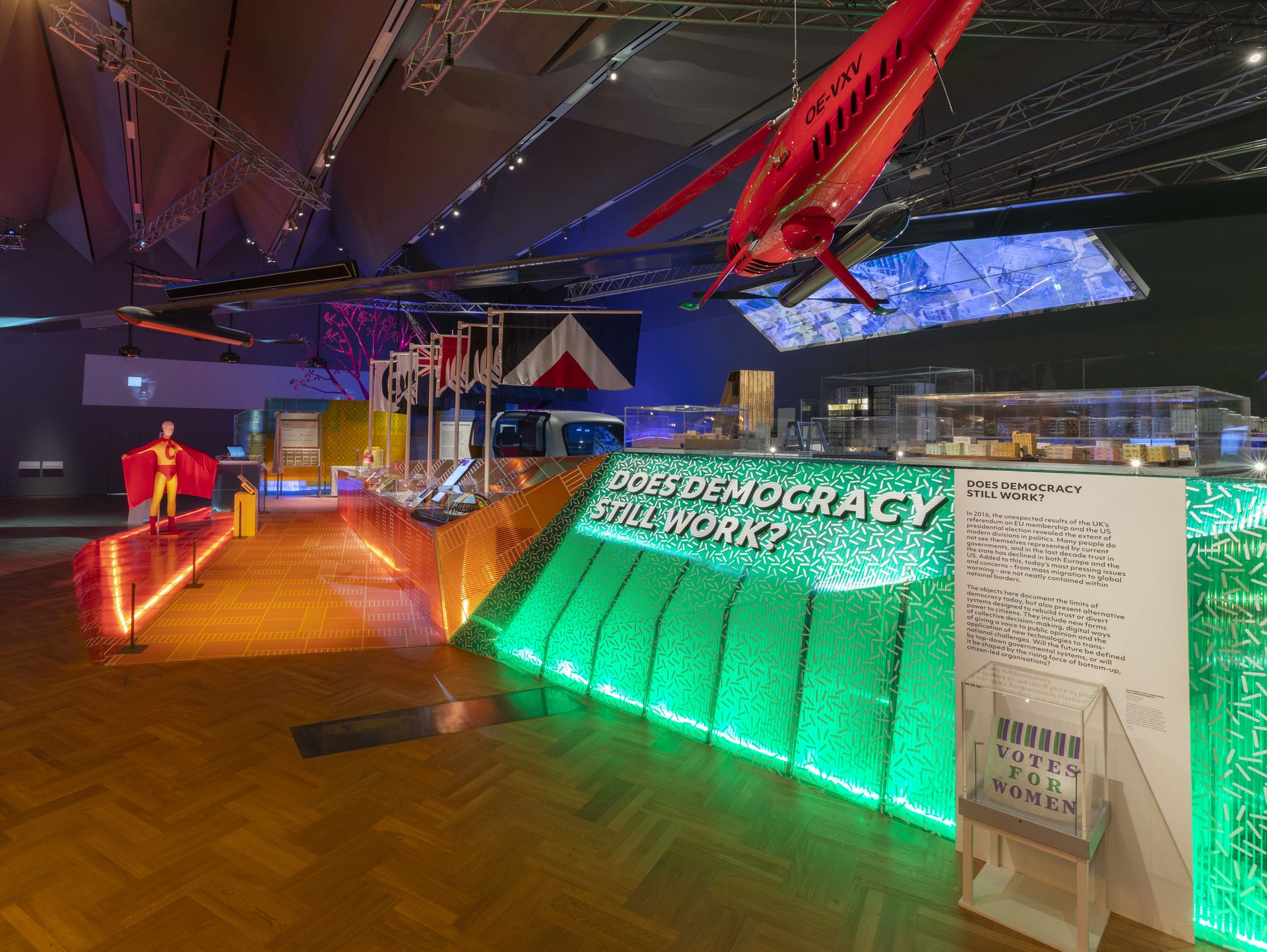
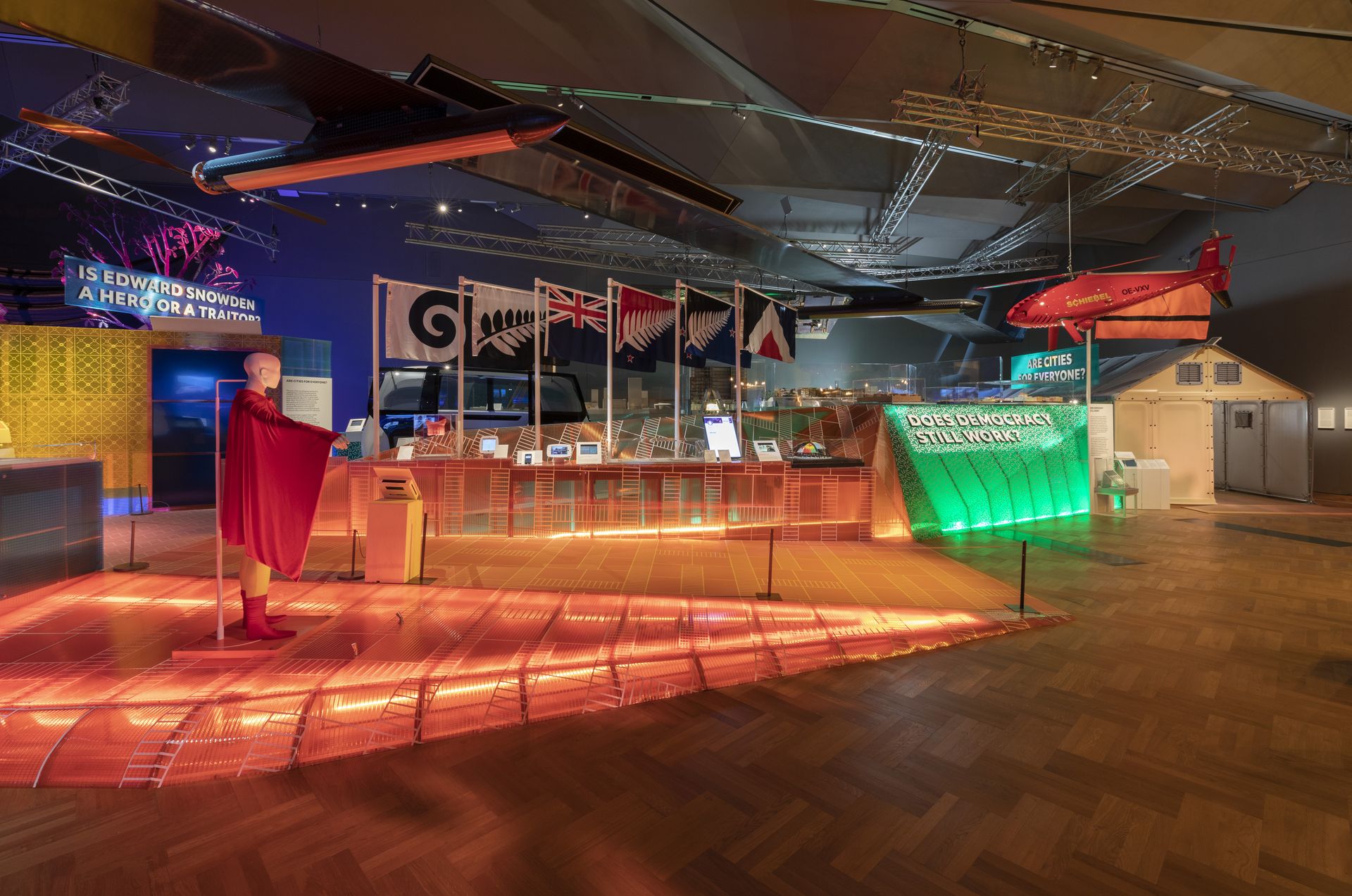

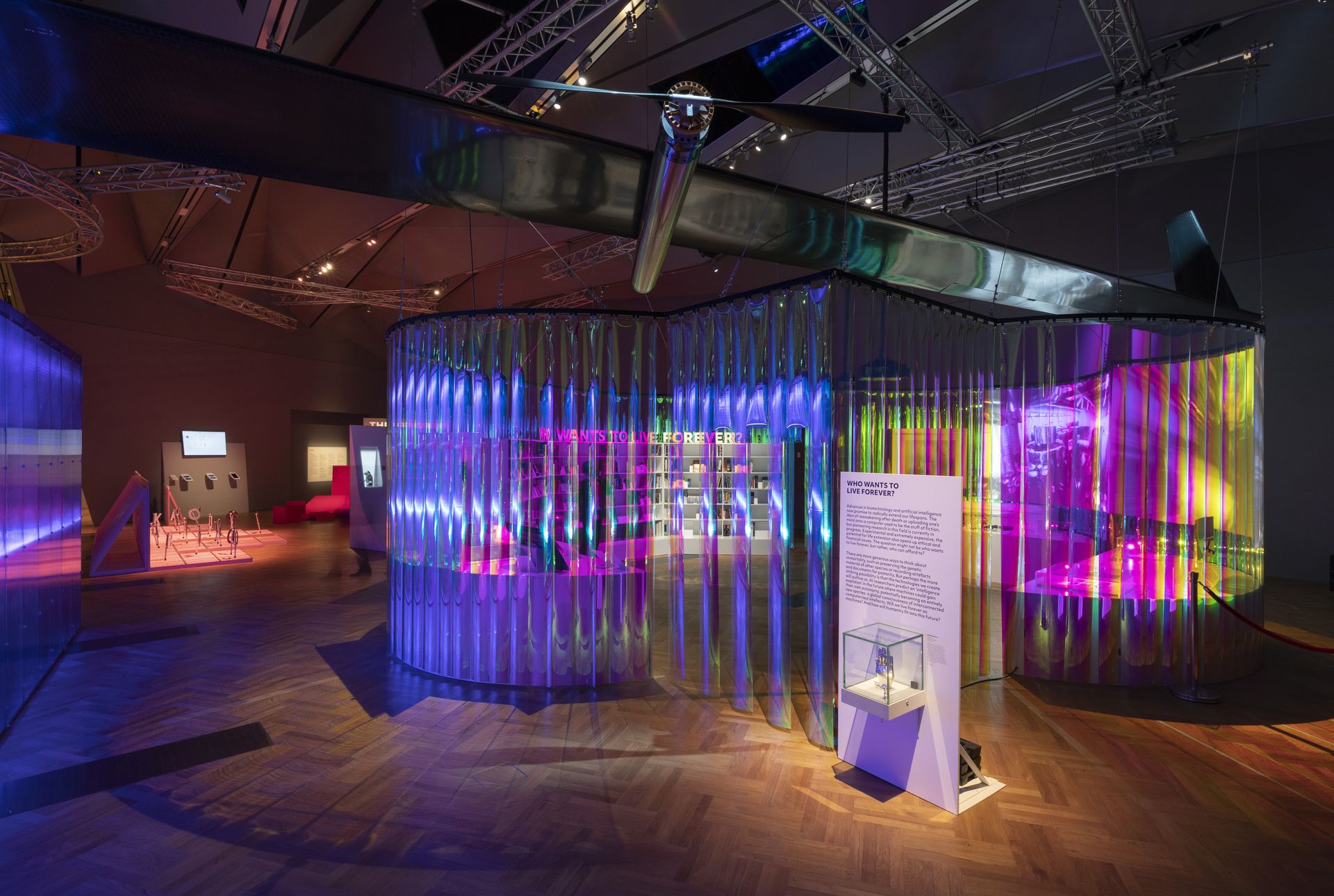


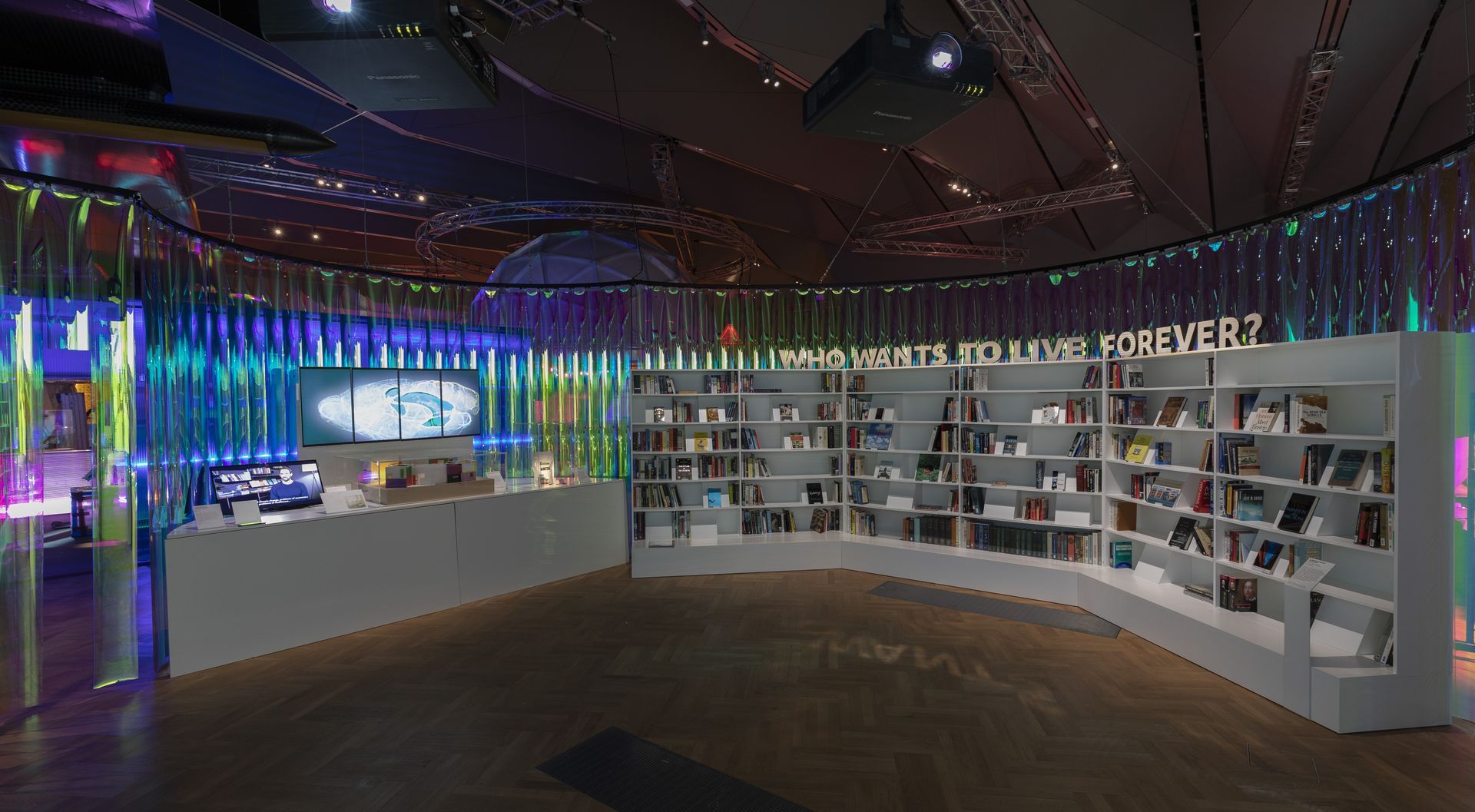

About the project
The project explores the capacity of food to register and make sensible the relevant realities on which geopolitical conflicts depend. 1L Oil Banquet was proposed as a collective experience to make visible the energy mobilized in daily life.
A 2.5 meter high construction of black balloons spelling “OIL” graced a stage where “10 Agents of Calculability” wearing black masks and T-shirts with the text “In this tray I carry 1L Oil” would arrive. Each agent would carry a tray containing black-colored food with an embodied energy invested in its production and its transport equivalent to one liter of oil. Some trays carried 800 grams of black lumpfish caviar, others 30 kilograms of black grapes.
1L Oil Banquet was performed for the first time during the Semana de la Arquitectura de Madrid (5 October 2007) at ETSAM Escuela Técnica Superior de Arquitectura de Madrid.
Credits
Andrés Jaque / Office for Political Innovation
Direction:
Natalia Solano Meynard
Energy values calculation:
Borja Gómez Martín
Graphic design:
Diana Hernández, Frédérique Paillard, Jorge Ruano
Transparency agents:
Carmen Bellas Becerra, Laia Cervello Sabate, Bárbara Climent Silvar, Daniel Fernández Pascual, Laura Frieyro, Luis Galán, Miguel González Castro, Ruth Lasarte, Isabel Martínez Abascal, Iris Sánchez Rico, Laura Riaño López, Clara Sáez, Álvaro Urbano.
Band:
Jaime Summers, Fernando Suárez, Pablo Ruiz, Alex Riquelme y Pedro Ivett
Showman:
Jesús Taltavull
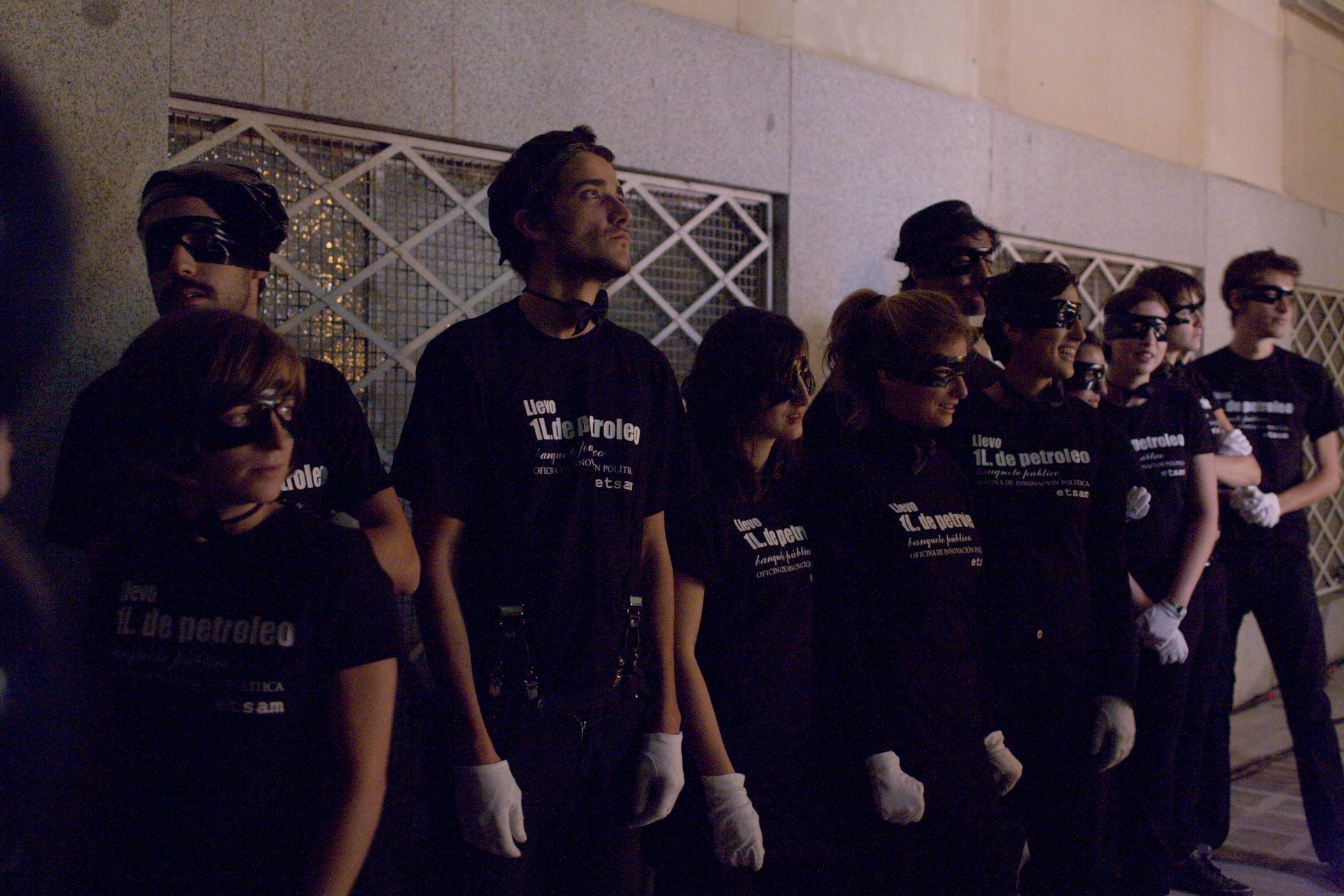
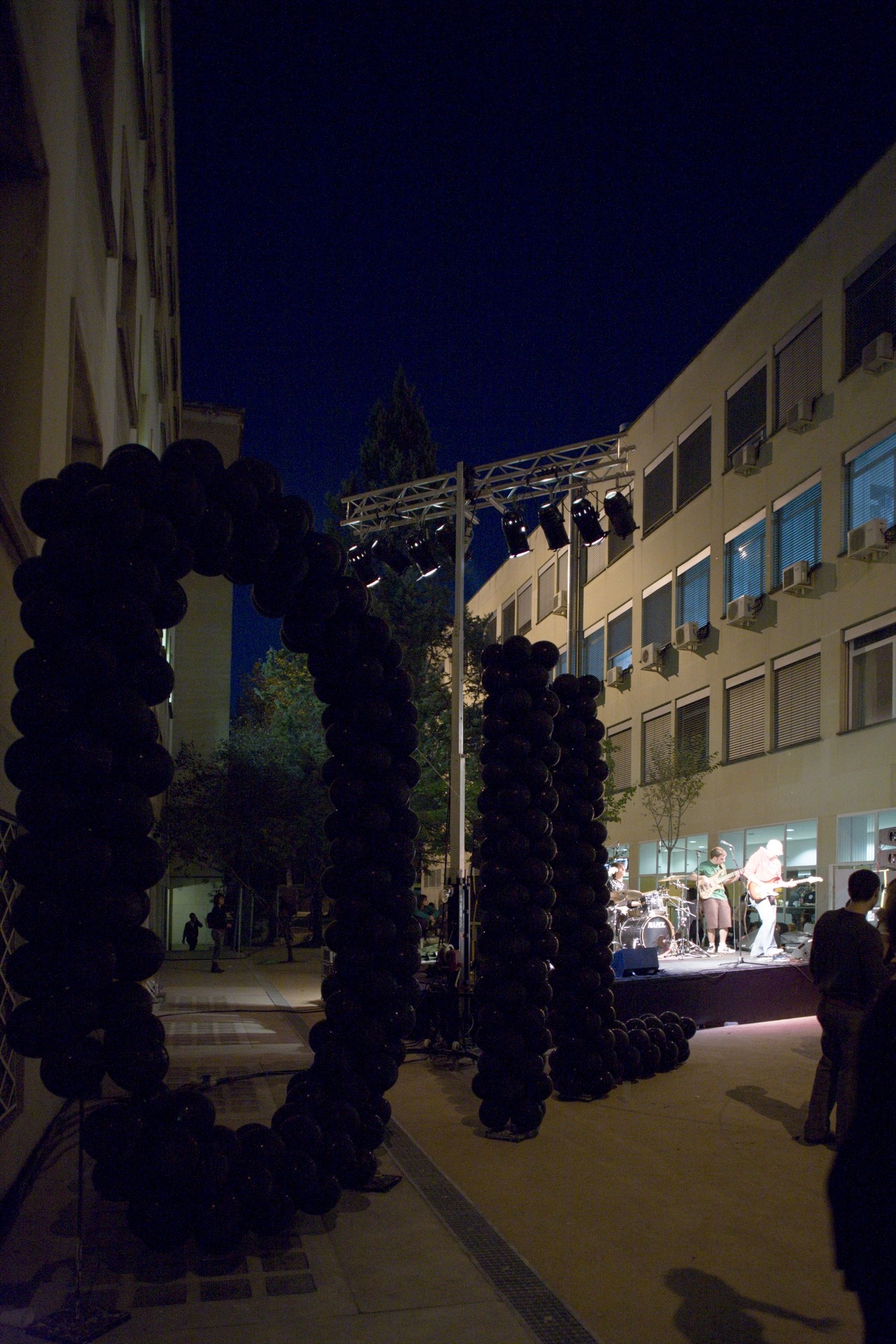
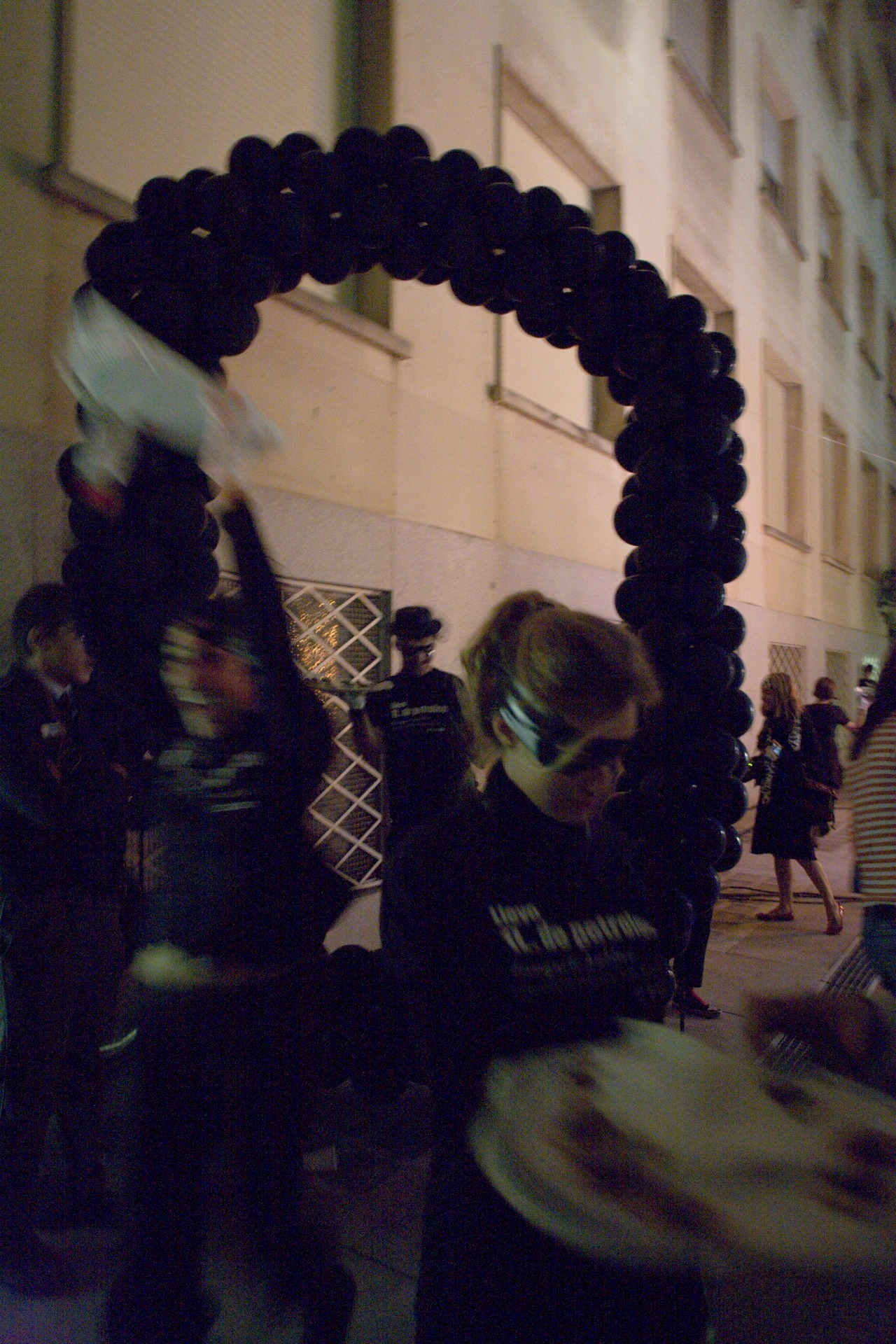
About the project
In thirty years, the world’s elderly population will double, a demographic transformation that will radically modify our environment. Is the actual social construction of generational diversity sustainable? Contemporary territories are affected by age-segregating zoning that tends to consider old age as a disconnected spatial, economical, and day-to-day bubble.
Andrés Jaque / Office for Political Innovation and Moho Arquitectos, in association with Gobierno de la Región de Murcia for the Observatorio Para la Arquitectura y el Diseño Sostenible, have created an All Age City, a European city network that promotes the “urbanization of old age.” The structural presence of elderly people in the construction of cities is not a charitable project. The diversity of generations is a source of richness and resiliency that increases the quality of life of the whole population. In fact, a more intergenerational context can trigger a paradigm shift that would accelerate the transition to a more sensitive diversity culture within the European Union. The project is developed through a label of quality based on ten urban principles. Shortlisted cities for that label should initiate a program to implement their habitability conditions according to these ten principles.
Credits
Andrés Jaque / Office for Political Innovation
Moho Arquitectos
Design, coordination and edition
Guido Brandi, Alejandro Martín Maté, Alberto Rey, Jorge Ruano
Partners
Andrés Jaque Arquitectos + Moho Arquitectos (Coordinators)
Concejalía de Urbanismo de Murcia
Consejería de Cultura de la Región de Murcia, OBS
CENDEAC, Centro Párraga


About the project
With more than 100,000 visitors and 230 galleries, ARCO Madrid Contemporary Art Fair works as a temporary urbanism that articulates radically different publics. Developed between 2014 and 2018, the design by Andrés Jaque / Office for Political Innovation for ARCO follows three basic principles. First, it was necessary to generate a continuous, perceptive immersion in which the presence of architectural features is minimized, giving priority to the direct encounter of art works. Second, the operational services of the fair were distributed on a stripe placed at the back of the pavilions as a strategy intended to focus visitors’ concentration on the continuous zone occupied by galleries that visitors encounter when they enter the fair. Finally, in order to promote a fair for relationships, the design provided a redundancy of spaces of different character promoting the creation of links between gallerists, collectors, institutions, media, and diverse publics.
Credits
Andrés Jaque / Office for Political Innovation
Team
Roberto González, Laura Mora, Fabio Andrés Morales, Lucas de Abreu, Sebastian Bech-Ravn, Andrés Castañeda, Miguel Coloma, Ljubo Dragomirov, Ilgaz Kayaalp, Federico Landi, Yen Lin, Manon Marchadour, Senne Mester, Santiago Montenegro, Jorge Noguera, Gustavo Parra Rodríguez, Jarça Slamova, Belverence Tameu, Andrés Villar Calle.
Photos
Miguel de Guzmán, Jorge López Conde & Eduardo López
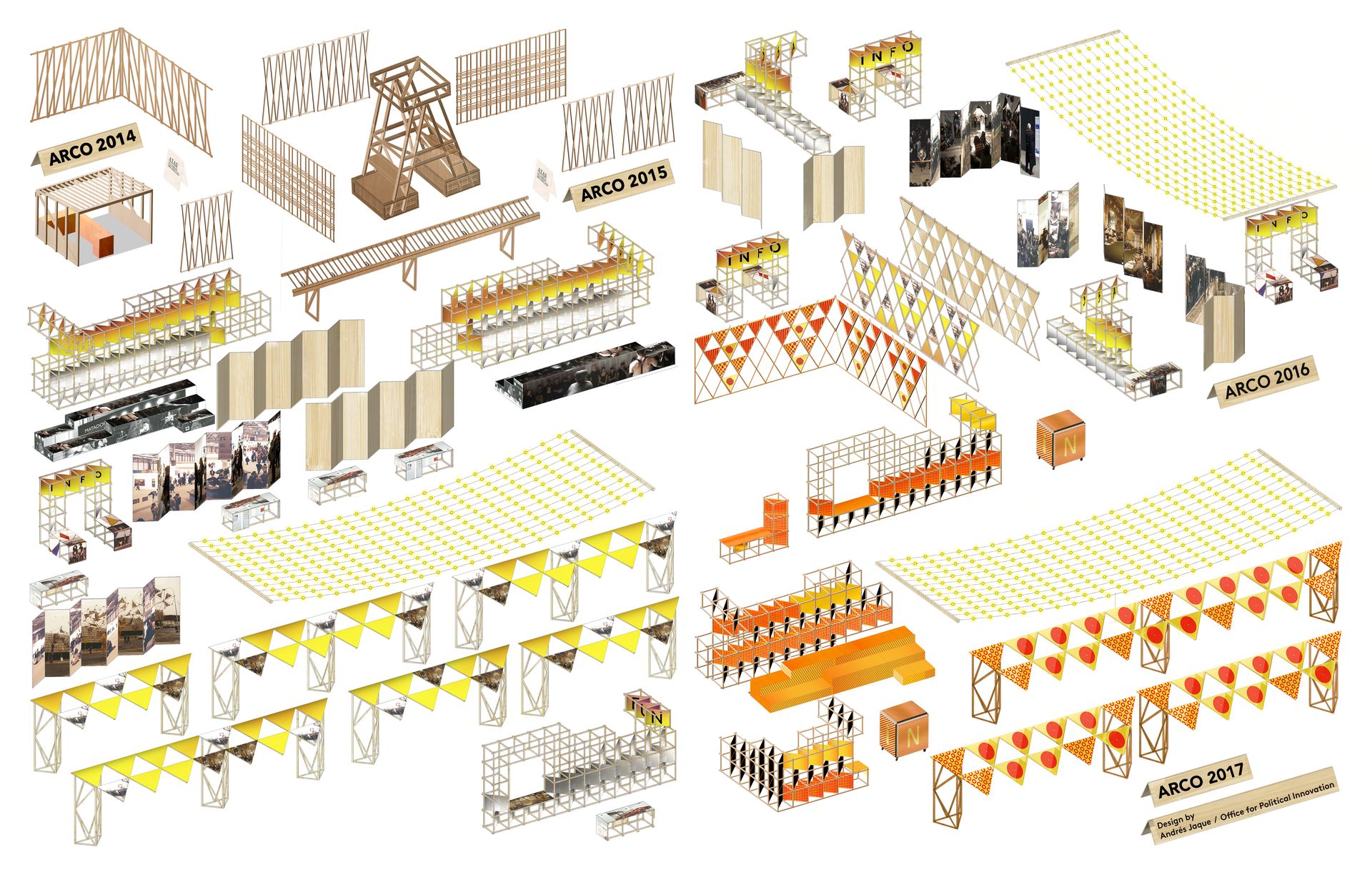
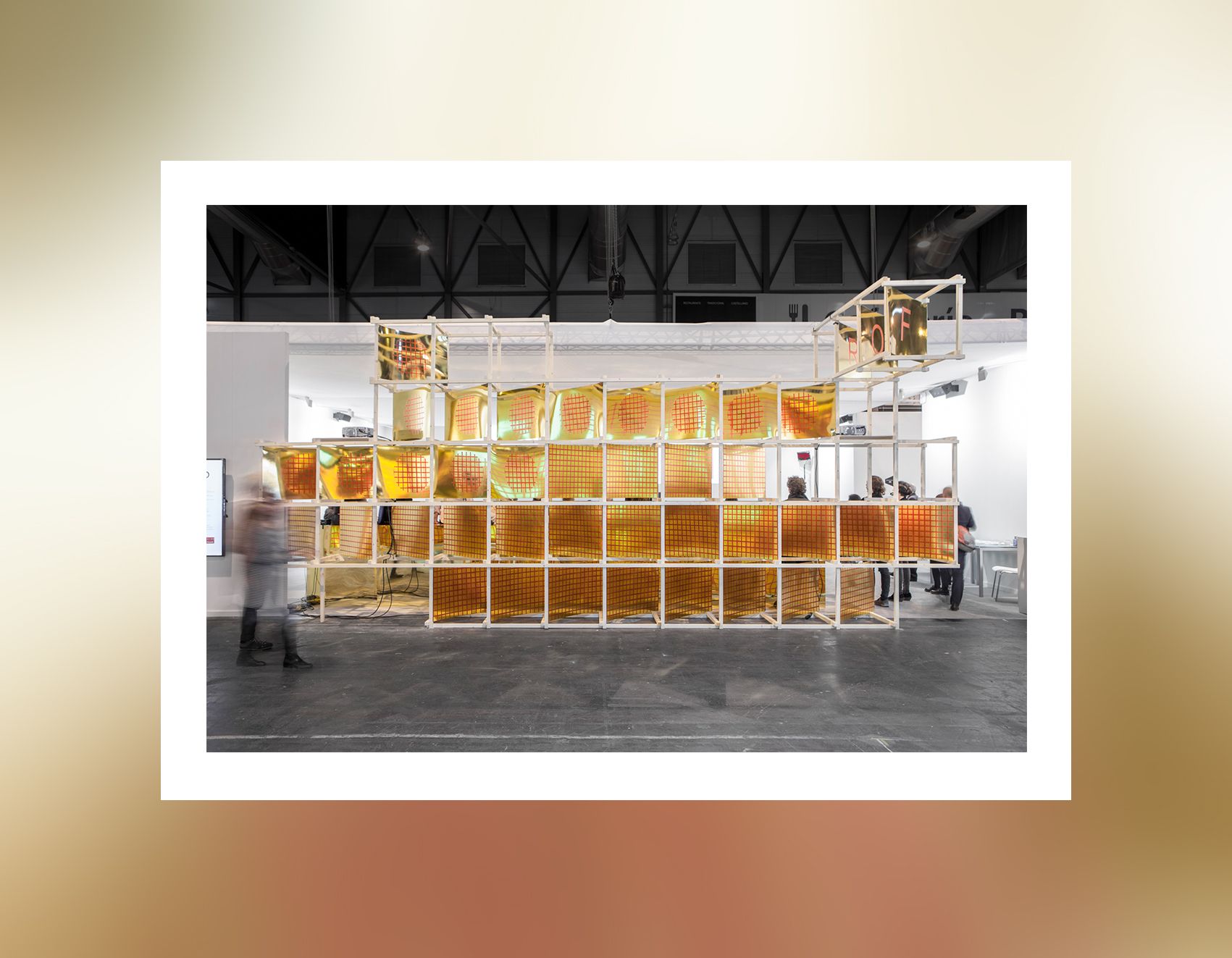
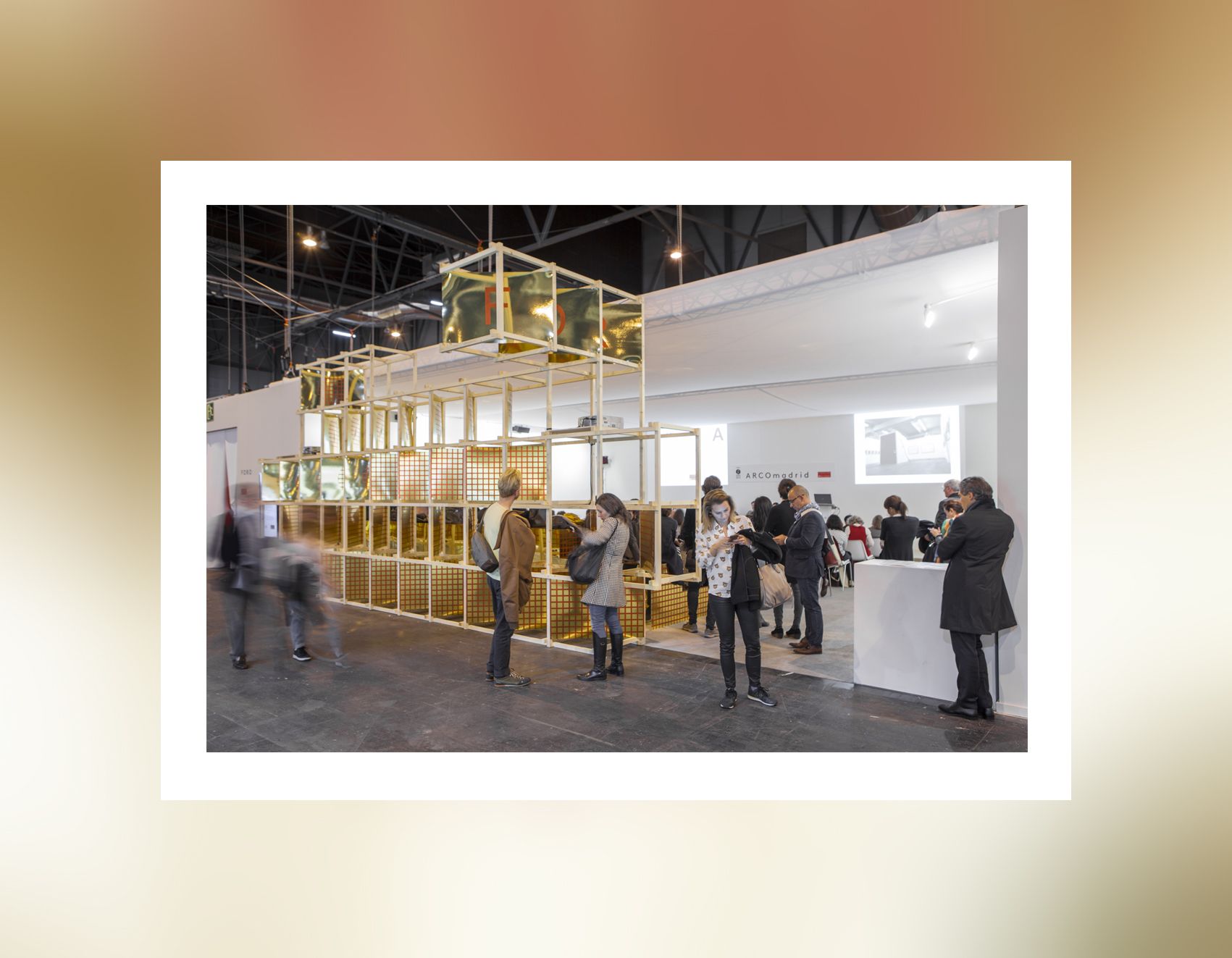
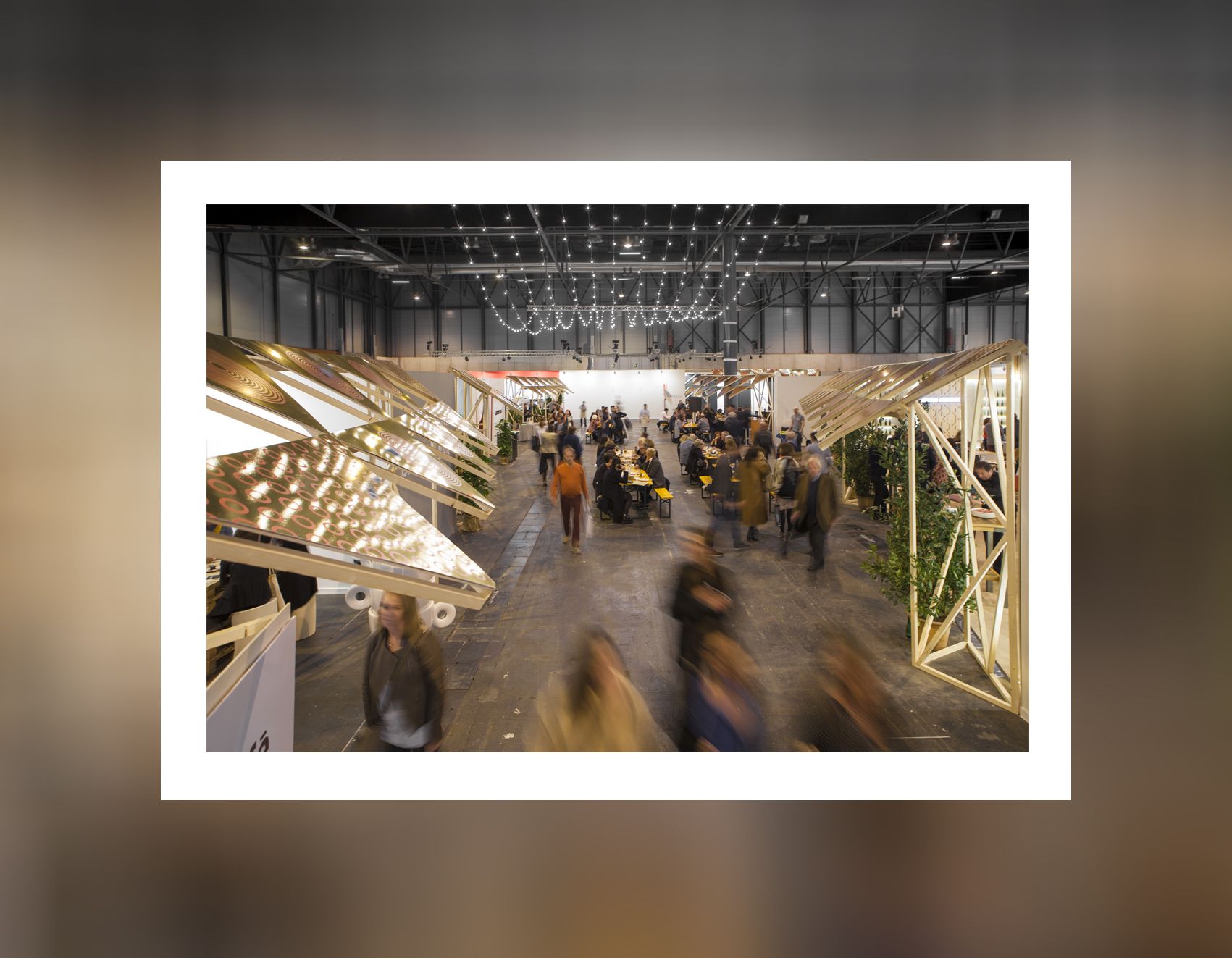
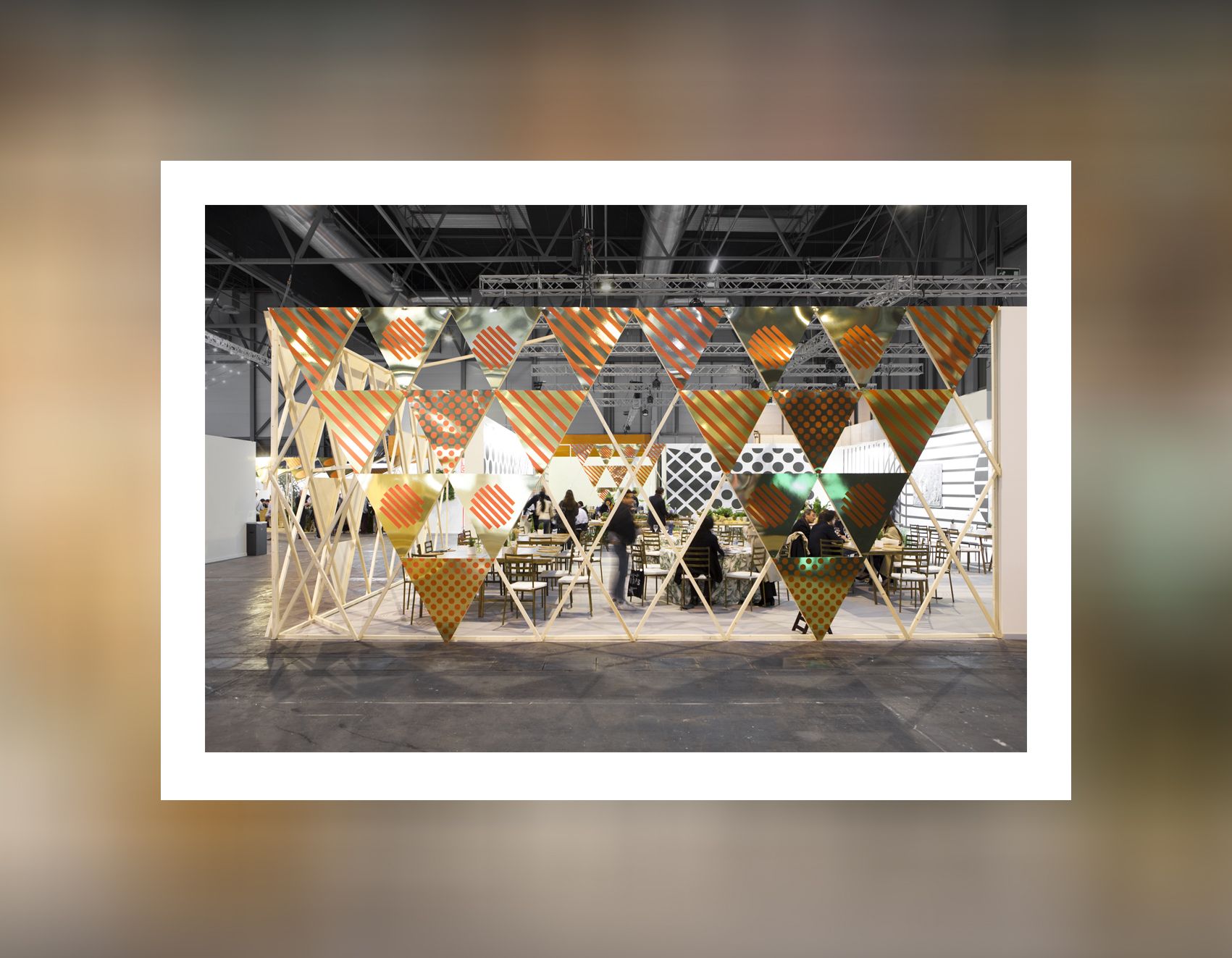
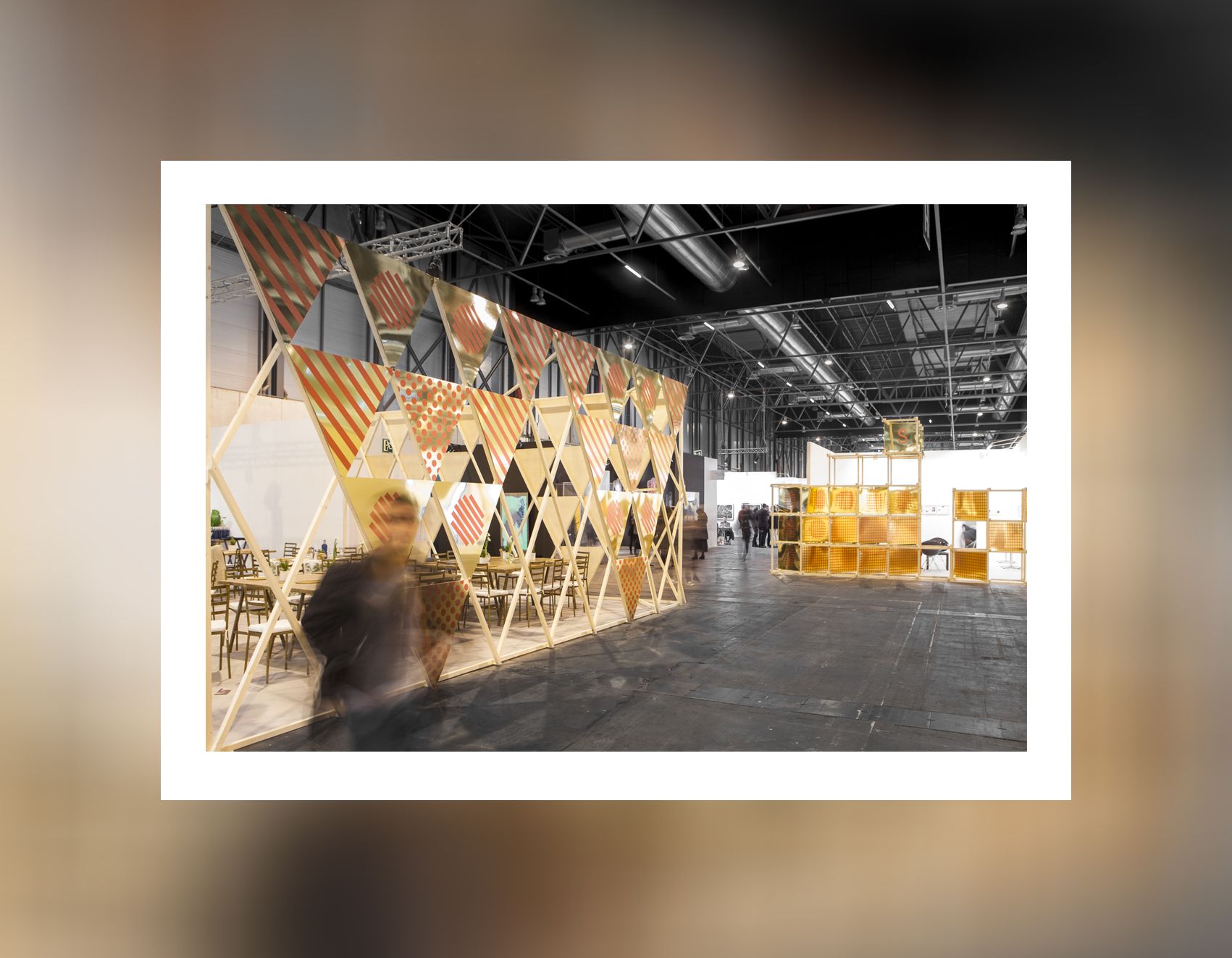
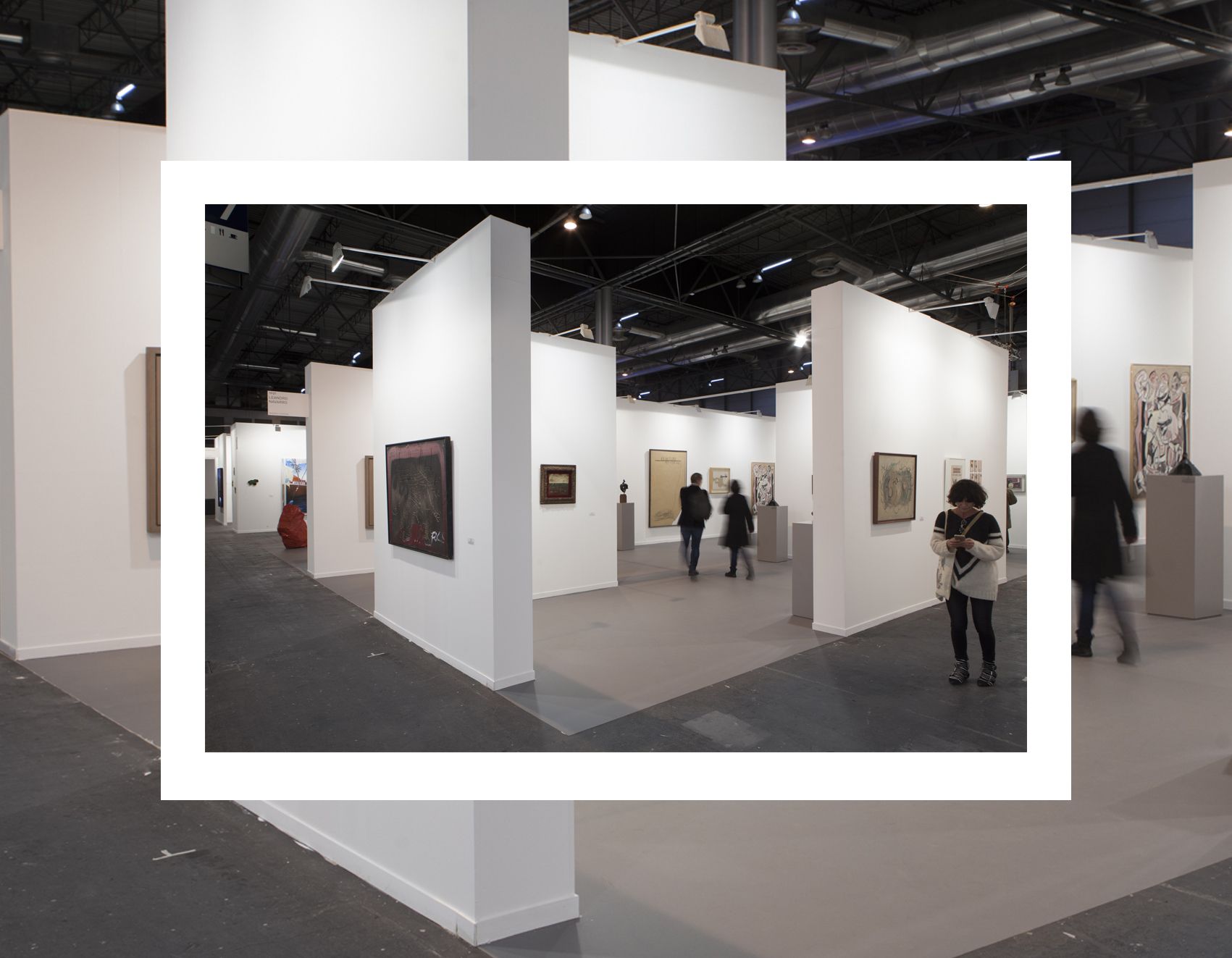
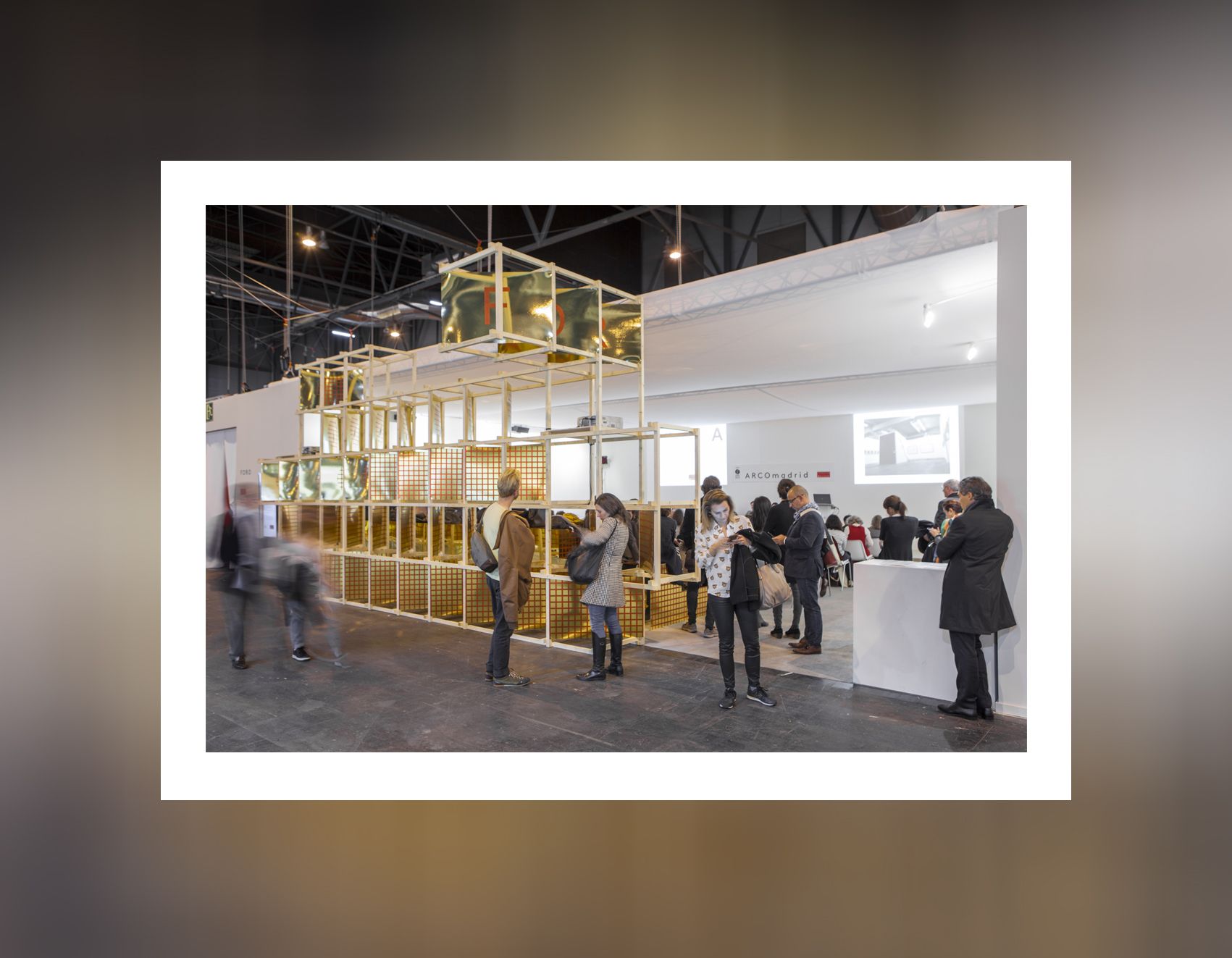
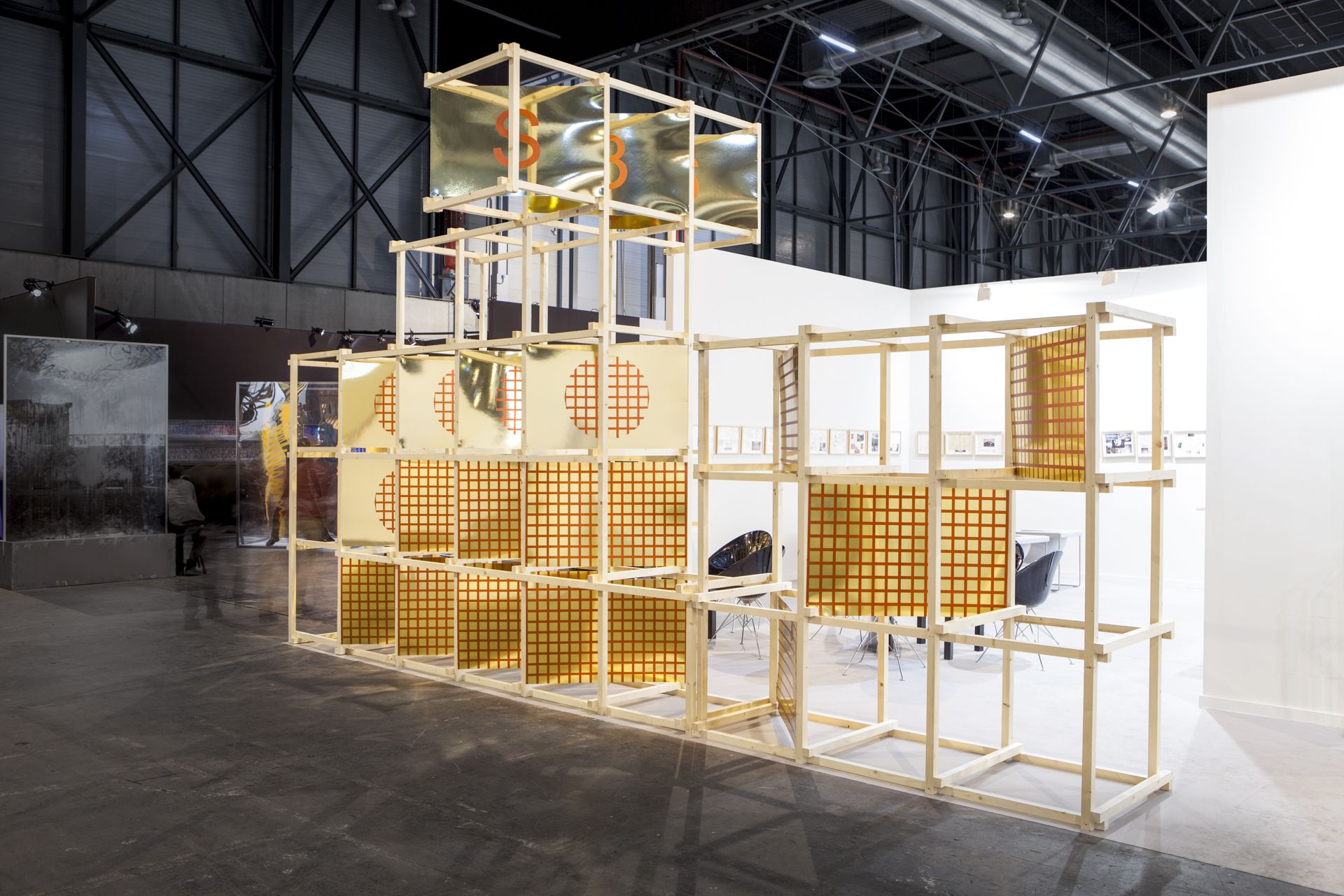

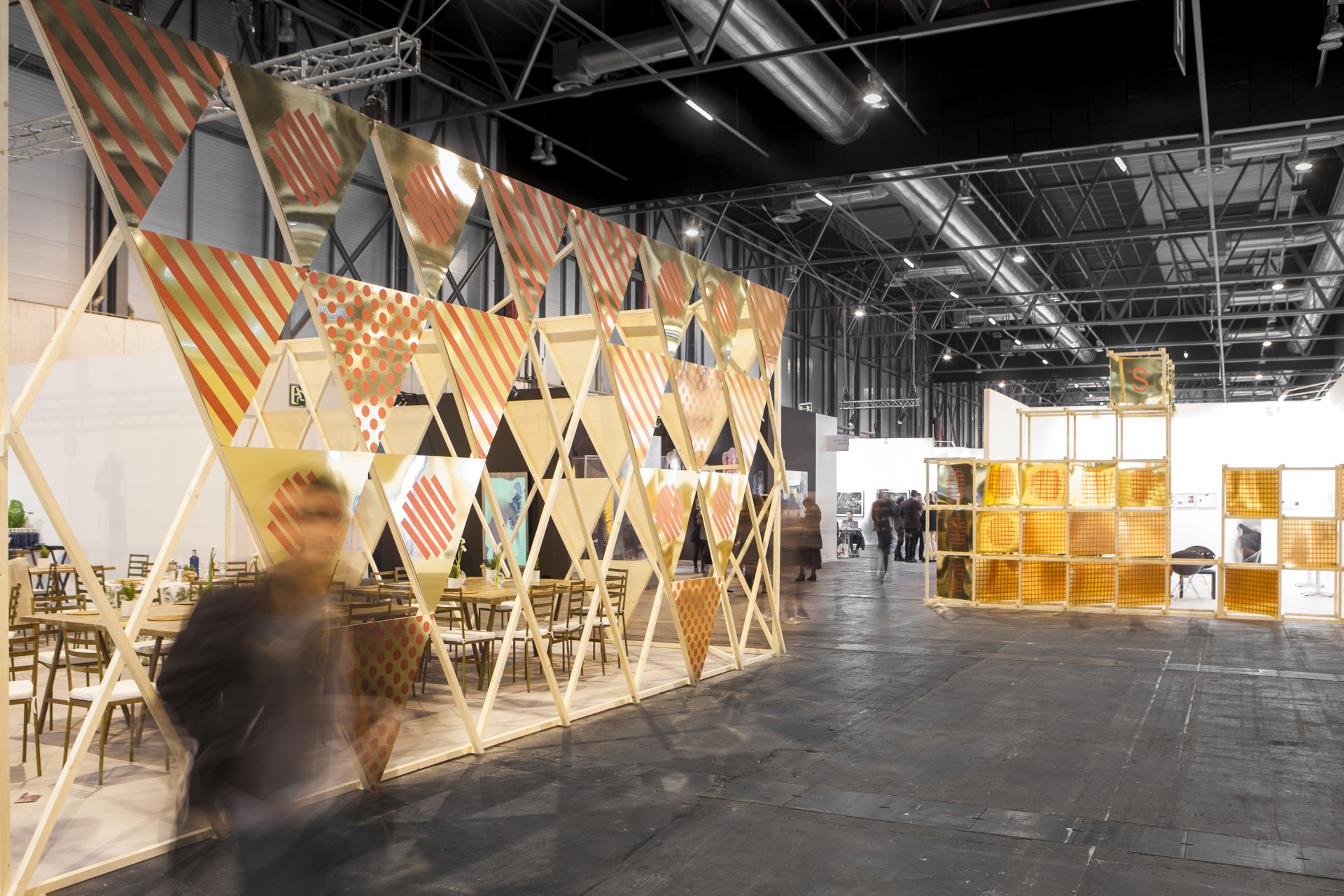

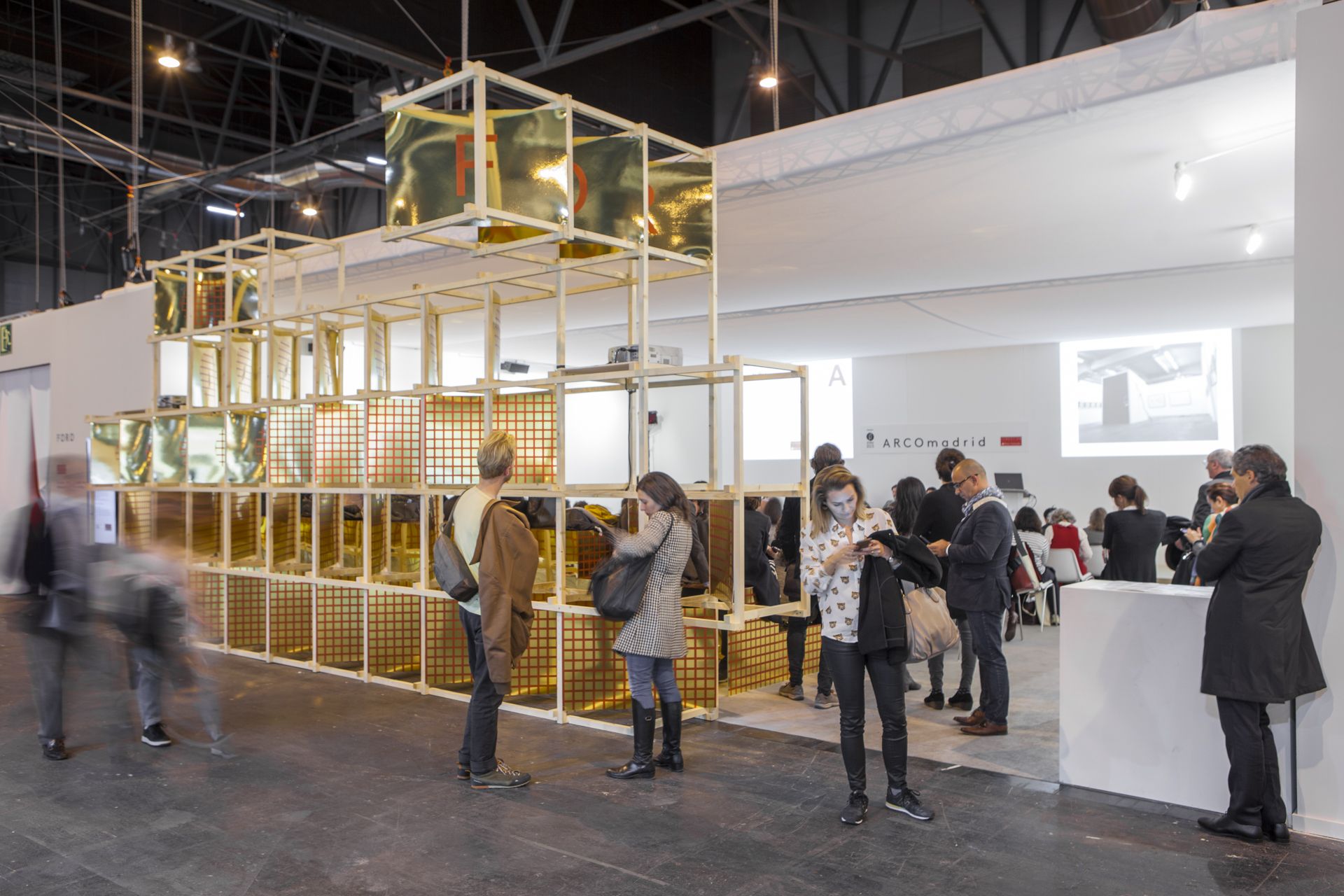
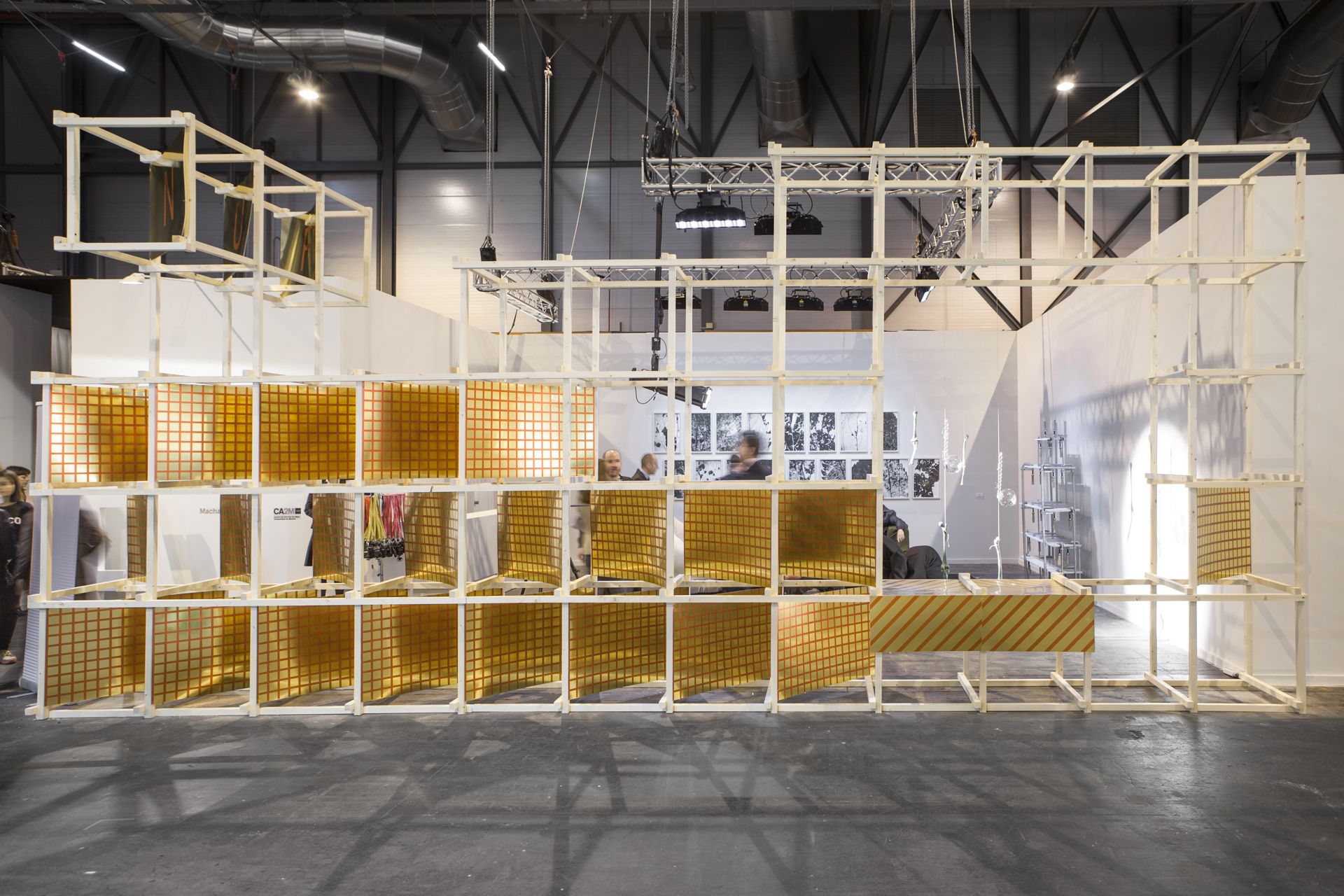
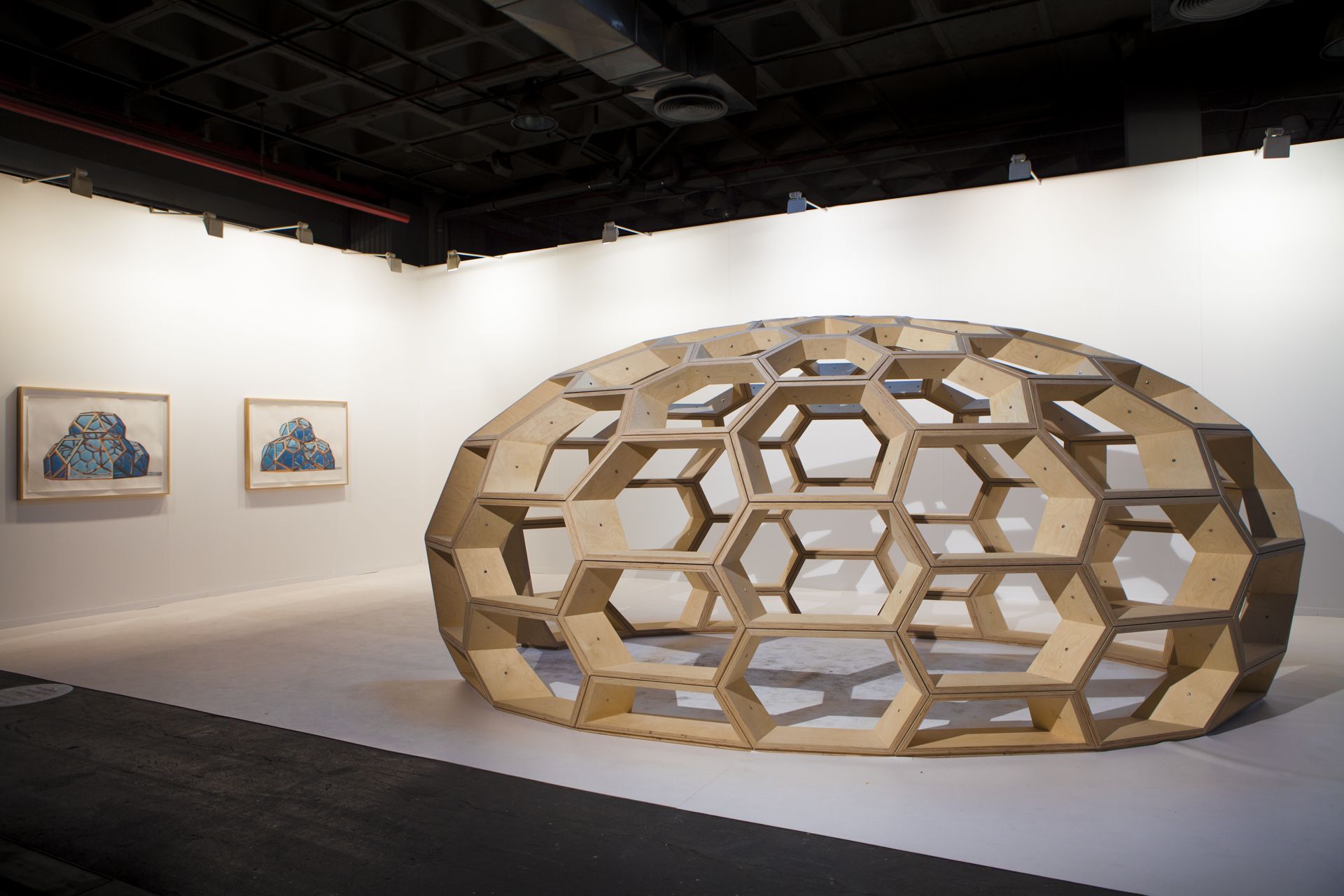
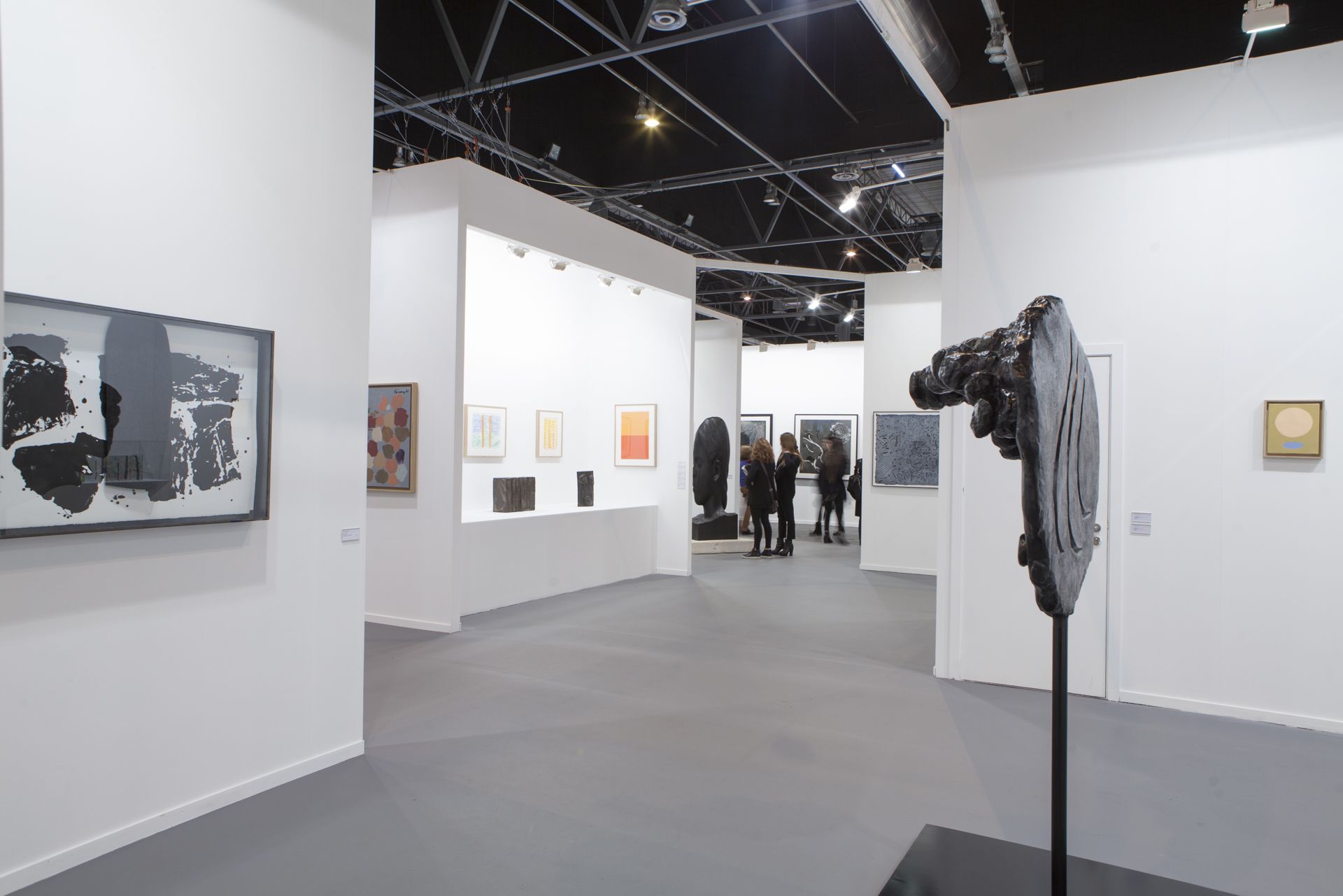

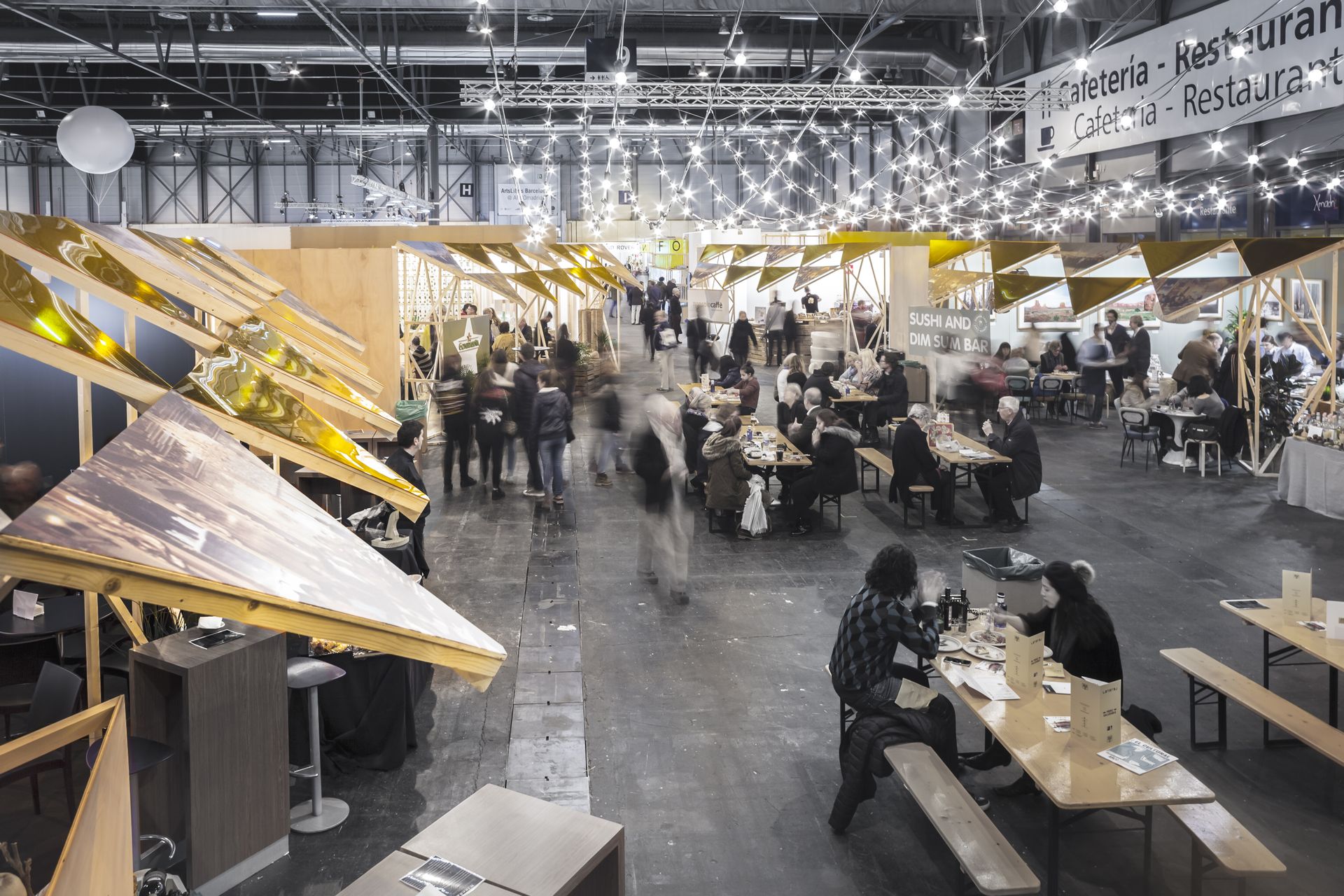
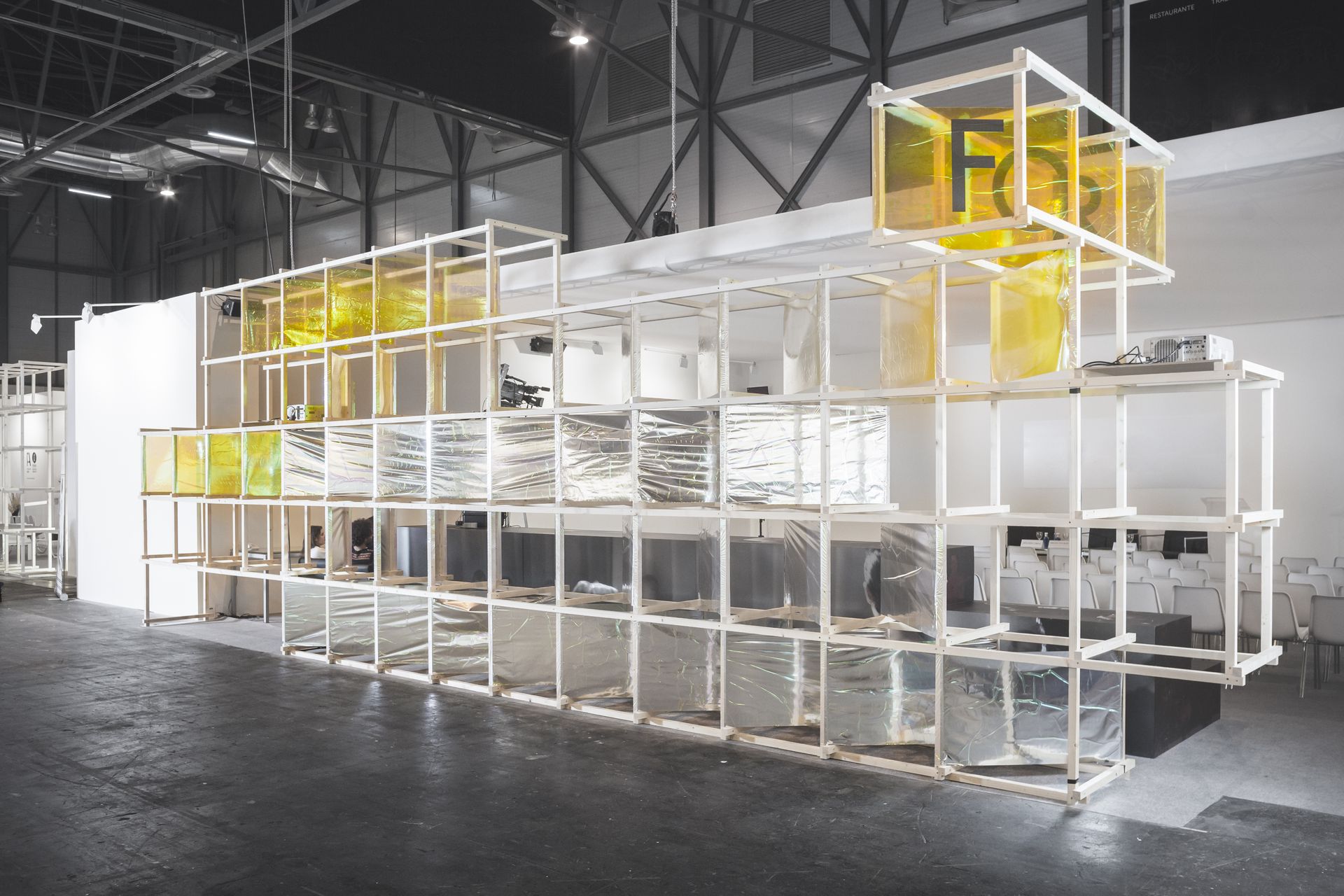
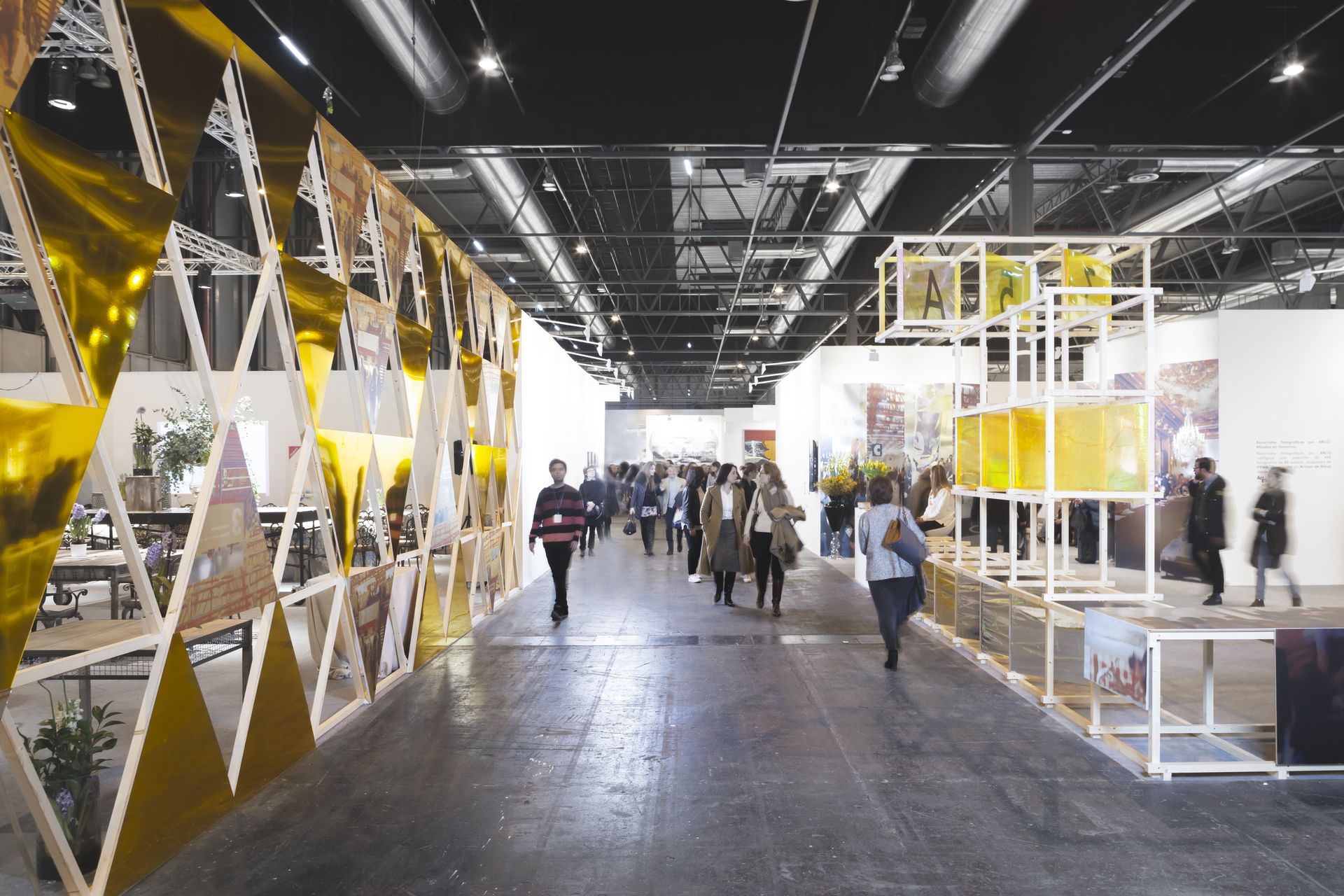
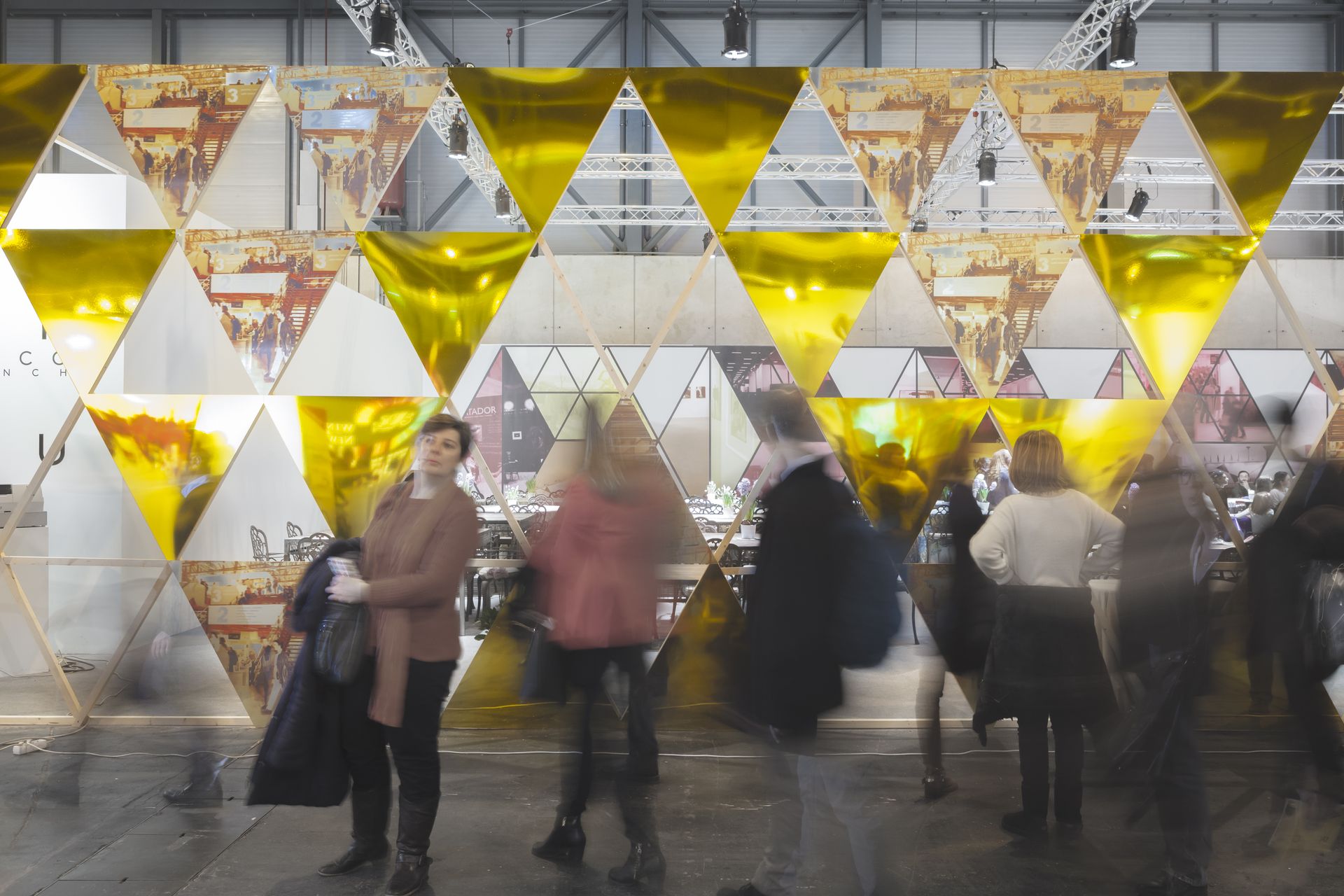
About the project
Skincare is a geopolitical practice. While caring for, cleaning, beautifying, and decorating our skin, we are contributing to the production of territorial transformations in distant locations: quarries, when we use mineral-based make-up; sheep farms, when applying collagen or elastin-based lotions; and laboratized animals, when using animal-tested products.
Cosmetics long ago ceased to be understood only as the concealment of discredited aspects of our body, such as age or illness. The delicate exposure of the hidden geopolitical extensions of our body and the political discussions they prompt are the ultimate form of bodily decoration. SKIN GARDENS is a collection of geopolitical jewelry, meant to decorate the skin with images of the territorial transformations that cosmetics participate in.
Credits
Andrés Jaque / Office for Political Innovation
Production
Adeline Ruiz
Research
Karin Rangel
Graphic design
Karin Rangel, Natalia Solano
Animation and exhibition
Natalia Solano
Fashion Designing
Amaya Scola
Model
Bimba Bosé, Charlie Centa y Lluvia Rojo
Sewing
Dolores Jabonero
Hairdresser and make-up
Rita Candela
Photography
Miguel de Guzmán
Developer
Mad is Mad Gallery, Madrid

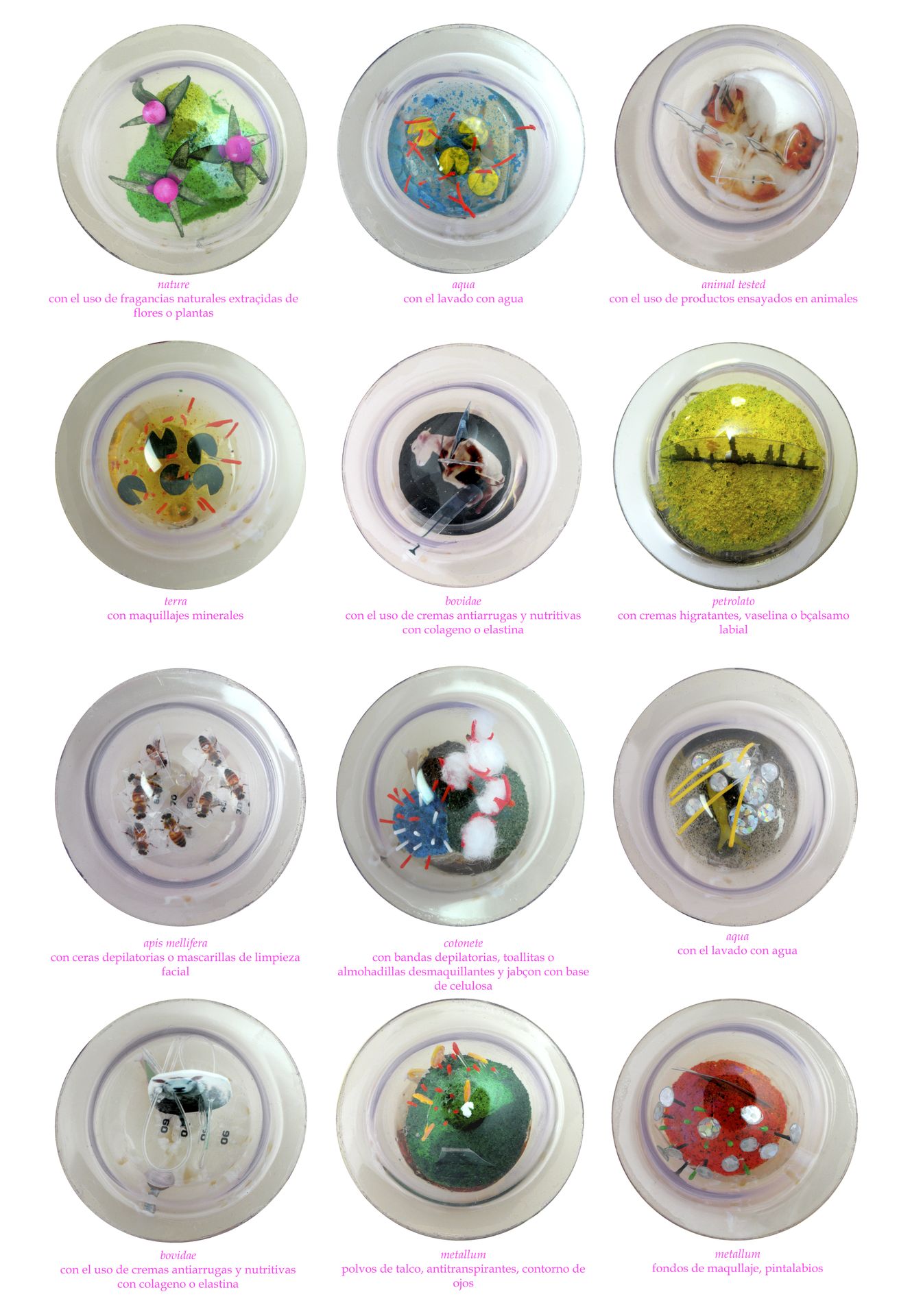

About the project
Hänsel & Gretel’s Arenas is a temporary pavilion that held a number of discussions between children and adults, with the assistance of marionettes, to debate the ethics contained in the tale of Hänsel and Gretel. It was constructed on the roof of La Casa Encendida, the most active cultural center in Madrid.
The structure was composed of more than 6,000 hanging decorative objects and toys, a cloud of colorful light plastic elements, all of them designed originally to awake desires in people of different ages, mass produced by de-located industrial networks. The construction offers a post-market version of the witch’s use of gingerbread cookies to trap the children.
Hänsel & Gretel’s Arenas is Andrés Jaque / Office for Political Innovation’s contribution to the dialogue “La Terraza de Hänsel y Gretel” with artist Federico Herrero, curated as part of the program En Casa by Luisa Fuentes at La Casa Encendida (Madrid).
Credits
Andrés Jaque / Office for Political Innovation
Design and Production Team:
Roberto González García, Paloma Villarmea, Santiago Benenati, William Mondejar, Diego Penche, Daia Stéeová
Children Interaction:
María Jaque
Marionettes:
Carmen Ovejero, Silvia Talacková
Discussion Board:
Elena Casado, Andrés Fernández Rubio, Miguel Mesa, Ruth Toledano
Photographs and video:
Miguel de Guzmán (Imagen Subliminal)
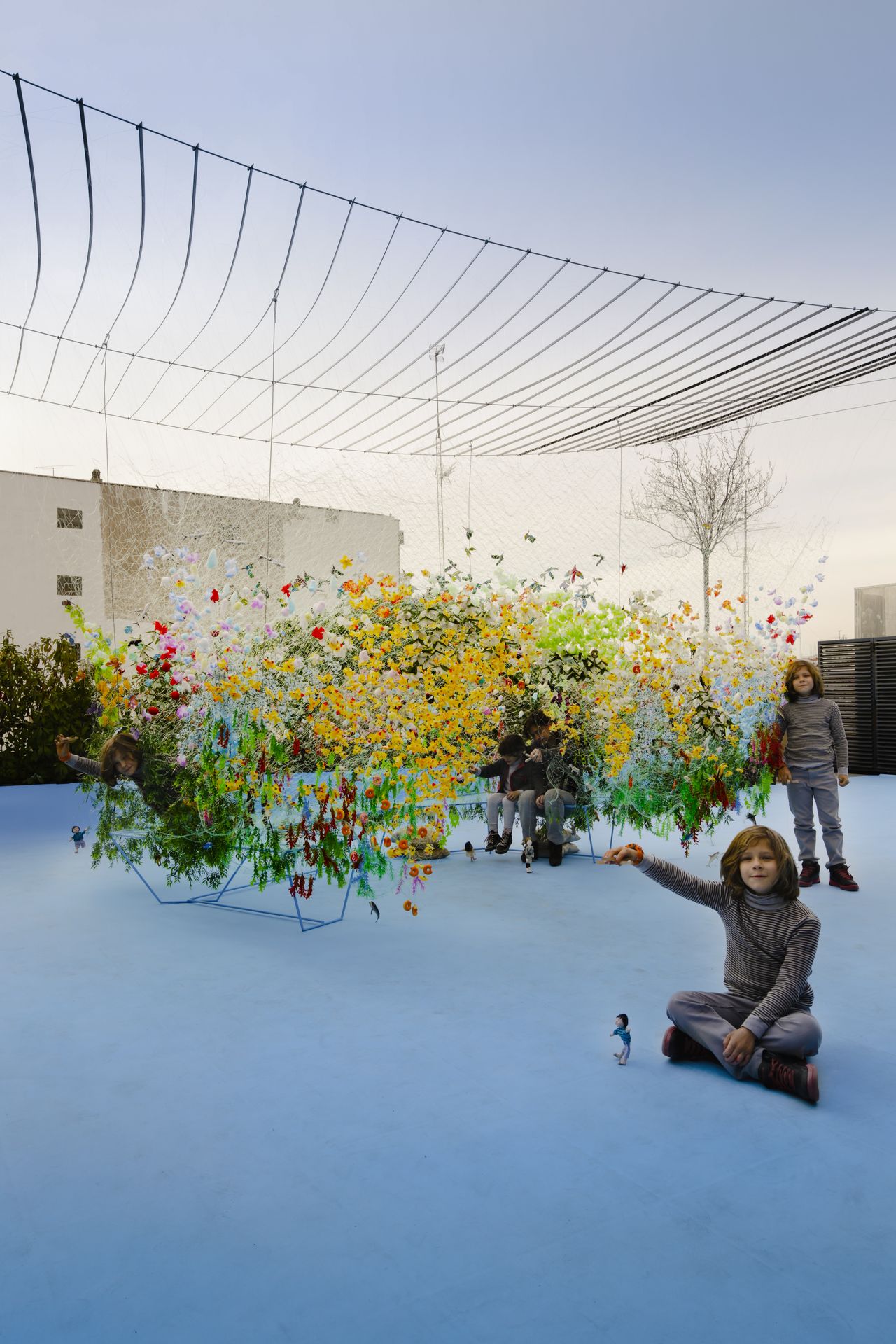
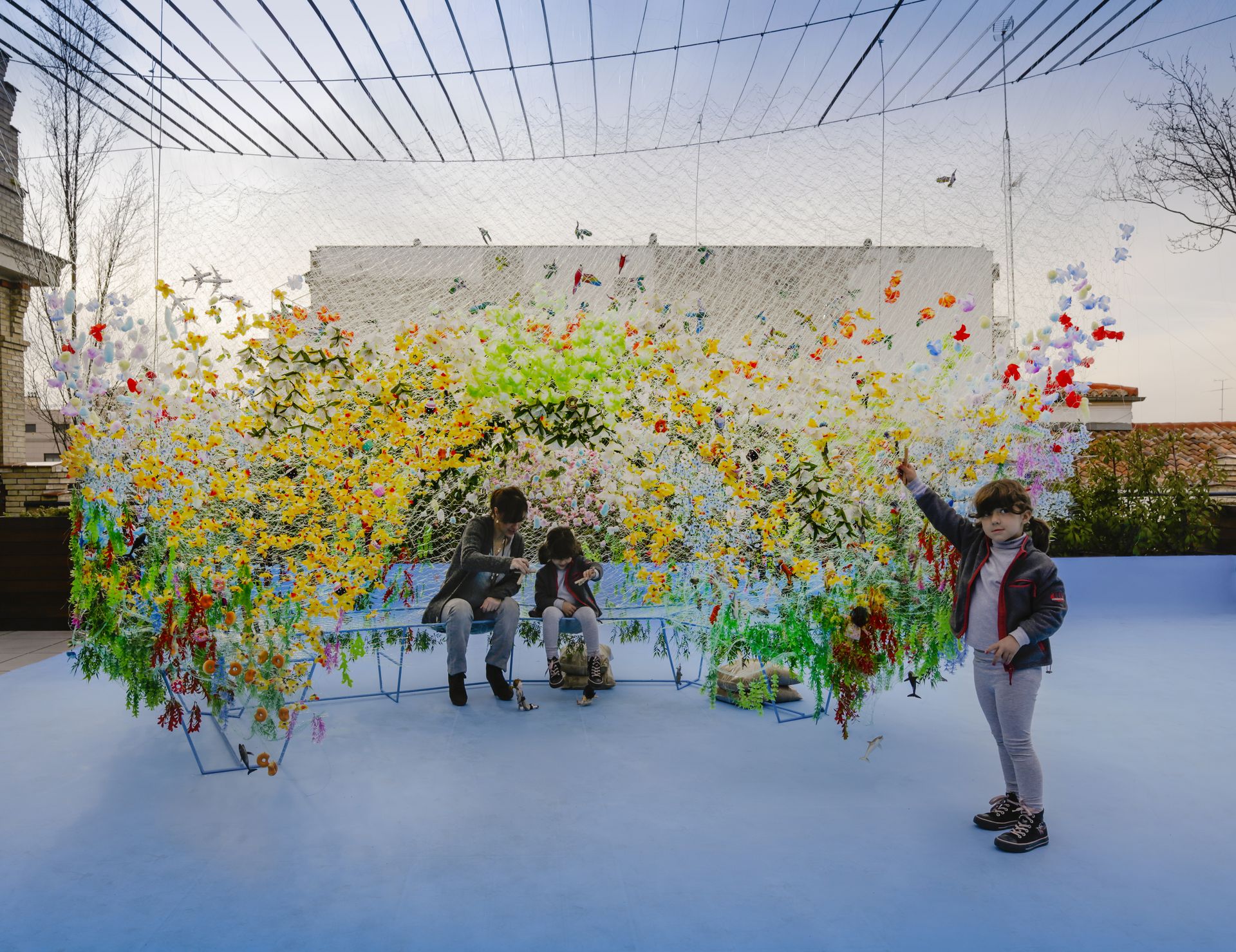
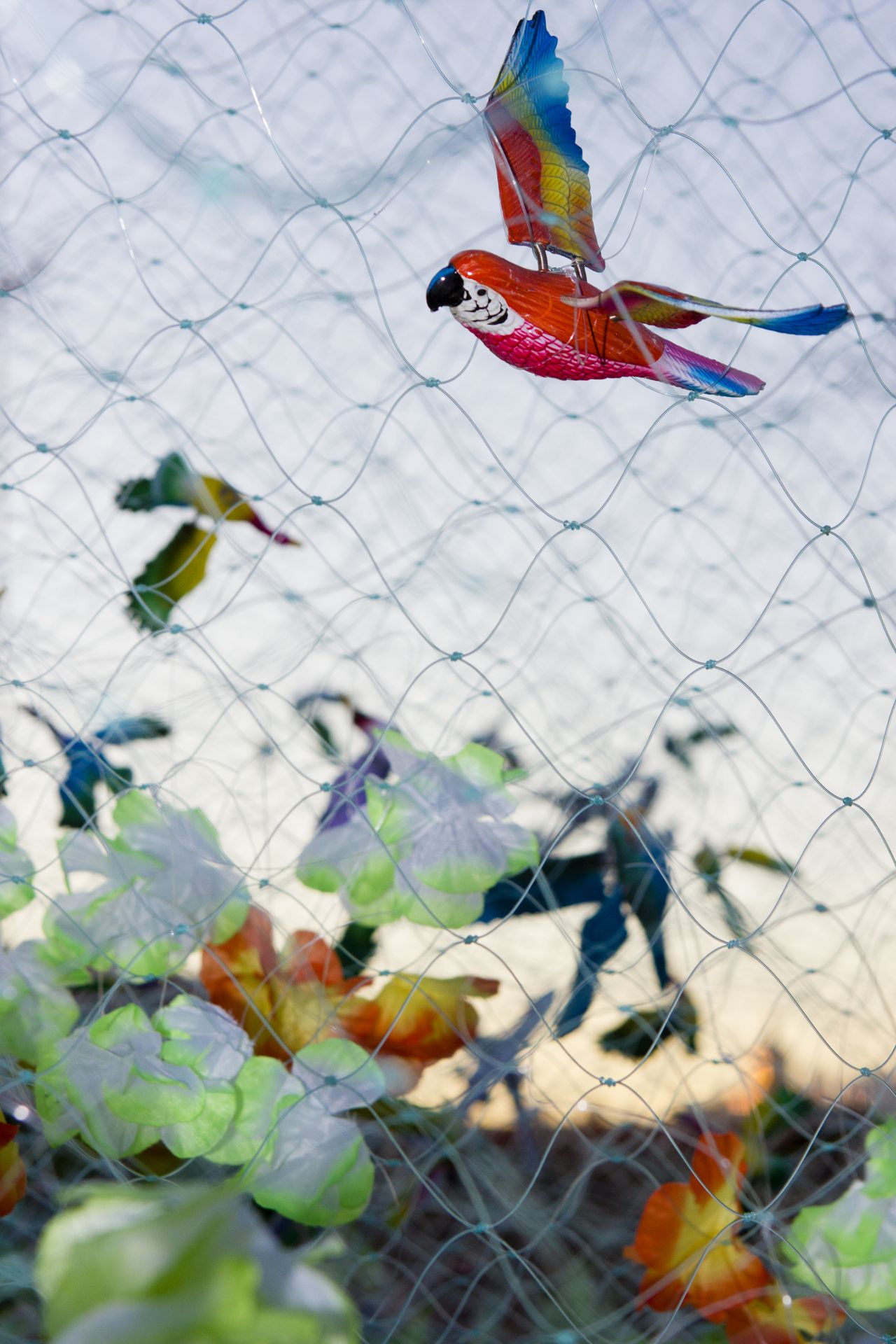
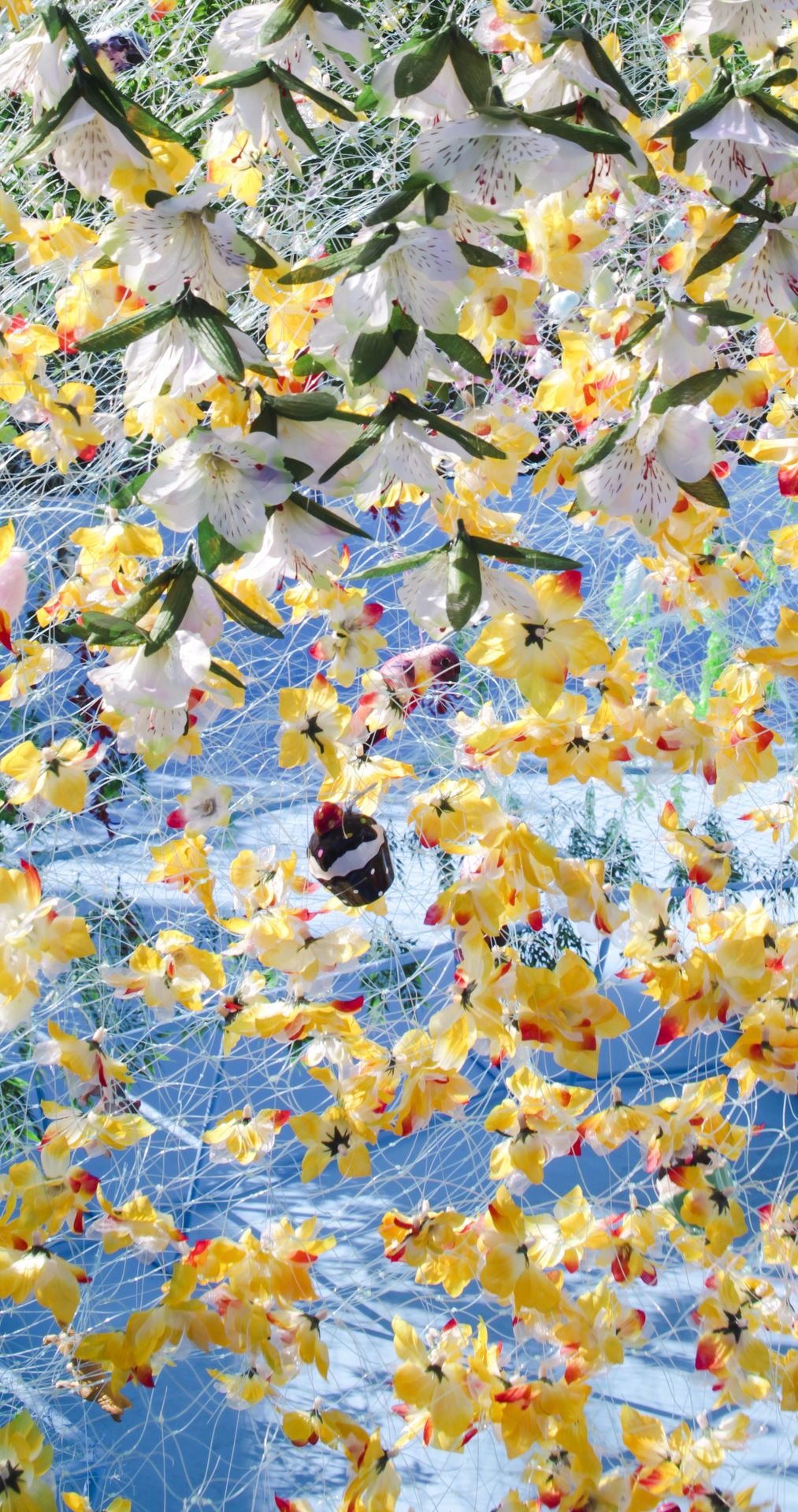
About the project
A contemporary art collector commissioned the transformation of an old building that was part of his country house and that was damaged by fire into a guesthouse to welcome friends from all over the world.
The project stems from three elementary decisions. The first one was to remove all interior partitions. The second was to group the new elements into a system of lightweight connected objects, with a geometry detached from the existing ones and in a playful language. Between the interior façade and the shell of the original building there is a multipurpose space linked to a new terrace facing north. Lastly, the project proposed a radial arrangement around the central space of four precincts, establishing a specific and differentiated relationship with the country house’s garden in each case.
The project reflects the desire to essay the role of architecture in the preservation of the fragile and marginal. Just as the true role of democracy, according to Peter Sloterdijk, is “to spatialize and endow the fleeting and marginal moments with presence,” the house yearns to become a transit point for some of the pleasures that make summer valuable. In short, it is a political architecture for a summertime hedonistic form of familiar democracy.
Credits
Andrés Jaque / Office for Political Innovation
Works direction
Andrés Jaque, Alberto Rey, Borja Gómez
Design, coordination and edition
Alessandro Armelini, Guido Brandi, Borja Gómez, Diana Hernández, Leandro Morillas, Frederique Paillard, Jorge Ruano, Alberto Rey, Adeline Ruiz, Natalia Solano
Services consultant
Nieves Plaza
Structures consultant
io7
Quantity surveyor
David Márcos, Calle 41
Sociological research
Pablo Hurlé
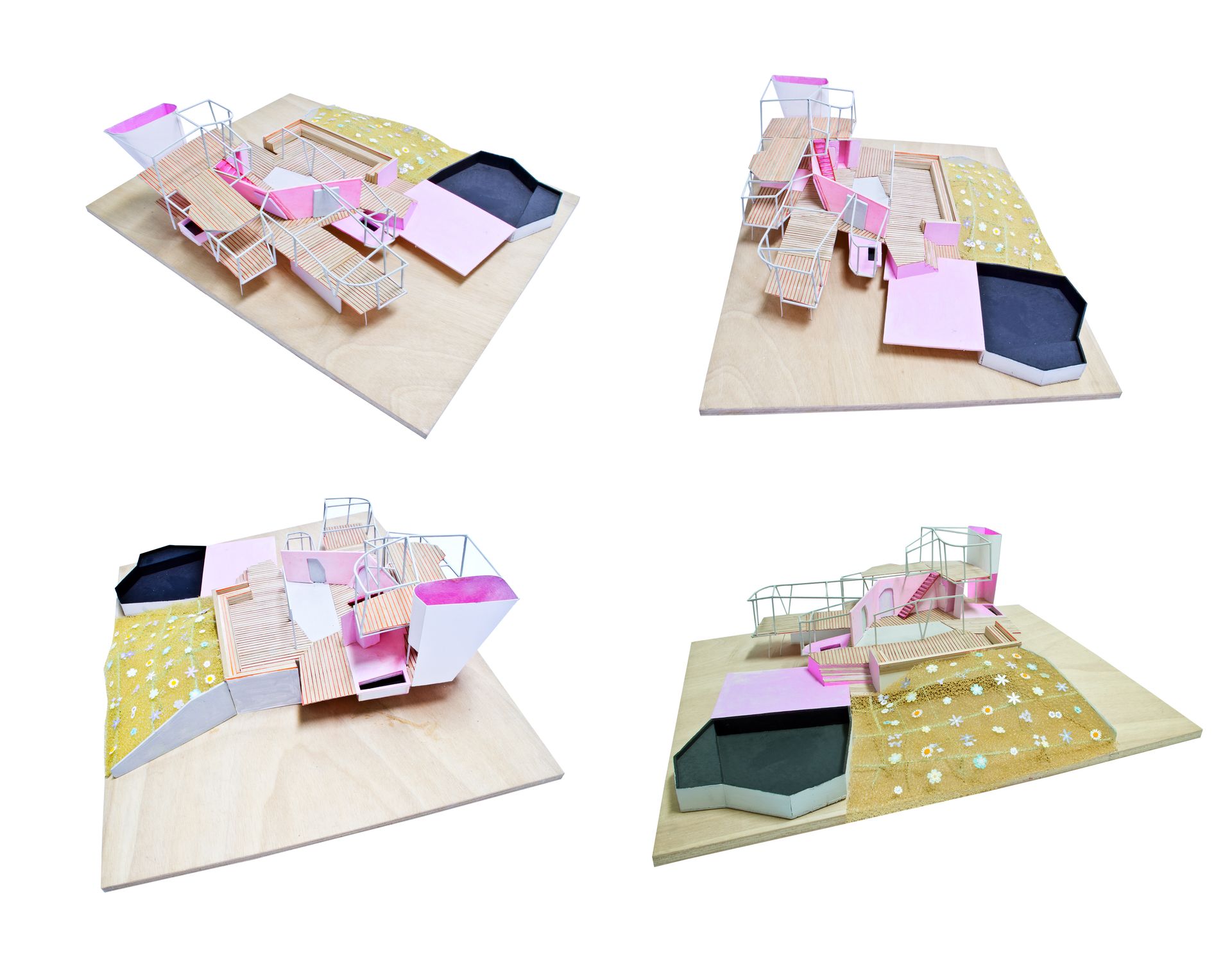
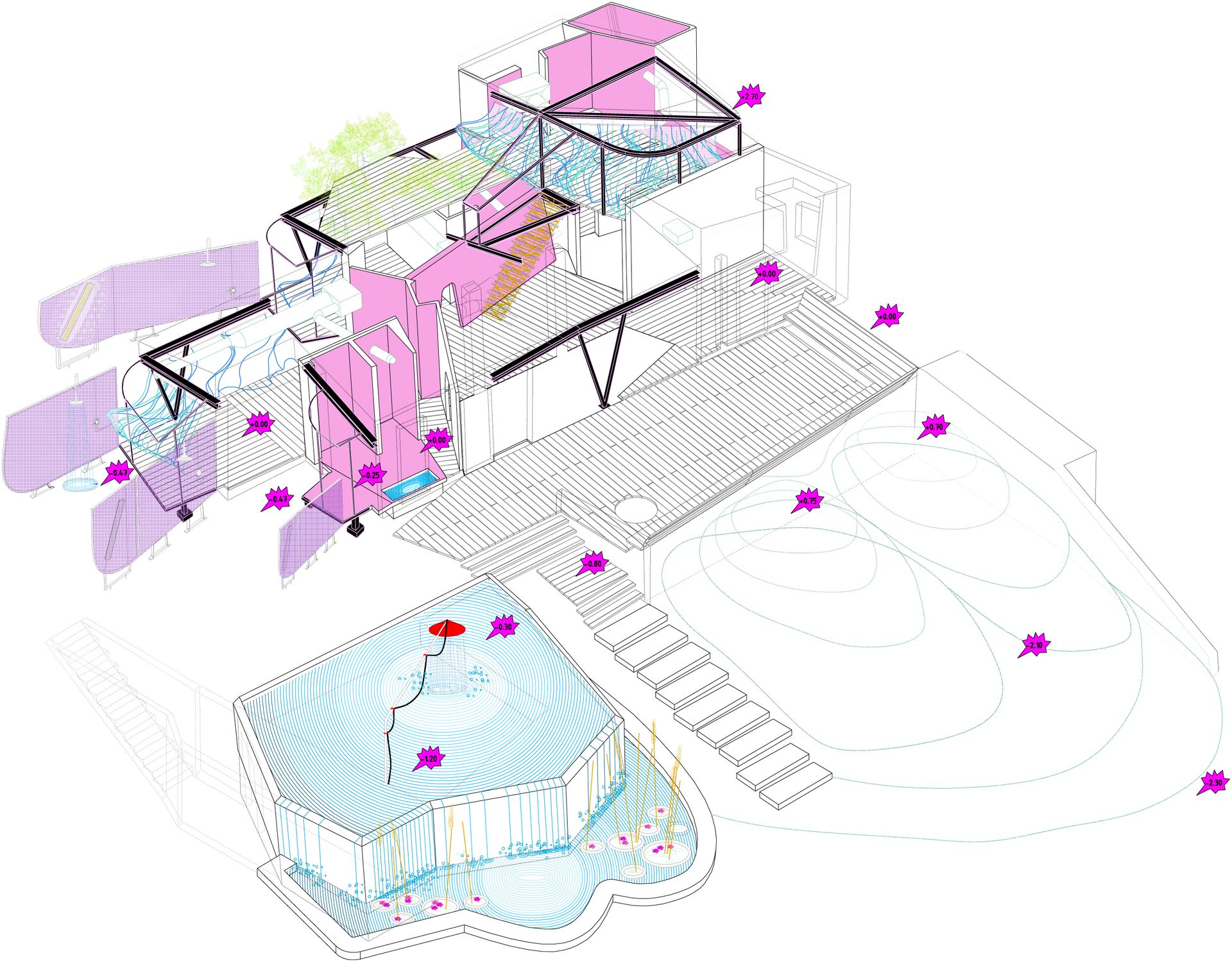
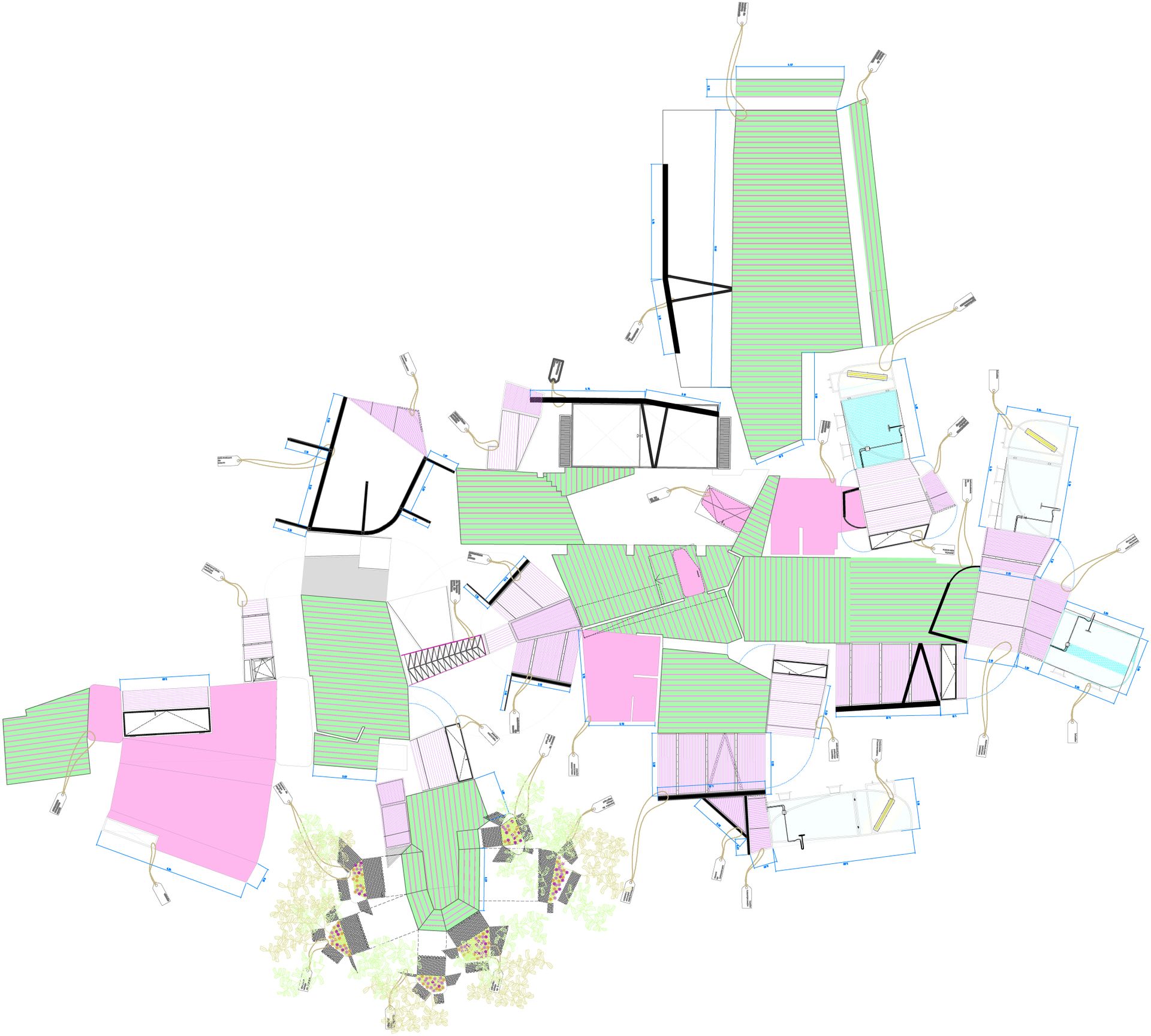

About the project
The postal service brought to Colombia a democratic connection within itself and to the world. The Museo Postal de Bogotá is not an exhibition, nor a container, but the recreation of the world since the time the postal service was founded.
A central part of the intended exhibition is constituted by an impressive collection of historical stamps. The designs of the different stamps comprise the contracts that made it possible to dynamize a whole territory, as well as the images that, printed on the stamps, produce the collective memory of the world the postal service dynamizes.
The Museo is structured around the networked geography the postal service was created to serve. Each node gives access to an intersectional accumulation of artistic, historical, social, and technological reconstructions of the complexity in which that node takes part.
Credits
Andrés Jaque / Office for Political Innovation
Carlos Hernández Arquitectos
Coordination, design and edition
Luca Moscelli, Teresa del Pino, Pedro Pinto Correia, Jorge Ruano, Andrés Toro, Antonio Yemail
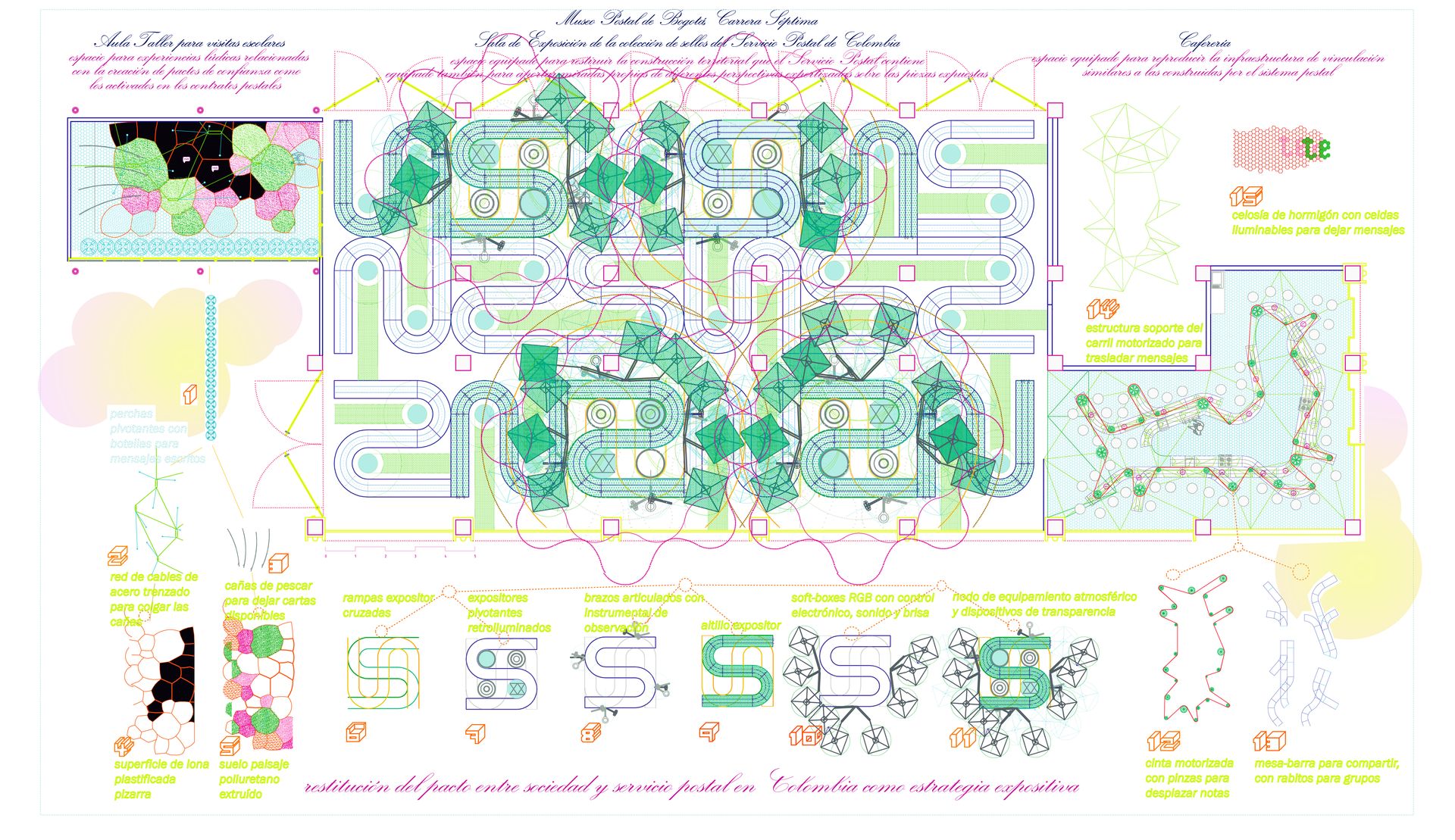

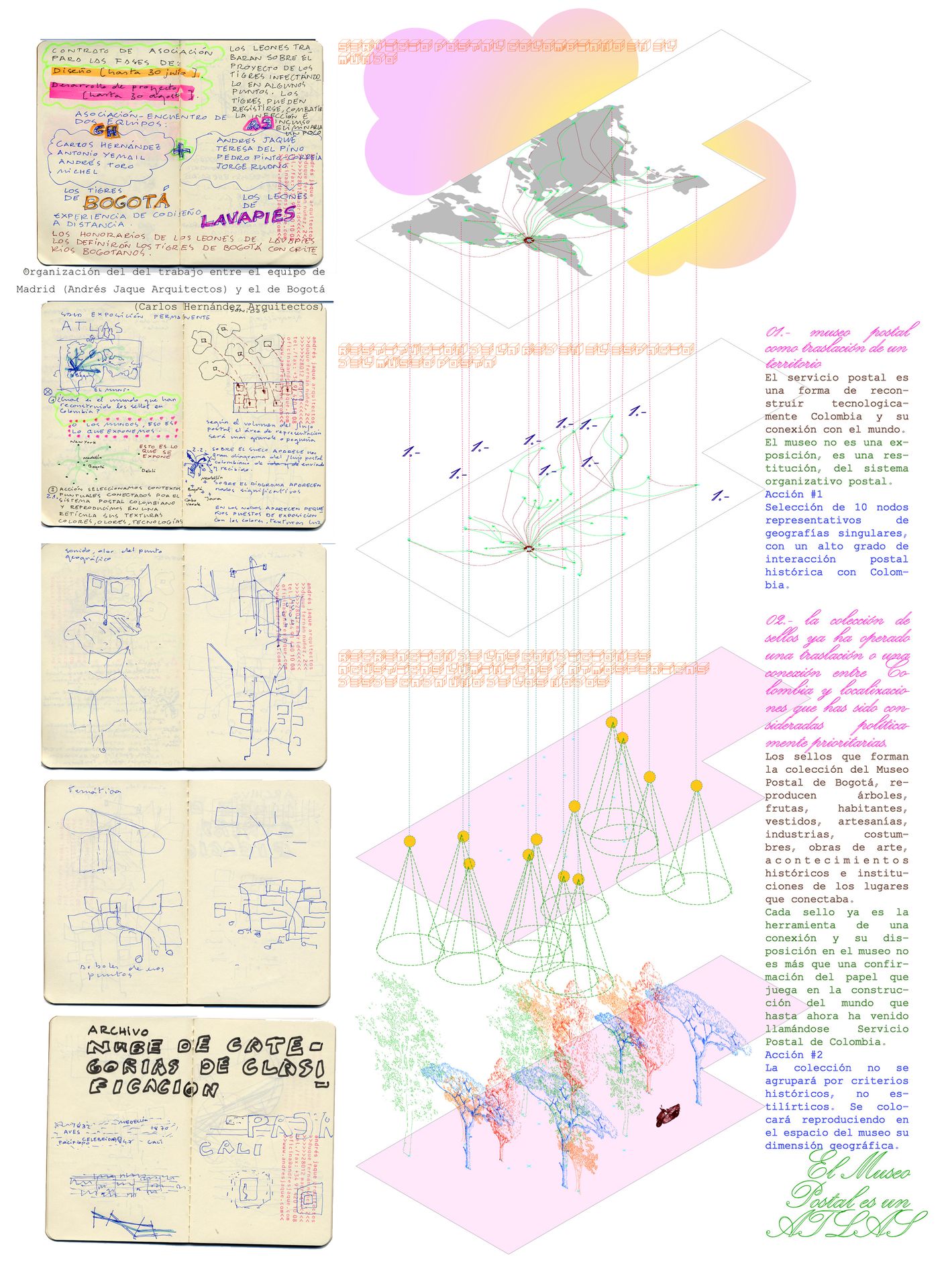
About the project
Pornified Homes is a video installation showing the way the British colonial project of installing sexualized specimens of the Victoria Amazonica water lily in aristocratic domestic compounds, still remains in the way Brazilian male sex workers occupy a network of residual backyard homes in Central London’s most exclusive locations. This project was produced with the support of the 2016 Oslo Architectural Triennale entitled After Belonging and was exhibited there for the first time.
“Brazilian” is the number one search at Sleepyboy.com (the number one UK male escort website with 686,565 annual users). Pornified Homes examines the constellations of online male prostitution, and the architectural media by which they exist. An urbanism made of escorts’ apartments, online profiles, district transformations, and bodily reconstructions has been founded on the colonial tradition by which Amazonian ecosystems were comprised as exoticized components of aristocratic domestic environments.
Credits
Andrés Jaque / Office for Political Innovation
Videoinstallation presented for the first time at the Oslo Architecture Triennial 2016: After Belonging.
Research
Andrés Jaque, Paola Pardo-Castillo, Roberto González, Laura Mora, Julie Klovstad, Michael Nathan
Audiovisual production and edition
López Conde, Eduardo López, Elena González
With the special collaboration of
Carlos Magdalena, Bruno Santos, Marco da Silva, Rafael Montes
Voice-over actress
Elizabeth Sanjuán




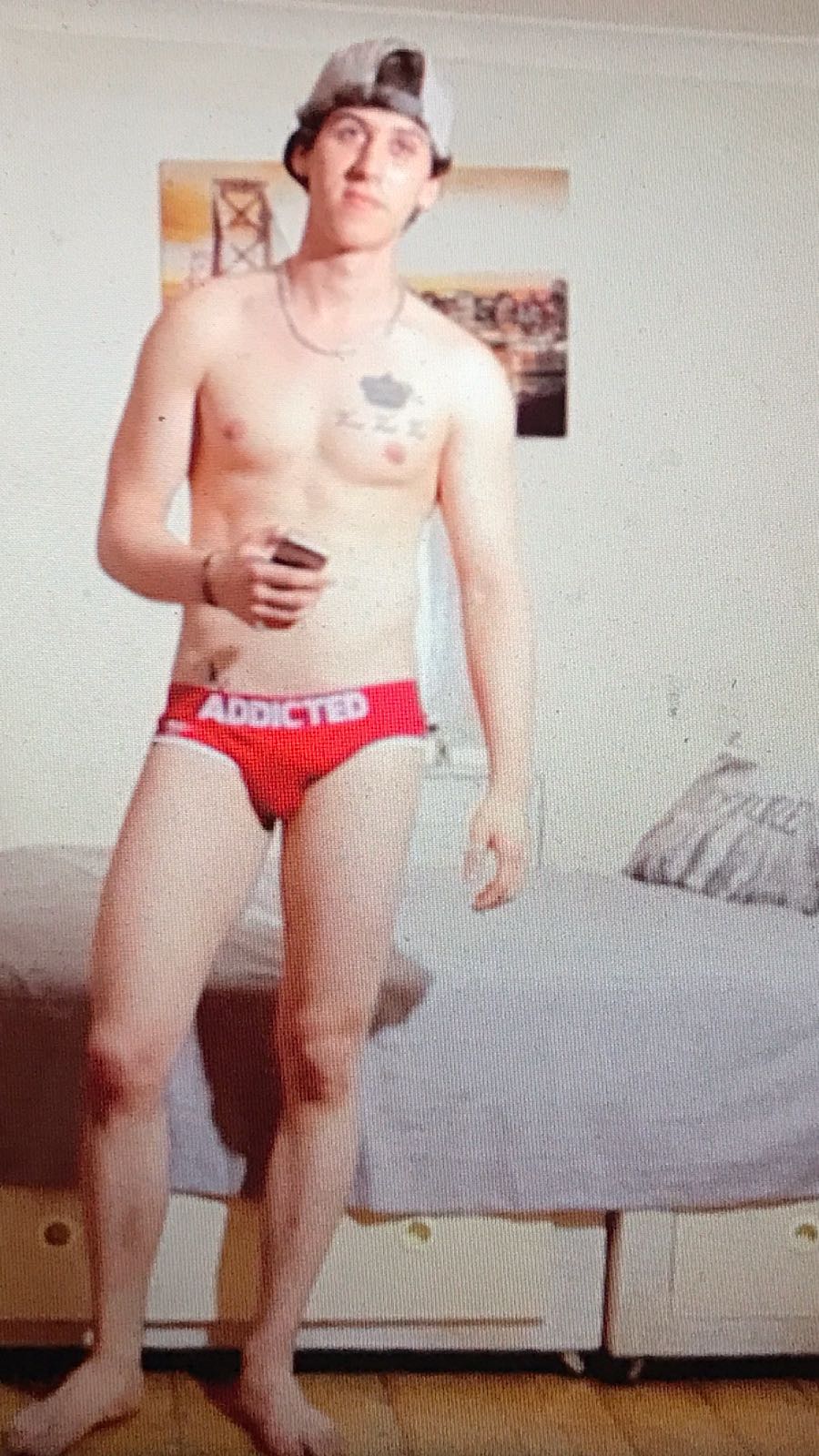

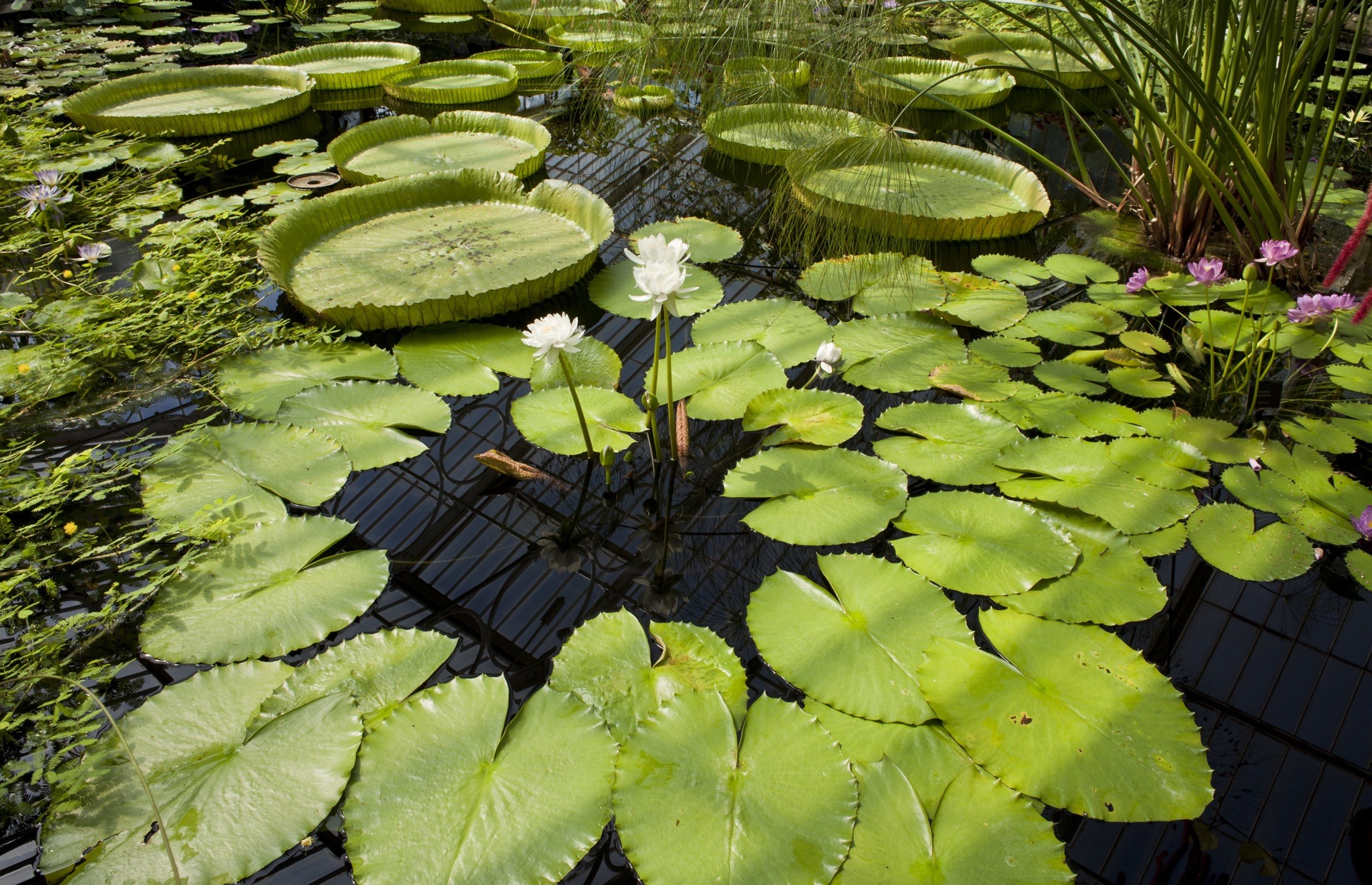
About the project
Andrés Jaque and the Office for Political Innovation’s work redefines the political status of architectural materiality. Rather than focusing on isolated objects, their work explores daily life as the result of the interaction between multiple entities, operating at different scales and temporalities. Bodies, buildings, social media, vegetal species, and natural resources are ensembled in shared projects to which architecture, as a political practice, contributes through intervention, empowerment, rearticulation, disobedience, and confrontation. In the Office’s work, matter is a multiple, interscalar, and performative reality: a “transmateria,” resulting from the displacement from the bodily to the territorial, from the biological to the geographical, from the offline to the online. Domestic environments, rather than working as places of sweet familiarity, become arenas of difference. In cosmopolitical compositions, different species negotiate the terms of their coinhabitance. Strategies for the public to install itself in the contemporary networks where power happens or to gain an agency in dynamics that are impossible to govern become, in the work of Andrés Jaque and the Office for Political Innovation, opportunities to explore specific forms of political action.
Installed at the intersection of design, research, and activism, the Office’s work is based on the unveiling of the mechanisms that make architecture operate as an agent of exclusion, in order to then propose strategies and devices capable of challenging these mechanisms. Historical architectural works, such as Mies van der Rohe and Lilly Reich’s Barcelona Pavilion or Charles and Ray Eames’s Powers of Ten, are reconstructed in the work of Jaque and the Office for Political Innovation in order to reveal the conflicts and dependencies that the original projects concealed. In the same way, designs such as the House in Never Never Land, COSMO, Escaravox, and the Plasencia Clergy House reorganize the societies they participate in, so that these projects can act within the tensions and controversies they are part of.
Architecture does not accommodate the societal; architecture is, itself, society. The Office’s work makes the claim that architectural devices are equipped with a specific political agency: a form of political autonomy by which the dimensions, the qualities, the ensembles, and the performances that architecture contributes to setting into play constitute themselves as bodies and societies. However, this agency is not absolute, but one negotiated with all the other entities participating in the construction of daily life.
‘Transmaterial Politics” presents a selection of the work developed by Andrés Jaque and the Office for Political Innovation, organized around four constellations of projects, each gathering multiple formats and methodologies to explore the ways that architecture participates in four notions of the political: Sweet Domestic Arenas, Cosmopolitics, Performing Publicness and Sex and the So-Called City.
Credits
Organized by:
Ministerio de Educación, Cultura y Deporte. Subdirección General de Promoción de las Bellas Artes
Curated by:
Ariadna Cantis
Coordination:
Mariflor Sanz
Exhibition Design:
Andrés Jaque / Office for Political Innovation
Project Leader: Roberto González García
Laura Mora, Paola Pardo-Castillo, Valentina Marín, Letizia Ferolla, Marta Jarabo, Pablo Maldonado, Solé Mallol, Danai Kamdar, Isabel Sánchez, Belverence Tameau.
Photography:
Imagen Subliminal (Miguel de Guzmán + Rocío Romero)
Graphic Design:
El vivero
Exhibition Installation:
Artec Exposiciones
Film and Media Installation:
Art Play. Servicios Audiovisuales
Print Production:
Boomerang
Lighting:
Intervento
Transportation:
World Pack-Art & Services
Insurance:
Vadok Arte – Axa Art
Press:
Conchita Sánchez


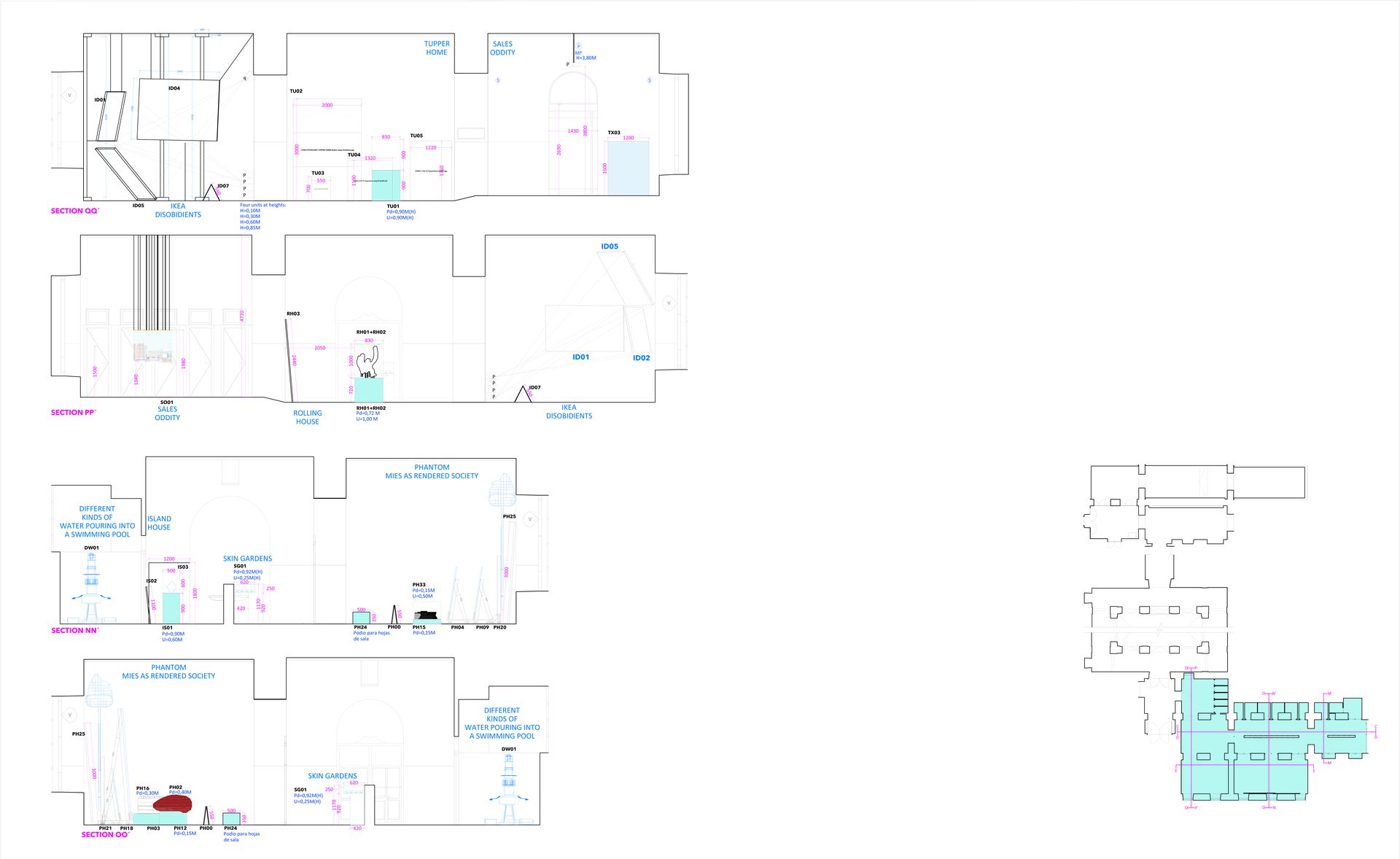
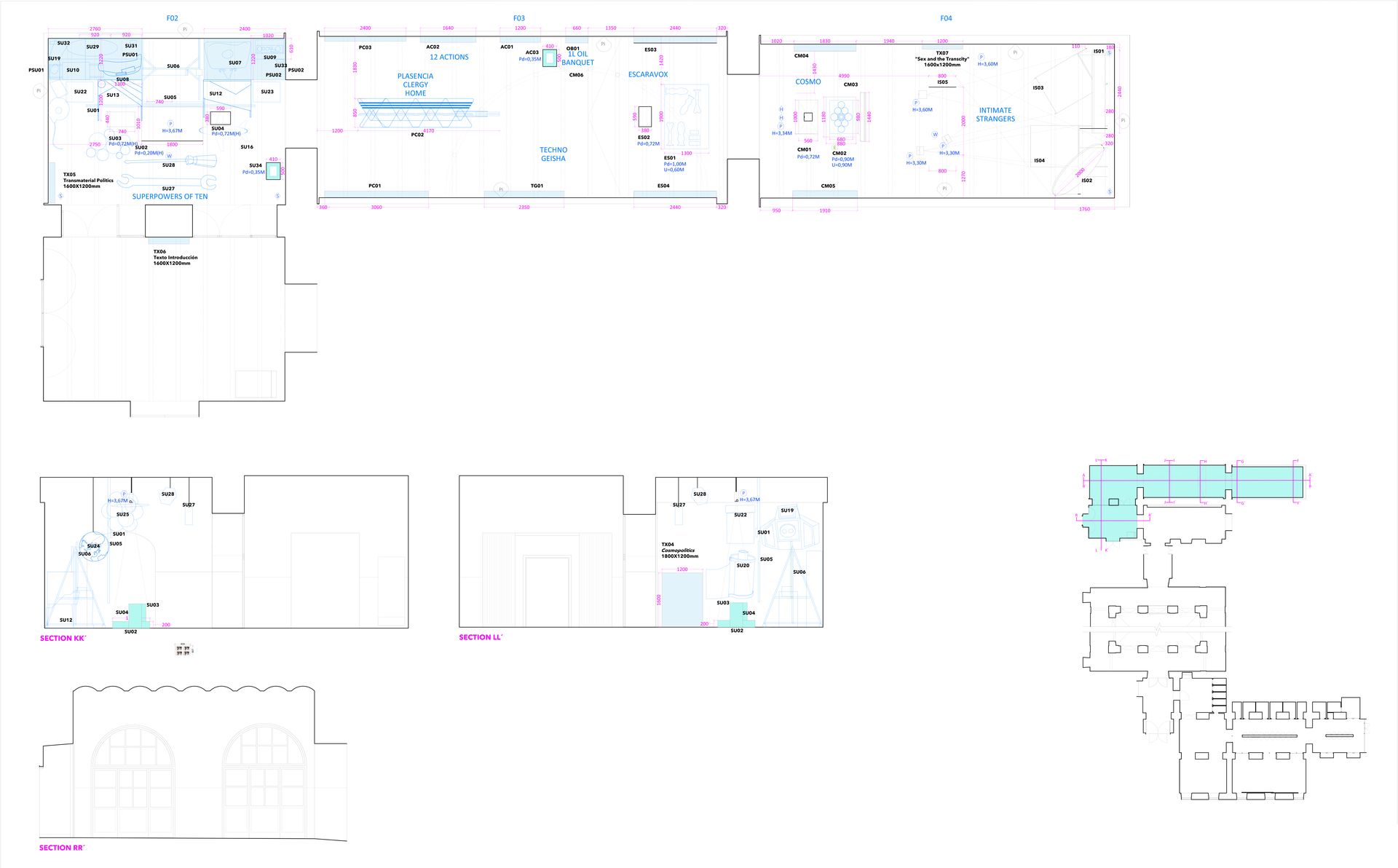

About the project
Sales Oddity. Milano 2 and the Politics of Direct-To-Home TV Urbanism
Silver Lion for the Best Research Project 14th Mostra Internazionale di Archittetura della Biennale di Venezia.
This research-based installation presents the momentous role that architecture played in Silvio Berlusconi’s rise to power. This installation was first exhibited at the 14th Mostra Internazionale di Architettura della Biennale di Venezia, being awarded the Silver Lion for the Best Research Project.
Accounts of Silvio Berlusconi’s power seldom include two of its key sources: namely, architecture and urban- ism. Whereas his involvement in media is seen as a momentous constituent of his political trajectory, what is often forgotten is that his particular way of reinventing the relationship between politics and media was an architectural invention, developed and tested through the interiors, buildings, landscapes, and urbanism to which he and his team devoted a large part of their time and resources, from the late 1960s to the early 1990s.
In 1968, Silvio Berlusconi, then chair and owner of urban development company Edilnord Centri Residenziali, started to promote “Milano 2,” a 712,000-square-meter residential city ten minutes from the center of Milan. Present- ed as an alluring and inoffensive mix of rational architecture and vernacular em- bellishment, Milano 2 embodied a radical urbanism. Conceived as an alternative to the converging and homogenizing culture promoted by state-centered postwar European governments, this new urban model would instead segregate society into differentiated clusters of specialized consumption targets. Life in Milano 2 was structured by a cable television service that would grow to become the corpora- tion now known as Mediaset. Milano 2’s capacity to integrate the economic, social, and political evolution of its inhabitants was fueled by a series of design strategies meant to coordinate TV programming, interiors, access to commodities and services, architecture, and landscaping into what I will call “transmedia urbanism.” This coordination was intended to render Berlusconi’s company as the compulsory node in a new context in which purveyors, consumers, and the links that brought them together were reinvented.
Credits
Andrés Jaque / Office for Political Innovation
Silver Lion for the Best Research Project 14th Mostra Internazionale di Architettura della Biennale di Venezia
Research and production
Roberto González García, Lubo Dragomirov, Alberto Heras, María Alejandra Sánchez
Research
Ruggero Agnolutto, Enrico Forestieri, Margherita Gioia, Matteo Pace Sargenti, Pietro Pezzani, Anna Tartaglia
Audiovisual production
Bollería Industrial: Paula Currás, Eugenio Fernández, Ana Olmedo, Enrique Ventosa
Photography
Miguel de Guzmán
Textile production
Mari-Carmen Ovejero
Sound art
Jorge López Conde
With the support of
Acción Cultural Española (AC/E), AECID Agencia Española de Cooperación Internacional para el Desarrollo, Imagen Subliminal, Monstruos, Politecnico di Milano
English edition
John Wriedt
Translation into Italian
Giuseppe Tota Ballardini
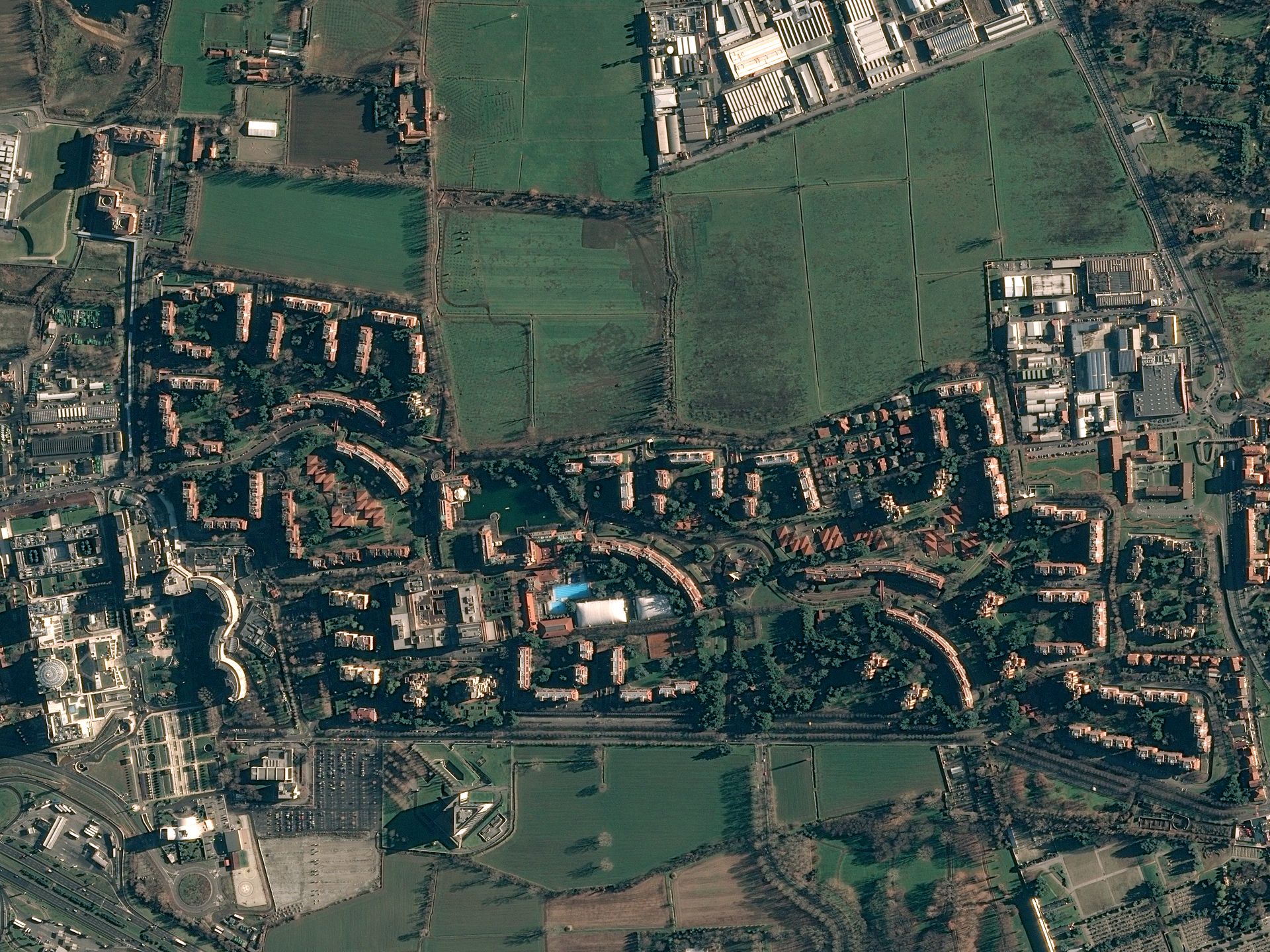
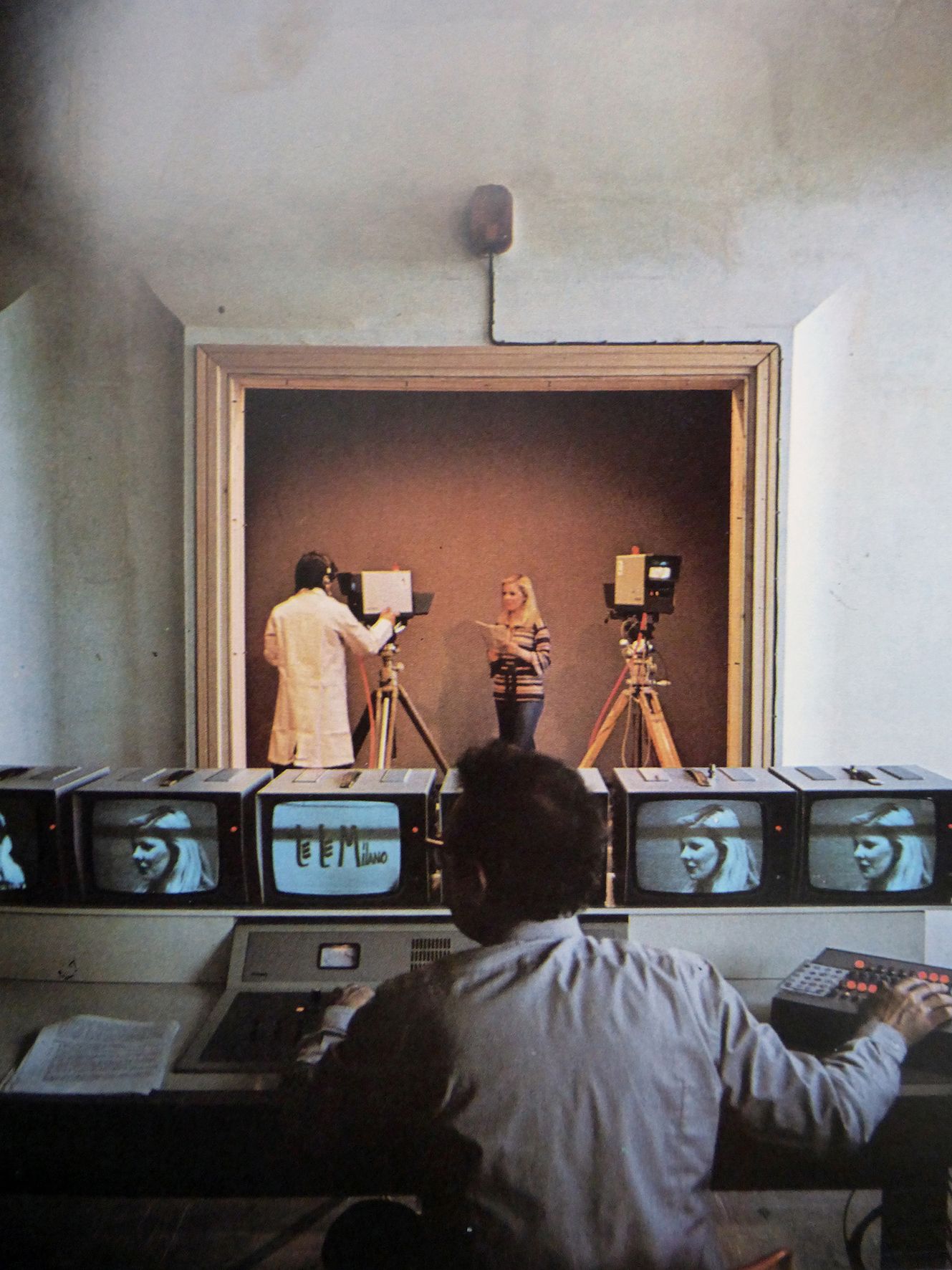
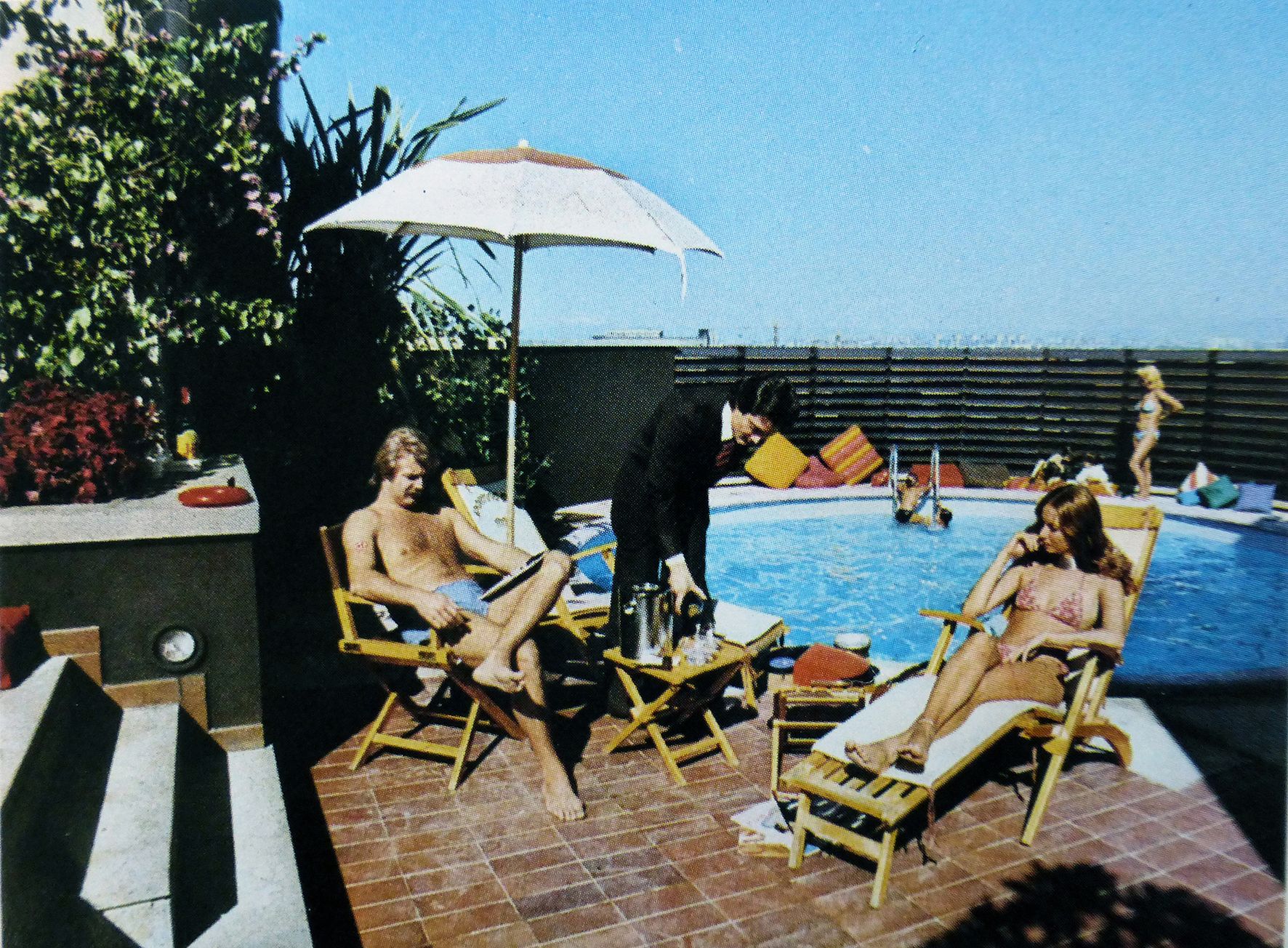
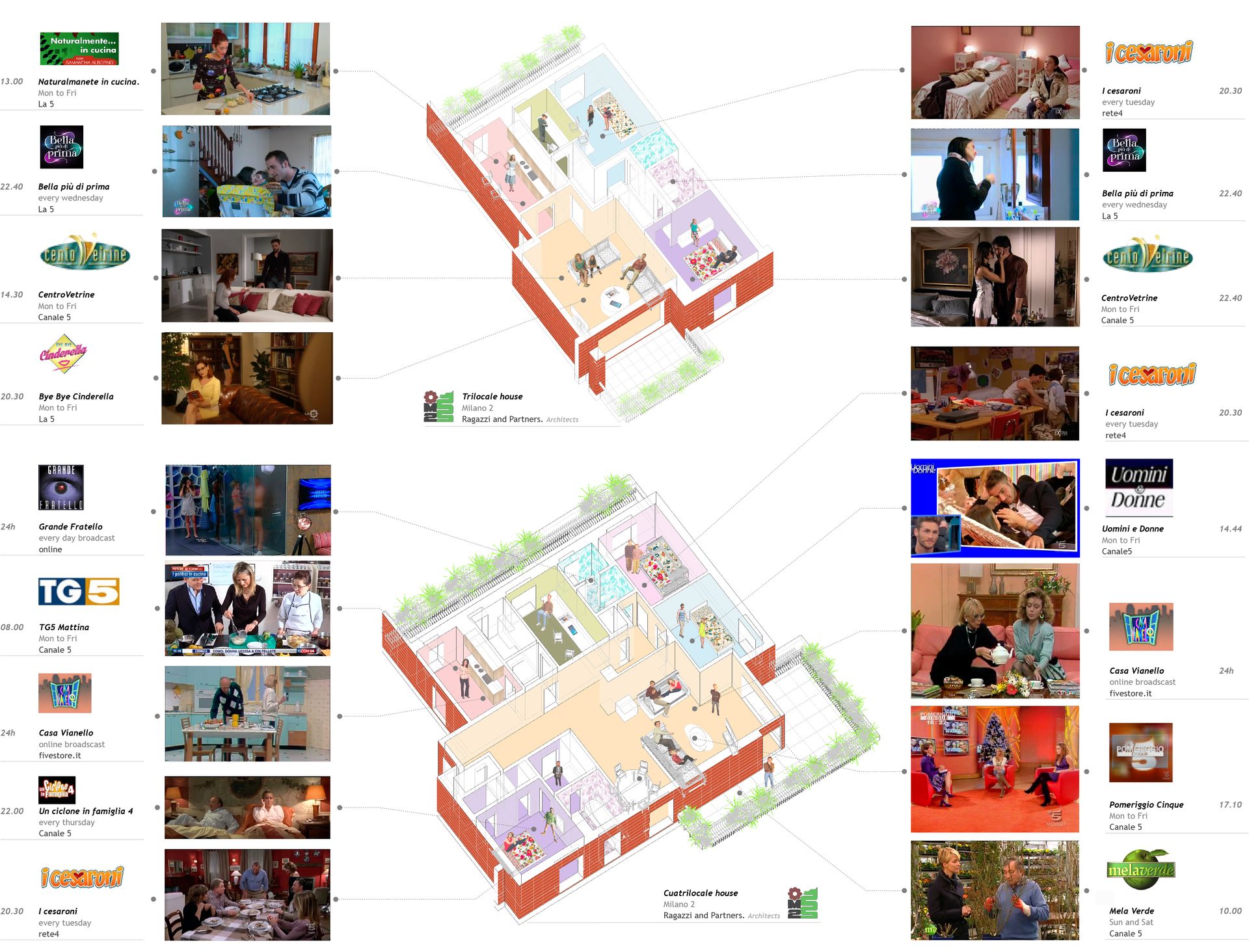
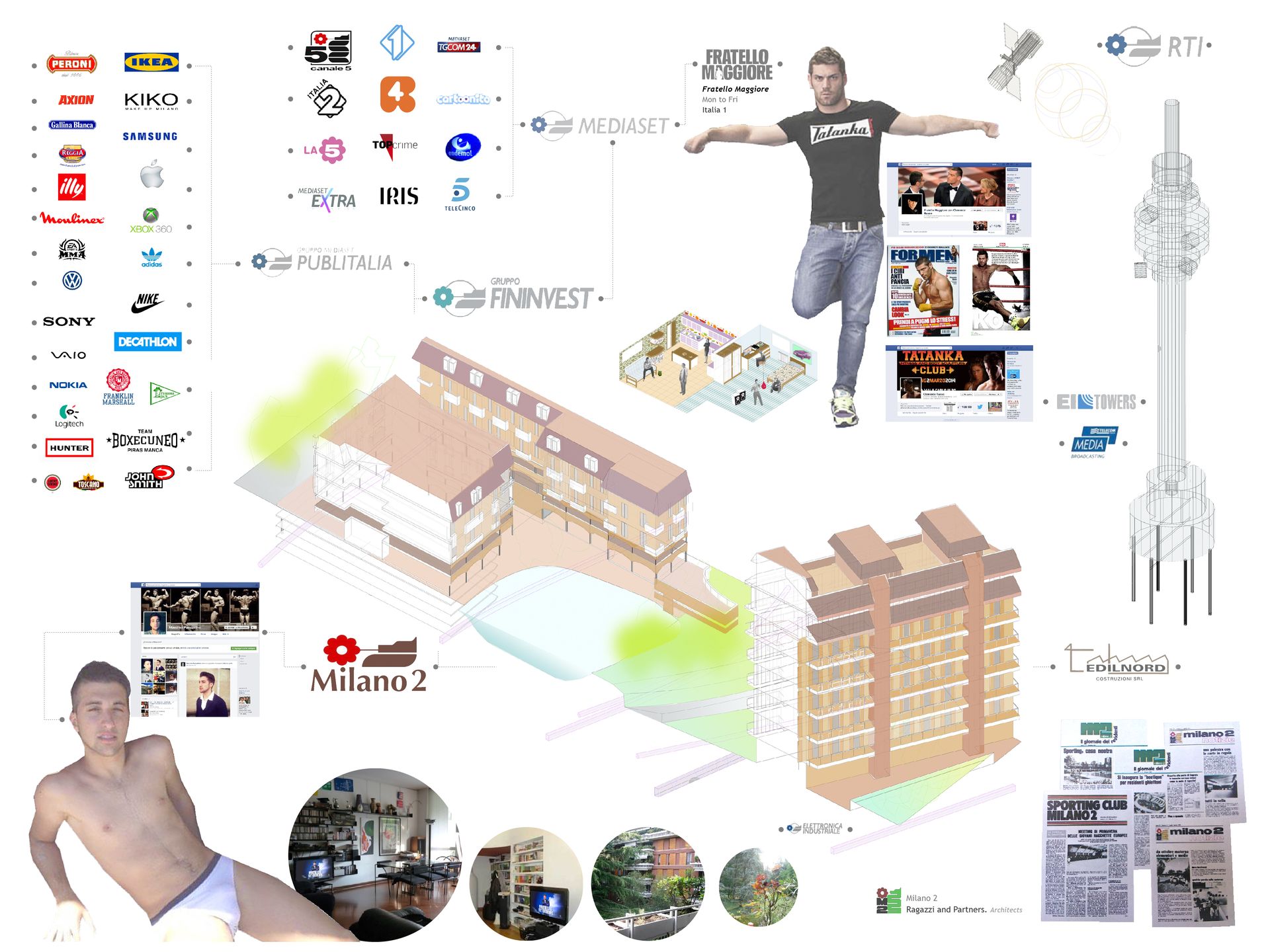
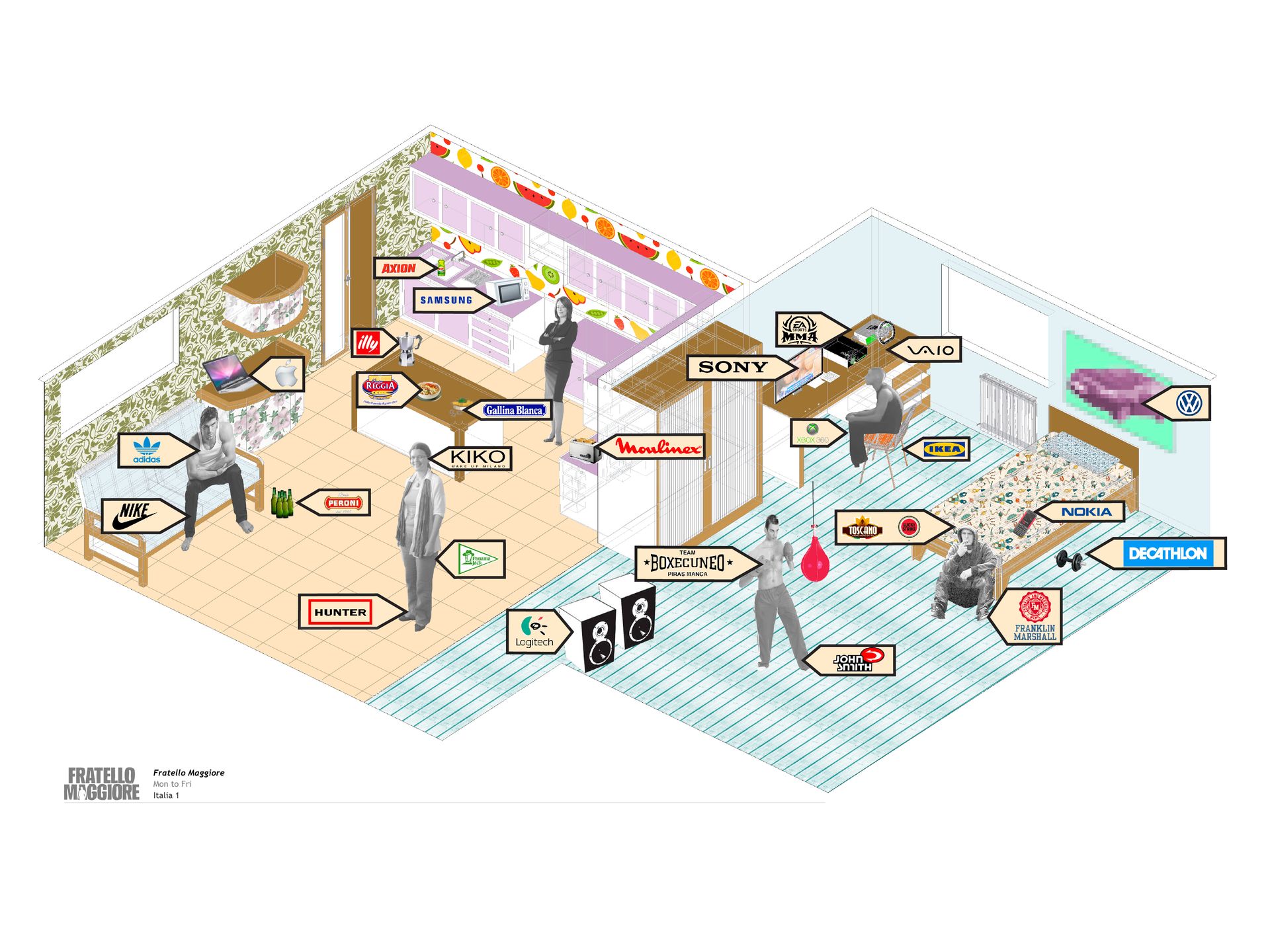
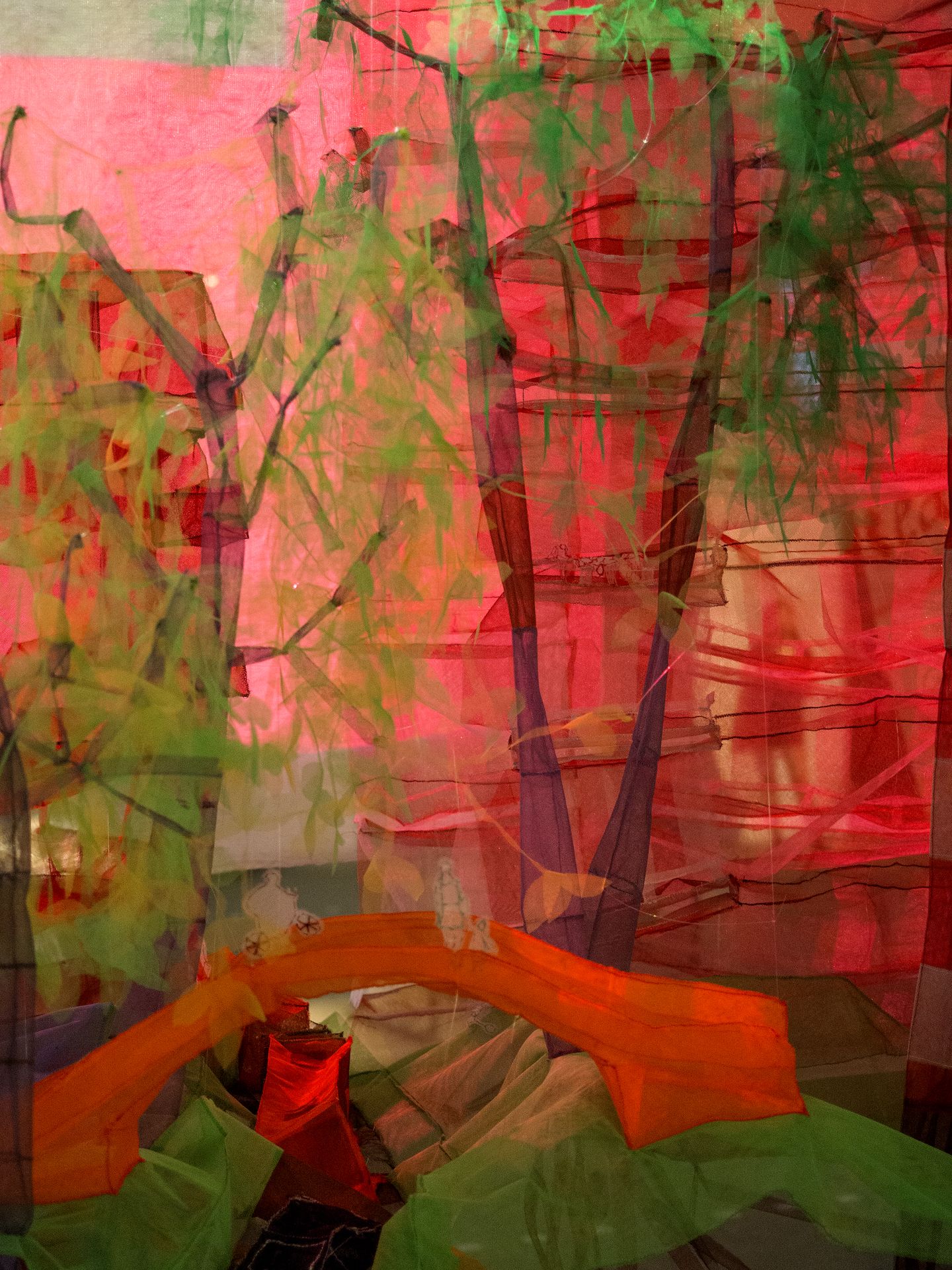
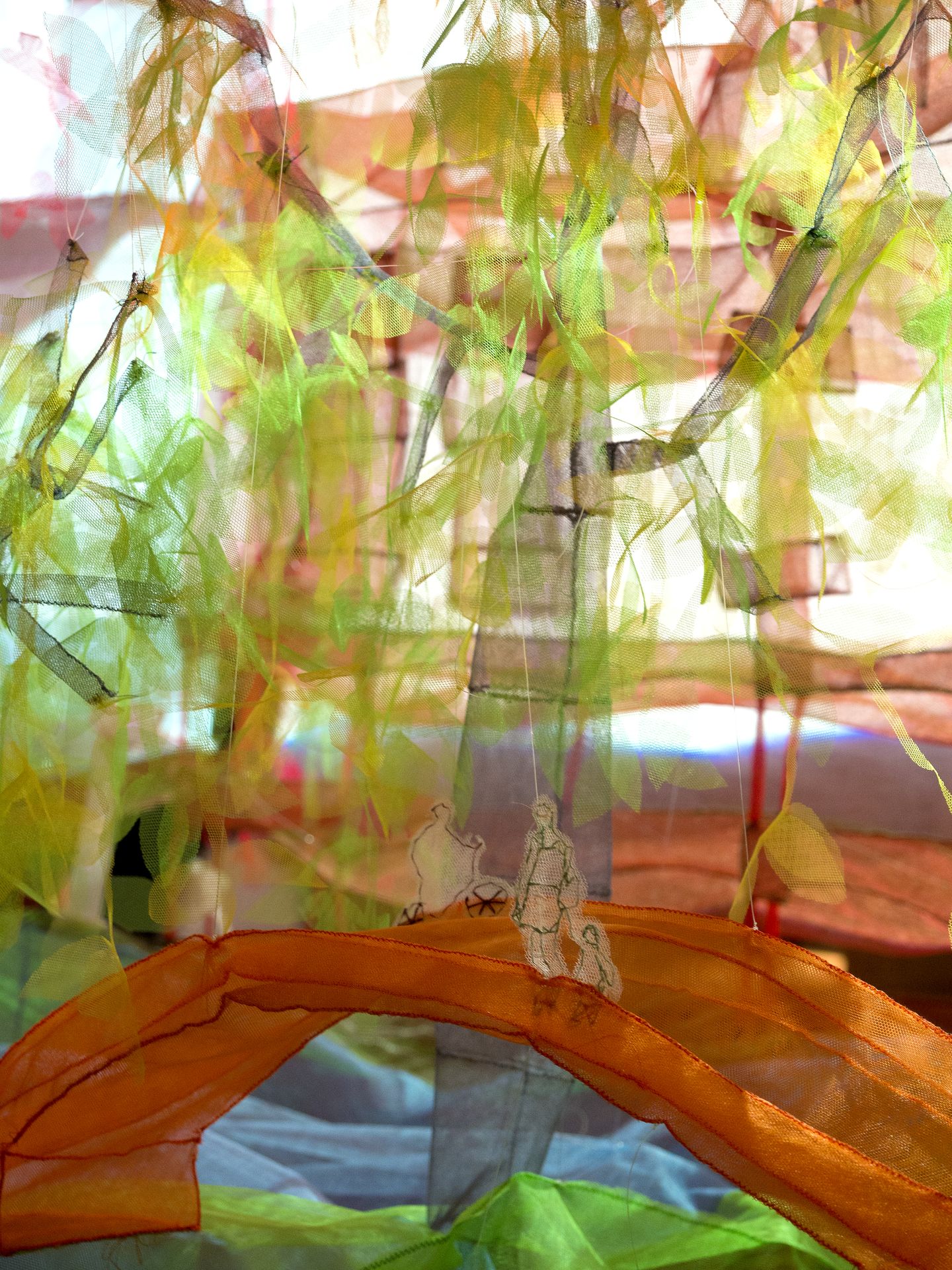
About the project
An alternative version of SATC made by Andrés Jaque / Office for Political Innovation With the special collaboration of Miguel de Guzmán (Imagen Subliminal).
The Office for Political Innovation discusses the 20th anniversary of New York’s most influential archisocial manifesto: Sex and the City. This non-stop, ten-week summit stages the most relevant people, places, and processes that played a role in New York’s cultural shift of the last two decades.
Since the release of SATC’s first episode in 1998, New York’s real estate market has doubled. As Carrie, Charlotte, Miranda and Samantha made their way from Patricia Fields’ thrift-store-heterogeneous-outfits to multi-brand-high-end-opulence, and from one-bedroom rentals to The-World-of-Interiors-like-apartments, New York engaged in an equivalent evolution. The city progressed by evacuating its clumsiness, depurating its air and waters and reclaiming its dumping fields. SATC anticipated what would later become a post-2008, sanitized, assets-oriented urbanism, a highendcracy by which new forms of trading air-rights within blocks, LLC-shelled identities and the reinforcement of the 421-a tax exception rendered the city an ecosystem to produce, reproduce and accommodate value.
As fictional Charlotte and Miranda struggled to engineer reproduction, and real-life Sarah Jessica Parker’s daughters were born through surrogacy, Columbus Circle was being transformed as the world center for the reinvention of human reproduction. Elective cytoplasm selection, spindle nuclear transfer, cell banks and surrogacy have been combined in the last decades though archiurban calibrations to make New York the location for a new human type, the citizens of highendcracy.
As shown in SATC’s second episode, New York City brought together for the first time Samantha’s two biggest passions: namely, sex and real estate. Twenty years later, real estate rendered New York fully sexualized. Chelsea became the planet’s most wanted location to switch on Grindr. And as new San Fernando Valleys, rent-spiking Greenpoint and Chelsea are now home to two of the hottest adult studios, Burning Angel and Cocky Boys, where refined productions scape garage-like interiors to shoot their Pornhub scenes, which get millions of views, in sunny lofty condominiums with views of purified blue skies. This kind of blueish sky was invented as a rendered reality for New York’s most successful architectural icon, 432 Park Avenue, and then taken as a detail of its architecture by using a fixed Austrian Eckelt Lite-Wall glass for its windows, designed to intensify the blue part of daylight’s spectrum. This material adjustment synchronizes the architectural detail with the city’s territorial project of displacing the environmental cost of its consumptions to rural locations in neighboring states.
Credits
Andrés Jaque / Office for Political Innovation with Miguel de Guzmán (Imagen Subliminal)
Research
Andrés Jaque, Paola Pardo-Castillo
Fact Checking
Paola Pardo-Castillo
Object Collection
Paola Pardo-Castillo, Roberto González, Max Lauter, Coordination: Roberto González
Design
Laura Mora, Felipe Arango, Ayushi Drolia, Roberto García, Marta Jarabo, Pablo Maldonado, Solé Mallol, Valentina Marín.
Cinematography and AV installation art
Miguel de Guzmán (Imagen Subliminal)
Music Art
Emiliano Caballero
Actress Voice Over
Elizabeth Sanjuan
Sound Studio
Robin Groove
Text Editing
Walter Ancarrow.
With the inestimable help of
Mauricio Trivino, Iván L. Munuera, Nerea Calvillo, Laura Kurgan, Valerie Renwick, Vera Scroggins, Bart-Jan Polman, Noelia Lecue, Jake Jaxson, J.R. Sebastian, Sharif Aggour, Joanna Angel, Charles Aubin, Cocky Boys, Matthew Bannister, Burning Angels, Lisa Caso, Douglas Crimp, D-Box, Josephine Dimiceli, Lisa S. Dozier, ECKELT GLASS GmBH, Michael Gruber, Dottie Hermann, ID Model Management, Miguel Núñez, Nancy Otavalo, Rafael Pelli, Pelli Clarke Pelli Architects, Joel Simkhai, Landis Smithers, Robin Standefer, John Zhang
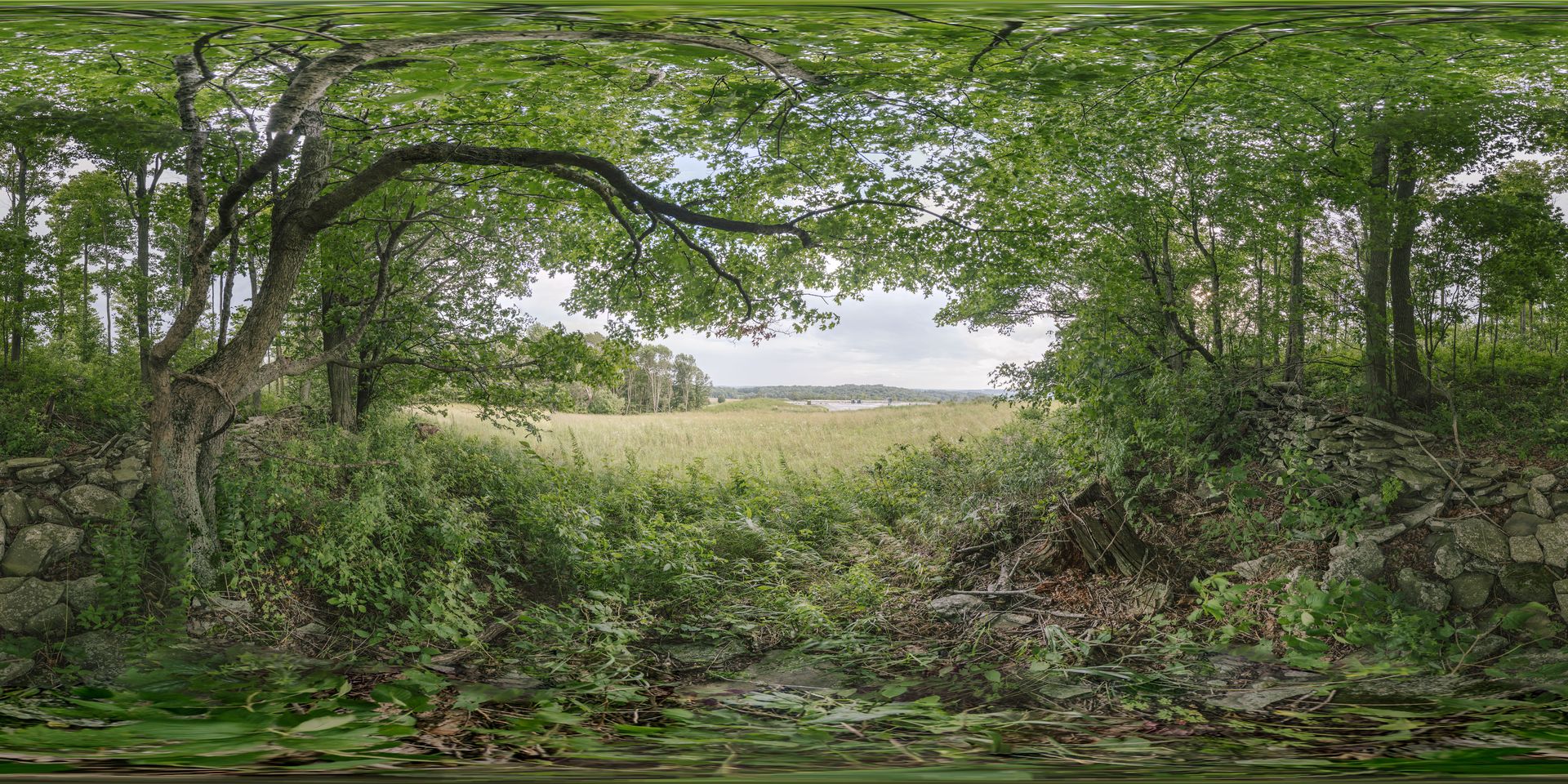
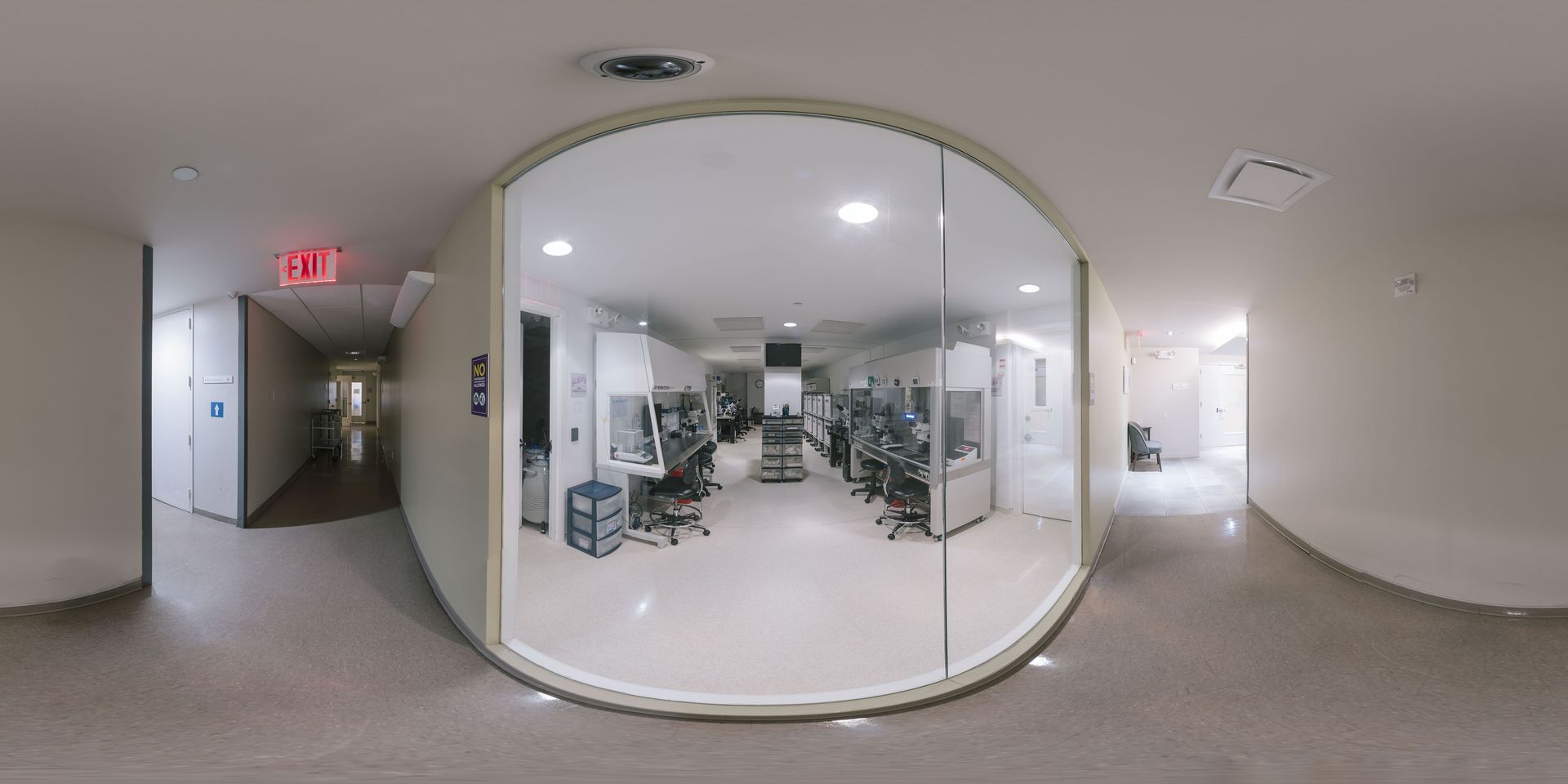


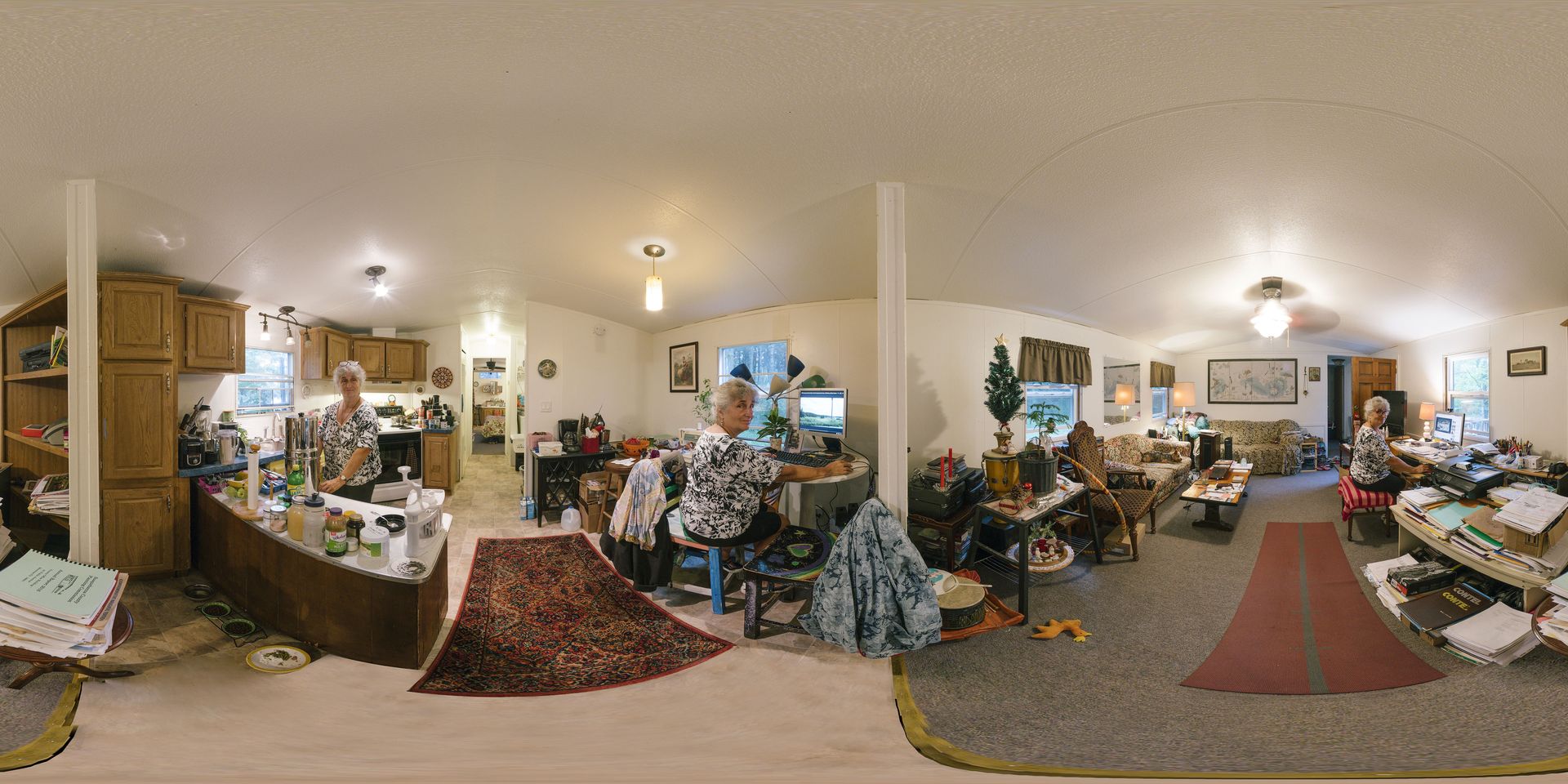

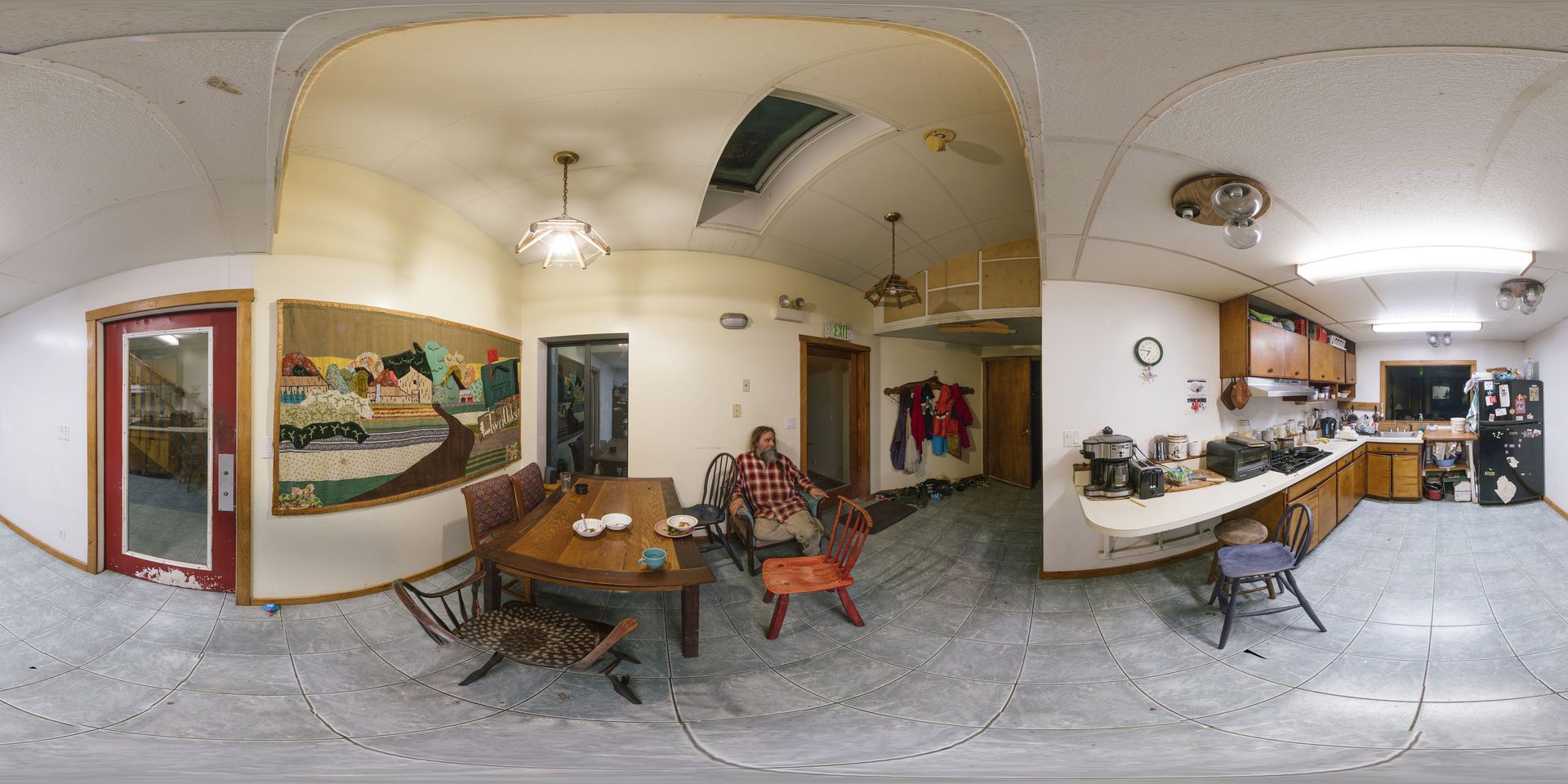

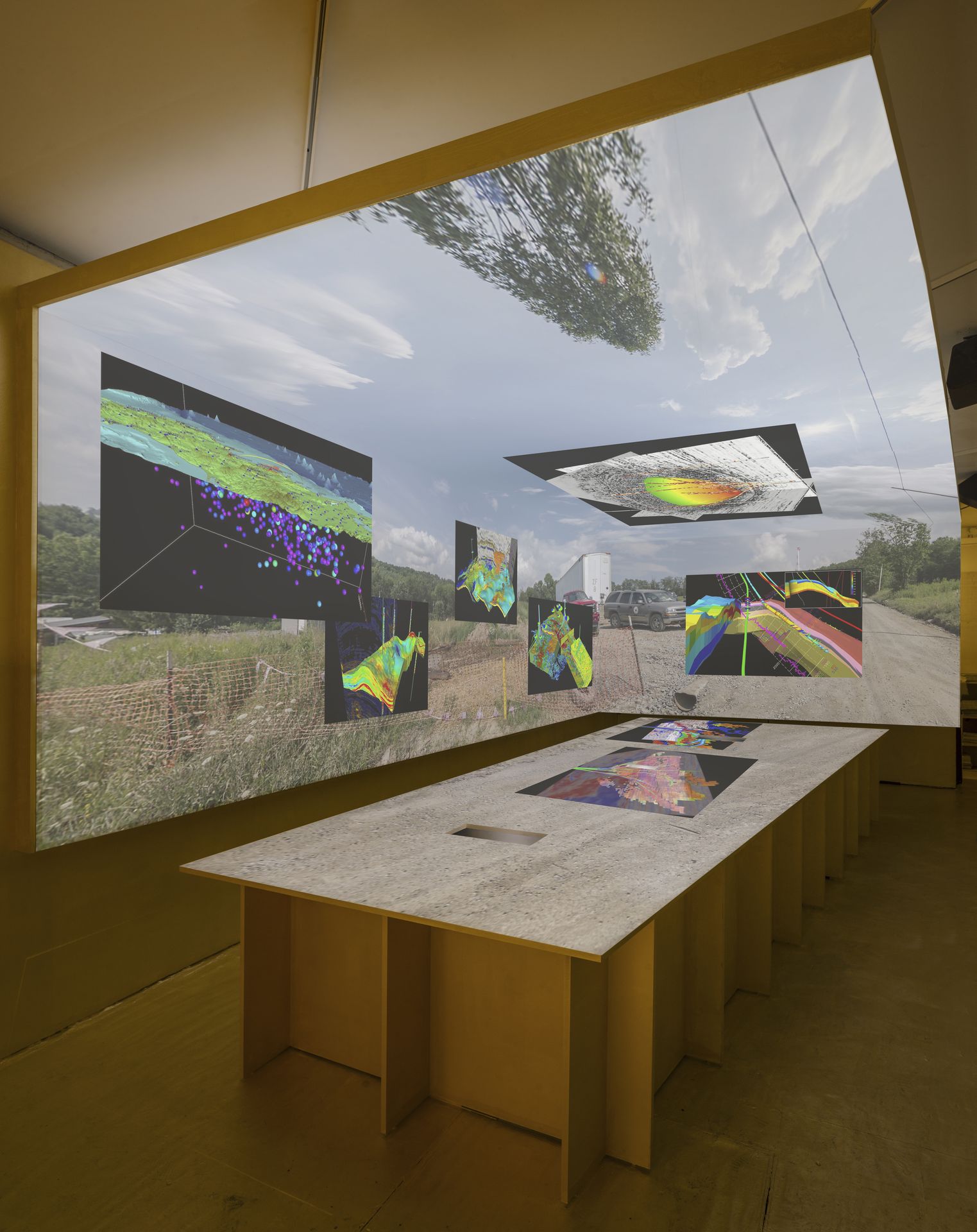

About the project
Benzú District is characterized by the rich pervasiveness of inclusive urban fabrics in which individuals belonging to different ethnic groups, religions, cultures, and incomes share space and interact daily; this is in contrast to what happens in segregationist social constructions currently present in the city, like barrack-type, militarized communities or Muslim ghettos.
The proposal decodes this condition into a system that can project the maintenance of this diversity to the future. The design is conceived as a system that can stack together a number of radically diverse architectural typologies, from studio units to familiar, light-industrial units. The design is conceived to make it possible for continual evolution, so the assemblage of different micro-societies can gain durability over time.
Credits
Andrés Jaque / Office for Political Innovation
Design, Coordination and Edition
Helena Bartosova, Baptiste Broillet, Sarah Caperos, Rebecca Frisolí, Iris Hutinger, Teresa del Pino Charle, Pedro Pinto-Correia, Jorge Ruano, Herminia Vegas
Structures Consultants
Belén Orta
Services Consultants
Nieves Plaza
Urban Planning Consultant
Alexandra Delgado






About the project
MOUSSE CITY is shaped as an alternative market system that segregates the property of this collective, residential infrastructure into shares of the building as a whole. As in the tradition of timeshares, living units are not directly attached to specific share titles, but can have an evolving-in-time exploitation by which share-holders can decide what units best cater to their evolving needs. The system thus favors an easy transformability of the dwellings in tune with the changing priorities of share-holders throughout their lives.
The design is also conceived as an ecological transparency device that allows citizens to become active participants in the evaluation of the use of energy, of the material consumption and the emissions linked to their domesticity. MOUSSE CITY aims to raise awareness and responsibility in users through two devices: ecological labeling—all the building elements have a visible badge that informs users of their embedded energy—and screens visualizing the environmental footprint of dwellings’ performance.
Credits
Andrés Jaque / Office for Political Innovation
Design and Production Team:
María-Solange Faria, Jorge Ruano, Herminia Vegas
Graphic Design
María Jaque



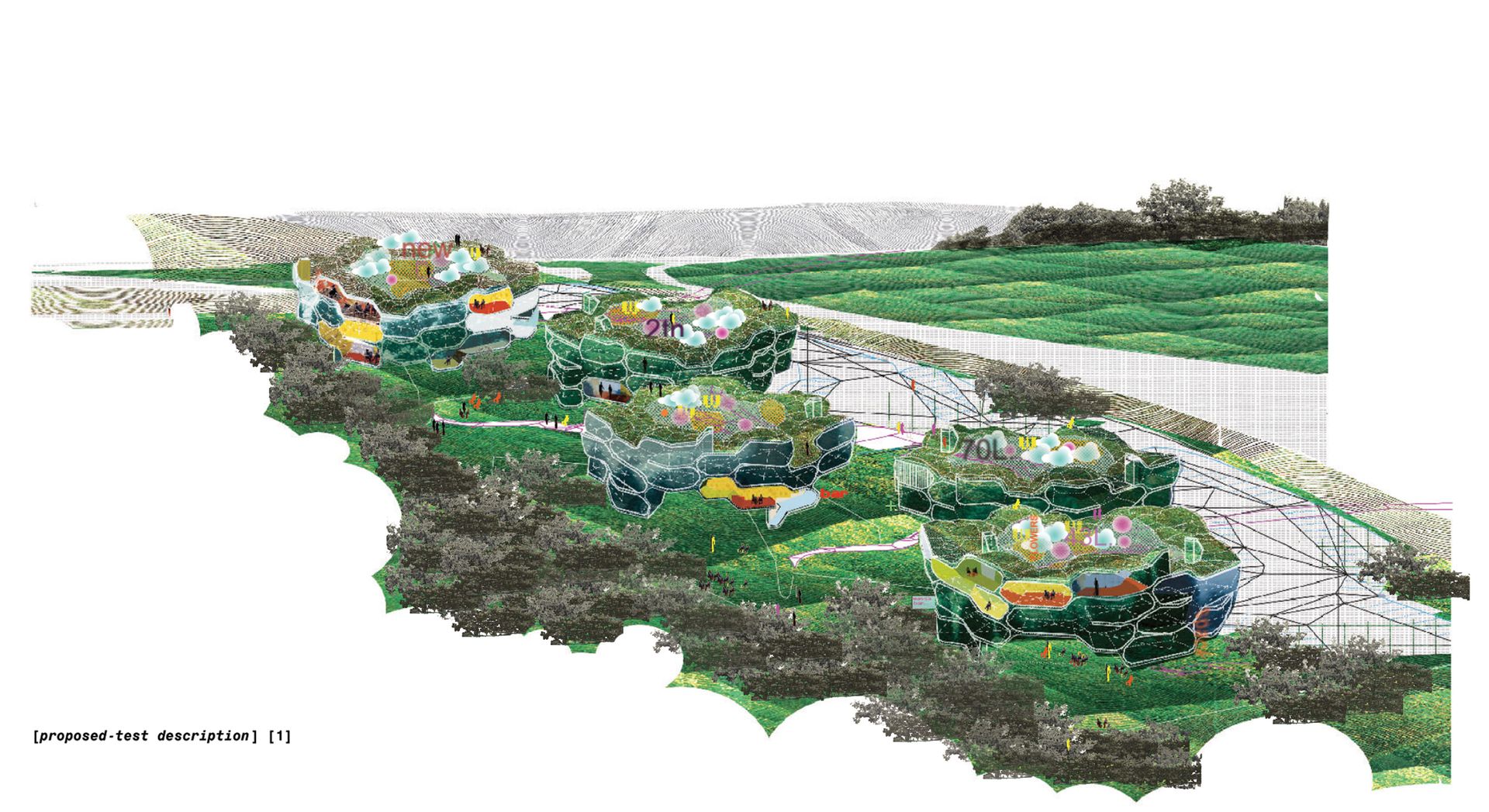
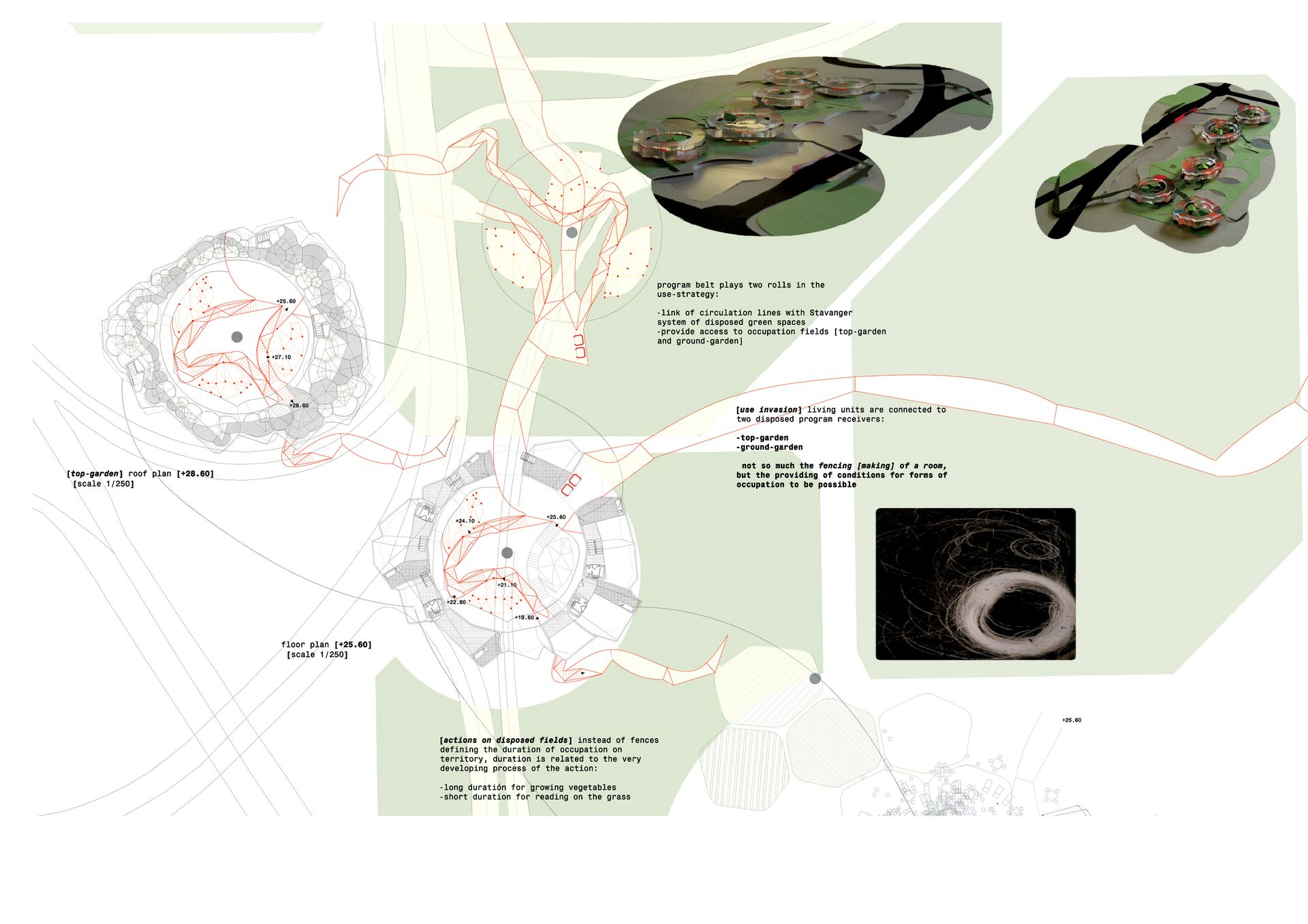

About the project
Greening or Ecologizing? That is the question.
Making public space ecological is not about covering street and building surfaces in green. Ecology is about paying attention to objects and the way they relate to each other and to other actors. It is time to think about public space as a relational assemblage of diverse entities, which is to say, from the perspective of ecological political theory, as the artifact capable of promoting transparent and democratic relationships among diverse and inclusive notions of citizenship.
Democratic Sponge is a system that injects new porosities: social, political, and literal. It is composed of a catalogue of stackable modular units all developed to allow different quantities of water to stay within public space. It is an assemblage of overlapping management frames taken from different traditions of urban management (from the squatter’s self-supply to centralized municipal management). The units provide the spatial and infrastructural support to the different activities that build up humans’ coexistence with each other and with living and non-living non-humans.
Democratic Sponge is an urban scale, hydro-retaining infrastructure that creates humidity-lag so winter rainfall can be stored for release in dry summer months. A humidity gradient is created in the stacked soil where a diverse environment can be nurtured.
Credits
Andrés Jaque / Office for Political Innovation
Design, Coordination and Edition
Alexandra Delgado, María-Solange Faría, Rebeca Frisoli, Luigi Ligotti, Teresa del Pino, Jorge Ruano, Mercedes Simón, Herminia Vegas
Fieldwork
Sonia Jaque, María Martínez, Claudia Picazo
Environmental Consultant
Mariano Pérez-Filgueira
Structures Consultant
Belén Orta

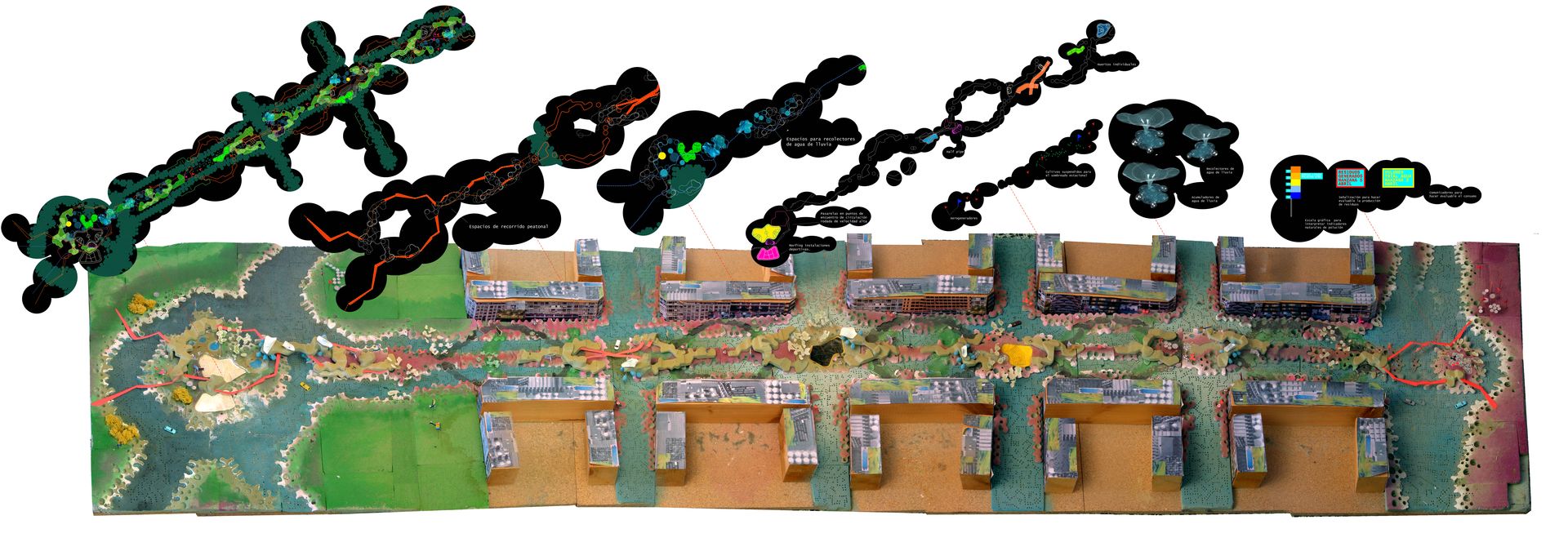

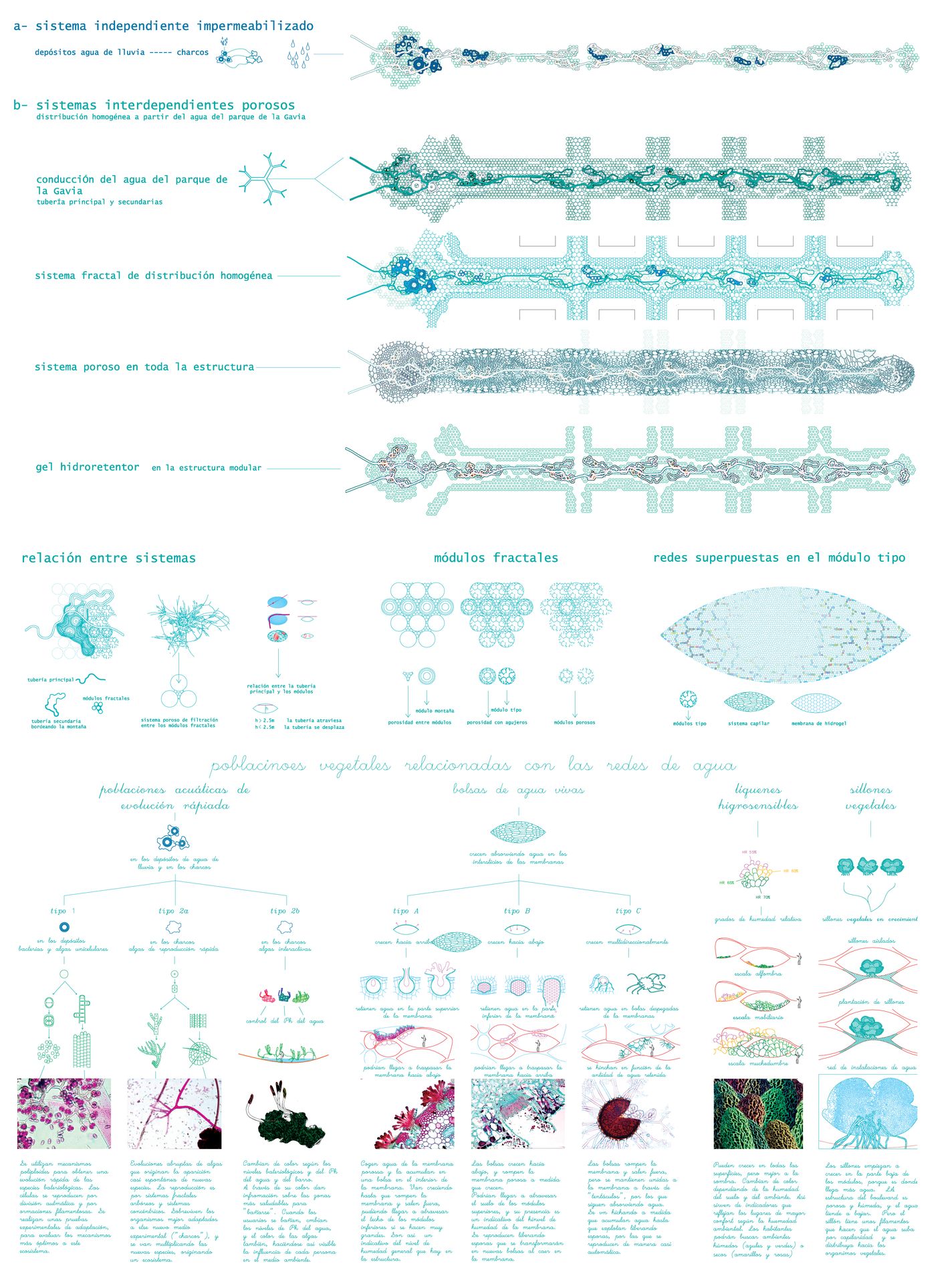
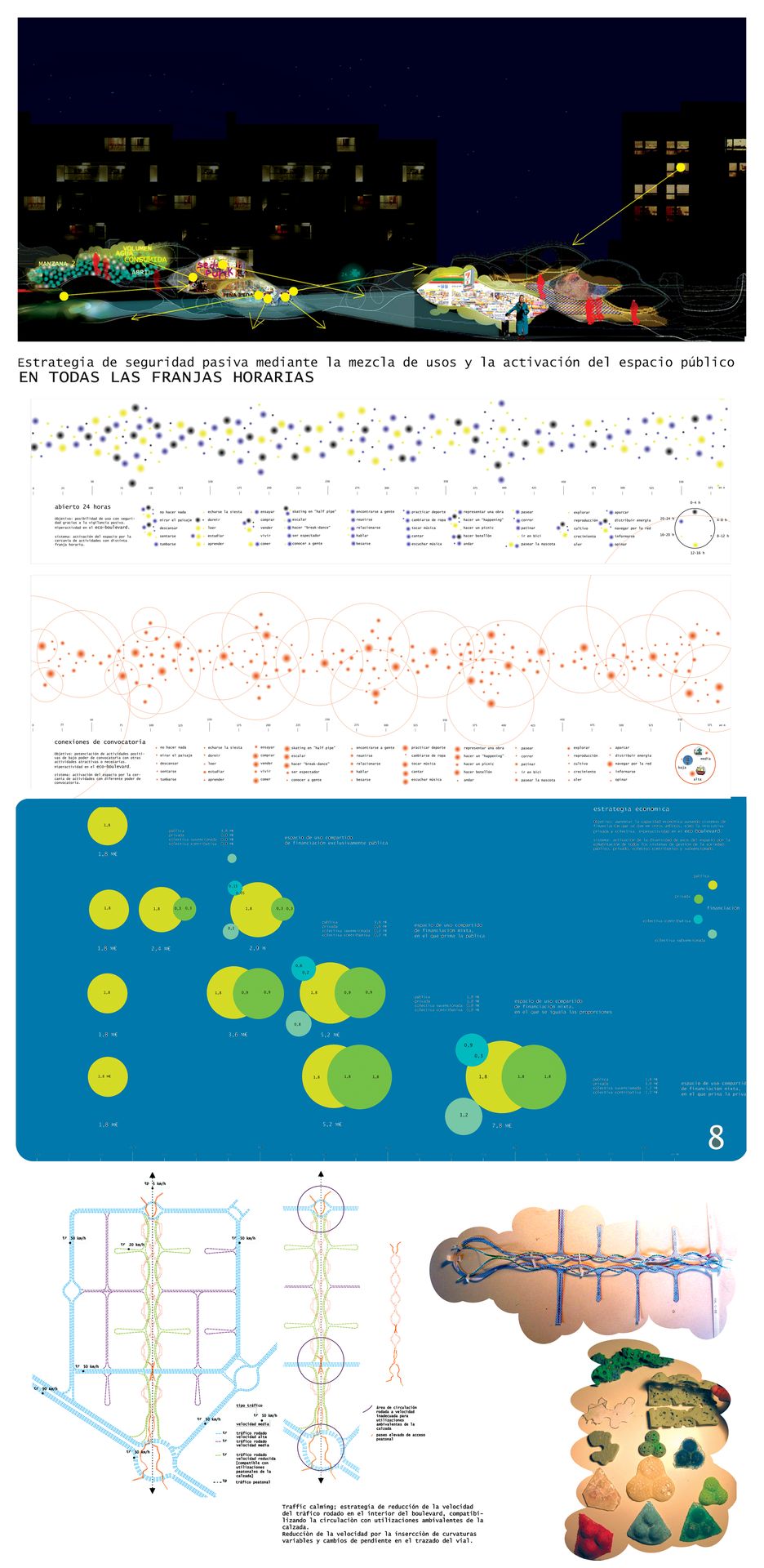
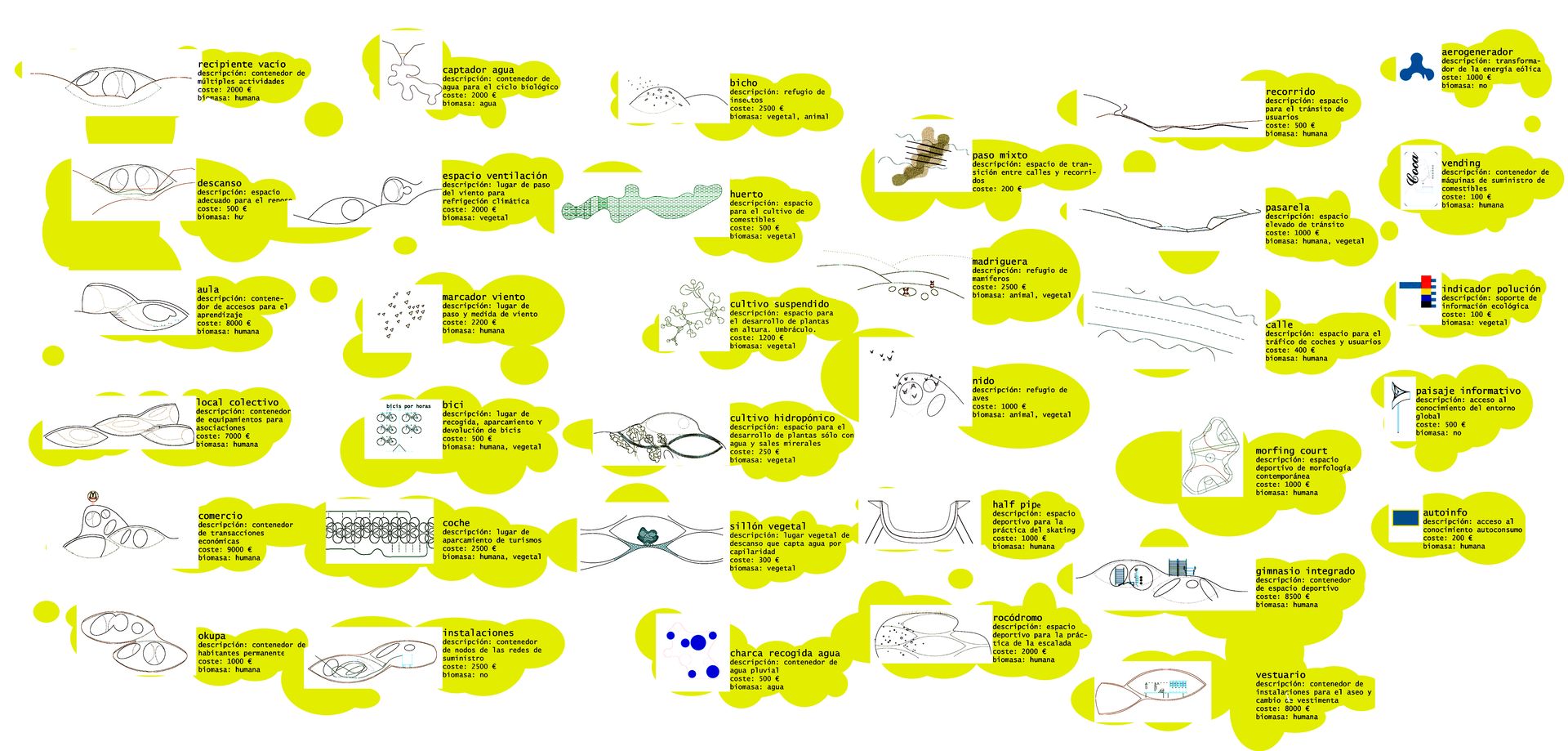
About the project
A young, successful designer, with a high technological and aesthetic education level, decides to move to his mother’s rural hometown and into a stone eighteenth-century animal shed he inherited. The project is based on the premises of maintaining all pre-existing infrastructure so that the existing walls’ loading capacity can be fully used to sustain a new, light roof. The lofty space underneath remains undivided, while new uses and equipment are included in the new roof to guarantee that urban connectivity and atmospheric standards can be assembled with the environmental and social wealth southern European country sides provide. The roof contains the production, collection, canalization, and transformation of energy and rainfall; it also provides waste management and passive climatic control of the dwelling’s interior. All of this is monitored wirelessly by its owner; this allows him to both control and follow up on the roof’s performance, and it allows him to turn the roof into an environmental observatory of the surrounding ecosystem.
Credits
Andrés Jaque / Office for Political Innovation
Team
Design, coordination and edition
Jorge Ruano, Ruth Nieves, Herminia Vegas
Structural Engineering
Belén Orta
Services Engineering
Nieves Plaza



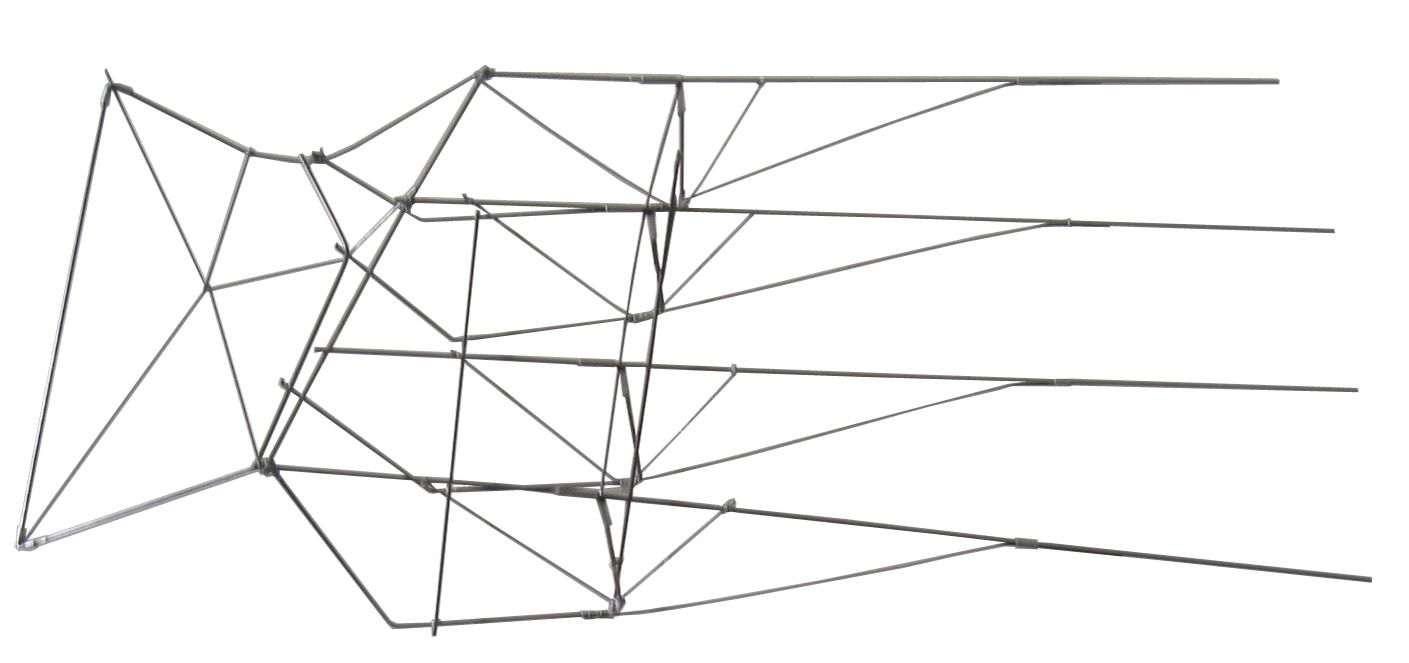
About the project
Tomihiro was a pioneer of Japanese ecological painting. Instead of conceiving the museum devoted to his work as a contained building, with fix defined outlines, the project imagines turning Azuma Lake into an informative ecosystem. The project proposes the implementation of a system of distributed terminals around the lake, operating as guiding and navigational devices. This, together with the enhancement of the existing network of paths, invites visitors to experience the pictorial work of Tomihiro through the experience of the ecosystem his work reflects on.
The original works are displayed at the busiest spot in the network of paths around the lake. The main buildings are knit into these itineraries. They create more paths, and thus more interaction, around the lake, so that the more the viewer wanders around, the greater the contrast between the viewer’s first experience of Tomihiro’s artwork with the viewer’s last experience—occurring after the viewer has had time to take into consideration the environs.
Credits
Andrés Jaque / Office for Political Innovation
Design, Coordination and Edition
Akiko Kudo, Beatriz Rodríguez
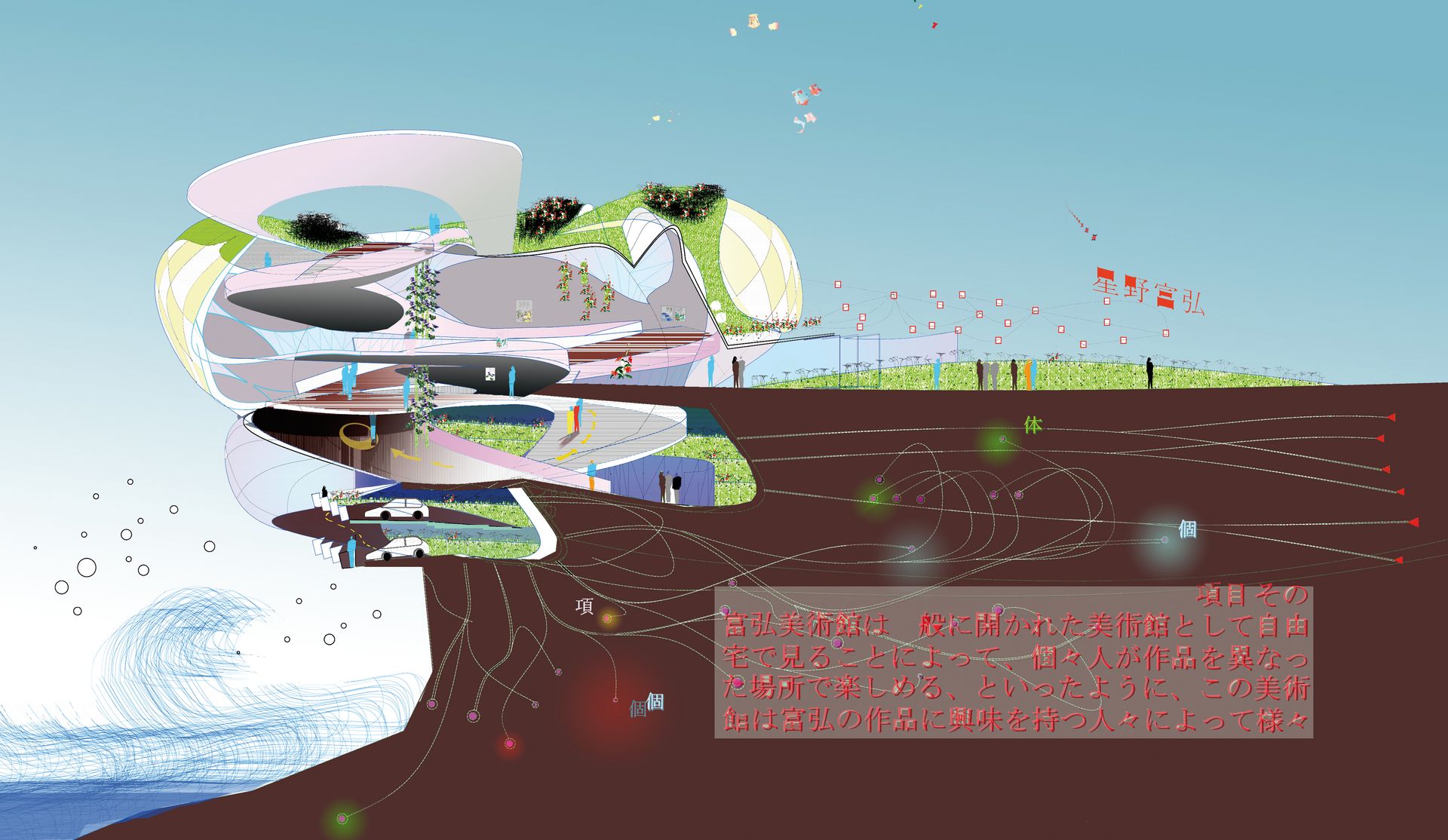

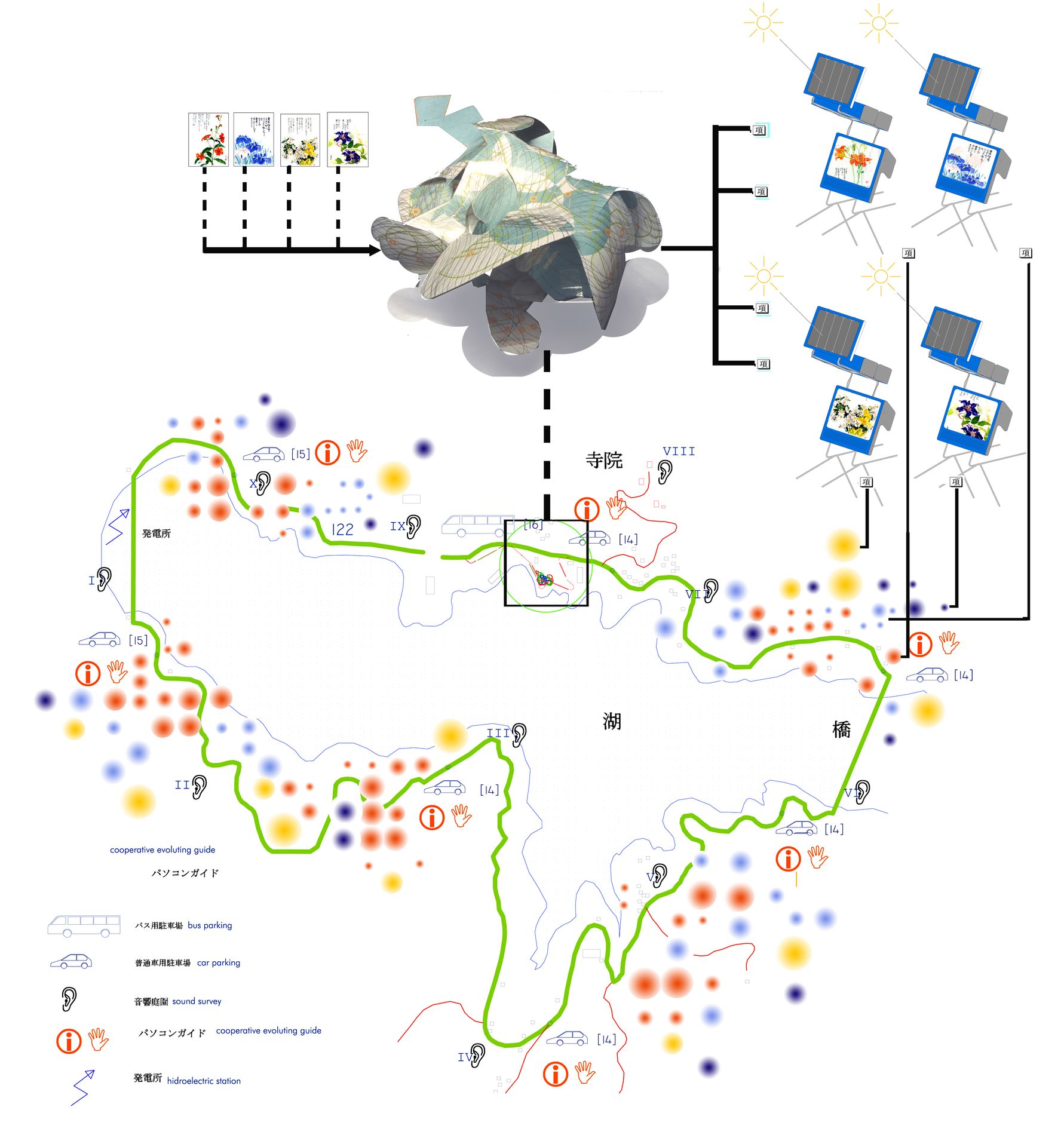

About the project
This proposal responds to a competition convened by the Burgos City Council for the construction of the Youth Consulate. The response offers a generous armature, based on the geometries and scale of the city’s palace tradition, and takes into consideration the uncertainty of how the Consulate will be accommodated.
Credits
Andrés Jaque / Office for Political Innovation
Coordination, design and edition
Camilla Carli, Alejandro Martín Maté, Alberto Rey, David Segura, Lina Vergara
Botany Consultant
Mariano Filguera
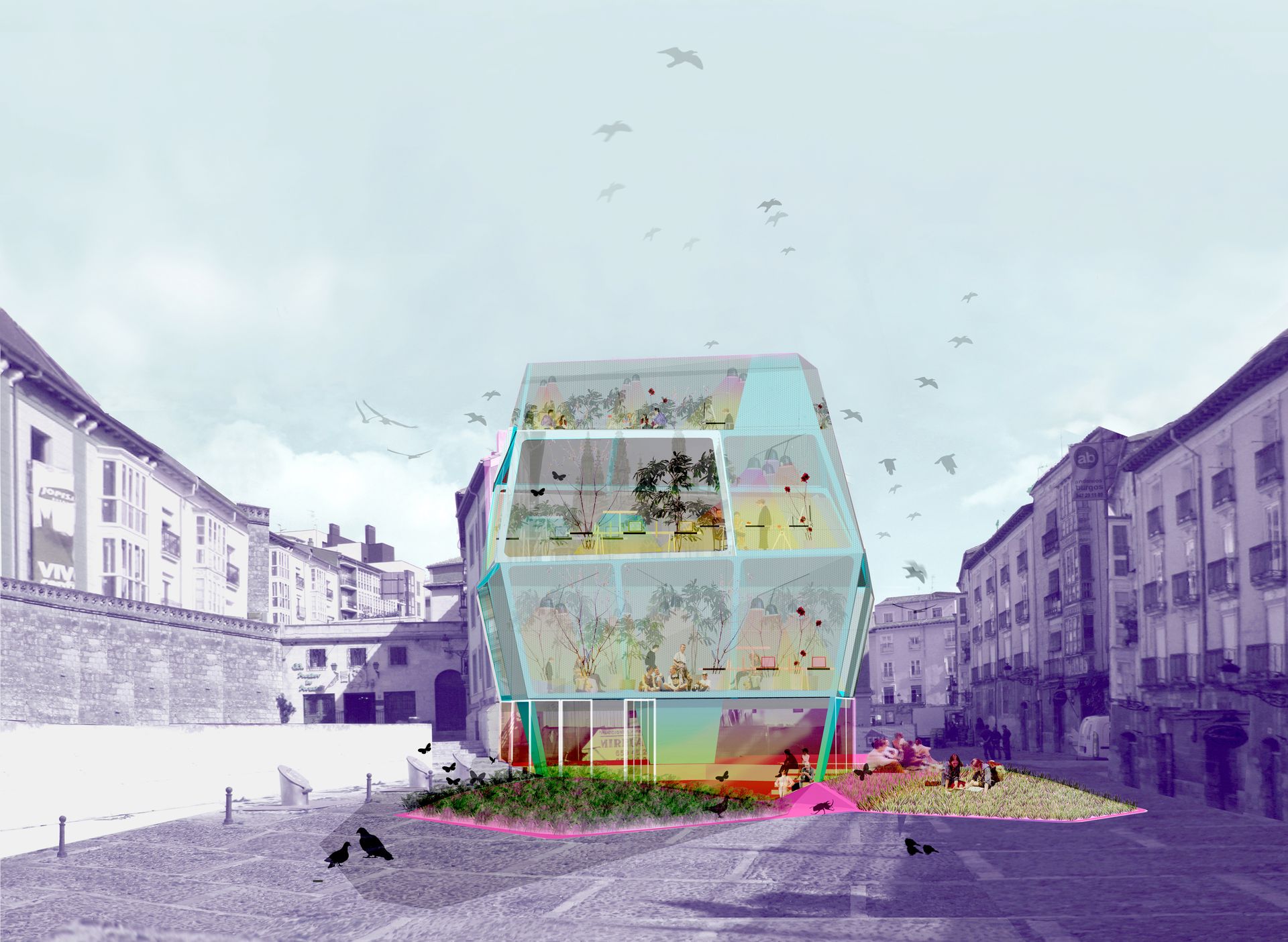
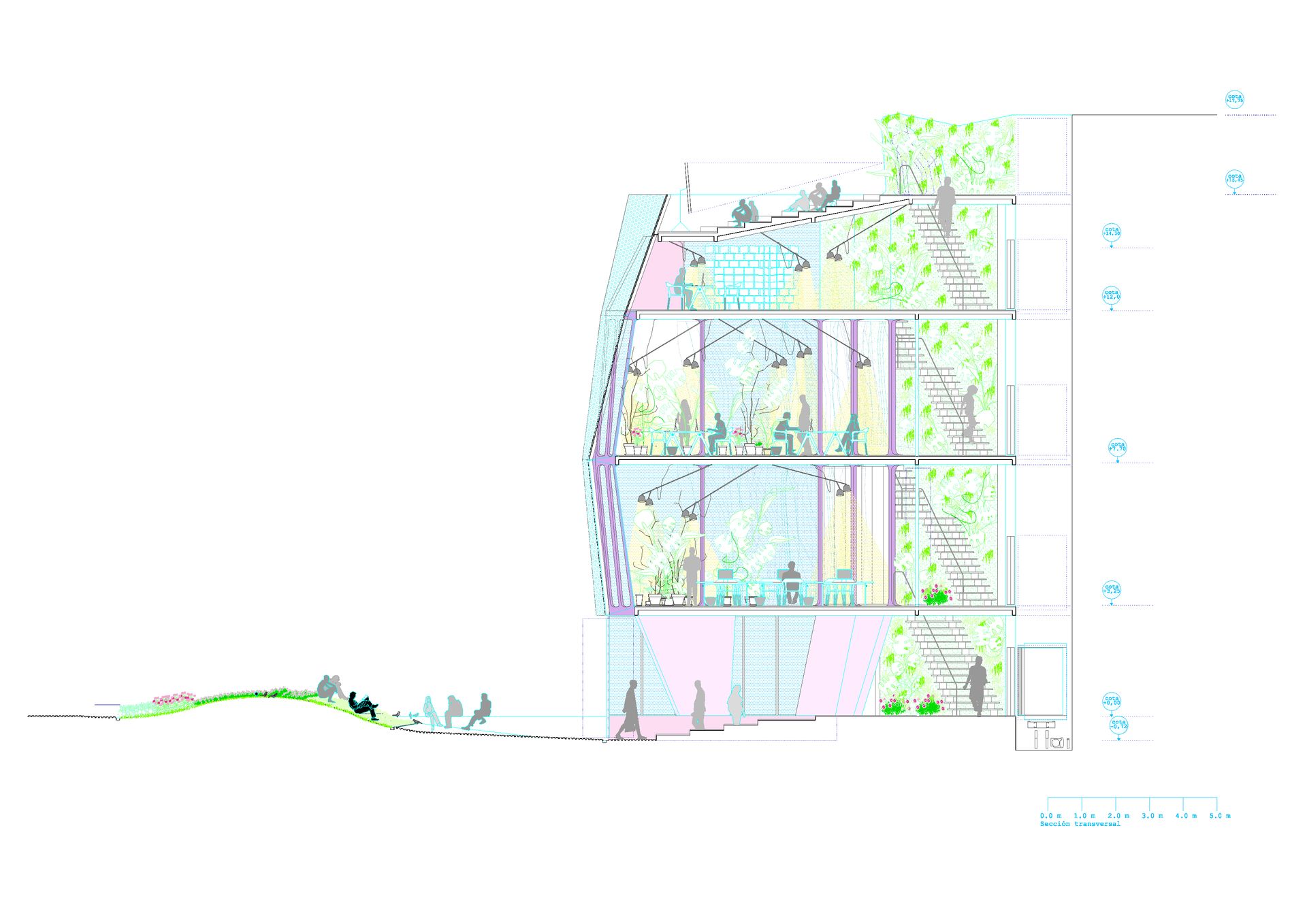
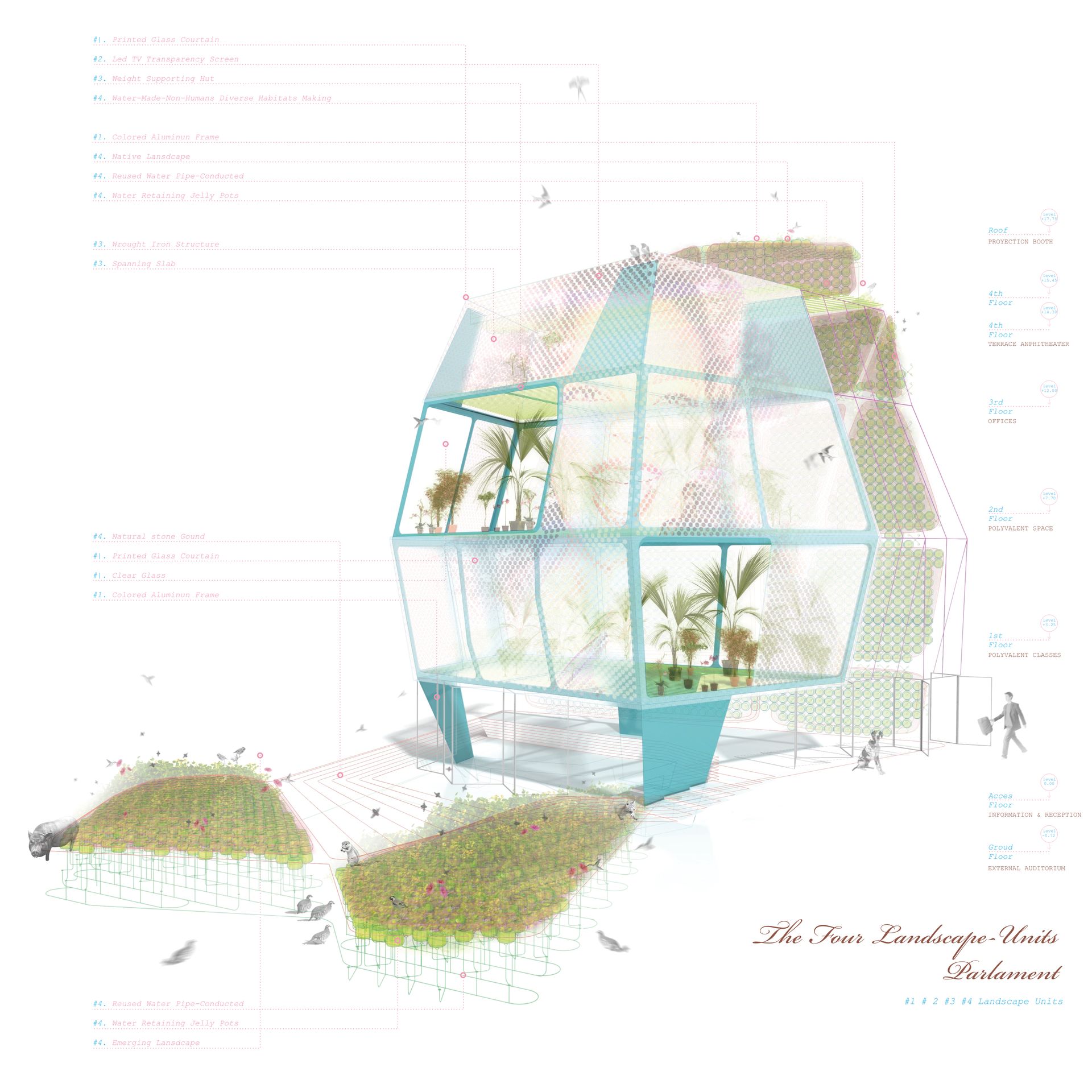
About the project
The region of Cáceres was considered until recently a territory shaped by industrial, infrastructural, and economical scarcity. Growing environmental and territorial sensitivities have radically changed the perception of the socioeconomic role Cáceres can play. Robotized agriculture, an innovative gastronomic industry, and culturally oriented tourism can benefit from the available unconstructed and unpolluted land. A new economic model is now seen as the alternative to the region’s economically depressed subsidy-based past. In this transition, new infrastructures to accelerate the evolution to new trading models are needed.
Indoor Agora interrogates, firstly, what would be the most adequate architectural typology to boost these trends and thus contribute to the competitive potential that Cáceres may extract from its exceptional environment. Resembling a natural park rather than an industrial complex, the project helps to build a landscape where the display of the products and capacities can be put in value through the visibility that comes from the protection of Cácere’s environmental heritage.
Credits
Andrés Jaque / Office for Political Innovation
Coordination, design and edition
Catalina Corredor, Juliana Gutiérrez, Ondrej Laziga, David Segura
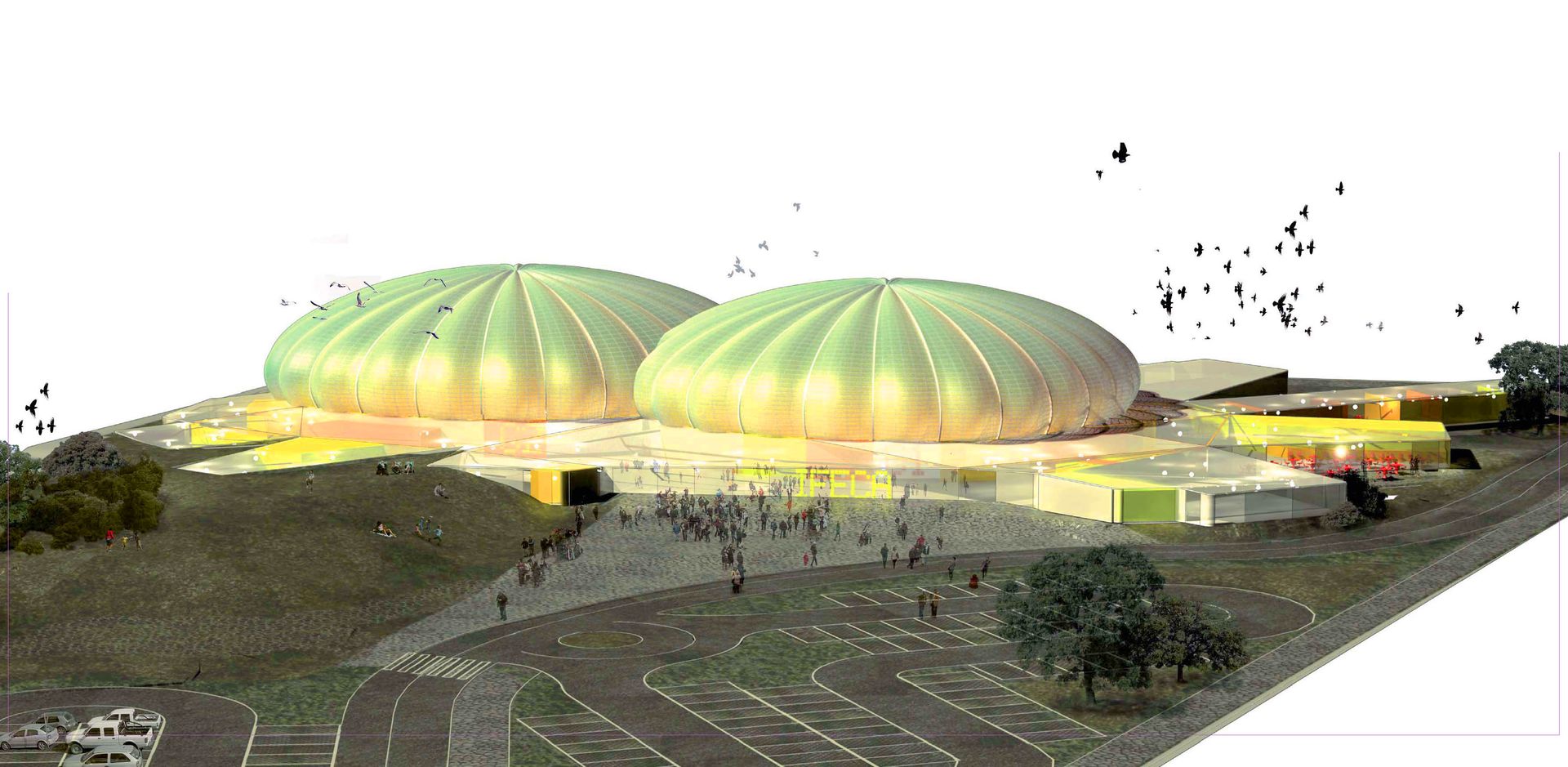

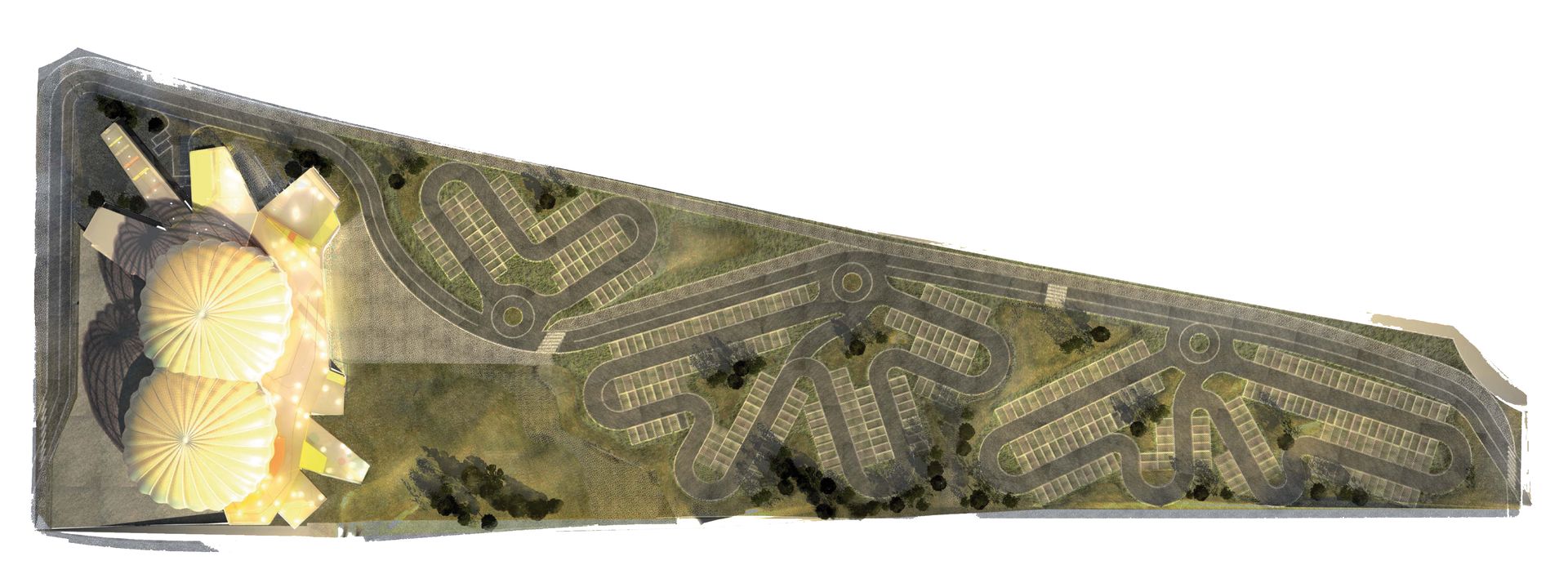

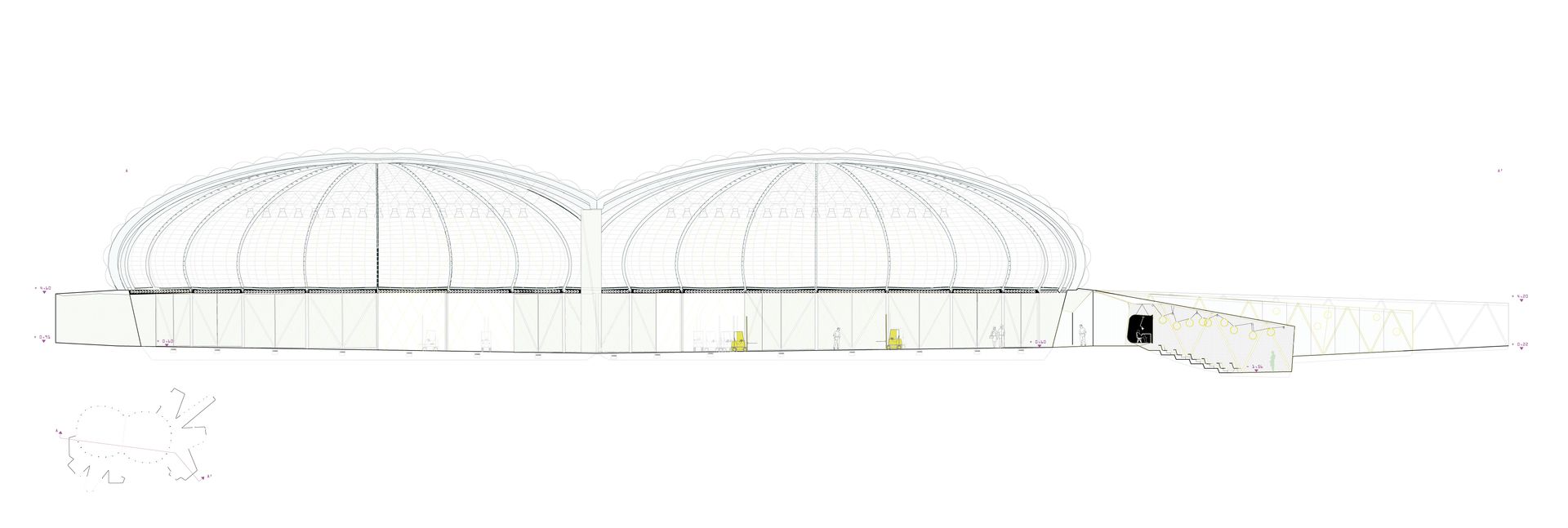
About the project
The introduction of electric cars into major European cities has transformed their economies, daily life, and data infrastructures. Aiming to enter the electric automobile market, a group of car manufacturers approached the Office for Political Innovation to commission the design of a mobility center where potential buyers could experiment with the implications that electric cars will have on their lives.
Electric cars produce neither pollution on site nor noise, so the circulation of vehicles does not change whether inside or outside. The project sets the potentialities of this feature through a testing circuit that interweaves the inside with the outside in an itinerary where audiovisual devices provide an immersive informative experience.
Credits
Andrés Jaque / Office for Political Innovation
Coordination, design and edition
Almudena Basabe, Catalina Corredor, Jorge López Conde , Alejandro Sajgalik , Khristian Serena, Dagmar Stéeova, Sizhou Yang
Sociological research
Silvia Rodríguez
Exhibition, AV and Graphic Design
BASE Desing
Environmental Consultant and Exhibition Contents
Salvador Rueda




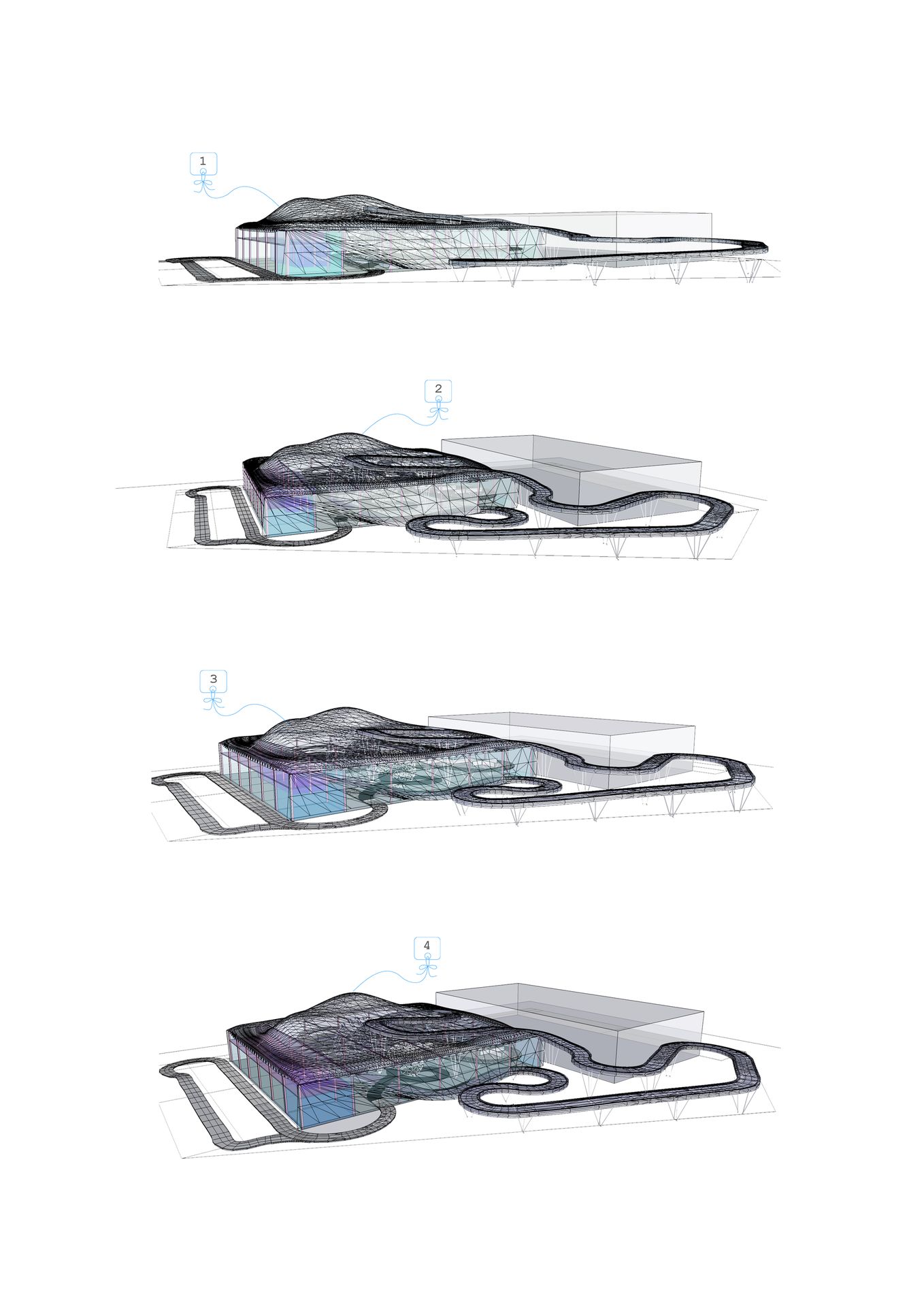
About the project
The problematic relationship between environment and real estate investment has turned Hong Kong into an arena where citizenship has been increasingly mobilized to discuss architecture and the socio-economic processes in which it takes part.
Despite 73.5 percent of Hong Kong’s land being undeveloped, it still comes second in the world for metropolitan regions with the most expensive housing stock (an average of $48,543 per square meter) and has the worst access to housing and workspace rentals. This is partially due to government efforts to slow the release of developable land so that huge companies (Swire Properties, MTR, New World, Sino Land, and Sun Hung Kai) can keep the value of their real estate developments and the value of their assets (coming from Southwest Asian industries and markets) from decreasing. These policies find justification in the preservation of environmental resources given Hong Kong’s terrible pollution; but they have generated an enormous social inequality between those who live in the hills (where most architecture built by international firms is constructed) and those living in the high density valleys.
Kai Tak Conflicted Rocks explores the capacity of architecture to subvert in a very literal way the dialectic between natural and constructed; between landscape and architecture. The project shapes a group of artificial mountains that overlap the artificial landscape of the former Kai Tak airfield. The artificial mountains establish a dialogue with the organic mountains that can still be seen behind the corporate skyscrapers of the city skyline. The group of mountains is crossed and joined by a network of alternative and environmental paths.
The exterior surface of the mountains accommodates an ecosystemic cover designed to improve the environmental conditions of the area. The interior space creates halls for civic and commercial encounters, and is covered by a thick skin made out of dwellings looking onto the bay. These dwellings have direct access to the mountain surface, and they face urban and civic spaces while embracing the artificially natural environment.
Credits
Andrés Jaque / Office for Political Innovation
With Marta Catalán
Coordination, design and edition
Roberto González García, Laura Mora Vitoria, Manuel Alvarez Monteserín, Alberto Heras Hernández, Danay Kamdar, Santiago Benenati, Flavio Martella, Alejandra Sánchez Londoño
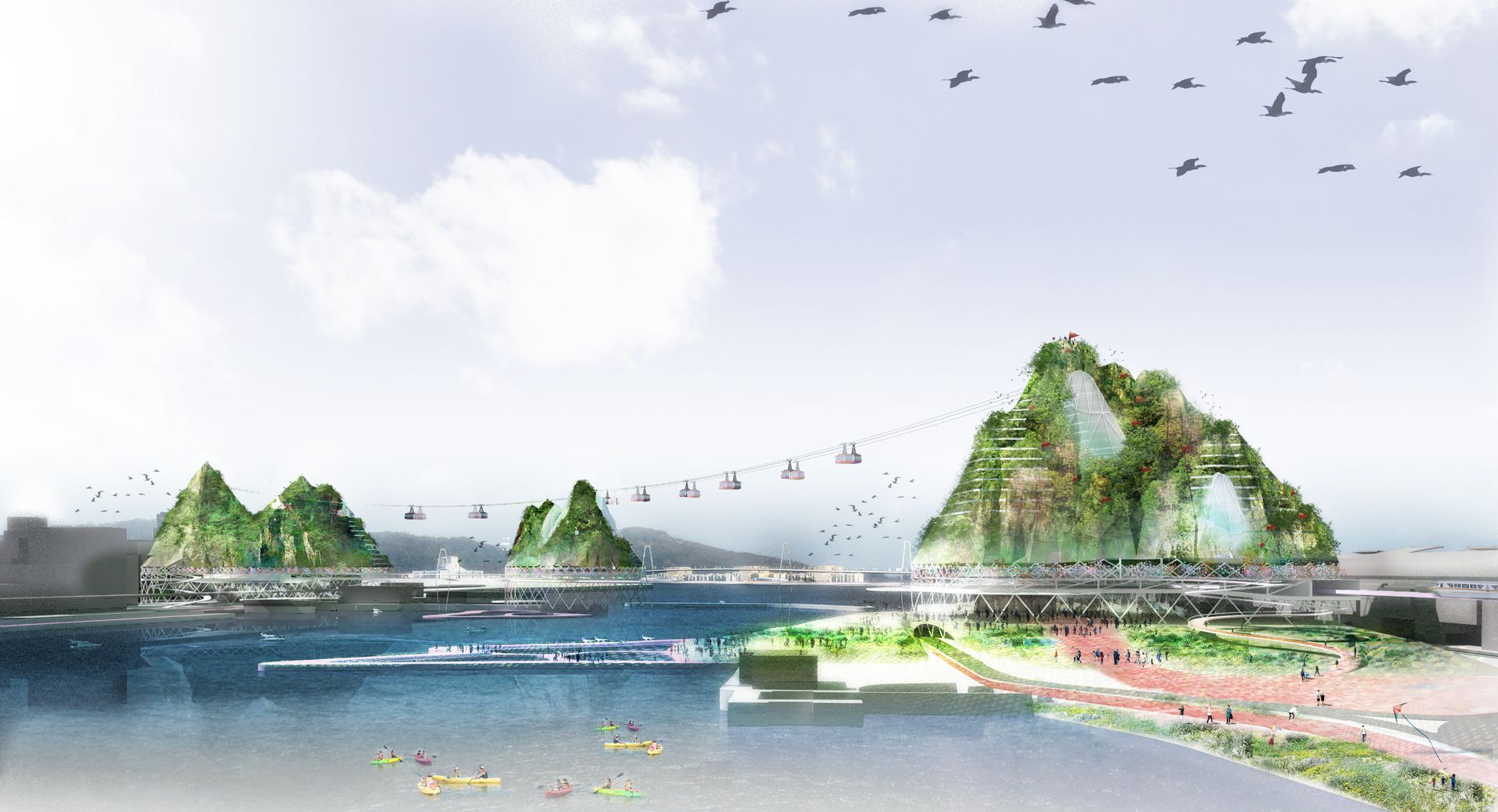
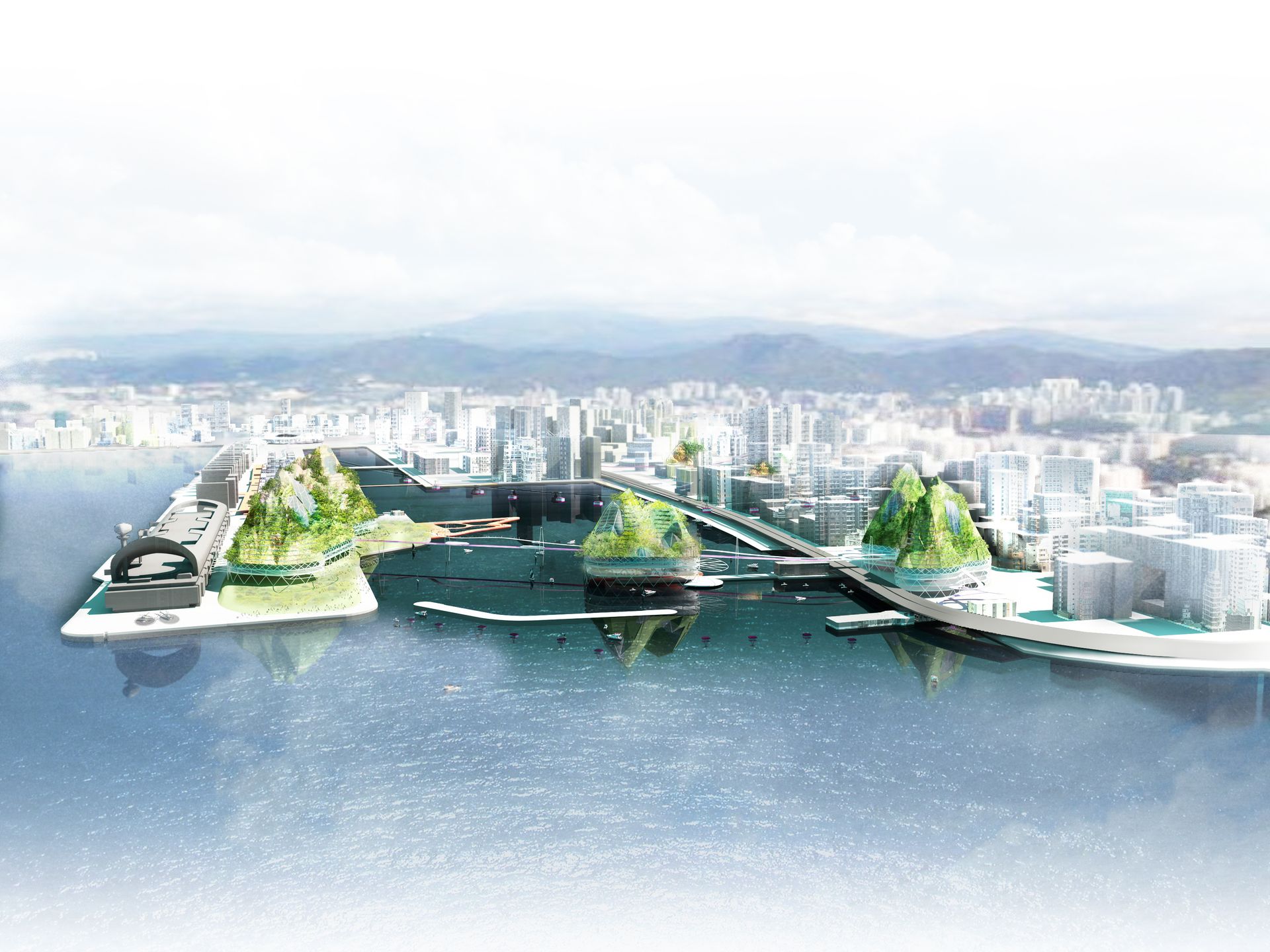
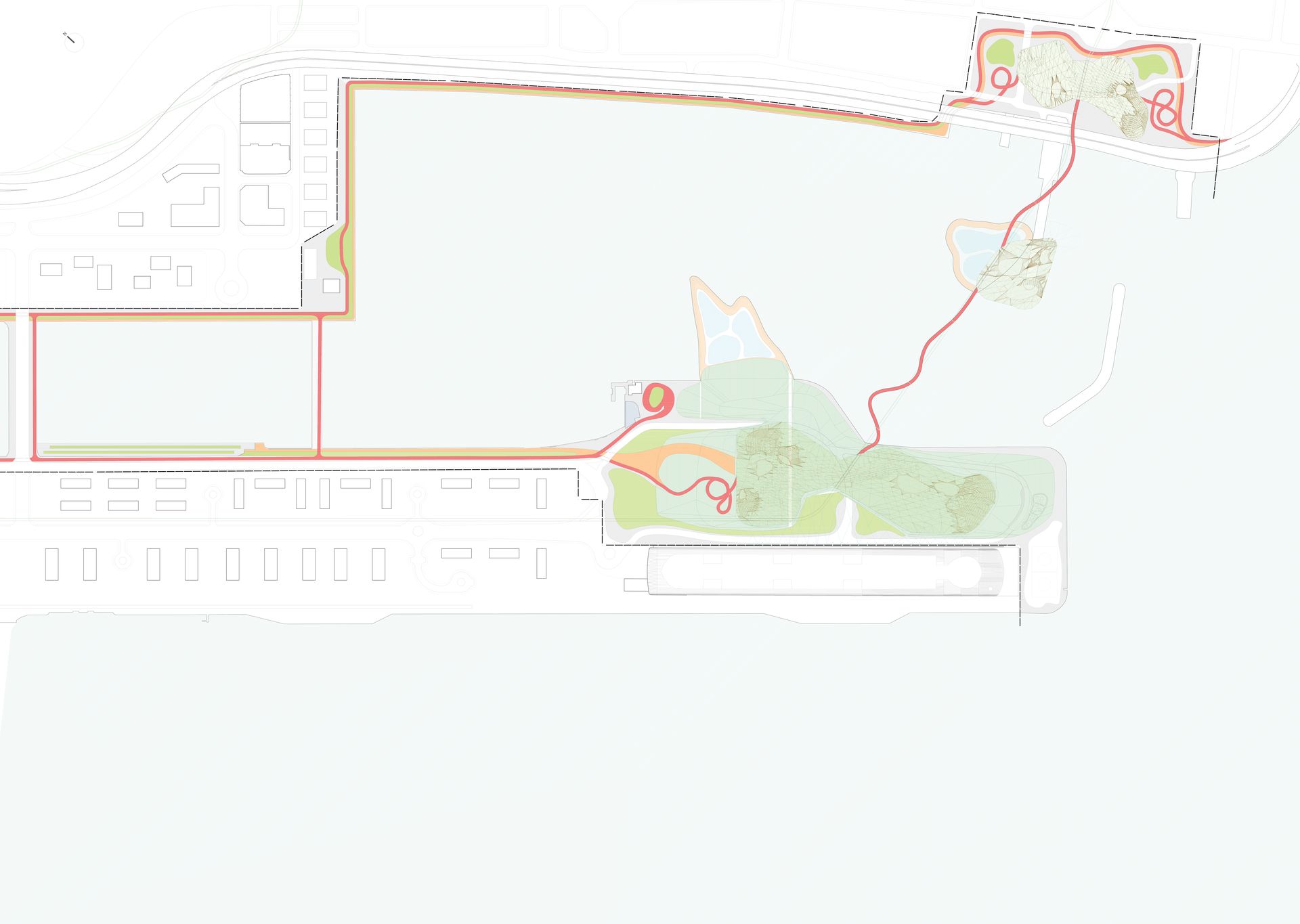
About the project
Transparency Actions developed during La Noche en Blanco, Madrid (September 22, 2007)
PUM PUM
People waiting in a queue emit sounds imperceptible to human ears. But these sounds can be made perceptible with the mediation of electronic devices. Small corporal microphones are distributed among those in line; these personal sounds then spread to the public, creating a unique composition. This ongoing generated symphony is played live for the people who have composed it.
Radio Mundo
The queues at La Noche en Blanco contain people from all over the world. The richness of this diversity has been made visible through sound-transparency systems that elaborate the cartographies of all the territories and regions connected to Madrid. The system distributes ten speakers that broadcast radio stations transmitted from the countries of origin of people occupying determined positions in the line.
Credits
Andrés Jaque / Office for Political Innovation
Design Team
Natalia Solano Meynard, Karin Rangel, Jorge Ruano, Allesandro Armellini, Pablo Hurlé, Leandro Morillas




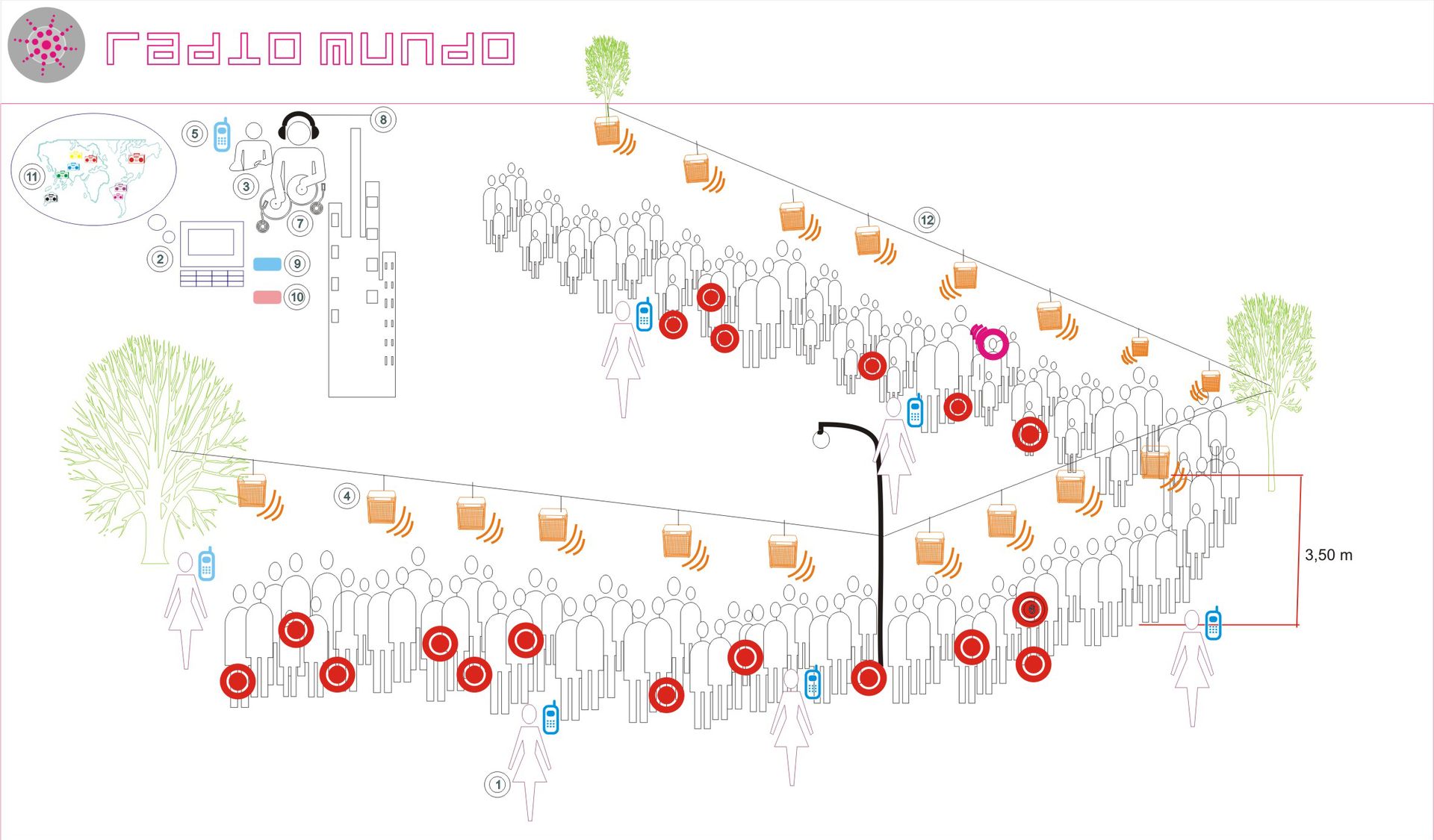
About the project
Invited to intervene in the glass facade of SESC 24 de Maio, Andrés Jaque / Office for Political Innovation proposed a film installation entitled Social Transparency. As an investigation of the building’s transparent frontage, Social Transparency explores this imposing element in all its ingenuity and layers, inquiring about the obsession of bringing glass to buildings to ultimately unveil the everyday making of a society. The film brings together micro-narratives recounting how the facade was manufactured and assembled, revealing the origin of its components and trajectories of its suppliers, scrutinizing its technological and social performance: how, to whom and by whom it is maintained. To this end, Andrés Jaque and his team conducted research work, including a series of interviews with an interdisciplinary group of interlocutors, from the architects to the building’s cleaners and some of São Paulo’s prominent experts on urban and environmental issues. The video installation invites visitors and bystanders to reflect on how the most trivial aspects of a construction can disclose deep and unknown political, economic and social mechanisms.
Credits
Andrés Jaque / Office for Political Innovation
Research Team:
Andrés Jaque, Marcos García Mouronte, Jesse McCormick, Eno Chen
Design and Installation Team
Roberto González García, Ludovica Battista, Marcos García Mouronte, Alberto Heras Hernández, Eno Chen, Paola Pardo.
Animations
Marcos García Mouronte, Eno Chen.
Voice Over
Ludovica Battista
Video editing
Ludovica Battista,
With Special Gratitude to:
Milton Braga
Helena Cavalheiro
Steve Chappell, Gabor Cseh
Clarisse Cunha
Vanessa Grossman
Paulo Mendes da Rocha, Ciro Miguel, José Paulo Gouvêa, Clarissa Mohany and Fernanda Teixeira (Baú – laboratório audiovisual Escola da Cidade)
Paulo Saldiva
Gerson Santos Nascimento

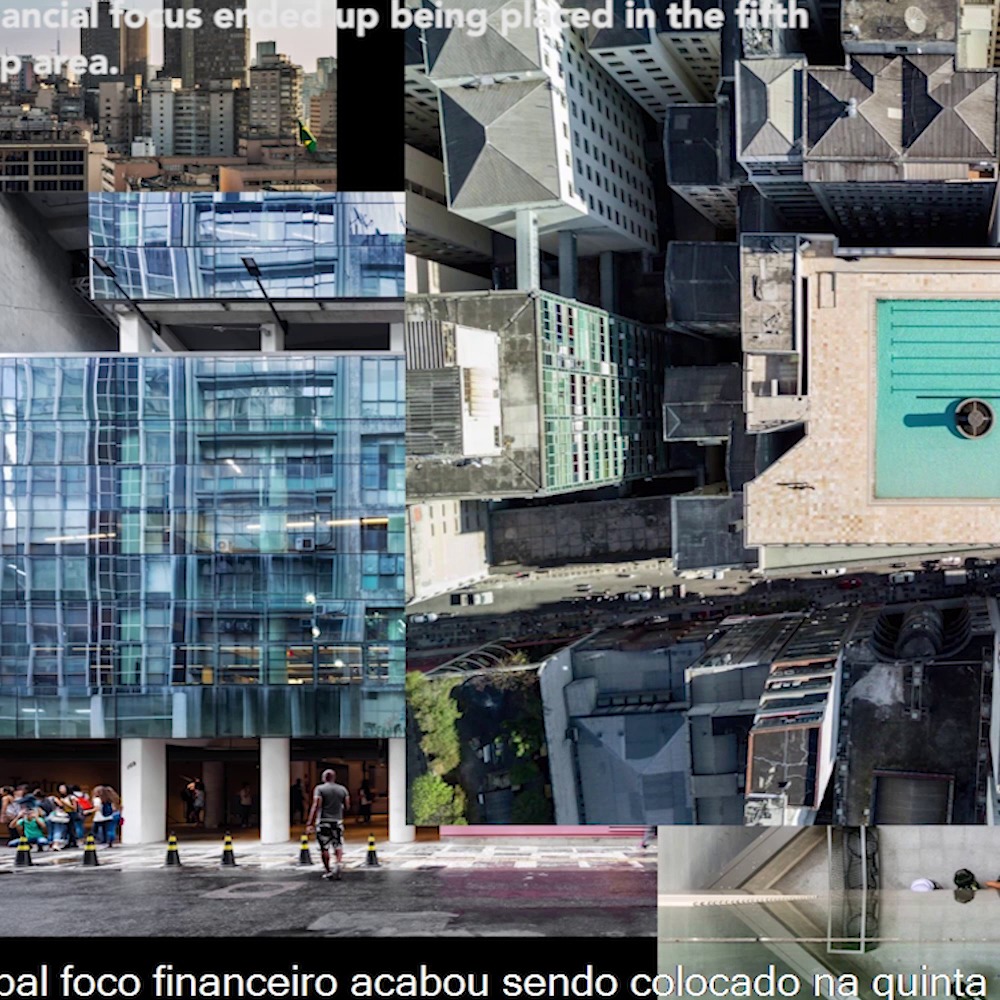
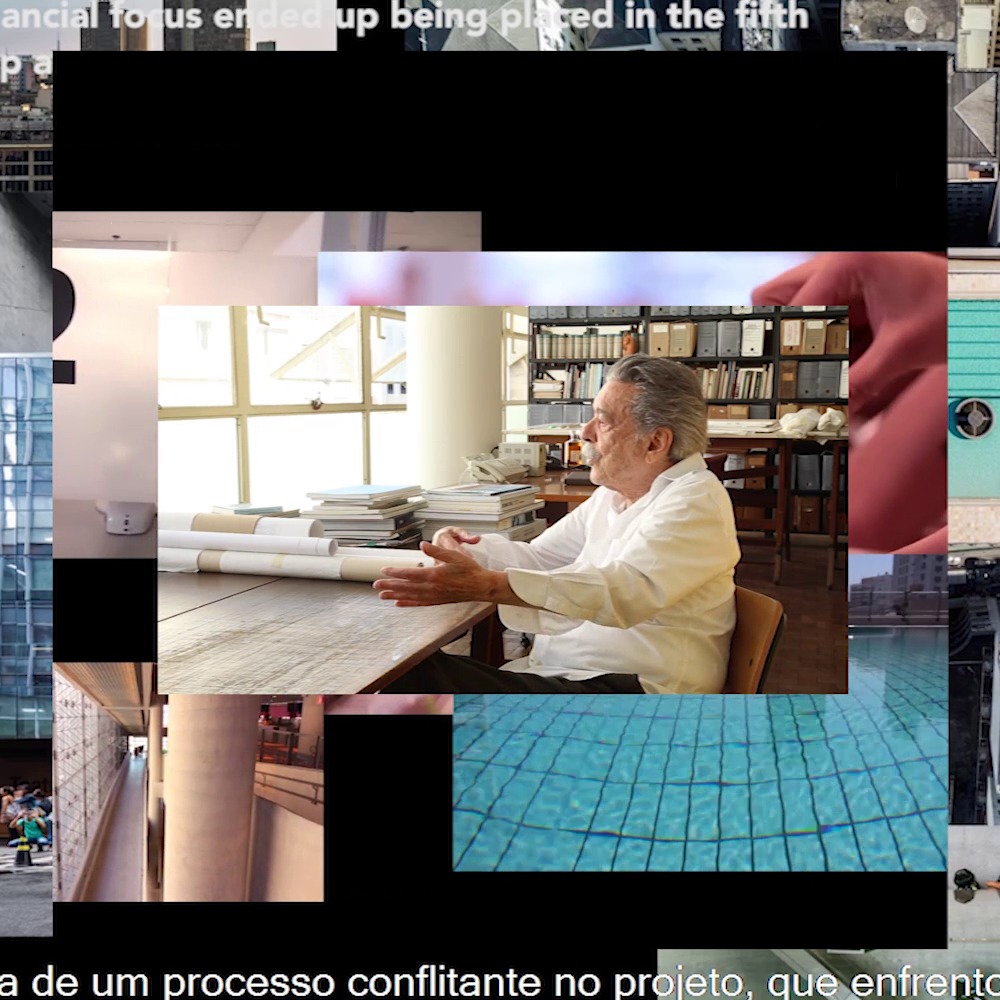
About the project
Politeca is an architectural ecosystem designed to empower Tacubaya’s communities. It is developed as a network of communal plazas, designed to promote opportunities for transversal interaction among people of different ages, sensitivities, conditions, and culture.
Credits
Andrés Jaque / Office for Political Innovation
Coordination, design and edition
Roberto González, Jorge López Conde, William Mondejar, Dagmar Stéeová, Paloma Villarmea
Sociological Research
Silvia Rodríguez
Structures Consulting
Boma




About the project
Rolling Revolution
Honourable Mention. Fundación KONECTA Social Architecture Prize
Or how to inject accessibility capsules that are meeting points, kitchens, and gardens simultaneously.
THE ROLLING REVOLUTION is a prototype of vertical communication modes attending to people with severe motor disabilities and integrating them into the general public. It is to be developed, mass-produced, and shipped to places where collaboration projects are required. Integrating people with motor disabilities and attending to their requirements is necessary, especially in places where conditions and context make such people more vulnerable.
THE ROLLING REVOLUTION implements non-exclusive vertical communication into common meeting areas, kitchens, and gardens that helps communities shape spaces of self-empowerment. These places can foster the necessary training for people with motor disabilities to become economically independent.
Placed among other buildings, these systems can serve as a meeting place for the whole community where it is easier to create networks of affectivity in the neighborhood. The prototype could be equipped with a little communal kitchen, like the one that AmaVida Foundation uses, and a rainwater tank to supply water for the collaboratively maintained garden of hanging flowerpots.
The whole system arrives packed in a container suitable for transport by truck, ship, or train. Inside the container, all the assembly elements for the ramp/kitchen/hanging-flowerpots-garden are packed. Once their bases are set up, the assembly is raised on telescopic columns. A system of wires hangs from the structure. The rings for the flowerpots are hung from the same structure.
Around the ramp/kitchen/hanging-flowerpots-garden, there can be a school, a training workshop for women, and a terrace/dining room built with simple technologies, based on the tradition of brick latticework, and painted bright colors.
Credits
Andrés Jaque / Office for Political Innovation
Production and Edition
Ruggero Agnolutto, Roberto González García, Michal Just, Paola Pardo-Castillo, Patrycja Stal, Silvie Talacková
In collaboration with
Carmen Ovejero
This Project has been made possible thanks to the collaboration of Anna Khatun and the AmaVida foundation in Calcutta.
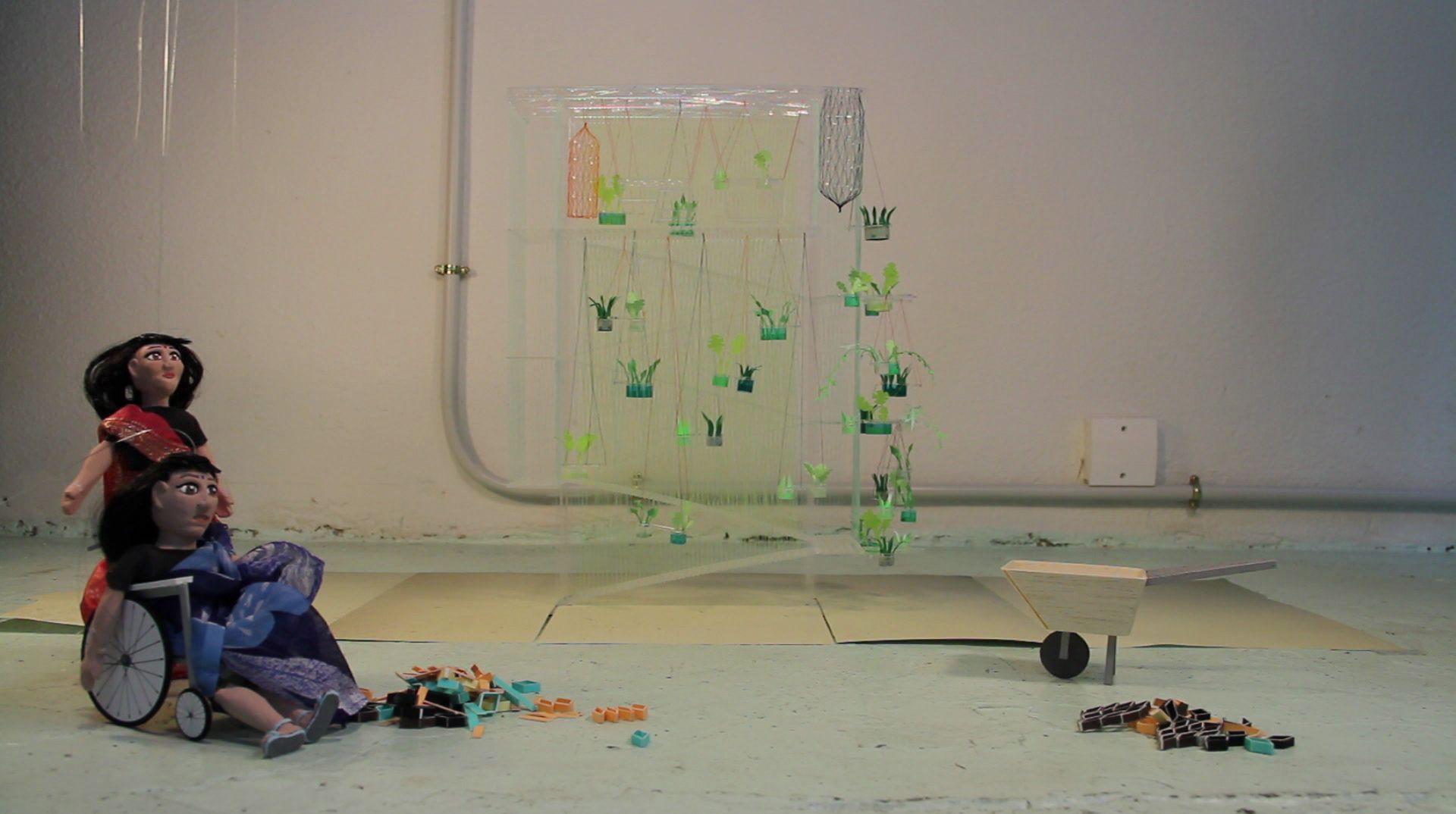
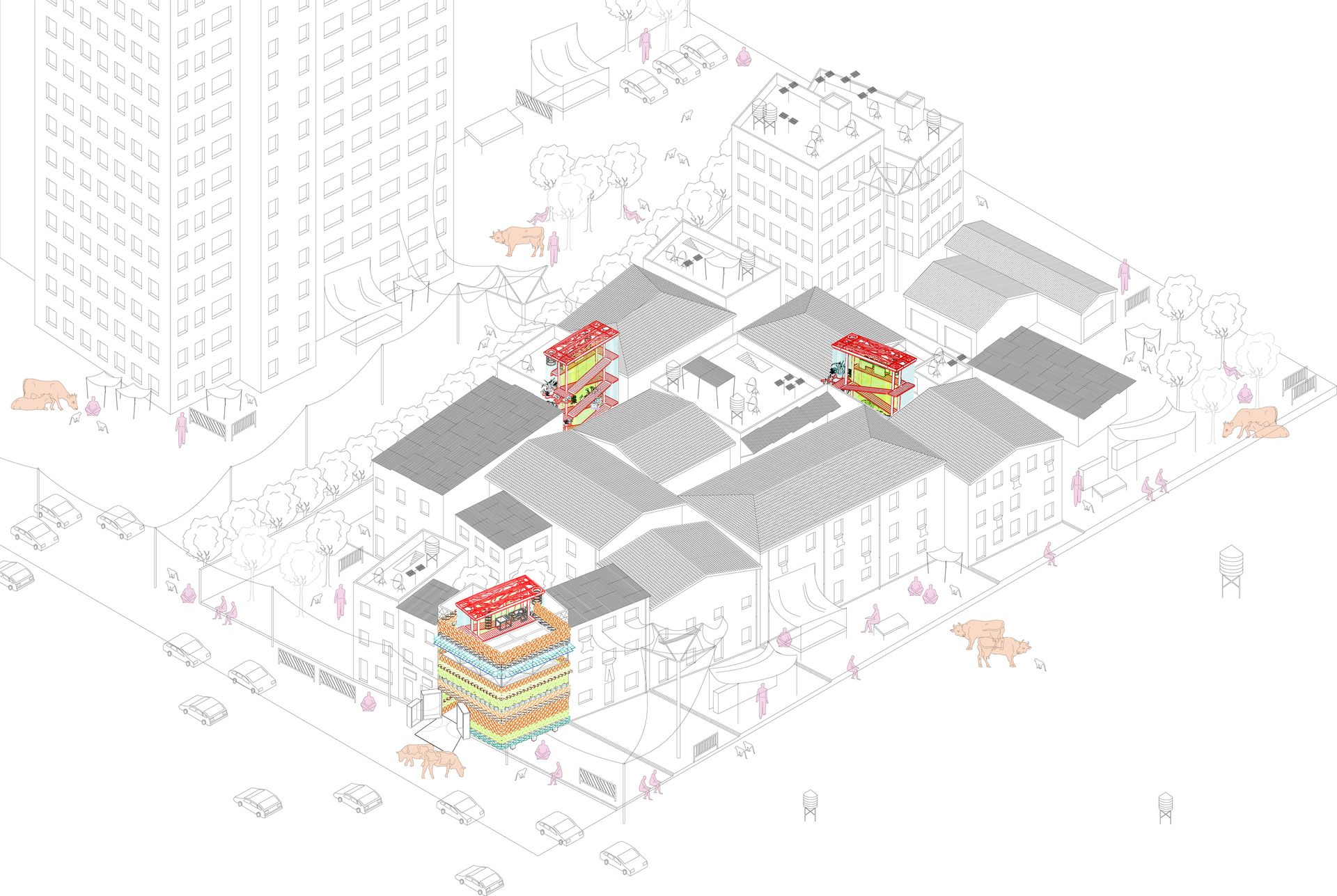
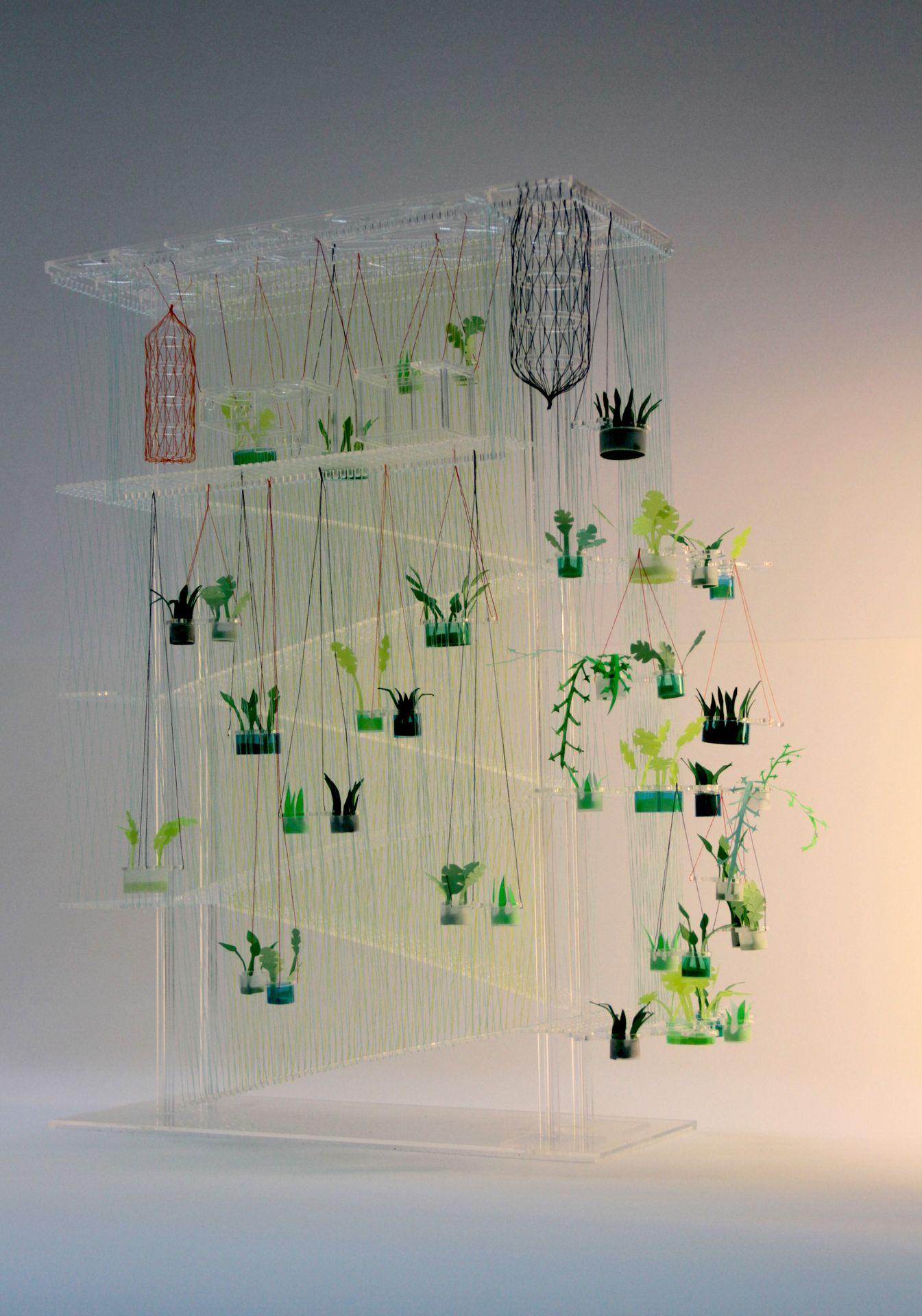
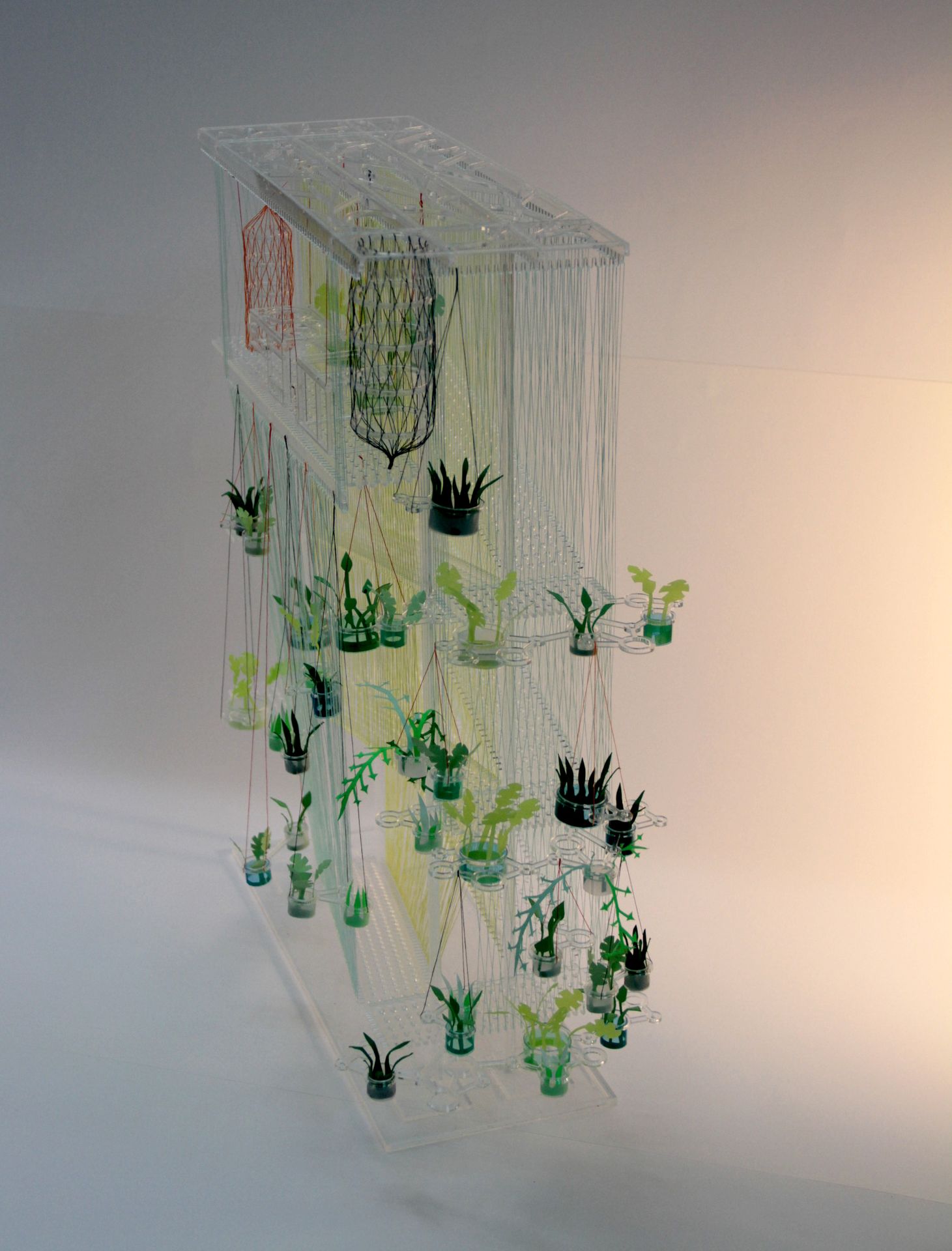
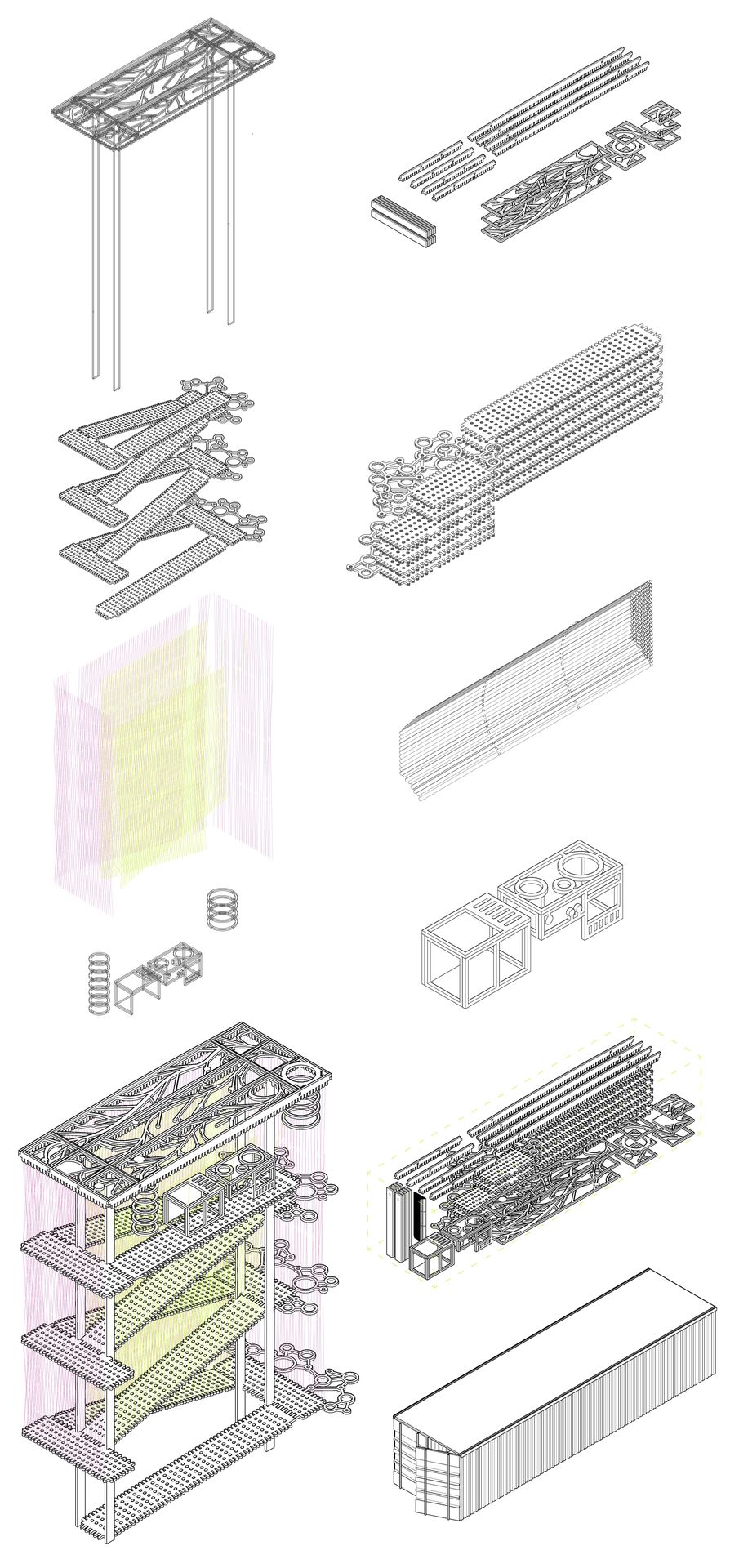
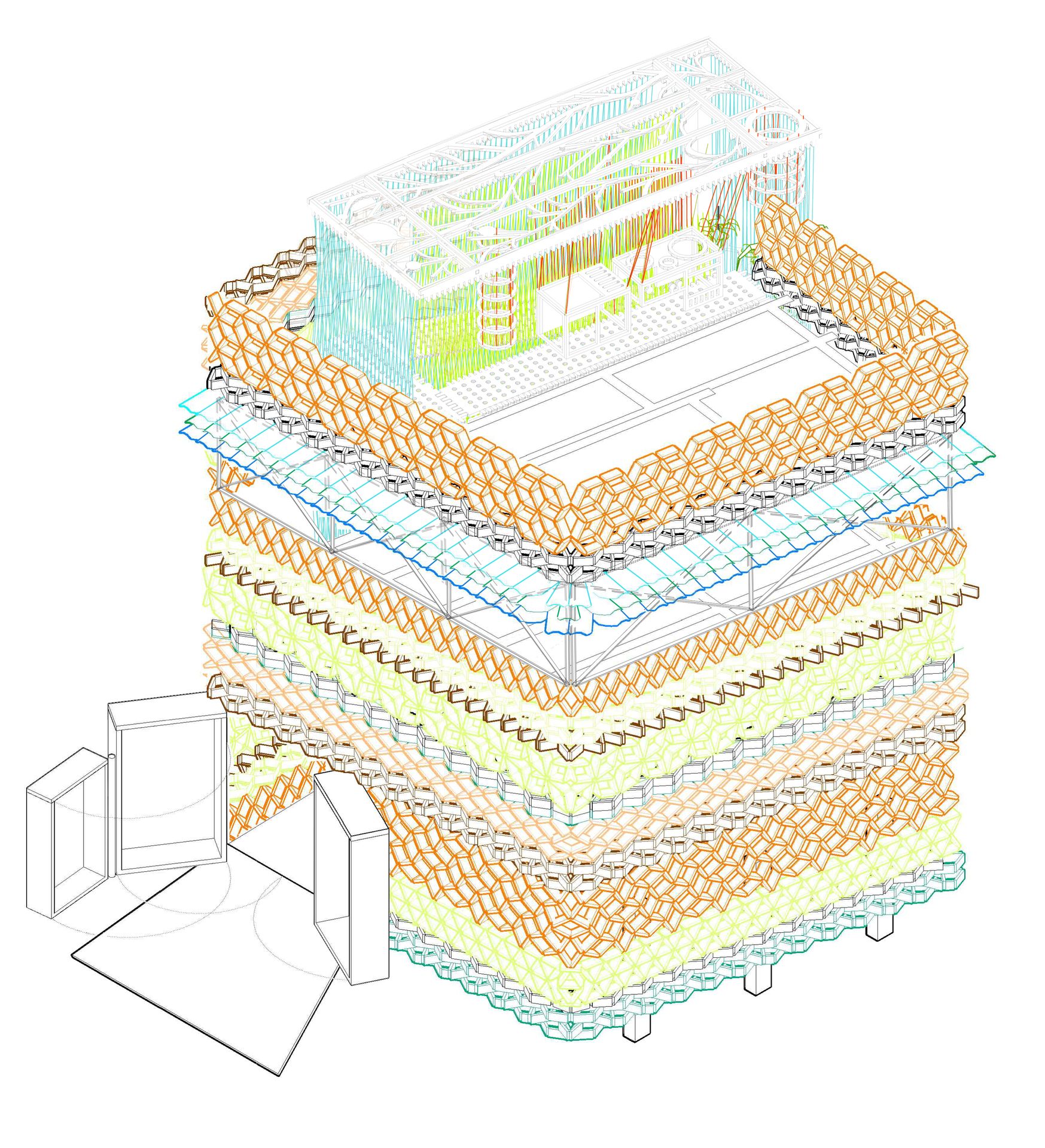
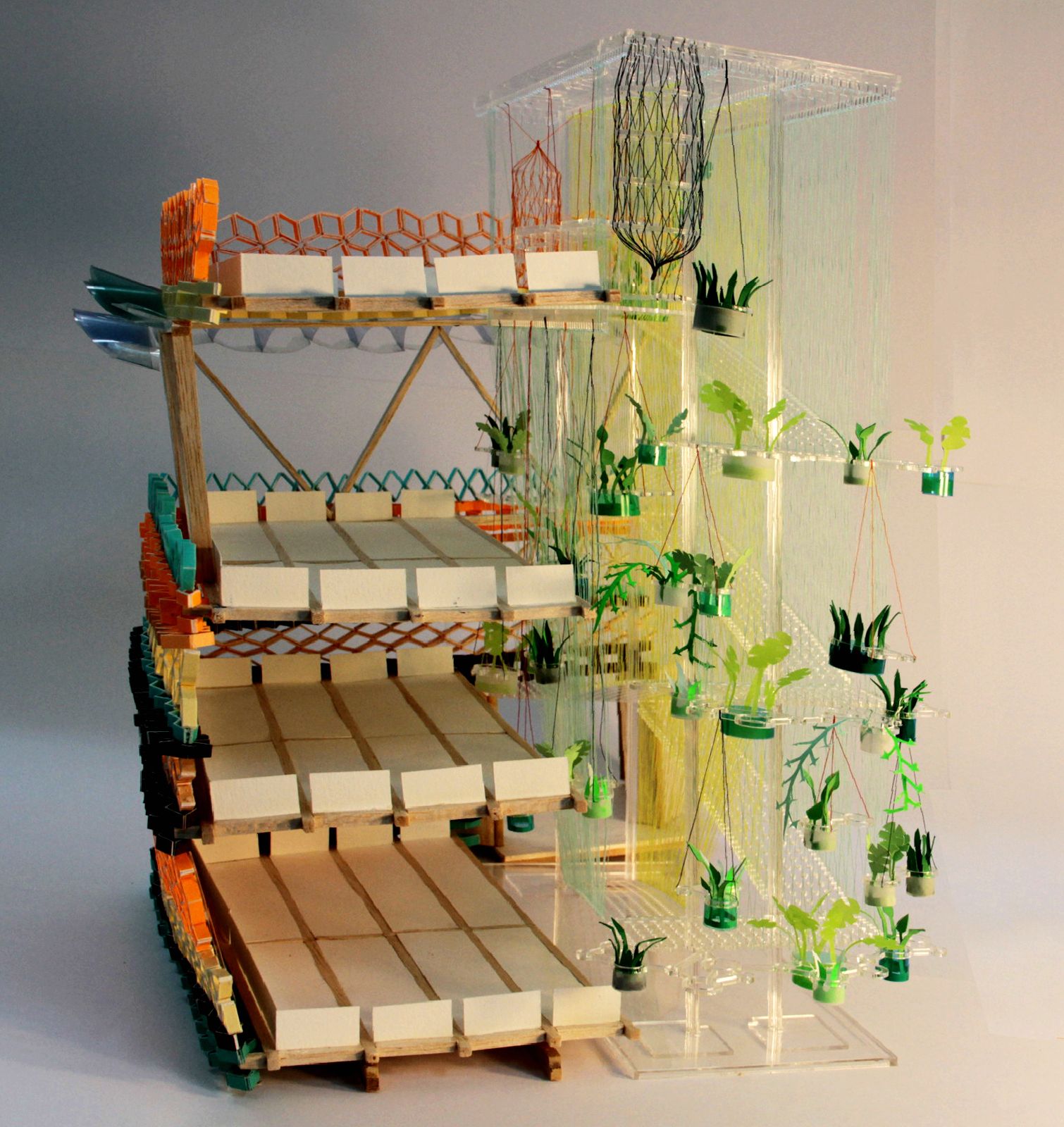
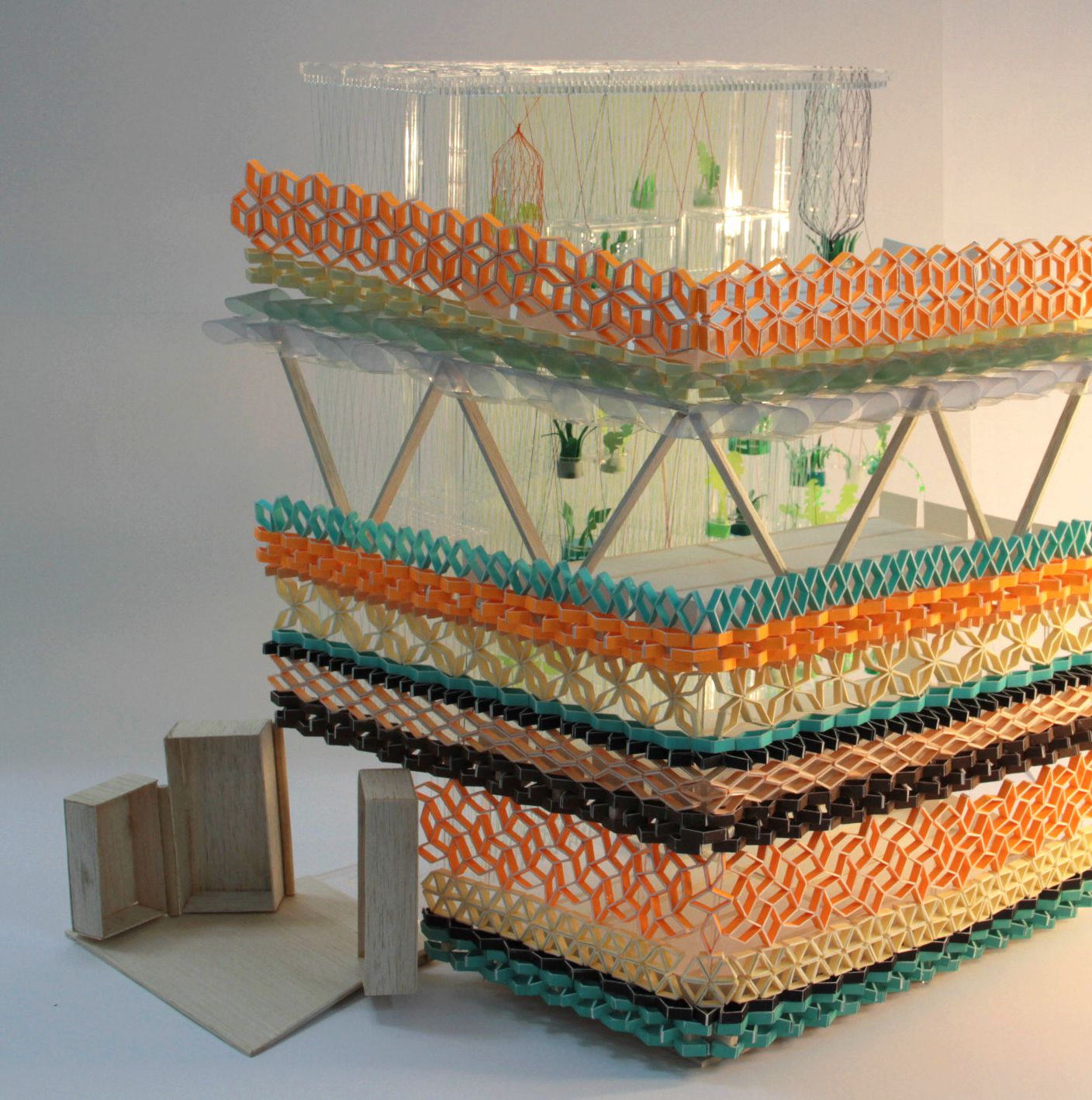
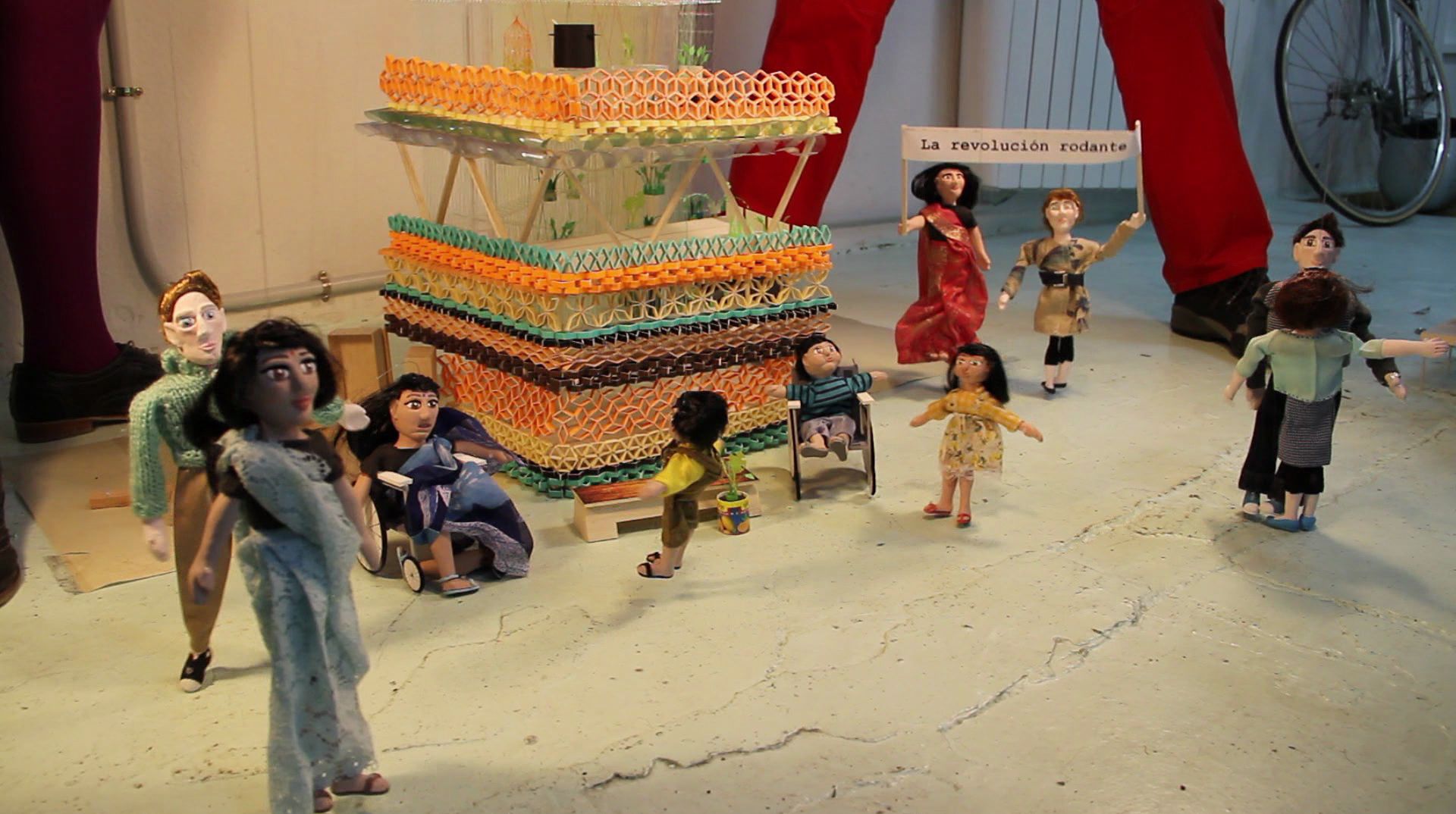
About the project
In the last decades, most of Bogotá’s wetlands have suffered significant damage due to unlicensed (in some cases) urbanization. The direct discharge of sewage onto the land and the use of ravines as landfill spaces have contributed to polluting the wetlands, affecting their ecosystemic richness and their environmental quality. This process is relatively unknown to Bogotá’s population, who is not aware of the impact that the activity on nearby hills may have on distant lands such as the wetlands.
The Demonstrative Techno-Floresta is a raised garden on a lightweight structure made out of steel tubes and tensors. As a bigger scale COSMO project iteration (and winner of MoMA PS1 Young Architects Program 2015 by Andrés Jaque / Office for Political Innovation), the project gathers an ensemble of ecosystems specifically designed to reproduce the relationship between the hill ecosystems, the ravines, the undersoil, and the wetlands of the city of Bogotá. In the process of circulation, the water goes through different ecosystems and thanks to the interaction with the designed ecosystems, it keeps low levels of toxicity so it is compatible with living beings.
Located centrally in the Bogotá Botanical Garden, the device has been designed with the aim to make water movement visible, so that the general public can understand the process of water flow and how it impacts urban and non-urban environments.
Credits
Andrés Jaque / Office for Political Innovation with Antonio Yemail
Design Team
Roberto González García, Laura Mora Vitoria, Marta Jarabo Devesa, Danay Kamdar, Flavio Martella, Víctor Nouman García, Belverence Tameau
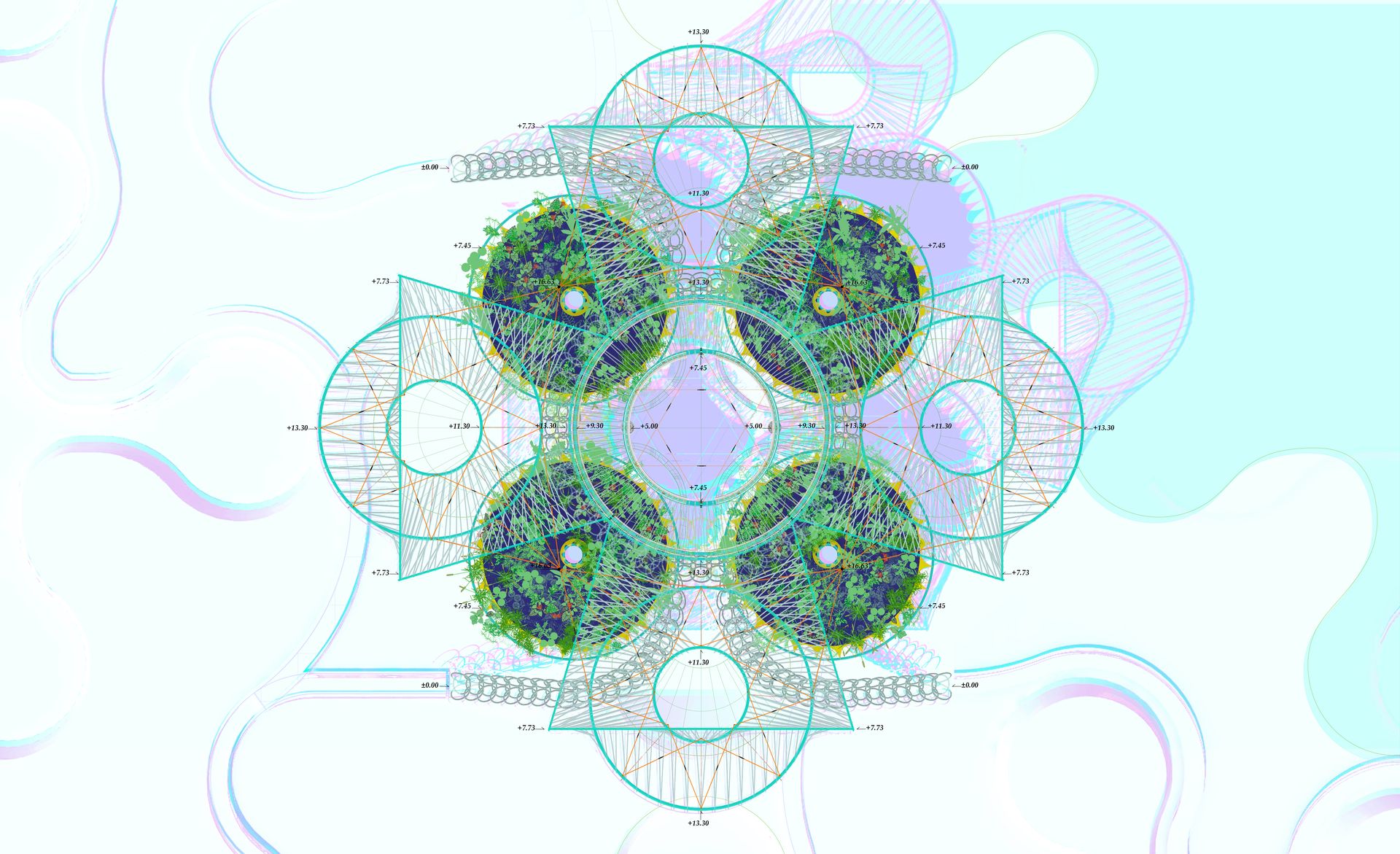
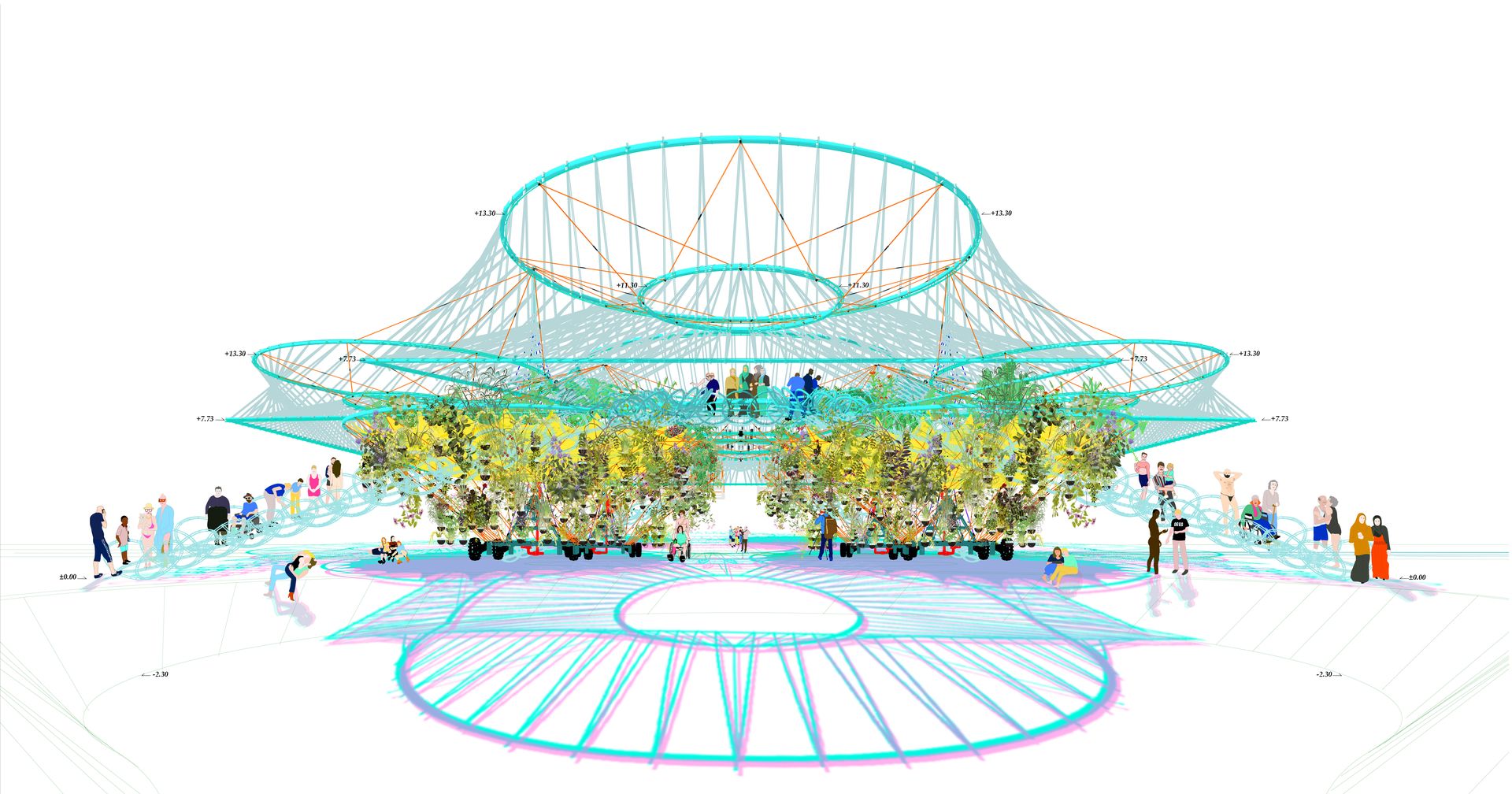
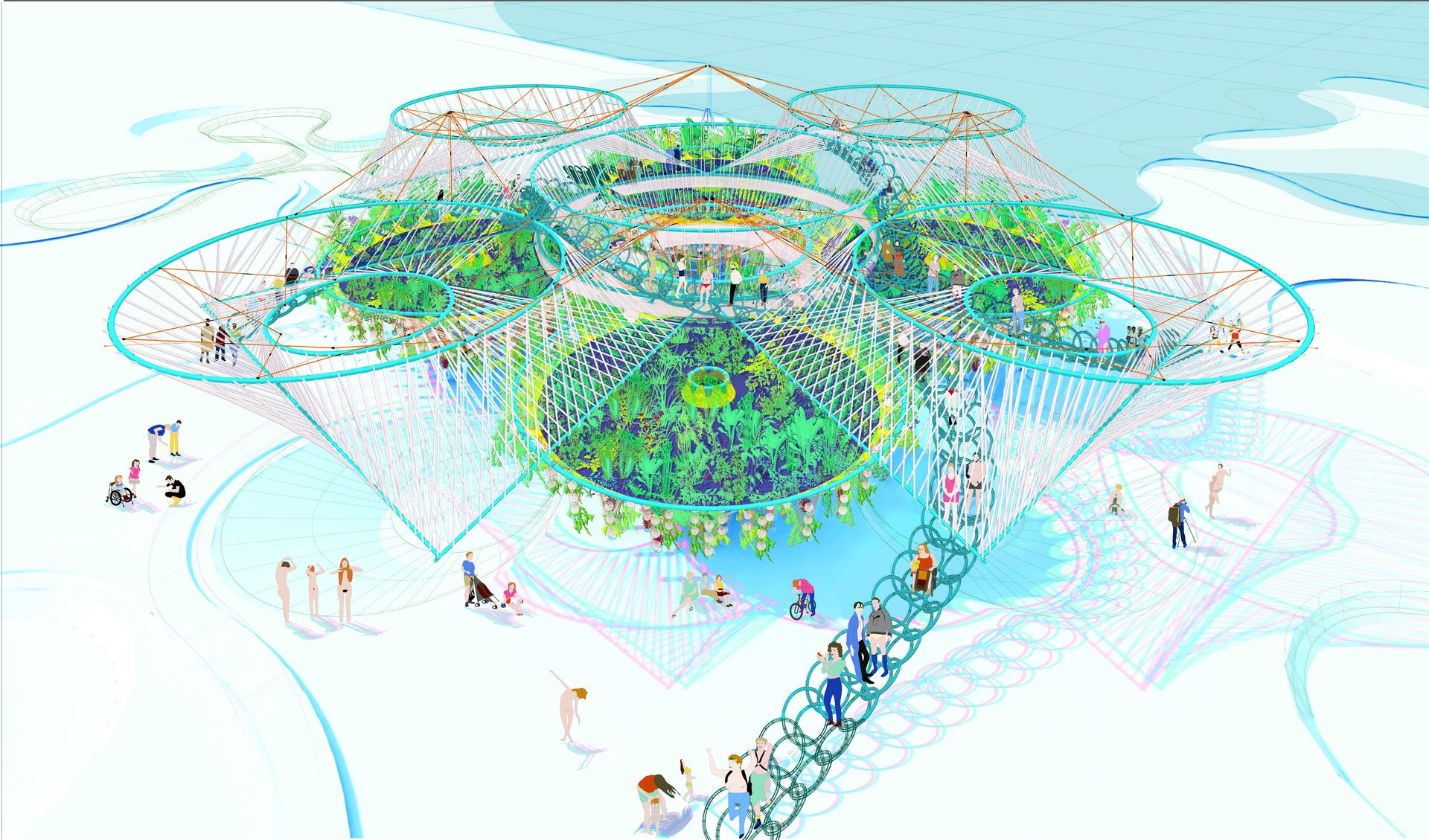
About the project
Manifesta 12, Palermo.
The Planetary Garden. Cultivating Coexistence.
Throughout history, the city of Palermo has been a laboratory for diversity and cross-pollination. Continuous migration – from the Ancient Greeks, the Arabs and the Normans to the recent arrival from Northern Africa, South East Asia and the Middle East – has constantly redefined the city and its people. Palermo’s streets, architecture, parks, cultural legacy and personal histories are the result of a long-lasting syncretism of cultures across the Mediterranean and beyond.
In the 1875 painting View of Palermo by Francesco Lojacono – in the collection of the GAM Museum in Palermo – nothing is indigenous. Olive trees came from Asia, aspen from the Middle East, eucalyptus from Australia, prickly pear from Mexico, loquat from Japan. Citrus trees – a symbol of Sicily – were introduced under Arab sovereignty. The botanical garden of Palermo, Orto Botanico, was founded in 1779 as a laboratory to nurture, study, test, mix and integrate foreign species. Palermo’s Orto Botanico inspired Manifesta 12 to look at the idea of the “garden”, exploring its capacity to aggregate difference and to compose life out of movement and migration.
Gardens are places where diverse forms of life mix and adapt to co-exist. They allow for crosspollination based on encounter. In 1997, French botanist Gilles Clément described the world as a “planetary garden” with humanity in charge of being its gardener. But how to tend to a world that is moved by invisible informational networks, transnational private interests, algorithmic intelligence, environmental processes and ever-increasing inequalities? Twenty years later, the metaphor of the planet as a manageable garden is still attractive, not as a space for humans to take control, but rather as the sites where “gardeners” recognize their dependency on other species, and respond to climate, time, or an array of social factors, in a shared endeavor of caring.
Palermo Atlas, the urban study by OMA, reveals Palermo as a node in an expanded geography of movements – of people, capital, goods, data, seeds, germs – that are often invisible, untouchable and beyond our control. Palermo is shaped by these flows and journeys, from Somalia to Scandinavia, from Indonesia to Gibraltar and the Americas. Palermo is a global city, but one of the problematic-global, a place where key transnational issues converge – from climate change and illegal trafficking to the simultaneous impact of tourism and migration.
Palermo’s position at the crossroads of three continents makes it an ideal location for Manifesta 12 to investigate some of the key changes of our time. But it is also a place where the current model of globalization is contested with new perspectives on civic engagement. In the 1990s, the Primavera di Palermo social movement against the mafia helped the city emerge from decades of criminal control, with a determination to establish new forms of civic agency. Similar ambitions arise in Palermo today, as it embraces migration and proposes new models of citizenship (the ambition to abolish the residence permit) and human rights (Mayor of Palermo Leoluca Orlando’s proposal to establish mobility as a human right).
Collaborating closely with Palermitan partners, Manifesta 12 co-inhabits Palermo as a laboratory for the challenges of our time, looking for traces of possible futures. In the context of globalization, Manifesta 12 chooses to be radically local in engaging with the city in all of its diverse components. The Planetary Garden hosts 5 main sections, each touching on key topics of the concept:
- Garden of Flows will explore toxicity, plant life and the culture of gardening in relation to the global commons in Orto Botanico.
- Out of Control Room will investigate power in today’s regime of global flows. This part of the biennial takes place in Palazzo Costantino at Quattro Canti, once the political and symbolic center of the city, since long abandoned.
- City on Stage will build on existing opportunities in the outskirts of Palermo to further develop plans that are stuck somehow and have not been realized. Productive collaborations can act as a catalyst and possibly extend into future initiatives in Palermo.
- Manifesta 12 Publication occupies the space between print and digital with a dynamic publication that will evolve and auto-generate itself as a new issue every day throughout the biennial. Able to be printed on demand, the publication will replace the classic biennial catalogue with a more fluid and collaborative publication for the age of flows.
- Teatro Garibaldi hosts a library, café and program of public events, including debates, workshops and film screenings (presentation of films shot in Palermo with introduction and/or Q&A).
Exhibition:
Manifesta 12, Palermo. The Planetary Garden. Cultivating Coexistence (16.06.18 – 04.11.18)
Credits
Manifesta 12, Palermo
The Planetary Garden.Cultivating Coexistence
Curated by
Bregtje van der Haak, Andrés Jaque, Ippolito Pestellini Laparelli, Mirjam Varadinis
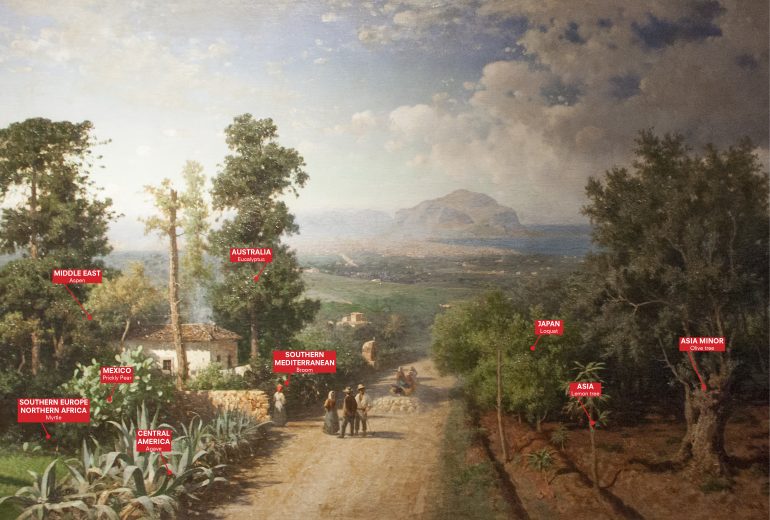

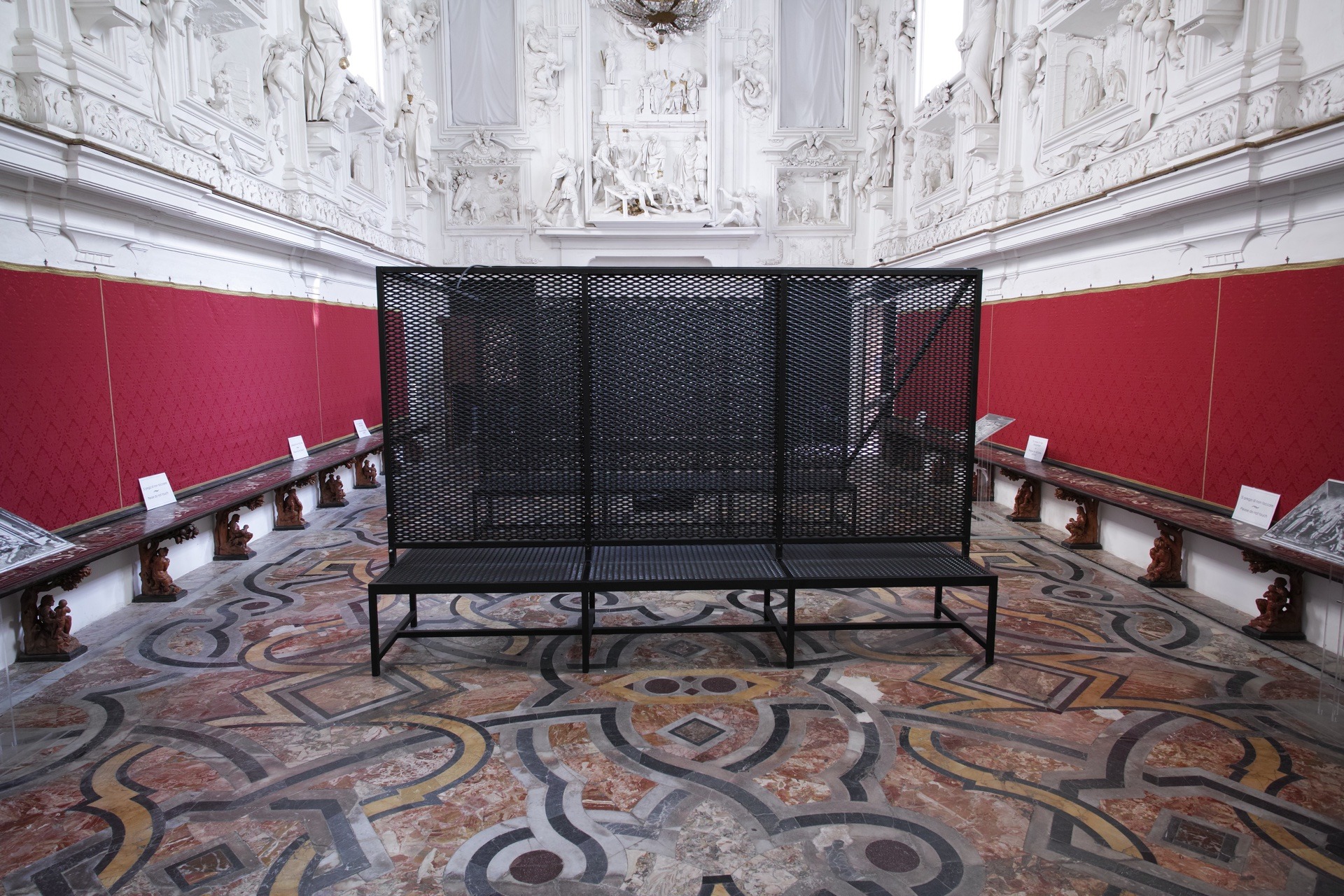






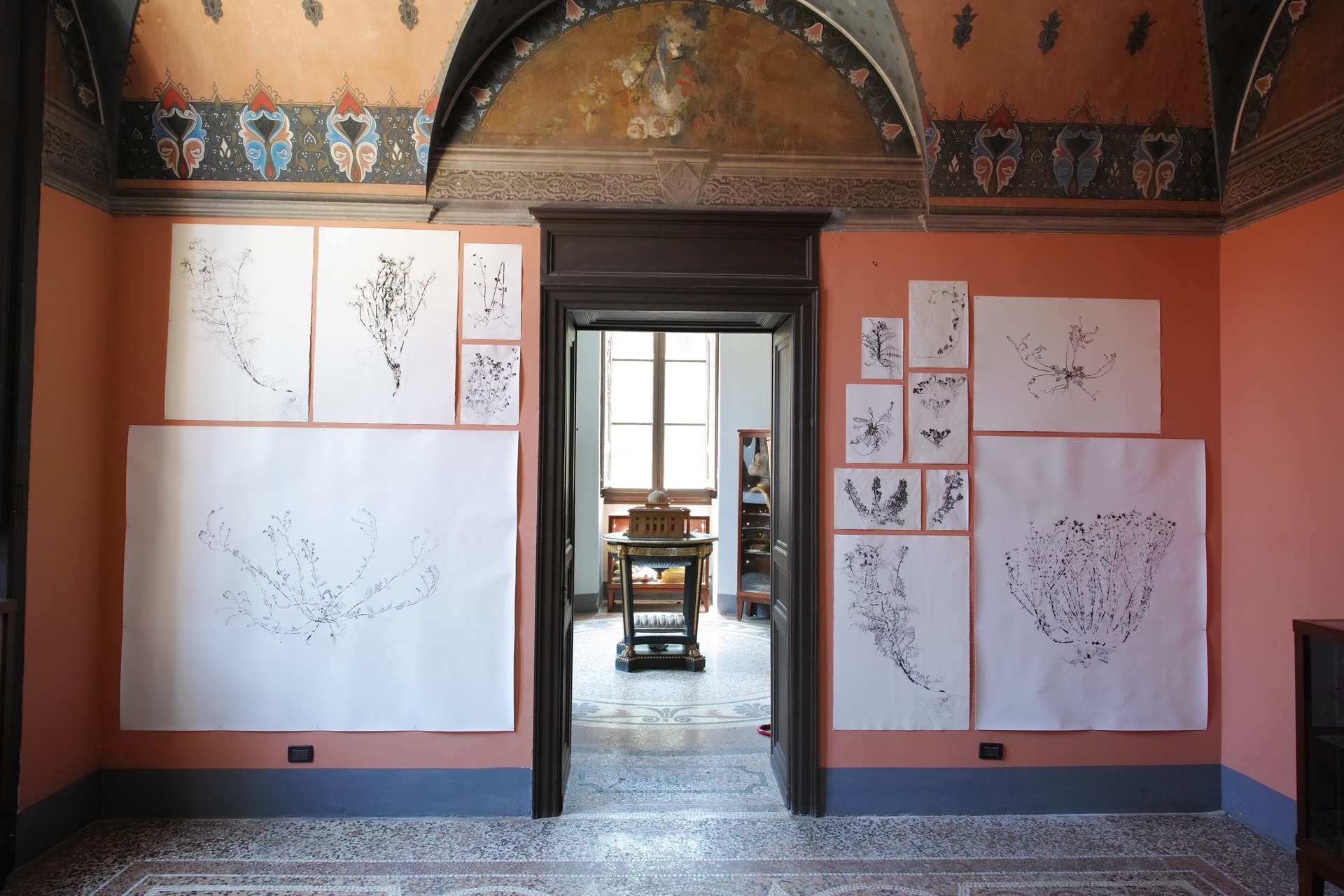

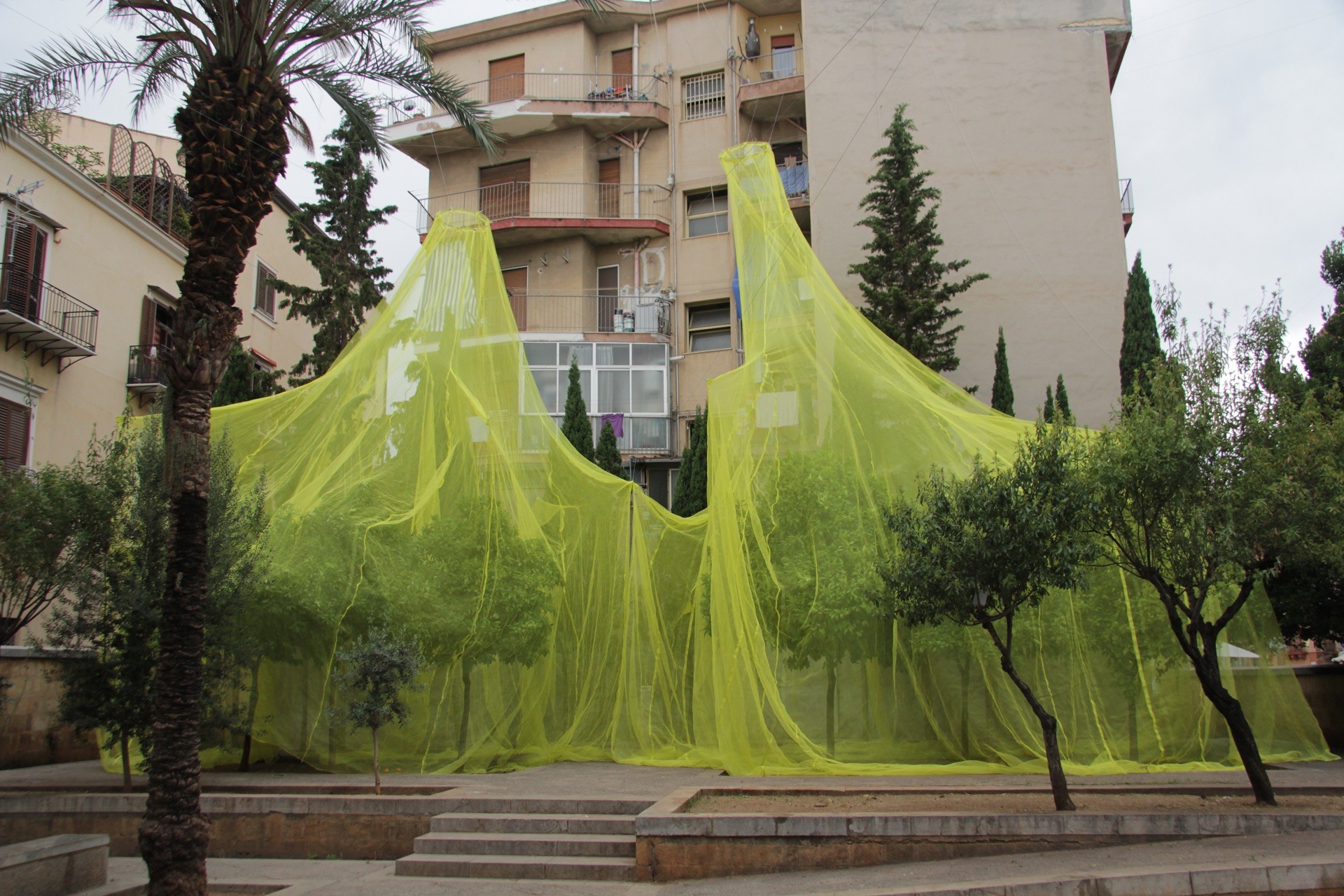












About the project
Sao Paulo 300 mm is a living room in the Galaxy. Just as the way an afternoon TV talk show is able to re-enact an evening of conversation in our living room, so too does this design re-enact the city of Sao Paulo with tape, cheap plastic, bicycle wheels, and old fabrics. It is a low tech use of the same strategies with which we build the fictions of mediated daily life: Sao Paulo in Madrid with televisions and aluminum foil.
The exhibition is an infrastructure that operates in several dimensions. In the first place, it provides access to the infrastructures of the city through immersion devices both sensorial (measuring humidity, acoustic context, etc.) and symbolic (providing day-to-day snapshots through cinematographic and TV narratives familiar to Sao Paulo’s experiences).
Secondly, Sao Paulo 300 mm is also a broadcast infrastructure that compiles in the exhibition space multiple information transmitters of diverse fragments of realities: video shots, photographs, plans, and voice messages broadcasted by sometimes obsolete and old-fashioned technology that in the end is a very efficient way of transferring the complexity of the city to the exhibition space.
Finally, the most discussed issues of contemporary Sao Paulo are transferred to the daily context of the visitors through demonstrative marketing techniques. In fact, Sao Paulo 300 mm is an exhibition in which not only is what is displayed important, but also the whole debate promoted through the devices designed for the display.
Credits
Andrés Jaque / Office for Political Innovation
Design, coordination and edition
Guido Brandi, Borja Gómez, Diana Hernández, Jorge Ruano, Natalia Solano
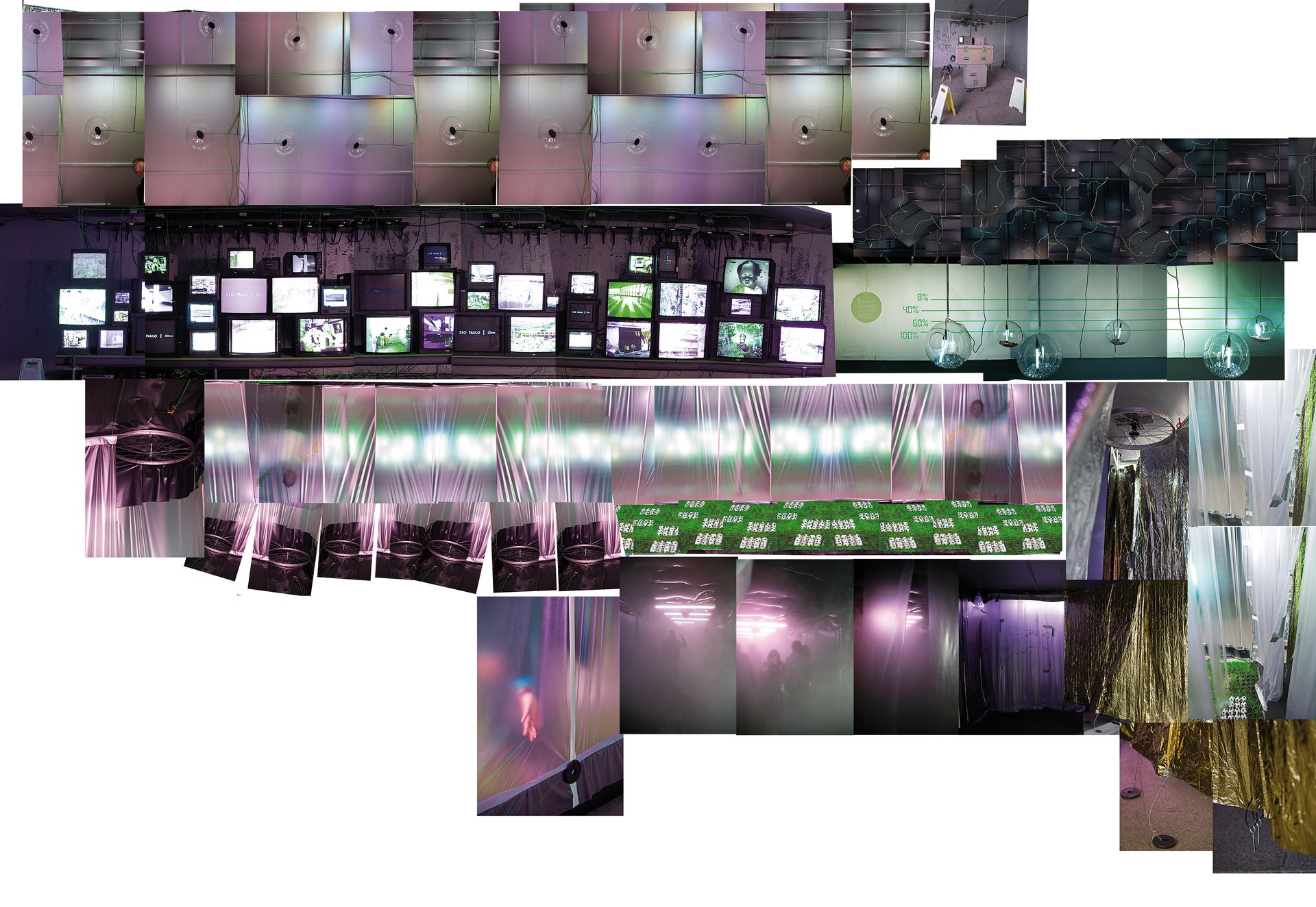

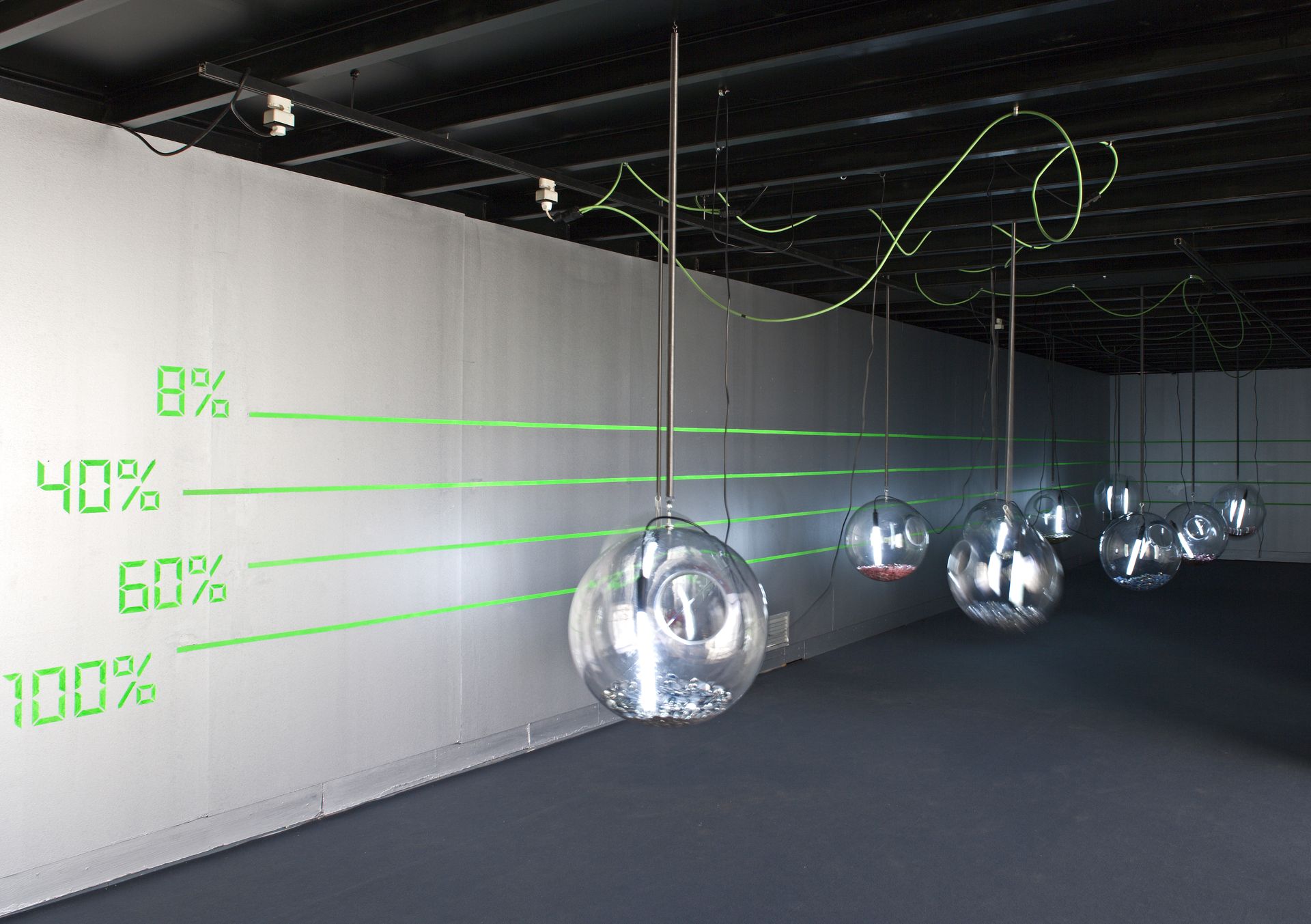


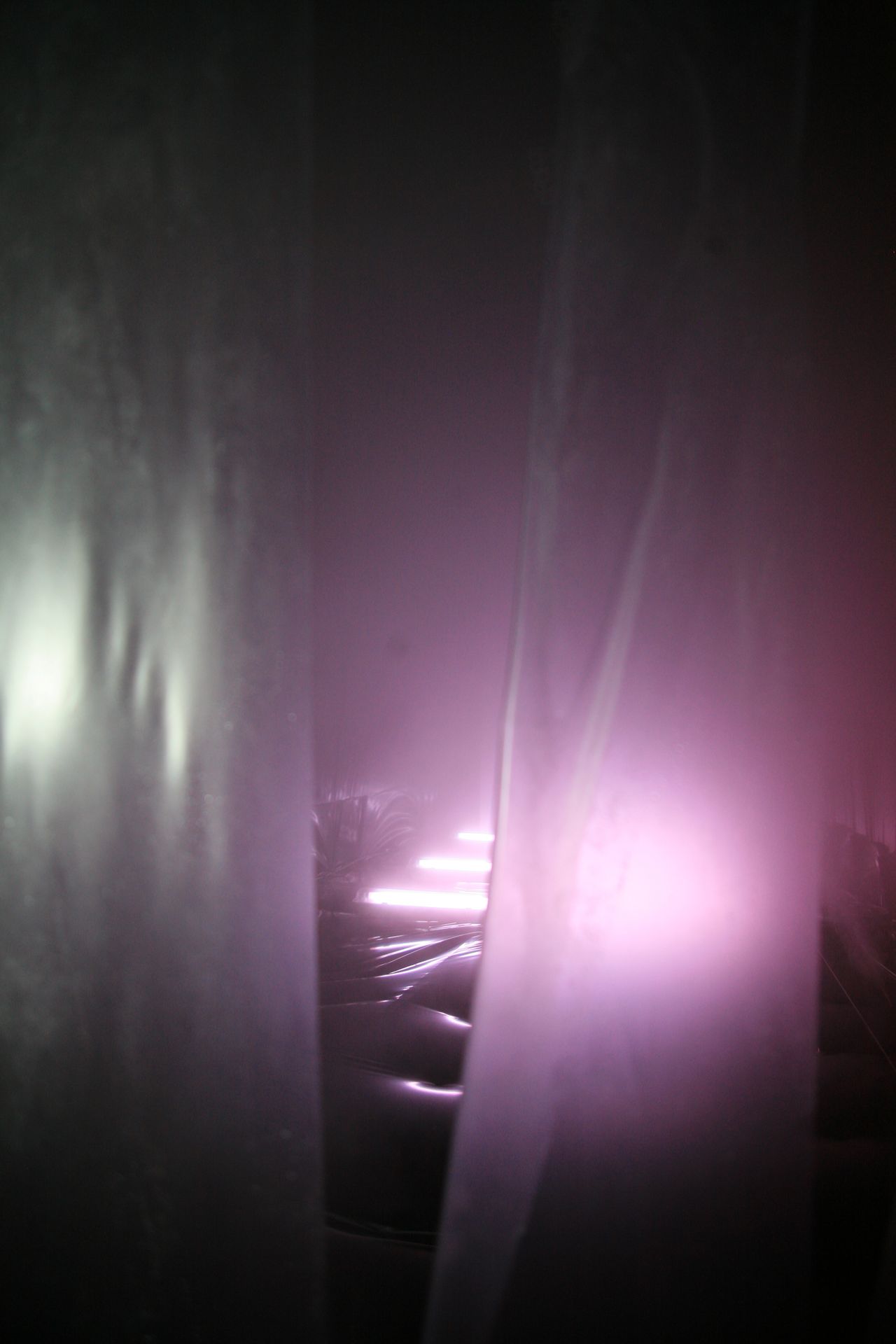

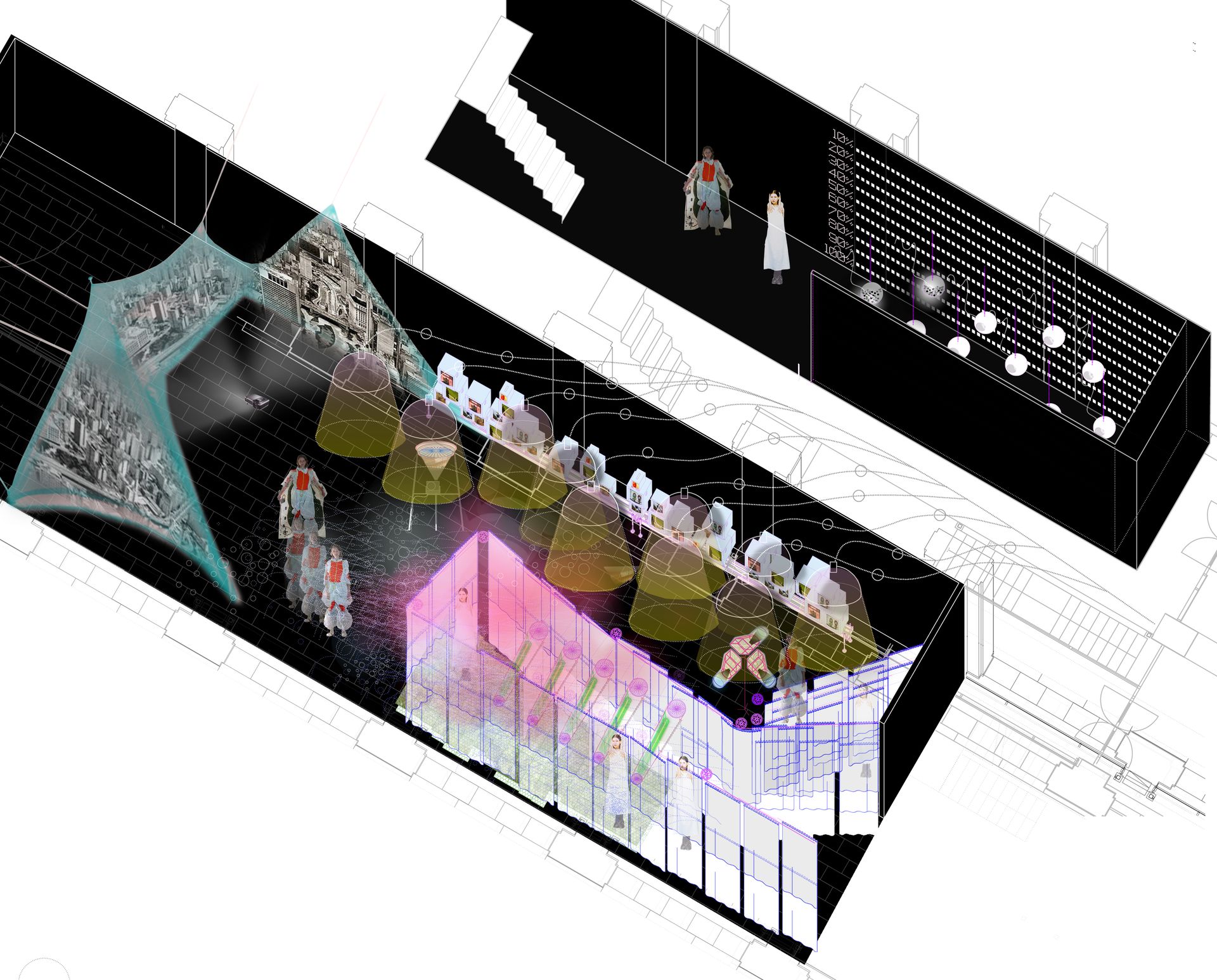

About the project
Yecla Municipality’s plan to build a multipurpose center to promote locals’ and visitors’ awareness of the environmental value of Cerro del Castillo was levered by this project as an opportunity for a mix-use building to redefine the way humans relate to their environment. Conceived as a crossroads that allows access to the cerro, the building provides opportunities for humans and non-humans to develop ways to know each other and to experiment with coexistence. The building is designed as a puzzle of nurtured pieces of the surrounding ecosystems. These pieces are curated so that they can be read and understood by humans, and to also provide sustainable ways for humans and non-humans to experiment with the mutual adaptations needed to grow durable forms of coexistence.
Credits
Andrés Jaque / Office for Political Innovation
Design and Production Team:
Alejandro Martín Maté, Juliana Gutiérrez, David Segura, Ondrej Laciga

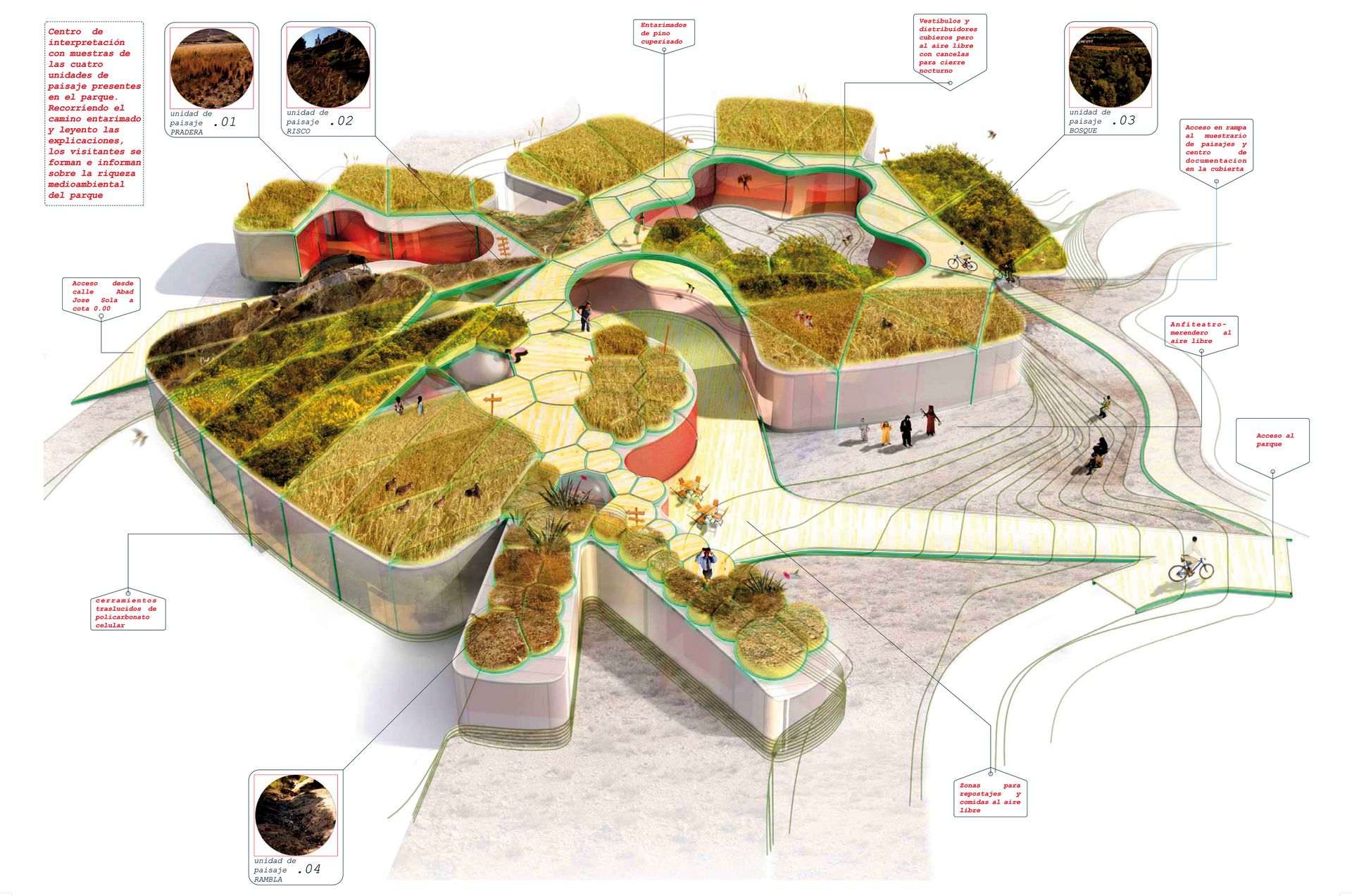



About the project
The Sábana Santa de Tromsø is a seemingly white 60 x 300 cm fabric that was sent inside a shoebox to the Office for Political Innovation headquarters in Madrid by the architect Annike Romuld. The idea was launched a few years earlier during a boring designers meeting in Oslo. The deal established that the Office for Political Innovation would be in charge of making architectural actions using the content of the shoebox with the aim of defining experimentally what could be conceived as an architectural action at that moment.
A detailed study of the packaging could reconstruct the trajectory of the shipping by analyzing the marks on the wrapping paper (stamps, postmarks, customs marks, etc.). The fabric was studied in the same way. The Office for Political Innovation scrutinized it inch by inch, covering all the surface with a thread-counter and extracting some samples to be analyzed in a lab. When the survey was done, the fabric was not as white as it seemed. It had become a space where all the agents and actions in contact with the fabric were represented, a space where a series of social insertions emerged as visible phenomena.
All detected actions were registered in the fabric with embroidery. The fabric, thanks to the mediation of the embroidery, become then a critical device equipped to promote its own scrutiny. And it is in-between the white fabric and its envelope, in the tension generated between them, where one can find the arguments that make the design a passing point in the process of reconstructing societies.
Credits
Andrés Jaque / Office for Political Innovation
Research and production
Helena Bartosova, Sarah Caperos, Carmen Ovejero, Claudia Picazo , Teresa del Pino Charle, Pedro Pinto-Correia




About the project
Transurban Love is a research-based installation showing the way daily urbanisms have been radically reshaped by new forms of love resulting from the development of digital interaction, massive data storage capacity, robotics, and locative media. Since 2008, love has been the ultimate geography of neoliberal ideology, technological consolidation, and real estate supremacy. In the post-2008 era, true love was replaced by verified lovability; matching was replaced by profiling; helicopter-view condominiums took over 1980s, 90s and 2000s-era love-finding disco venues; and sex was replaced by trophy kitchens. Through a number of in-loop episodes, the immersive multimedia installation confronts the audience with urbanisms that allow digital love to exist.
In the last decades, four simultaneous phenomena have revolutionized the way architecture participates in the making of LOVE: 1. The development of location-based dating media (such as Grindr); 2. Monopolized control on the distribution of adult films (MindGeek); 3. The financial crisis; and 4. The money-storing condominium towers with “helicopter views.” These four emerged in 2008 as a coordinated process that produced an unforeseen outcome: a shift from the desire for true love to the collective assessment of verified lovability. Post-2008, LOVE has progressively stopped being an interpersonal human transaction (in the US, interhuman intercourse has decreased at a consistent 5 percent rate per decade; in Japan, half of the adult population claimed not to have engaged in interhuman intercourse in the past month) and has instead become an architectural business. This started as a process of urban atomization. At the height of the HIV crisis, humans were distributed in bubbles of comfortable prophylactics, and risk was surrogated to pockets of recorded promiscuity. Thirty years later, this has resulted in a process in which romance has progressively been embodied in architectural devices that no longer provide accommodation for LOVE, but have become LOVE itself.
Credits
Andrés Jaque / Office for Political Innovation + Miguel Mesa
Research and Production Team
Roberto González García, Laura Mora, Paola Pardo-Castillo
Letizia Ferolla, Marta Jarabo, Danay Kamdar, Pablo Maldonado, Solé Mallol, Valentina Marín, Flavio Martella, Danae Papaevangelou, Isabel Sánchez, Belverence Tameu
Voice Actress
Elizabeth Sanjuán
Video Edition
Óscar Espín
Recording Studoi
Roobingroove
With the support of AC/E Acción Cultural Española

About the project
“Rendering Wikihouse a Wikivillage” is a prototype of an open source community made of Wikihouses that expands the open source shared knowledge involved in the process of the development of a single Wikihouse to the complexity of daily community life. The Wikihouses and their processes, once they are constructed, are not isolated elements, but complete urbanisms made of objects, technologies, beings, buildings, and environments as constellations of heterogeneous entities. The Wikivillage takes into account this collective dimension to render the Wikihouse project into a community constructed as a political arena where the limits of the domesticity are not confined inside the dwelling unit of the Wikihouse.
Credits
Andrés Jaque / Office for Political Innovation
Design and Production Team
Roberto González García, Andoni Arrasate García, Ignacio Burgos Alvarado, Eva Candela Castaño, Juan Manuel López Carreño, David Martínez Torrado, Darío Vilaplana Palomino, Ana García Ródenas, María Felío Pérez
Photographs
Peter Kainz/MAK
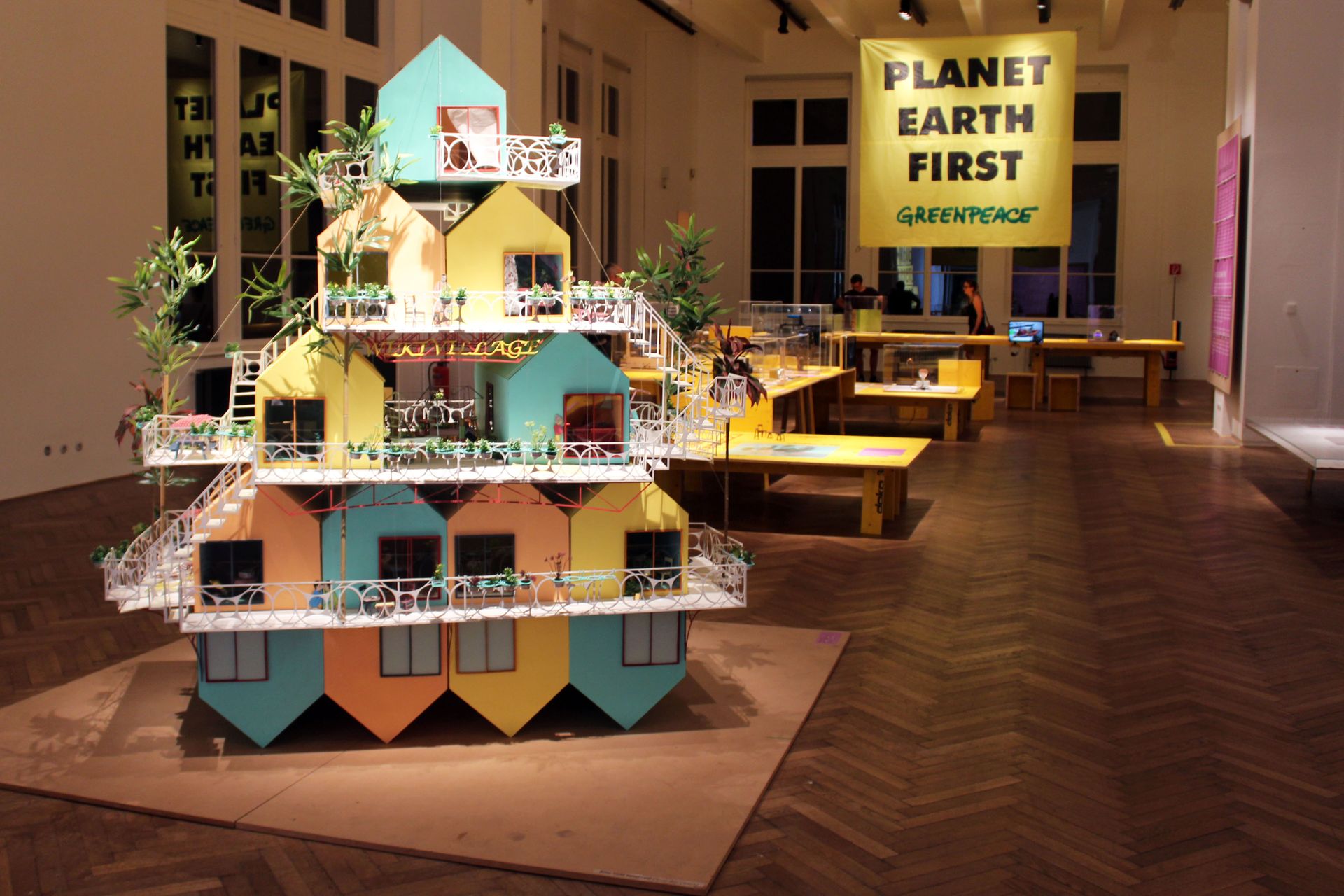



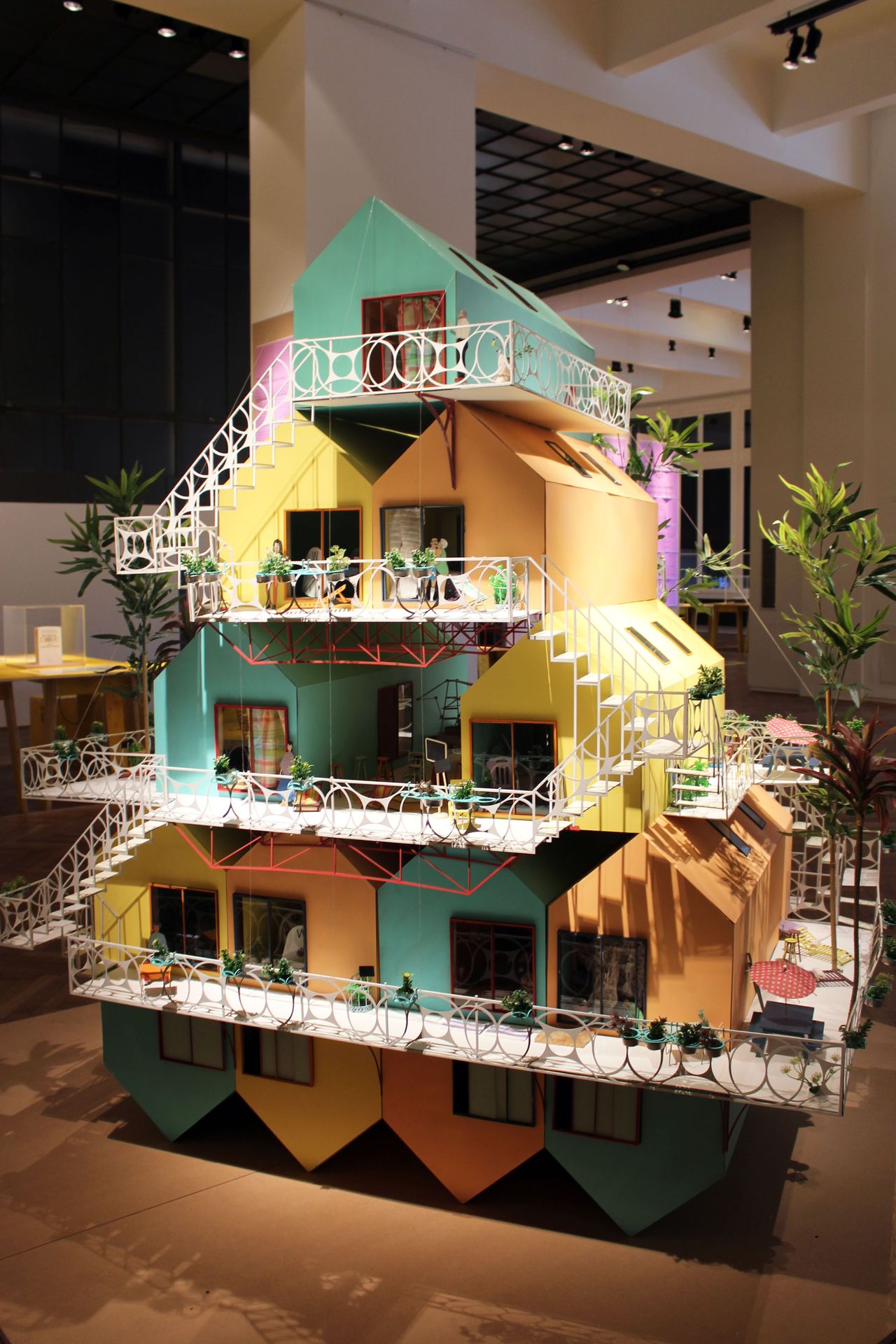
About the project
The design of the 3rd Istanbul Biennial, “Are We Human?”, follows four strategies:
- Inquiring Archipelago
Rather than answers, the Biennial provides questions. “Are We Human?” has been designed as a platform for wide discussion. It is distributed in six different venues, each connected with a specific section of Istanbul’s dynamic and the networks of interaction in which each takes part. In each venue, the discussion is enacted through a different mode of collective querying: Depo will work as a radio station, Studio X as a lab, Galata Greek School as a school, Bomonti as a time machine, and the Archeological Museum as a wundergallery.
Contents from the galleries’ interiors will jump out from their windows. Billboards, buses, and bus stops in between venues will be echoing and expanding onto the streets the debate that the platform
channels. Rather than a center of diffusion, the Biennial works as a woven-within-the-city questioning platform.
- Clustered Evidences
The Biennial brings evidences. They are not celebrated, nor elucidated, but rather displayed for examination. It is not conceived as a collection of isolated installations, but as a sequence of clusters—constellations of archaeological, design, artistic, and research work—making it possible to explore their tensions and their capacity to confront and cooperate with each other.
- Colliding Publics
Events, presentations, panel discussions, and practical services (café, shop, etc.) are all accommodated within the exhibition spaces. Performances and exhibited works mutually expand and dispute each other. These services are taken as opportunities to interrogate the way they relate to the “Are We Human?” debate. The gallery collides all groups of people, moods, and attitudes, recognizing all of them as enactors of content and criticality.
- Transmedia Constituencies
Every venue is thought of as a transmedia demarcation. Depo works as a radio station as well as the base for the Superhumanity Network of text production, translation, distribution, and reception. Its offline space will operate as a node in the making of an online cyber community. The calendar of contributions is hosted by a mural timeline that will get progressively covered with arriving contributions from around the world. The actual process of translating the texts will be happening in Depo, where the process becomes visible and unblackboxed to the examination of the Biennial’s visitors. Studio X becomes the headquarters of the working group that is already composing a timeline of Turkish modern design.
Every week their meetings are hosted in what is being called “the wunderscanner,” a device that exhibits the material findings of the group and empowers the capacity of the group to use their findings as instigators of research. Greek School is prepared to become an open-plan and classroom-less satellite of Istanbul’s schools; students from all around the city were enrolled in the Biennial’s discussions and activities. Bomonti, expanding its opening hours into the night, is prepared to host daily events within the space of its galleries. A dance floor and the “2 Seconds TransBoarding Room” paired their use as daytime exhibition devices with a nightlife of uncertain interaction, edited online and broadcasted to the already numerous “Are We
Human?” network of distant followers.
Credits
Andrés Jaque / Office for Political Innovation
Design and Production Team
Andrés Jaque, Laura Mora, Roberto González, Silvia Valero, Martín Noguerol, David Rodrigo, Marina Fernández, Federico Landi, Andrés Castañeda, Sebastian Kurth, Santiago Montenegro, Michael Nathan, Paola Pardo-Castillo, Andrés Villar, Julie L. Parisi, Andrea Capelli



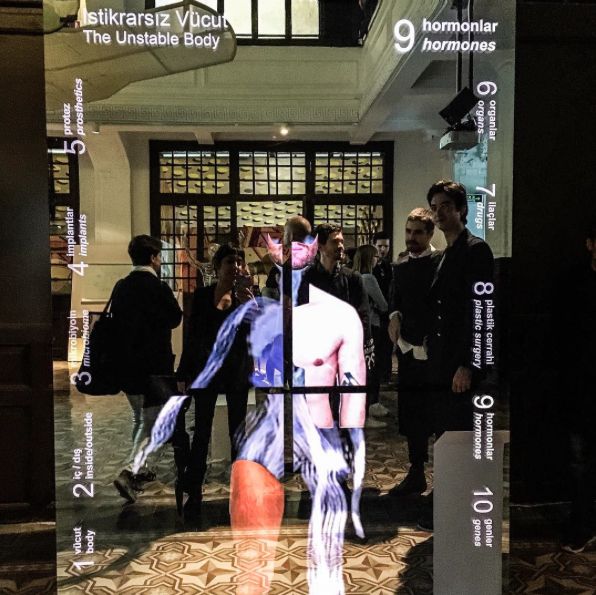
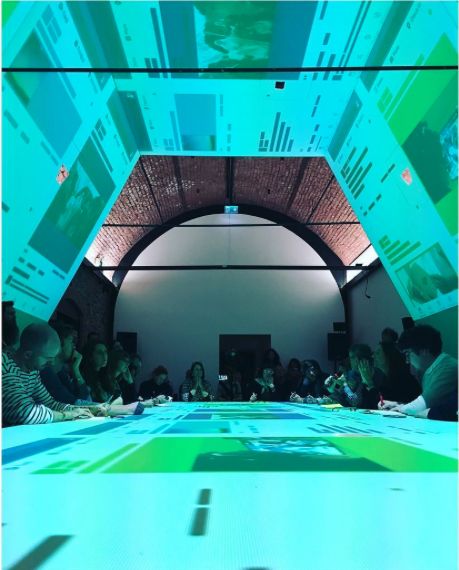


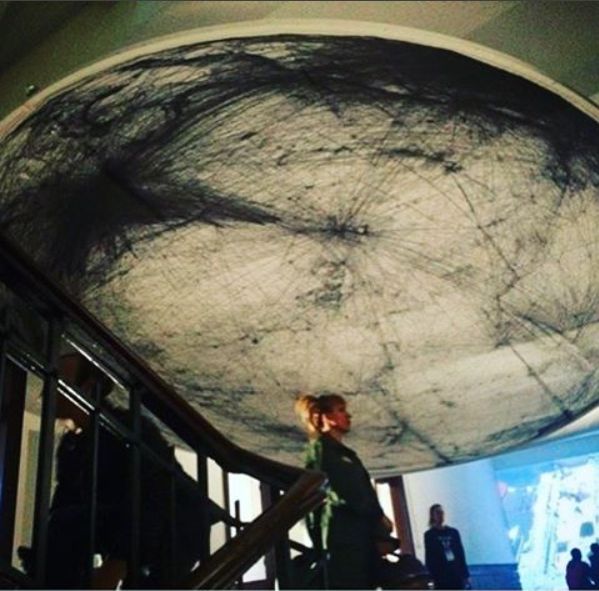
About the project
Since 2002, Andrés Jaque / Office for Political Innovation has worked on analyzing and experimenting with the roles ordinariness can play in the making of the collective sphere. For the intervention in the MAK Columned Main Hall, the Office developed this field of work by exploring how the official discourses and the visitors’ experiences at MAK Museum are produced on an ordinary basis.
Often domestic life is described as an apolitical space, far from the places where political decisions are made, and disconnected from the public sphere. But domestic spaces can also be spaces of interconnectedness where important discussions, polemics, and interactions occur.
MAK Sweet Urbanism makes public some of museum sections that are hidden to the general public and that shape its daily life. They are places where the ordinary interacts with the construction of the museum’s public image and experience.
During the event, some of these private spaces moved in to the public space of the Mak Columned Main Hall, making visible the systems that create the museum’s image. This ephemeral installation conceived as the urbanism of the museum’s daily life was complemented with conversations and interviews between all the users of these spaces and with Andrés Jaque / Office for Political Innovation.
Credits
Andrés Jaque / Office for Political Innovation
Design, coordination and edition
Roberto González García, Paula Currás, Ljubo Dragomirov, David Martín, William Mondejar
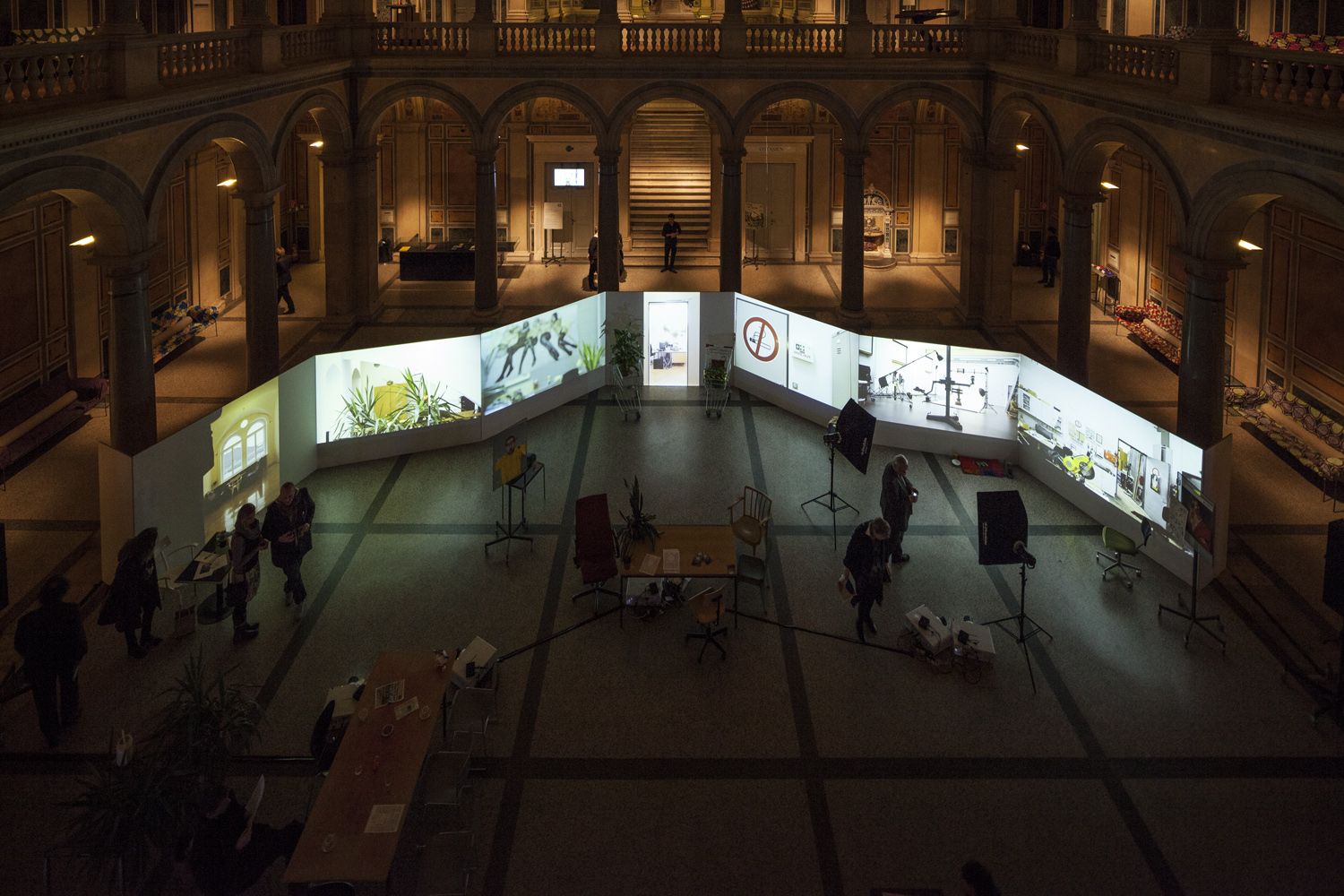
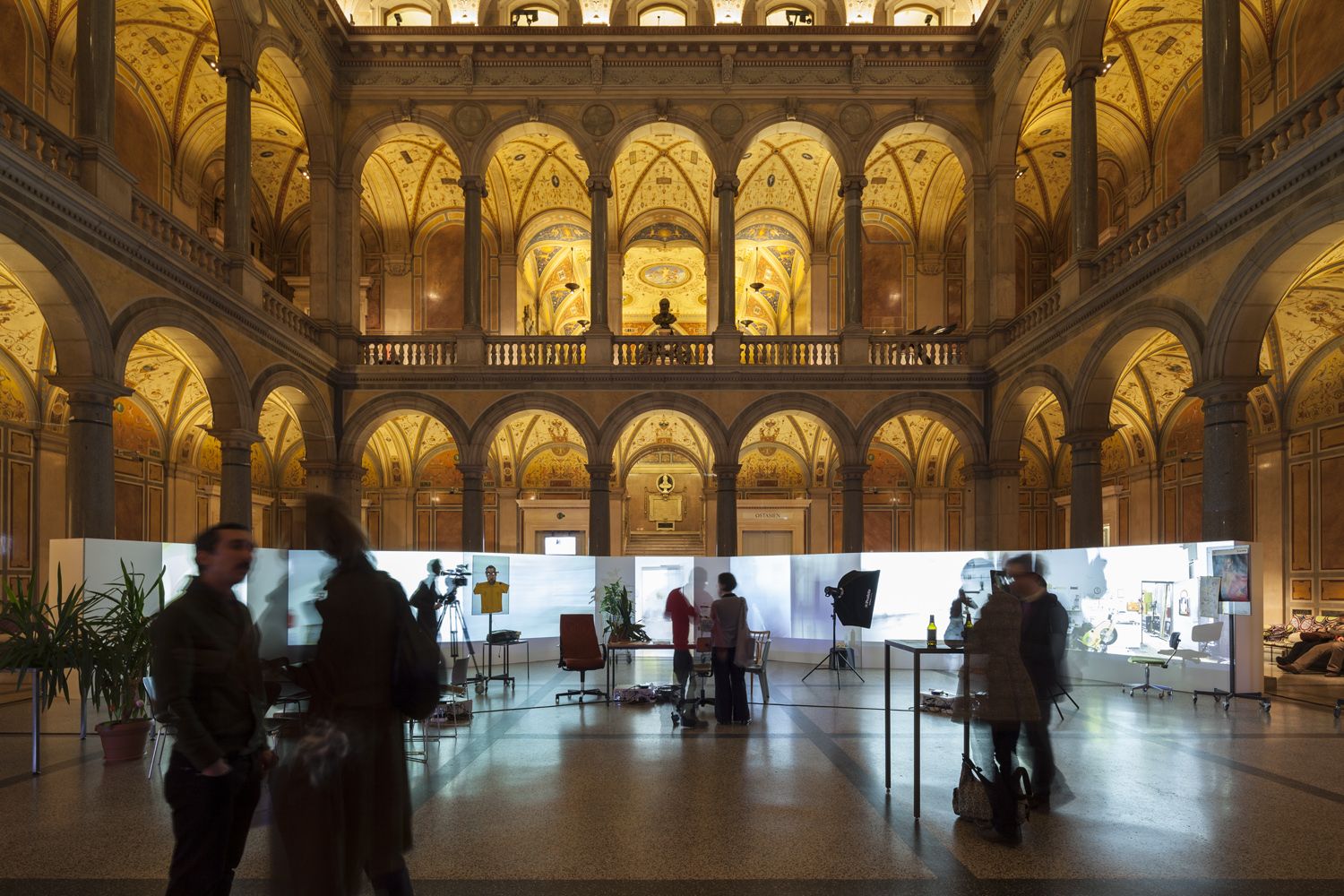


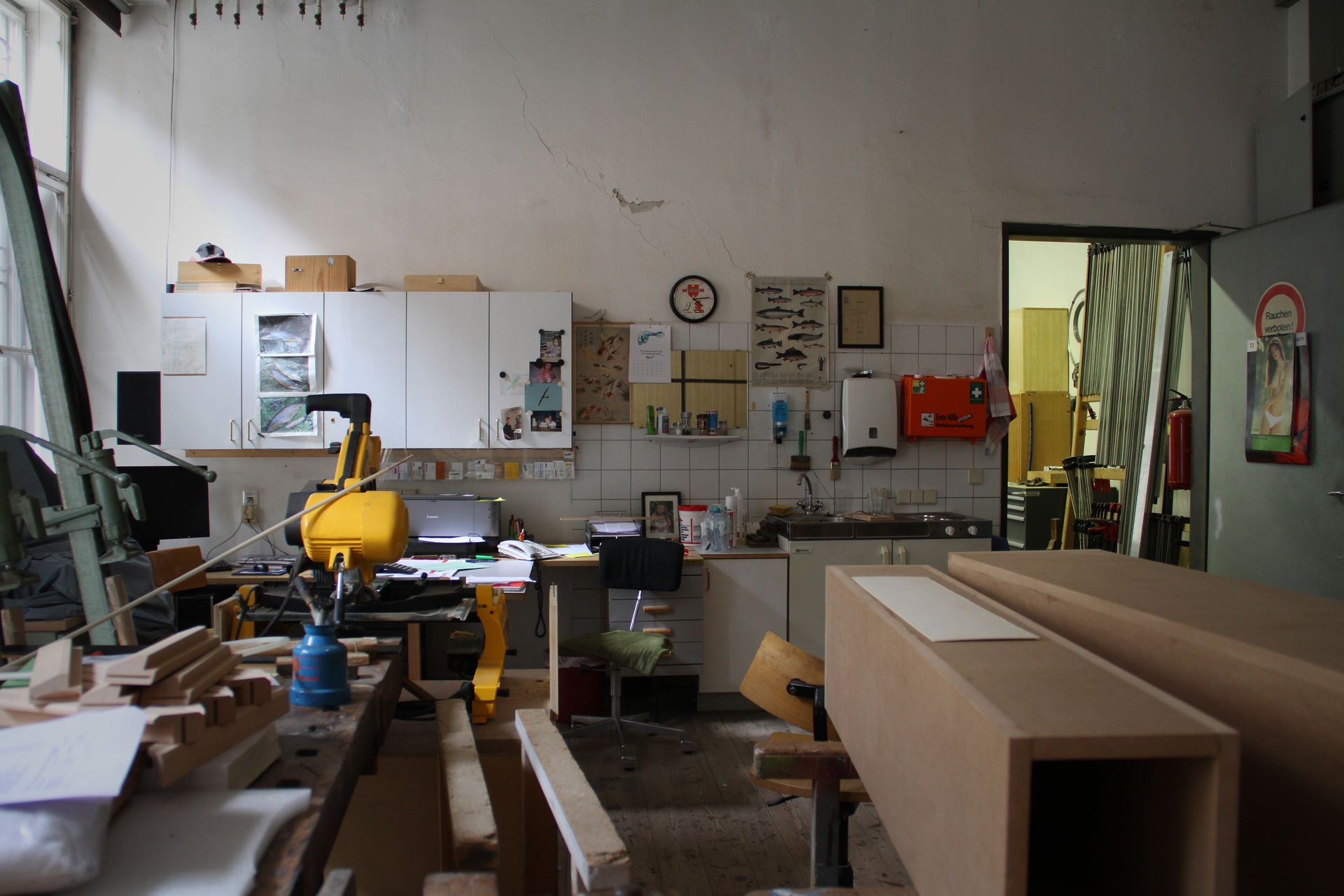





About the project
For the last 2 millenniums earthed dolia have been used in climate zones in between 35ºN and 40ºN latitudes to stabilize temperature for sensitive matters (wine, pickles and human burials). The thermal inertia of both clay and accumulated soil; the evaporation through the ceramic porousness; and shadowing combined both stabilizes the temperature of the inner contained earth and absorbs energy from bodies, objects or fluids replaced inside them through direct radiation.
The Mud Trianon mobilizes the material agency of earthed dolia and displaces it to Versailles’ 48°48′18″N Latitude following the human caused northwards migration climate conditions. Users are invited to expose their skin to the inner clay surface and lean on the curved walls to gain access to alternative forms of climate comfort.
Credits
THE MUD TRIANON
By Andrés Jaque / Office for Political Innovation
Commissioned for the 3ème Édition de la Biennale d’Architecture et du Paysage de la Région Île de France, curated by Philippe Rahm and Sana Frini
Design and Coordination.
Roberto González García, Gema Marín Méndez
Structural Engineering:
Qube (Iago González Quelle)
Photographies:
José Hevia
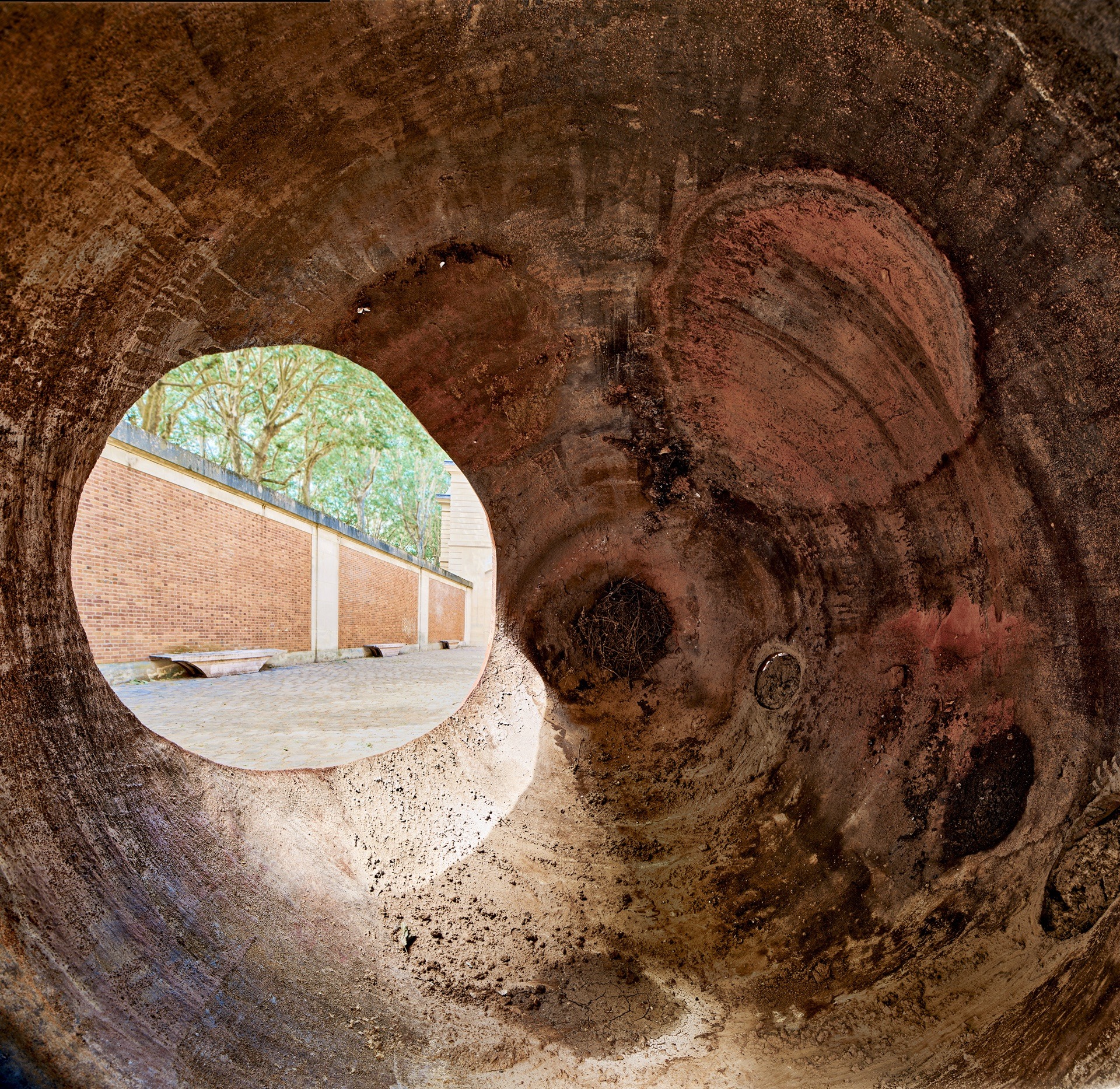
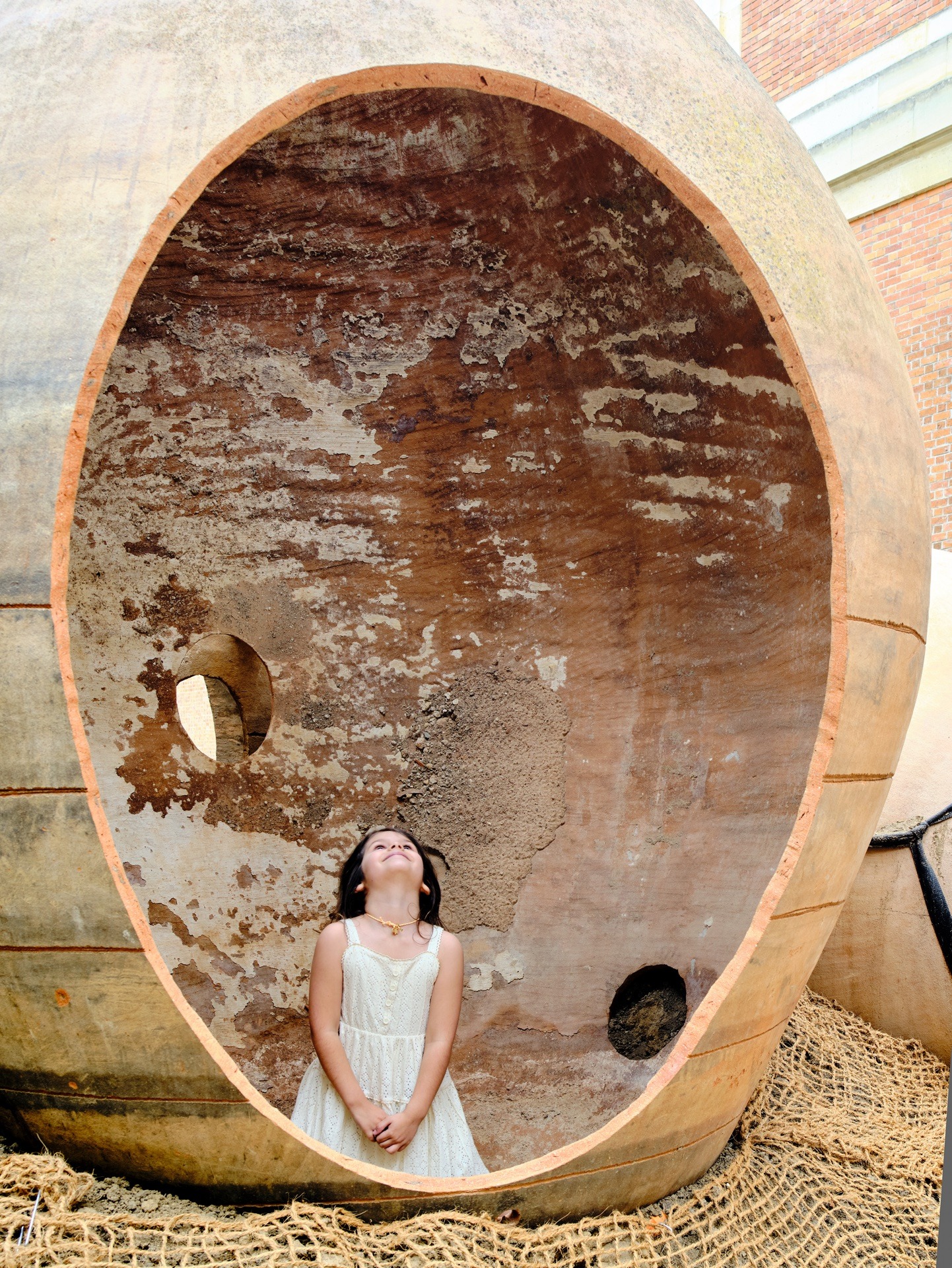
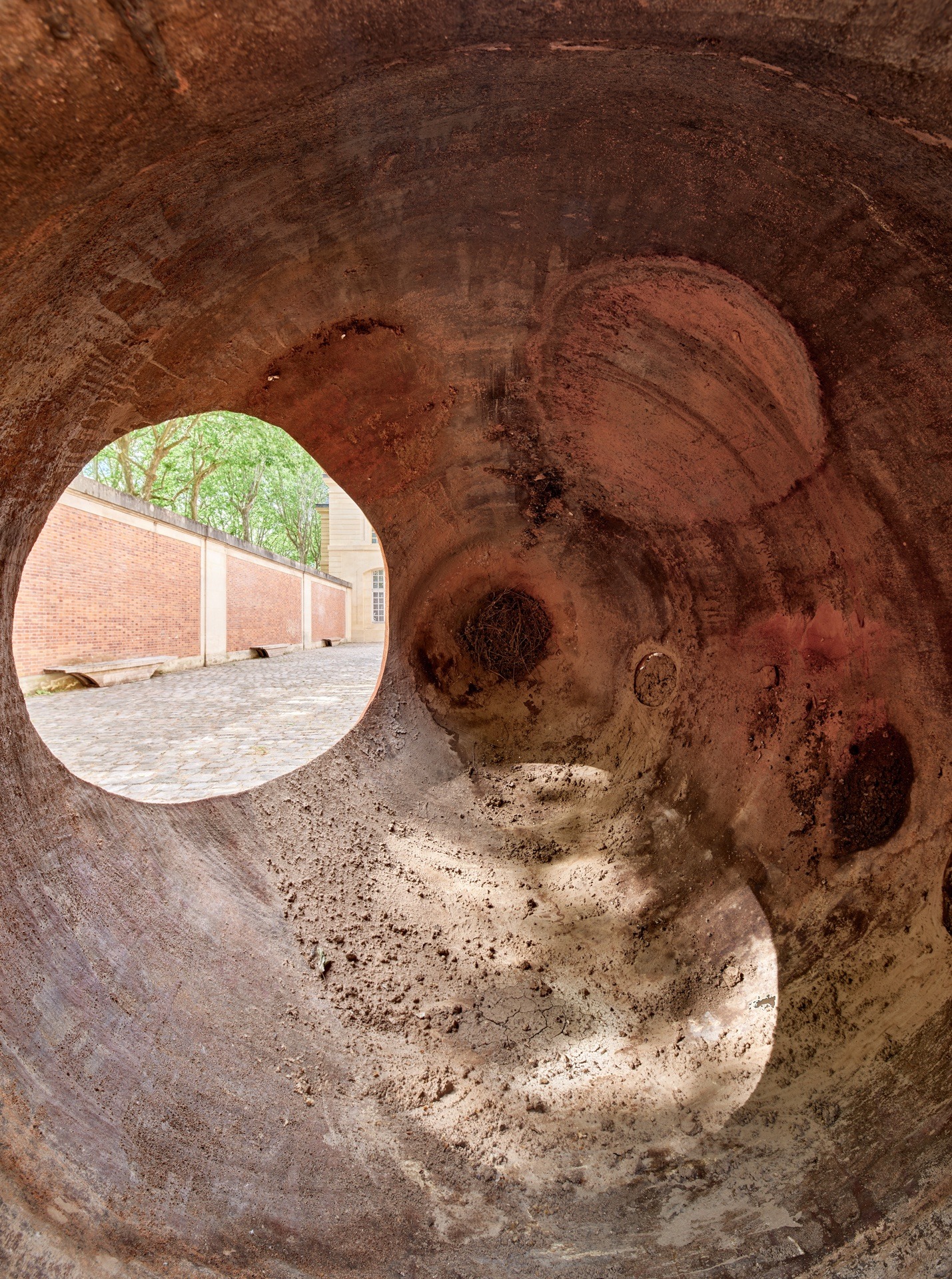
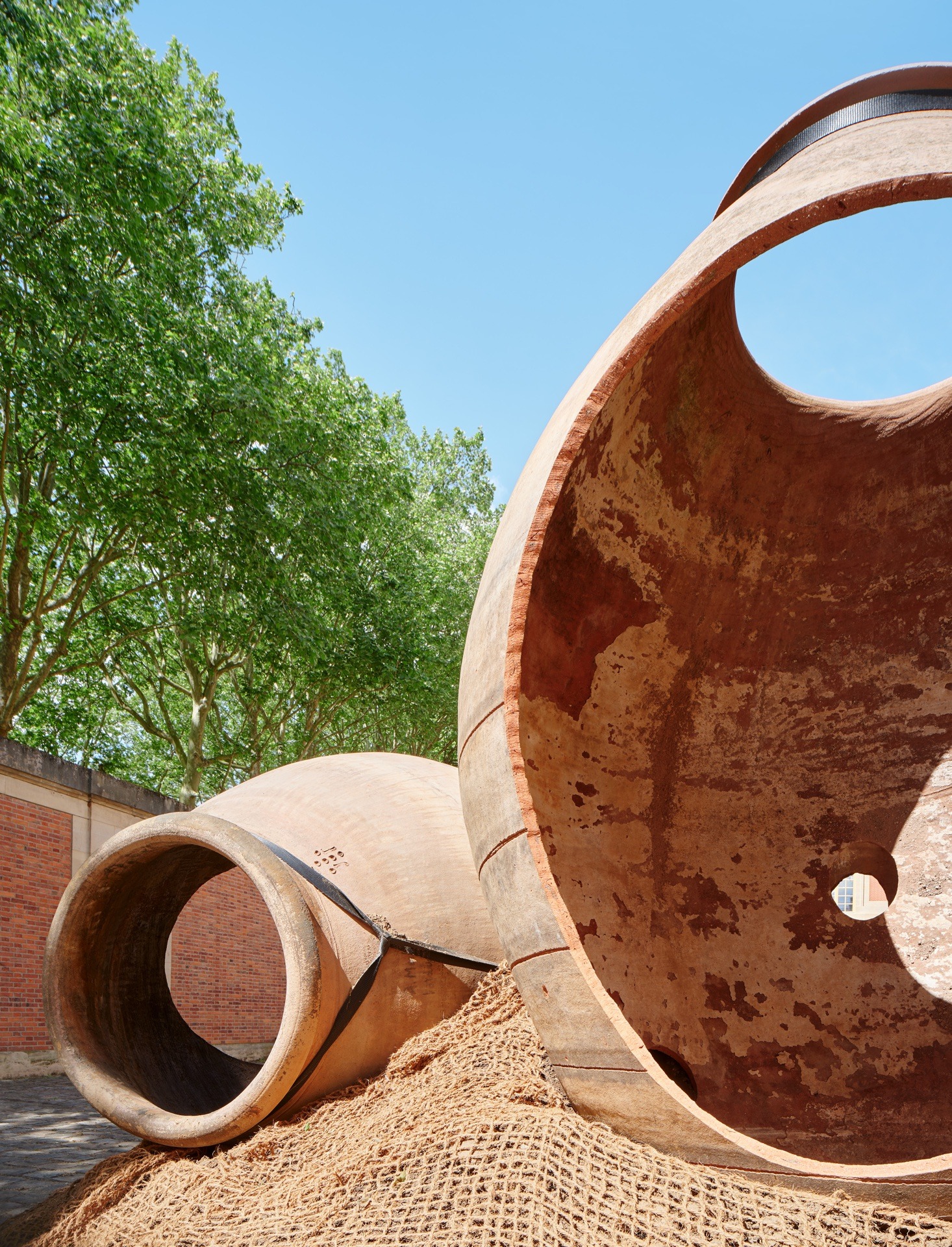
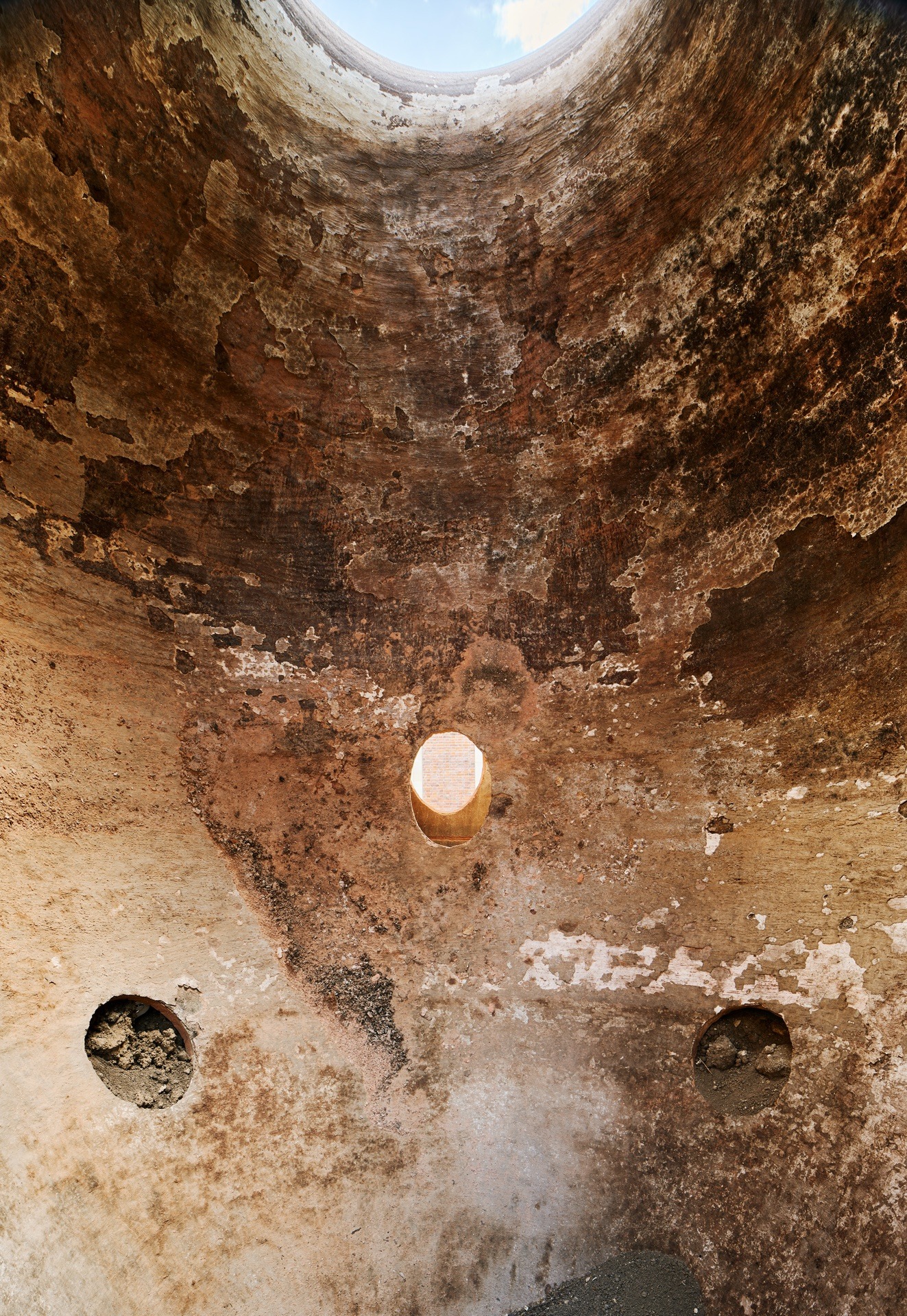
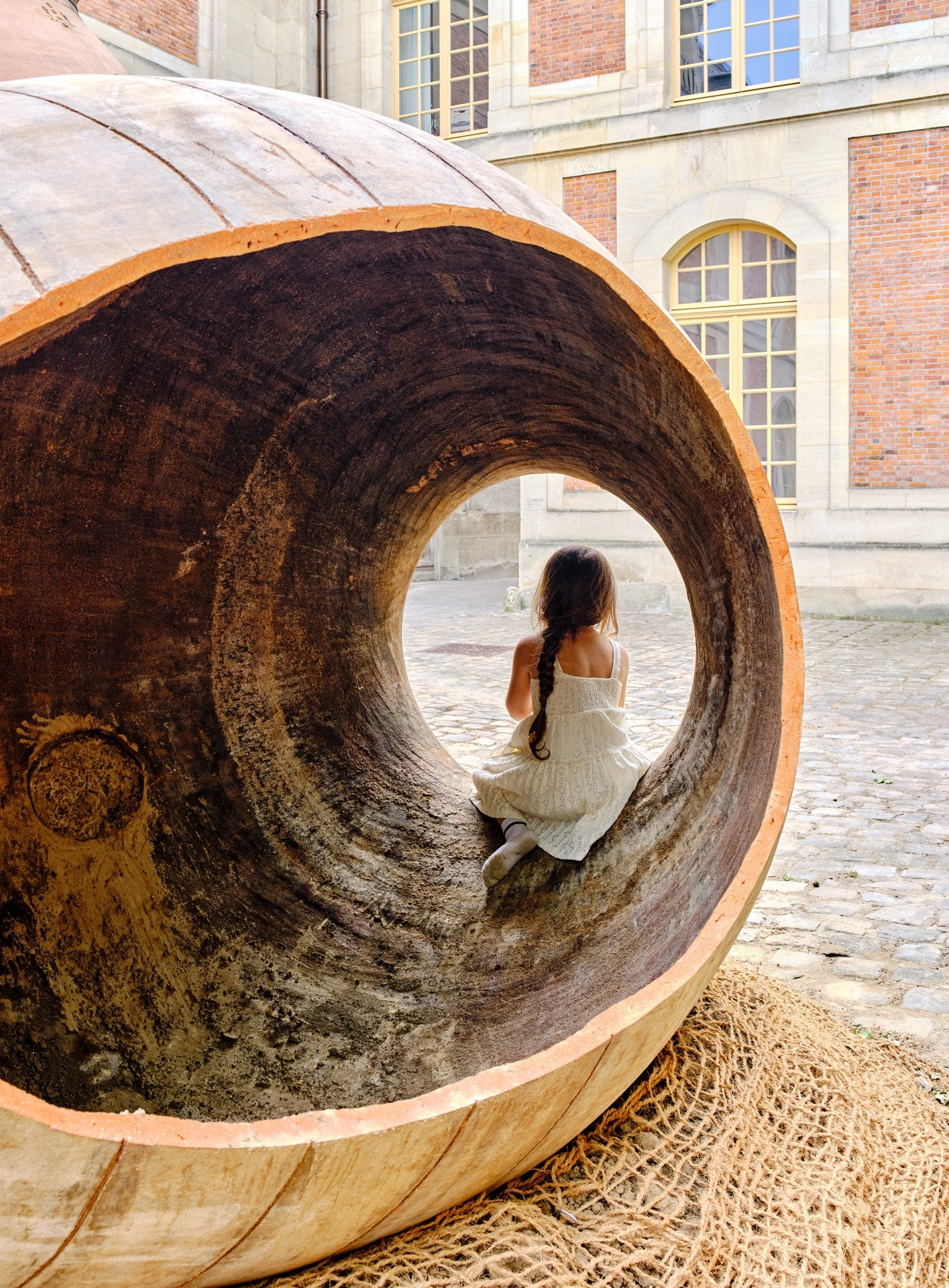
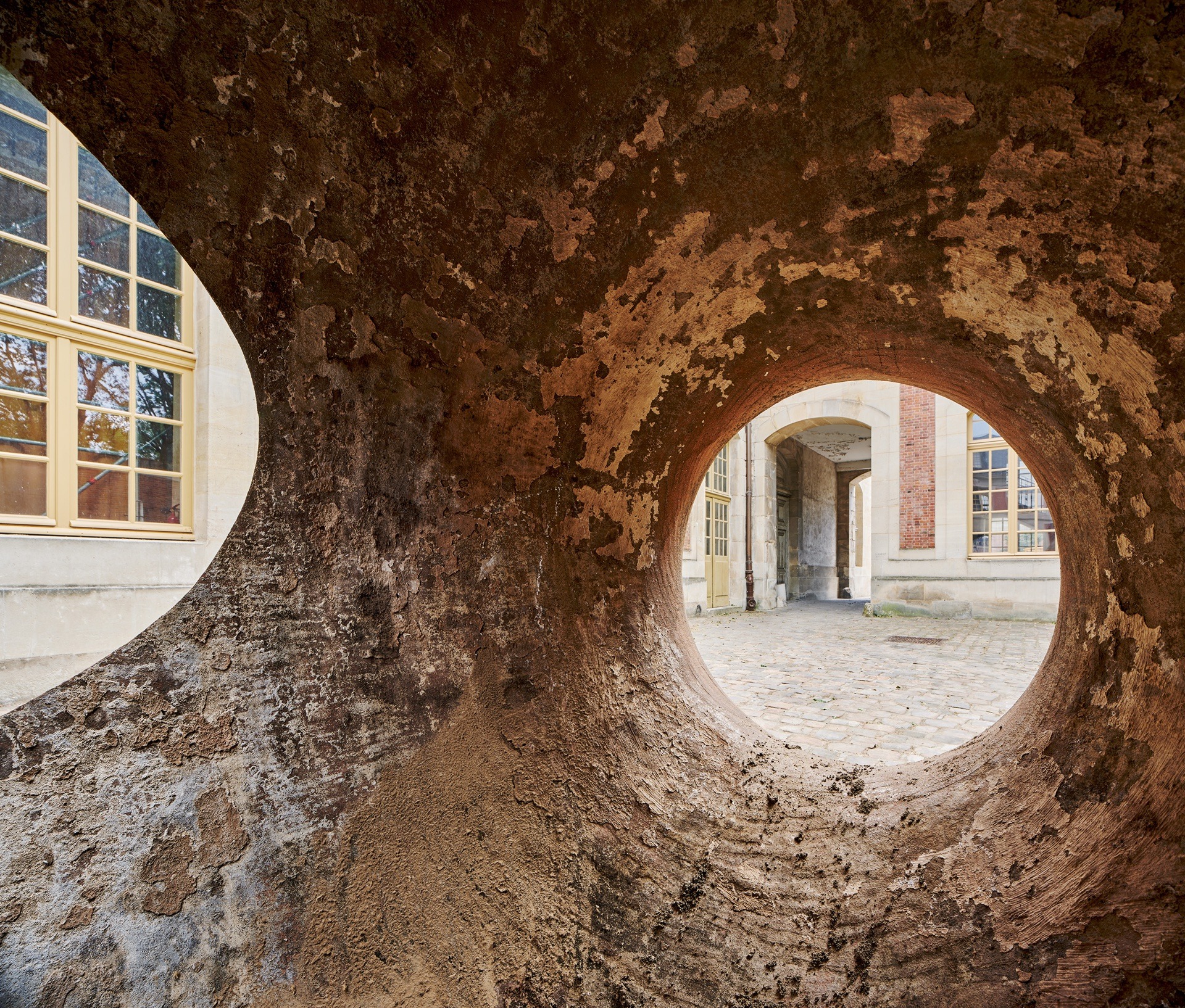
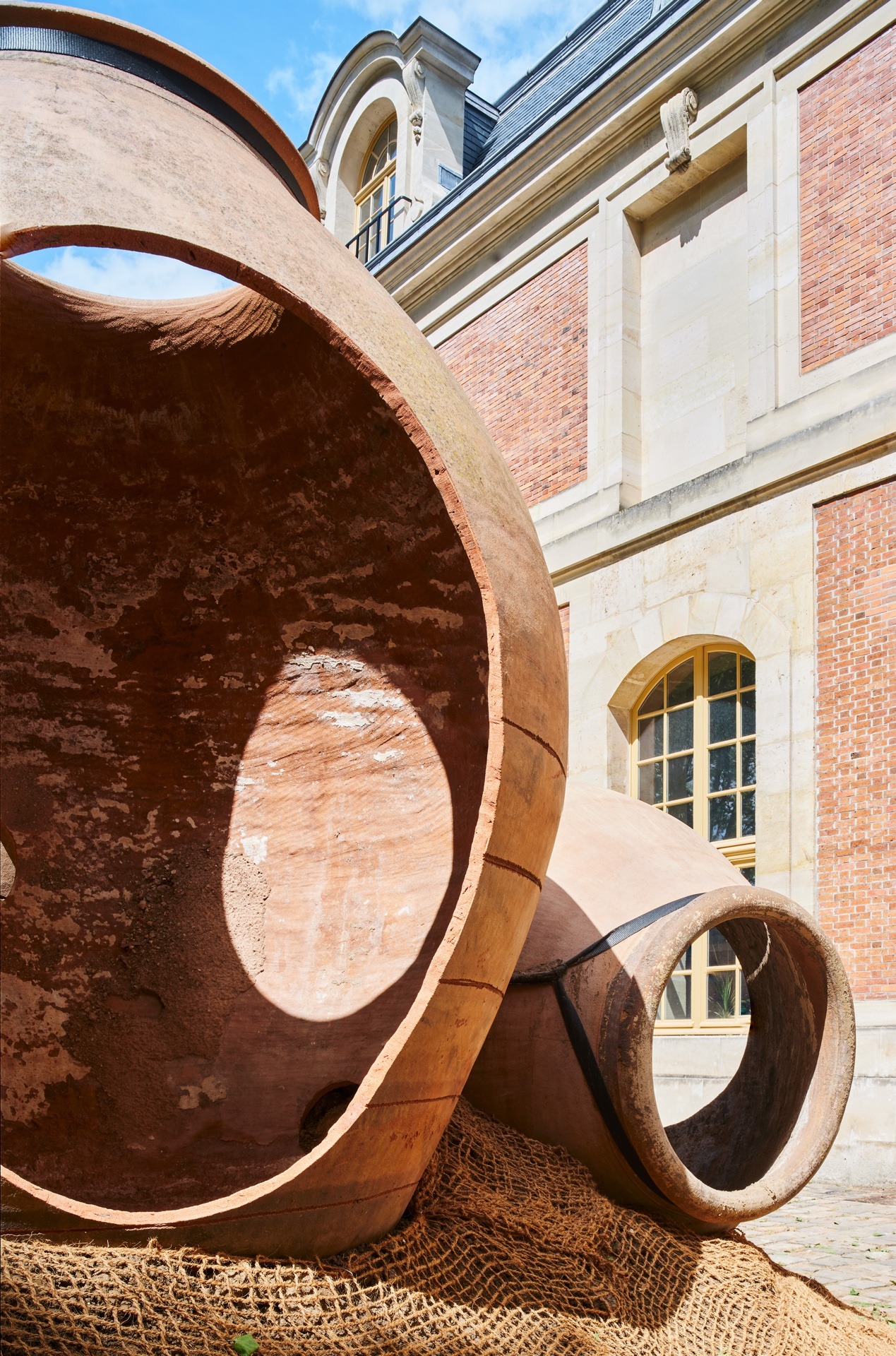
About the project
For the past 15 years the Office for Political Innovation has explored the question: What happens to architectural practices when common notions of the urban (as something confined in CITIES) are replaced by notions that the urban is contained in URBAN ENACTMENTS (ordinary interactions in which politics are produced)?
URBAN ENACTMENTS are TRANS-SCALAR and TRANSMEDIA constructions. They mobilize objects, technologies, beings, buildings, and environments. They make constellations of heterogeneous entities that gain continuity (as a contingent urbanism) as they perform together as the components of a shared situation.
From this perspective the way in which the material embodiment of the political has been discussed in architecture in recent decades can be challenged. Both techno-determinism and techno-neutrality are confronted by a sense of SHARED-AGENDAS that account for the political as a way of disputing and associating between agencies activated by numerous individual entities.
The works included in this exhibition are not architectures designed to be later occupied by society, but rather techno-societies in which architectural design attempts to gain relevance.
Credits
Andrés Jaque / Office for Political Innovation
Exhibition Coordination
Roberto González García
Research
Andrés Jaque / Office for Political Innovation
Research Directors
Andrés Jaque, Silvia Rodríguez
Multidisciplinar Team
Pablo Hurlé, Patricia Peña, Álvaro Carrillo, Walter Cucuru, Roberto González, Alejandro Sajgalik, Dagmar Stéeova, Sizhou Yang
Art Direction
Jorge López Conde

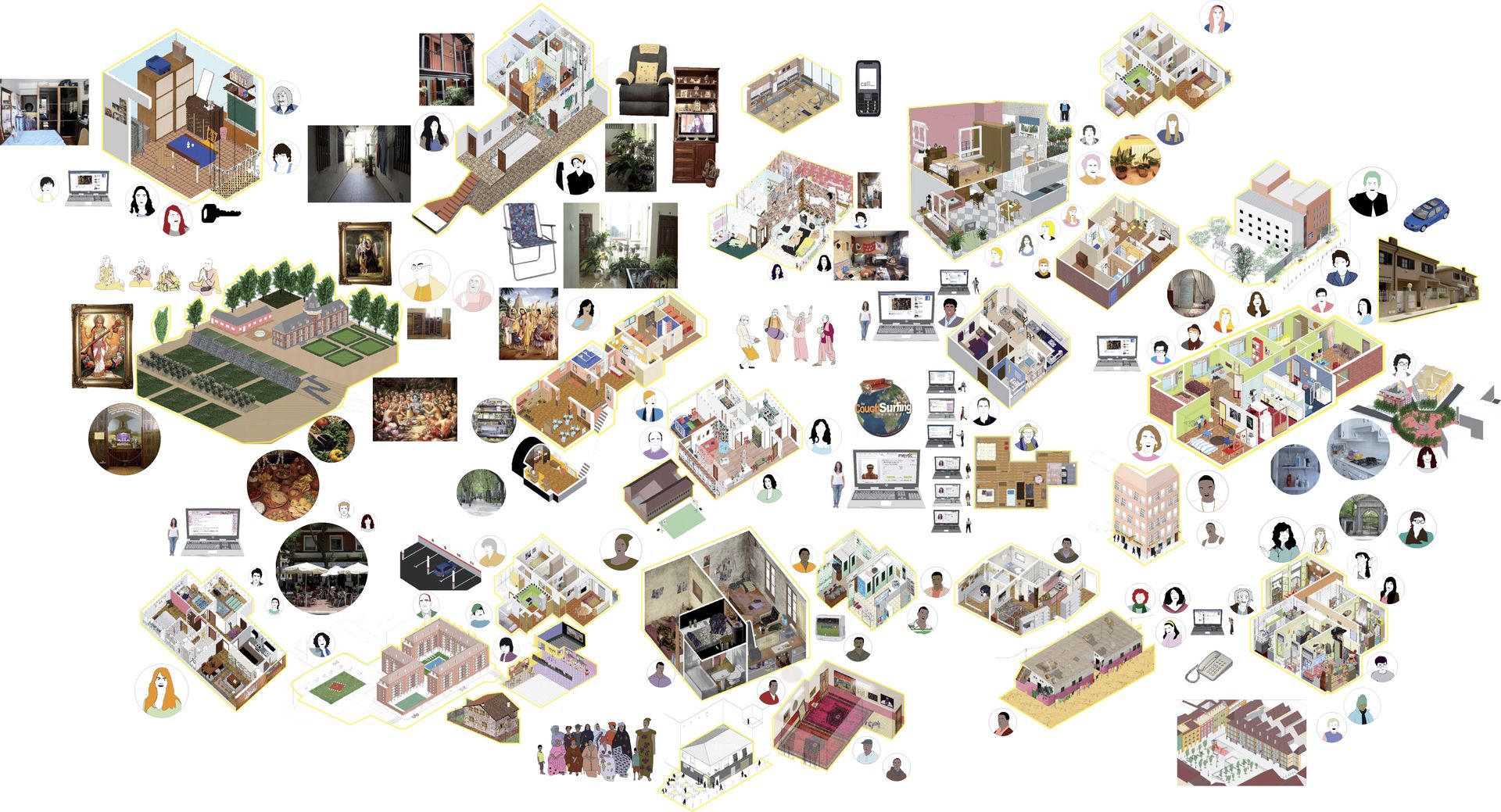




About the project
- Dependency is the new centrality
Facts. Fourteen percent of people in Upplands Väsby are considered dependents (994 children under the age of two, 2,208 of adults over 75 in need of care, approximately 904 people with permanent disabilities, and approximately 1,998 people affected by diseases). All of Upplands Väsby’s population will depend on social solidarity for an average of 12 percent of their lives.
Statement. The project provides a spatial mediation between domestic and public realms to allocate social care, nursing, and assistance. Solidarity becomes a form of urban centrality. Solidarity is here the new excitement.
Design Strategy. 1.1. A series of facilities accommodate care: nursing and assistance resources are installed unapologetically in between homes and covered gardens. 1.2. Doors and windows are designed to open directly into the covered garden so the immersion of a shared scenario will provide a passive community integrated assistance. 1.3. A series of mini-apartments for friends or relatives temporarily caring for a community member will be provided under community management.
- Moving, non-moving as urban scene
Facts. Daily life in Upplands Väsby is shaped by the friction of two mutually dependent communities: one community of people displacing the land on a daily basis (45 percent of the actual Upplands Väsby population: 8,171 ingoing commuters + 13,744 outgoing commuters) and a second community of a predominantly stationary population composed of people living and working in Upplands Väsby (6,313), unemployed people (1,140), retired people (6,626), students (4,705 in high school), children under school age, and people with disabilities and illnesses.
Statement. To install this friction into Upplands Väsby’s ordinary life is the best option to render it as a politically active urban environment. This project translates the tension between moving and staying into an urban form in which the confrontation and co-inhabitance of these two communities is fostered.
Design Strategy. 2.1. A series of adaptable, soft architectural elements allow similar dwelling units (6 x 6 x 4 height meters) to be suitable for different kinds of working and domestic lives. 2.2. All access points are generated through means of passing through a common covered garden space onto which domesticities and associative activities are expanded. Cultural sensitivities associated with the different displacements in the land, and possibilities for solidarity between people under different living conditions are likely to flourish in this environment of daily life encounters. Conflicts will also emerge as part of daily life and people will find opportunities to manage them in a space where the most immediate social interactions occur.
III. Parliament City as inter-species hub
Facts. From an ecosystemical point of view, Upplands Väsby can be considered an eco-tone in which the animal and plant communities at Lake Malare (23 breeding bird colonies) cohabitate with those of the Baltic Sea, the forest, arable land, permanent grassland, and the moraines. These communities have to negotiate their habitats with the growing presence of human ecosystems, mainly related to buildings, agriculture, and infrastructures.
Statement. This project operates as a Parliament City that assumes the challenge of providing an inclusive contract between human and non-human communities.
Design Strategy. 3.1. As part of the built compound, the project incorporates interlocking spaces for the use of non-human living communities. These spaces will bring continuity to the surrounding ecosystems and will make it possible for the whole system to become an inter-species hub. 3.2. A number of facilities, including compost tanks and water filtering and purifying devices, are designed to create rich fertile environments in which existing species can get biological empowerment.
- Un-black-boxing process as metropolitan spectacle
Facts. From energy production, to storage, to distribution and consumption, to the cycles of water use to material transformation to food to metabolic processes, the scenarios of exchange and transformation tend to remain unseen in contemporary, ordinary life, and therefore escape criticism.
Statement. The production of awareness and the transparency of the implications of processes that construct daily life is needed if politically activated citizenship is intended to be promoted.
Design Strategy. 4.1. A series of open and self-explaining infrastructures are distributed at different points of Parliament City’s urban fabric. All of them have been designed to make visible and comprehensible the part of the processes that they represent. 4.2. The transparent infrastructural fragments have been designed so that they are also spaces where it is nice to spend time; they become equivalents of parks as social scenes for the political twenty-first century.
- Urban Queerness. Against neutrality as a condition for public space.
Facts. A number of domestic activisms are the actual laboratories in which social reinvention happens. Effective public space is not one that avoids the presence of otherness and non-universally shared sensitivities and stances: radical ecologism, homes for LGBT activism and self-empowerment, anti-capitalist squats, self-managed elderly communities, Hare Krishna proselytism houses, Star Trek space communities.
Statement. Considered a Parliament City, the project will host otherness and non-consensual stances as part of its facilities.
Design Strategy. 5.1. The covered gardens will be the place in which inhabitants gain togetherness on controversial options responding to hegemonic ways of life. 5.2. Curated facilities will be dedicated to this program and periodic discussion between neighbors and activists will be programmed.
Credits
Andrés Jaque / Office for Political Innovation
Team
Roberto González García, Sebastian Bech-Ravn, Laura Mora, Danay Kamdar, Flavio Martella, Victor Nouman, William Mondejar, Ljubo Dragomirov, Andrés Villar.

